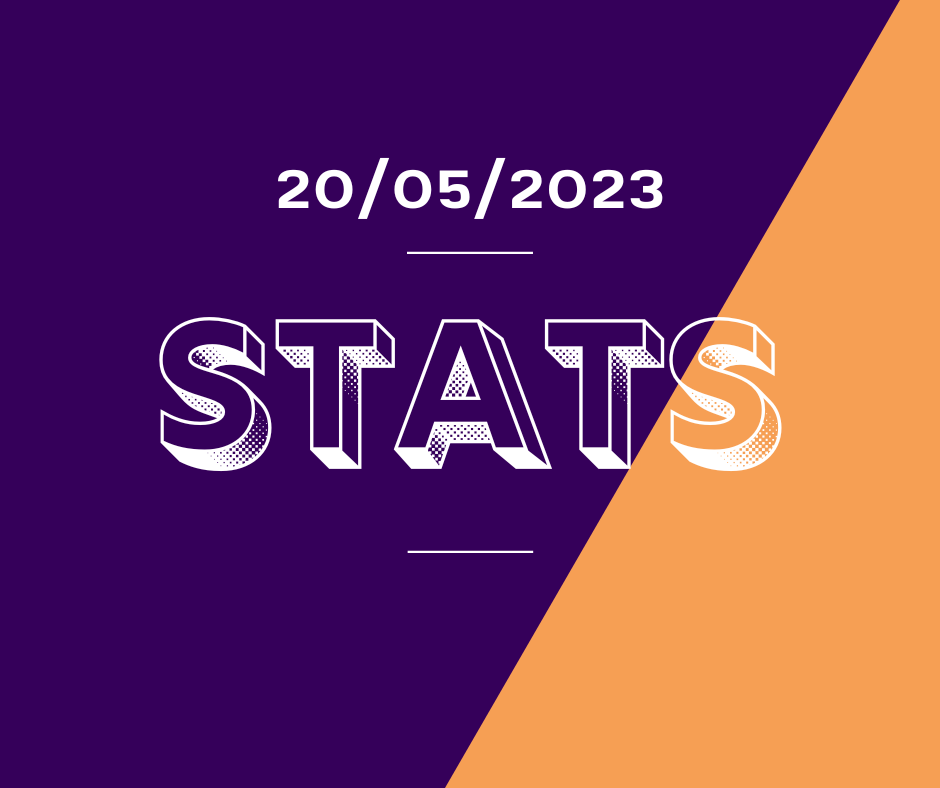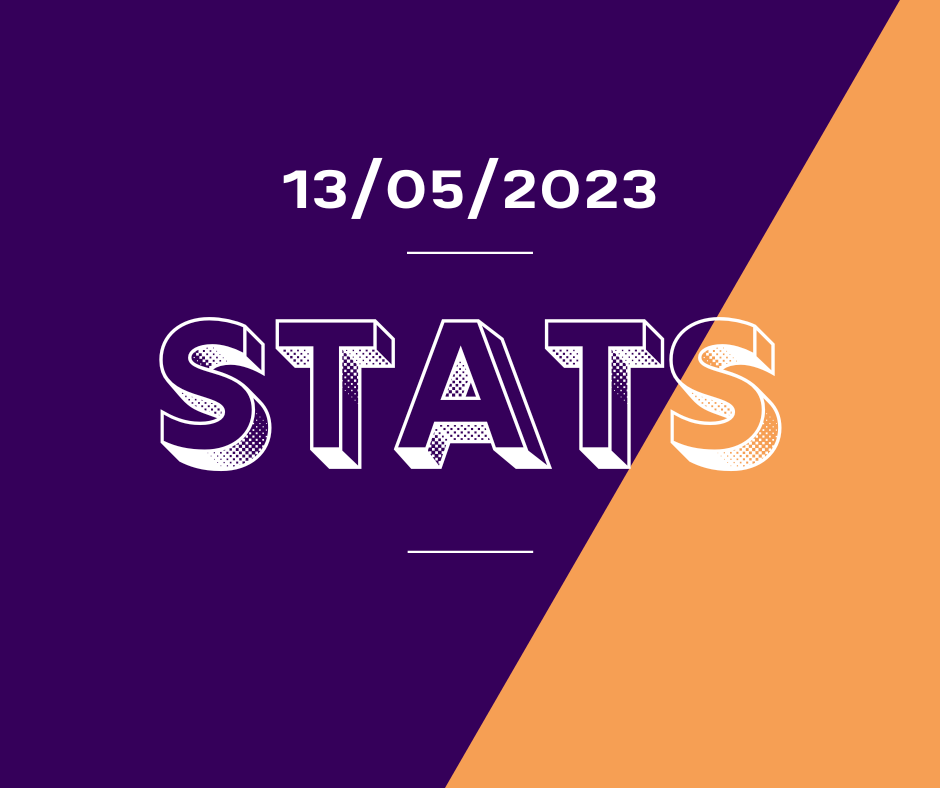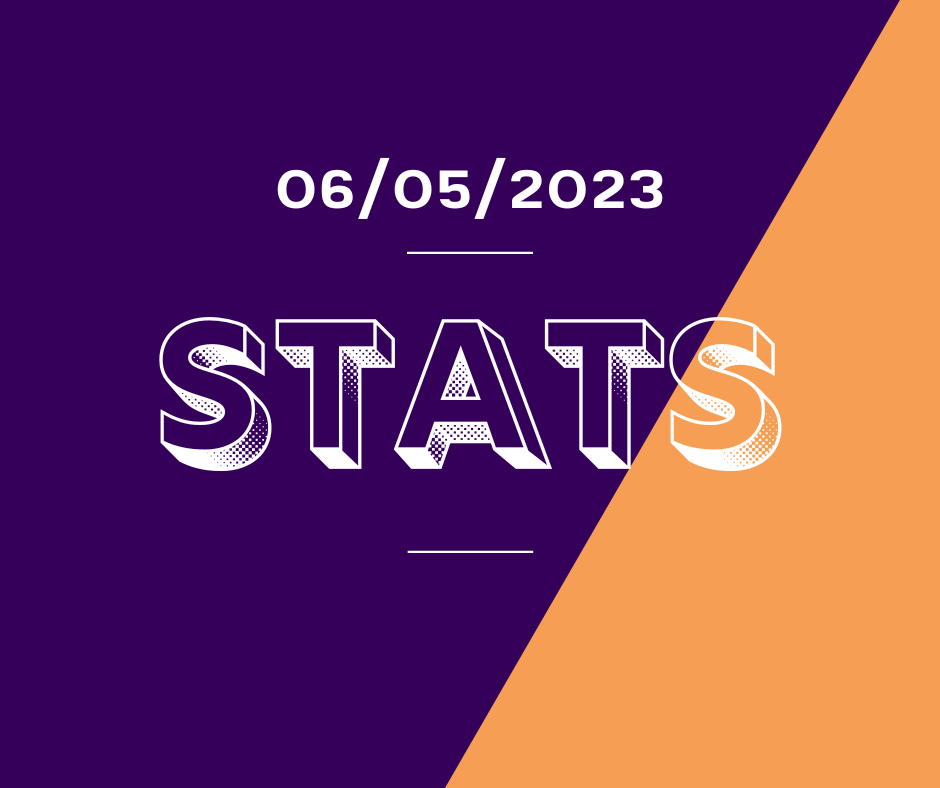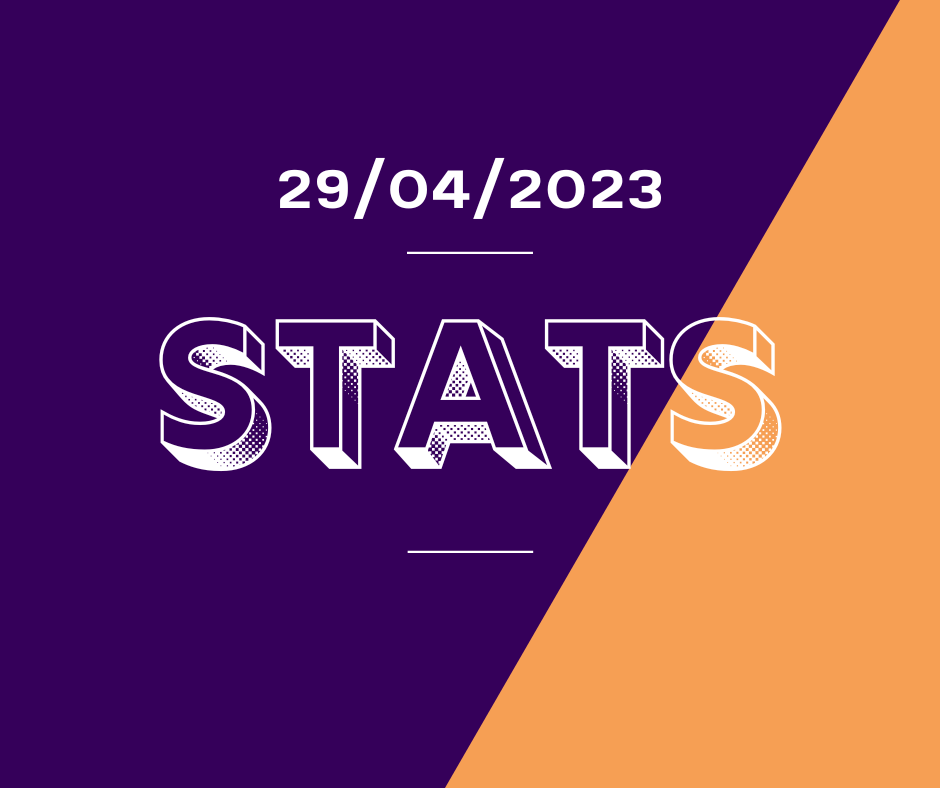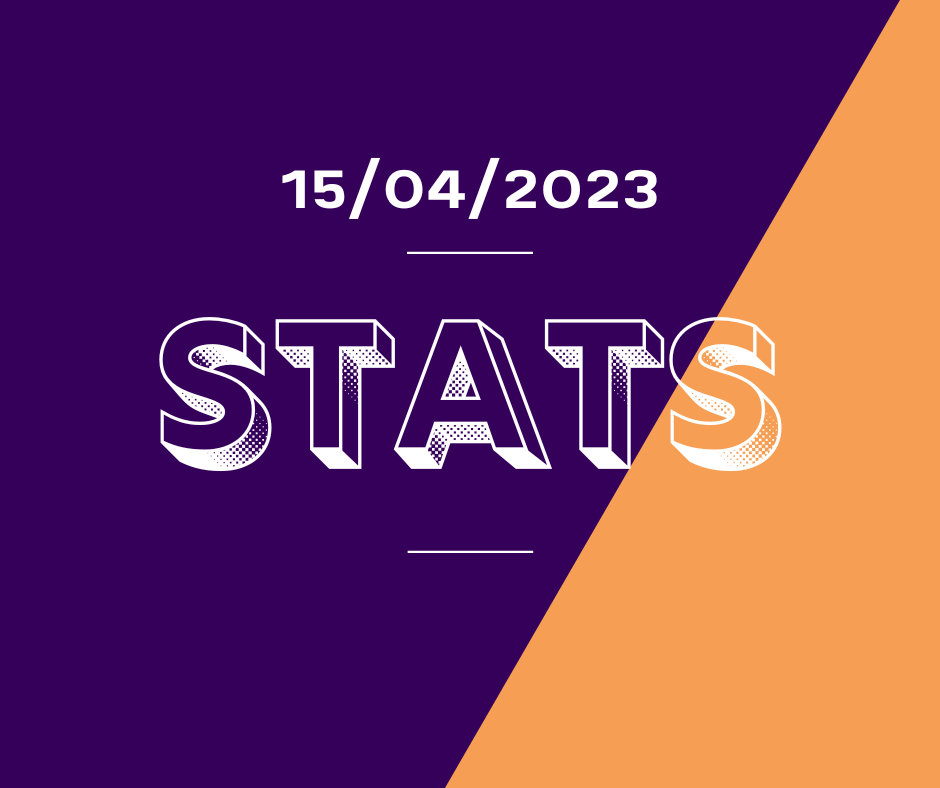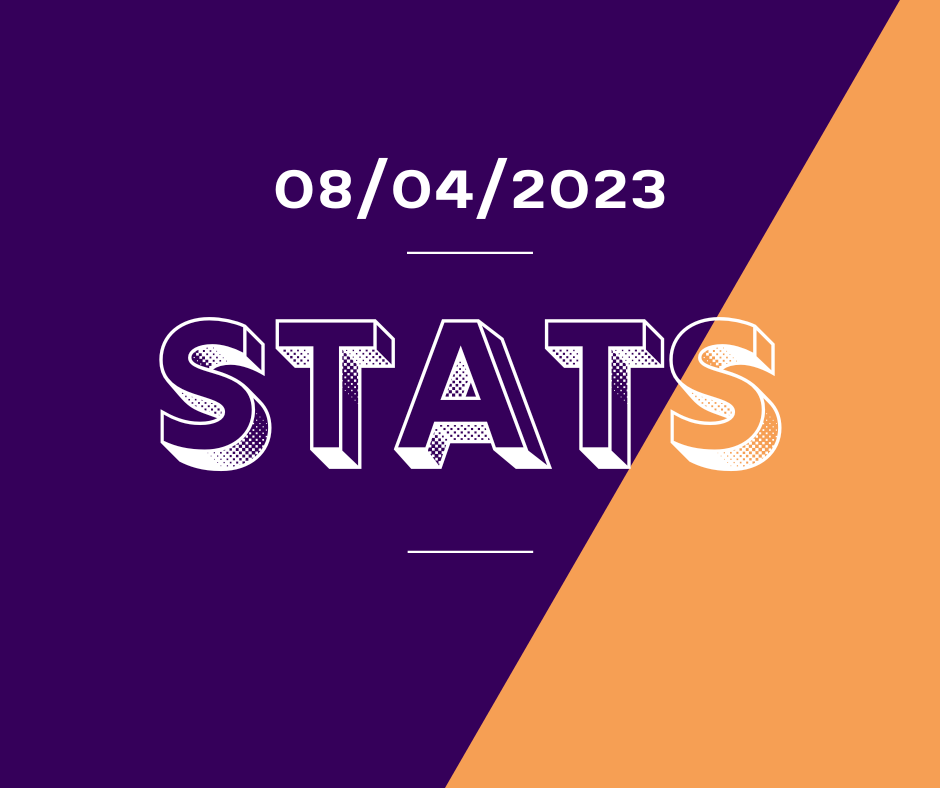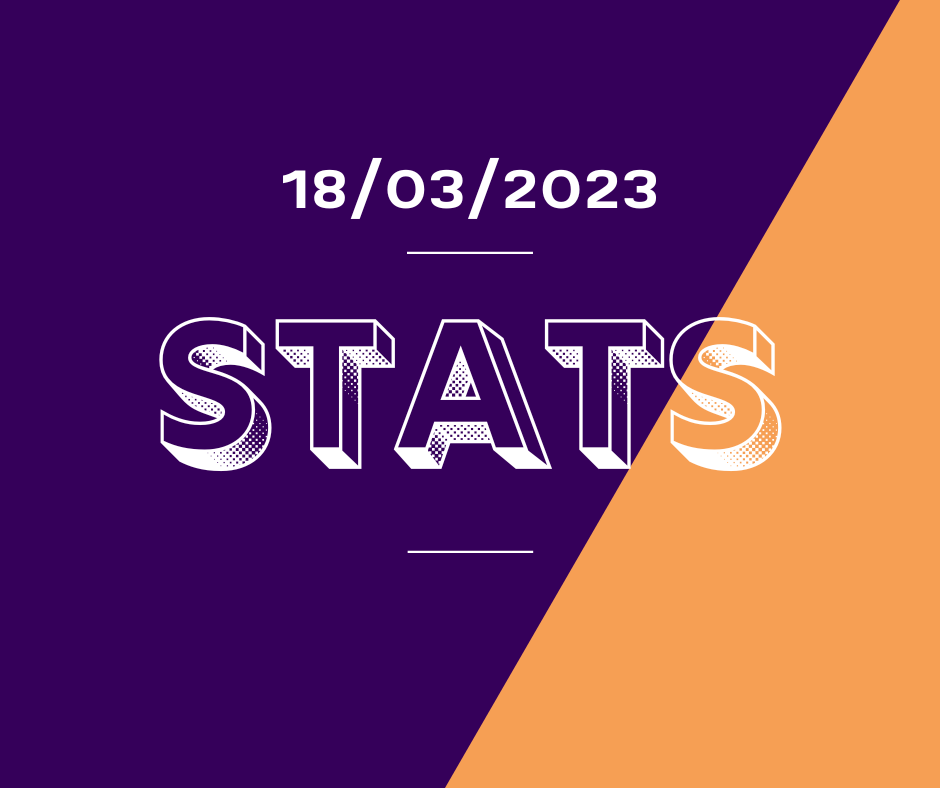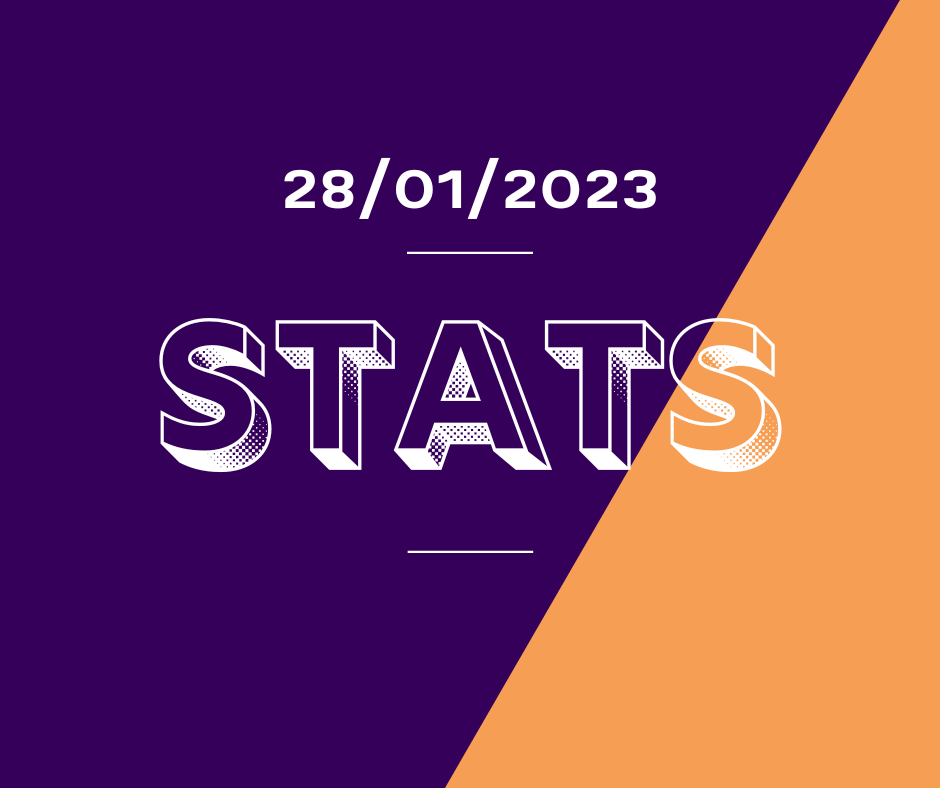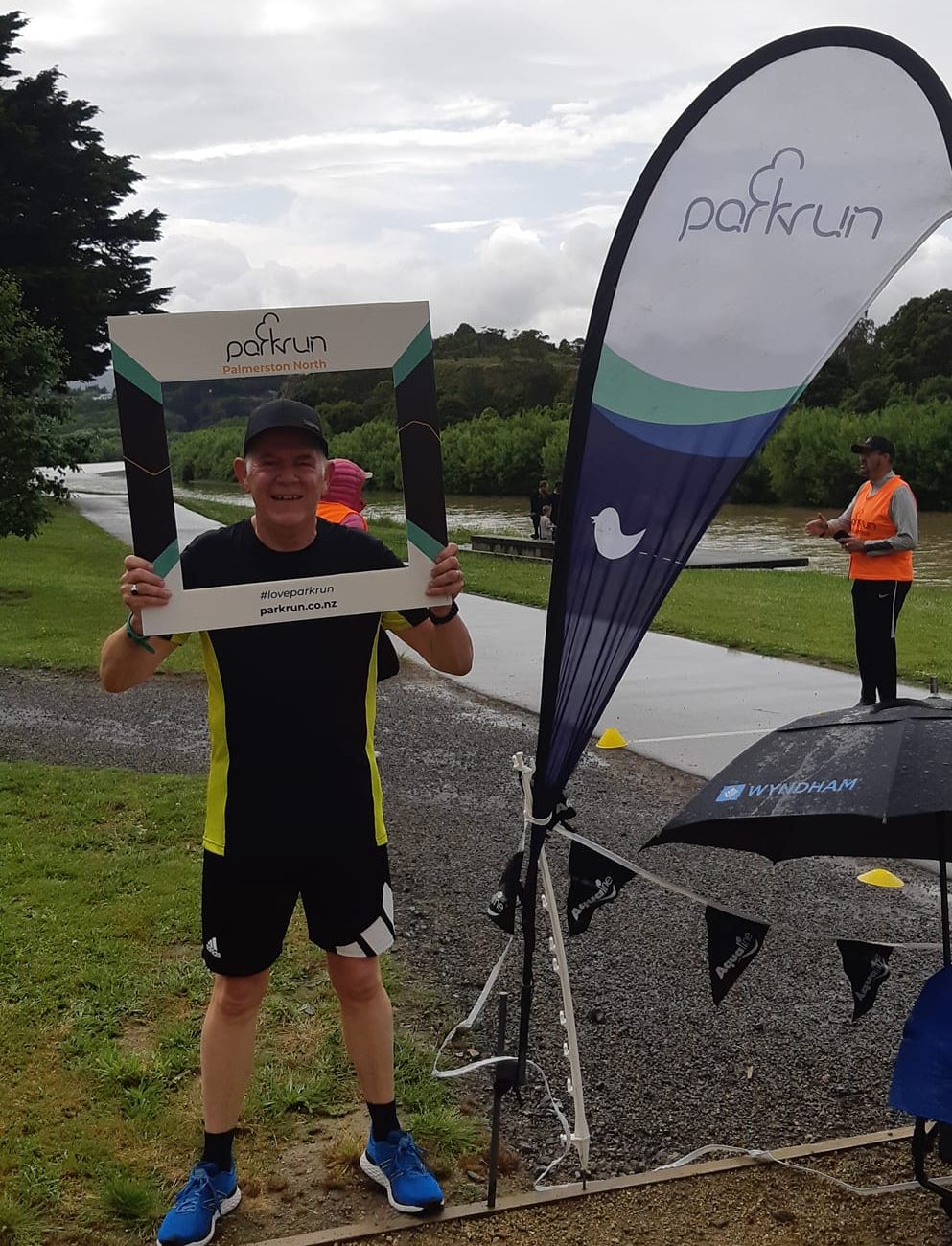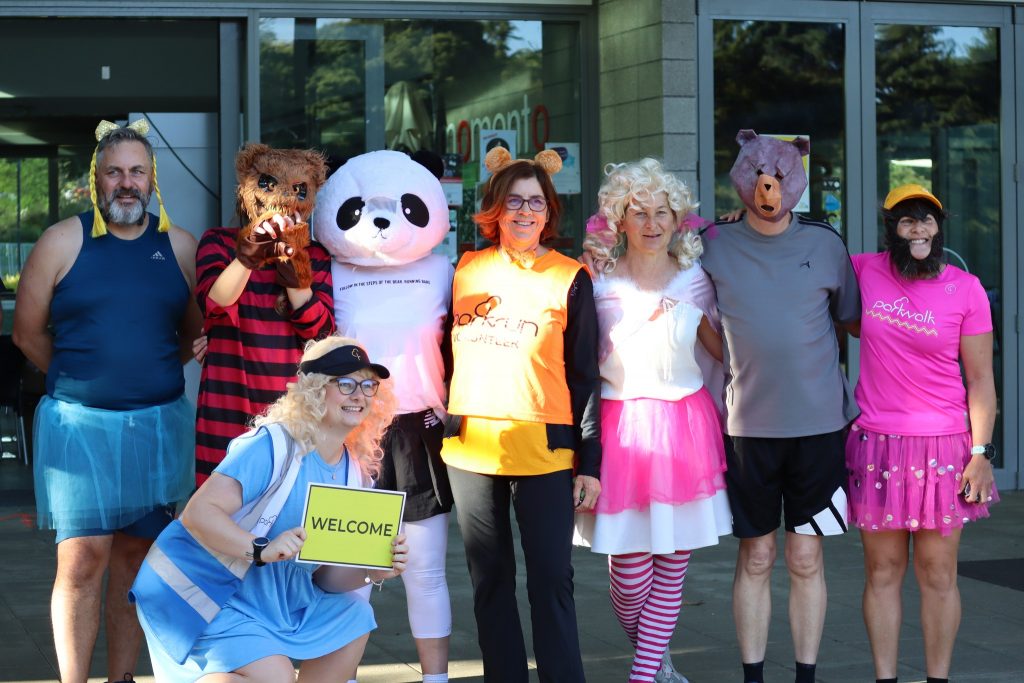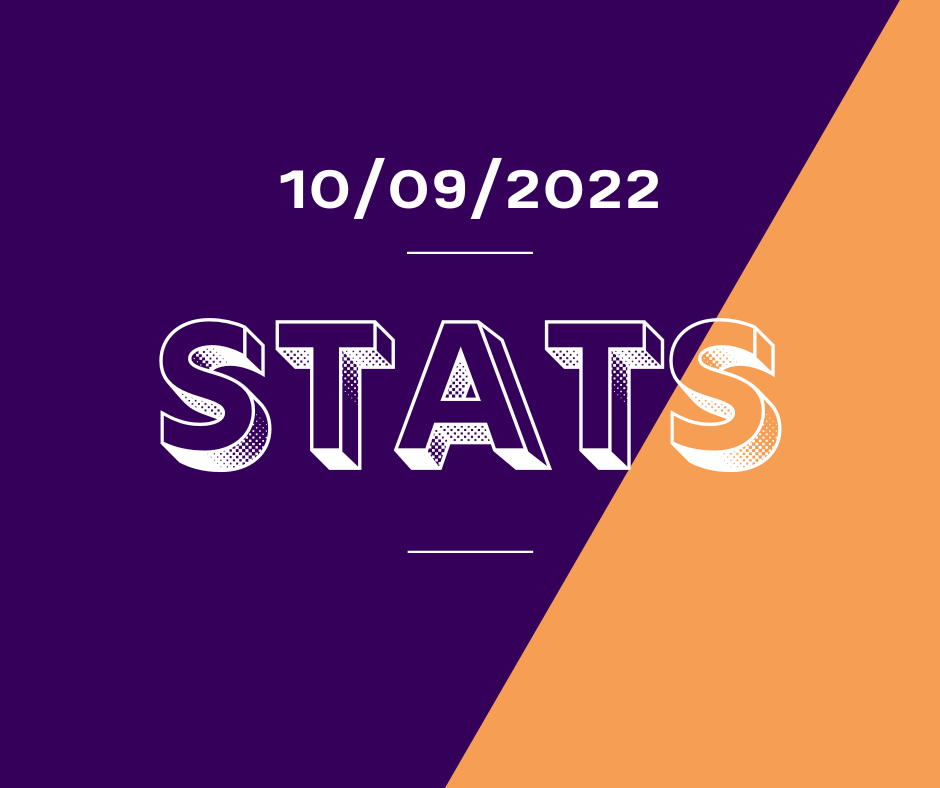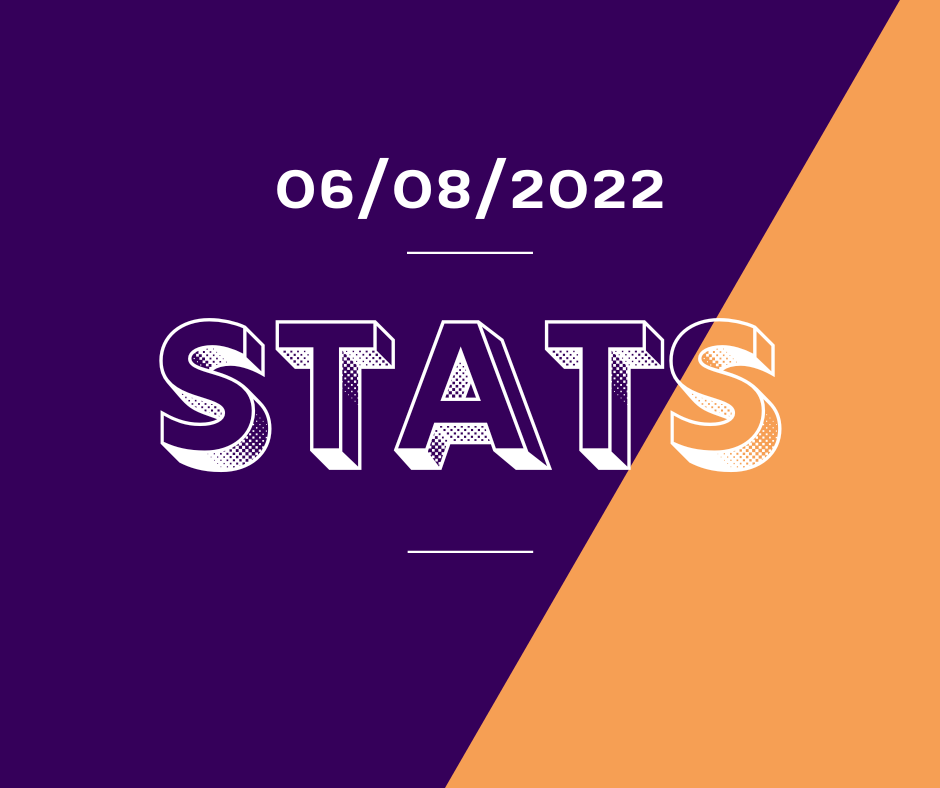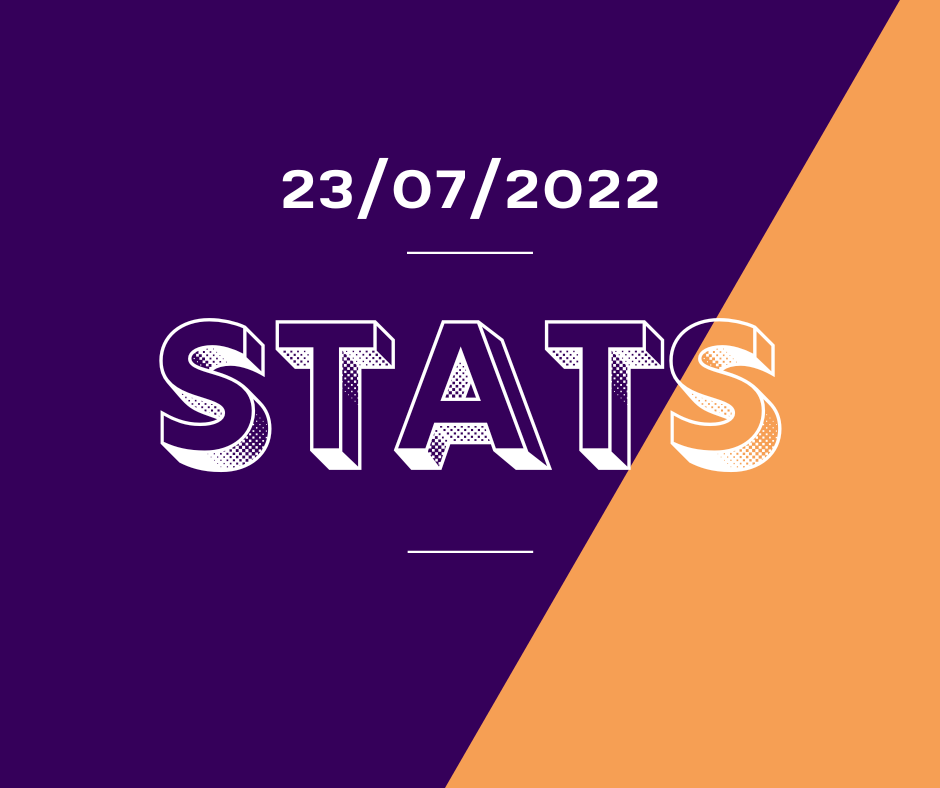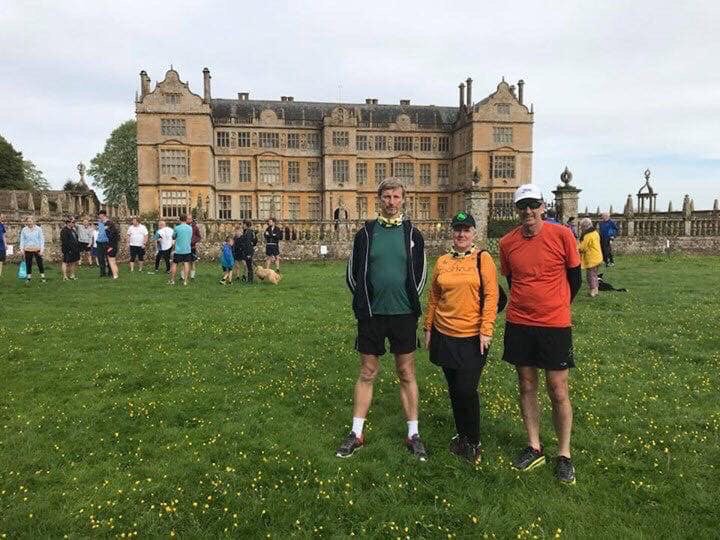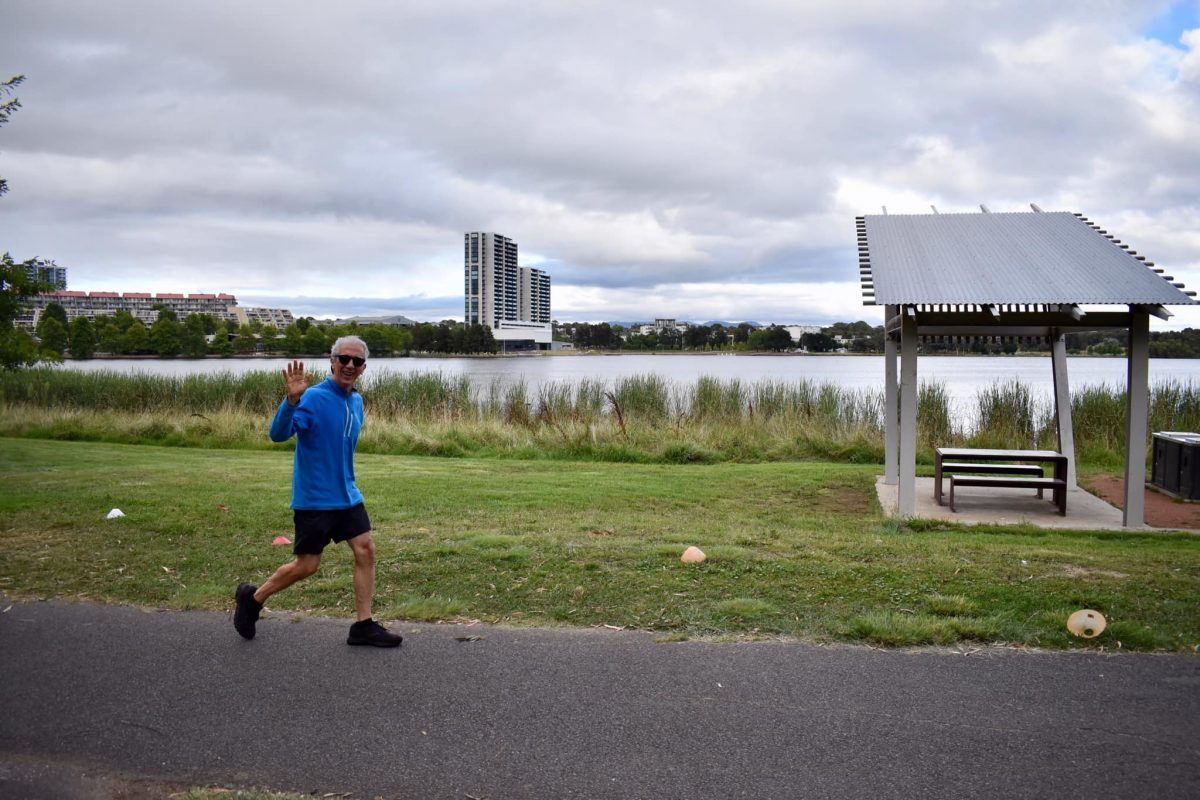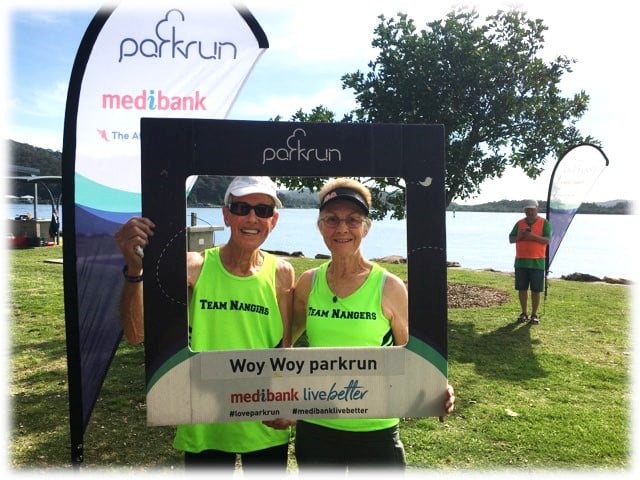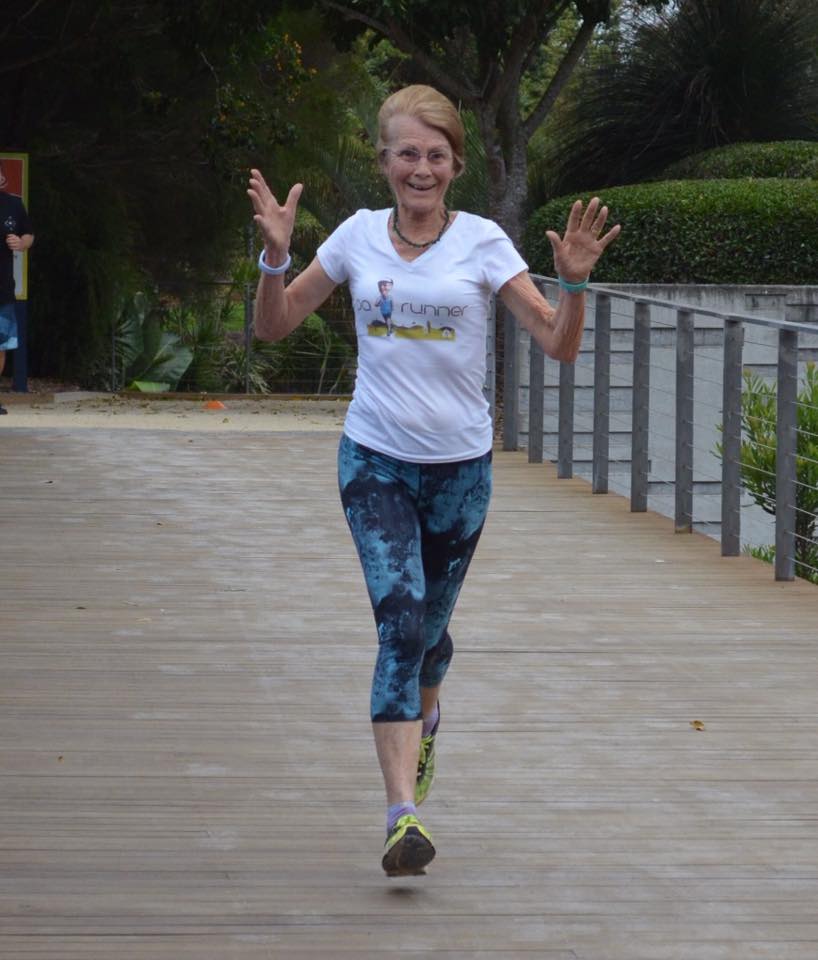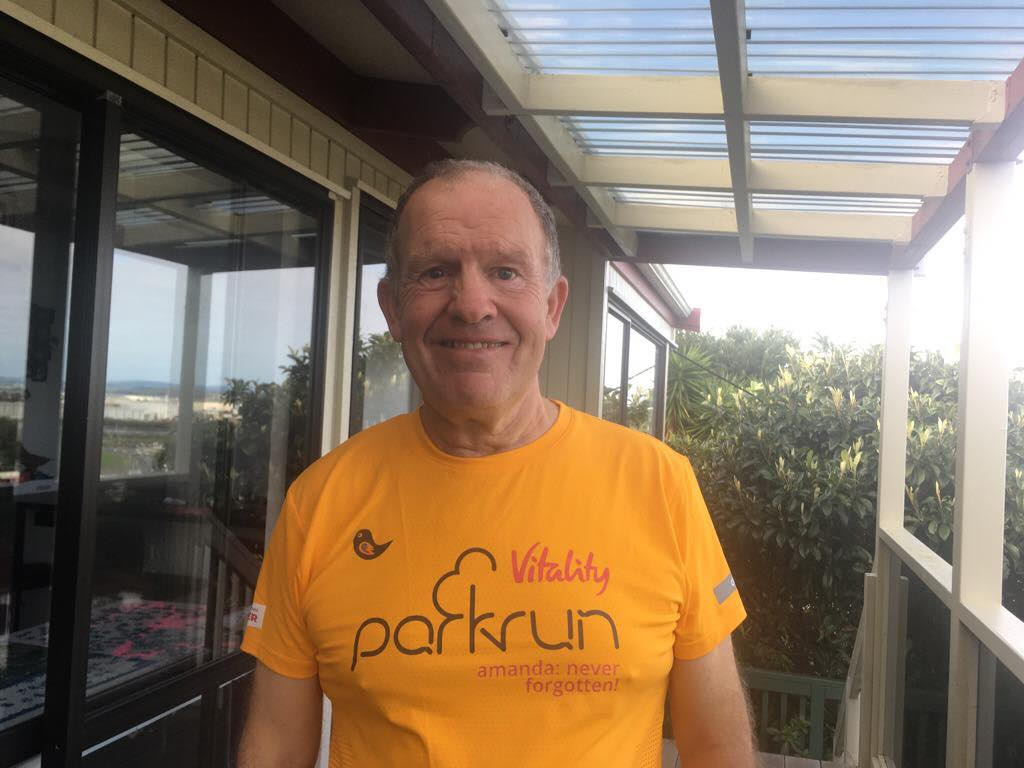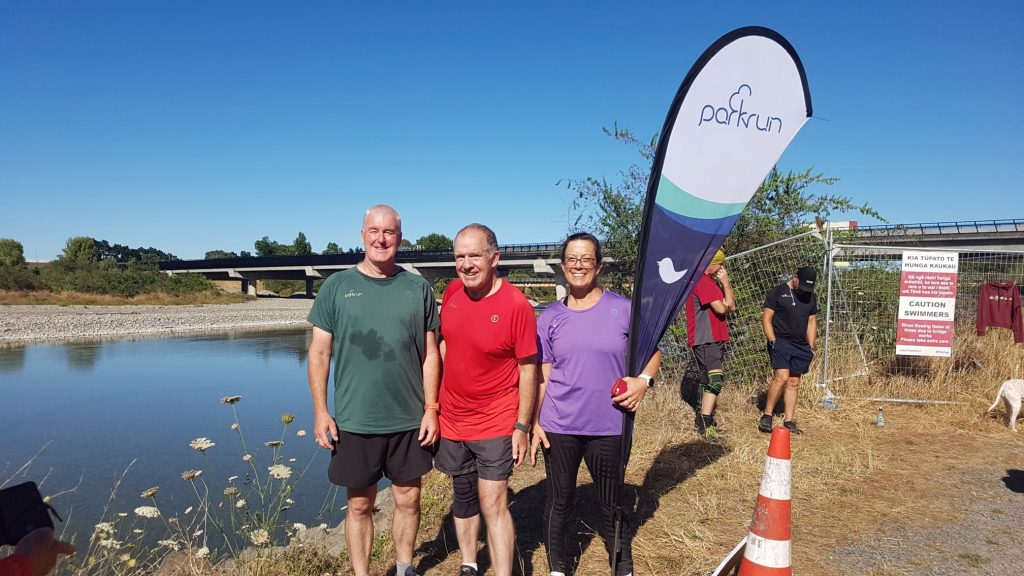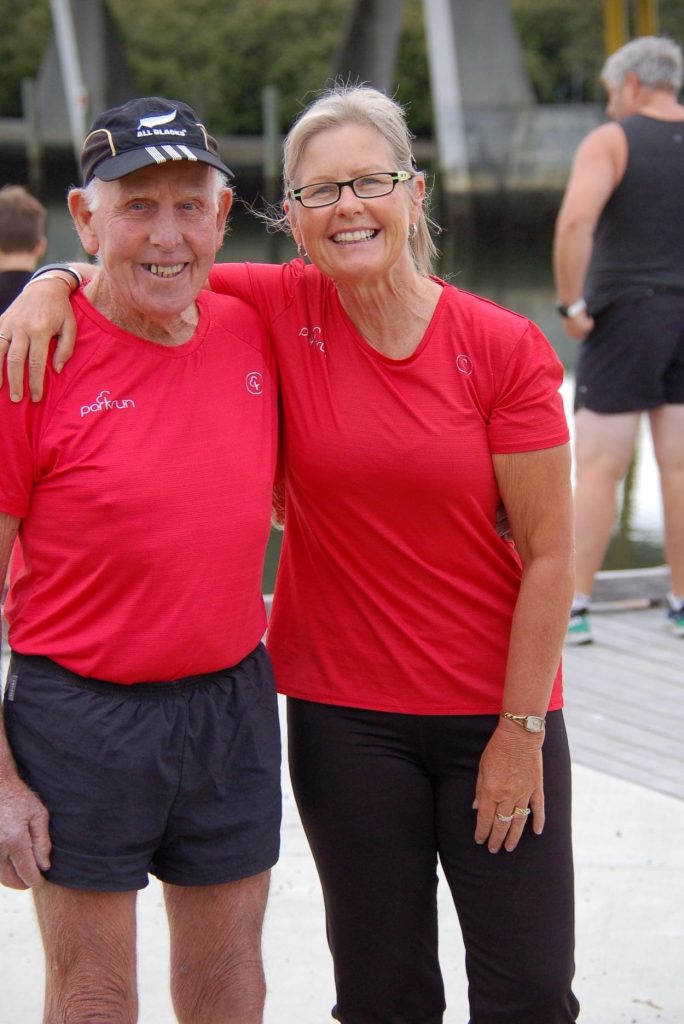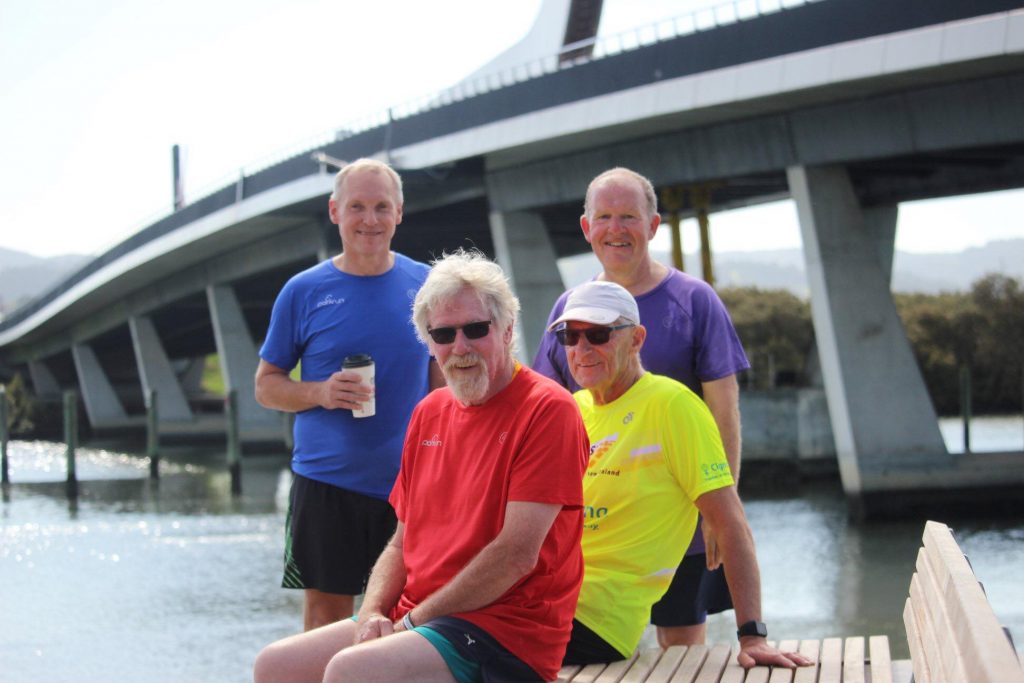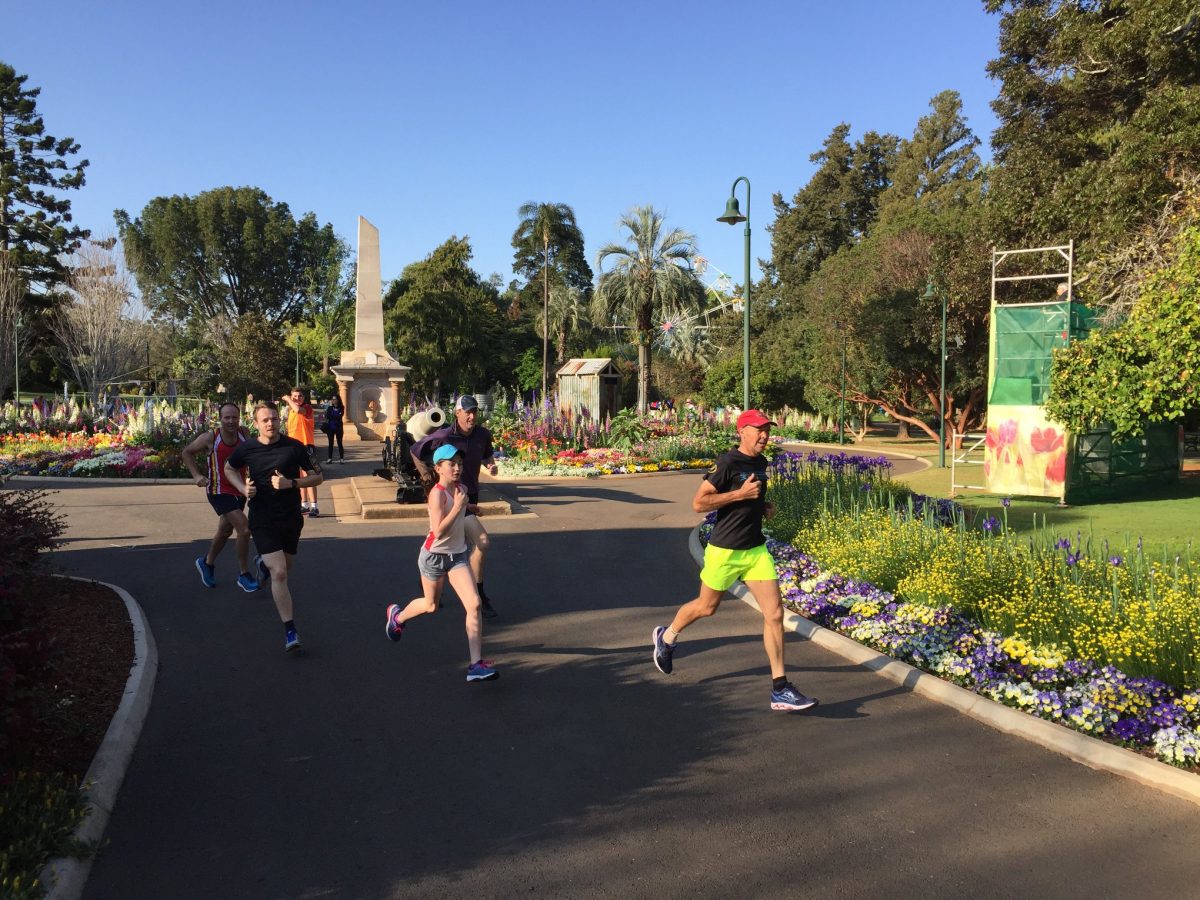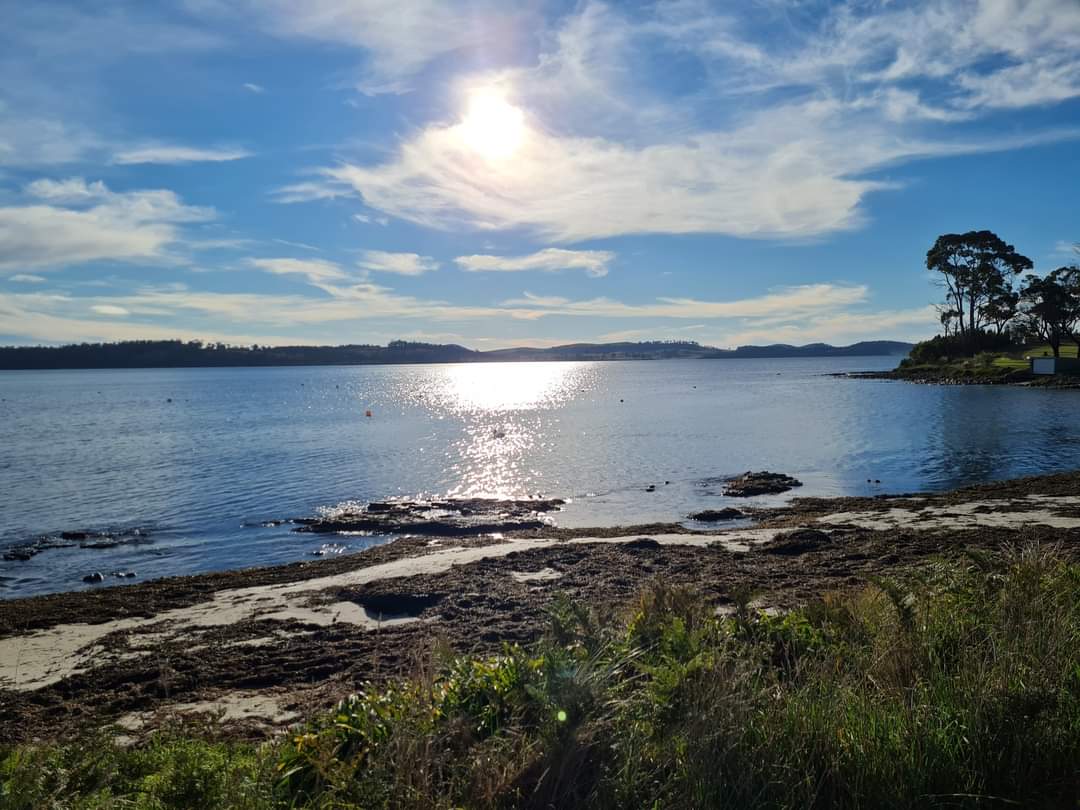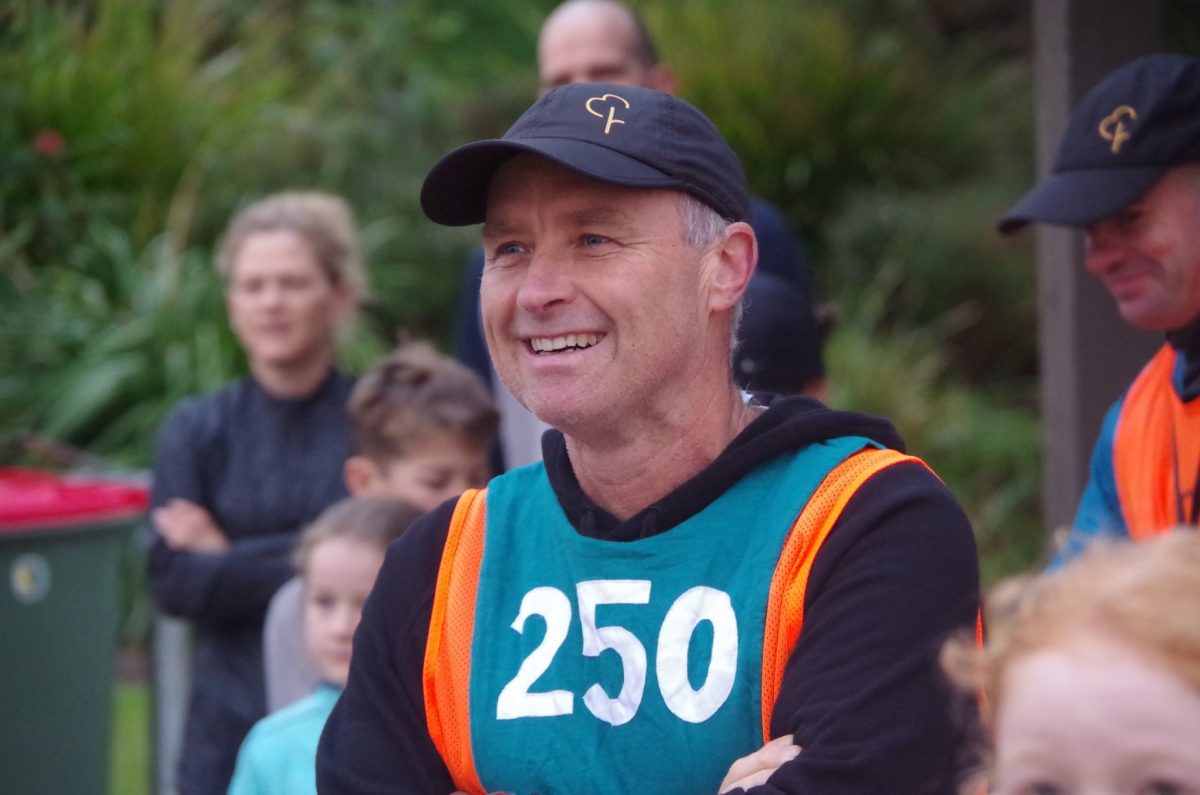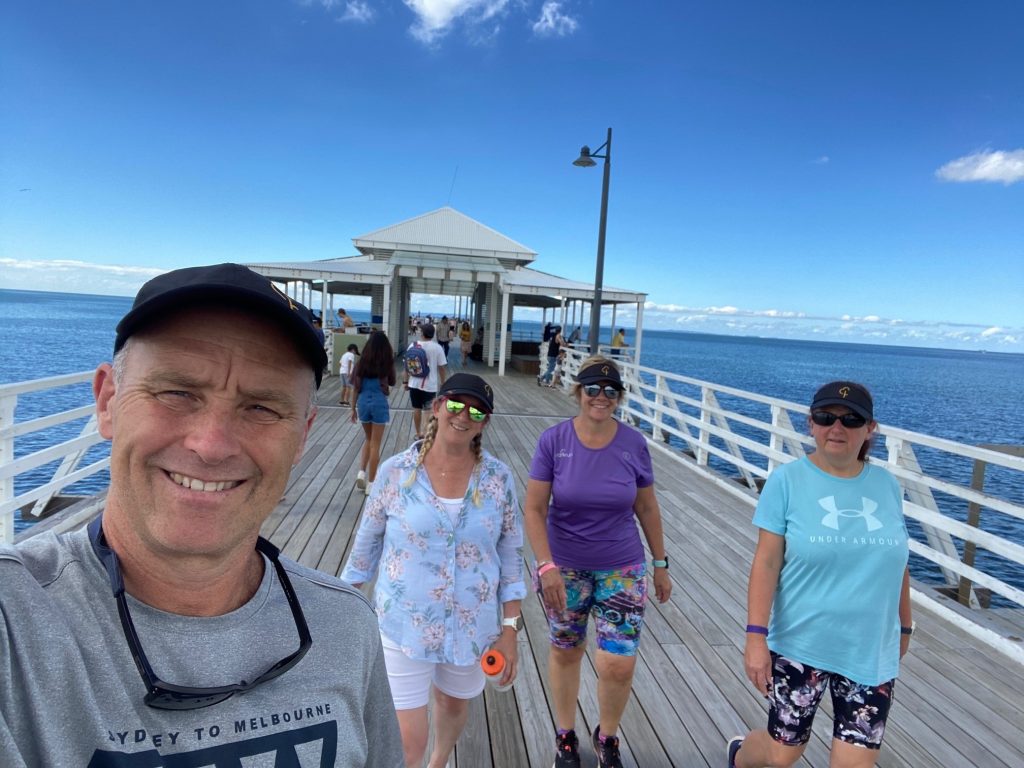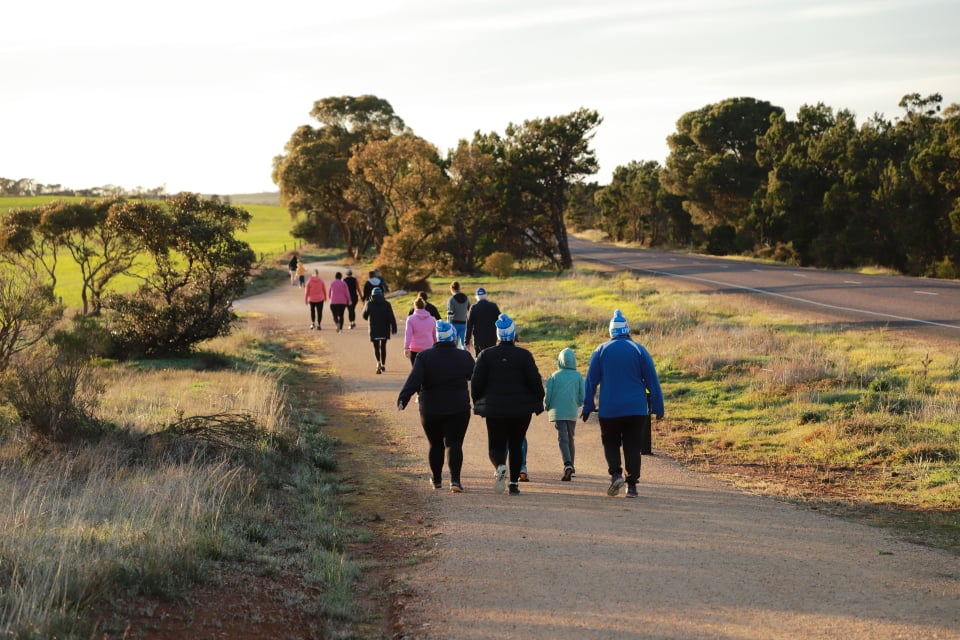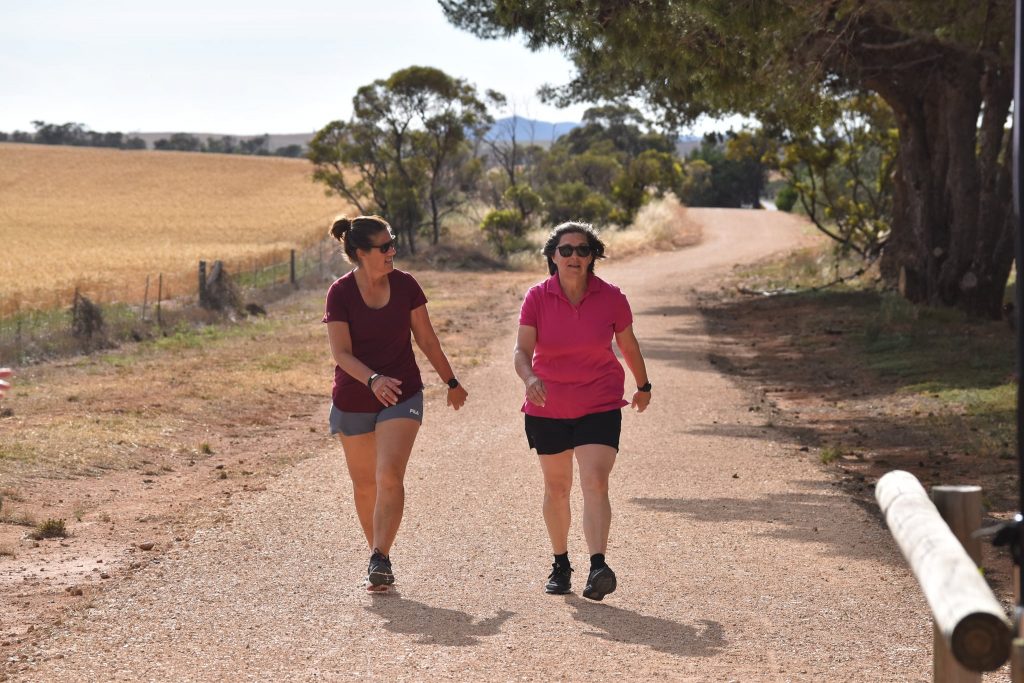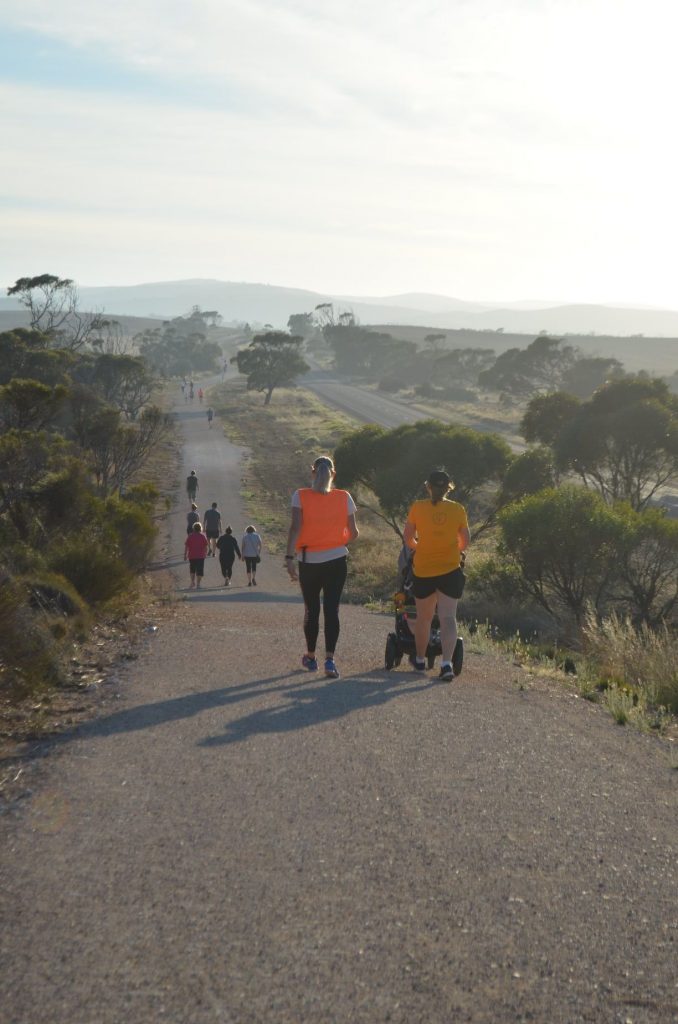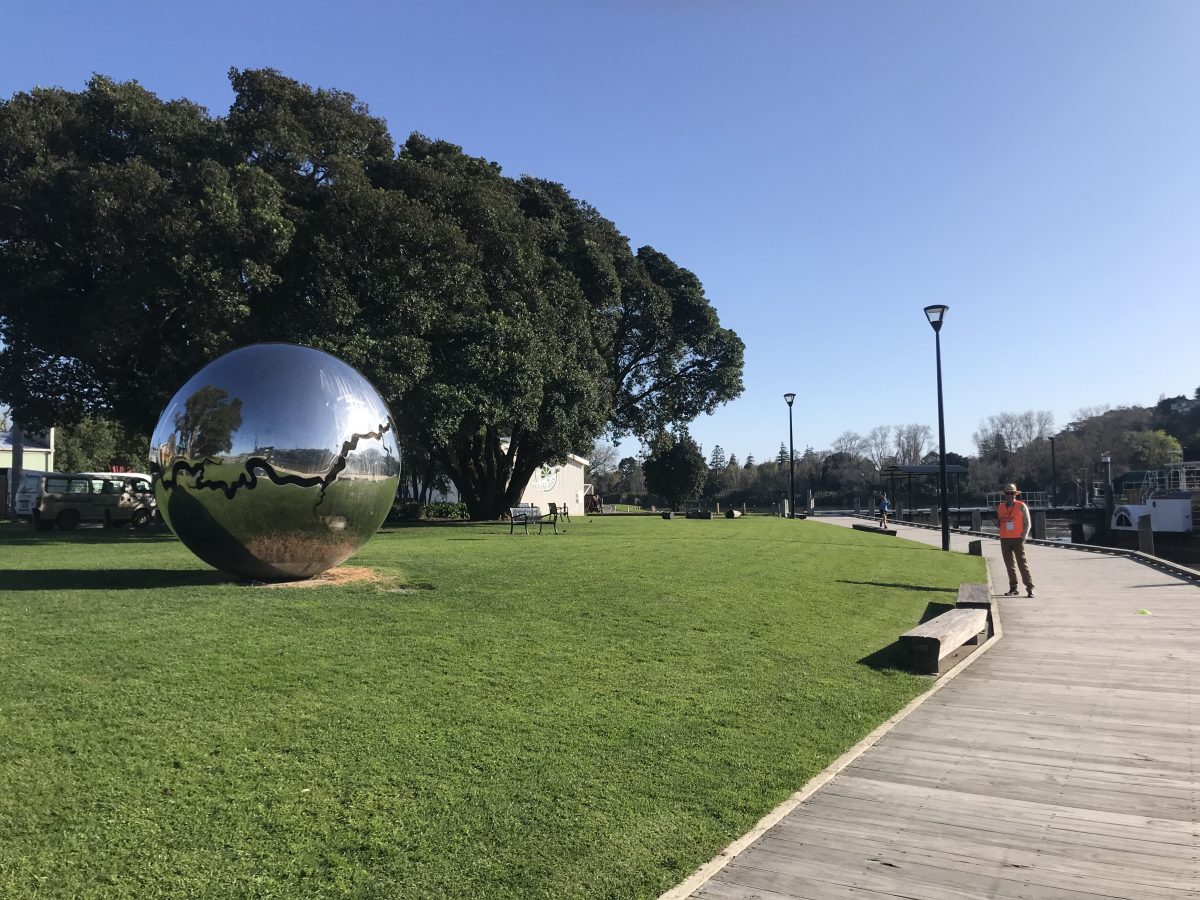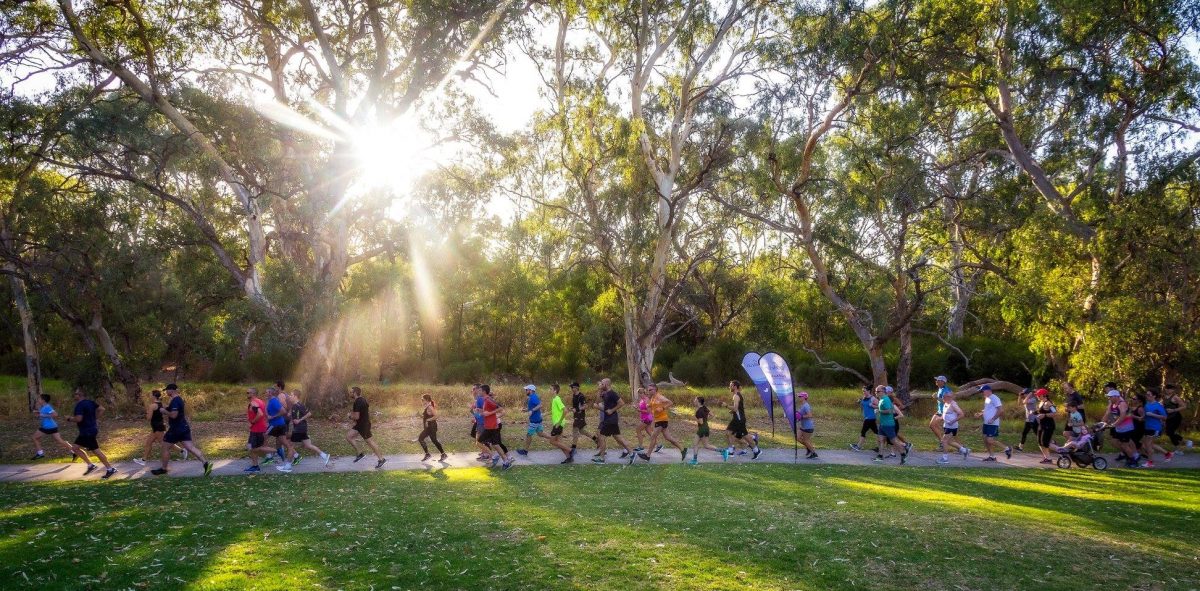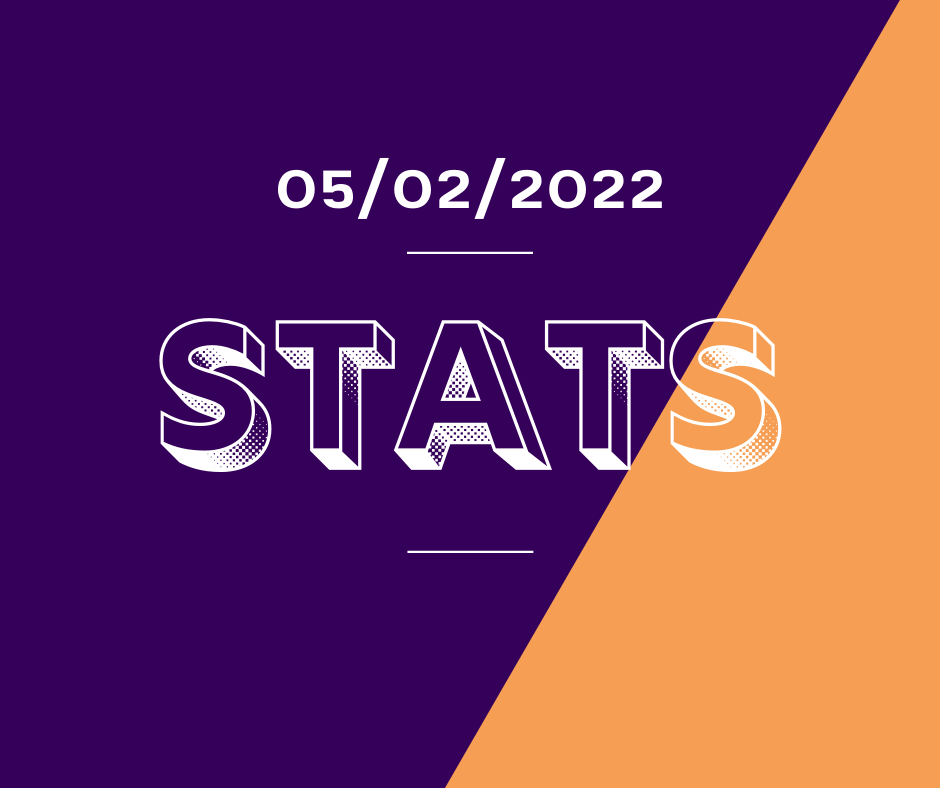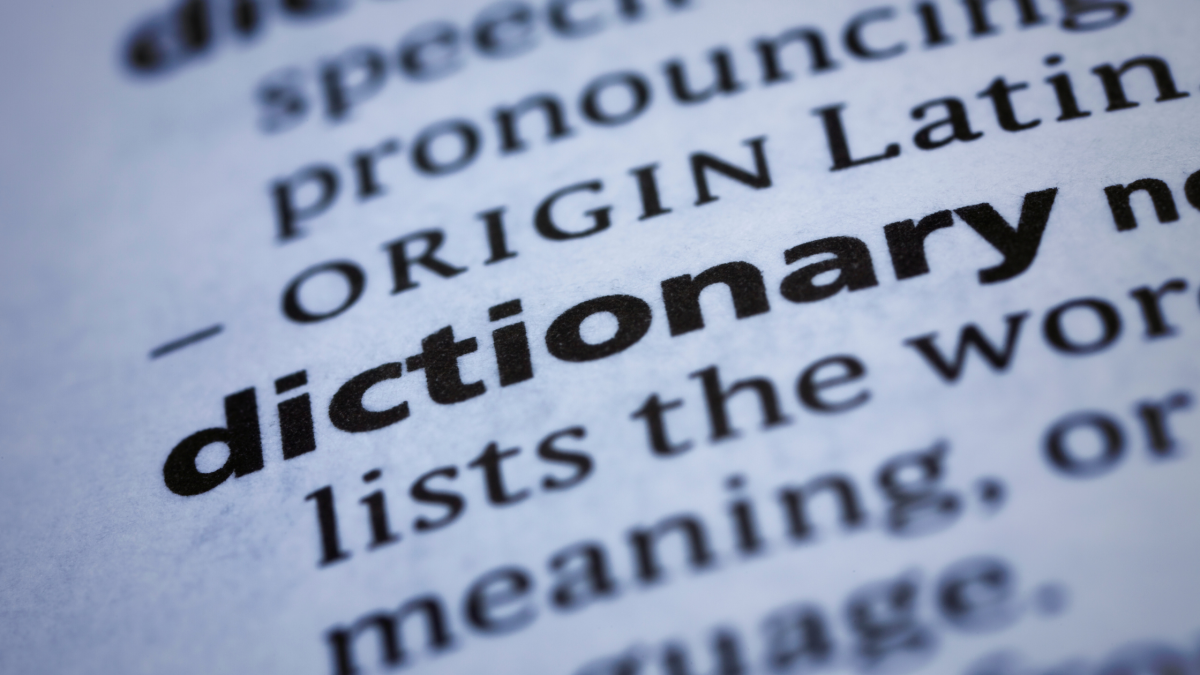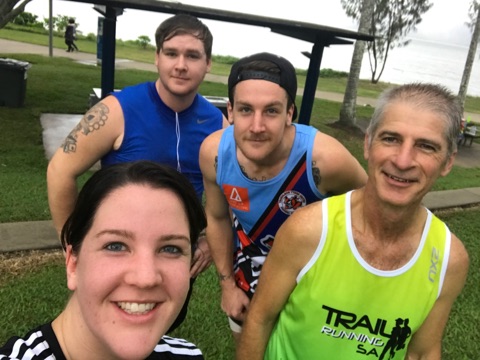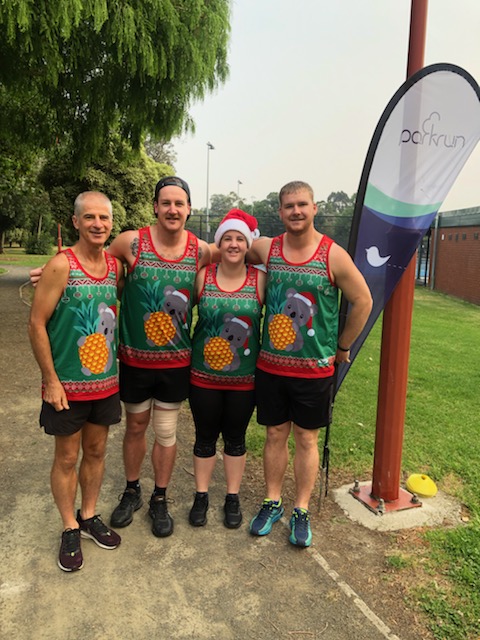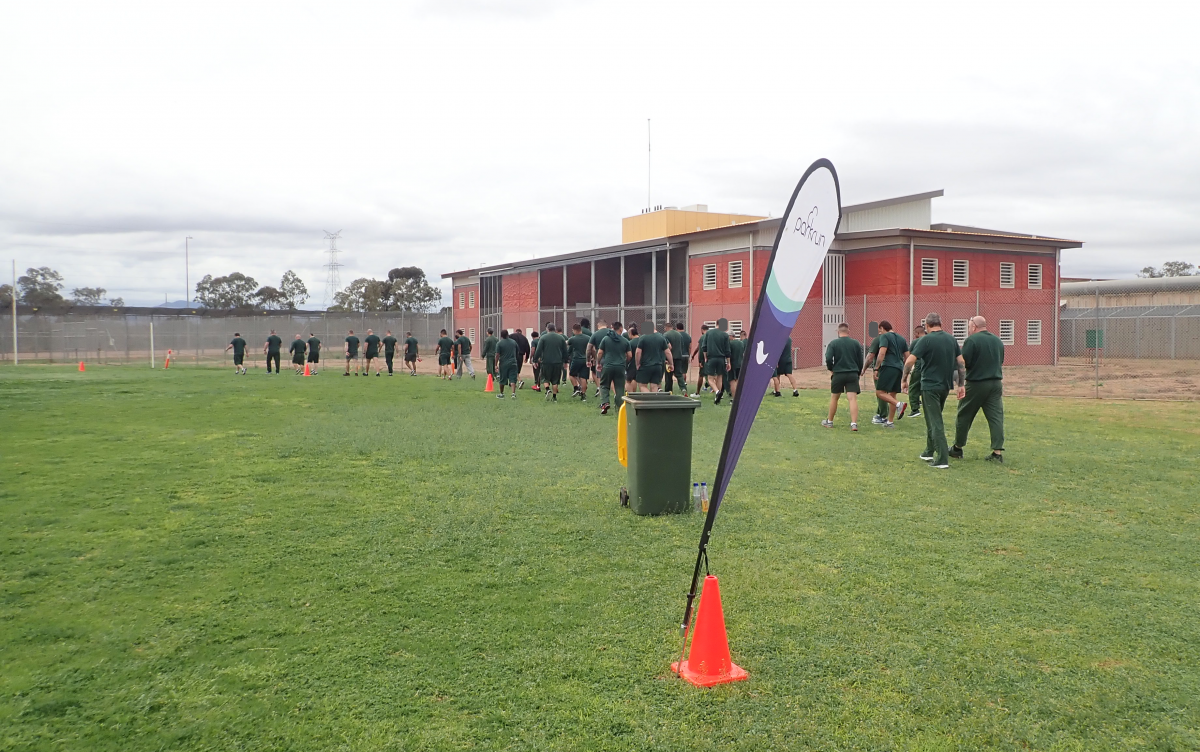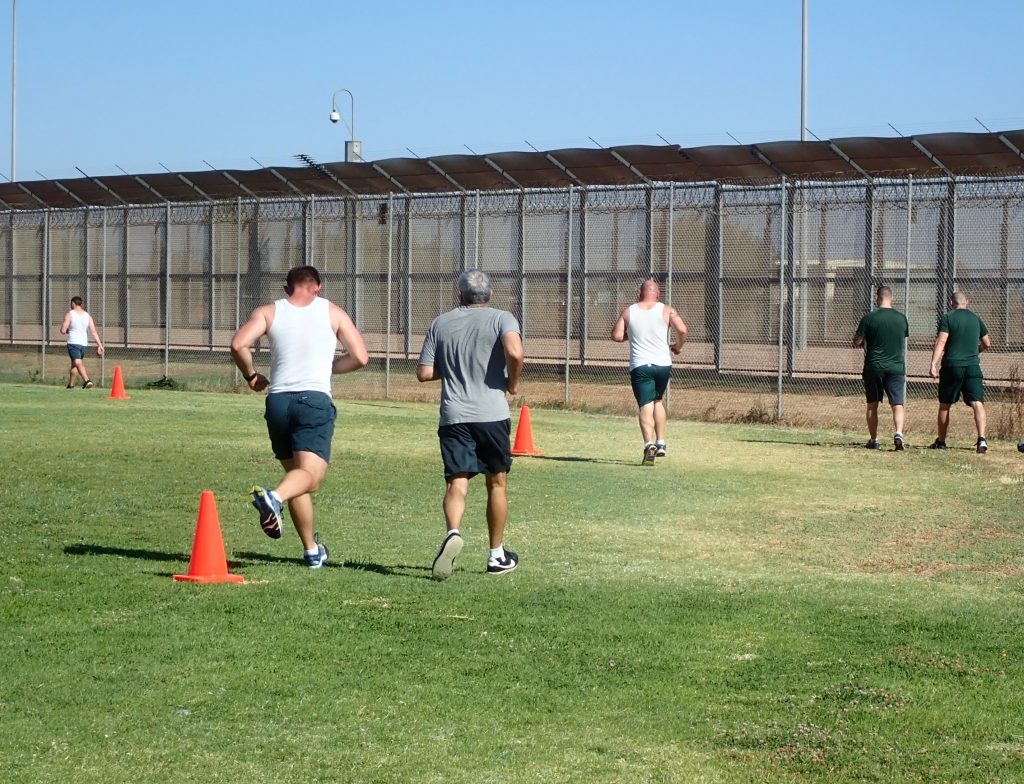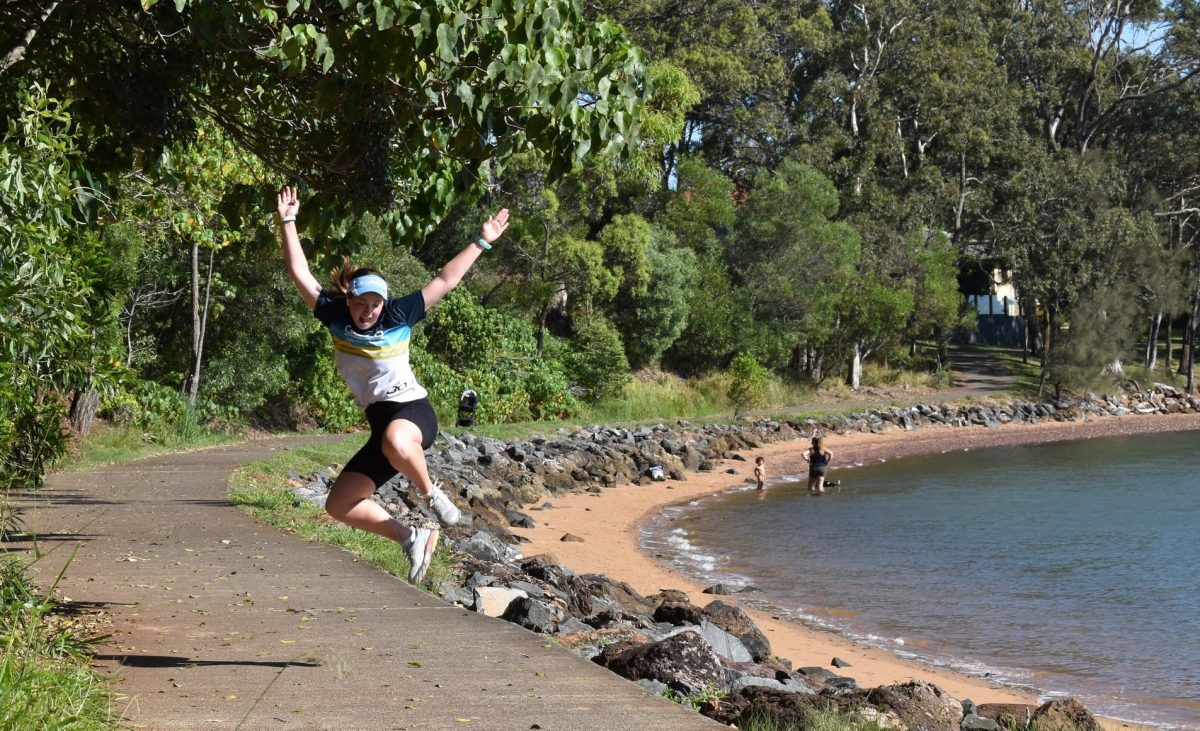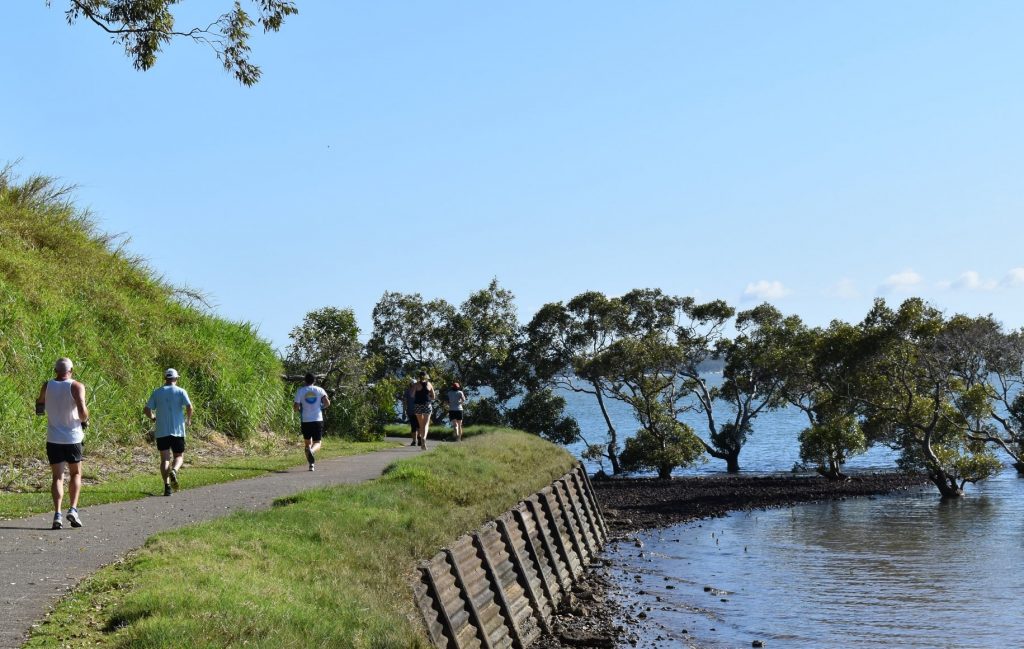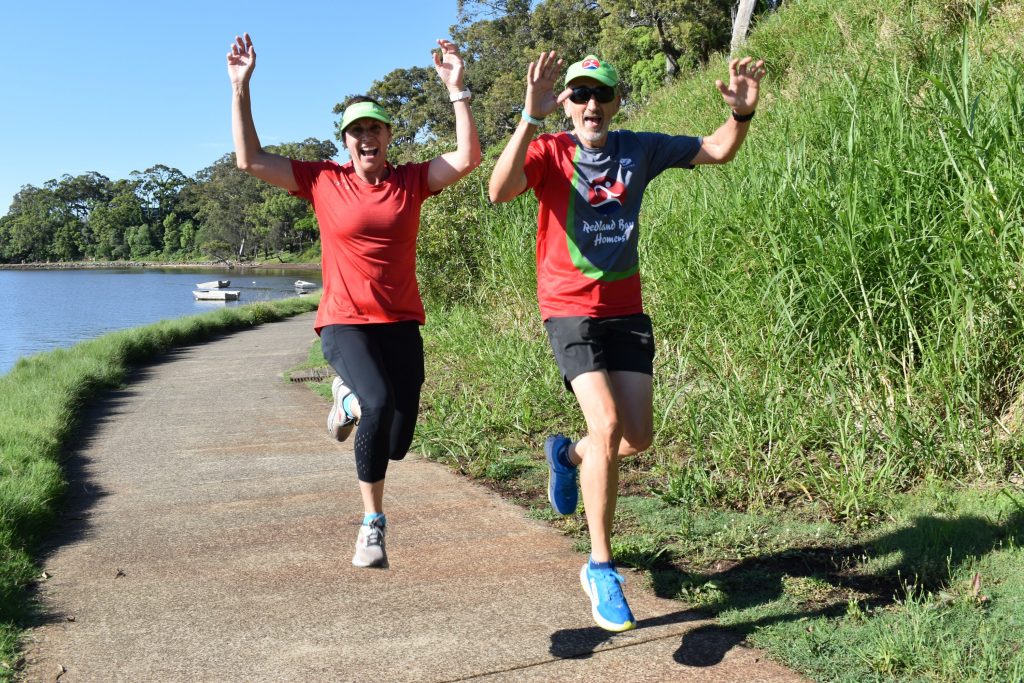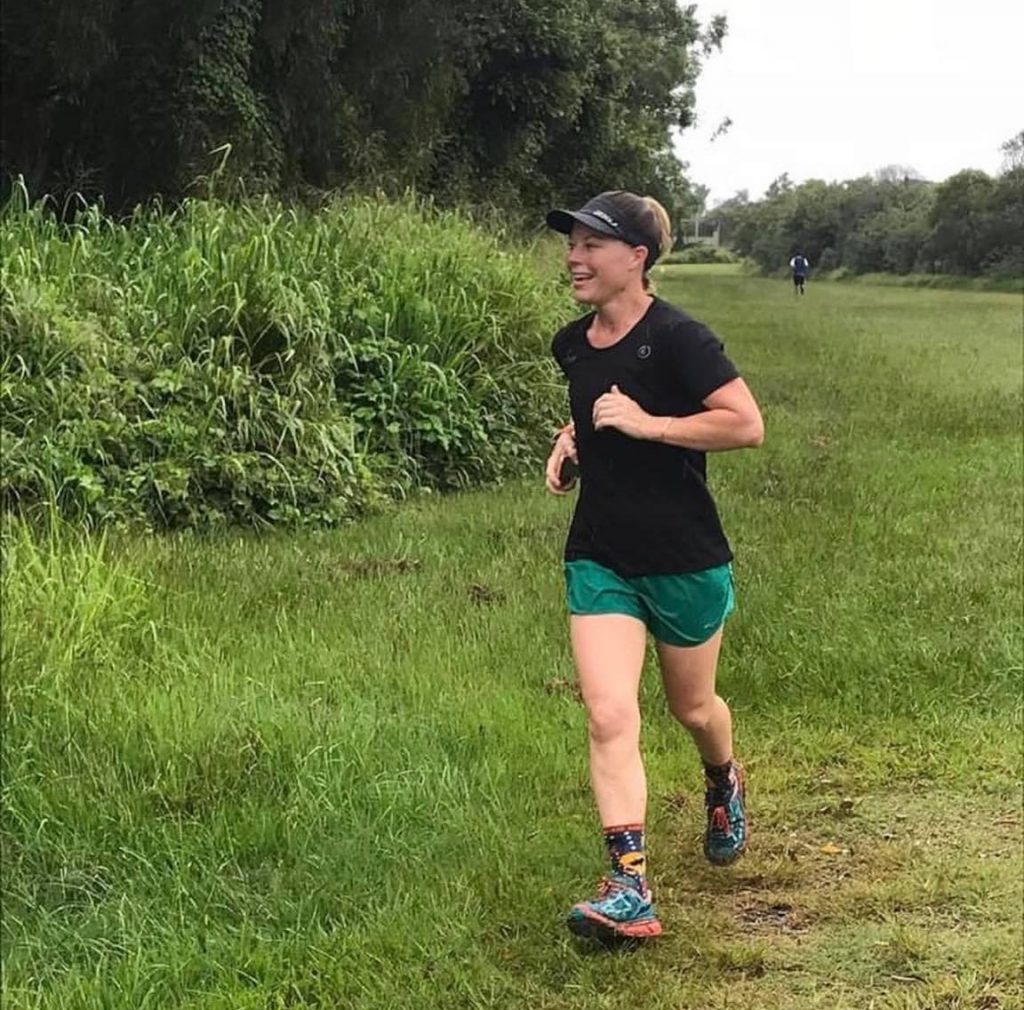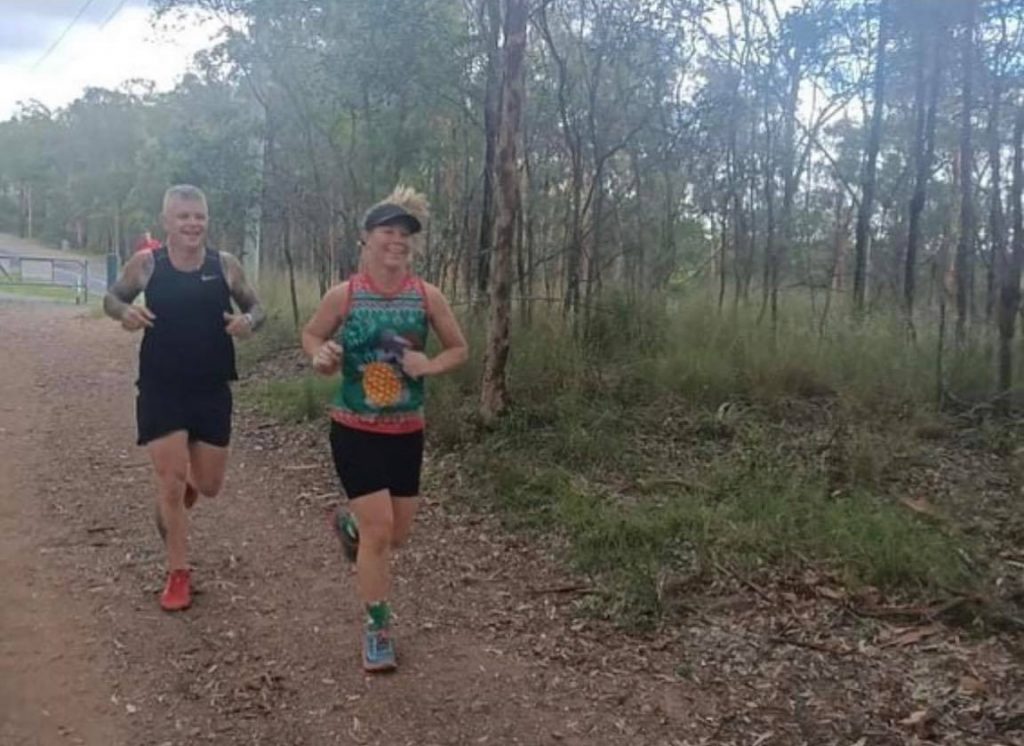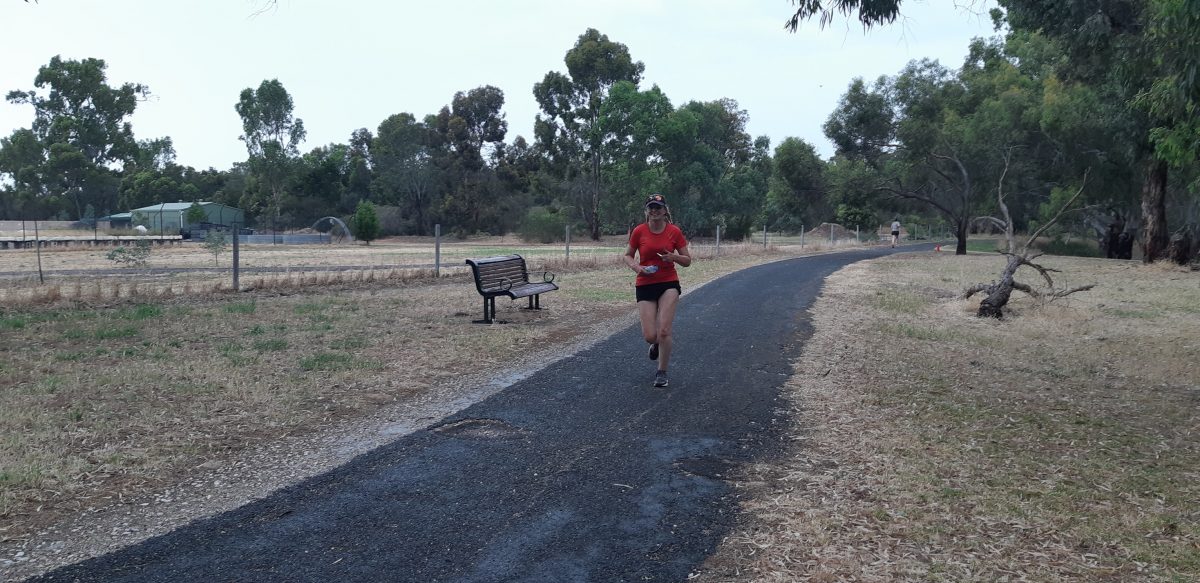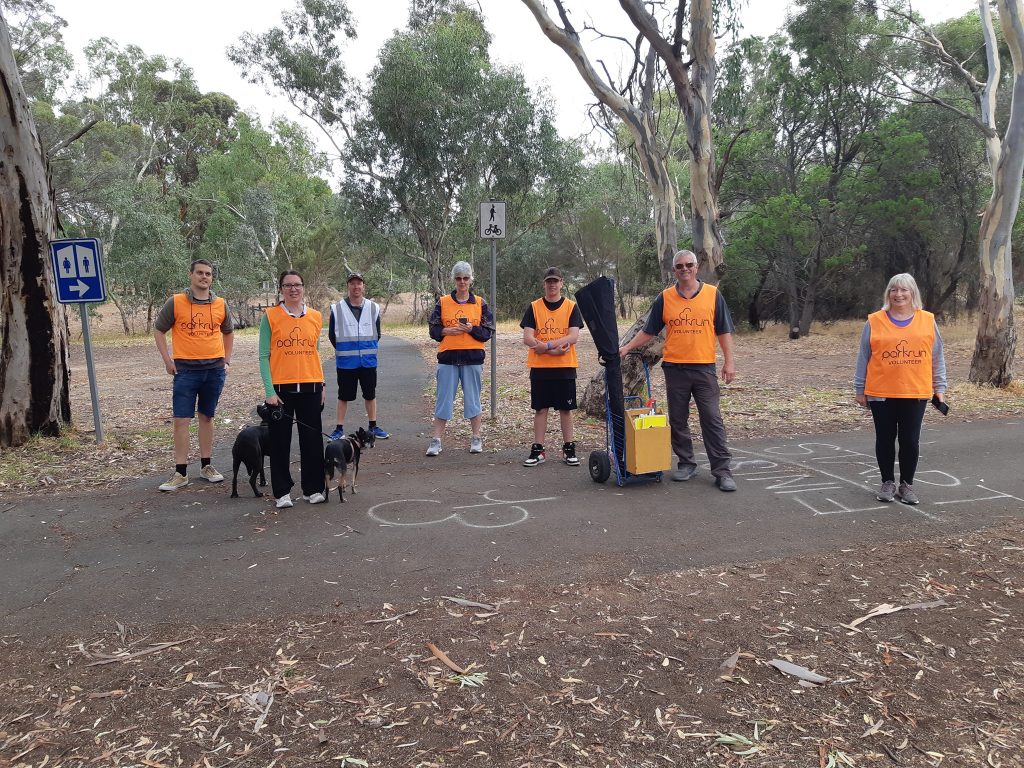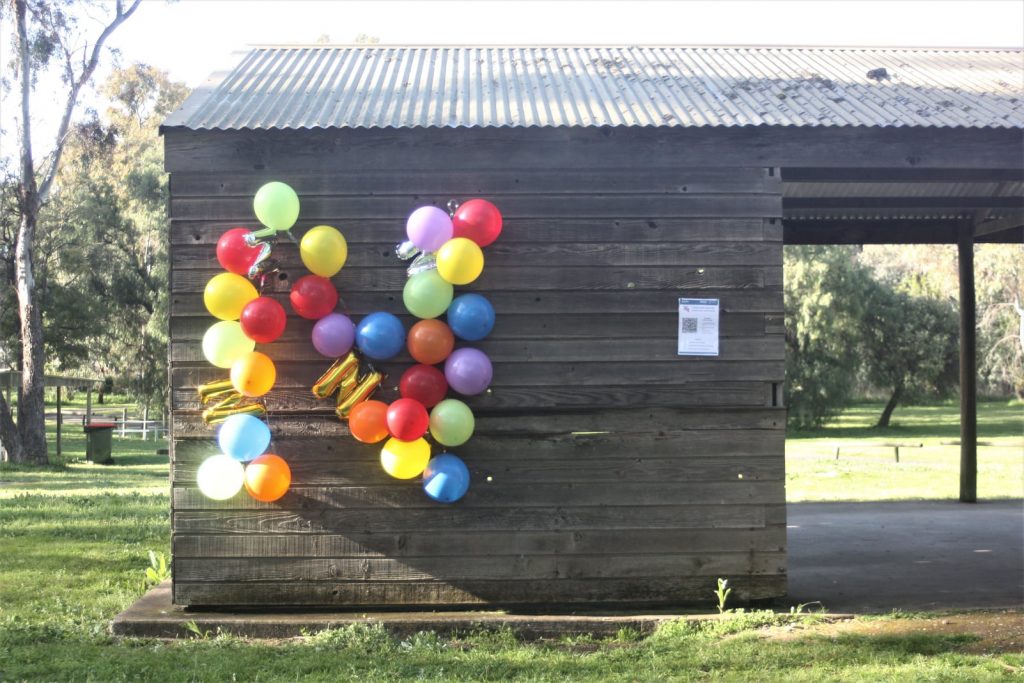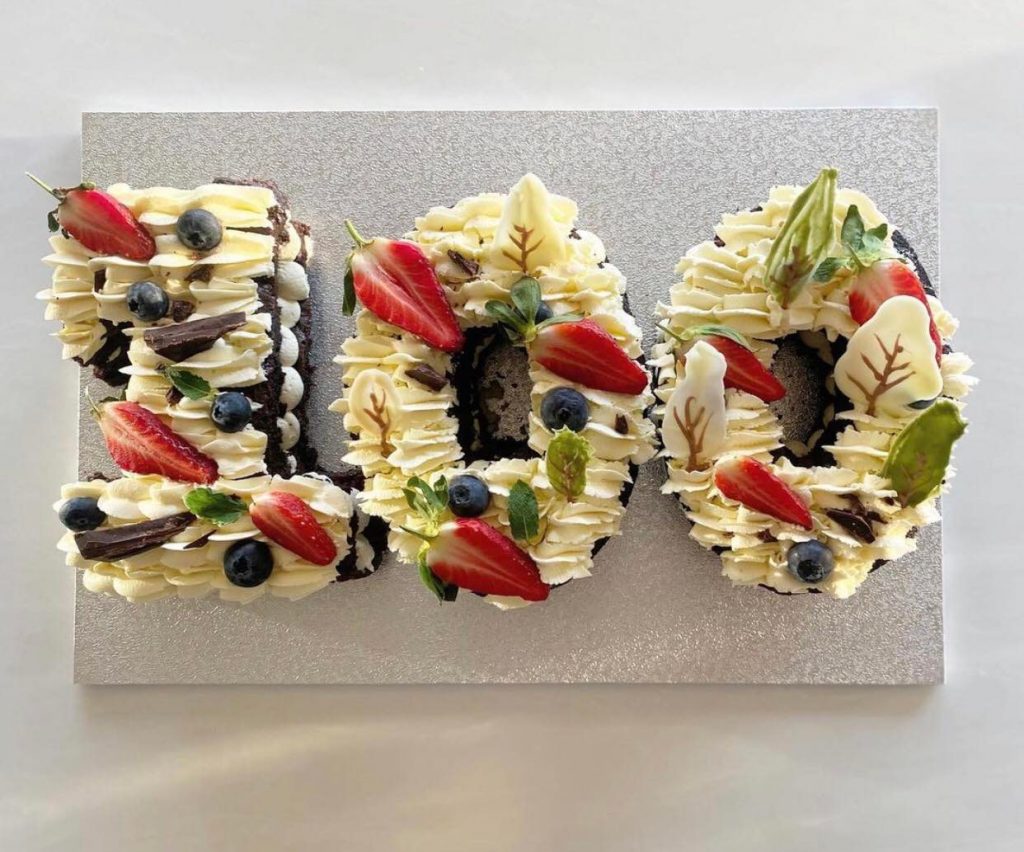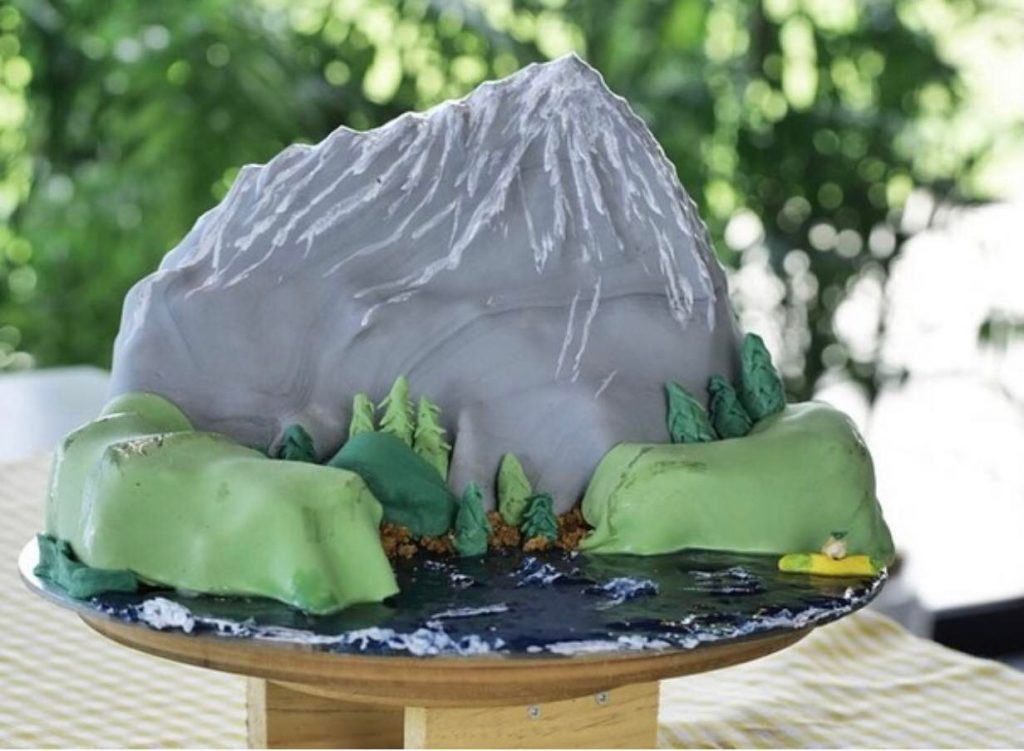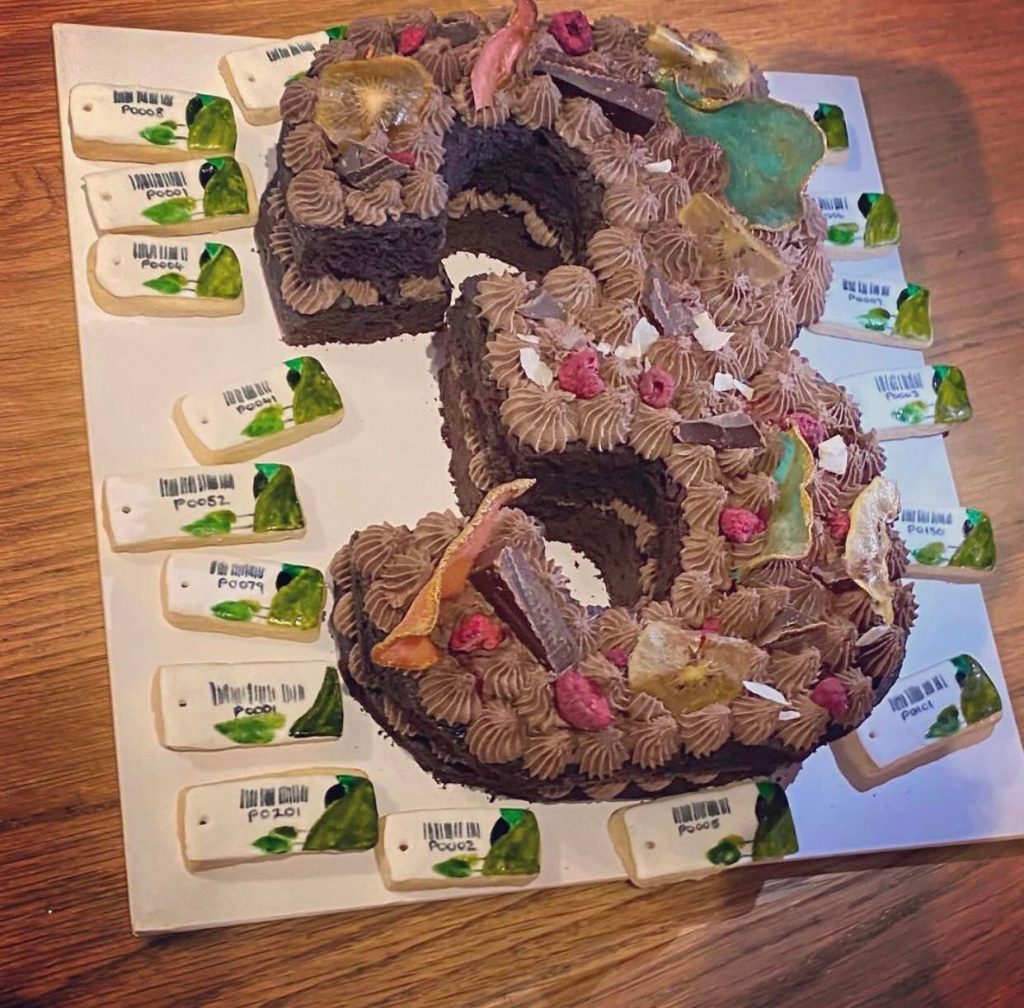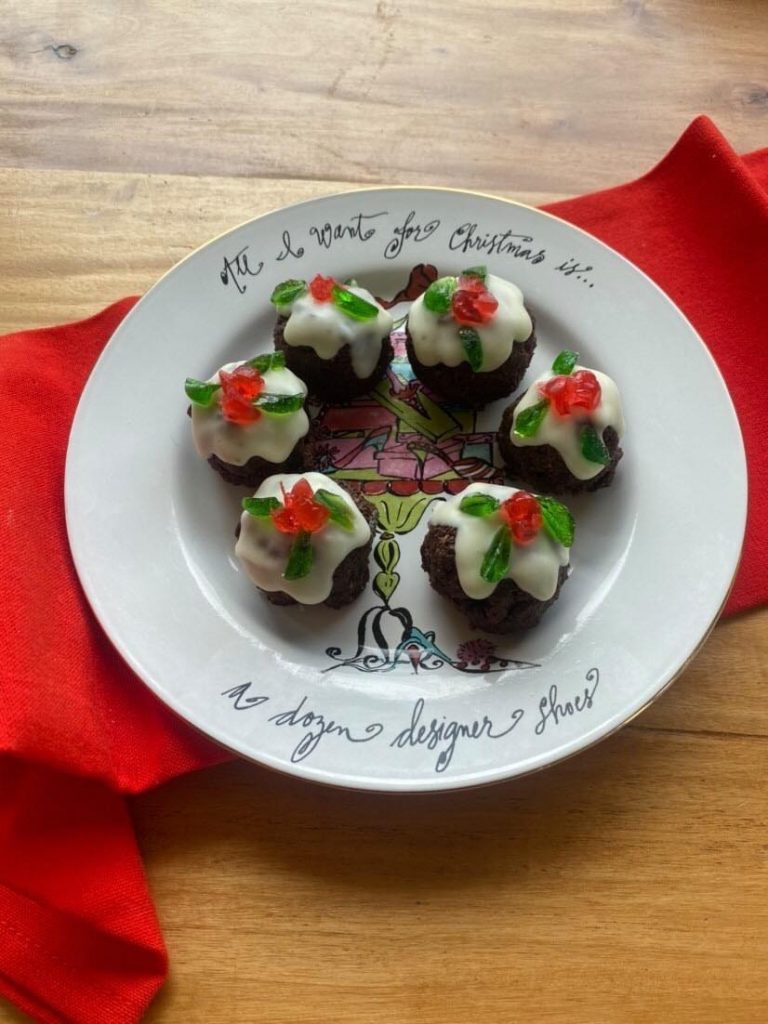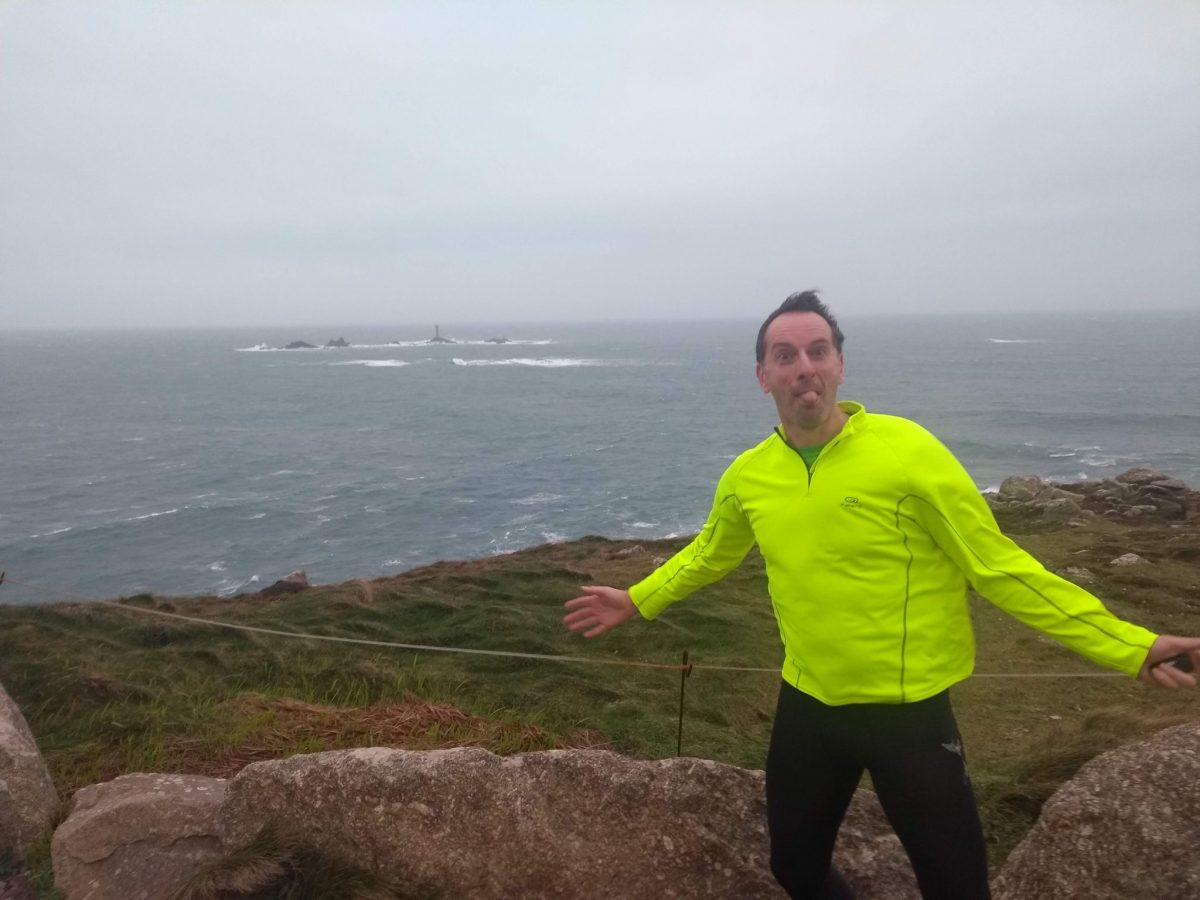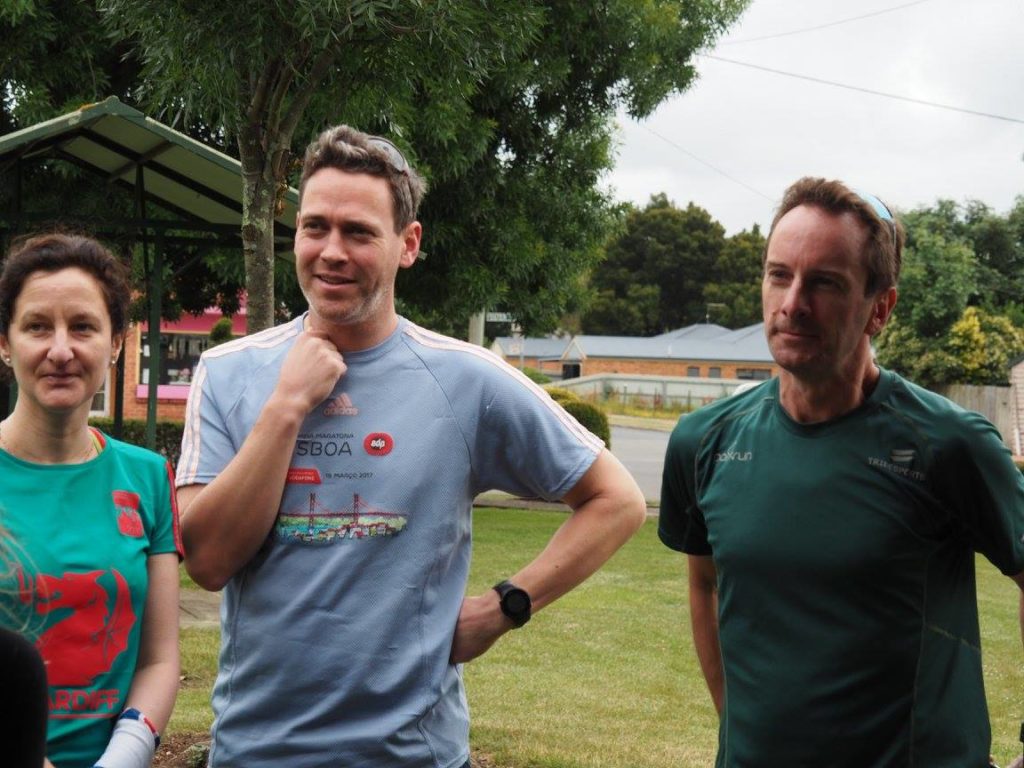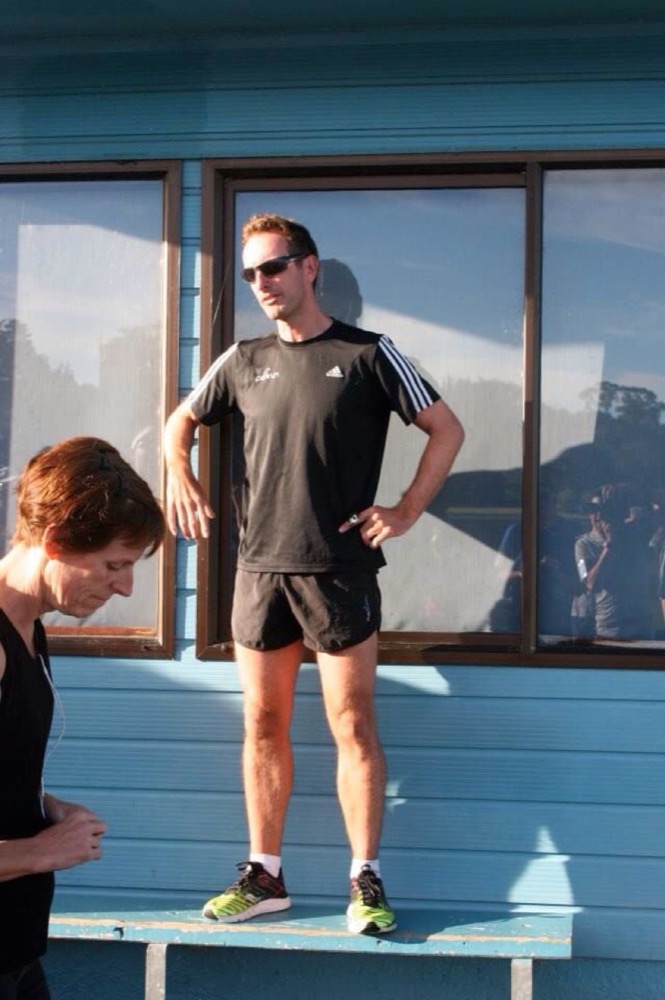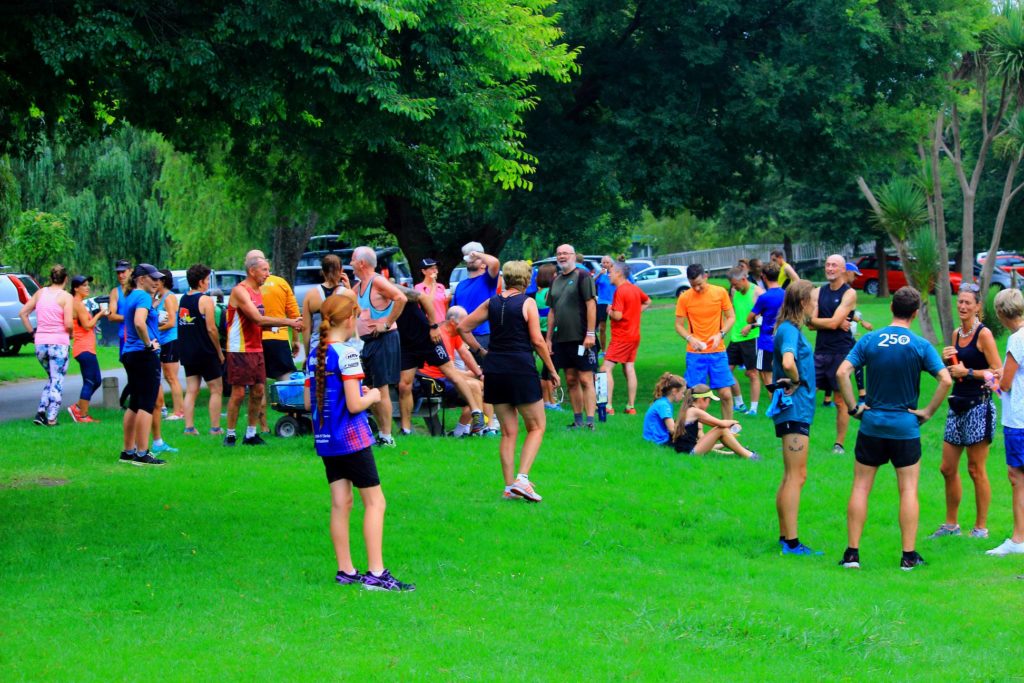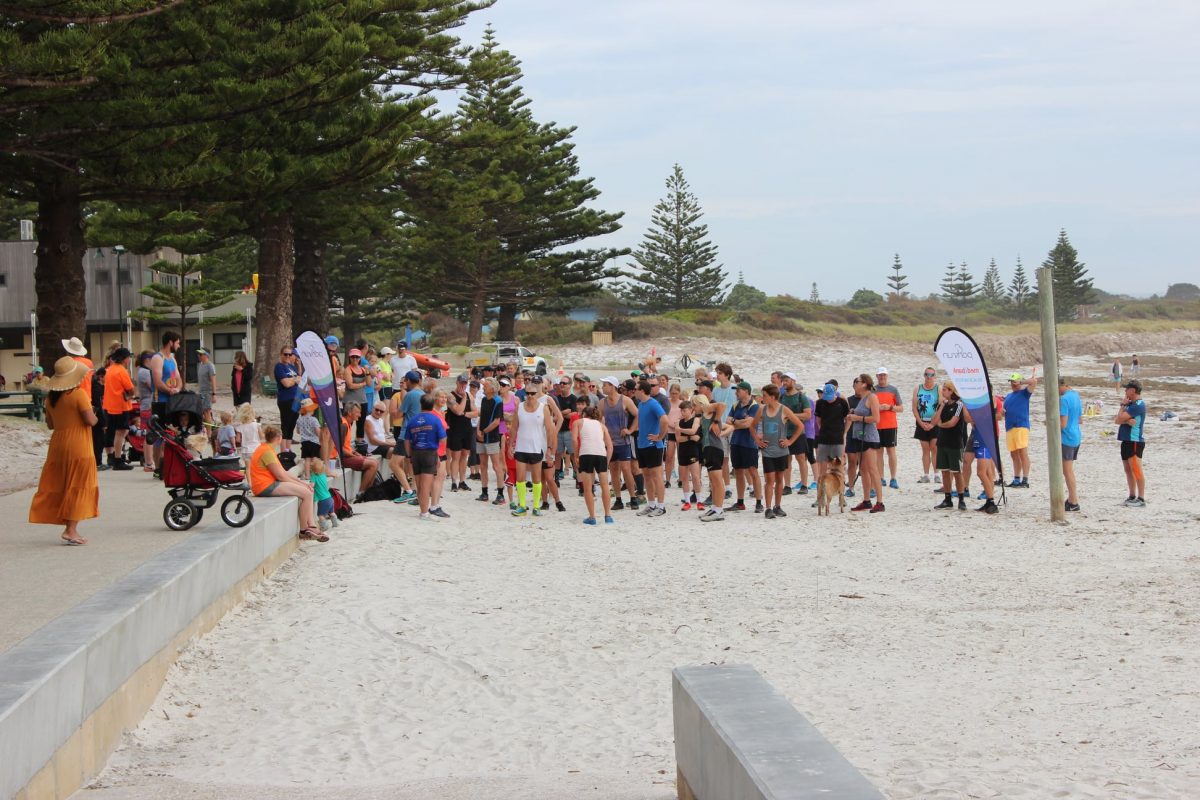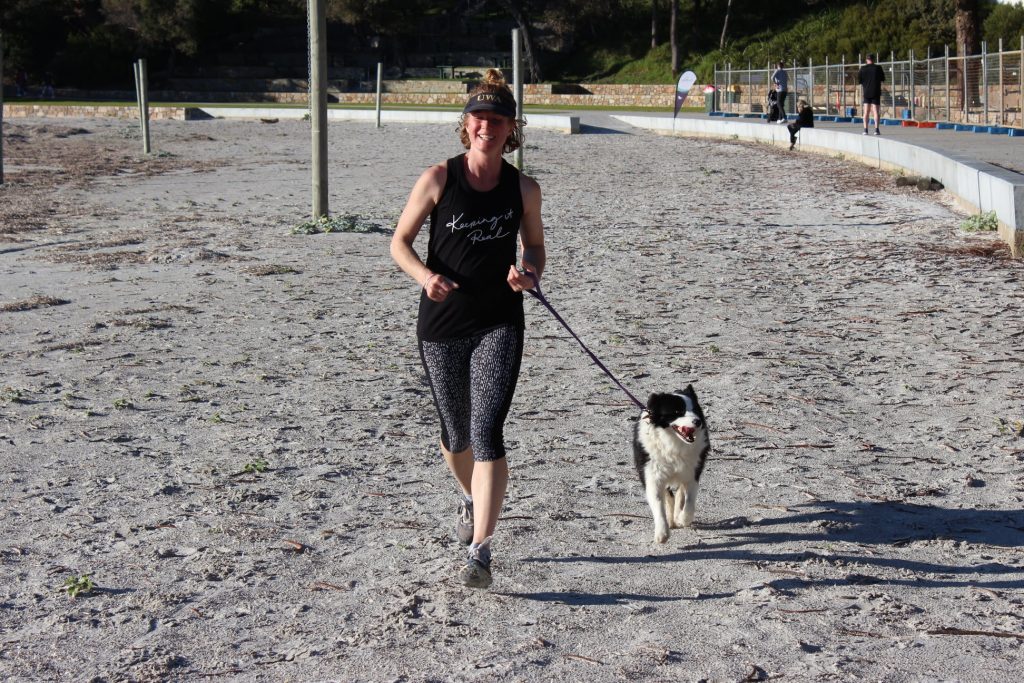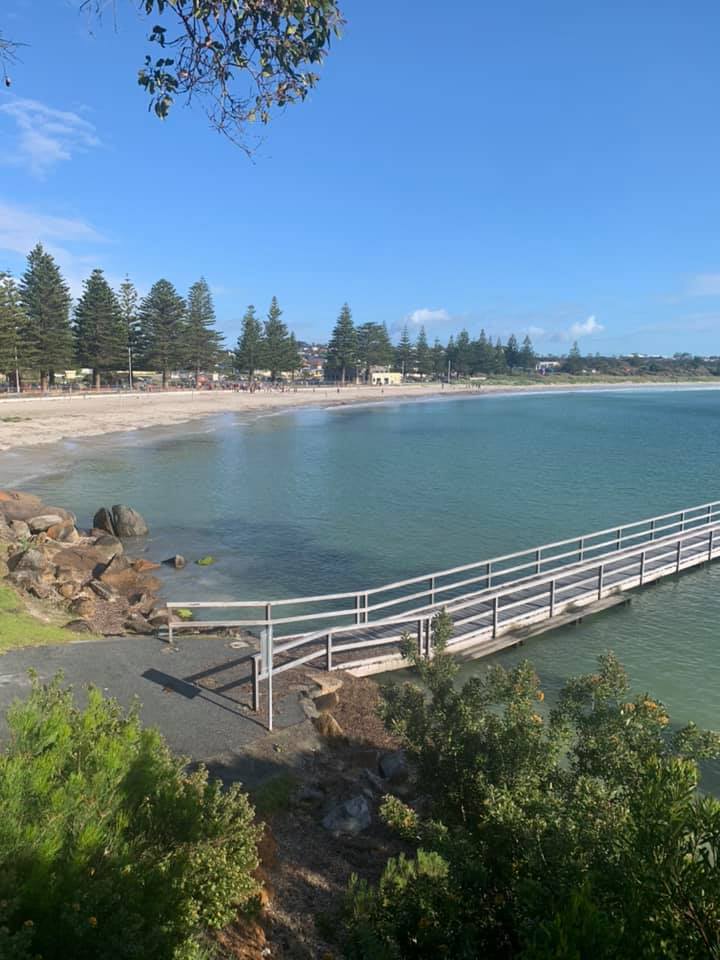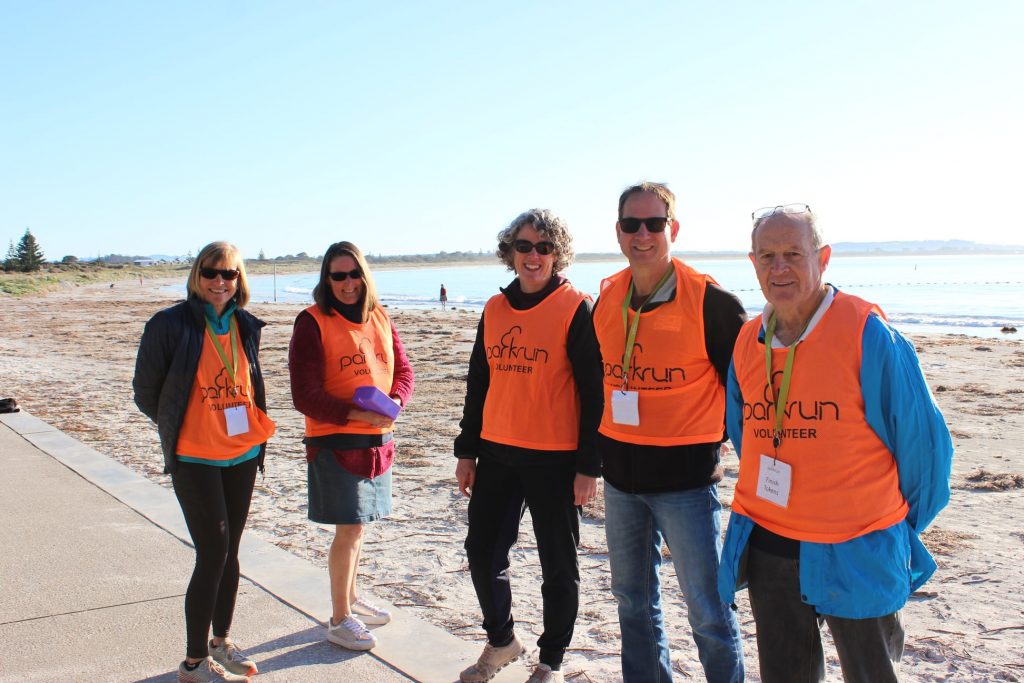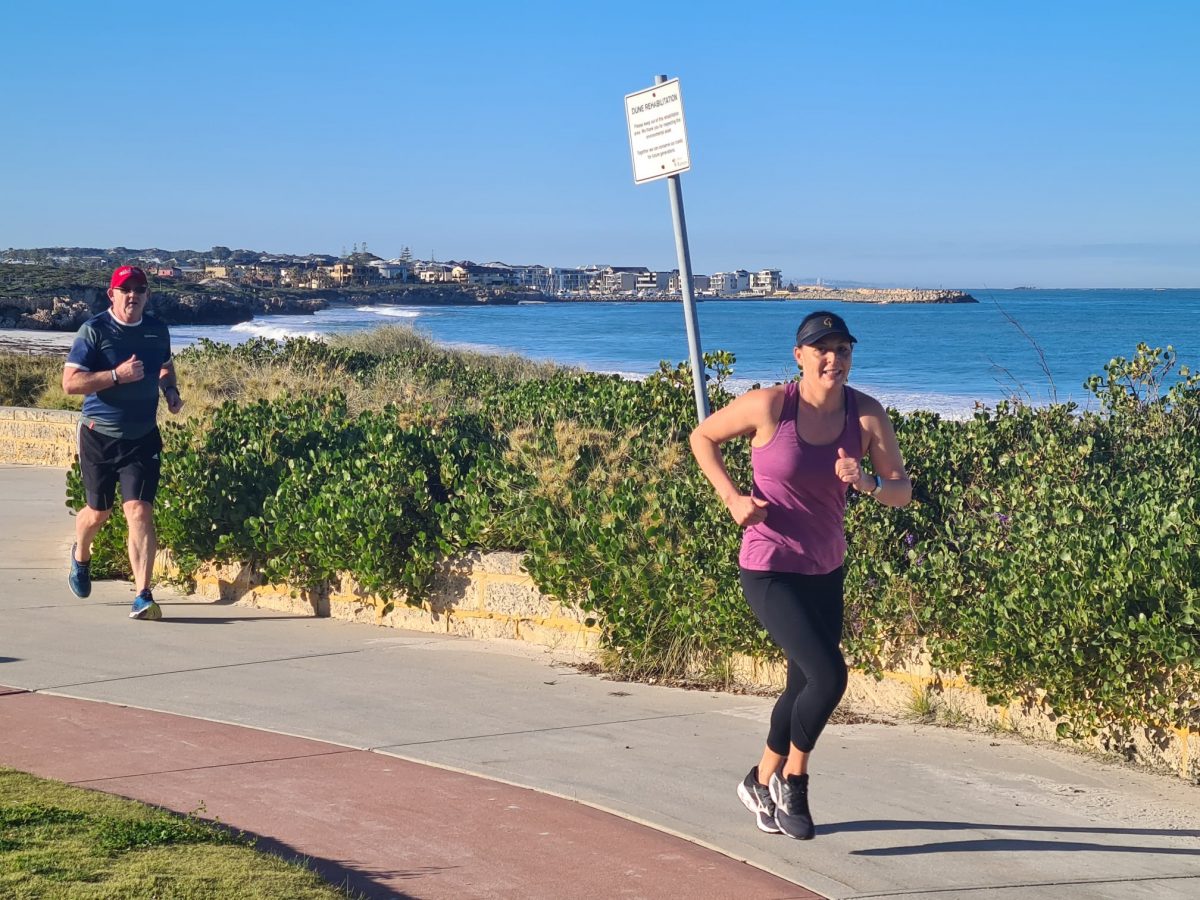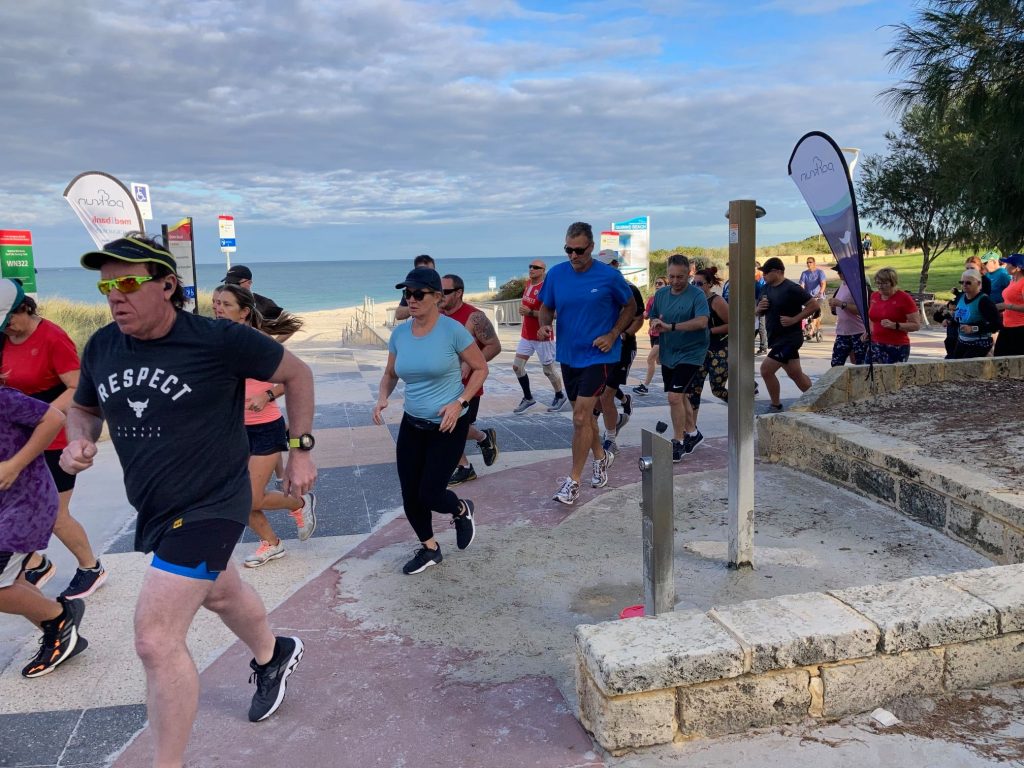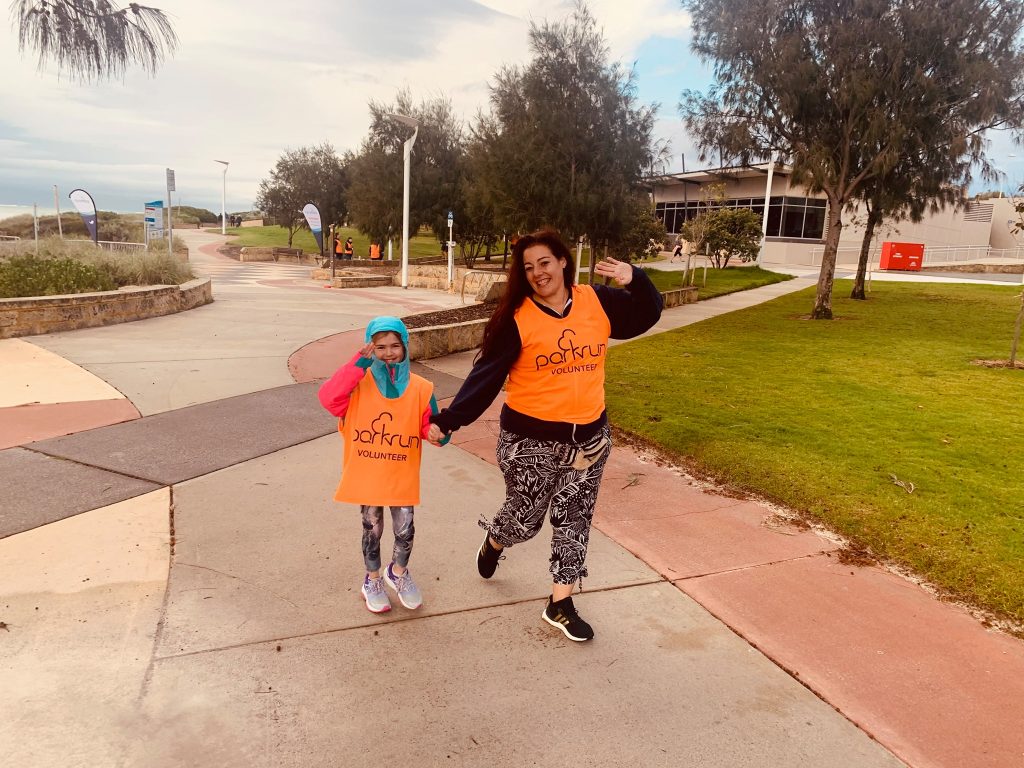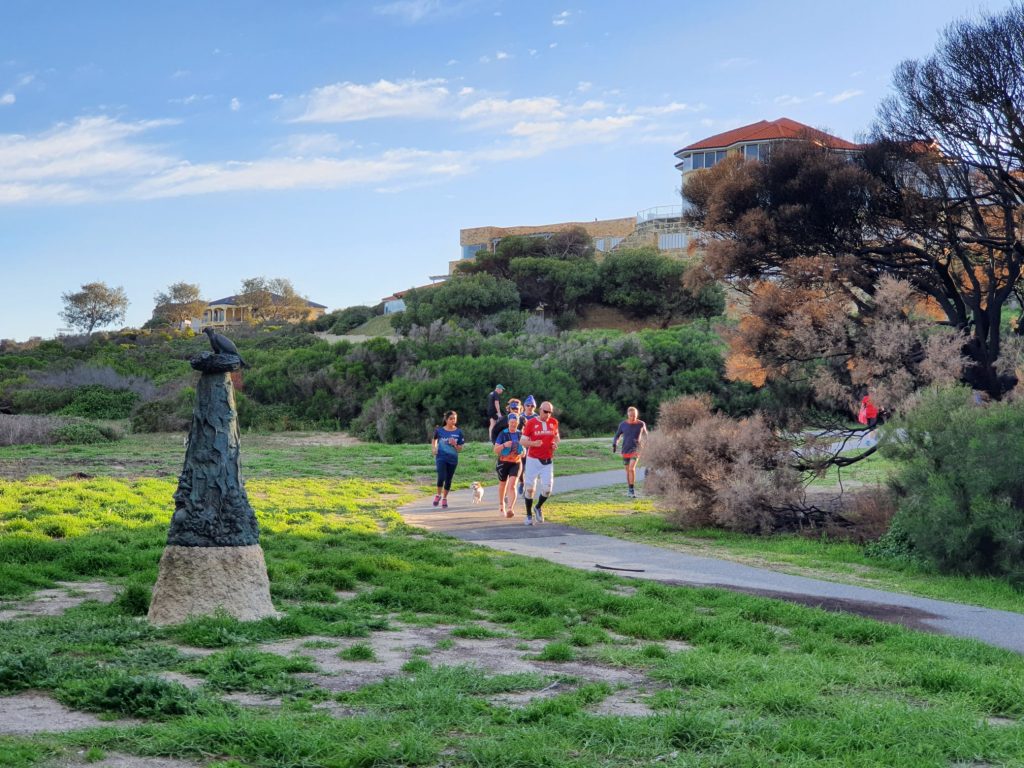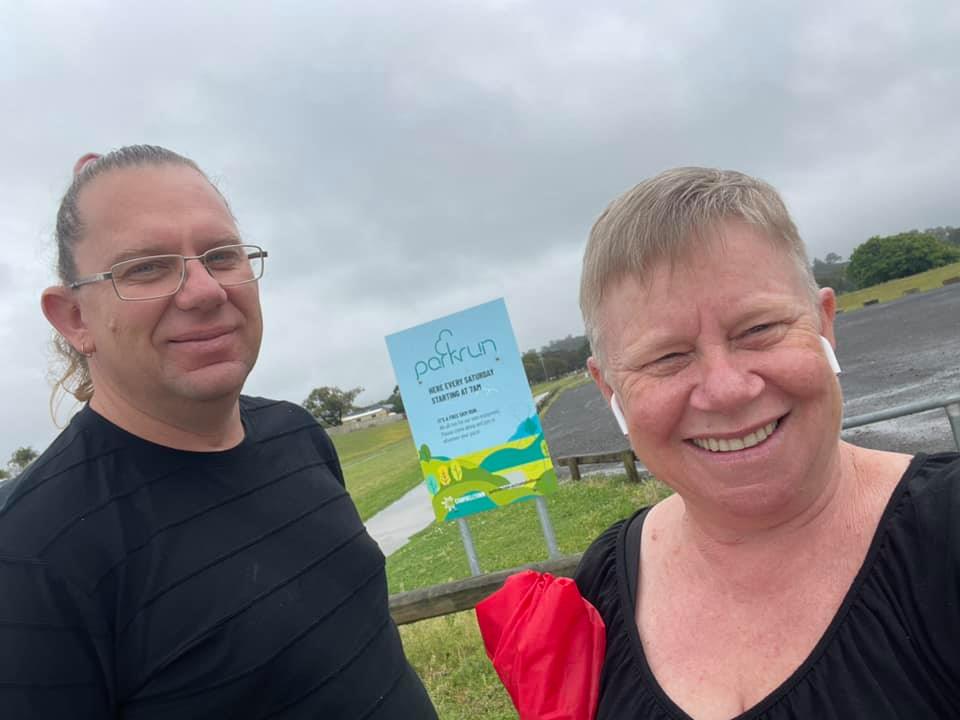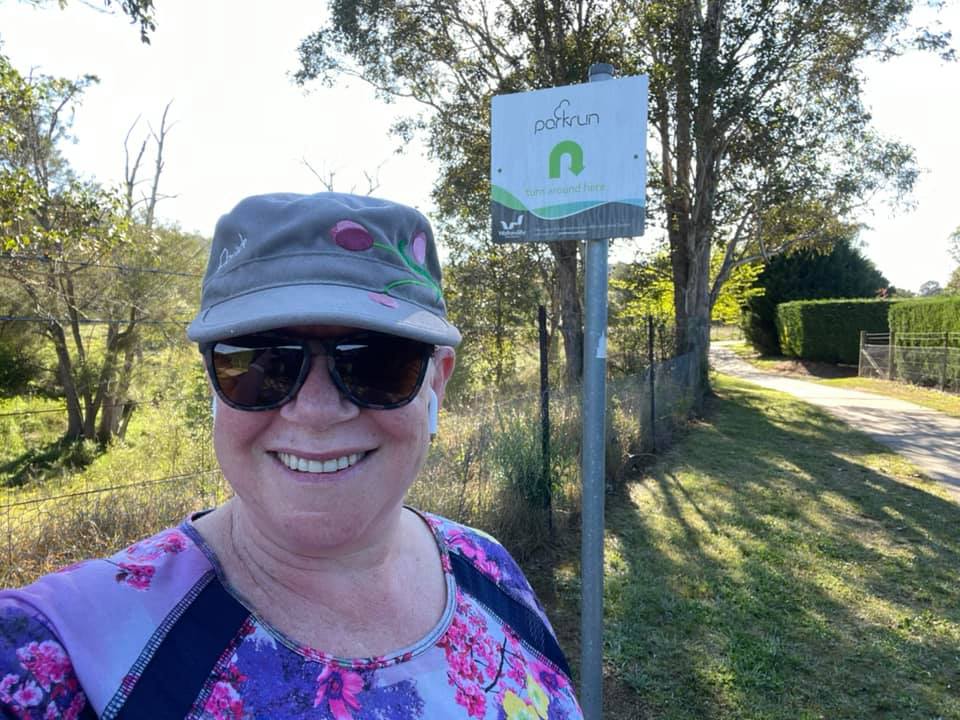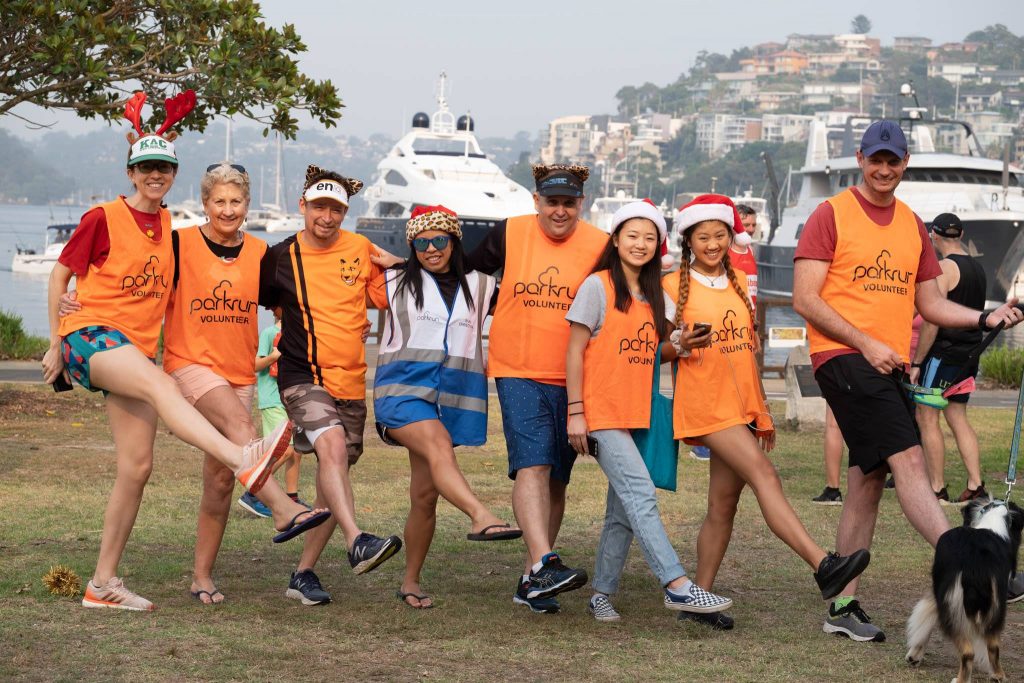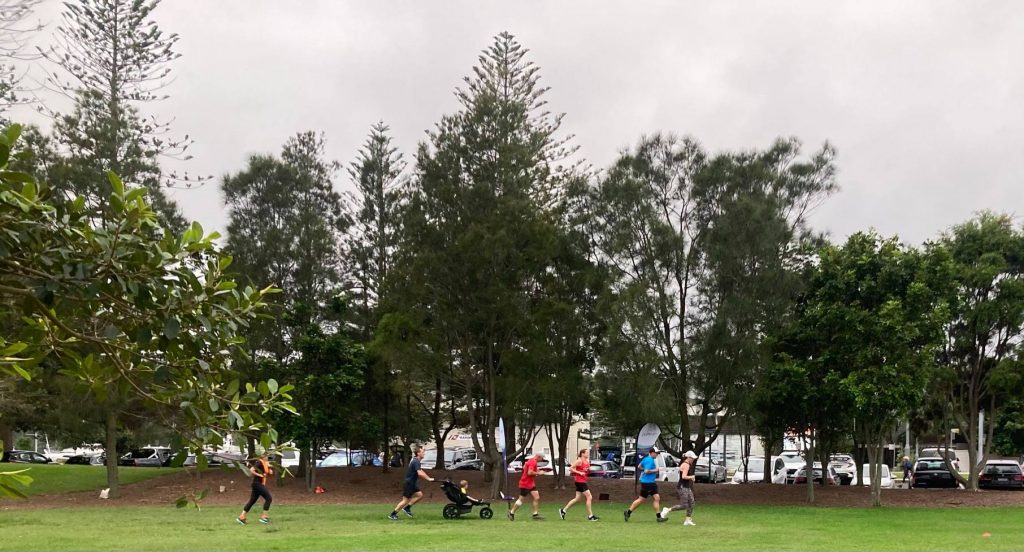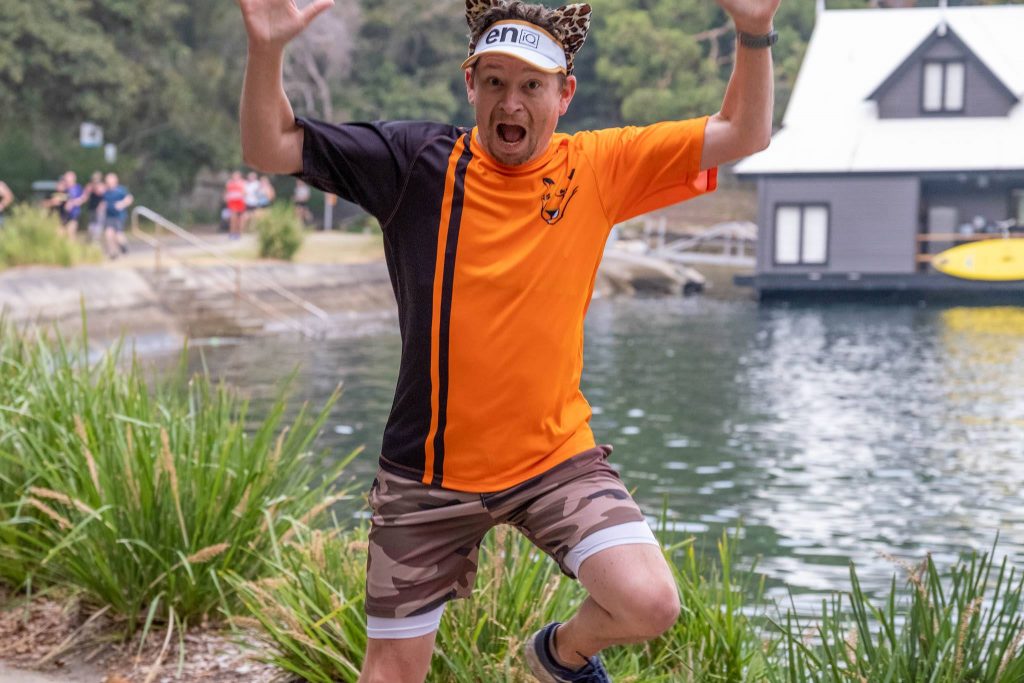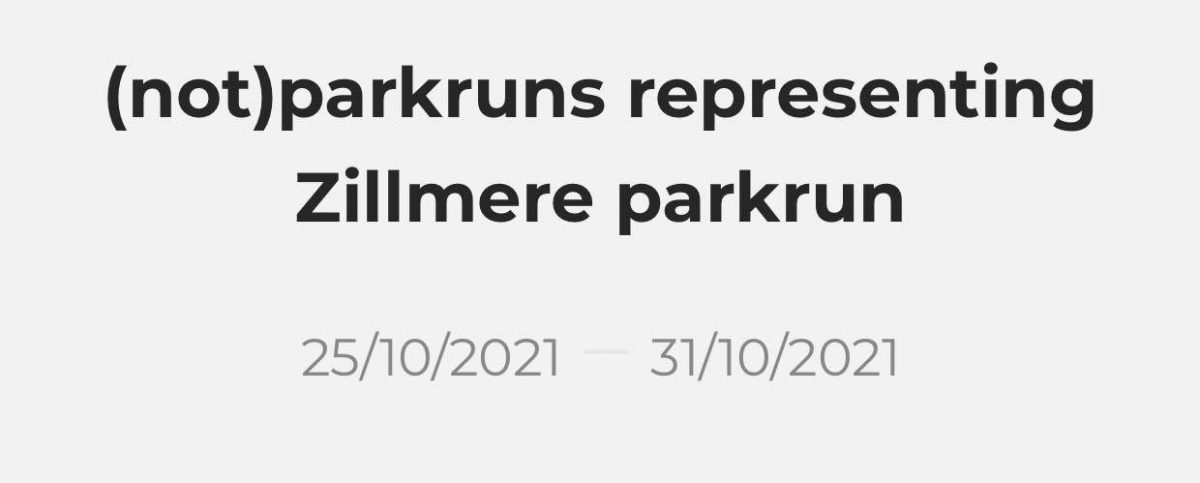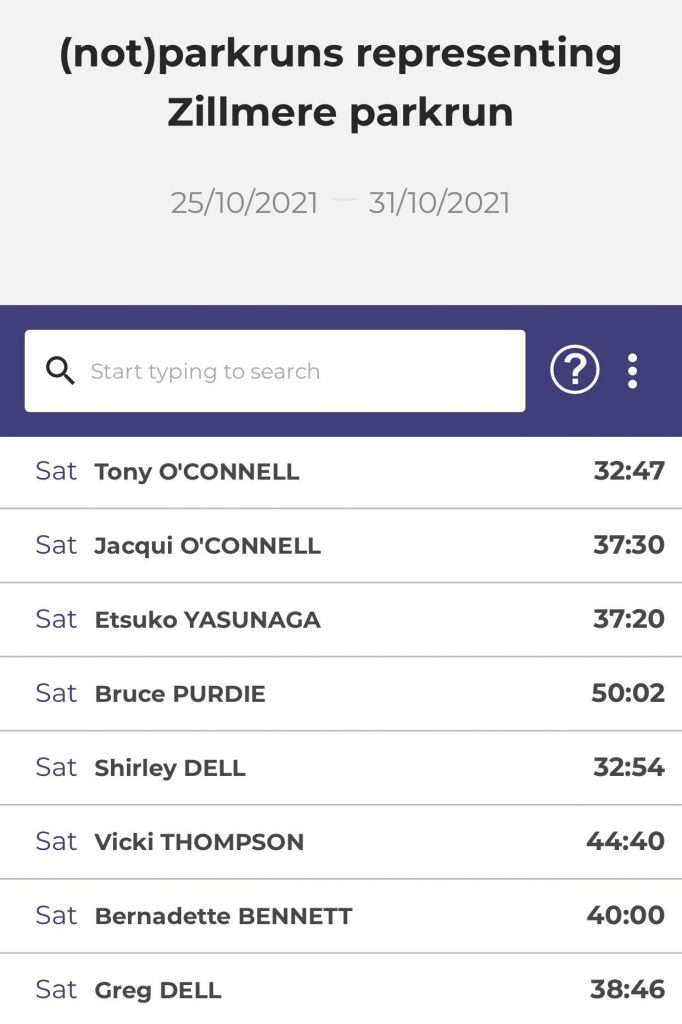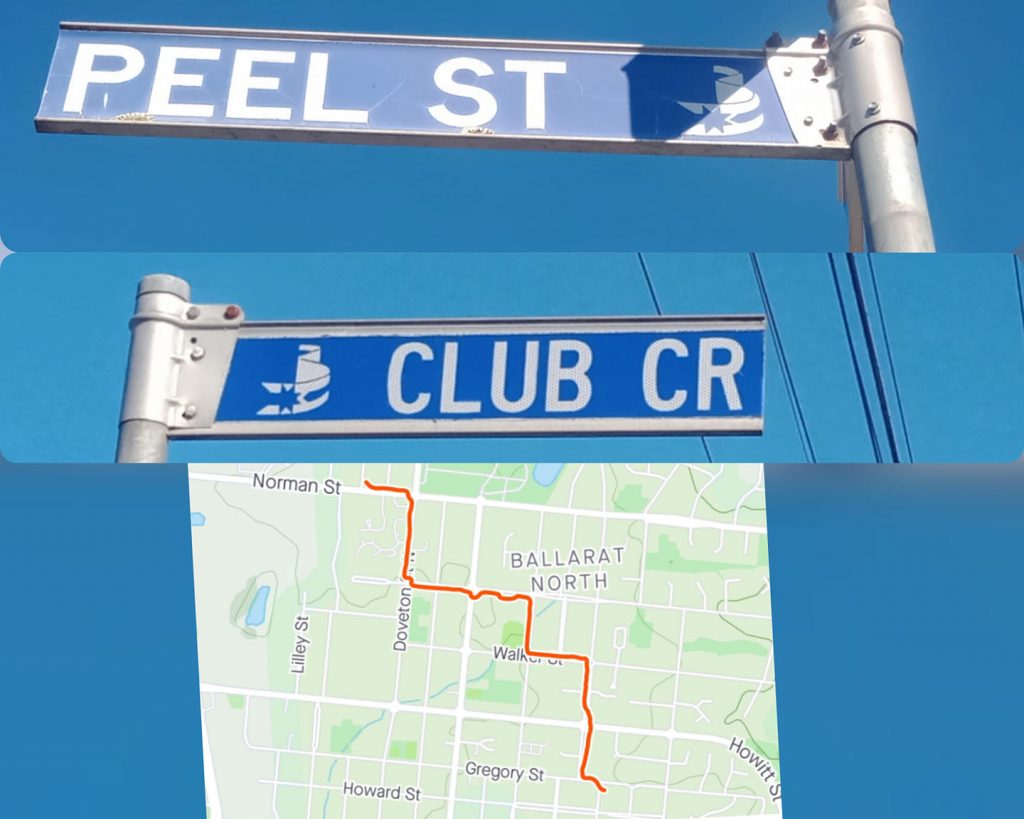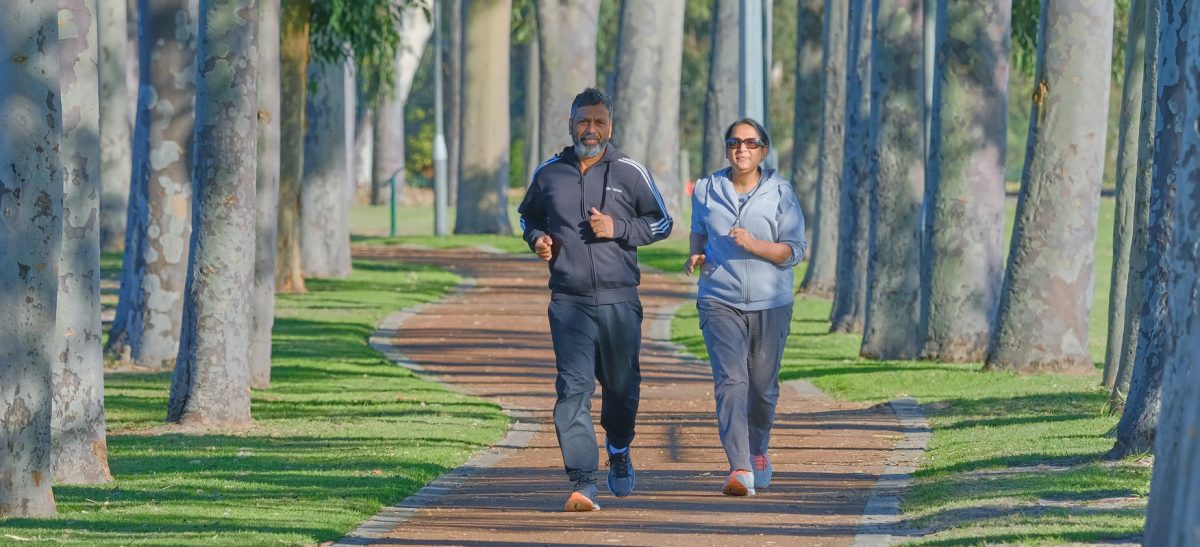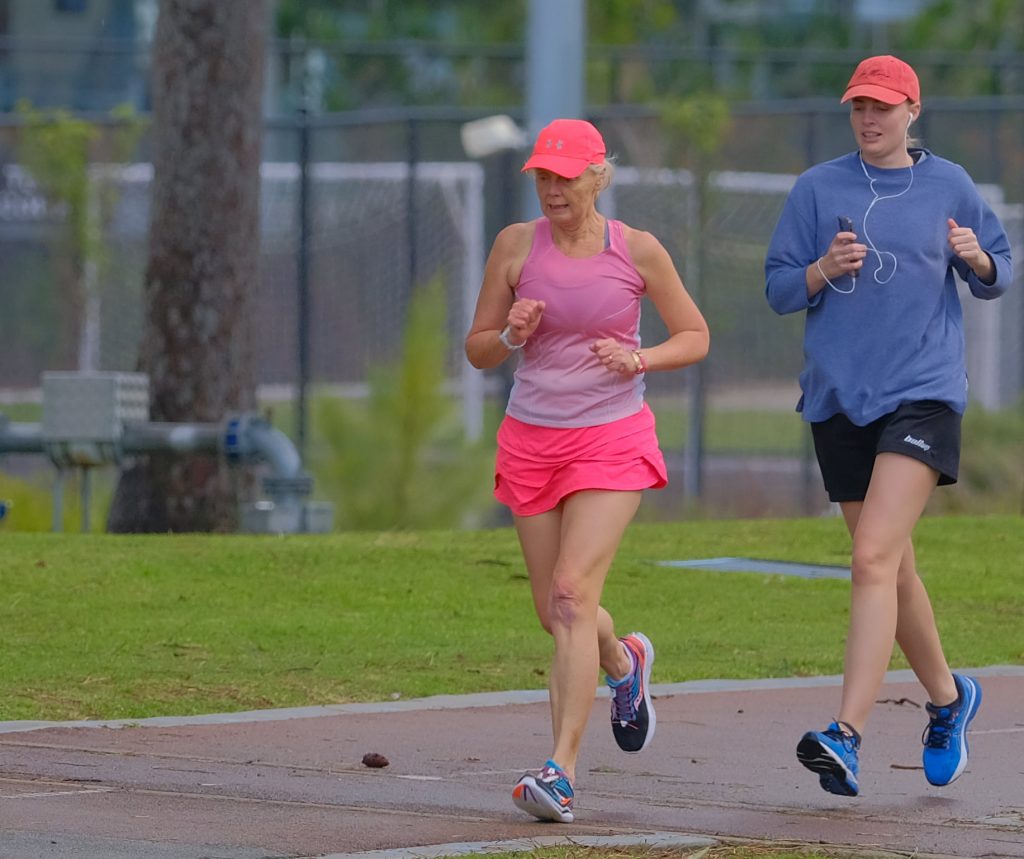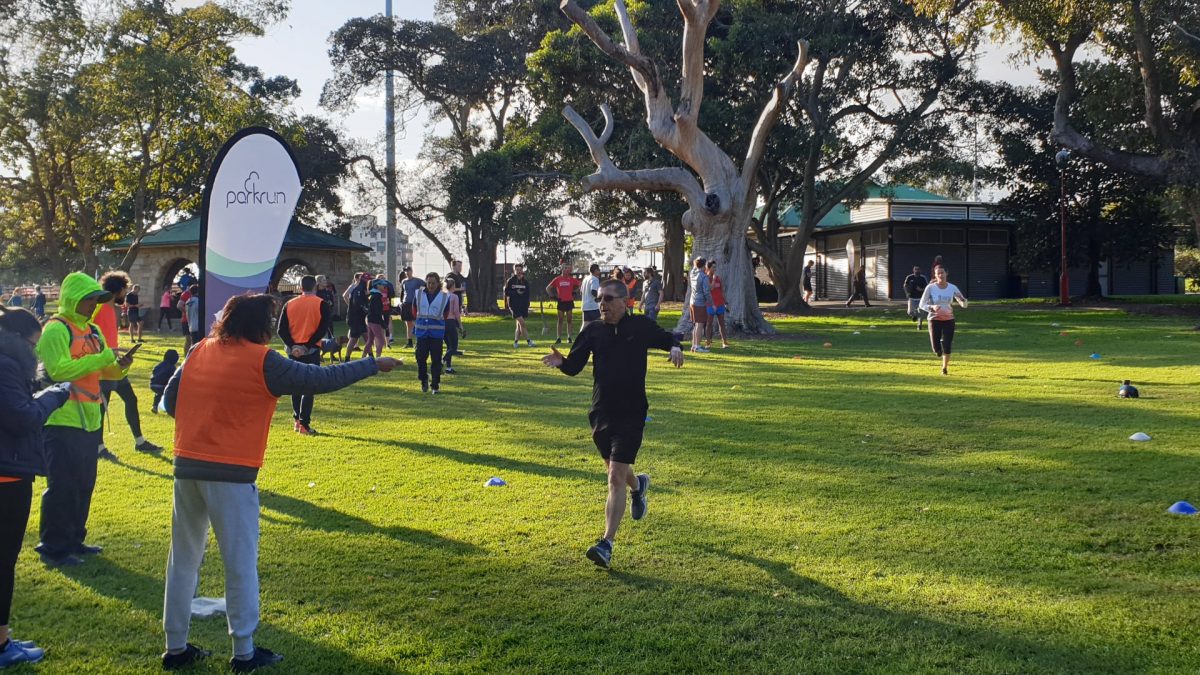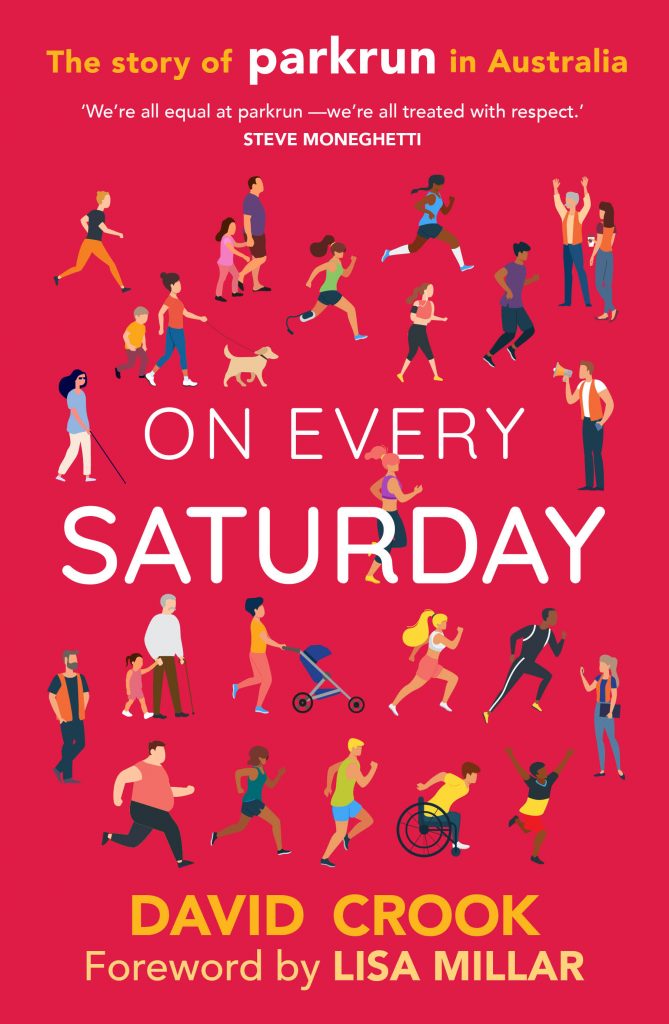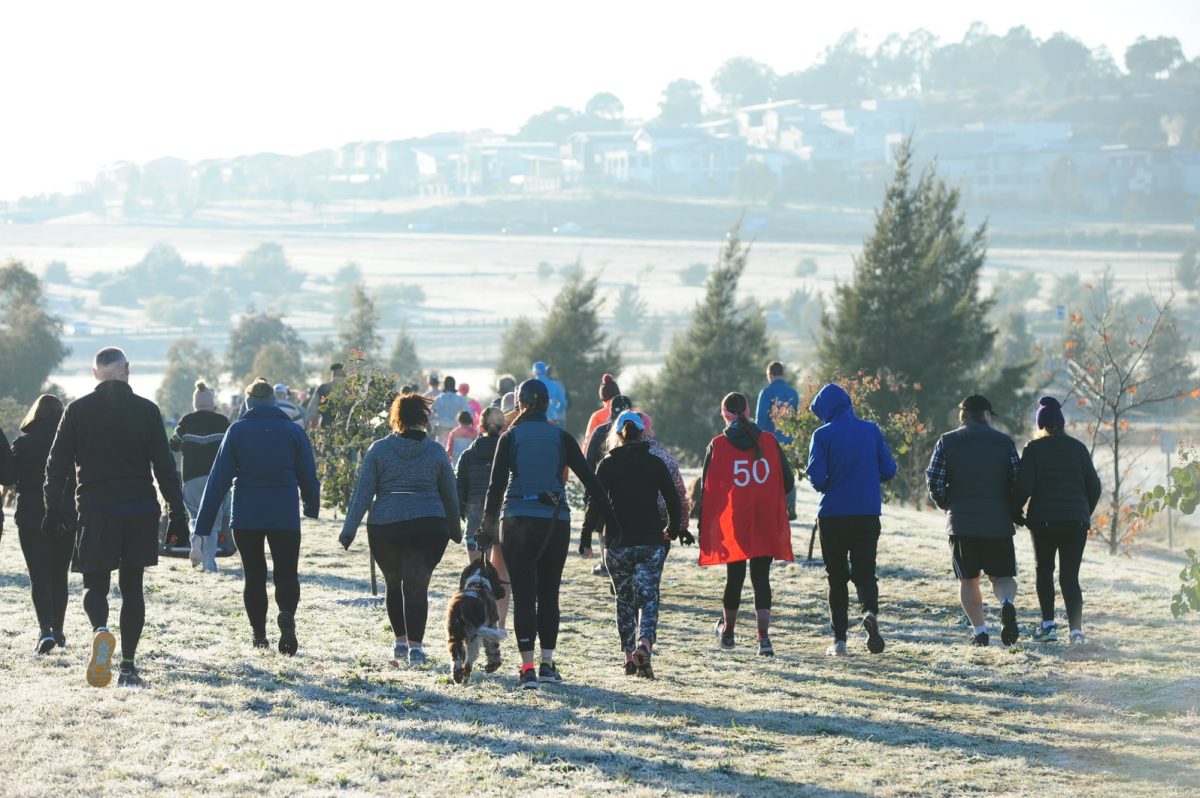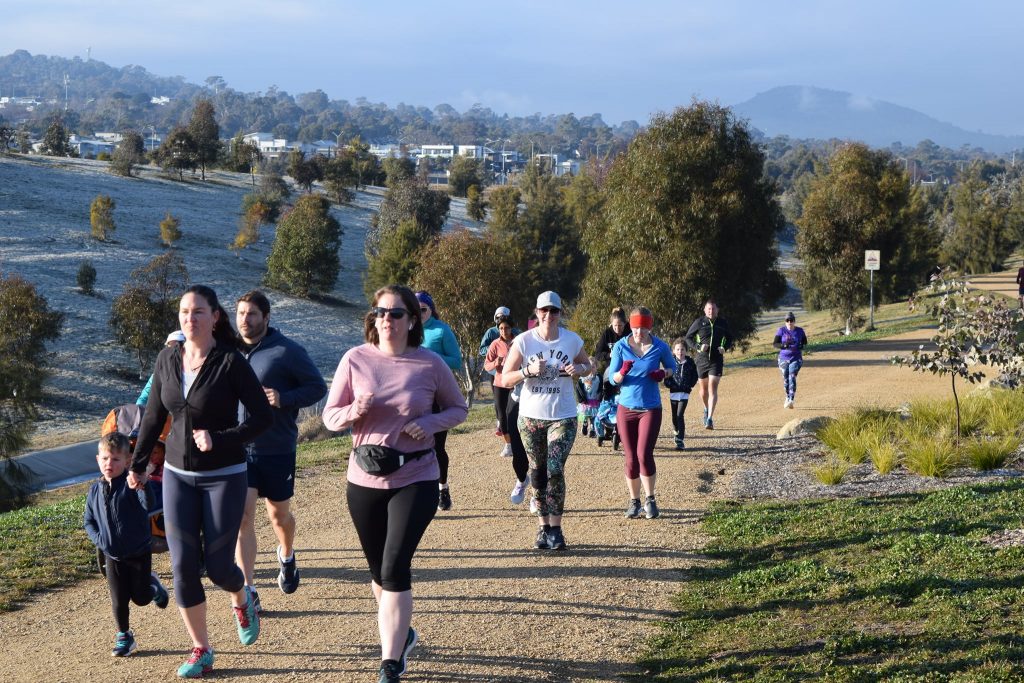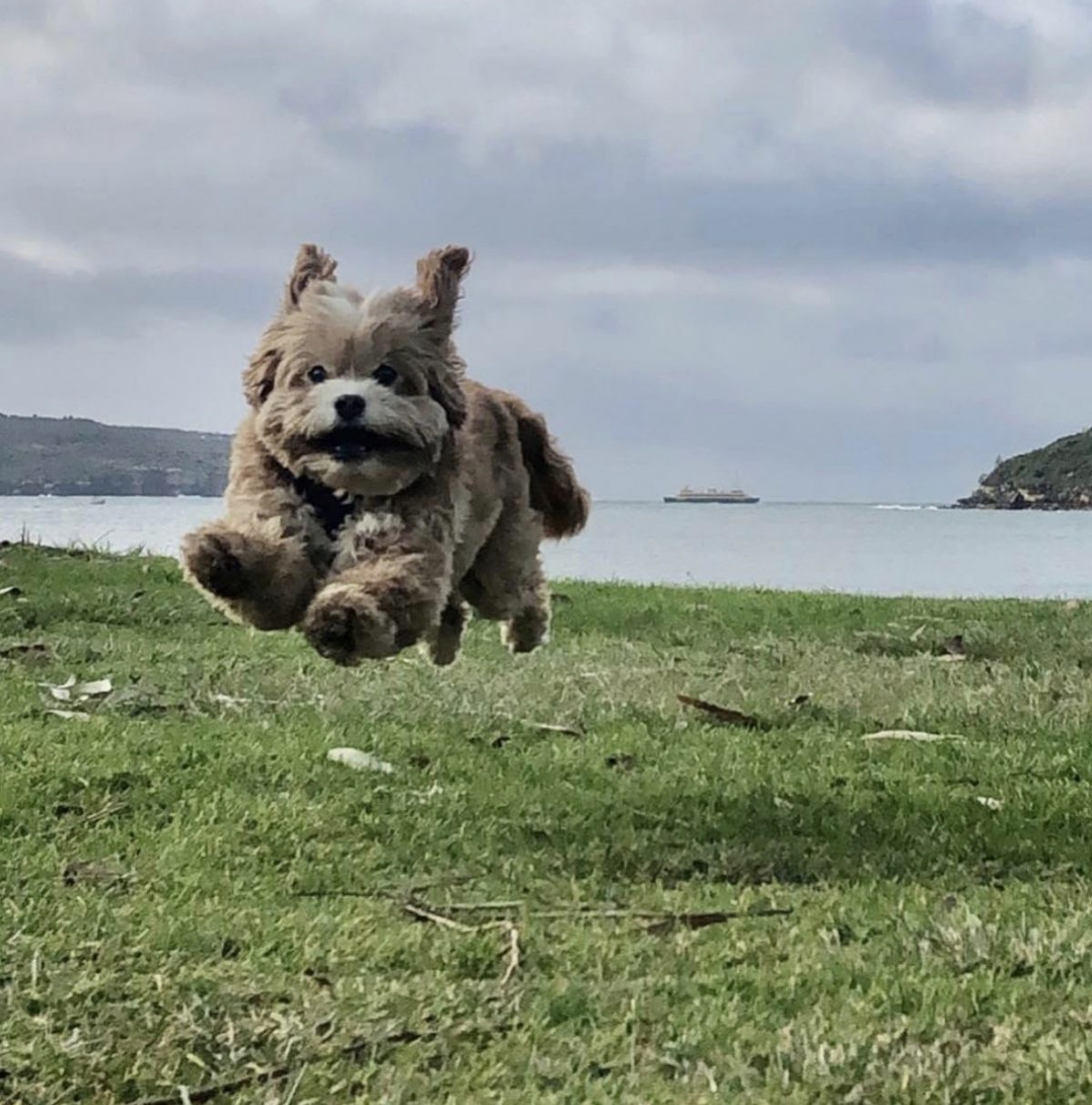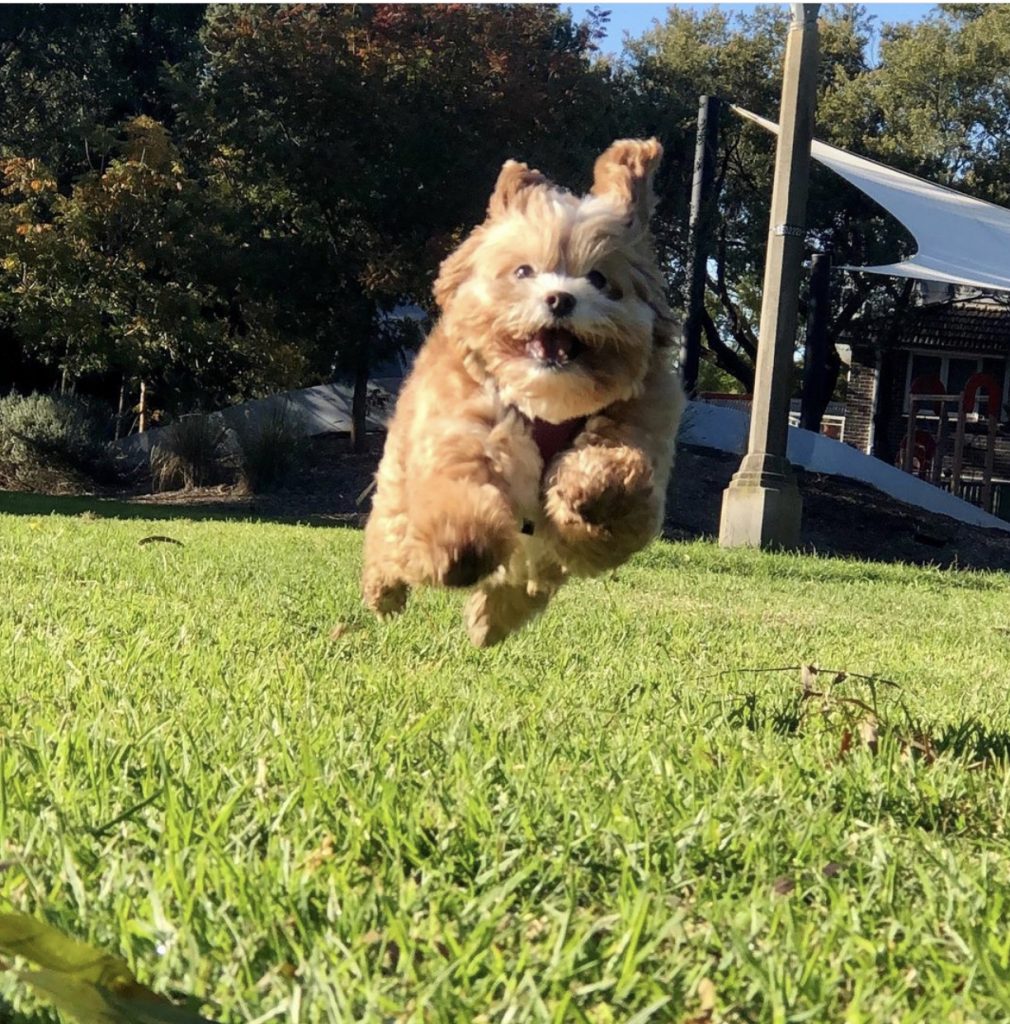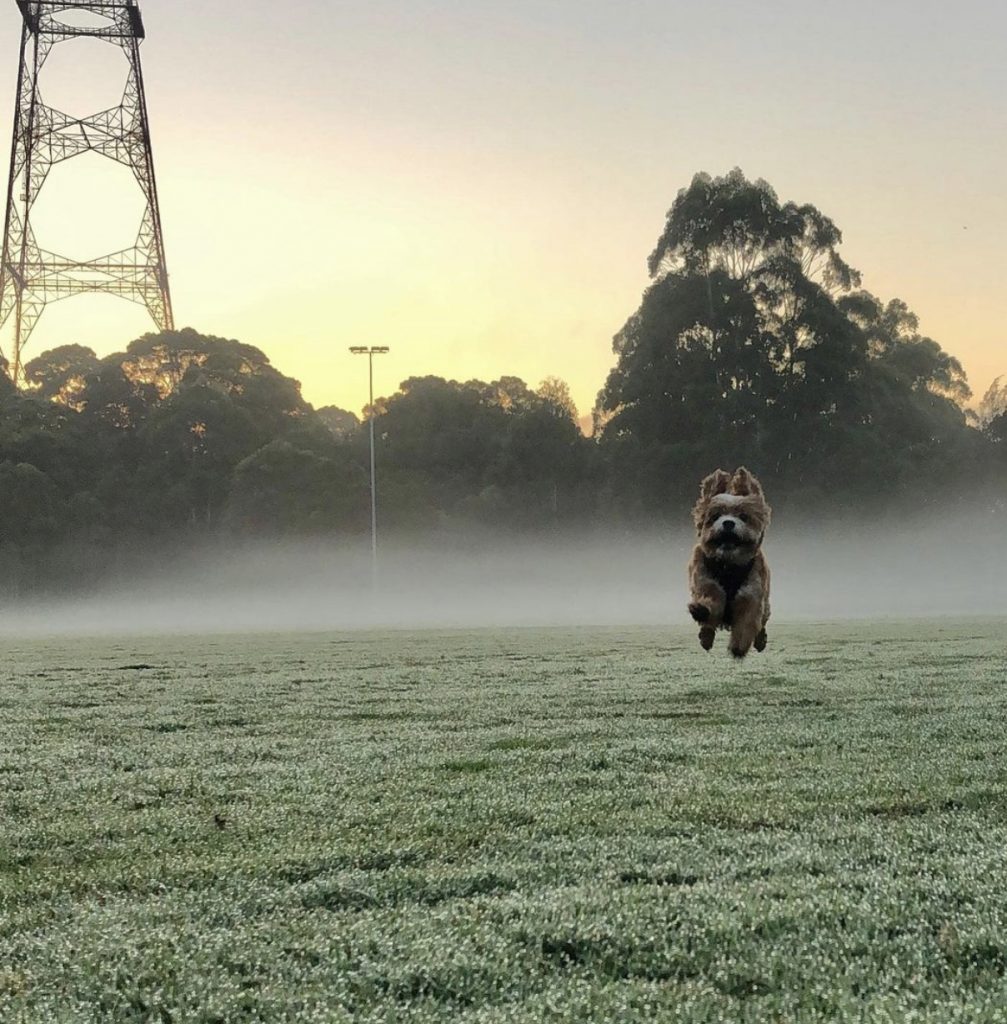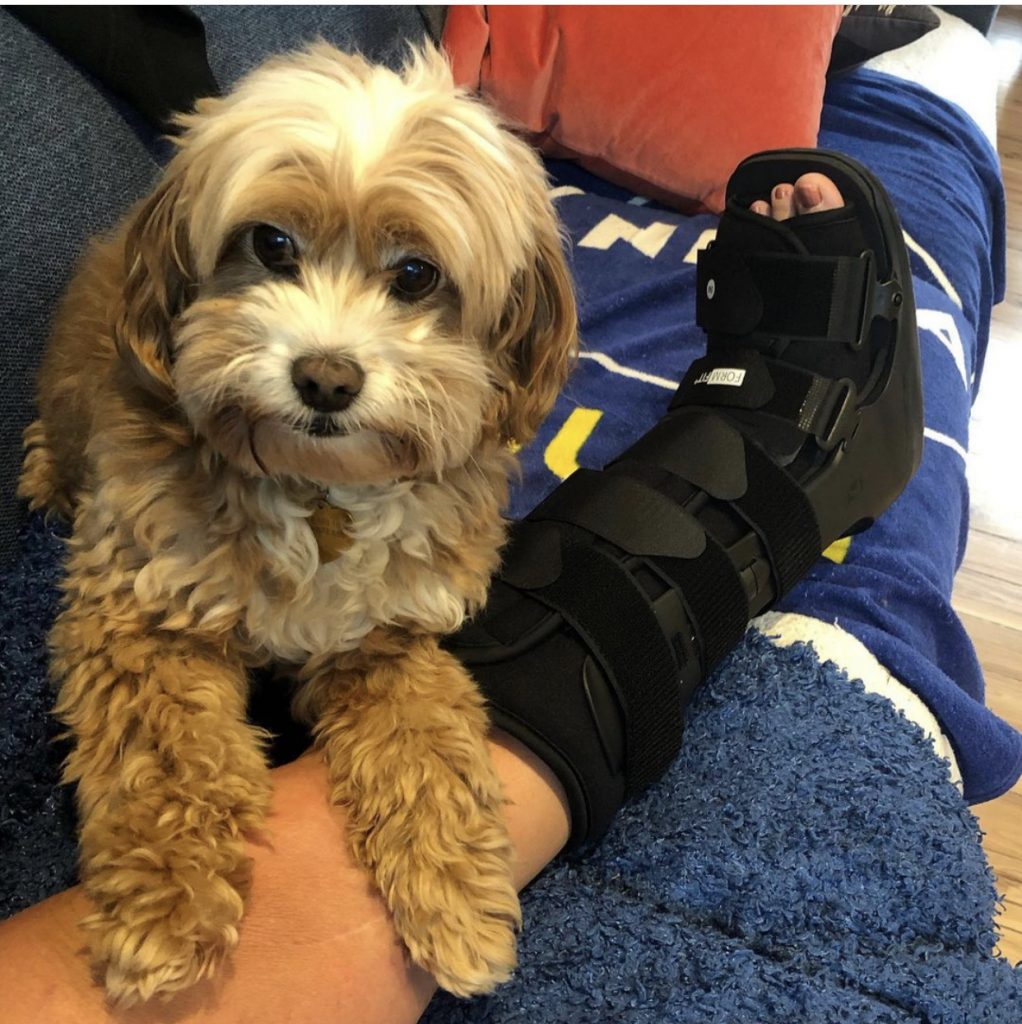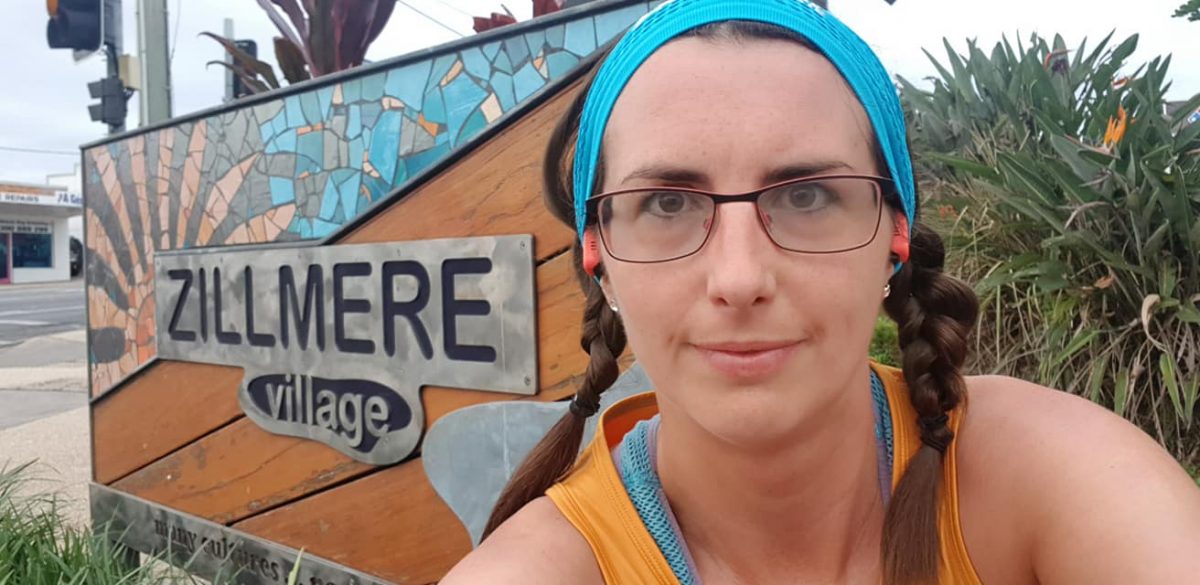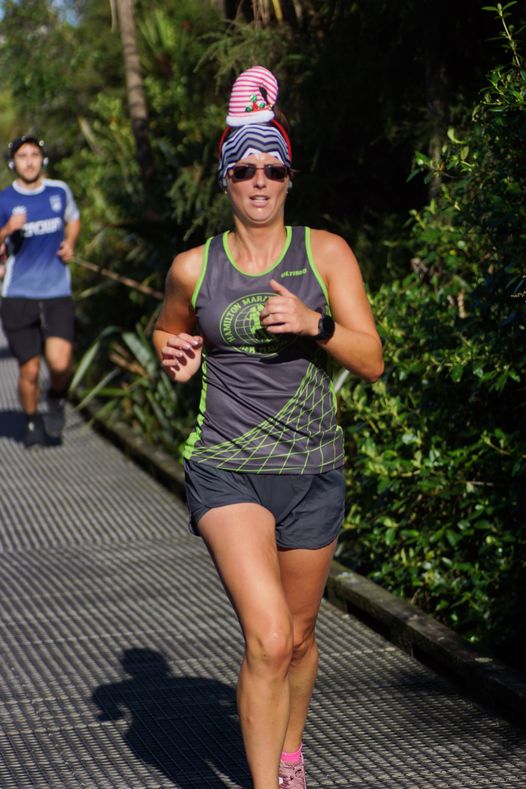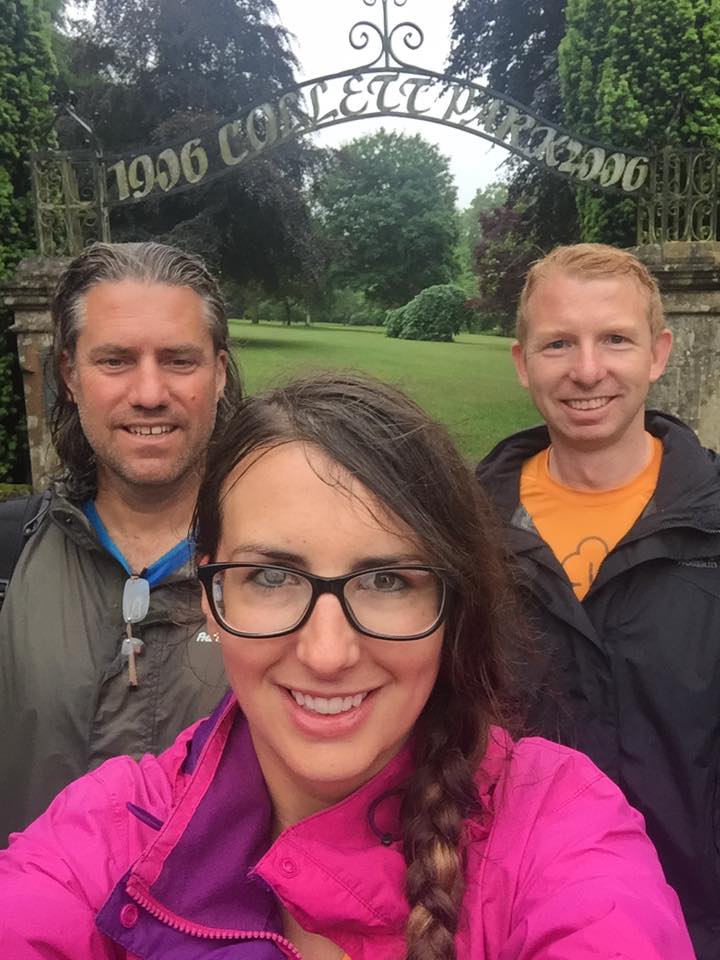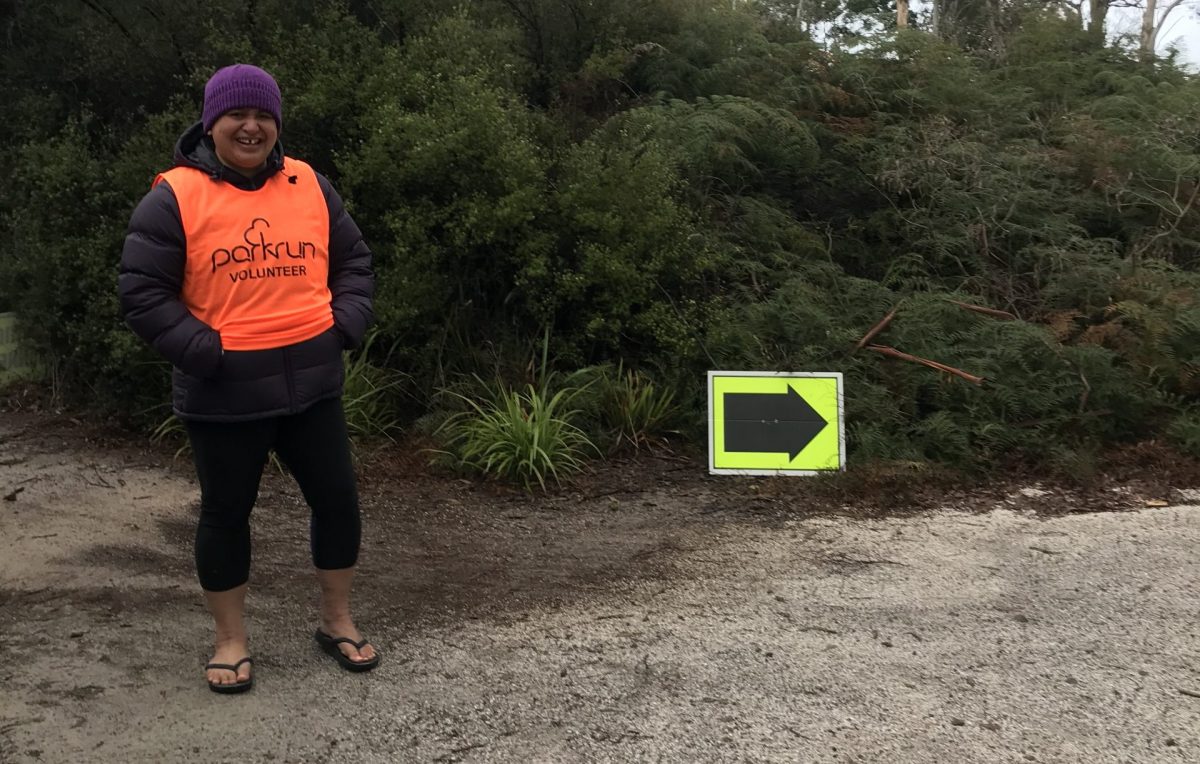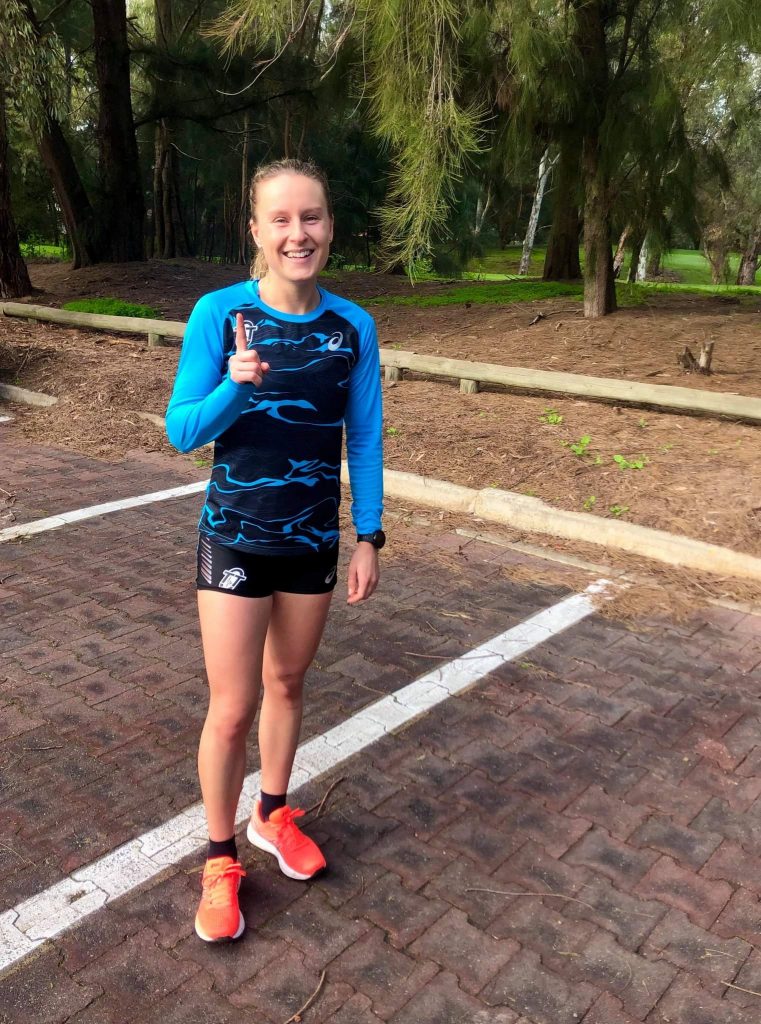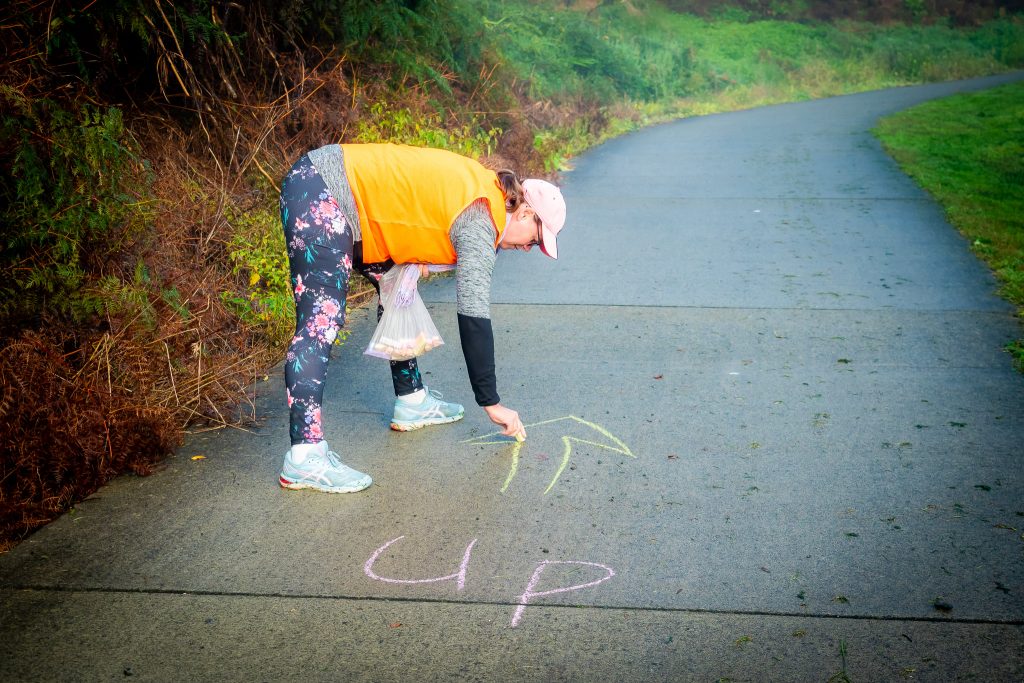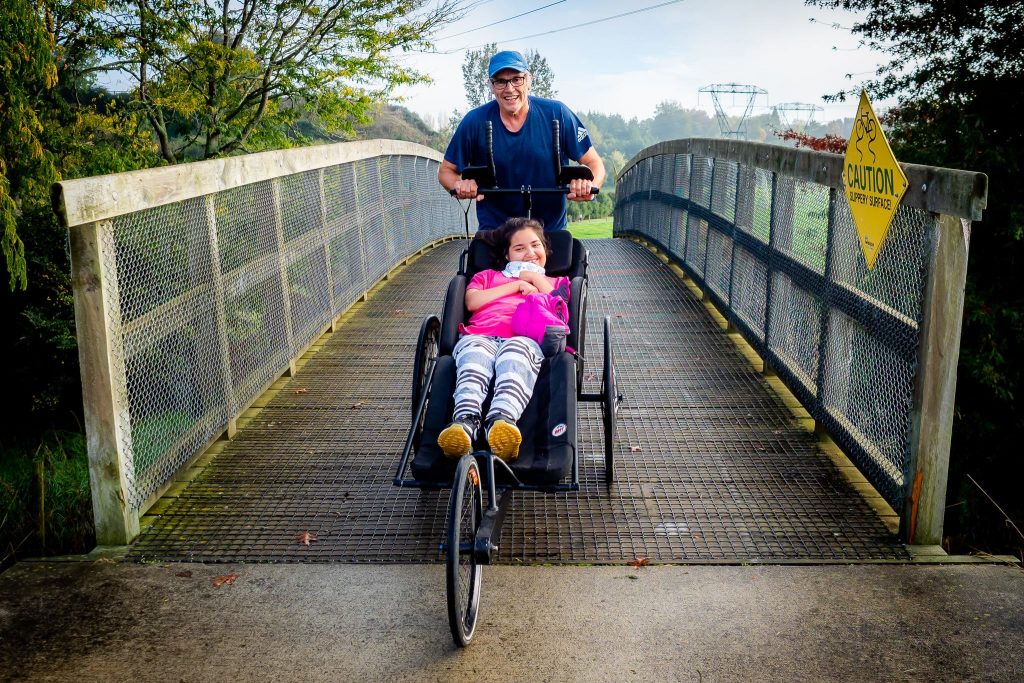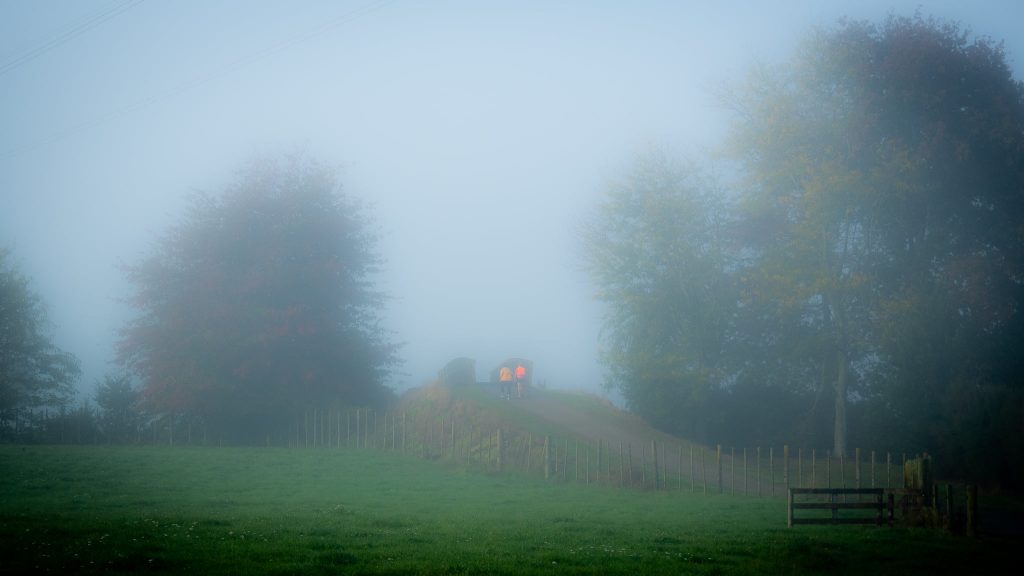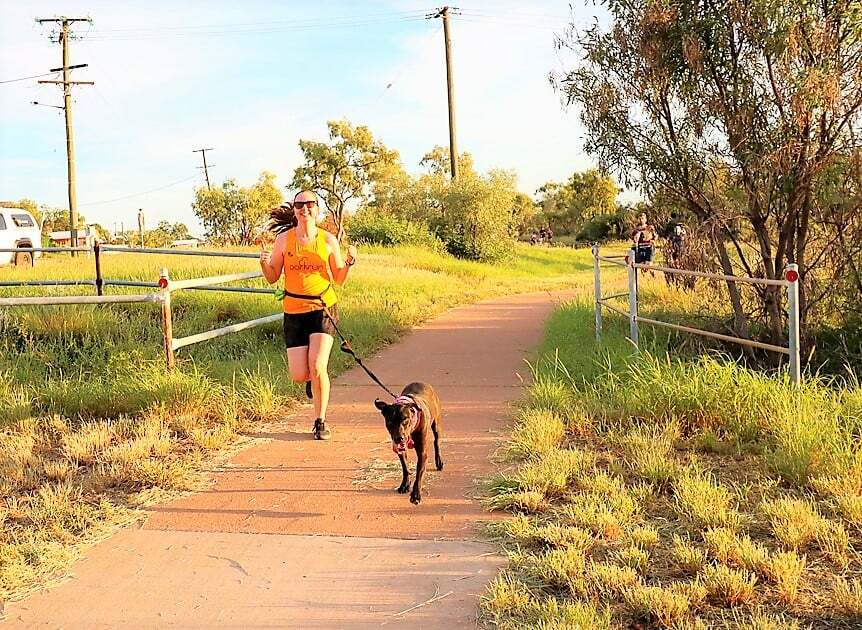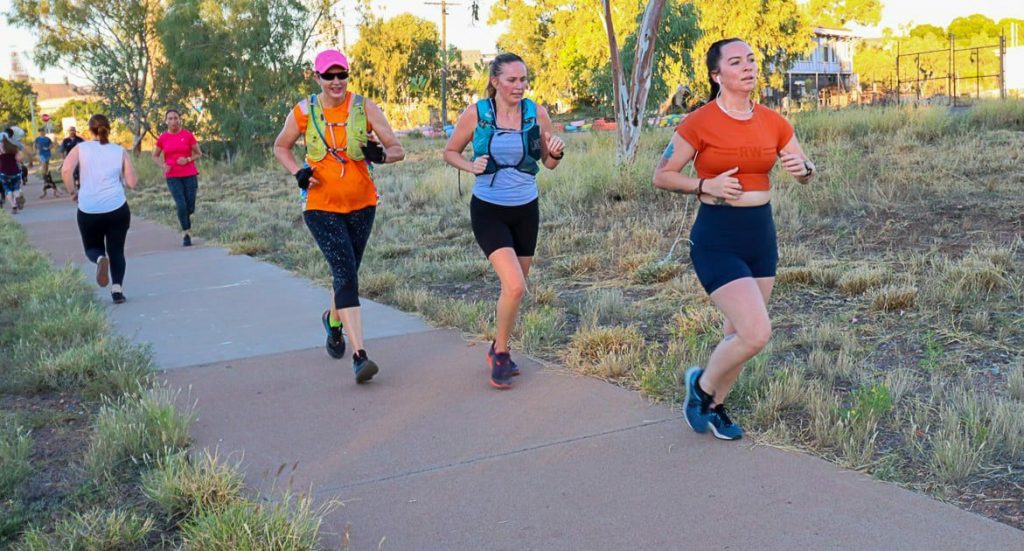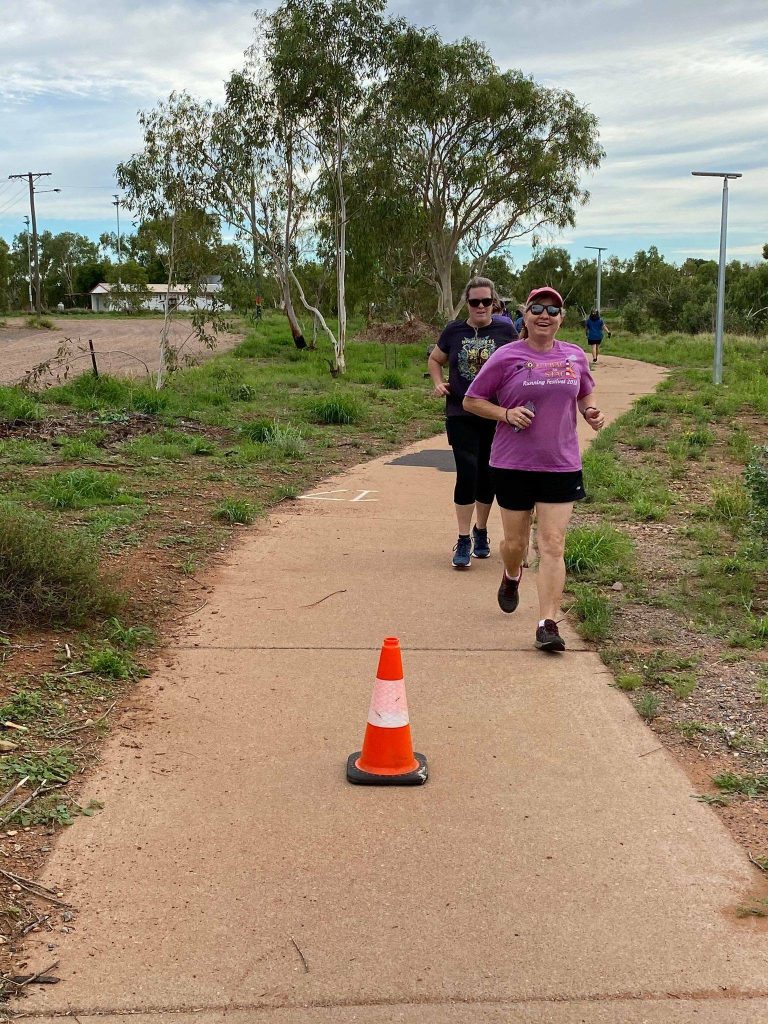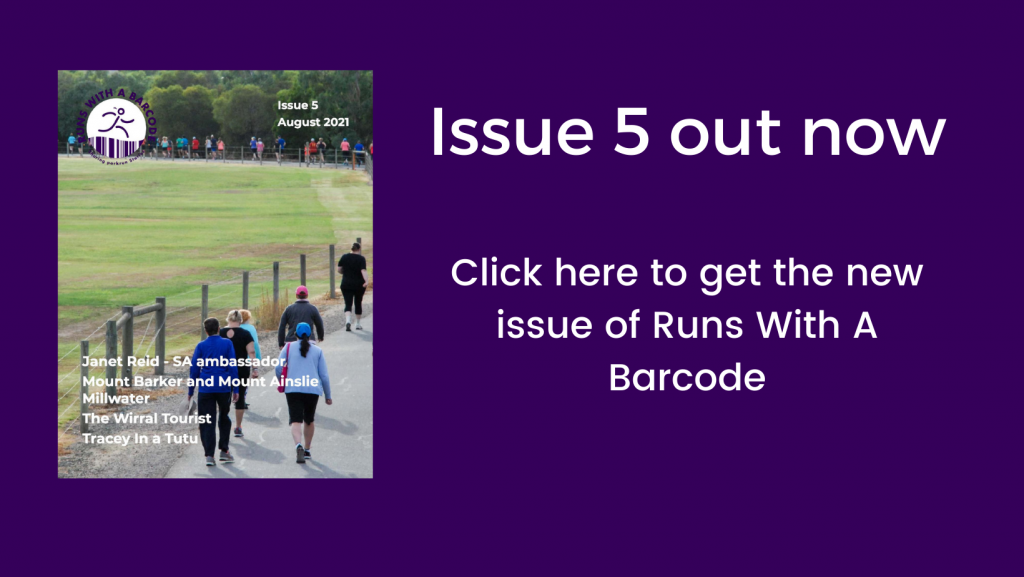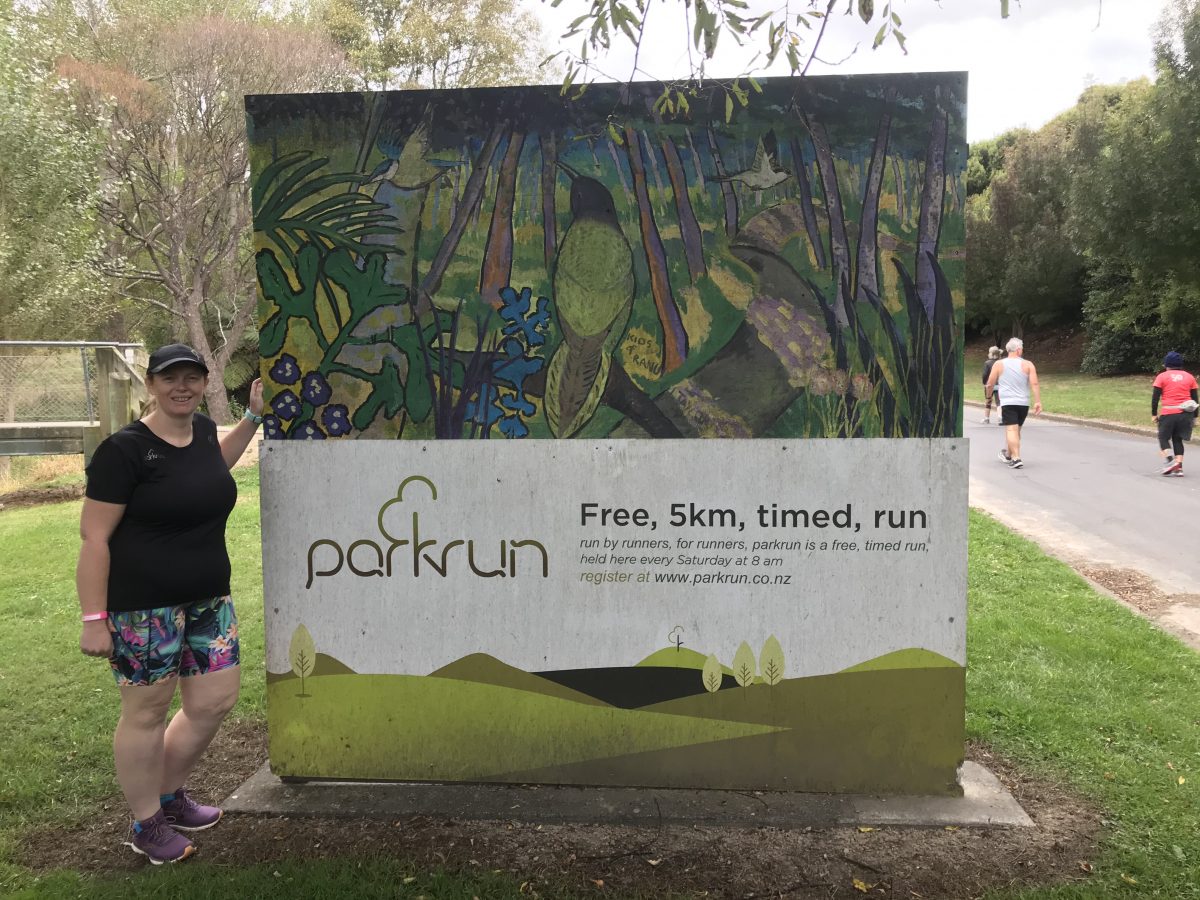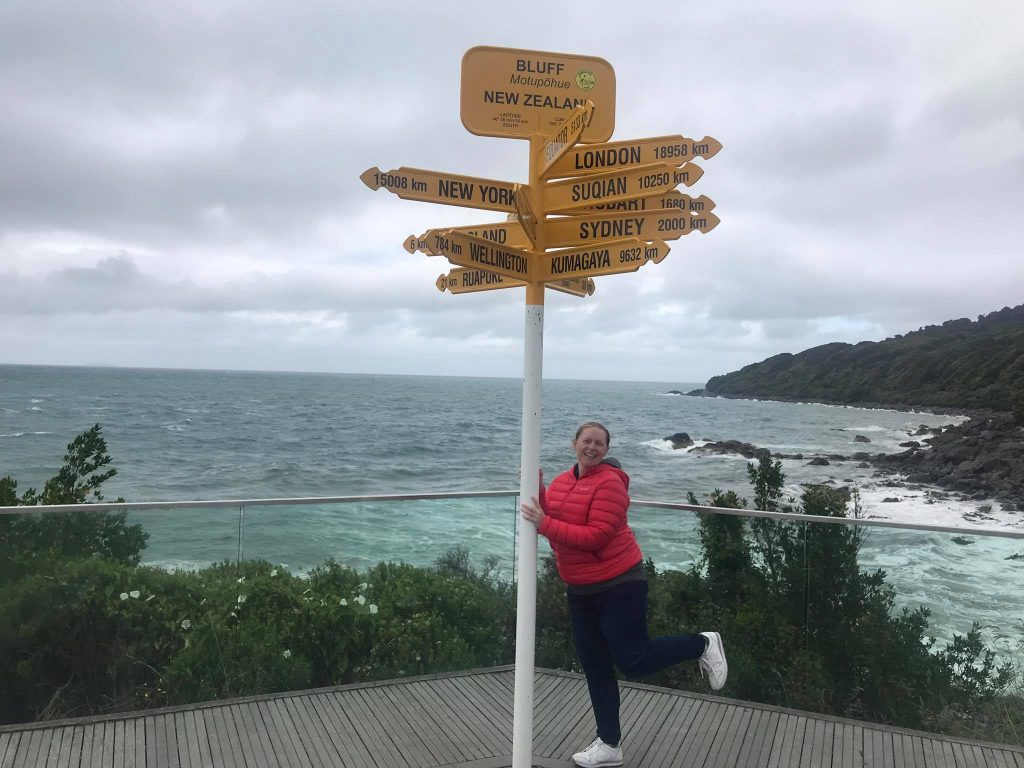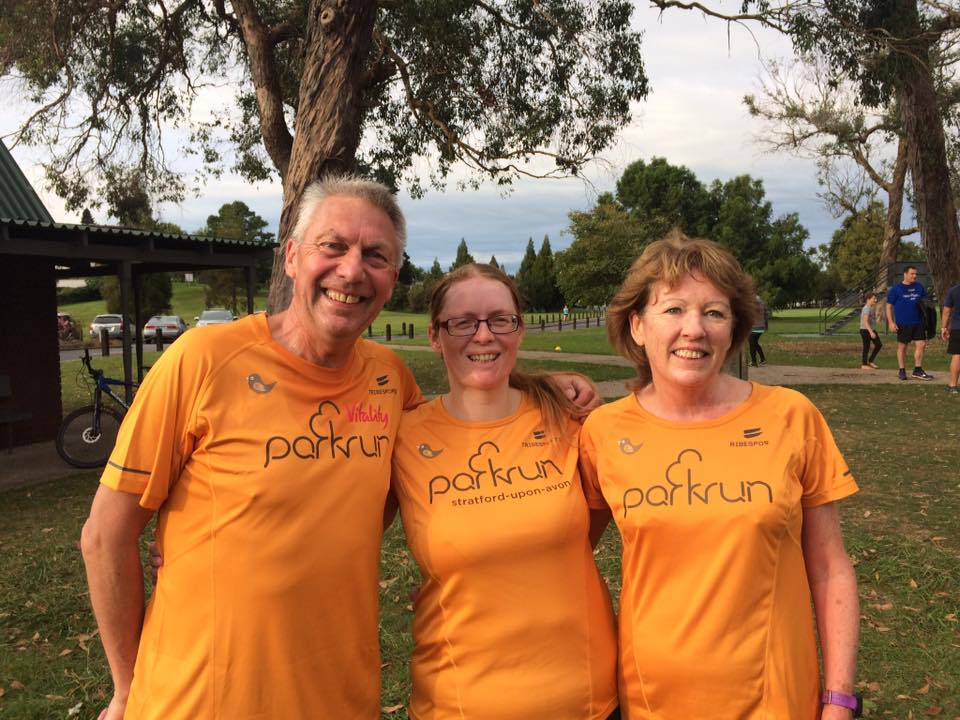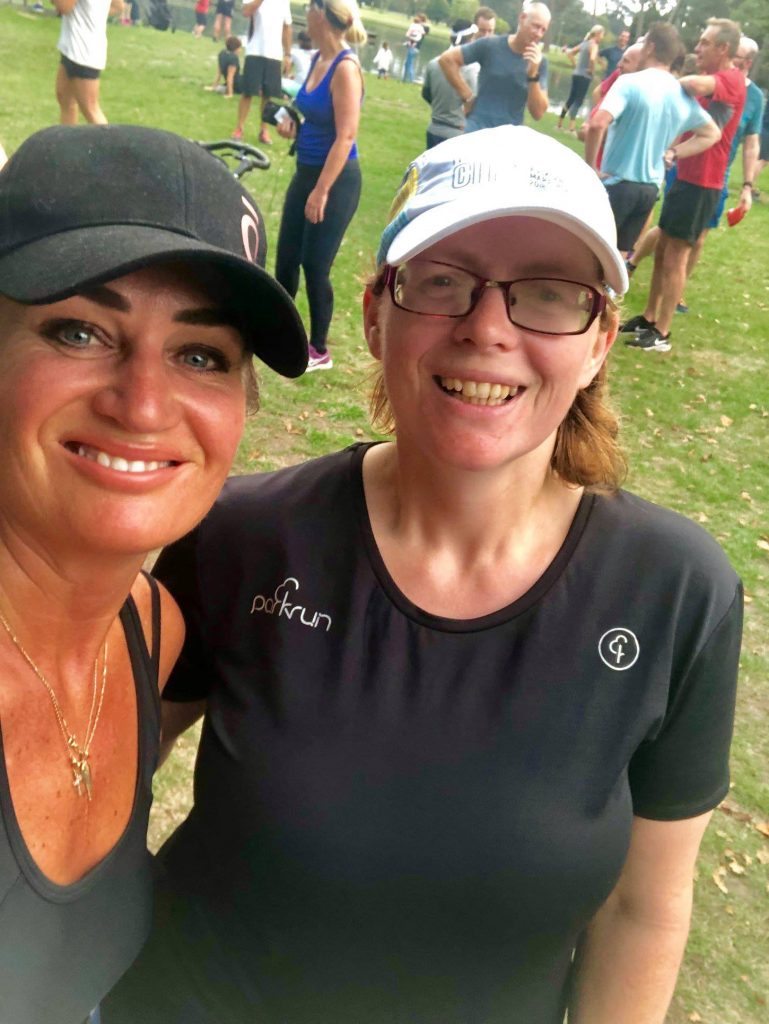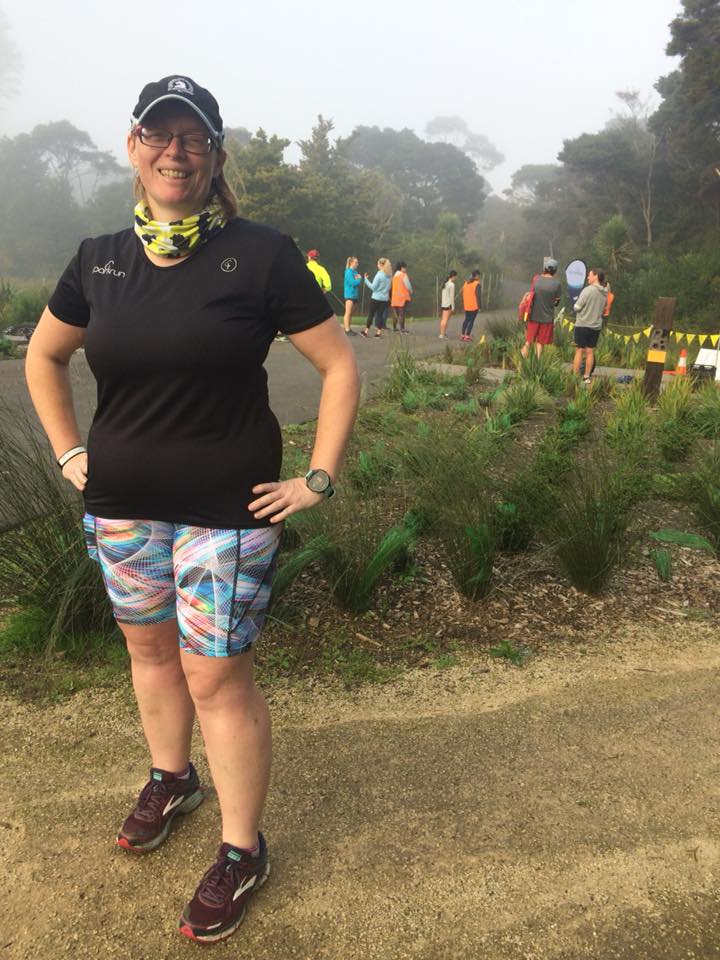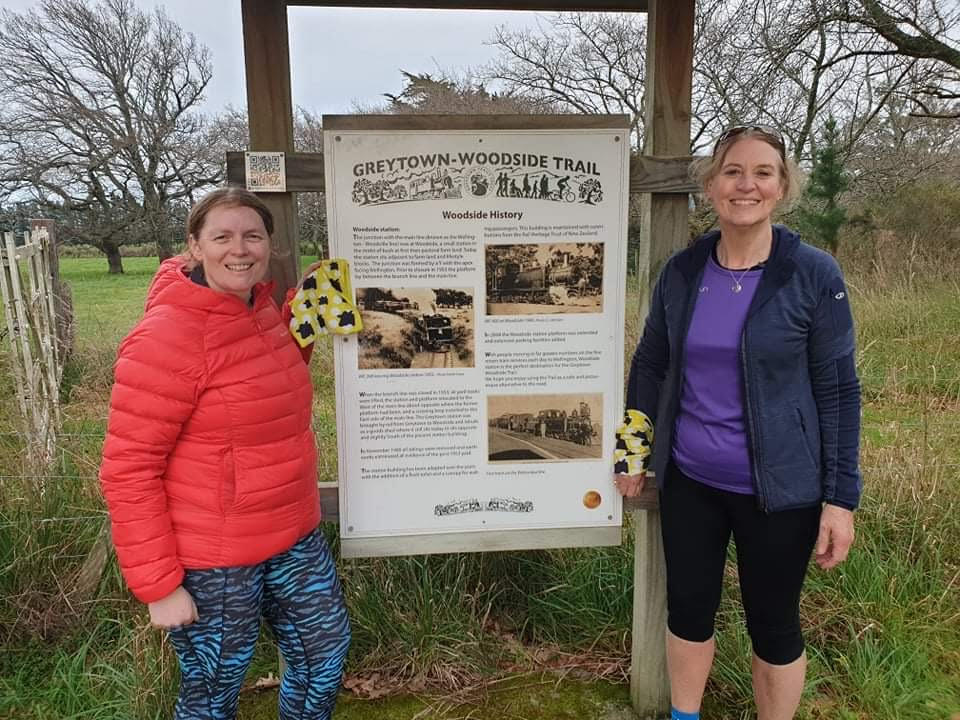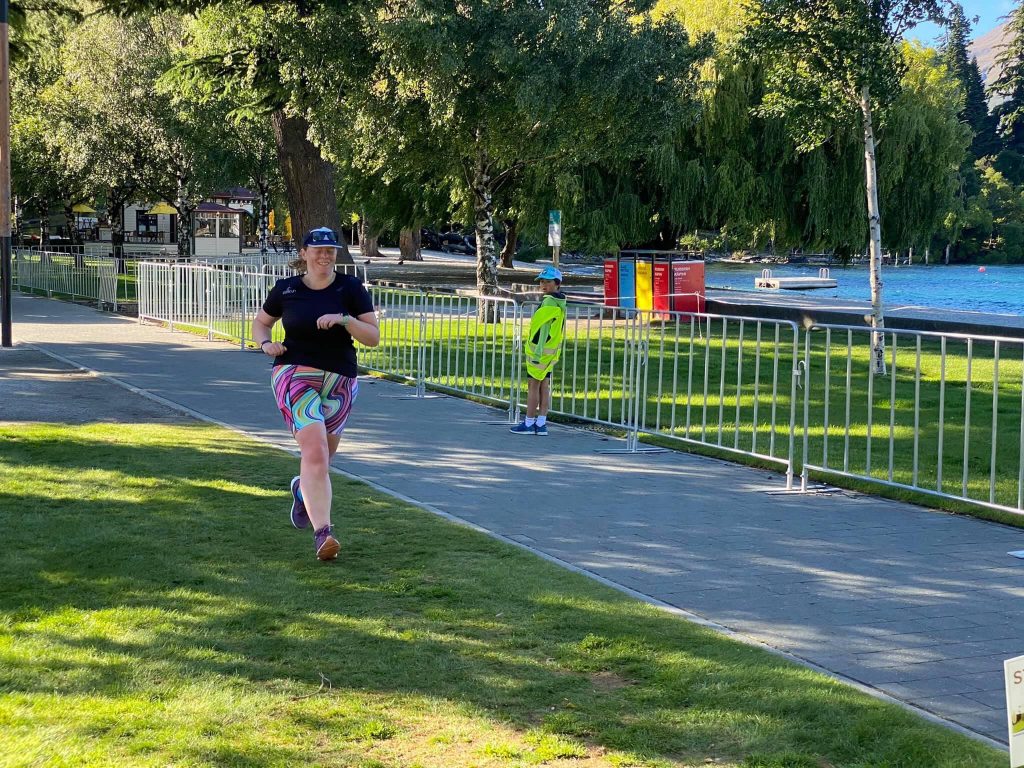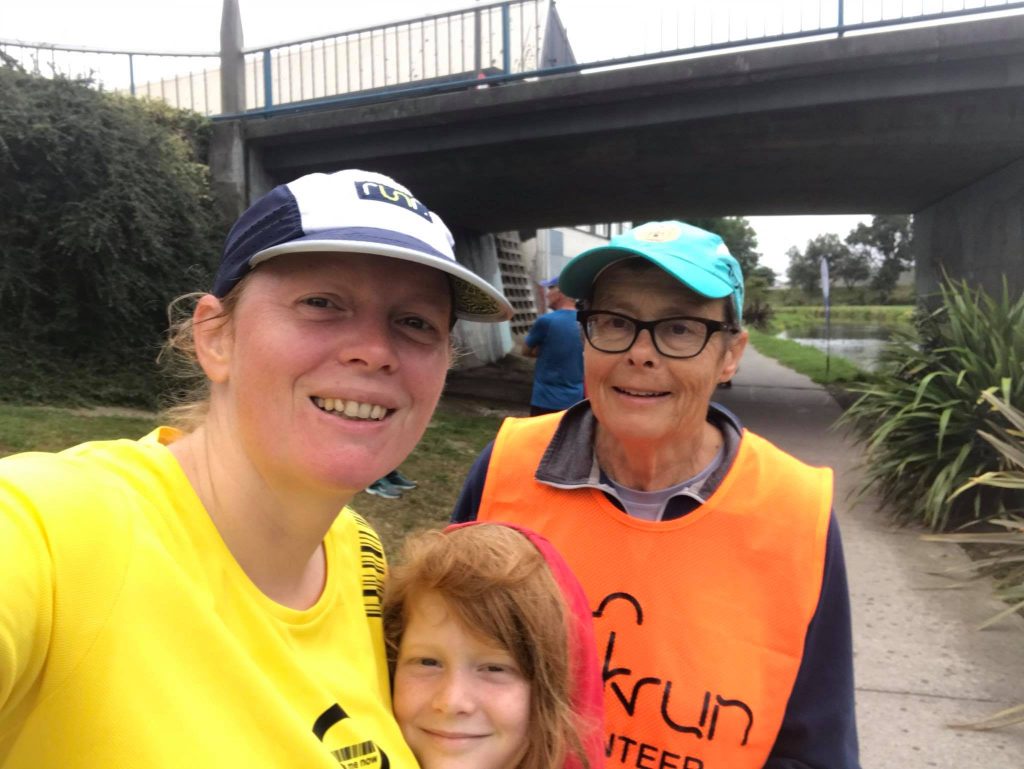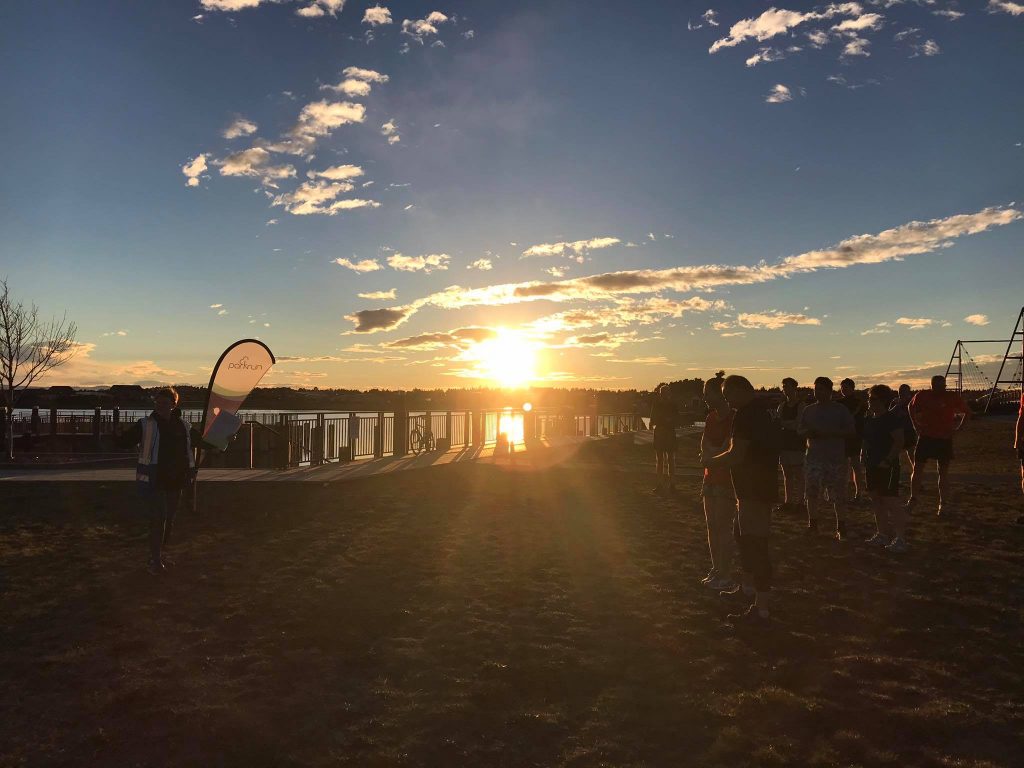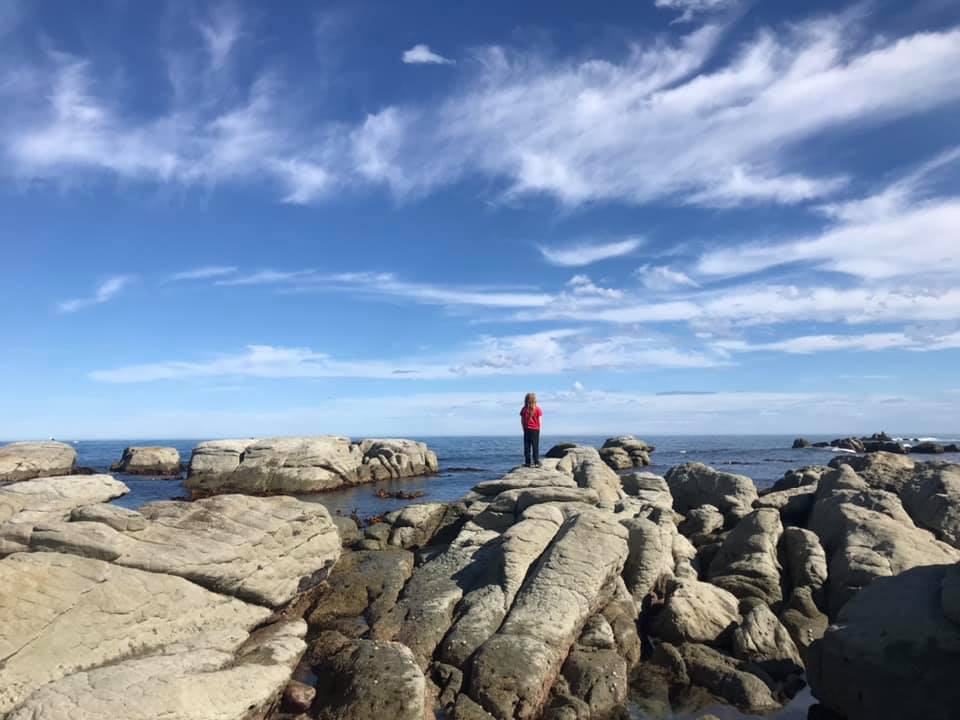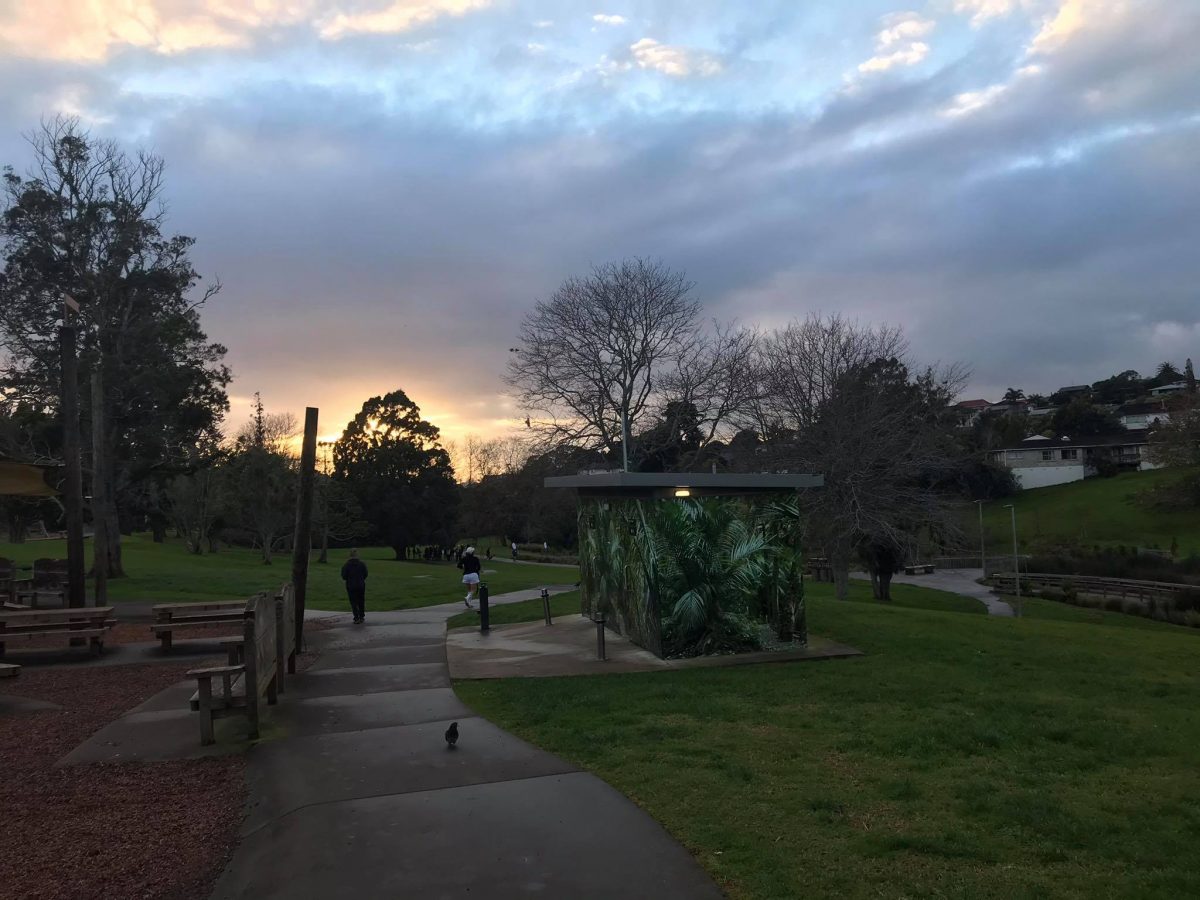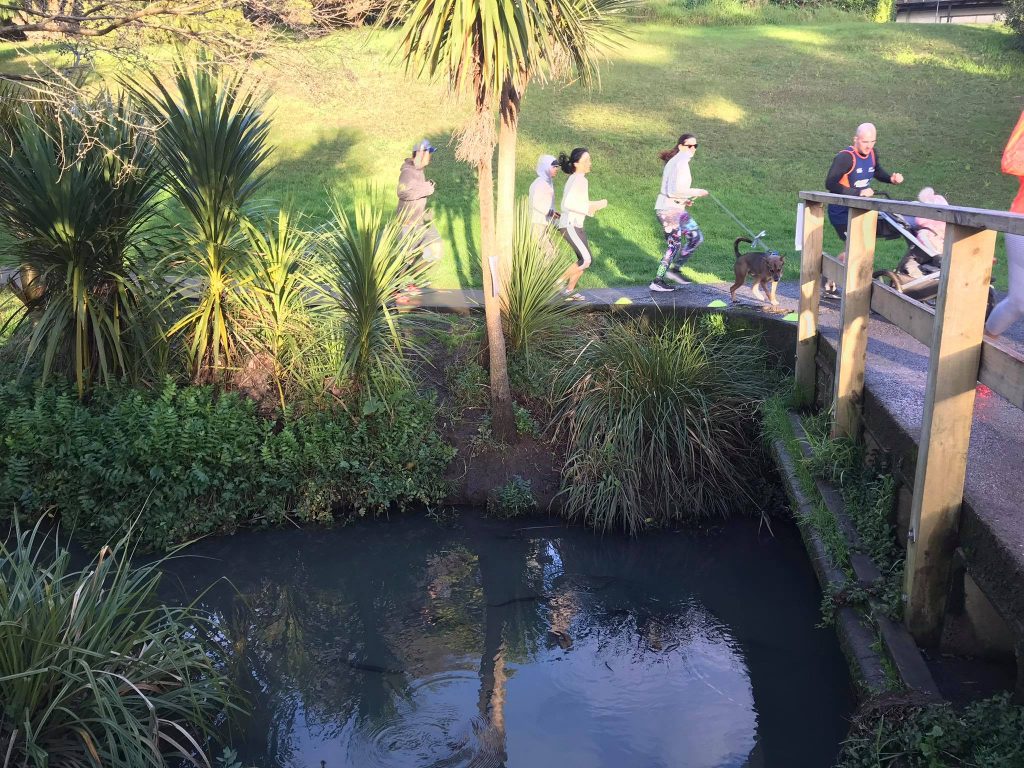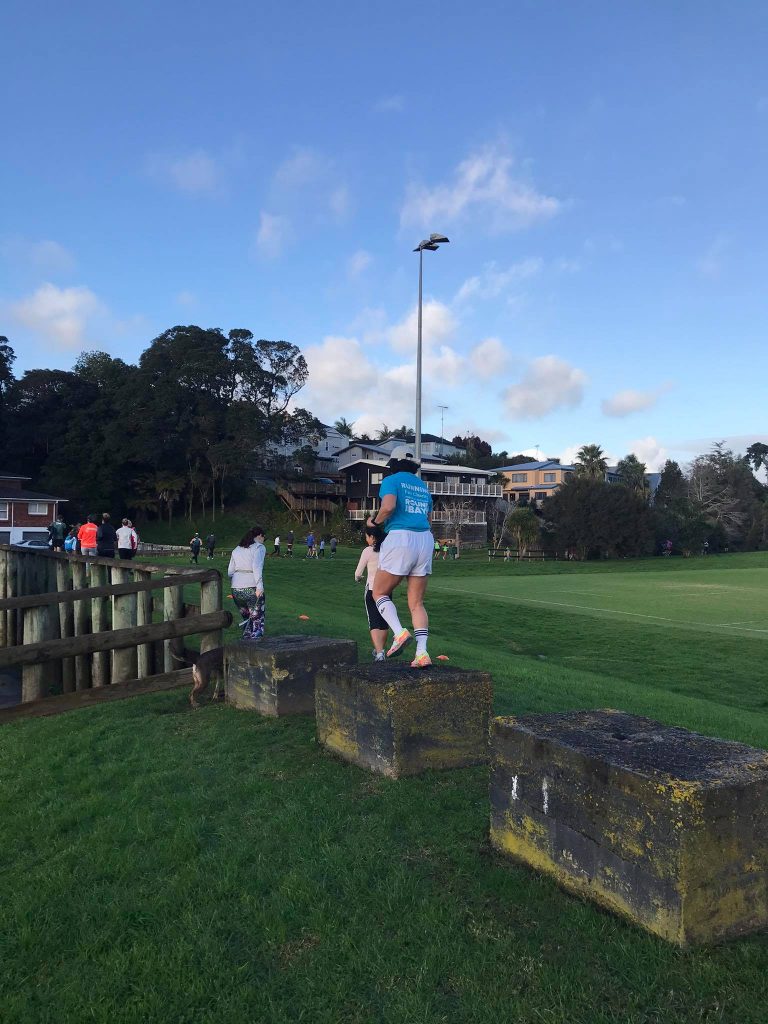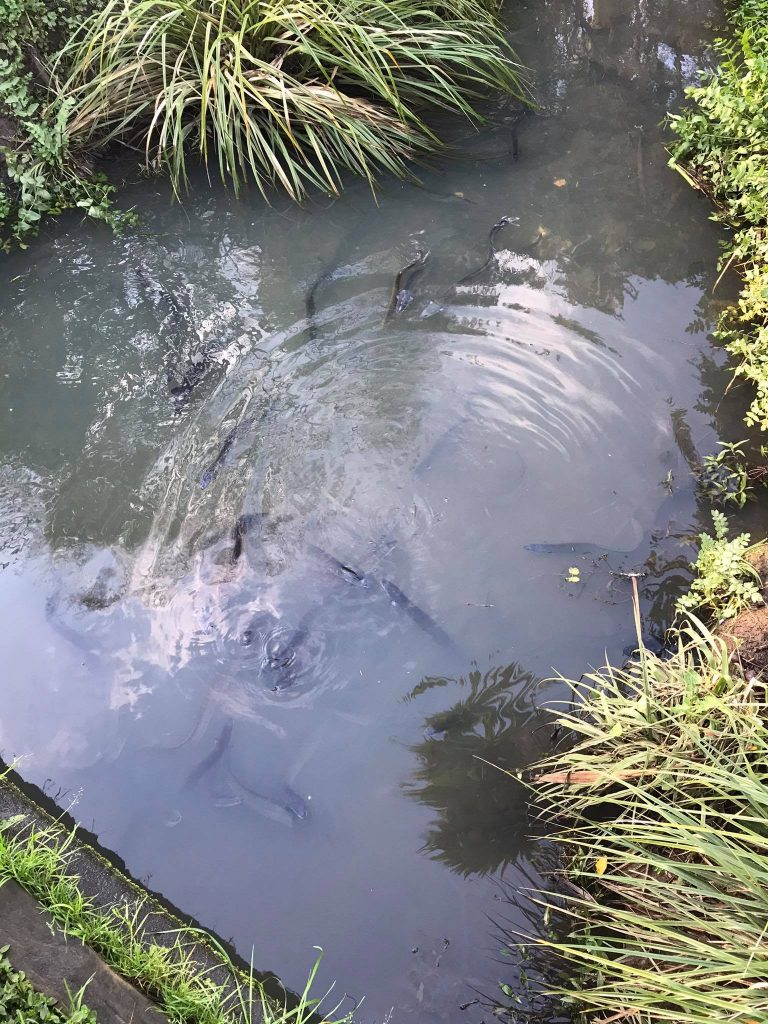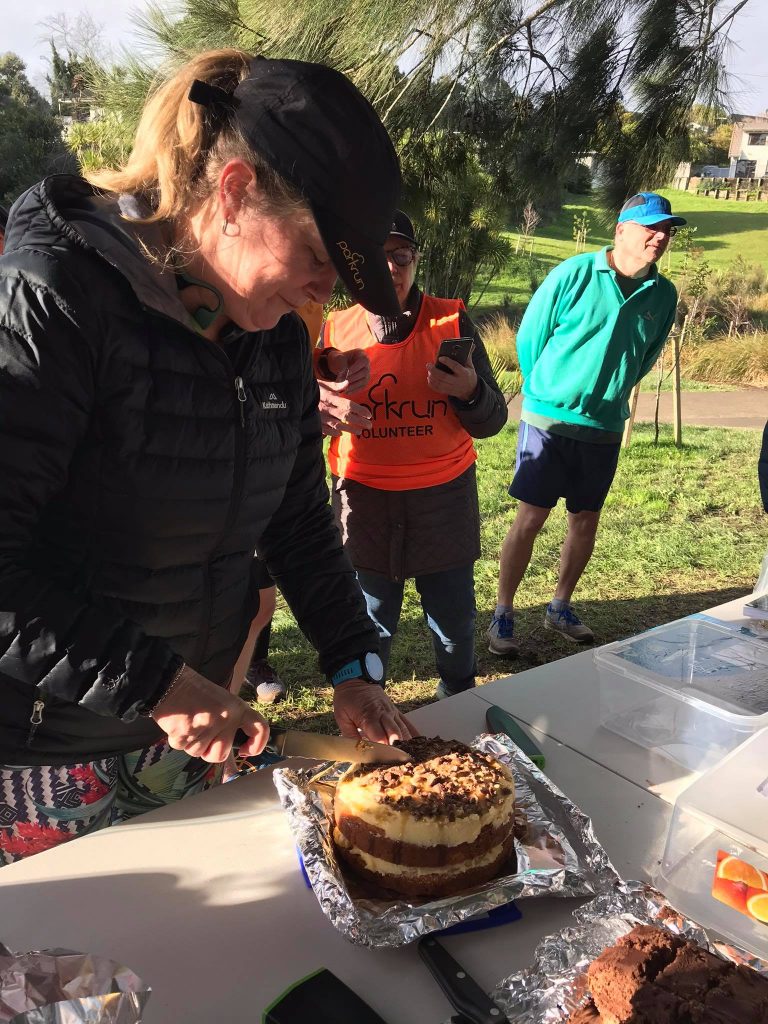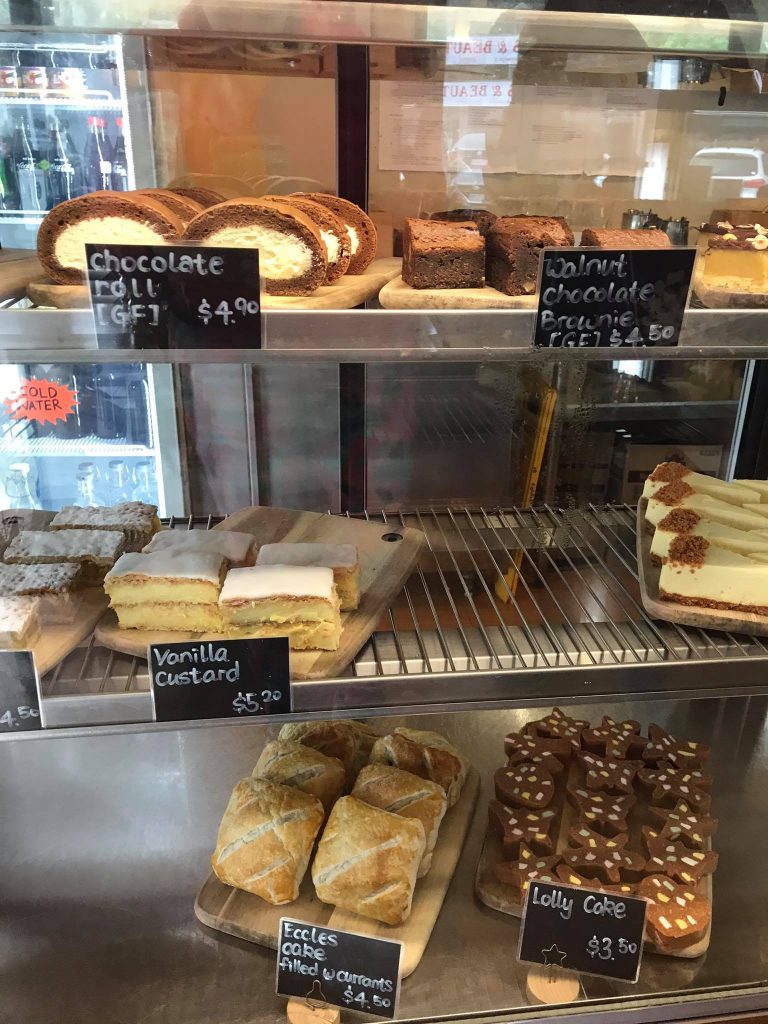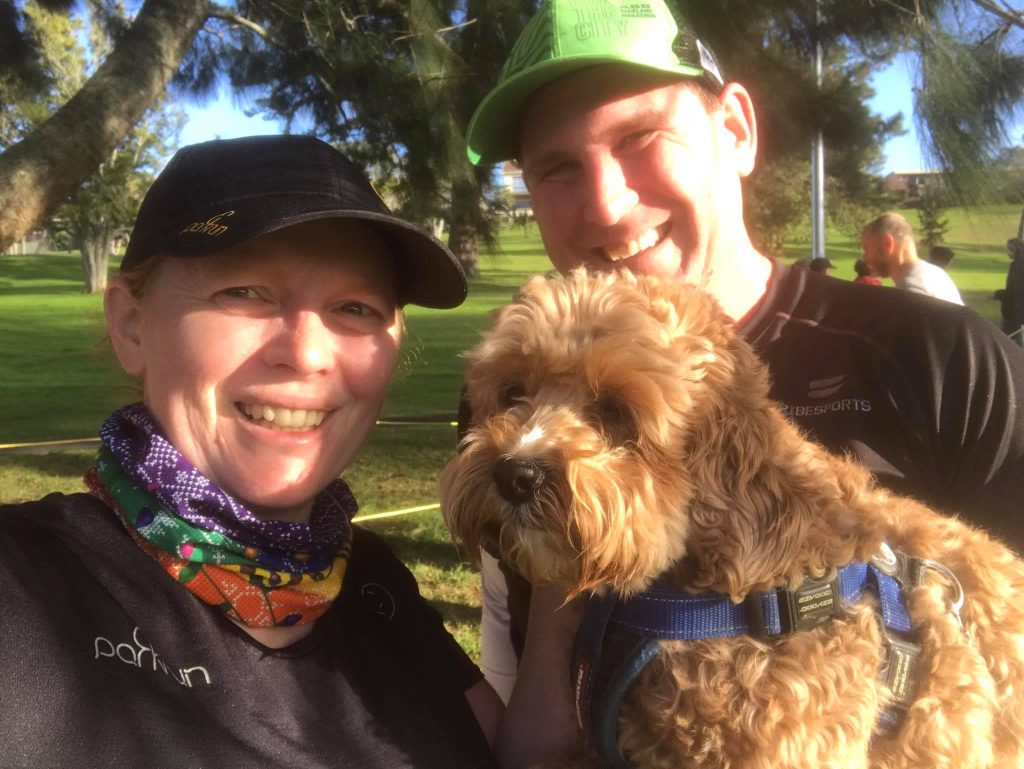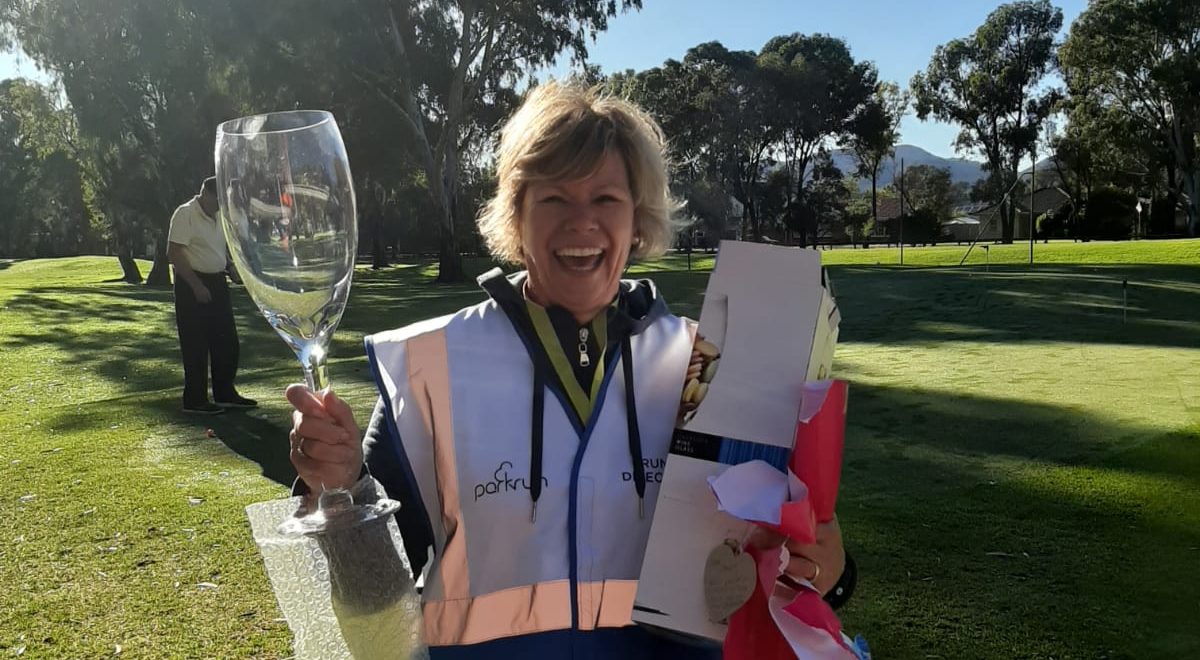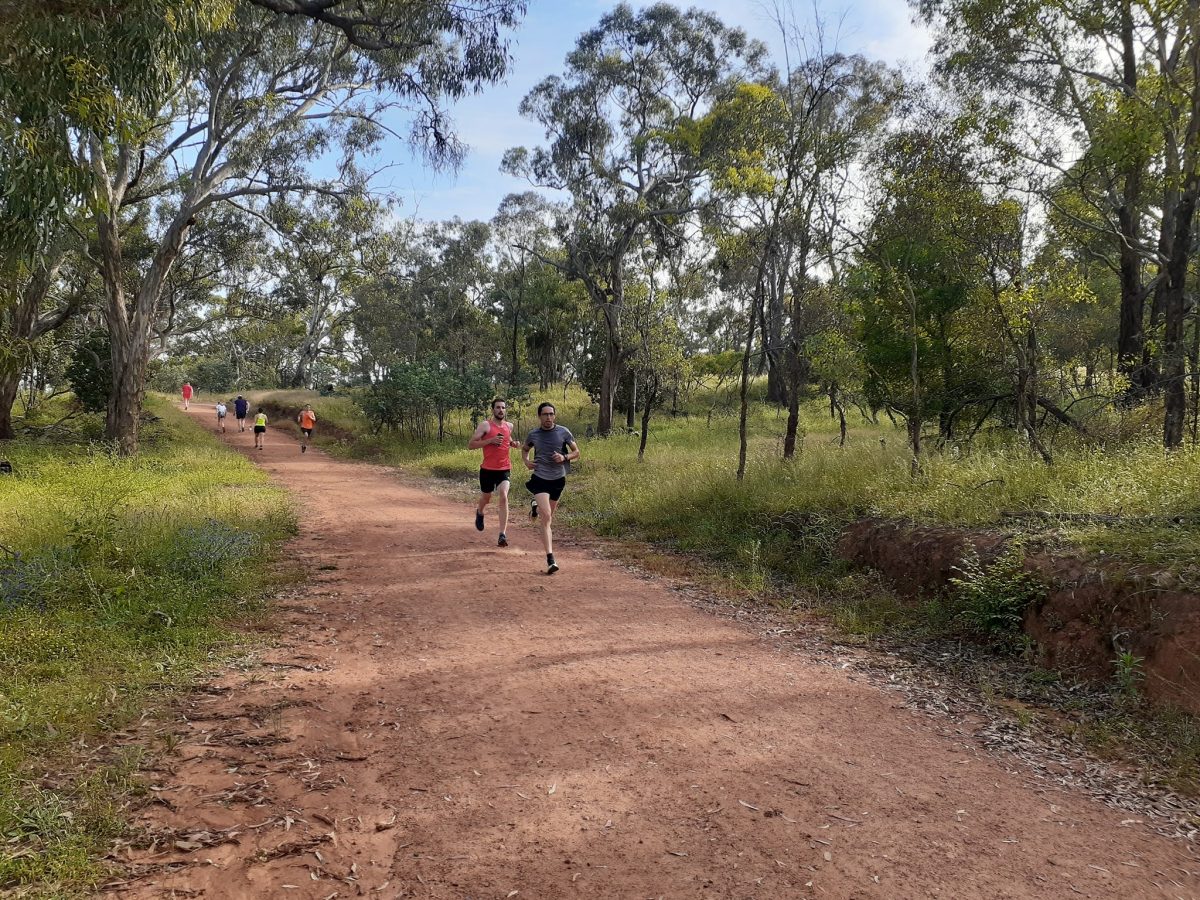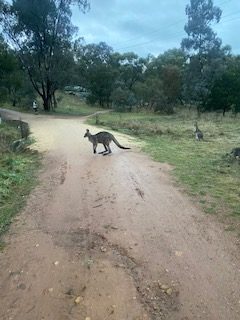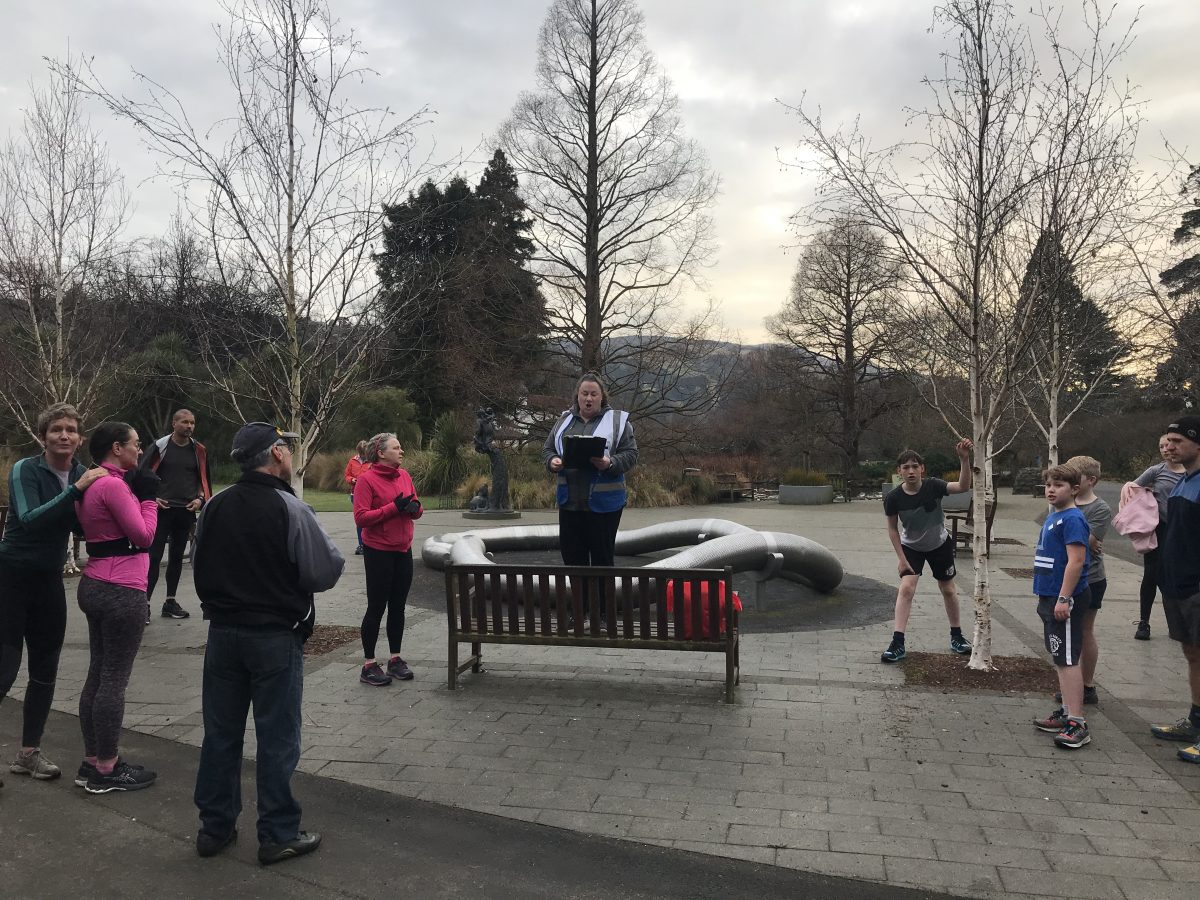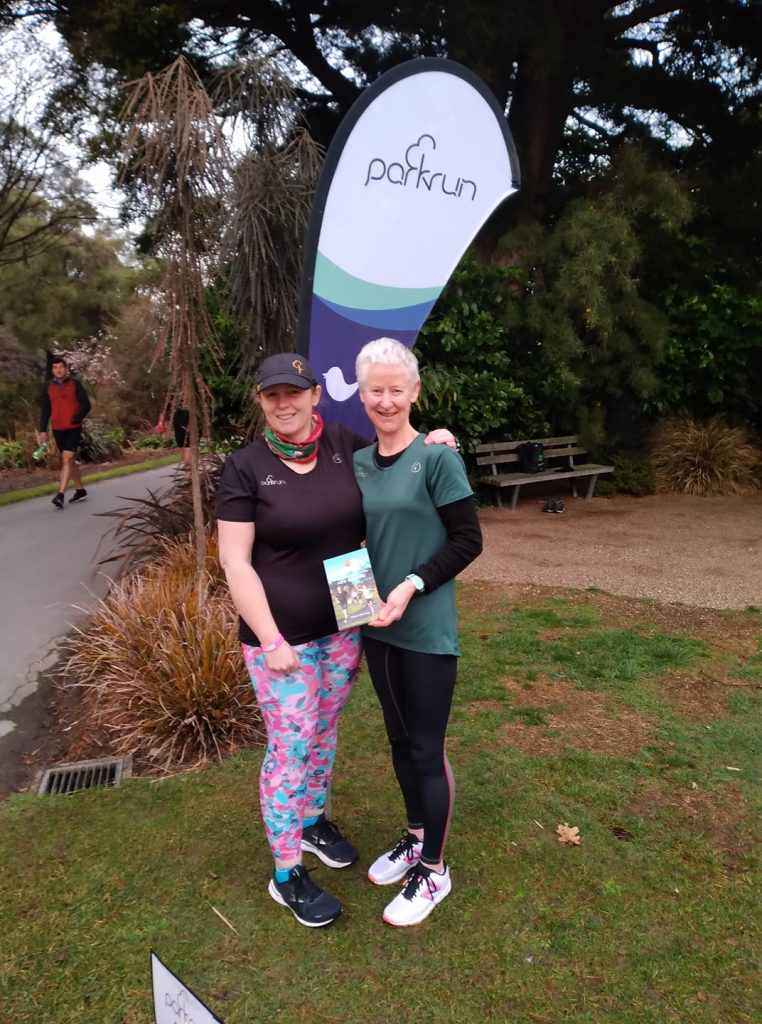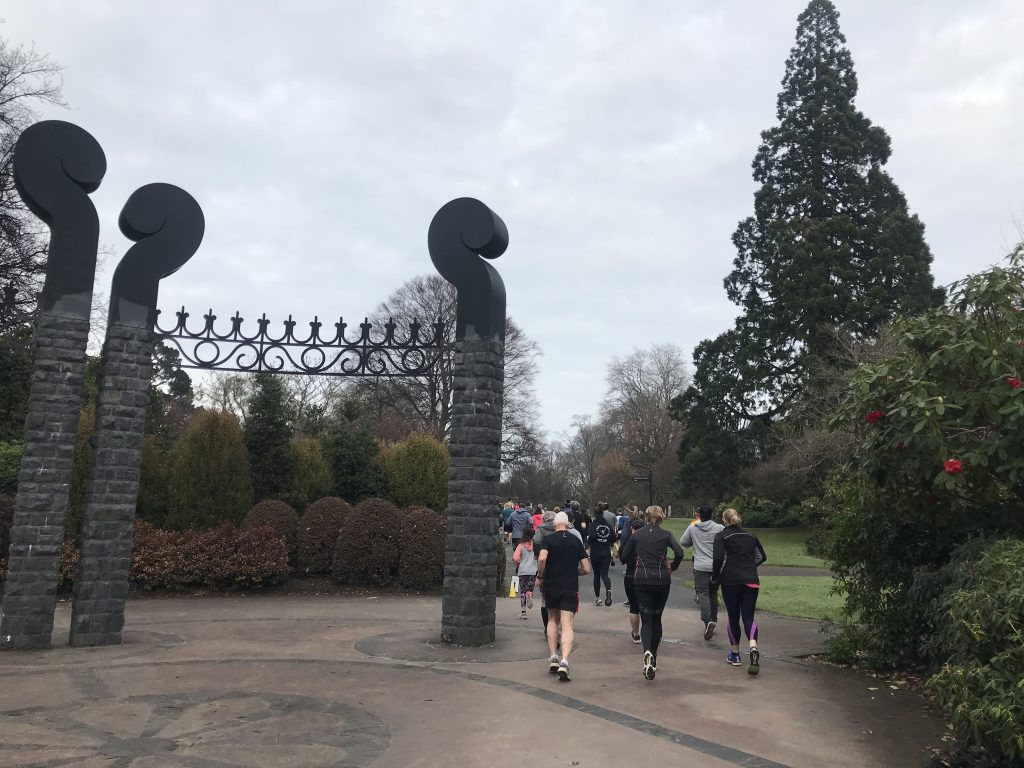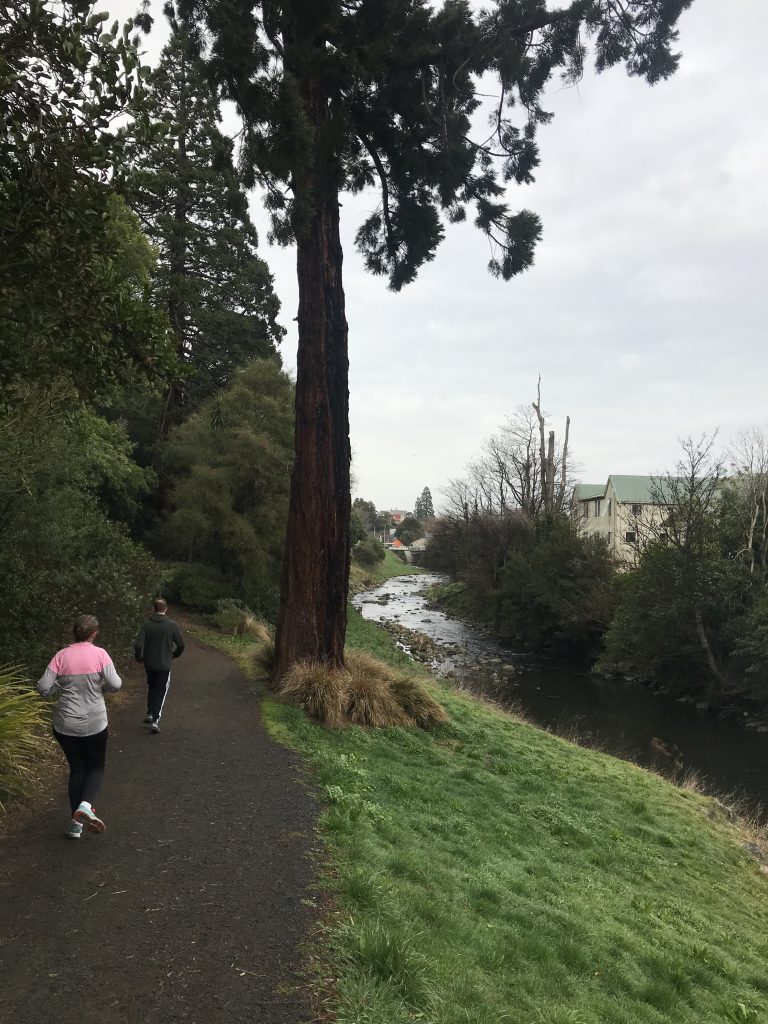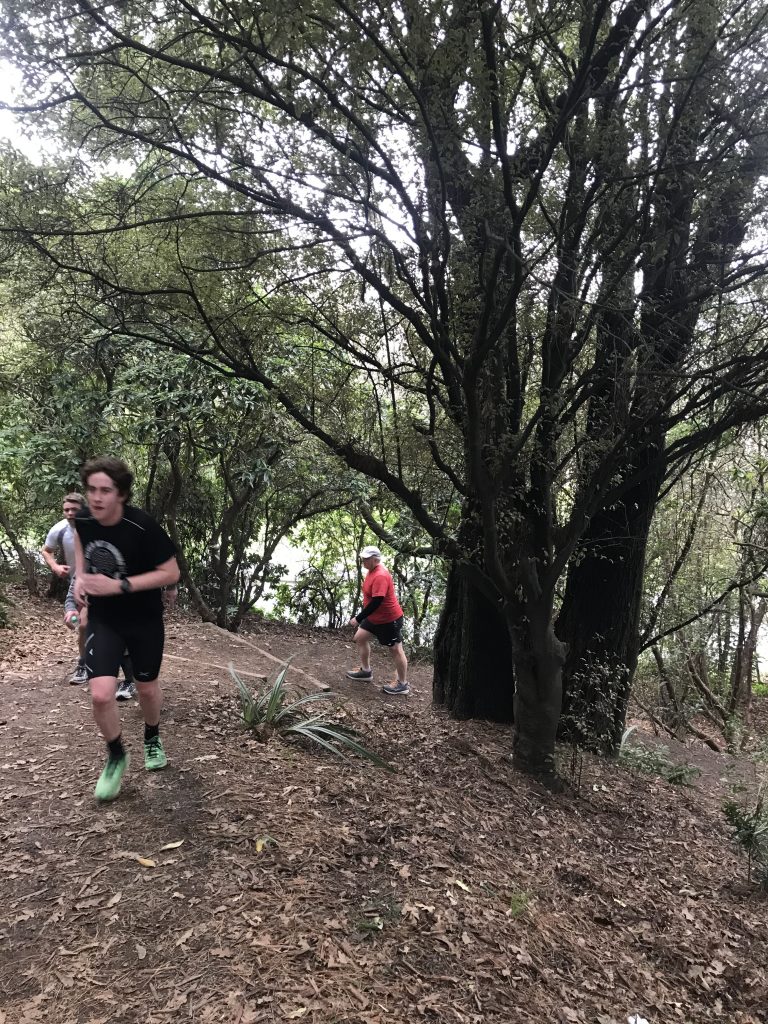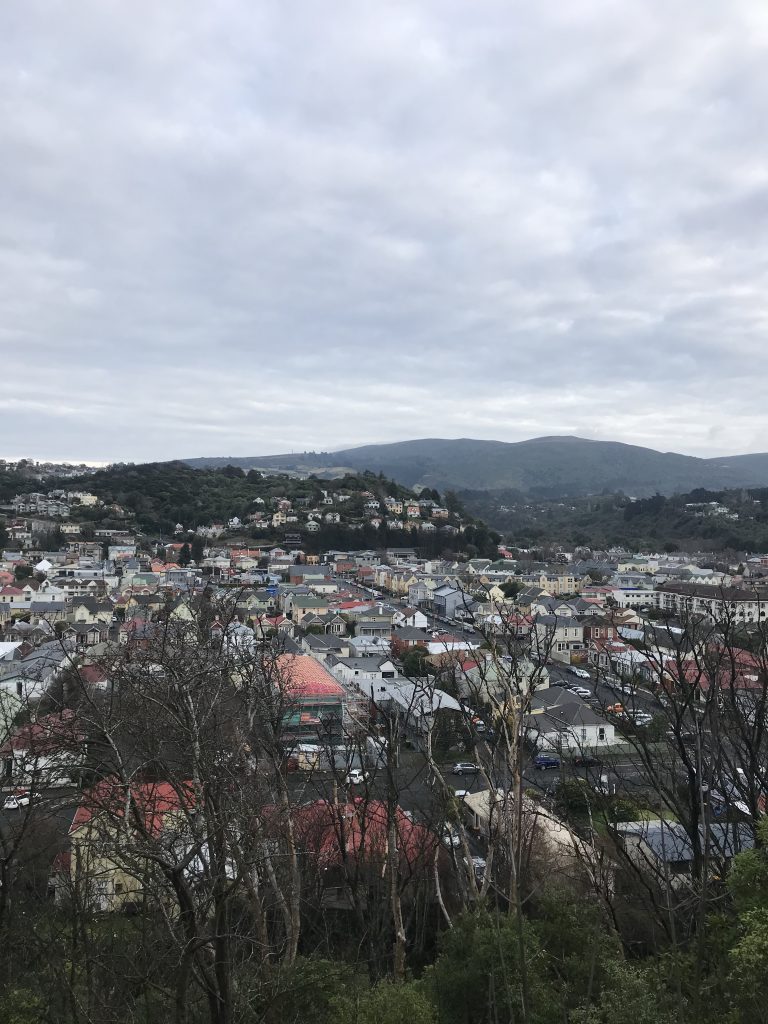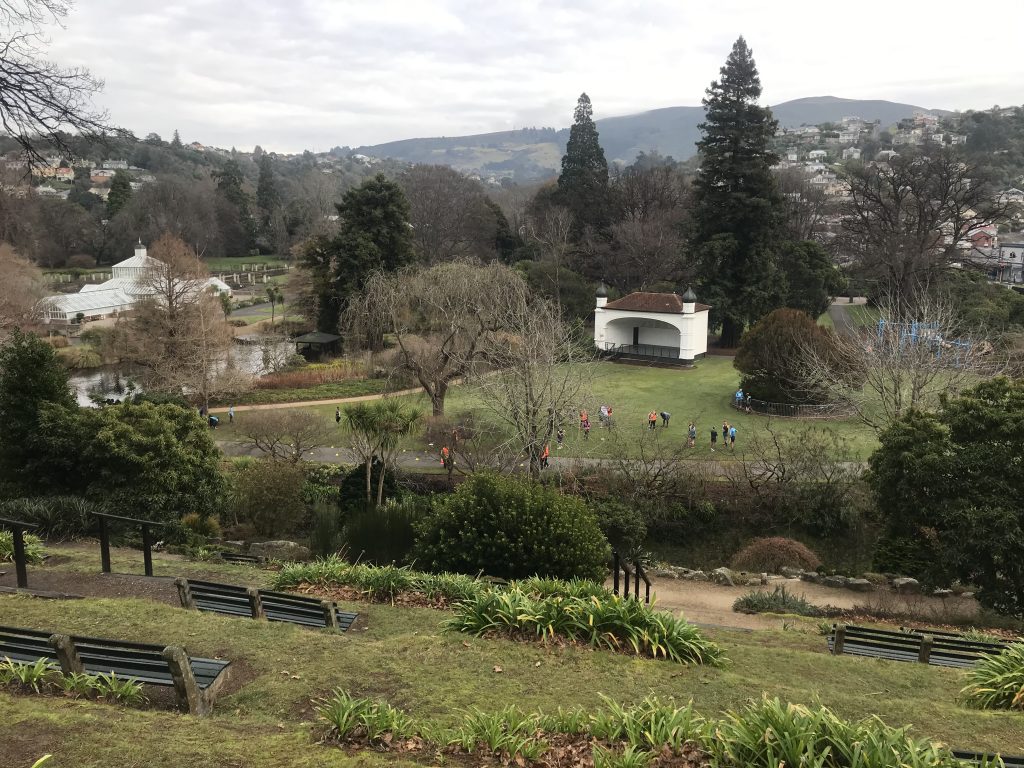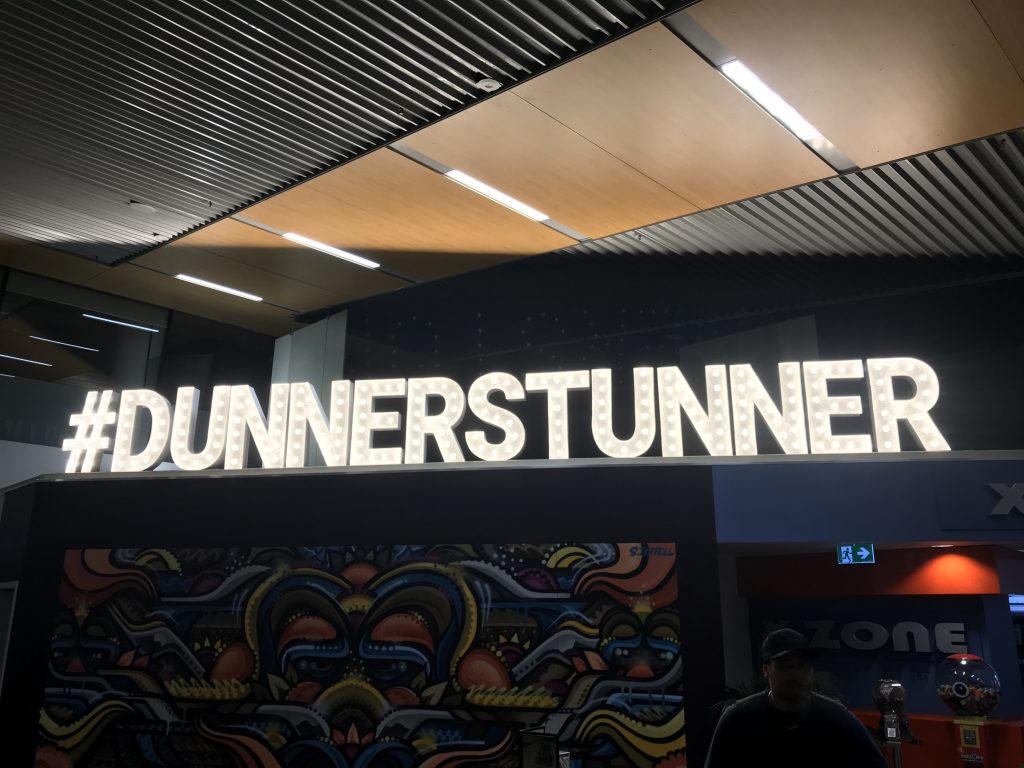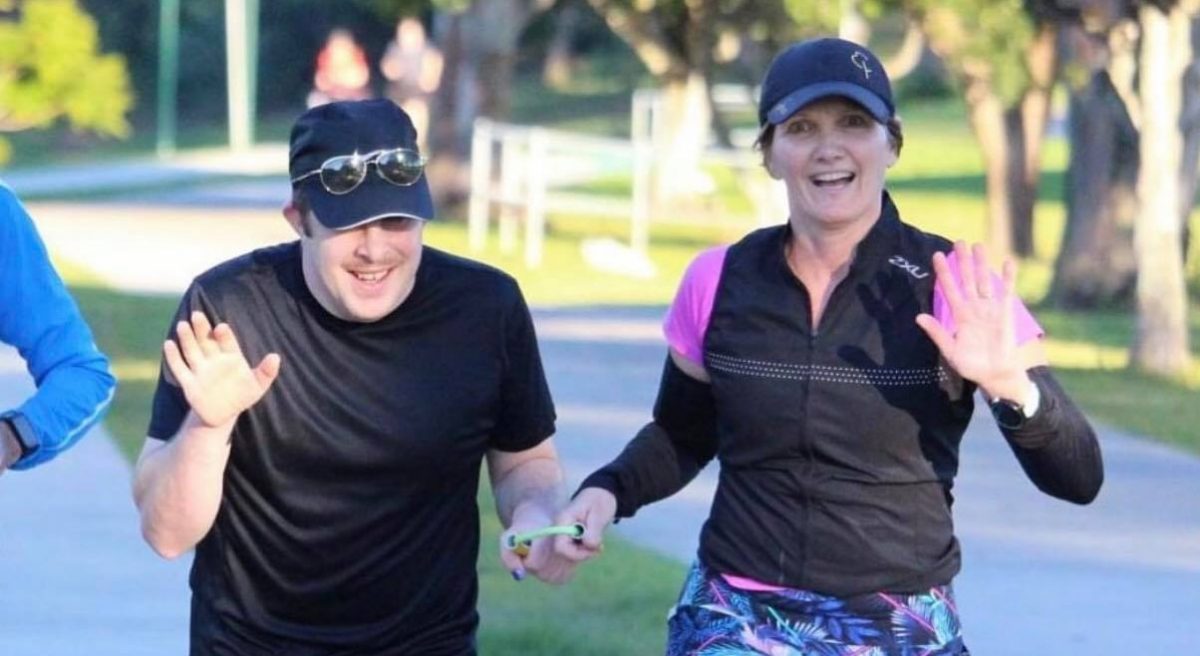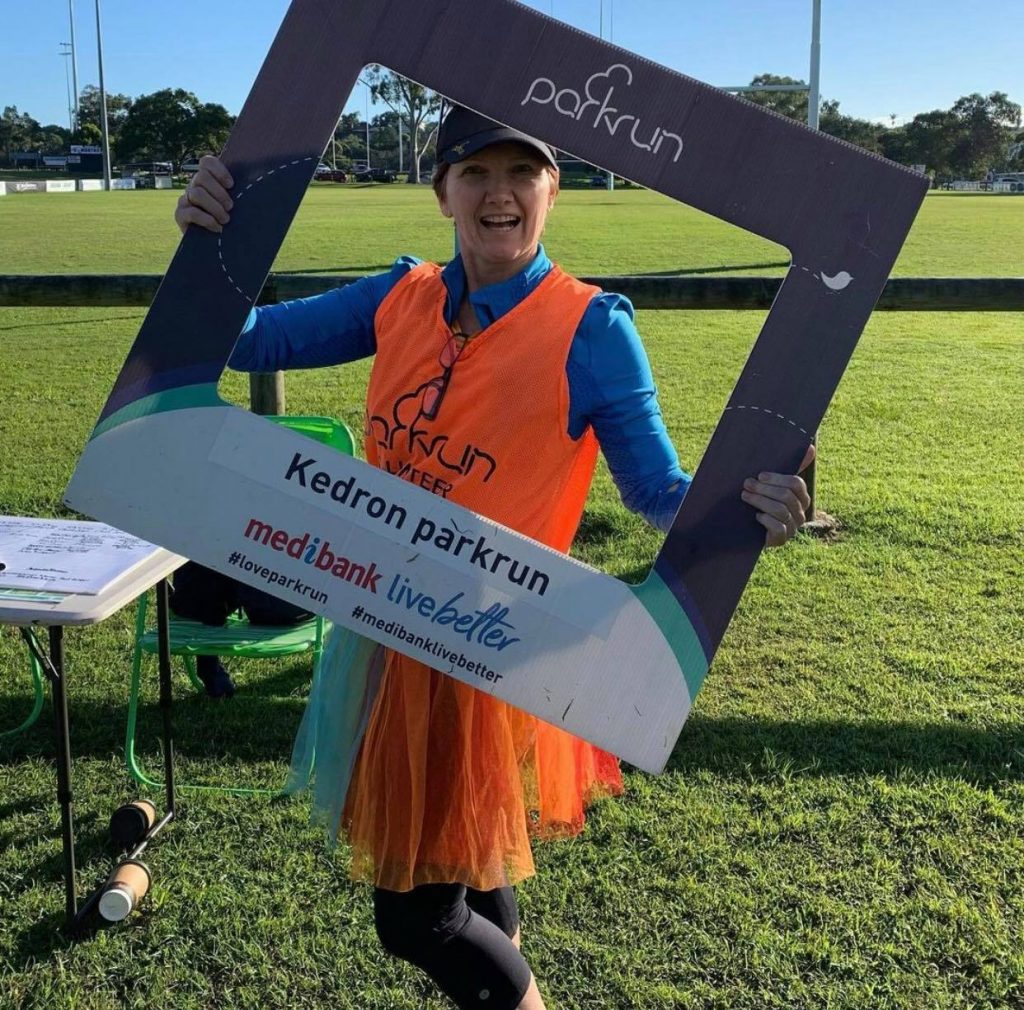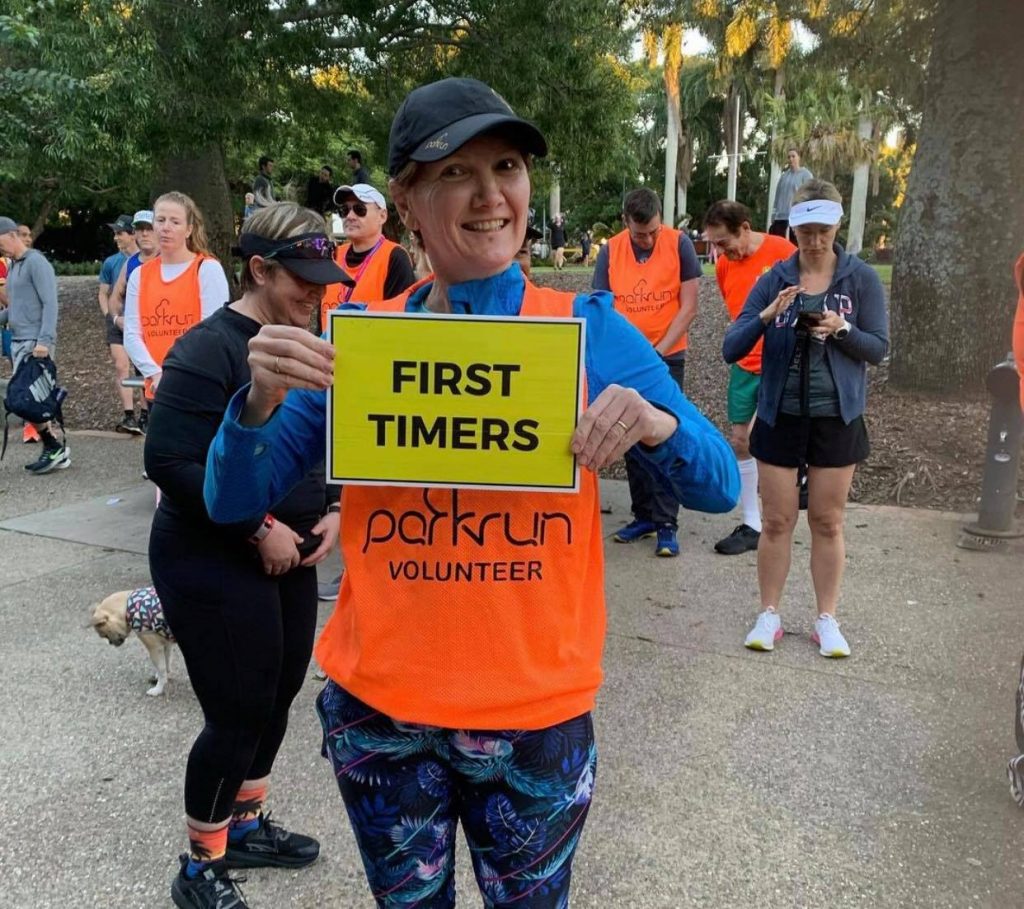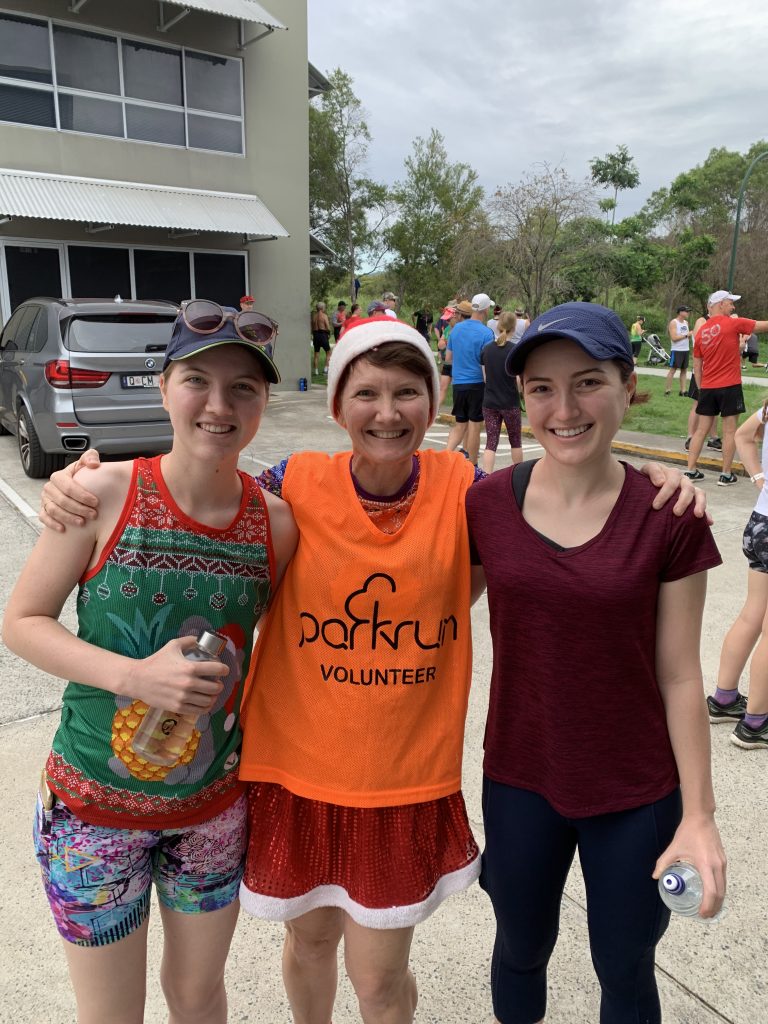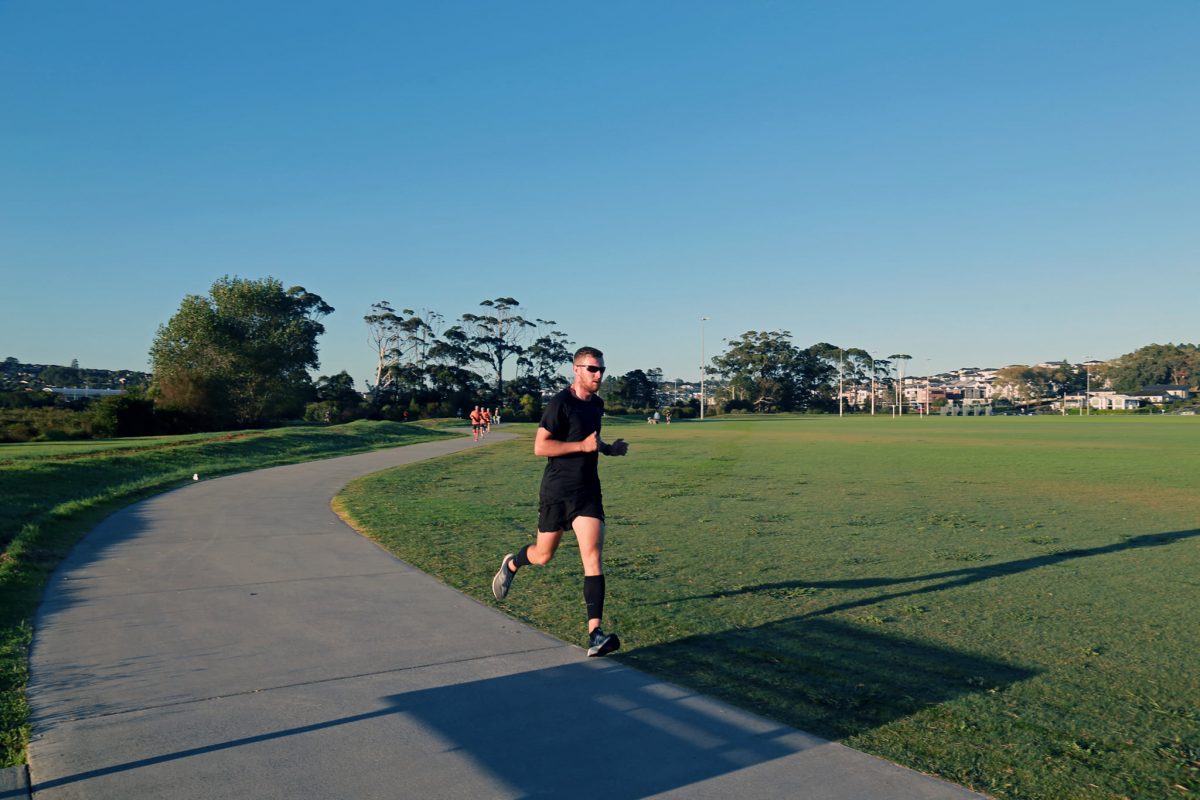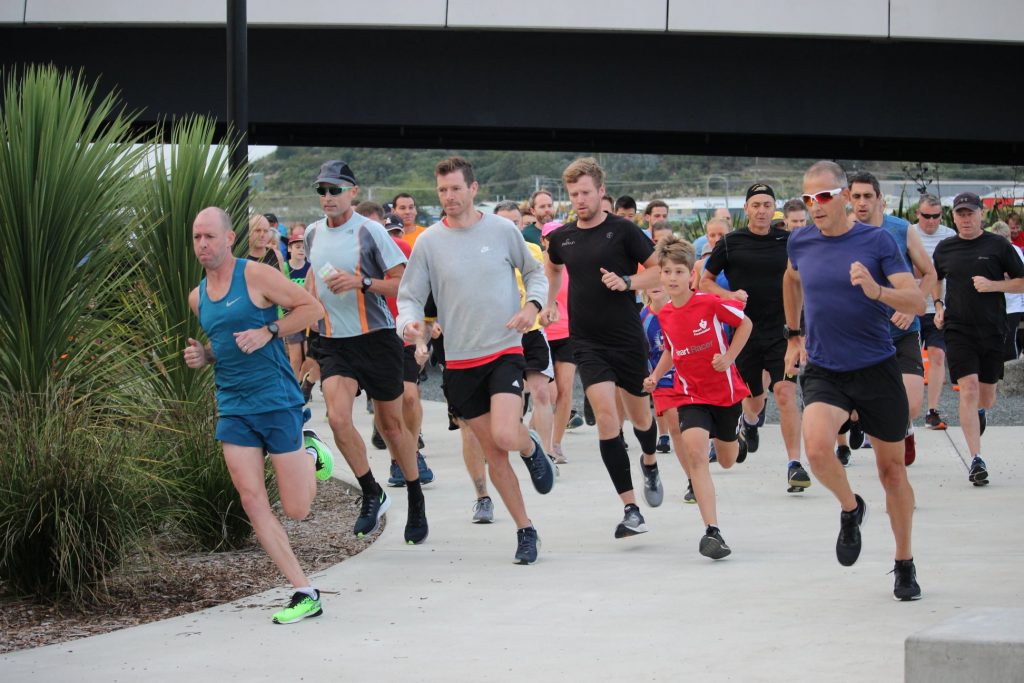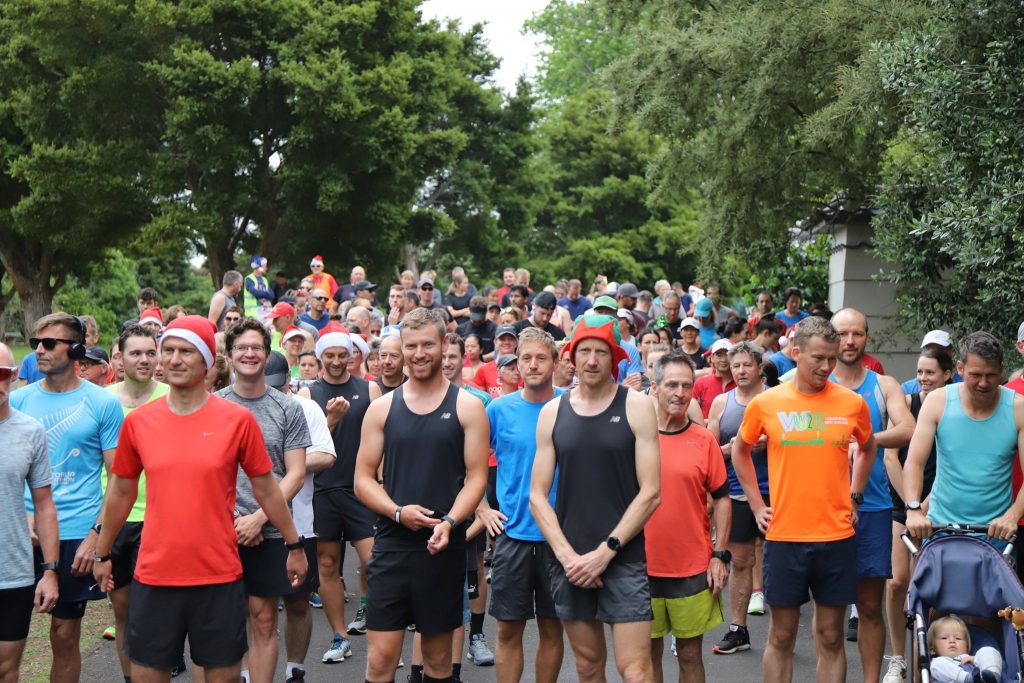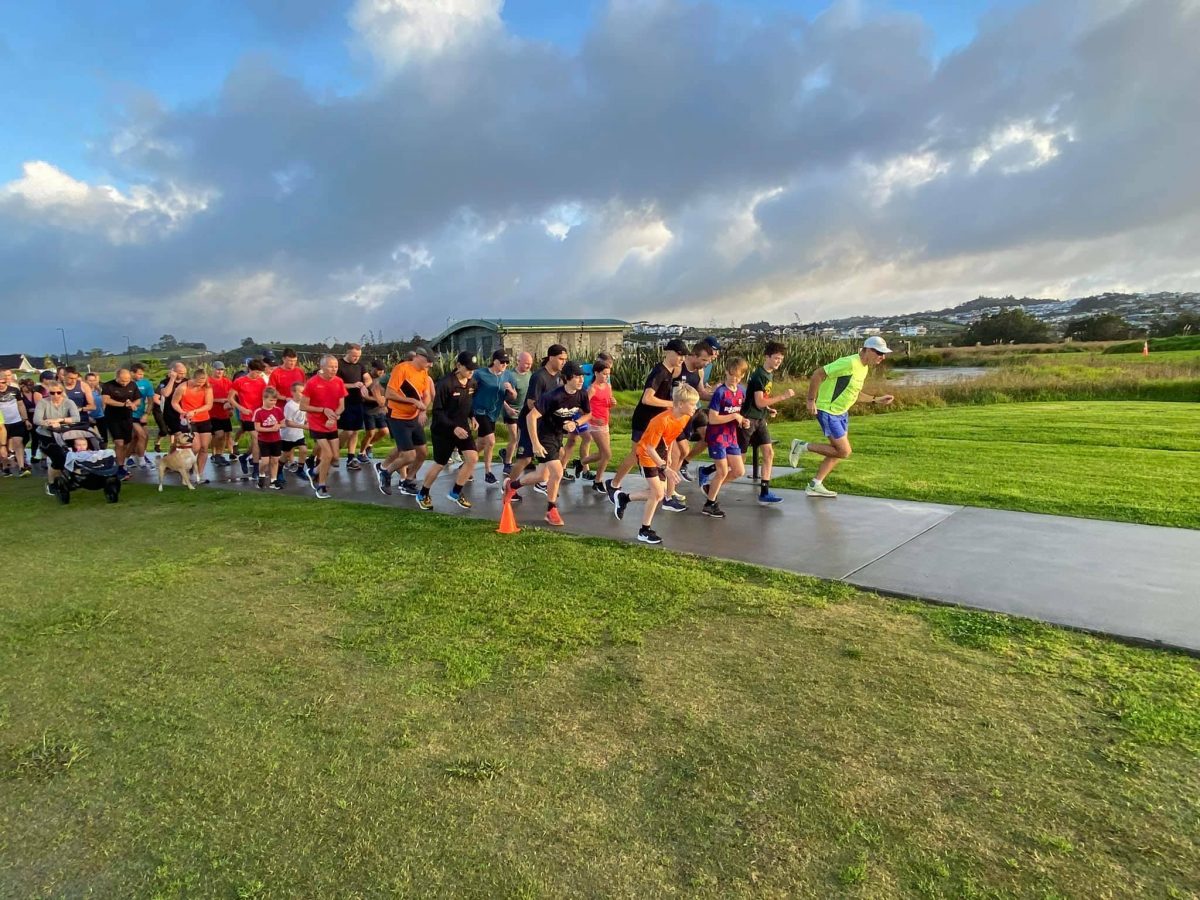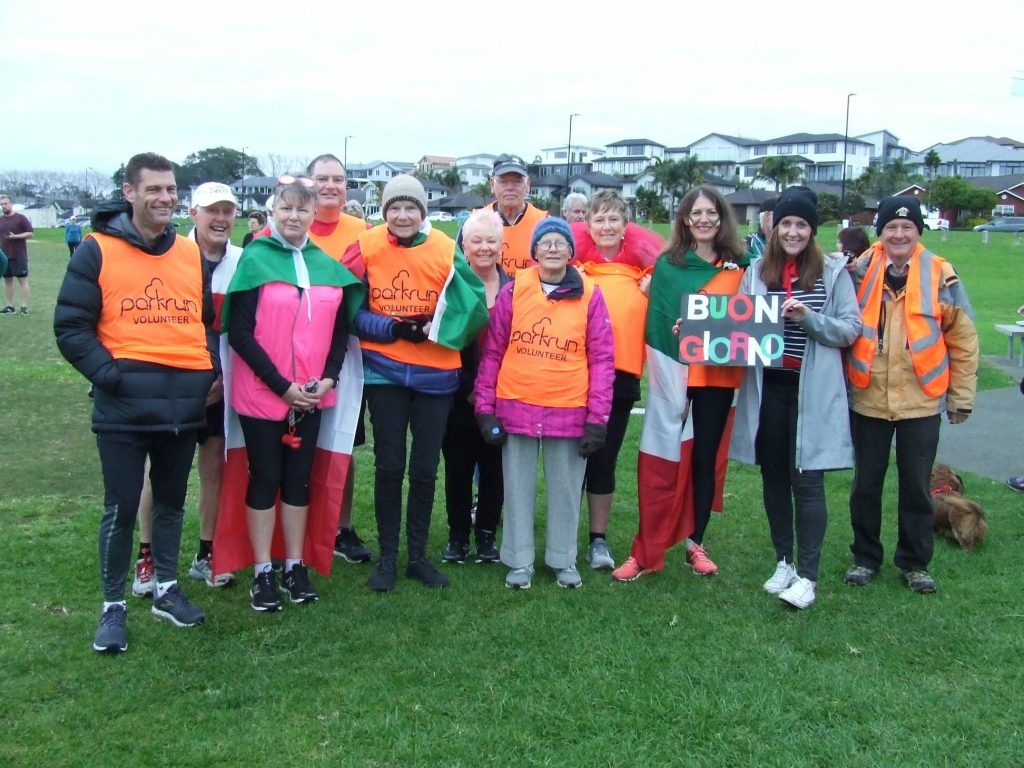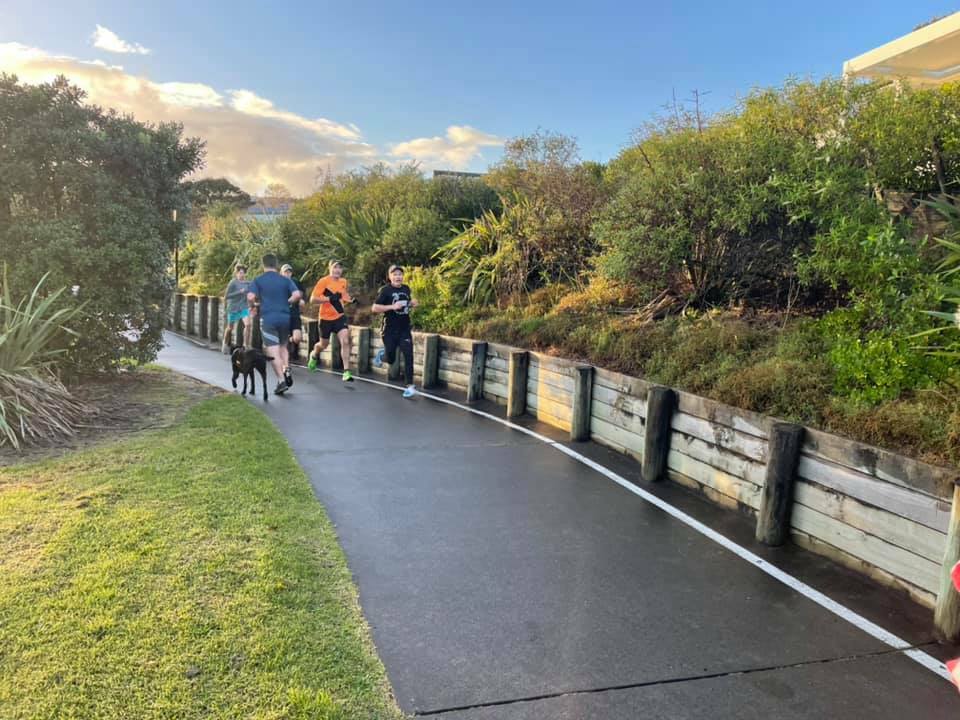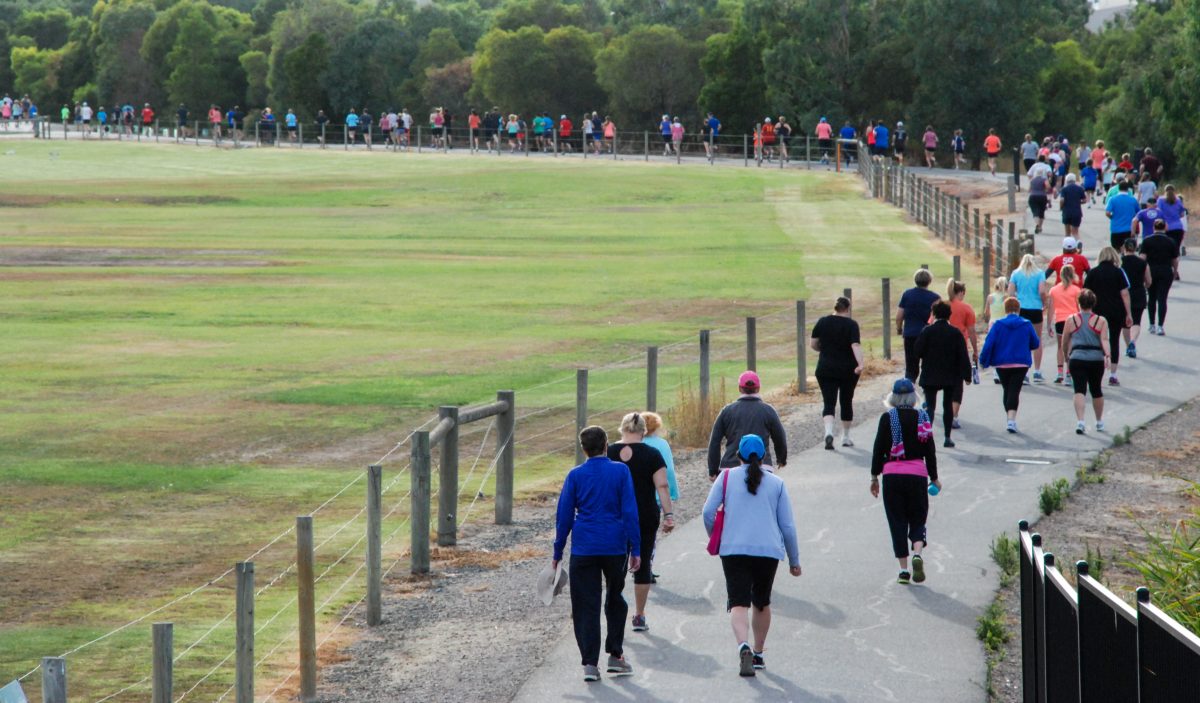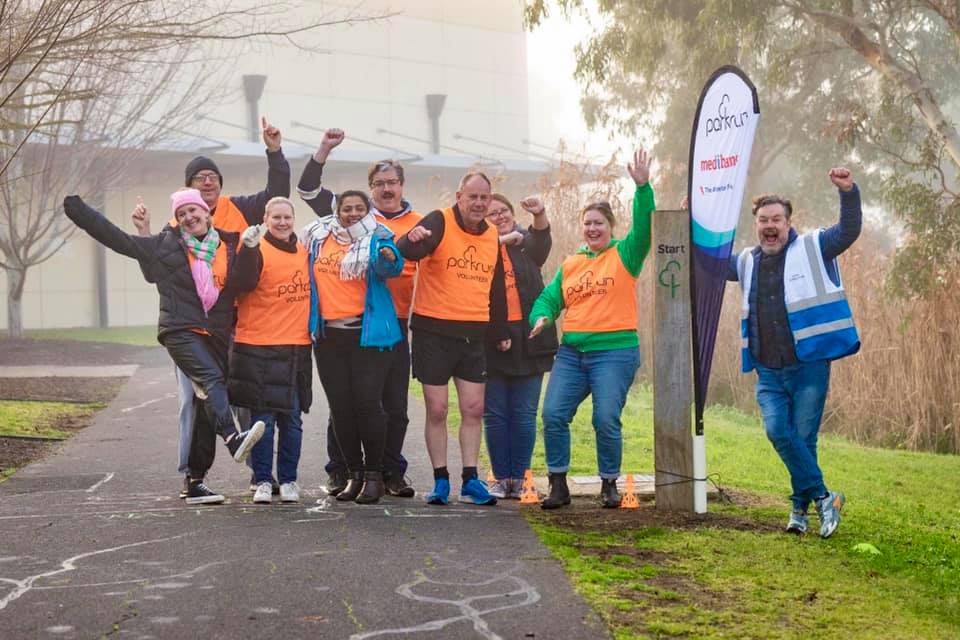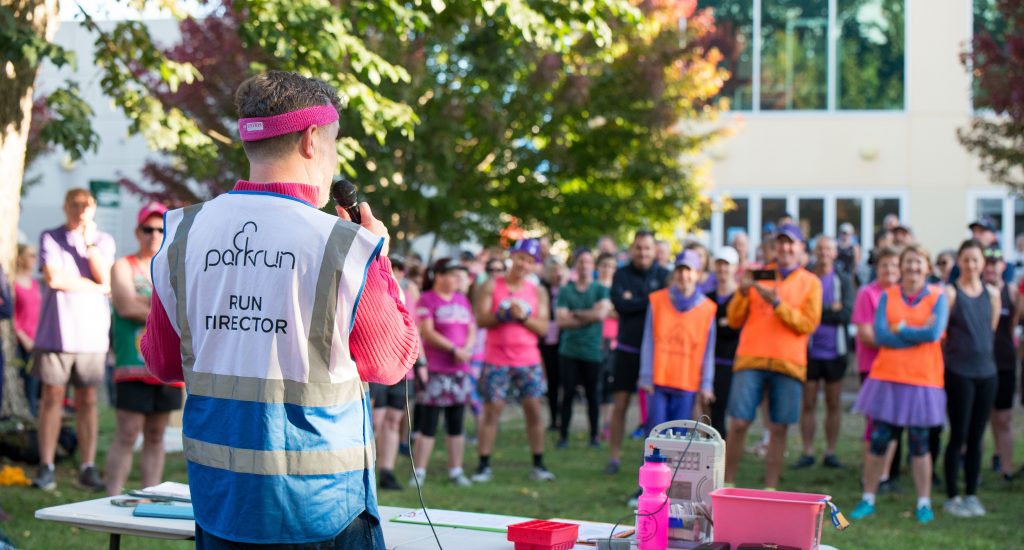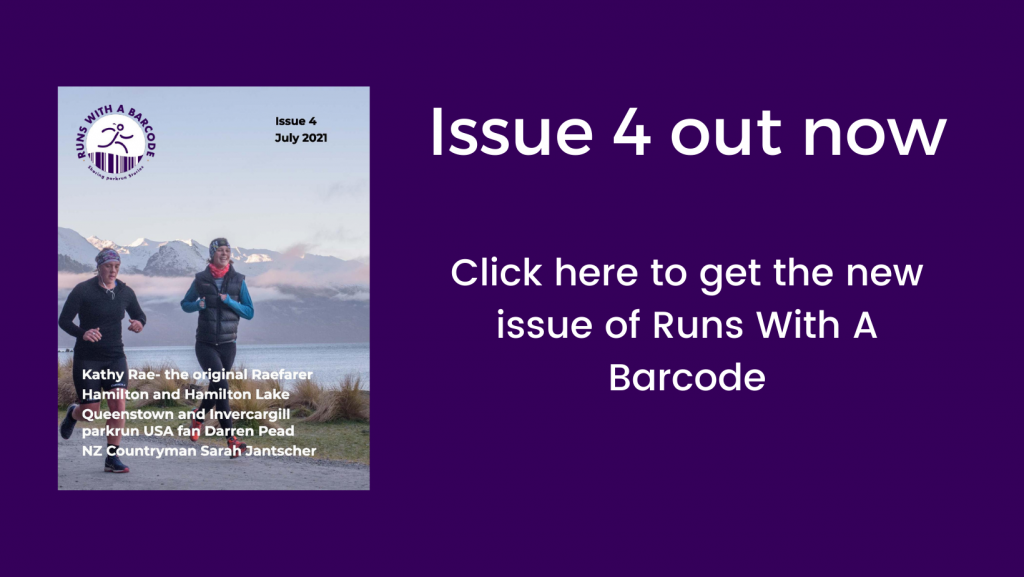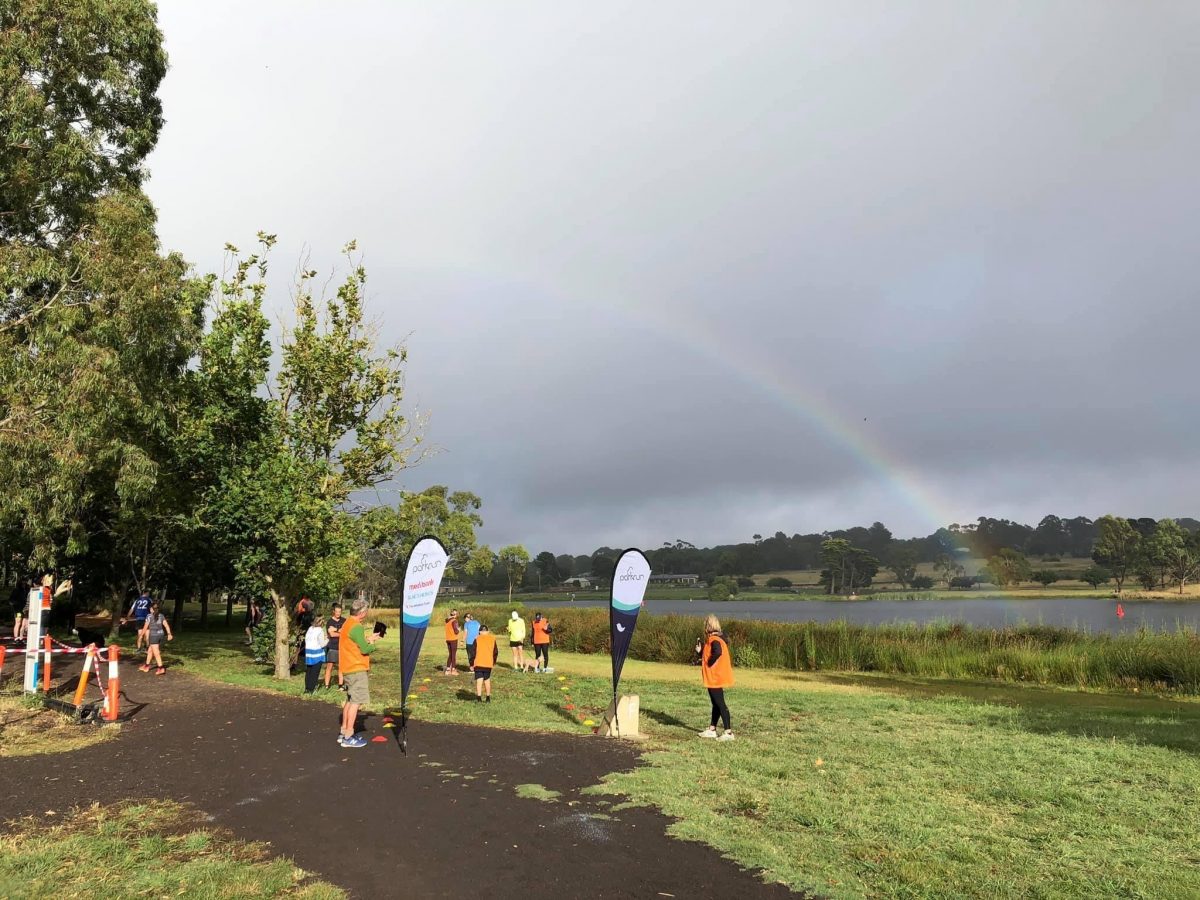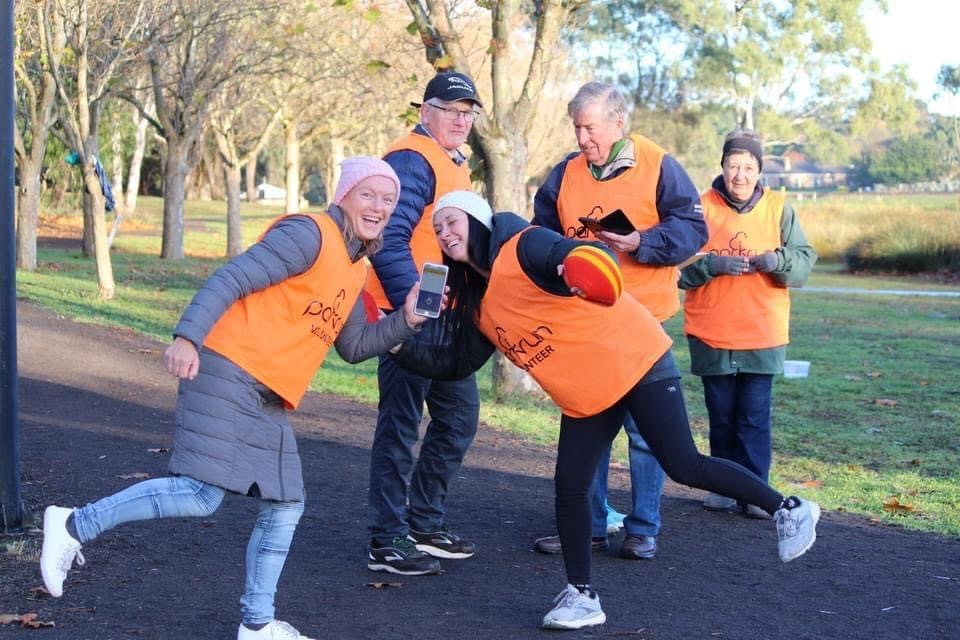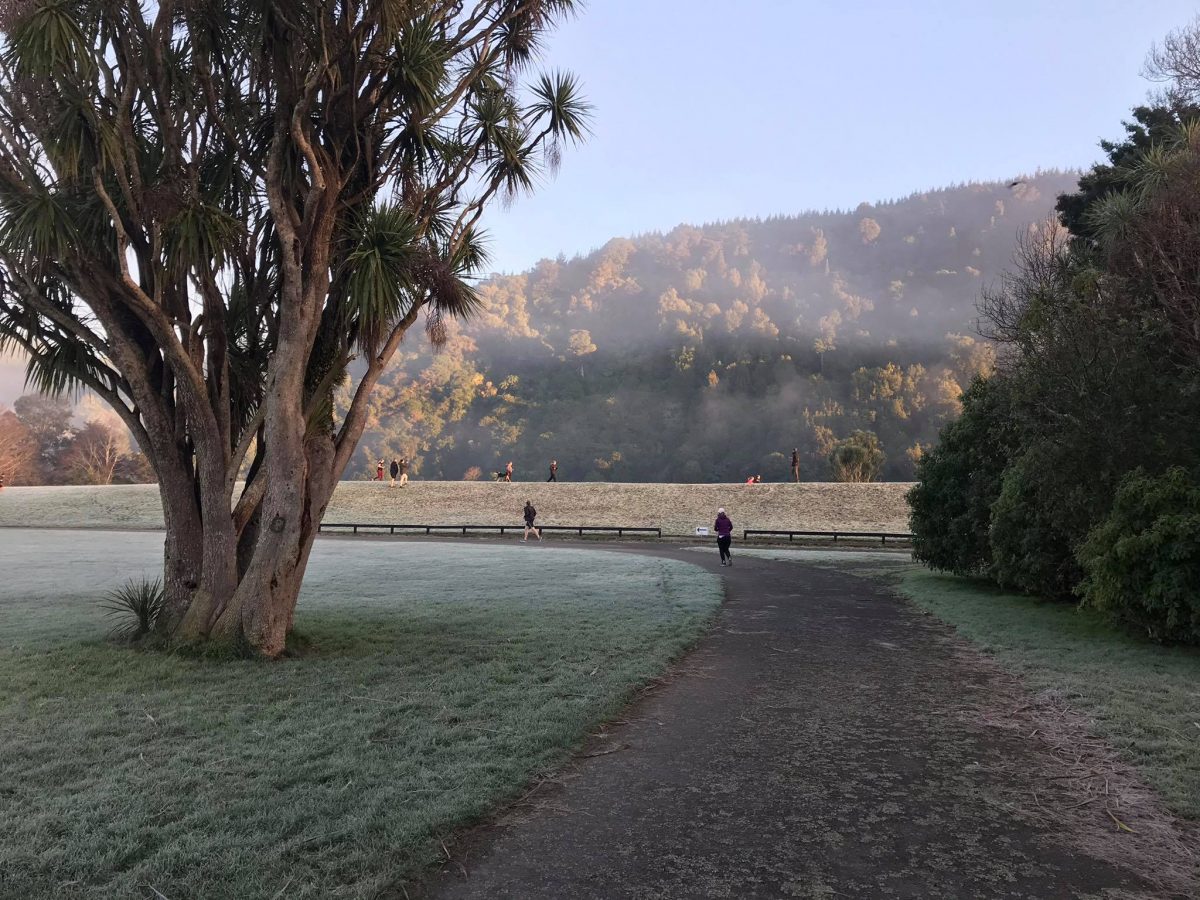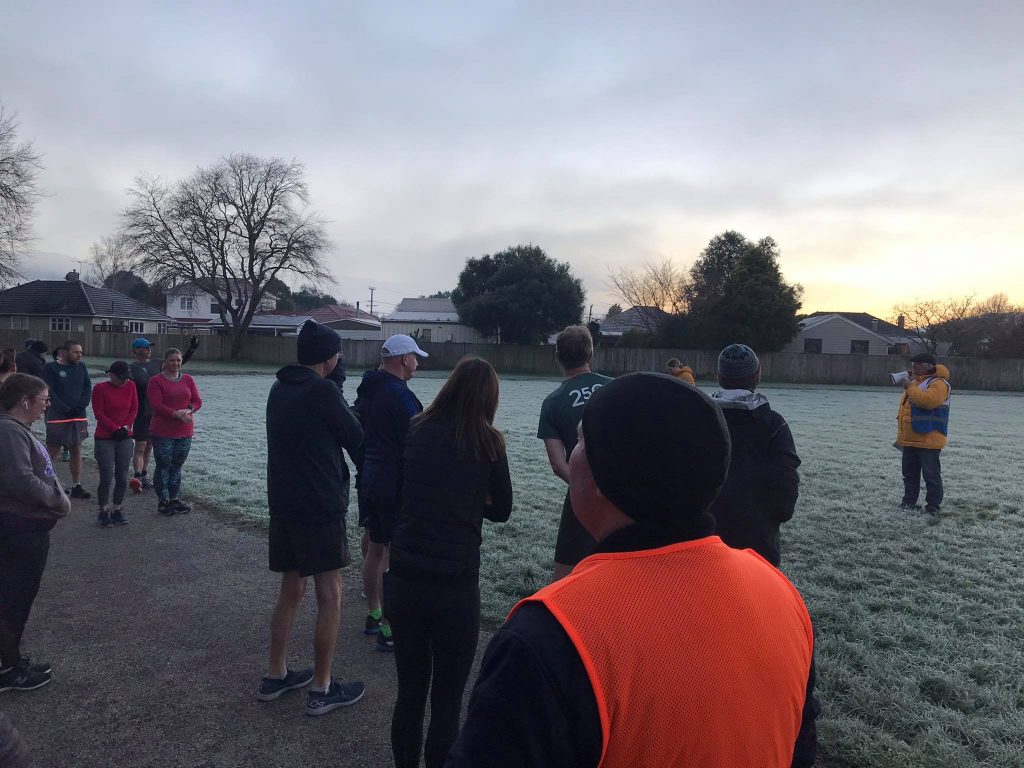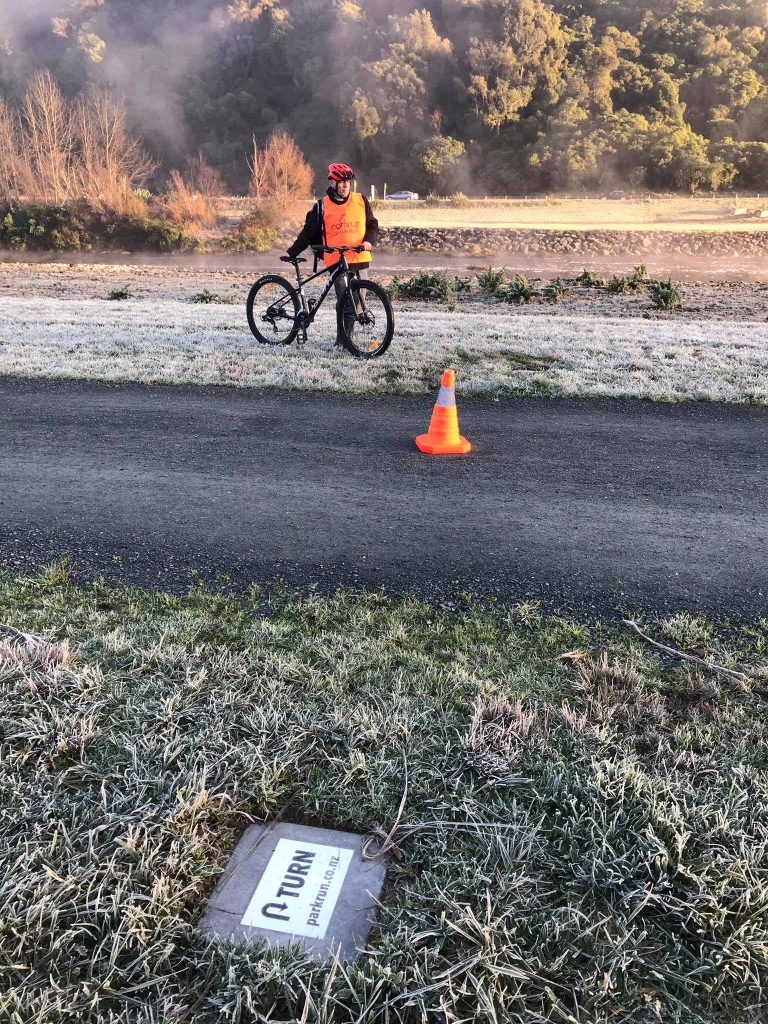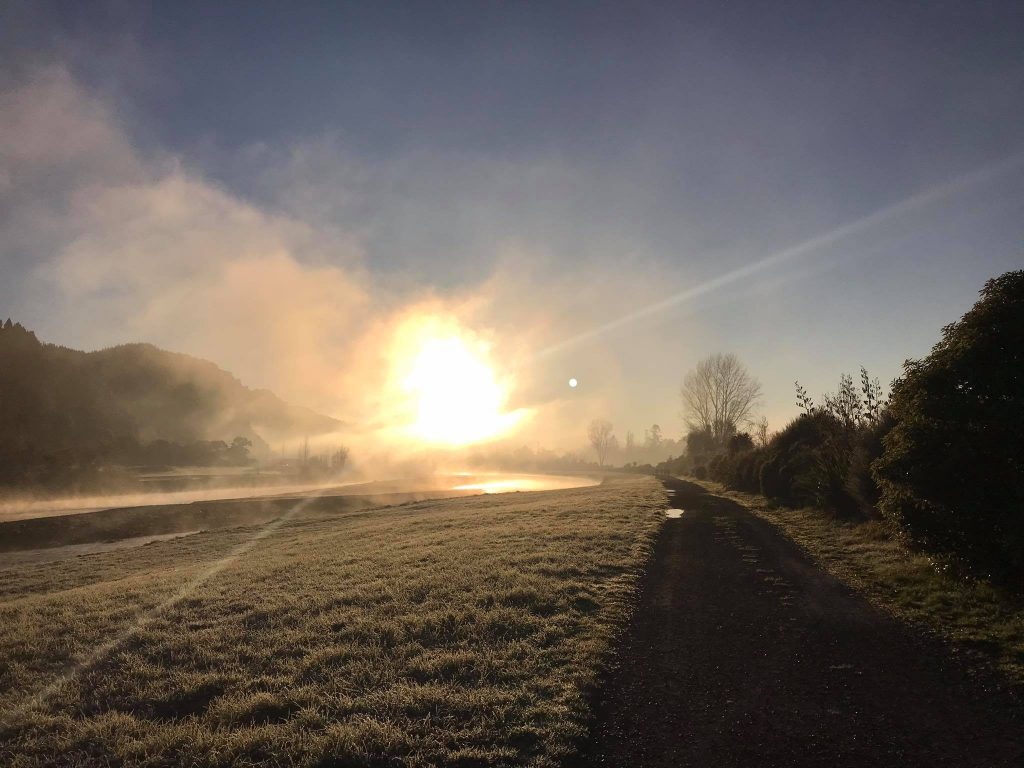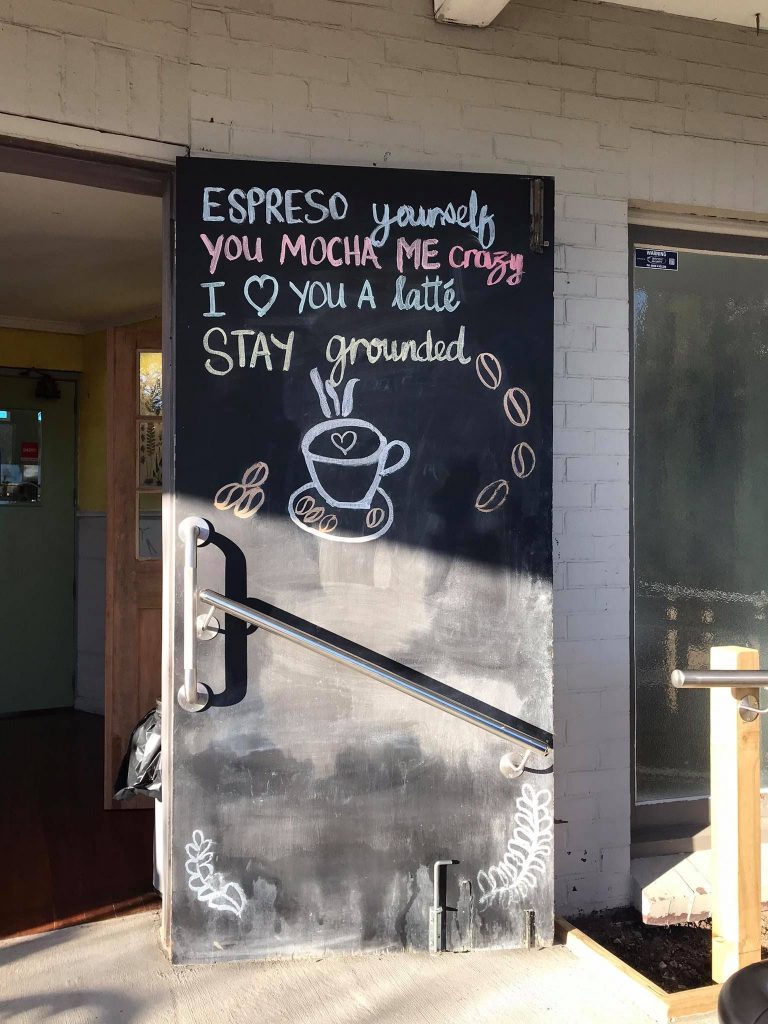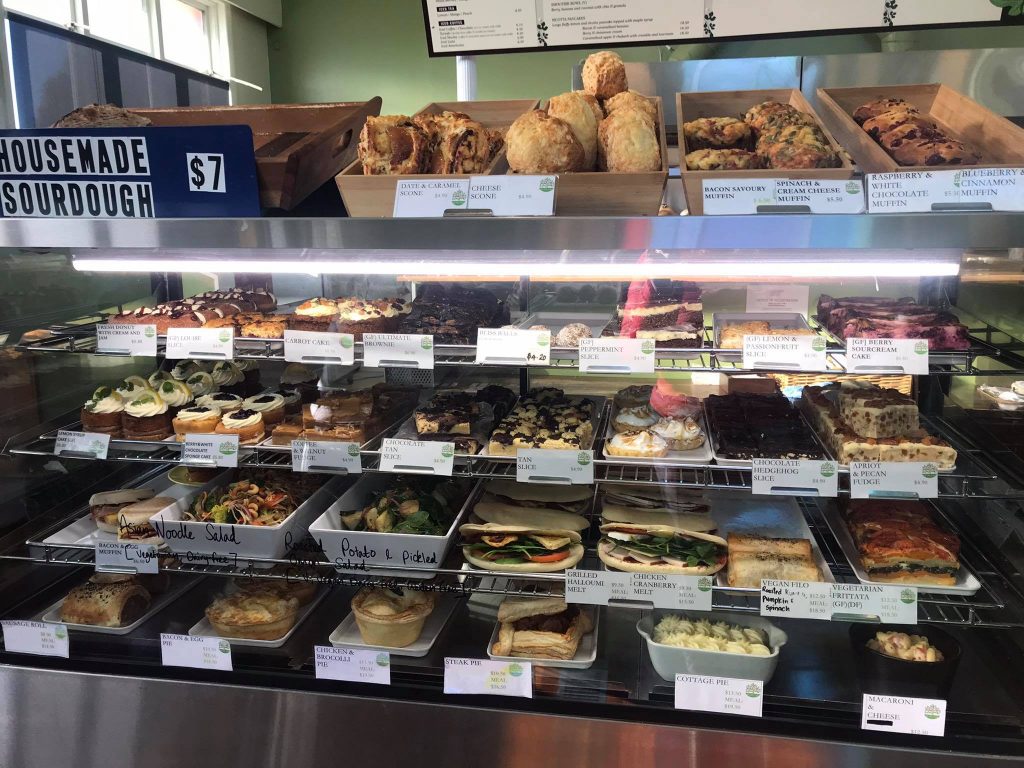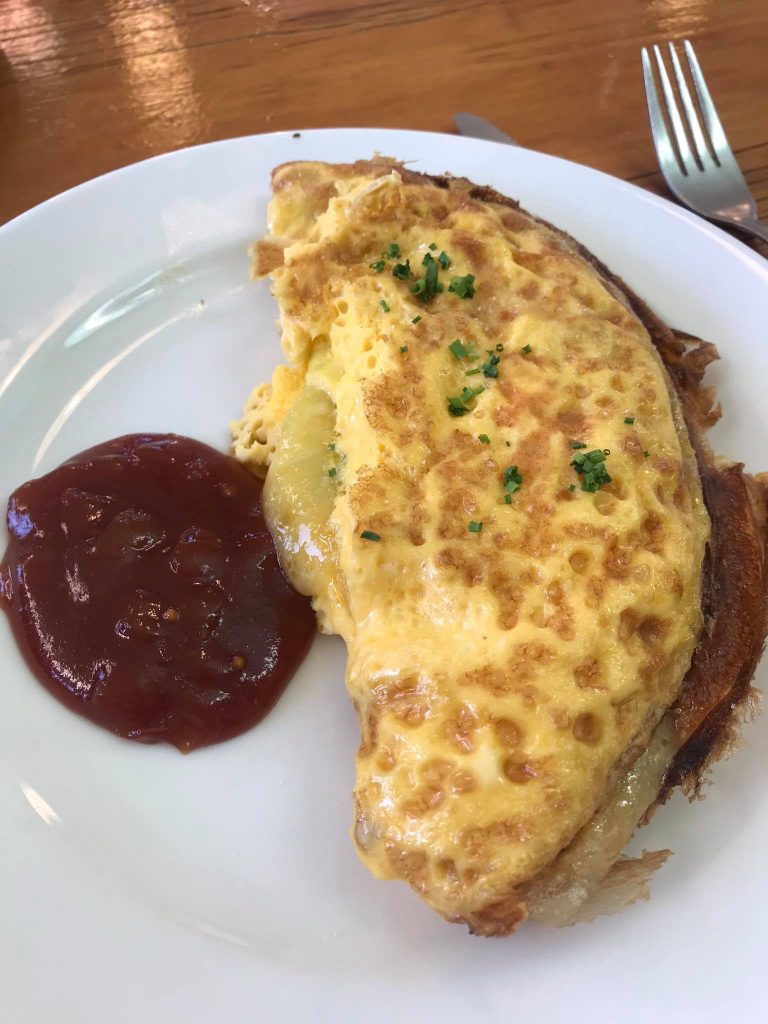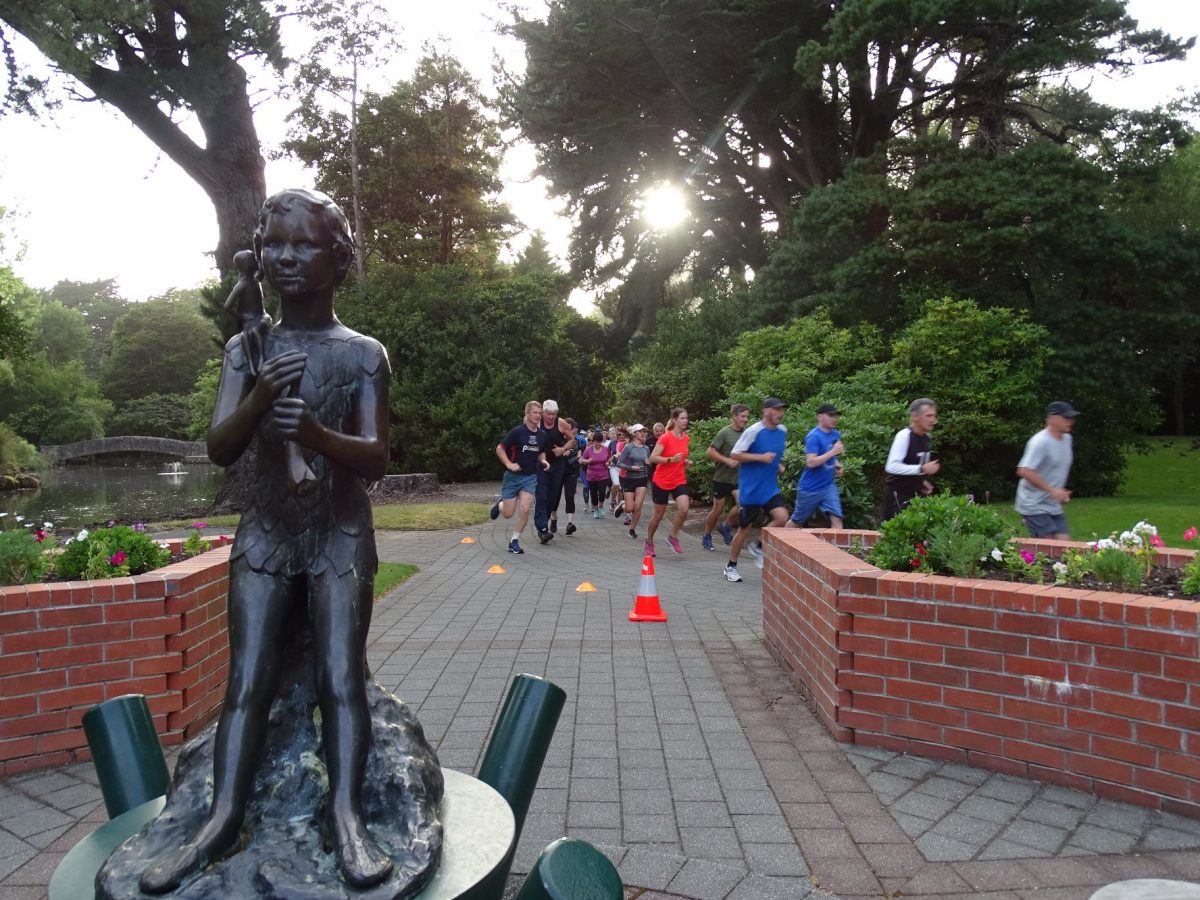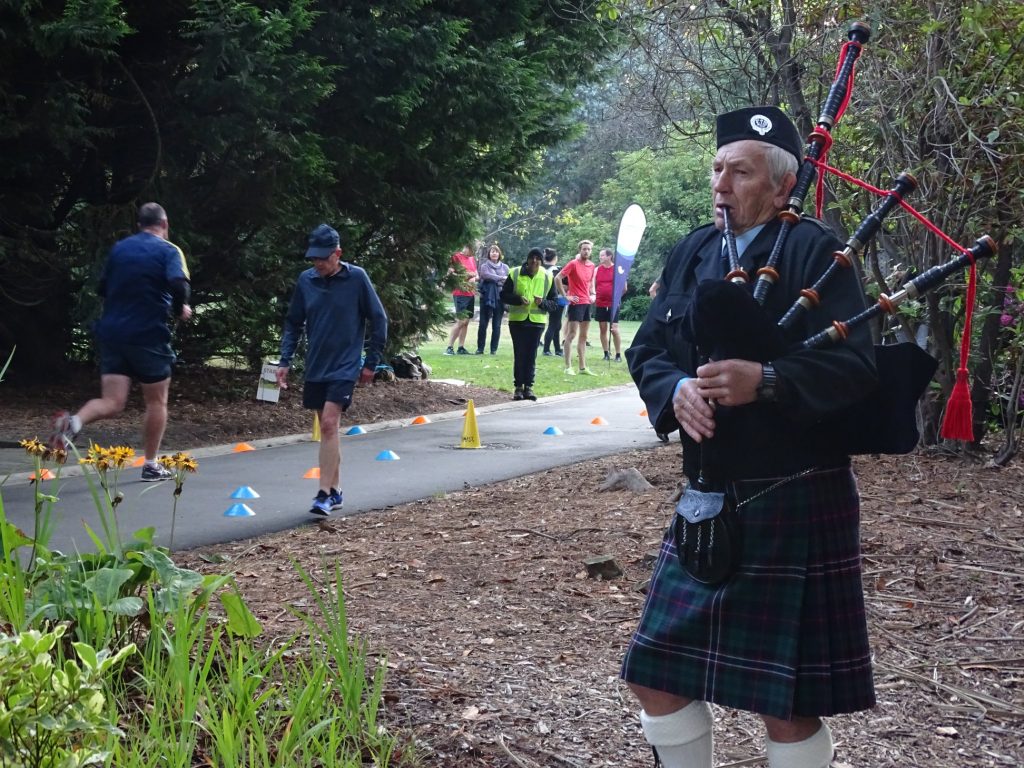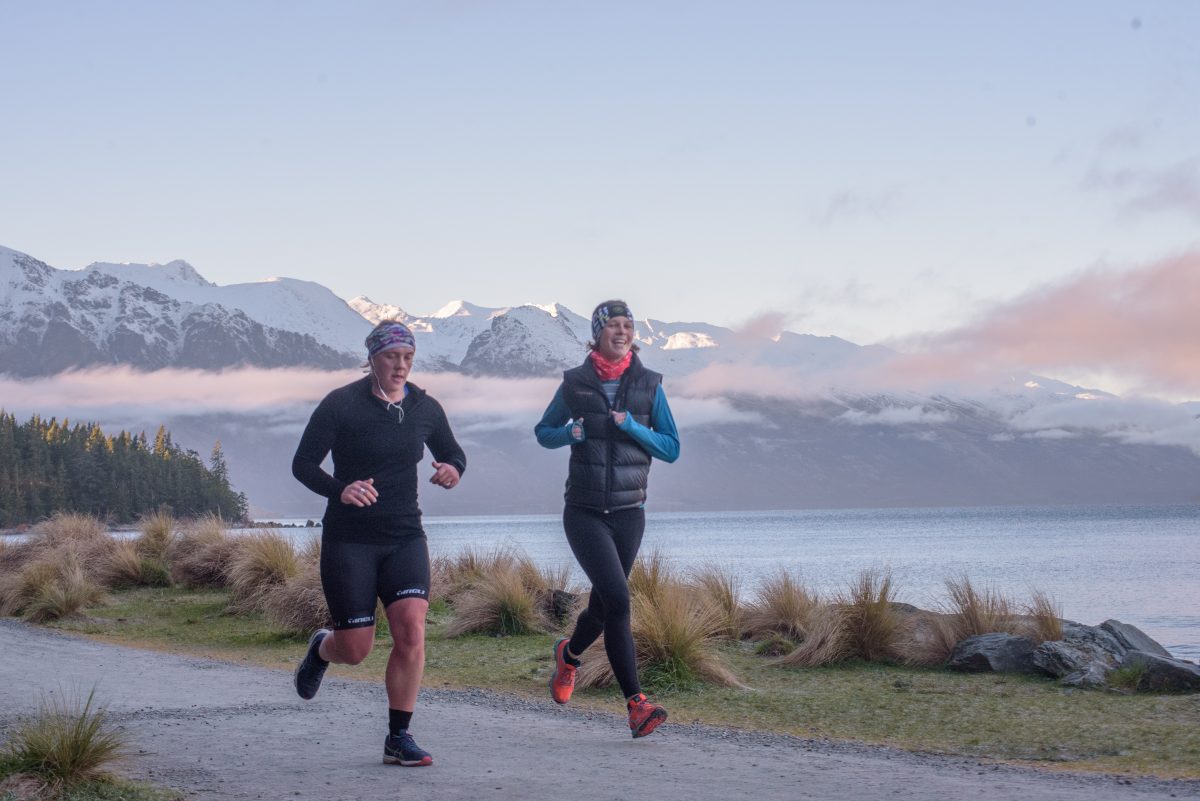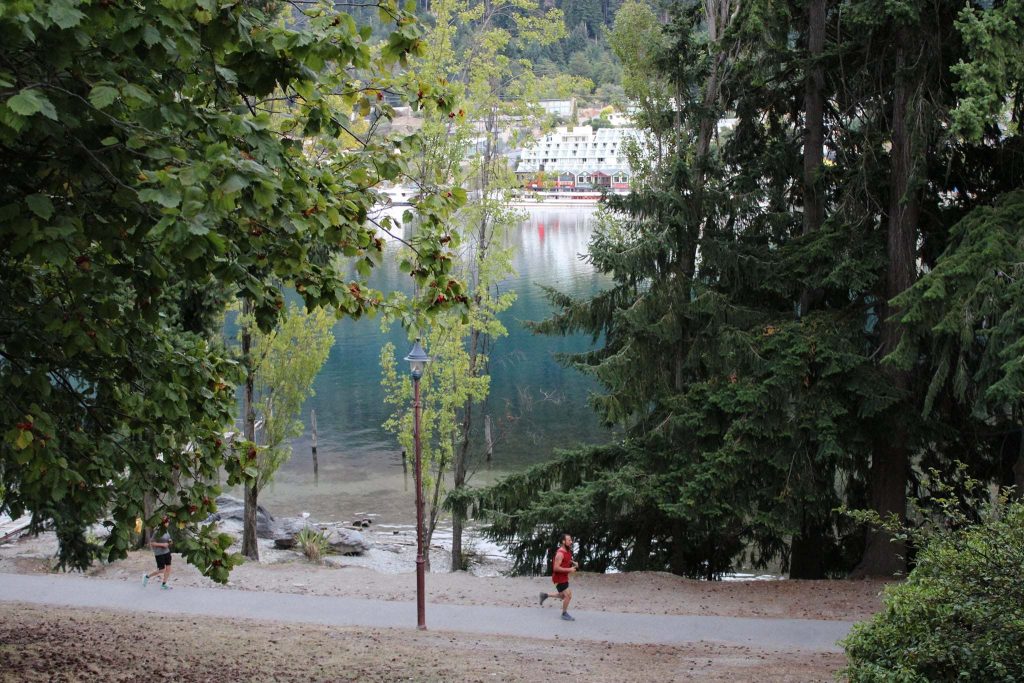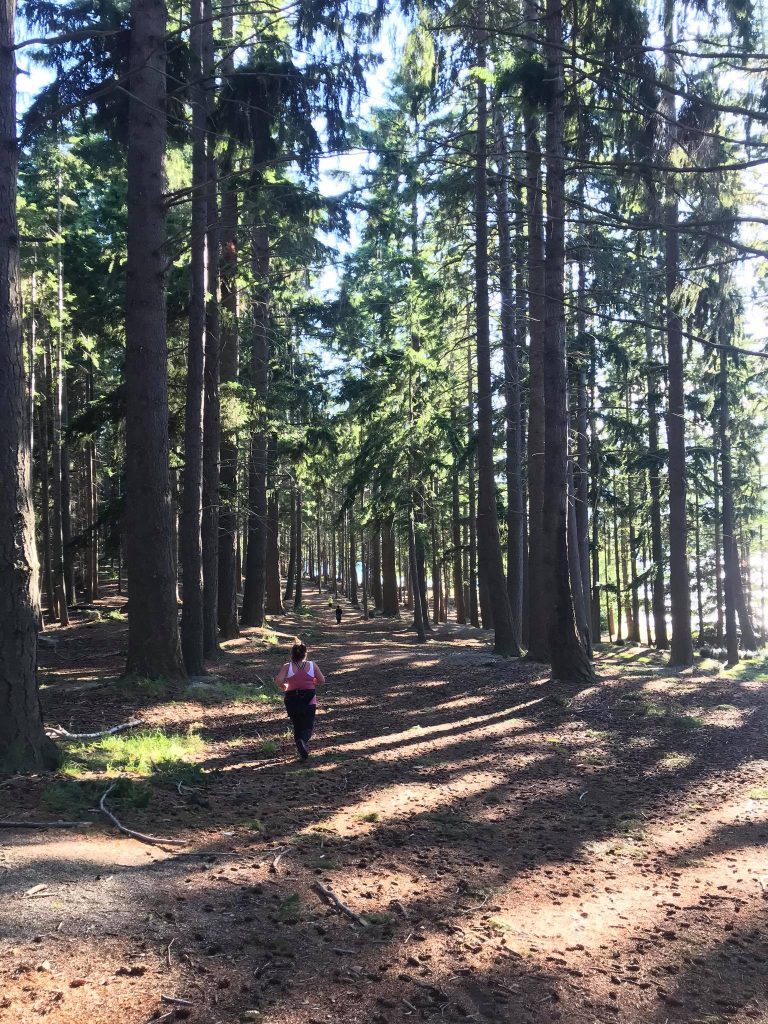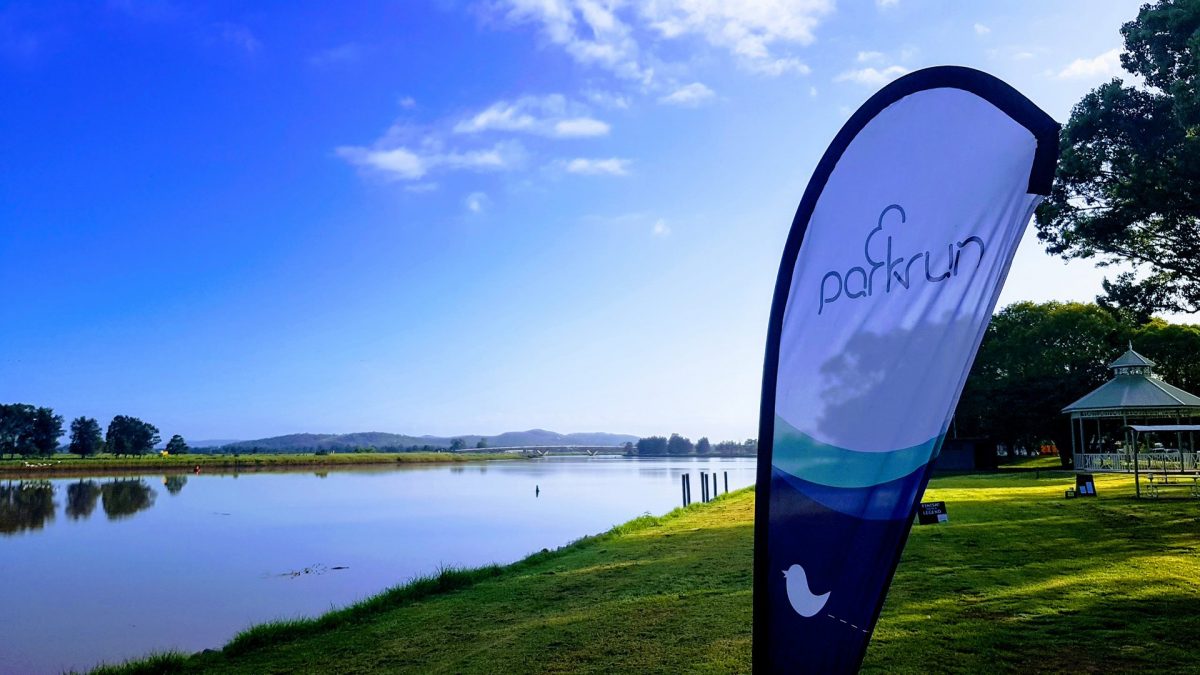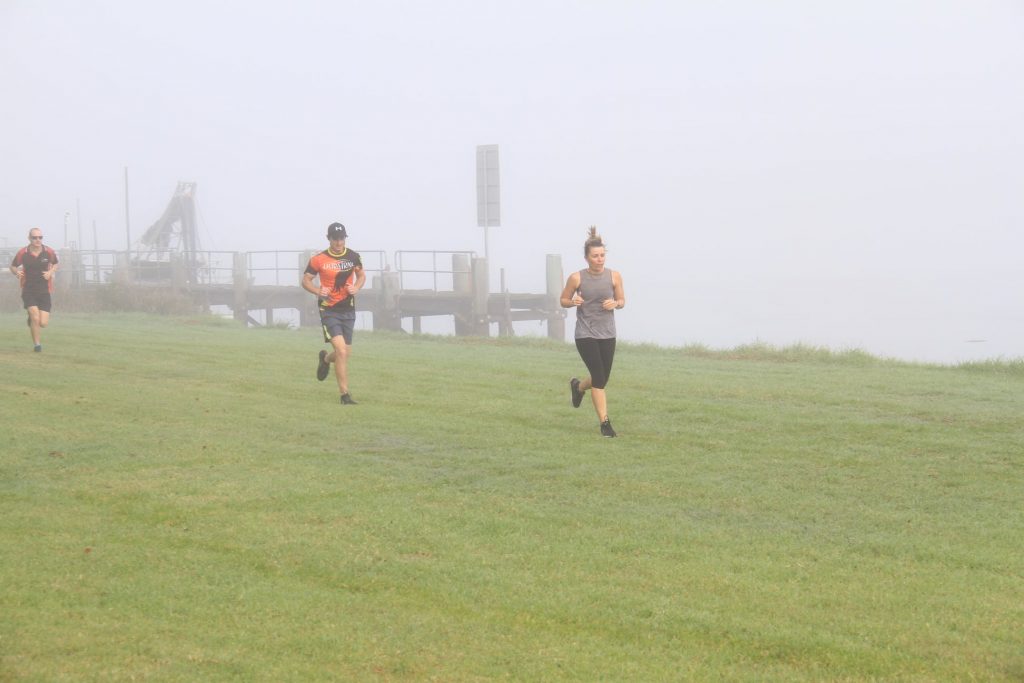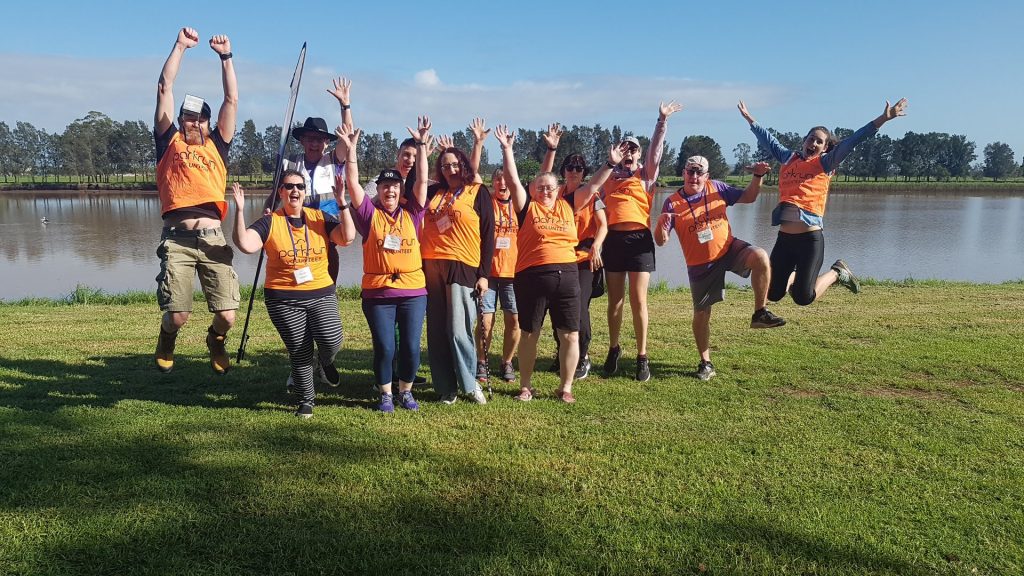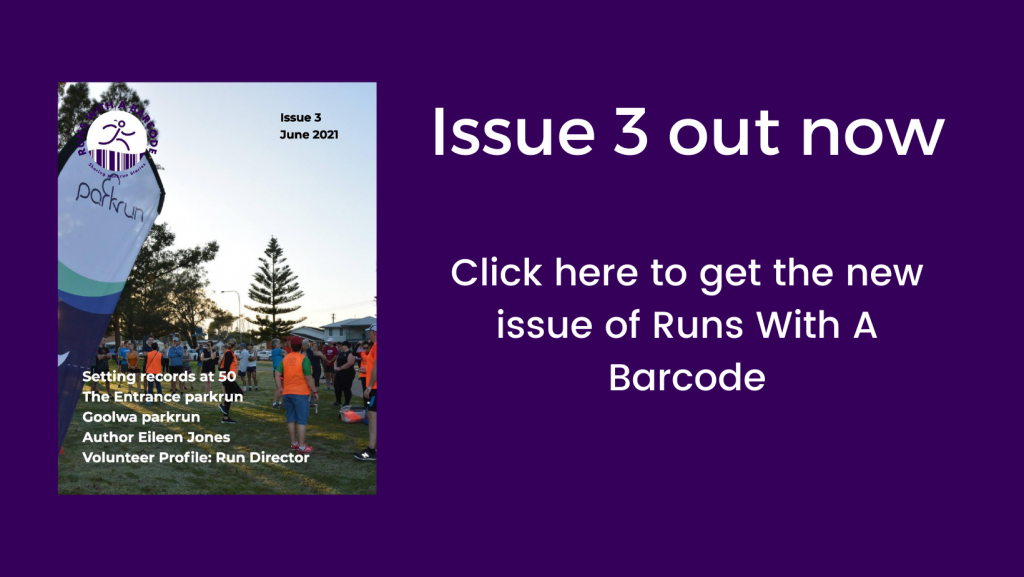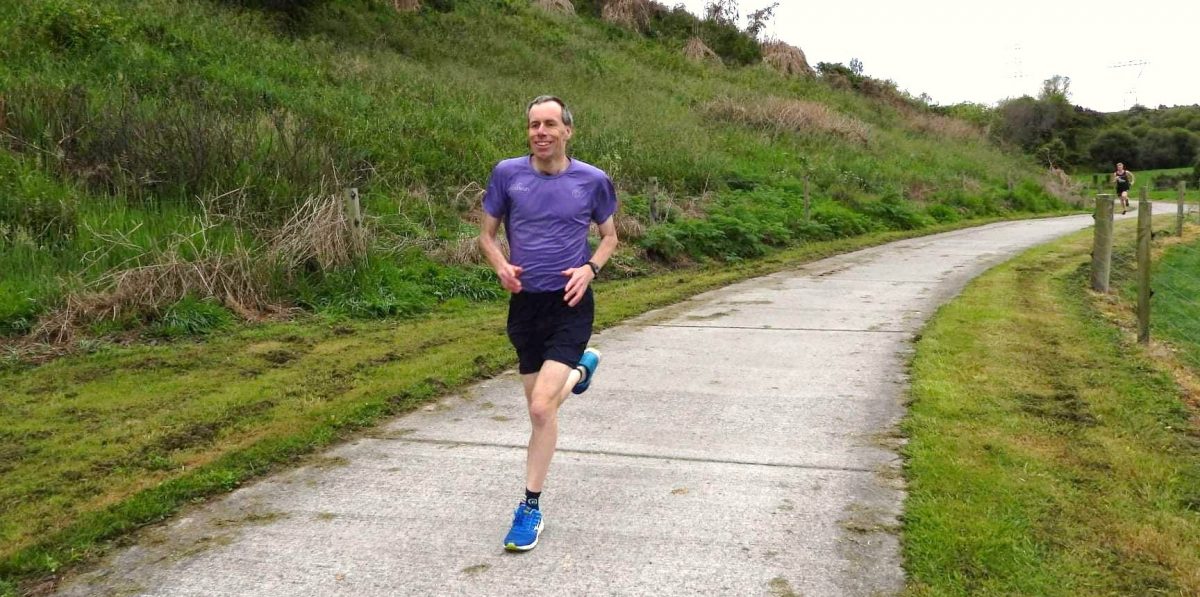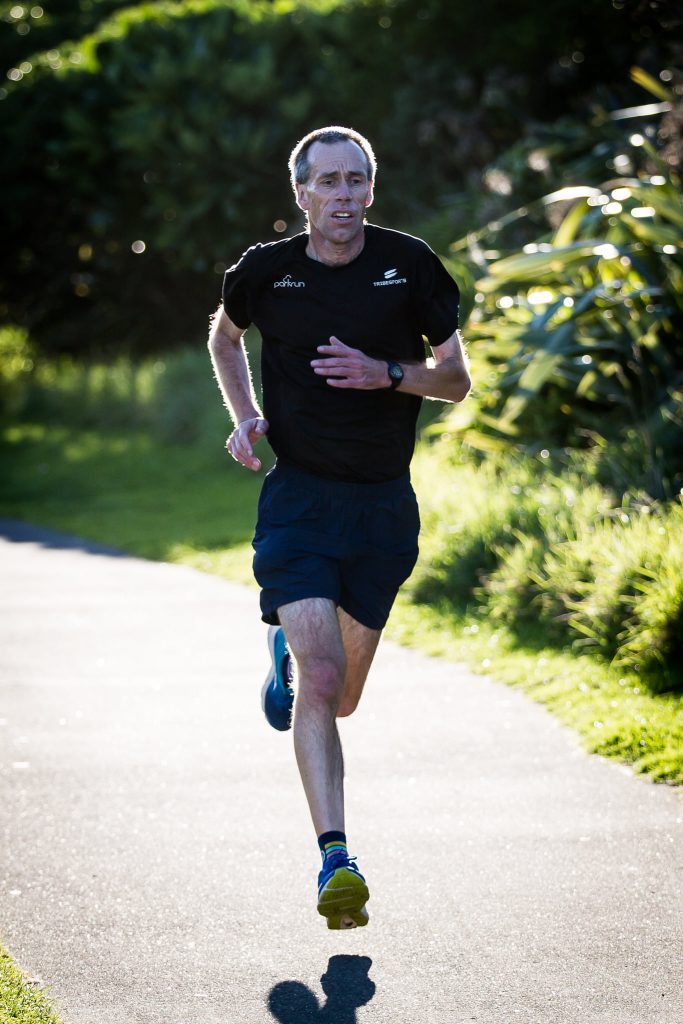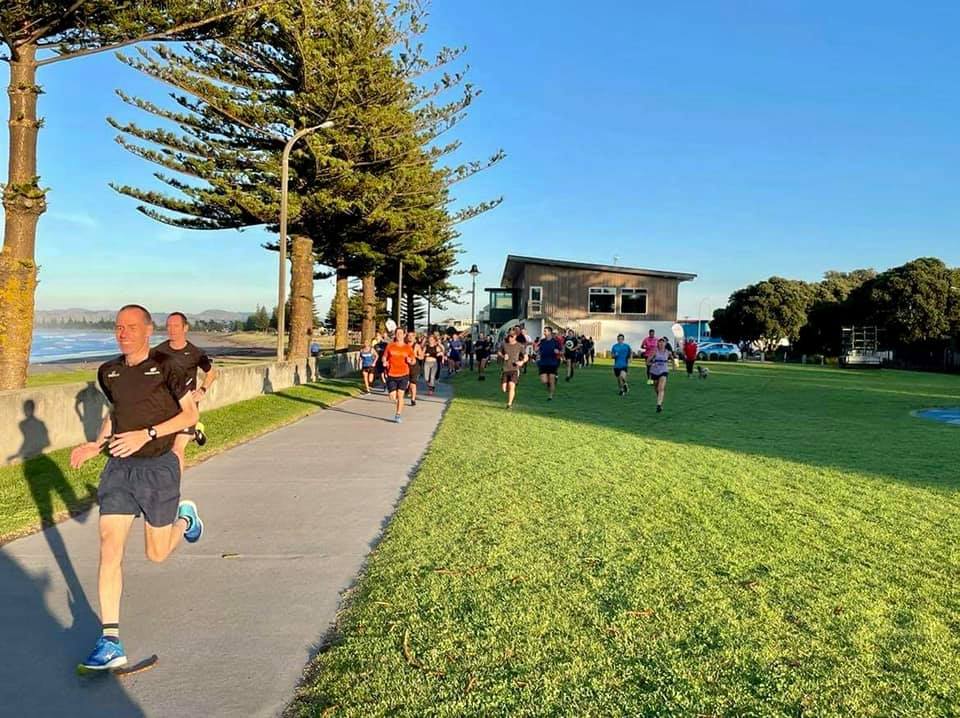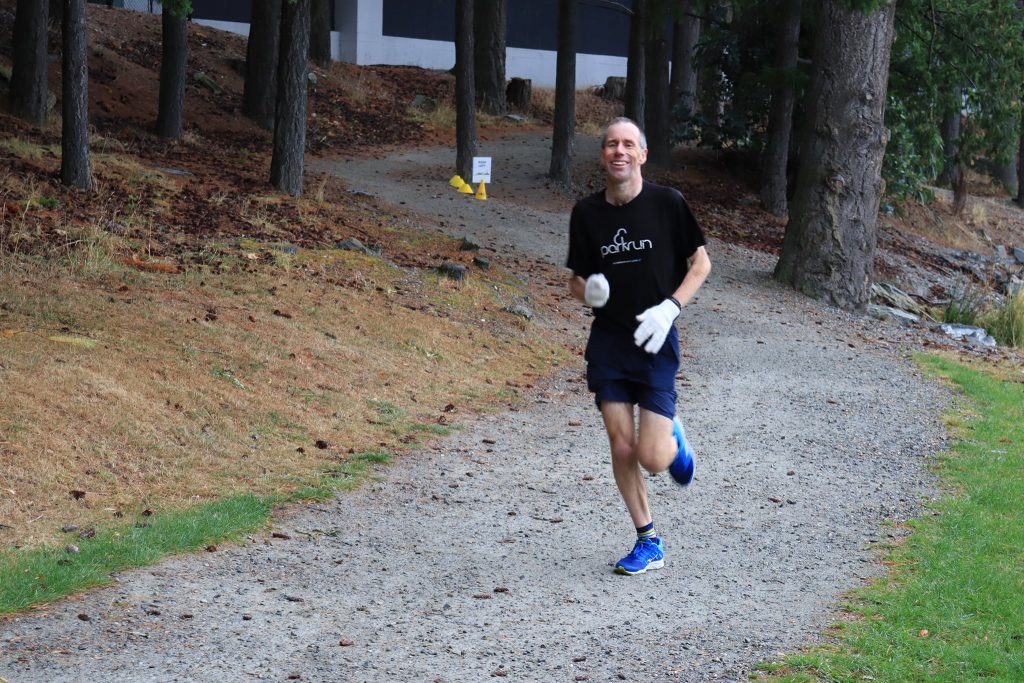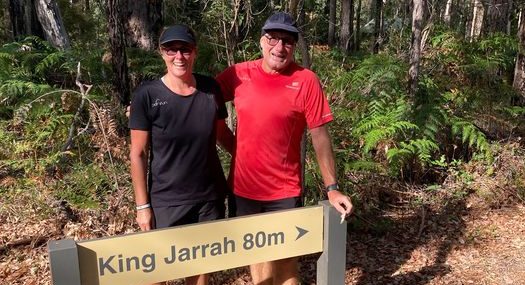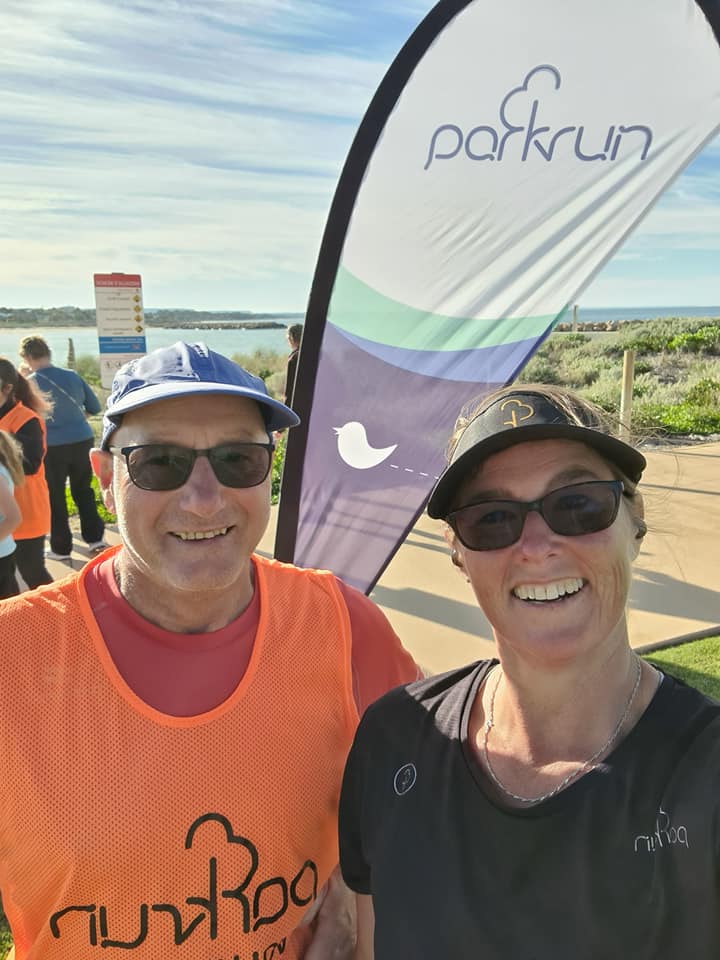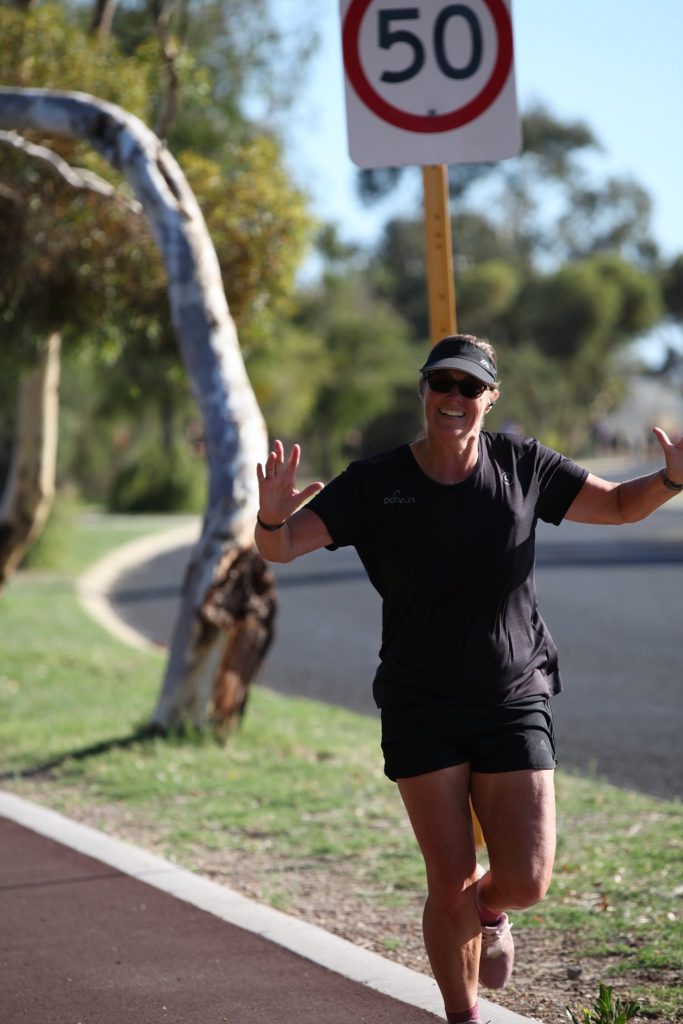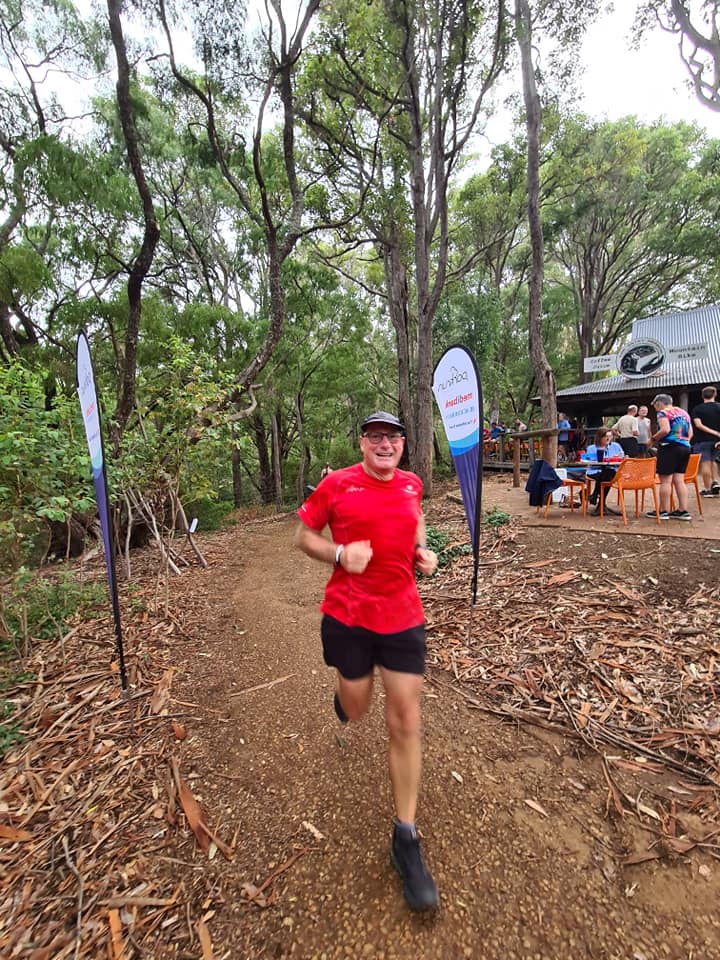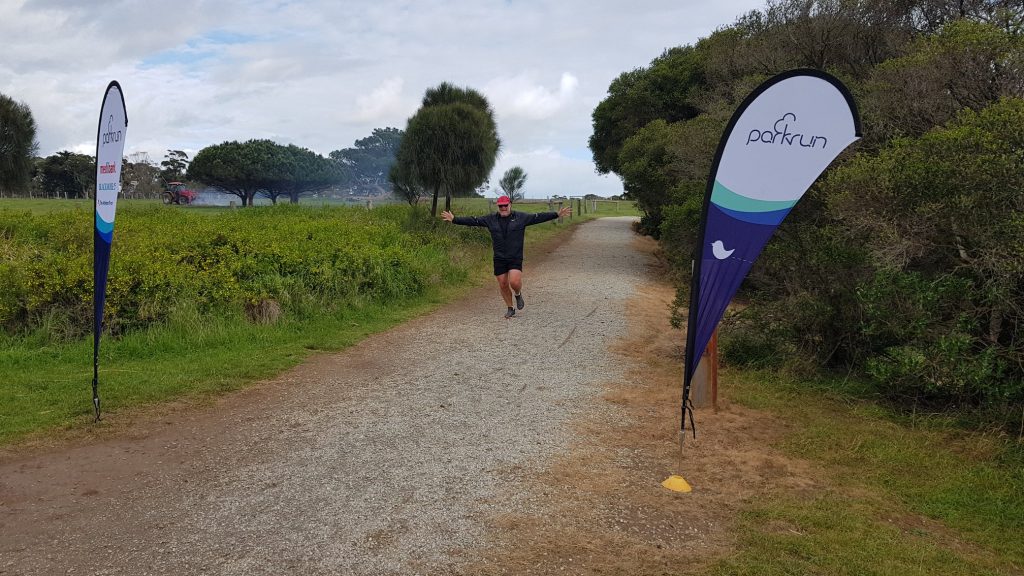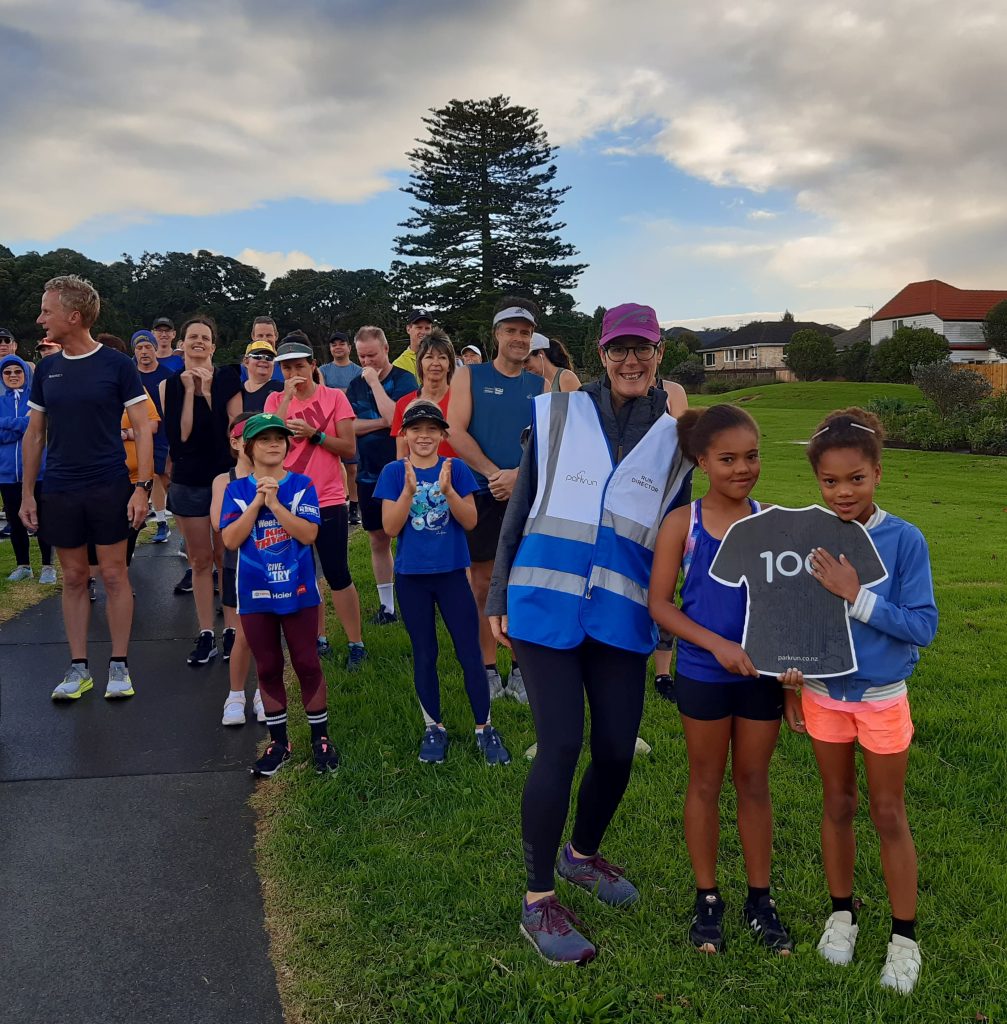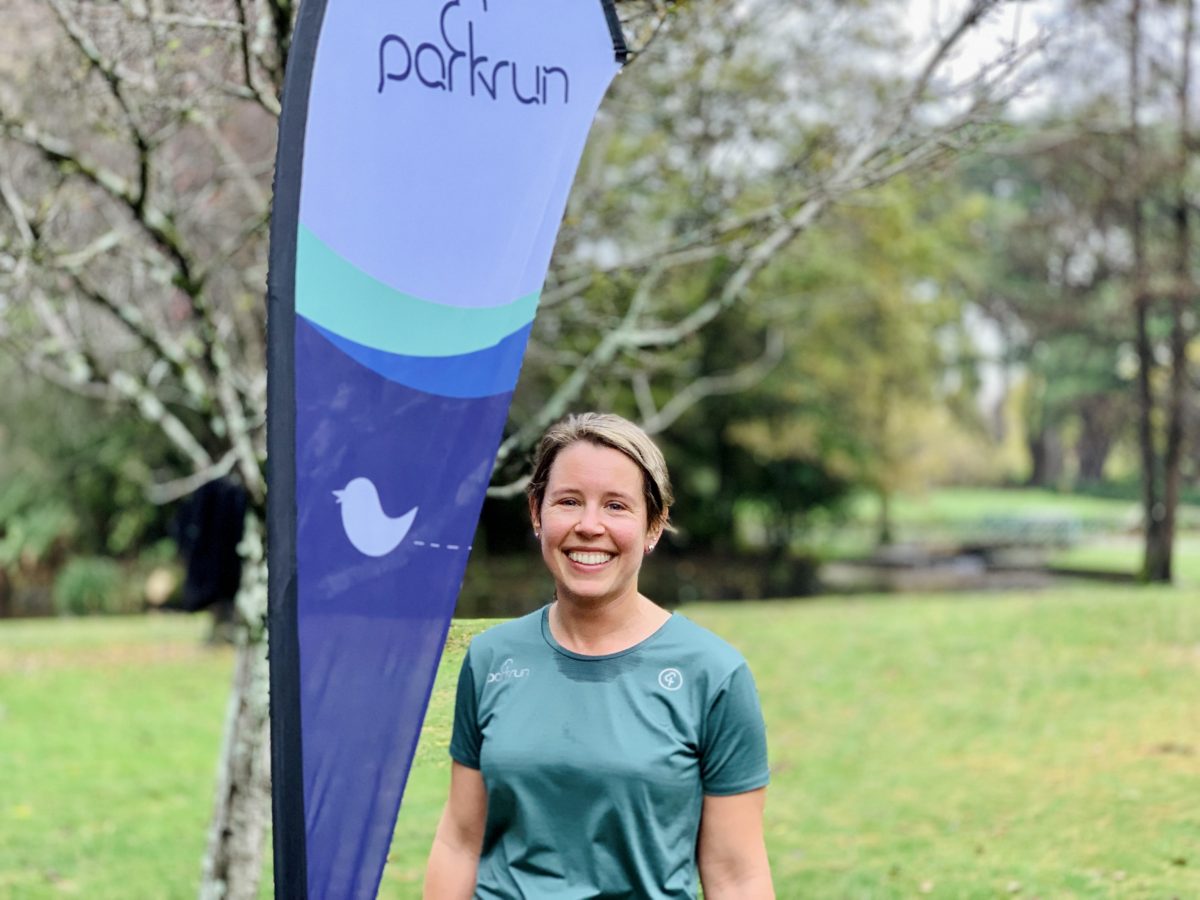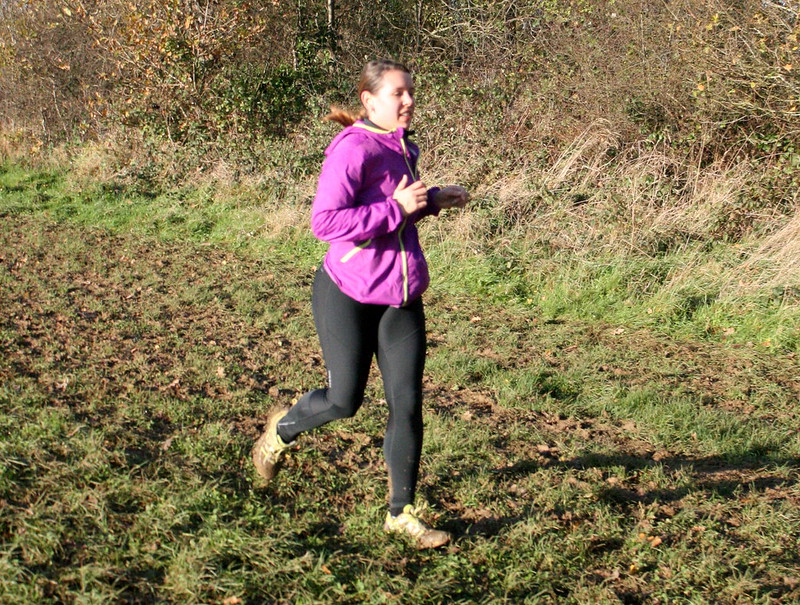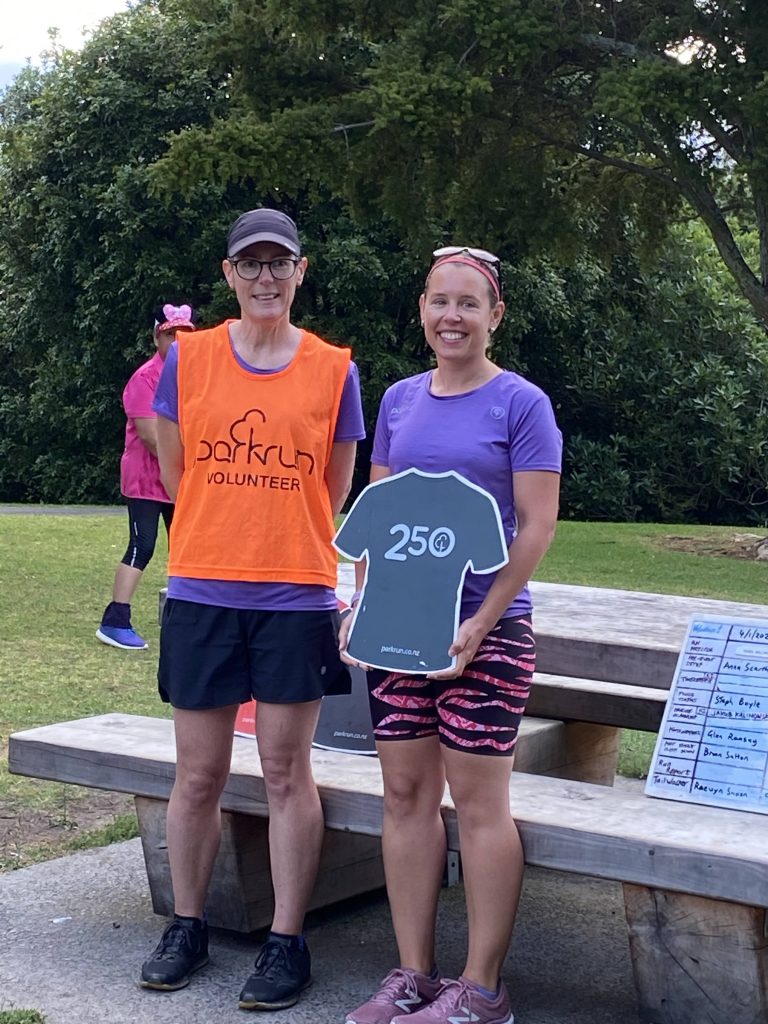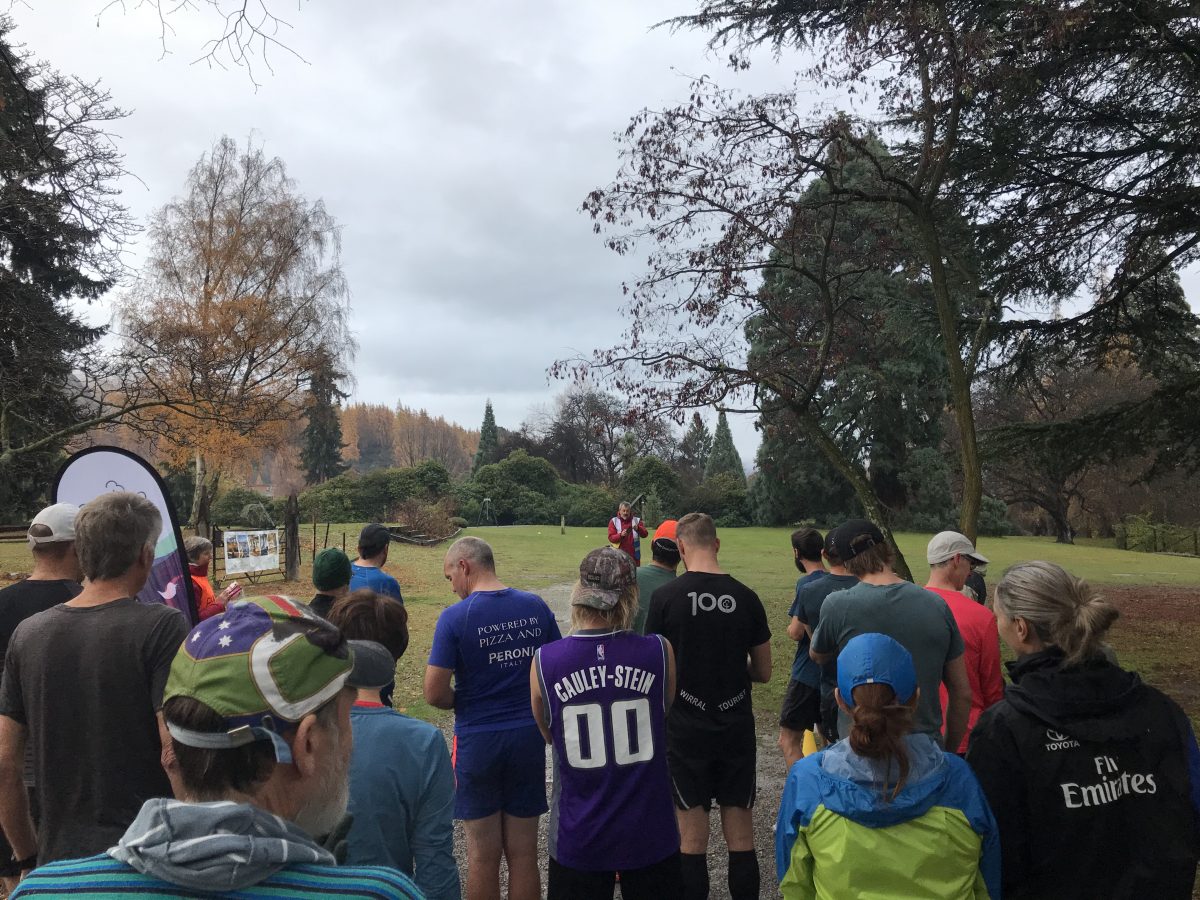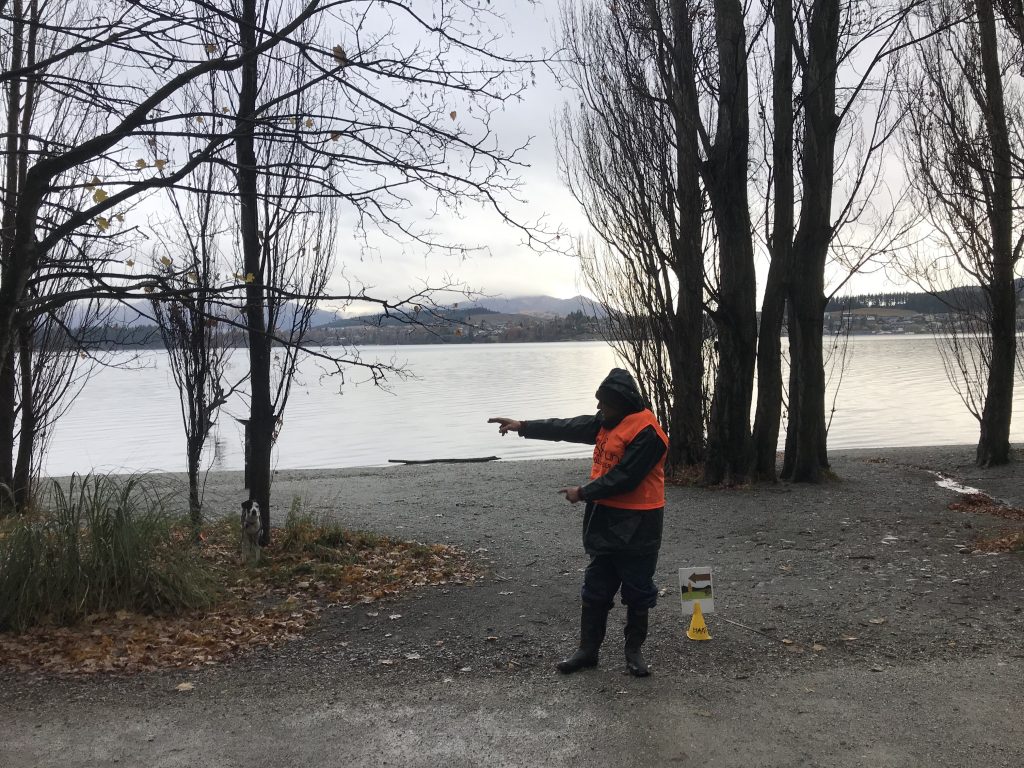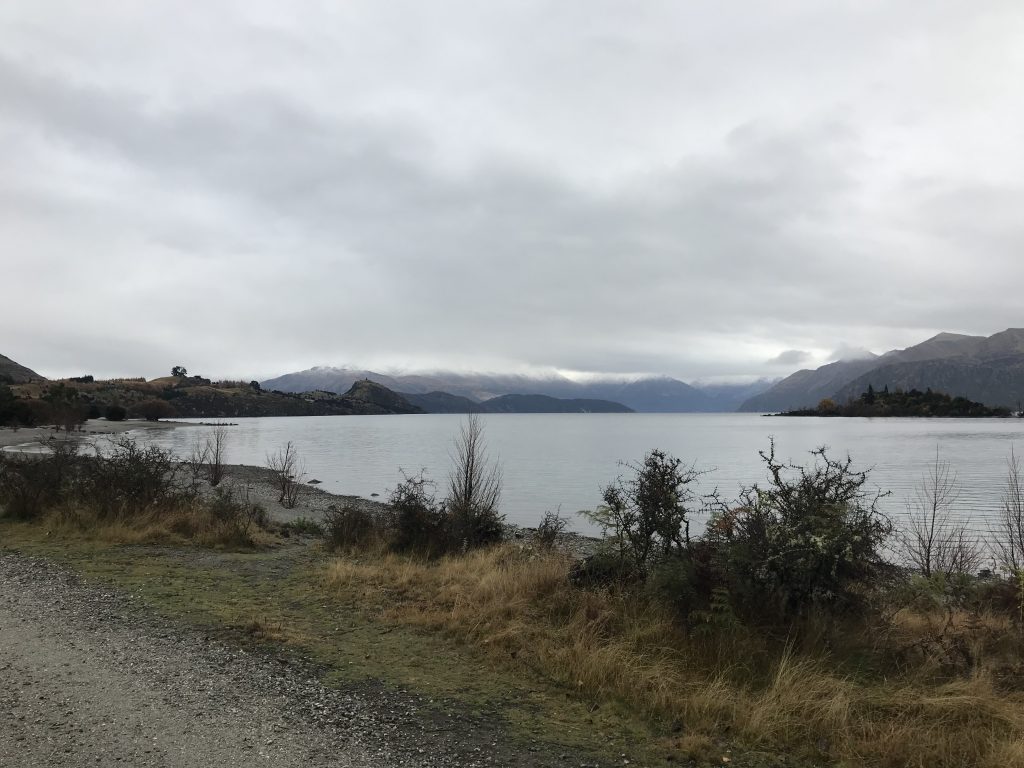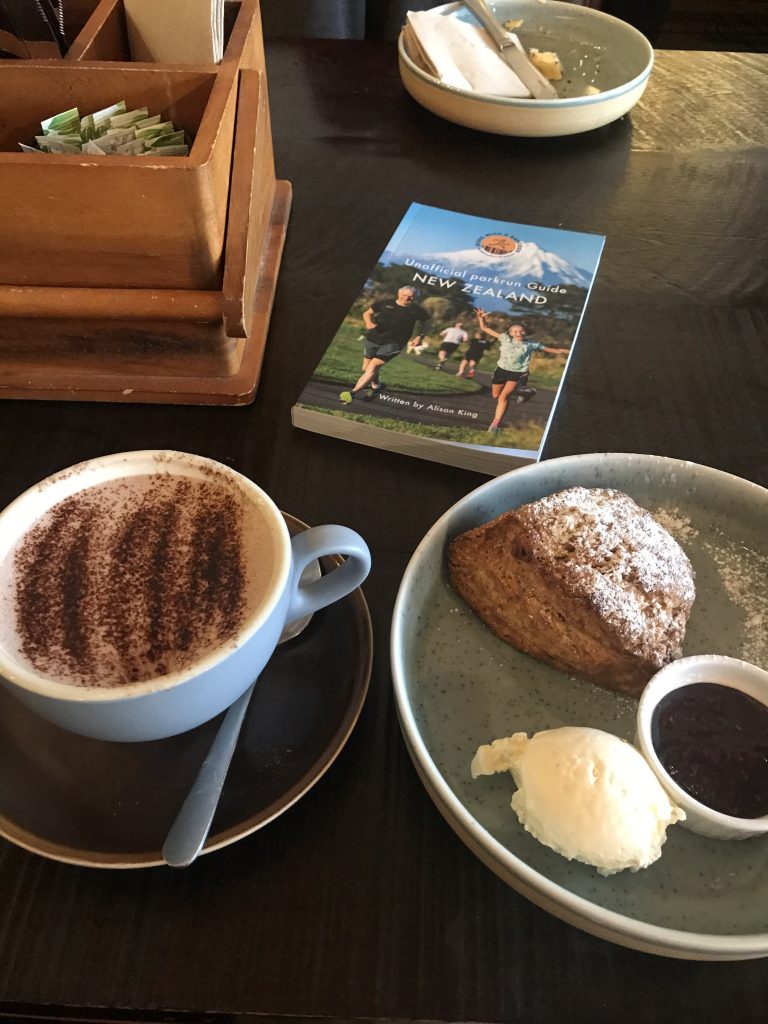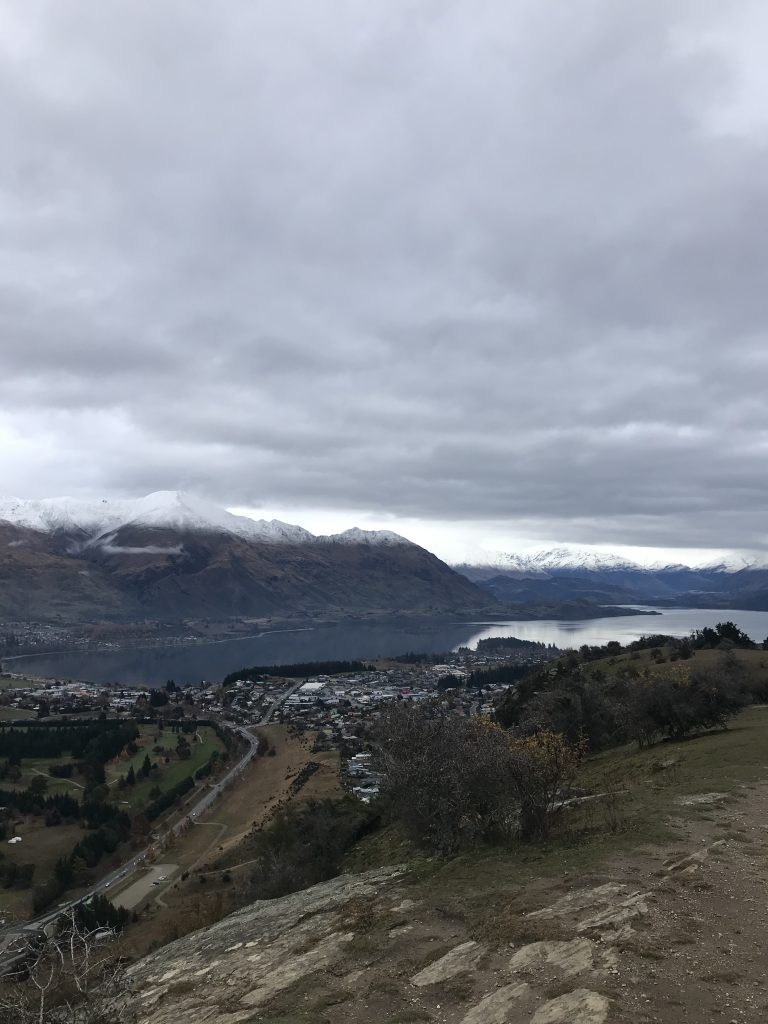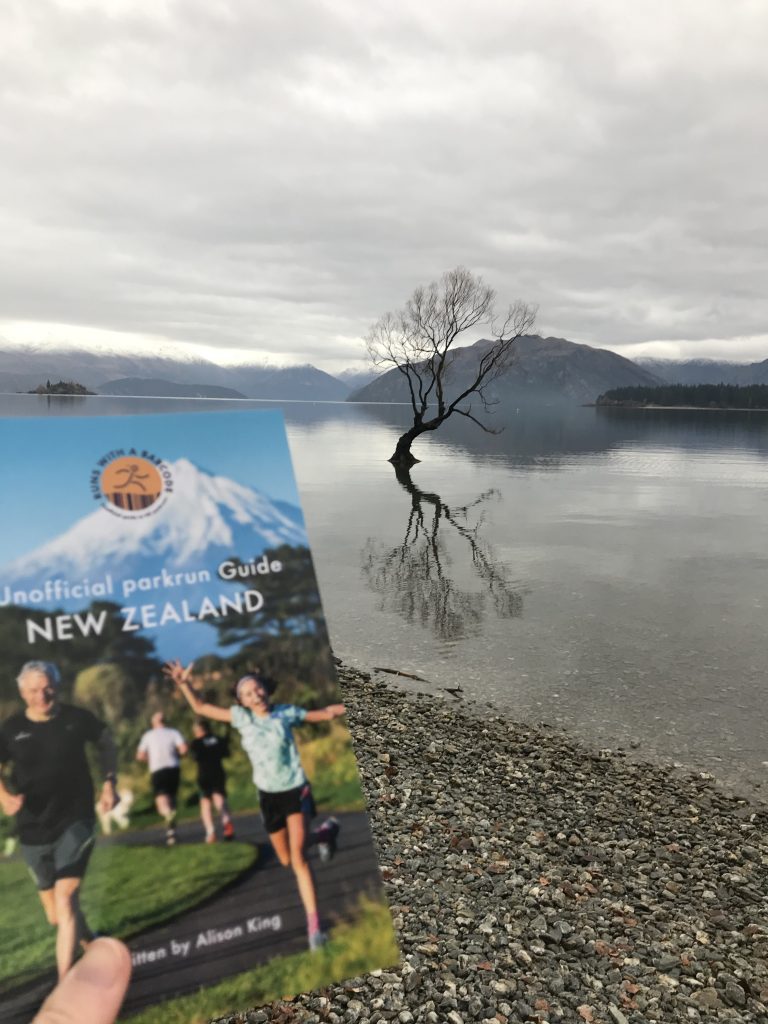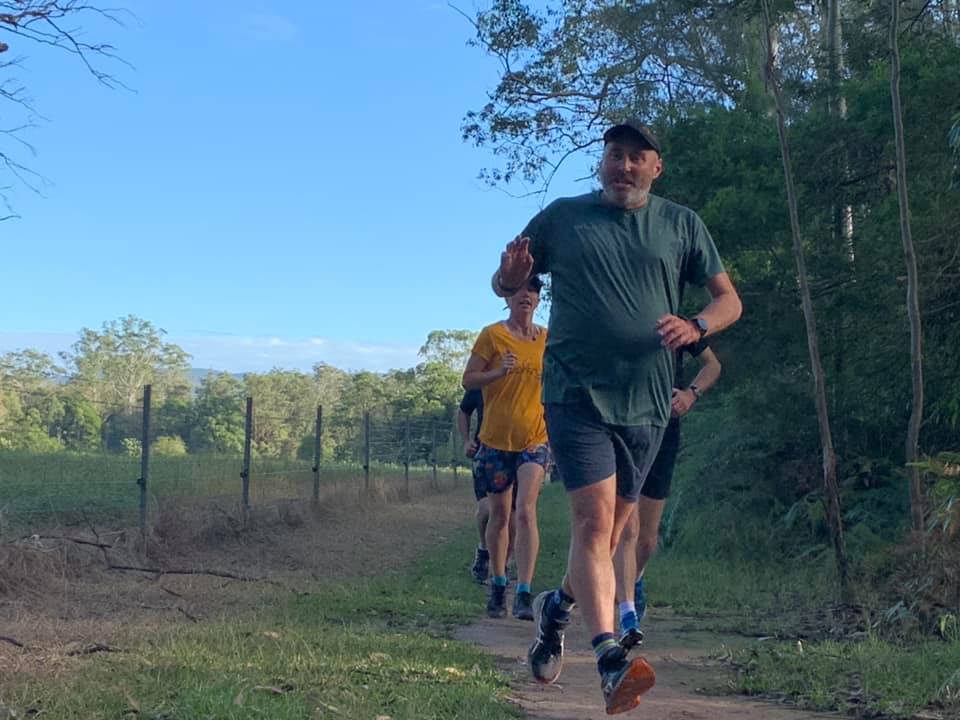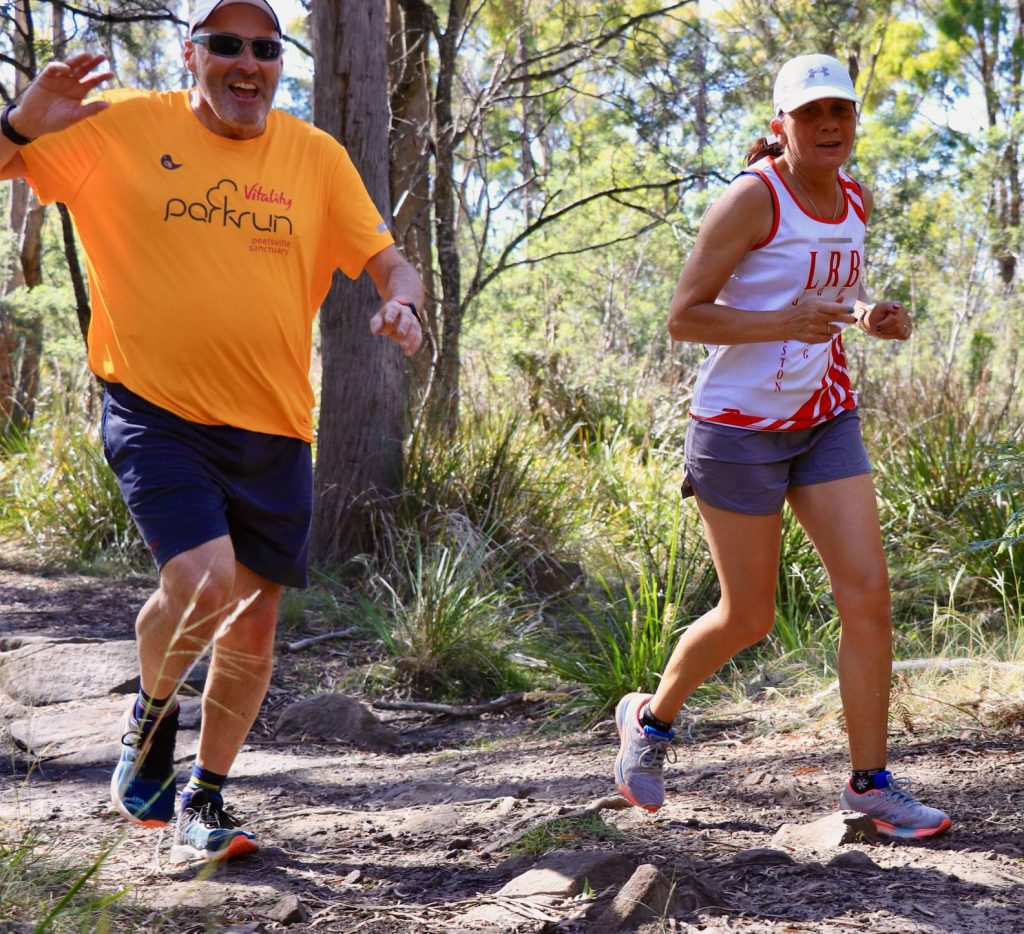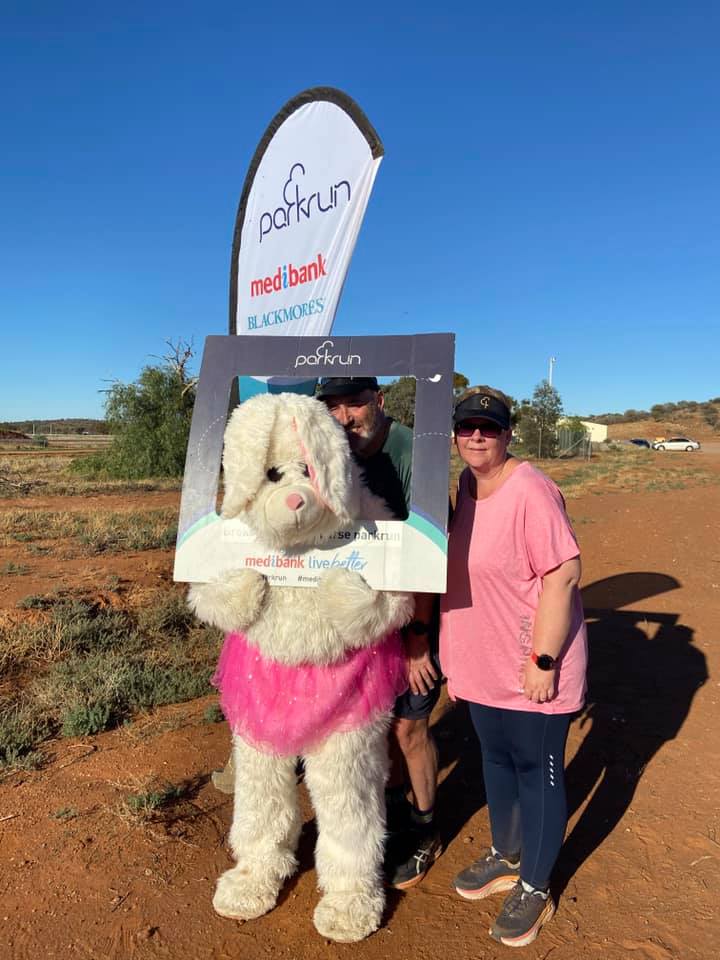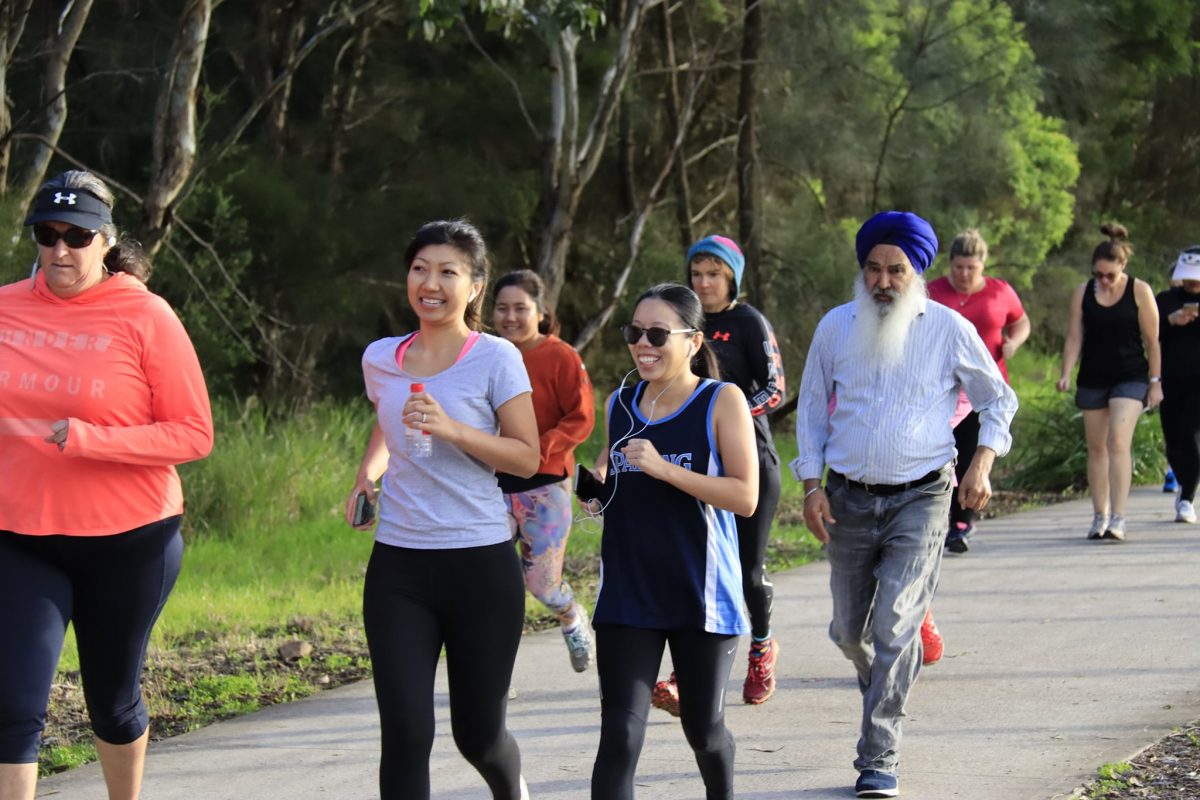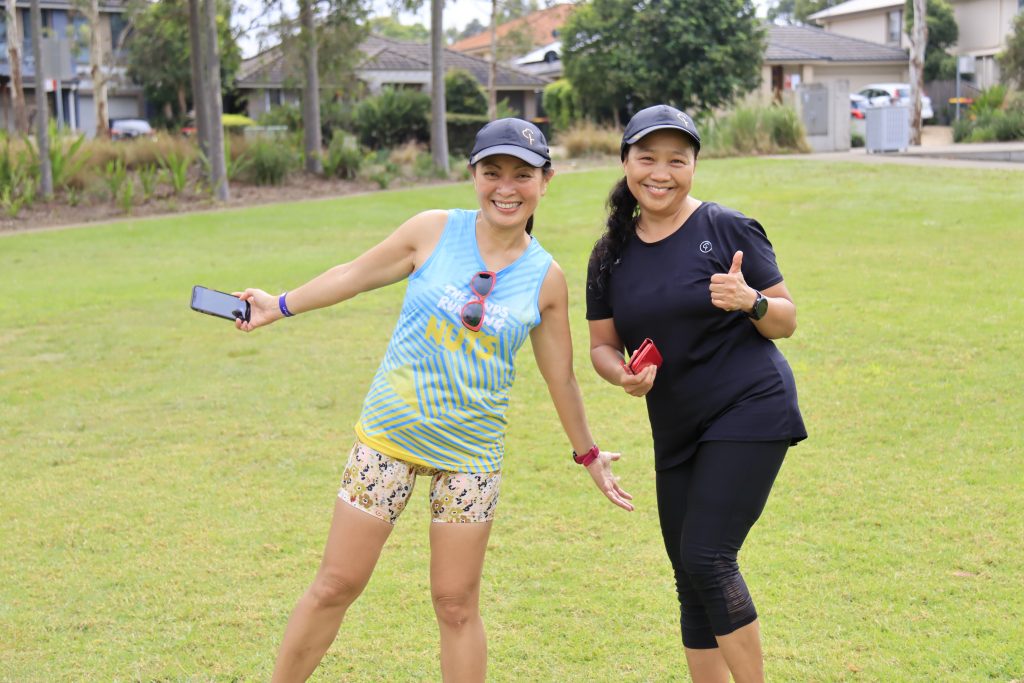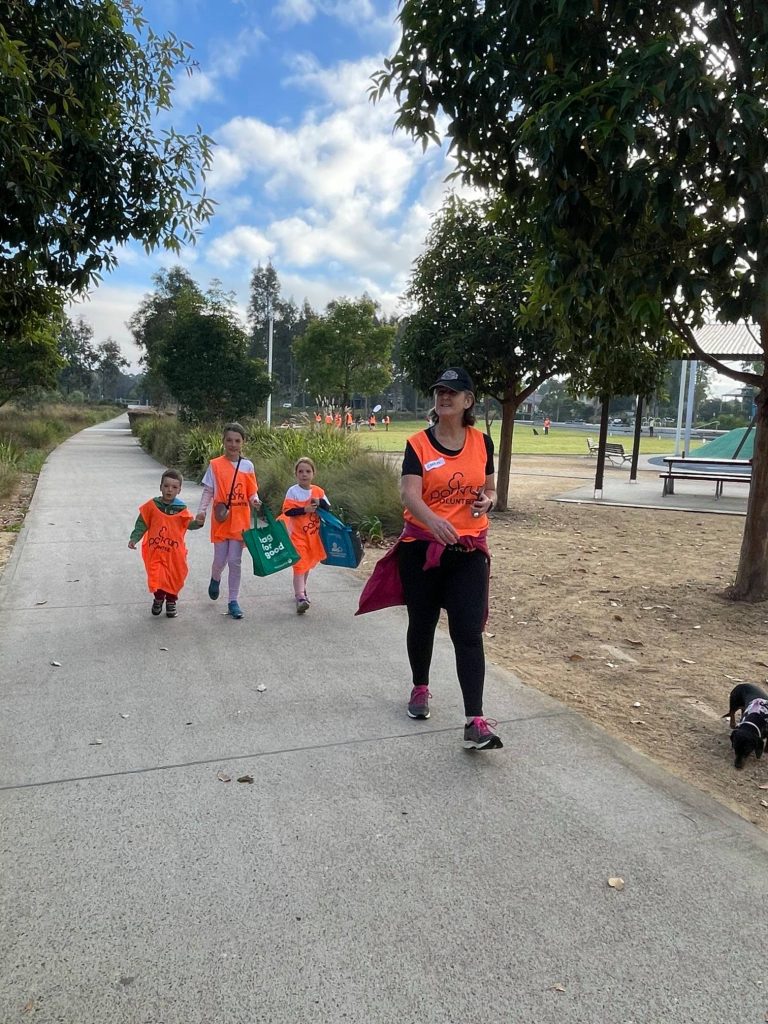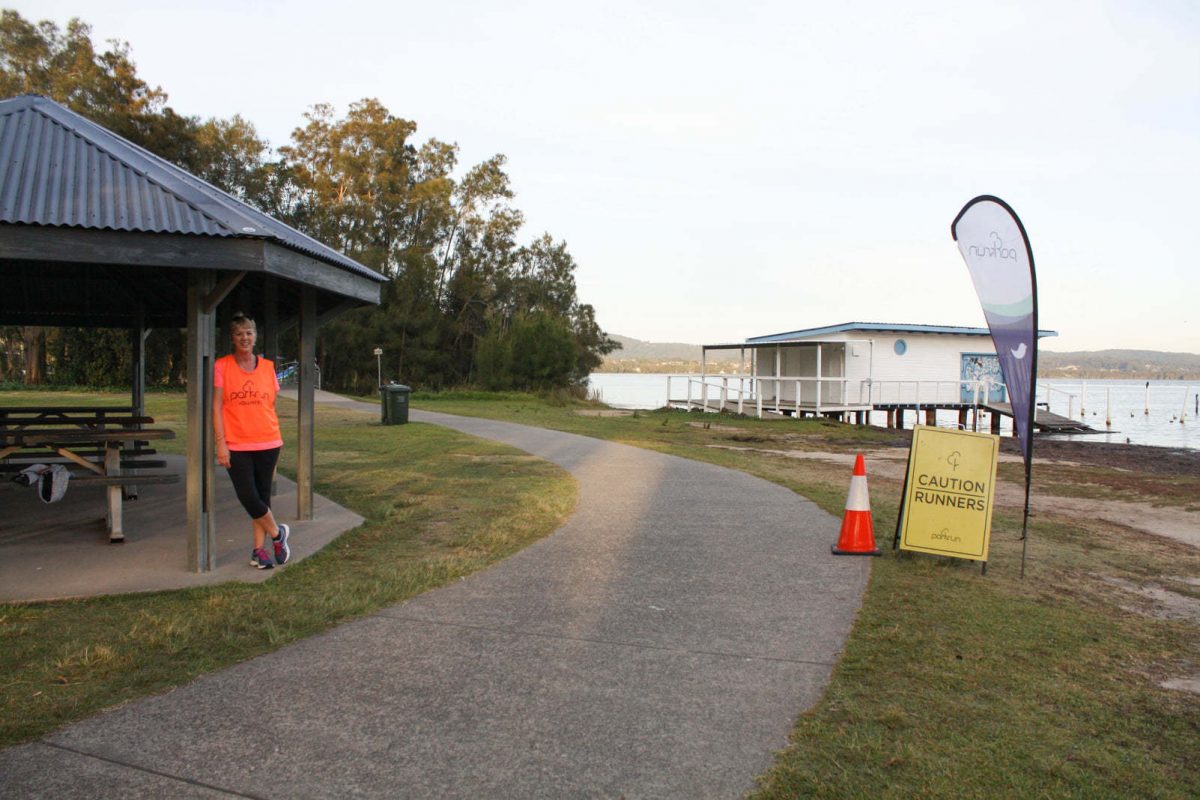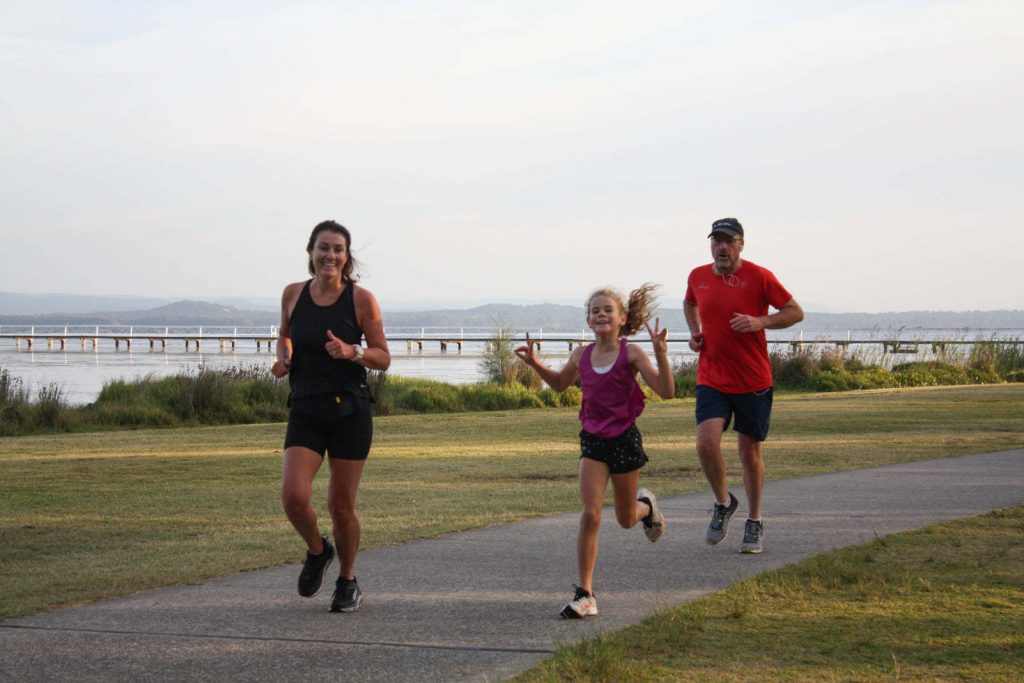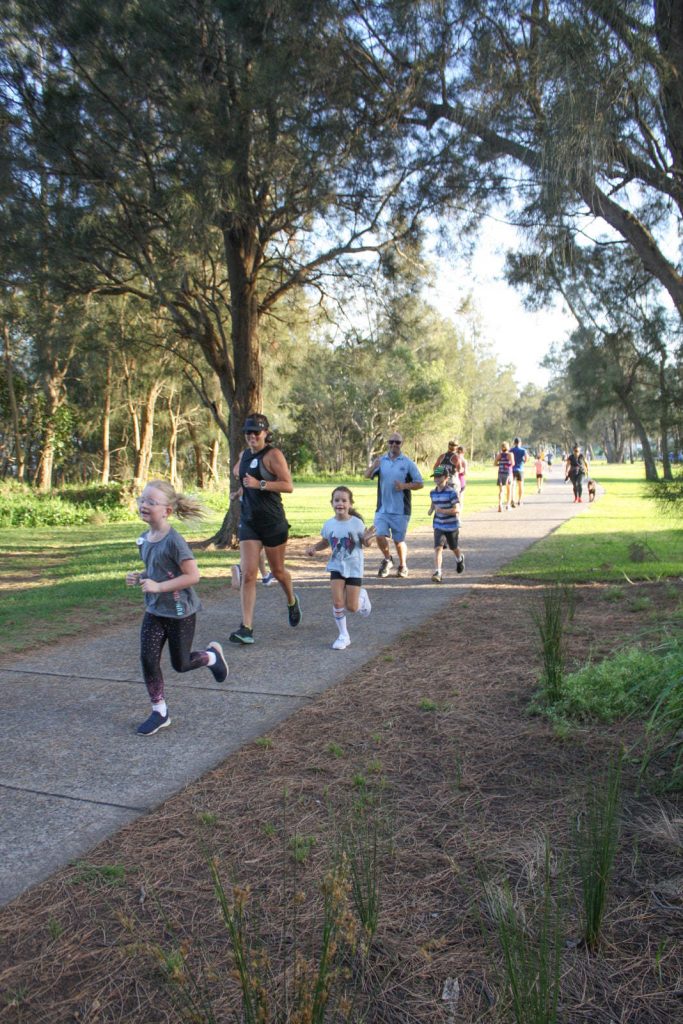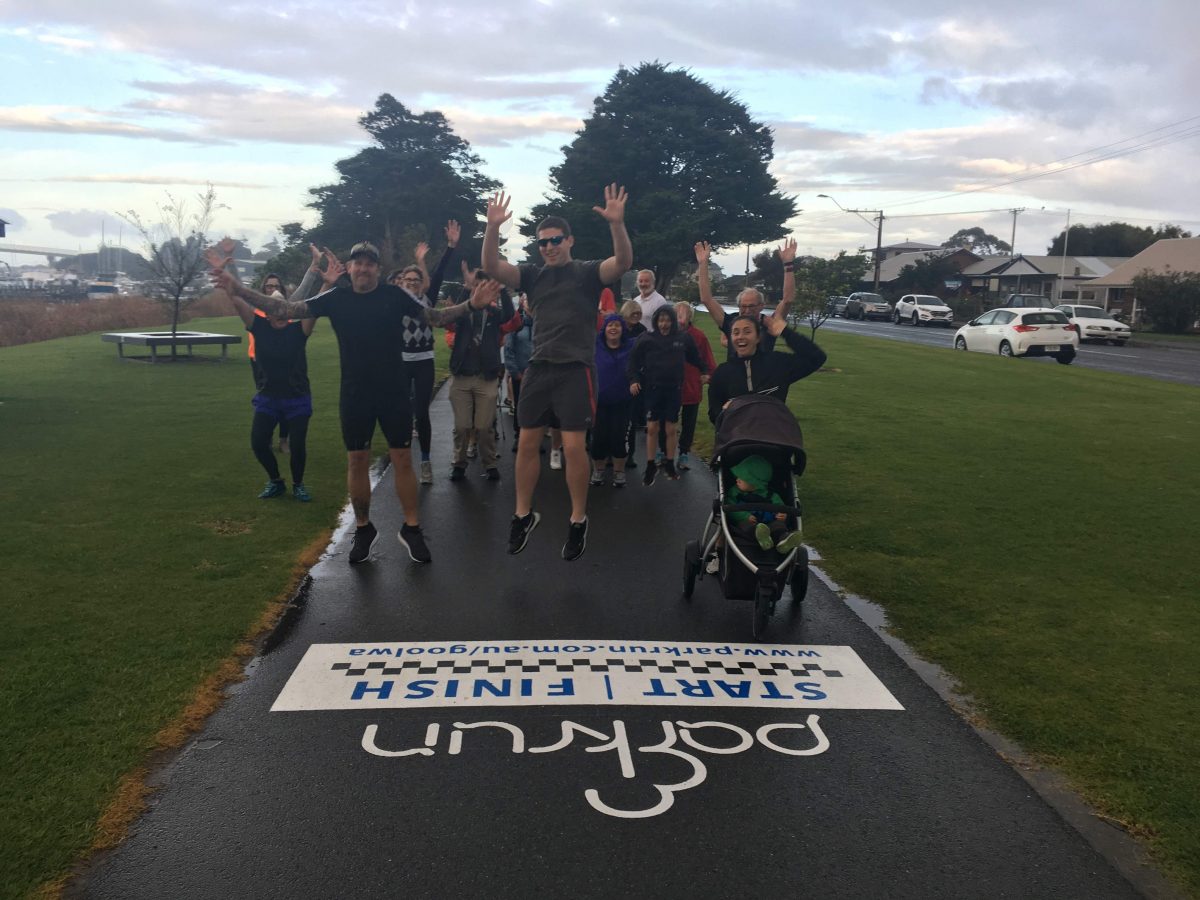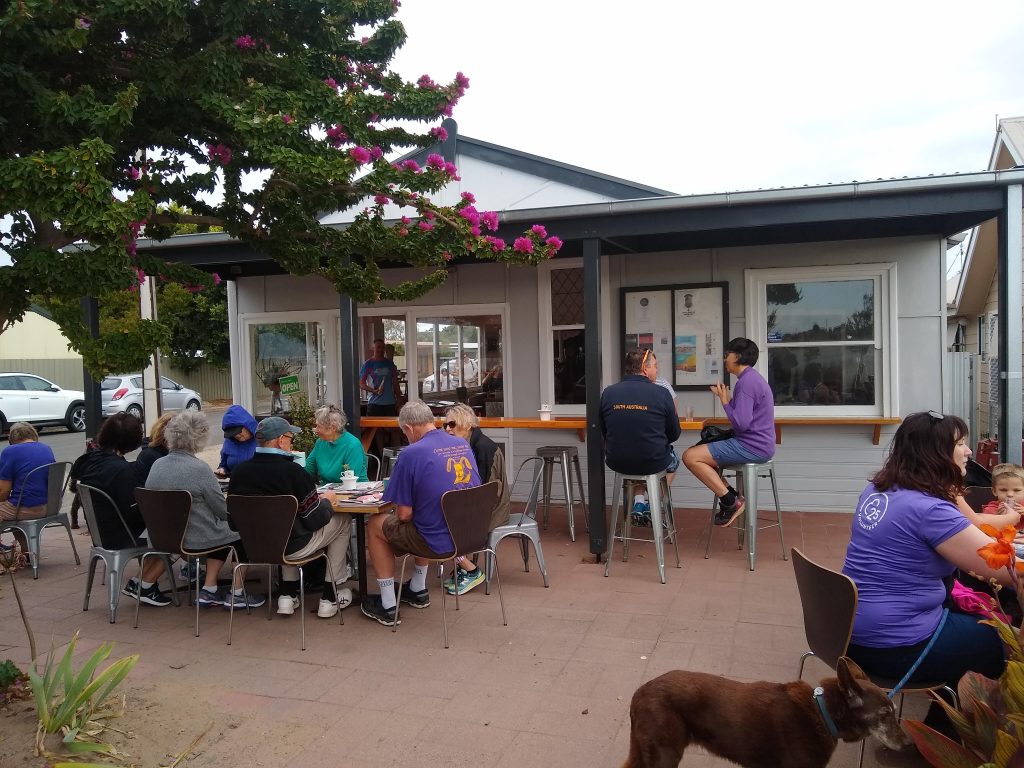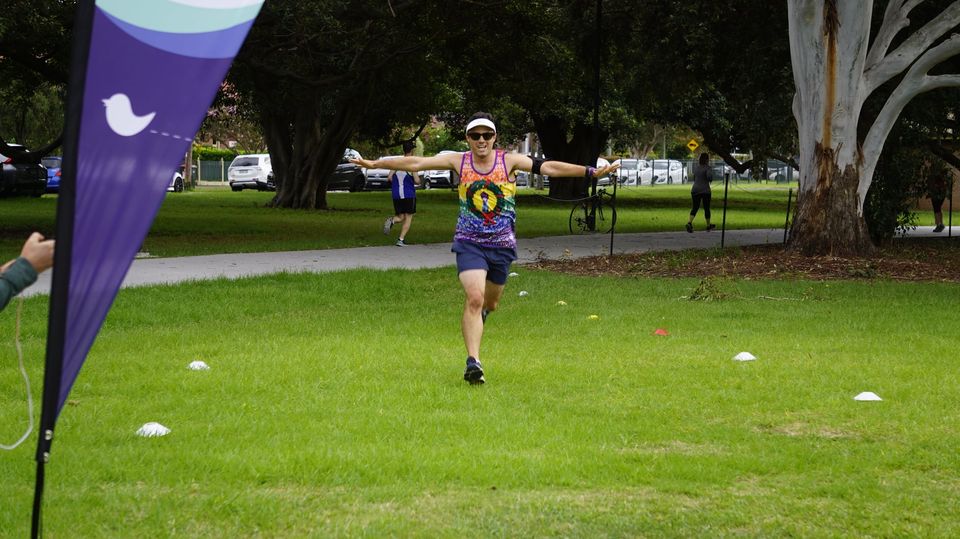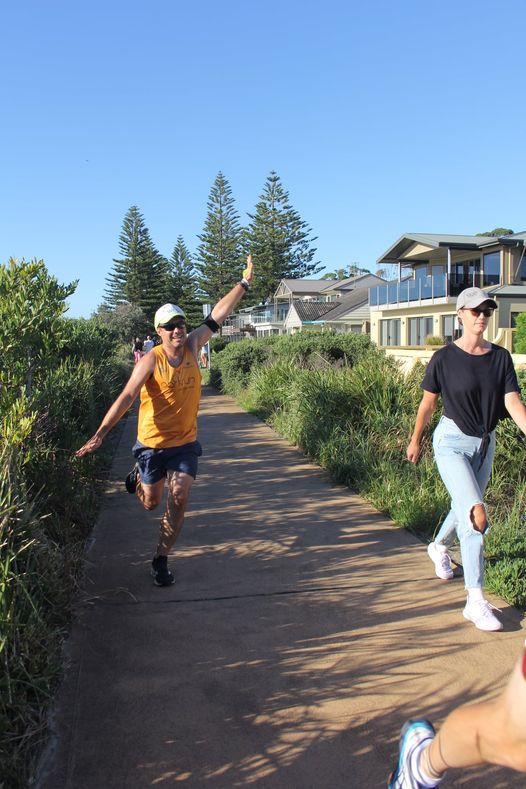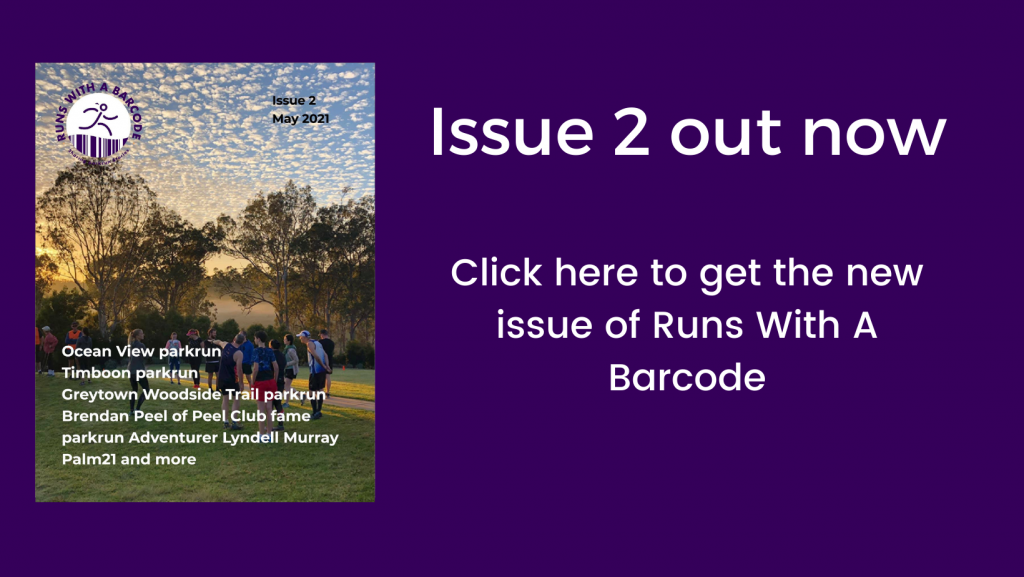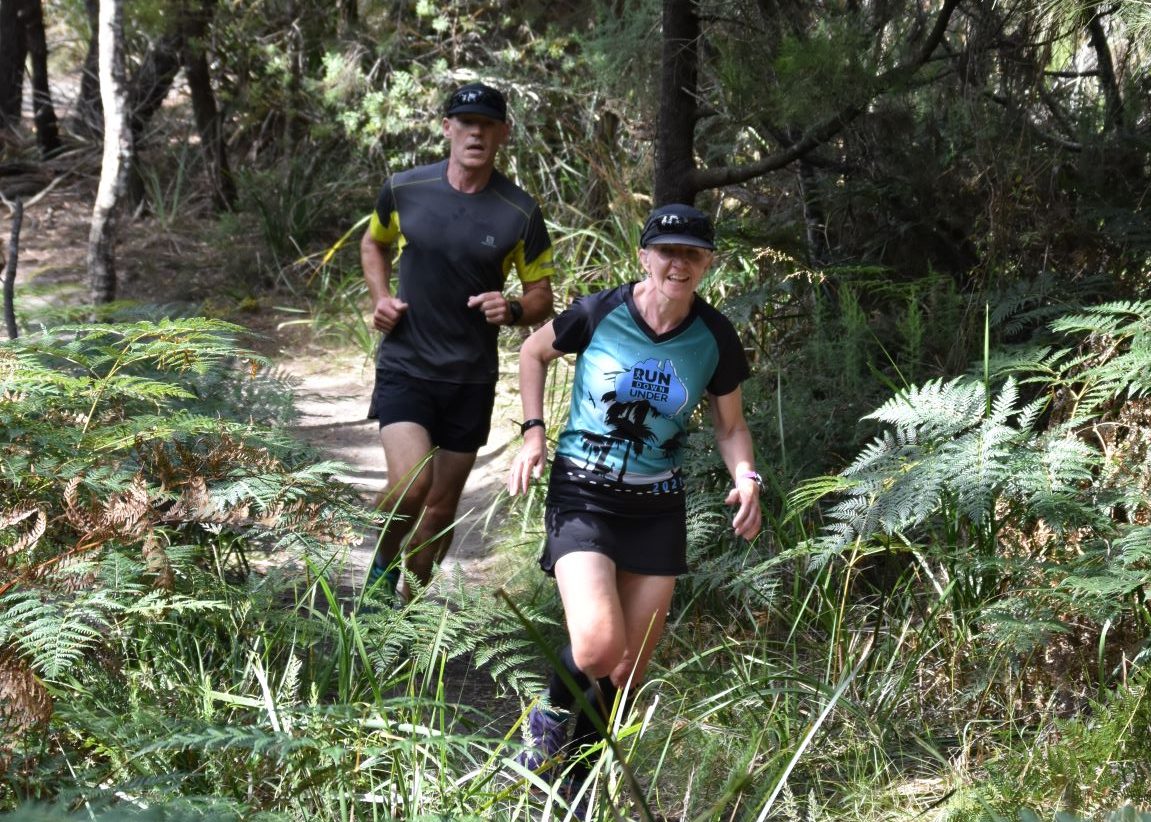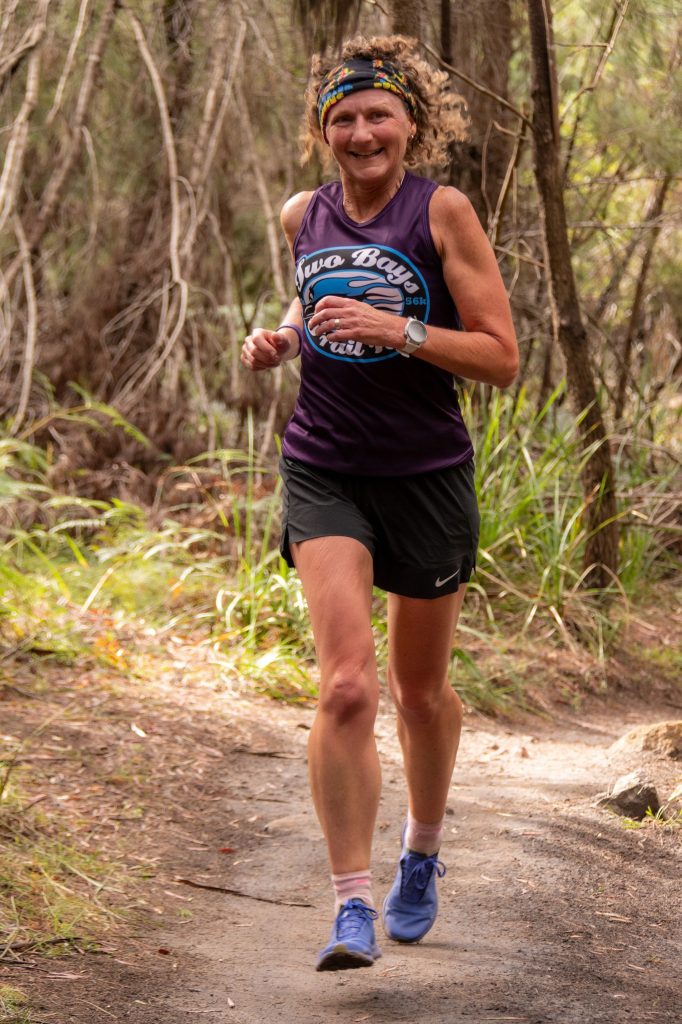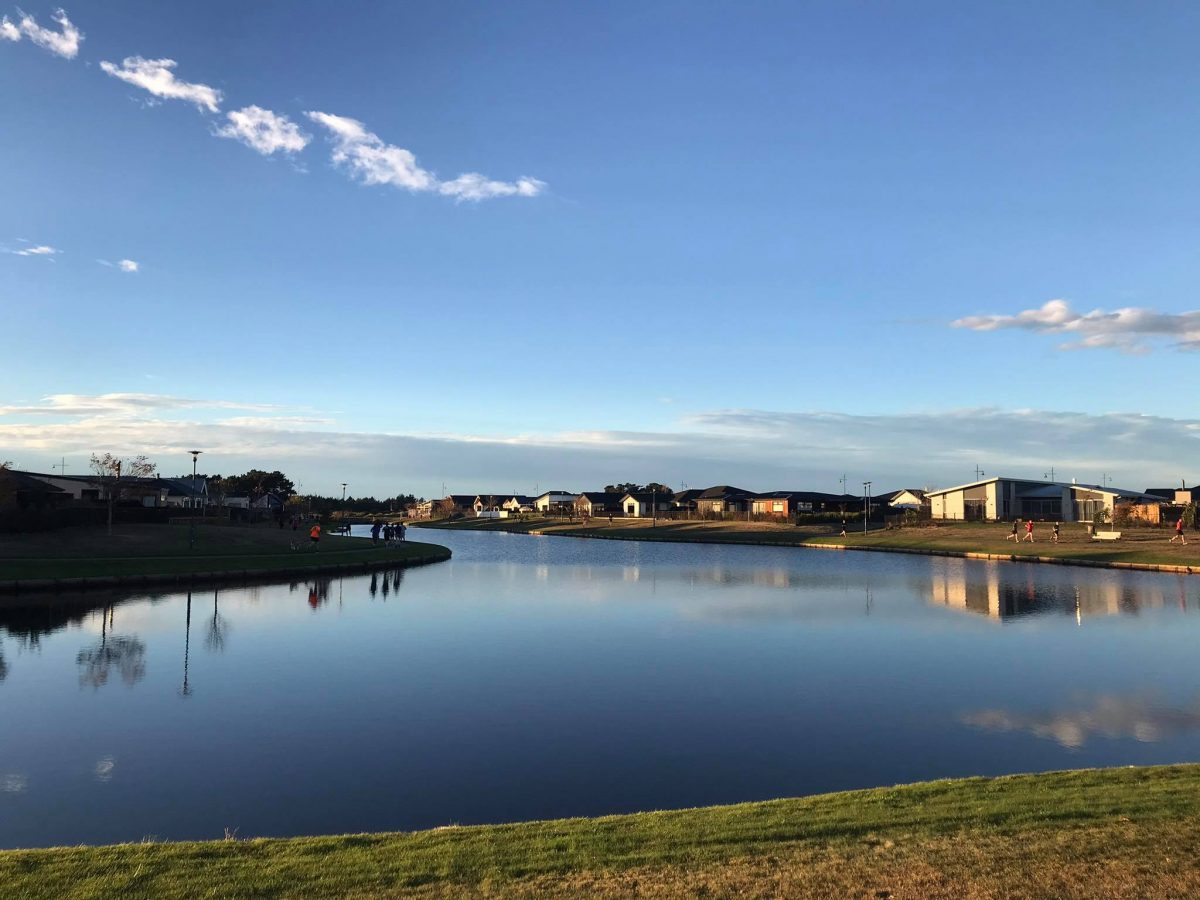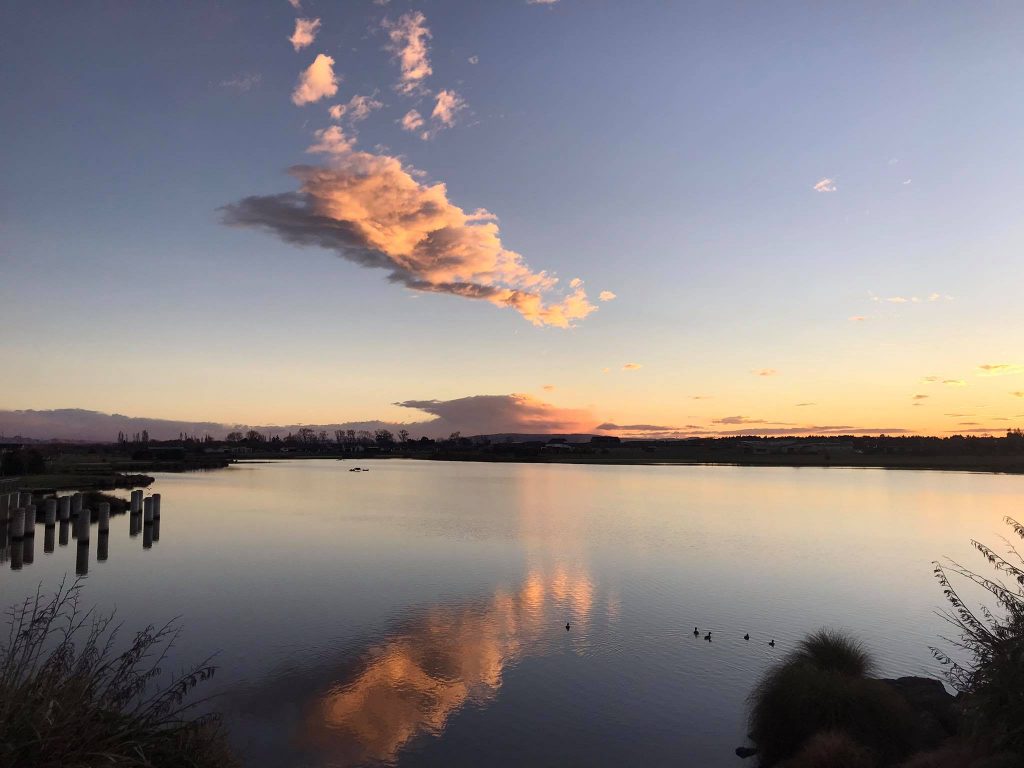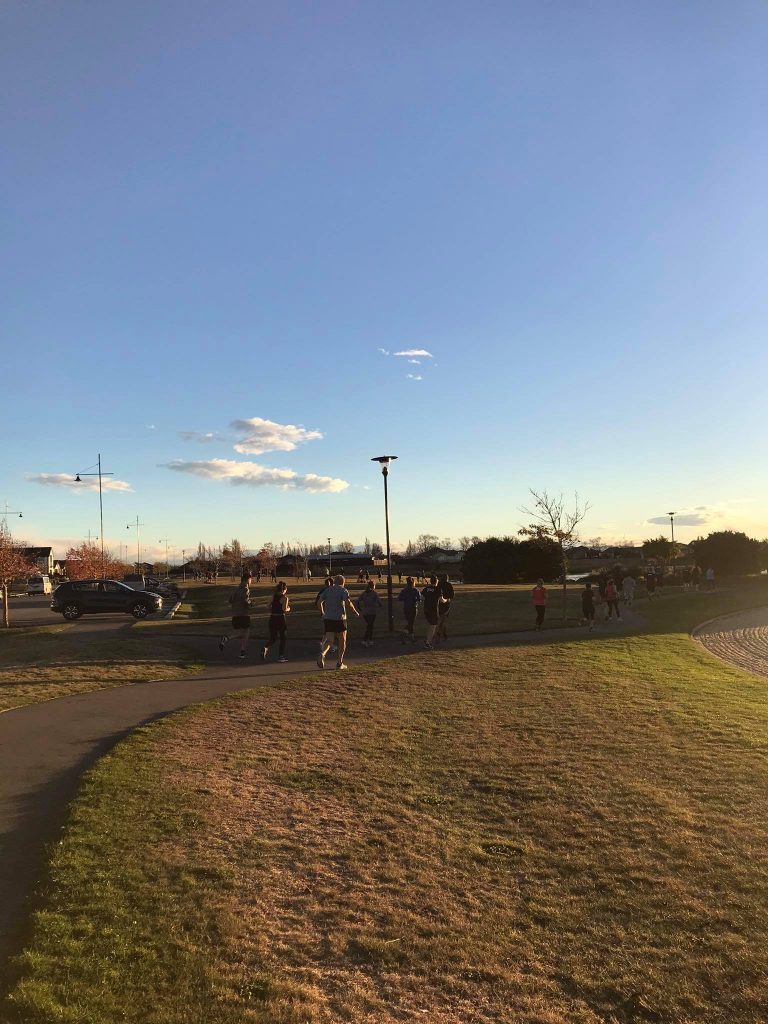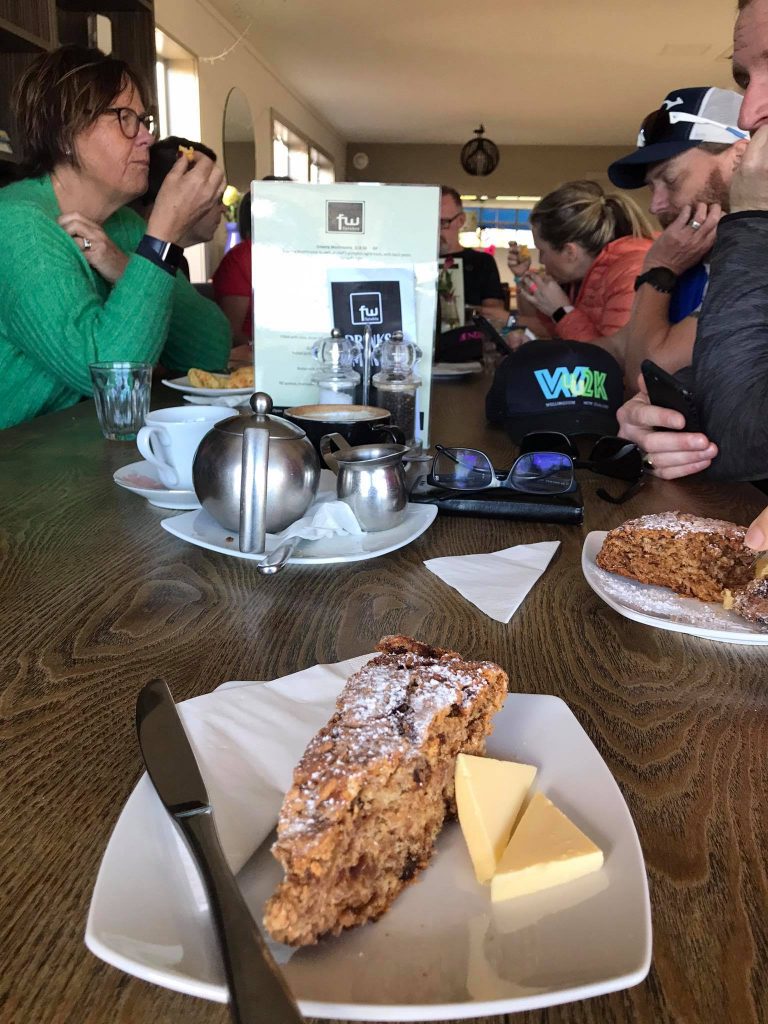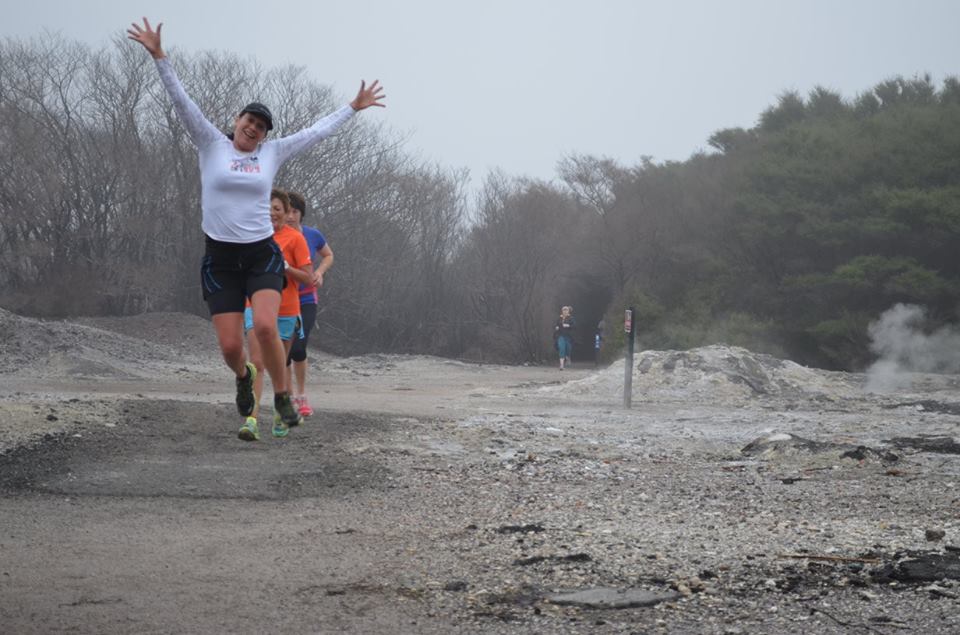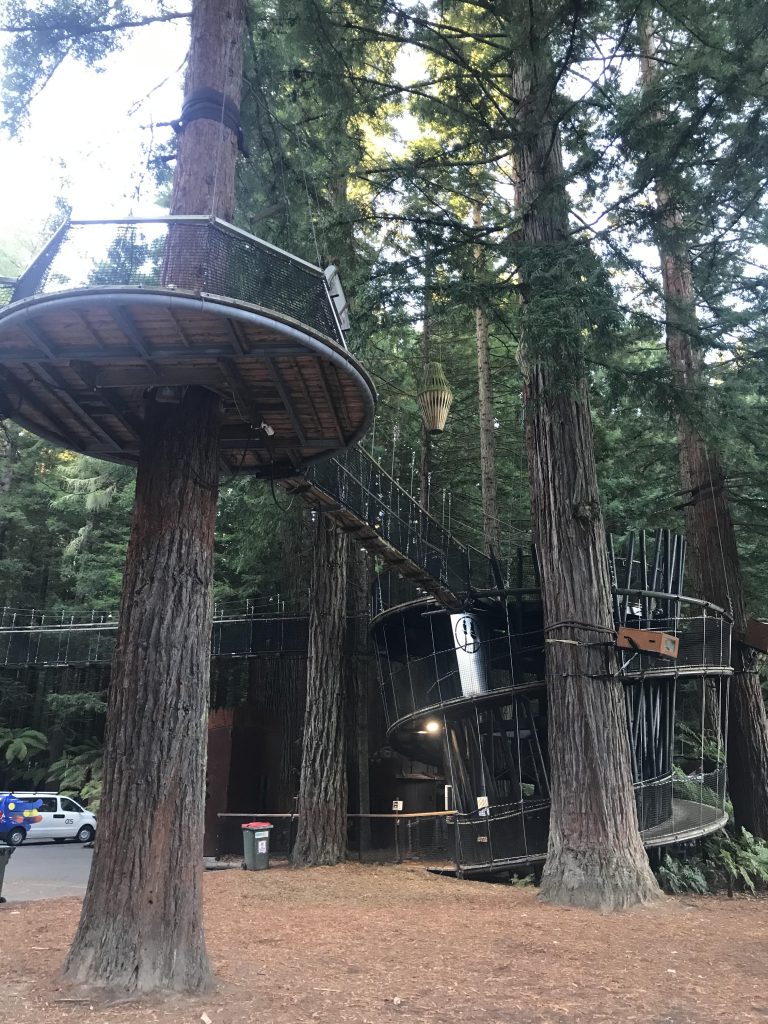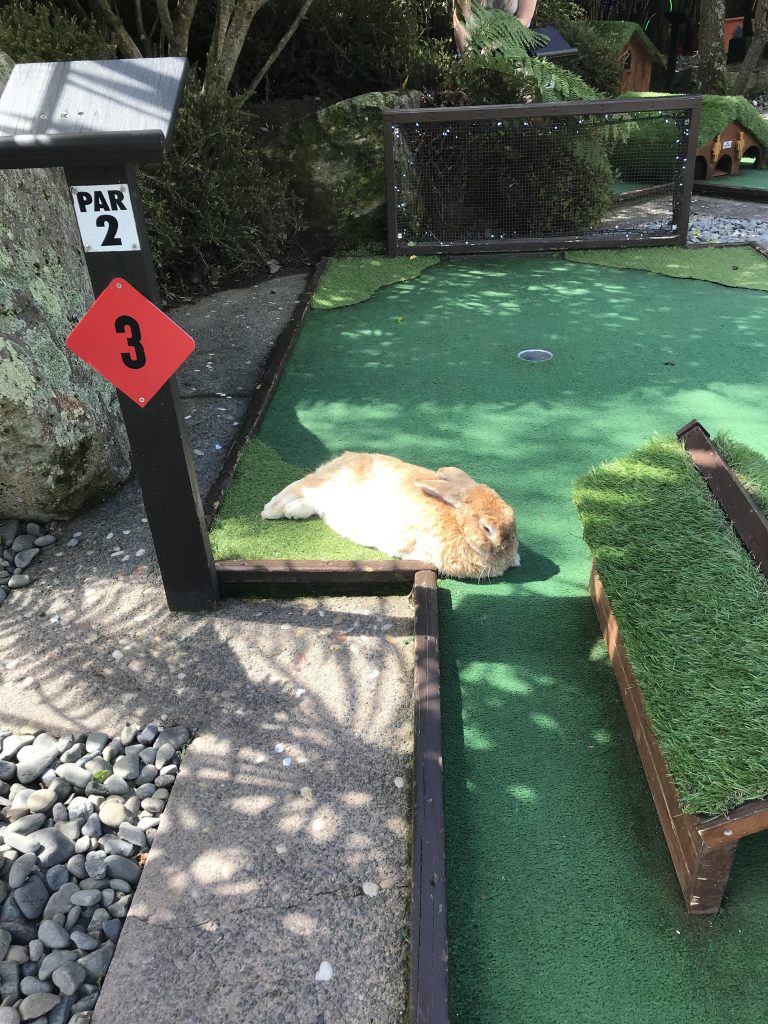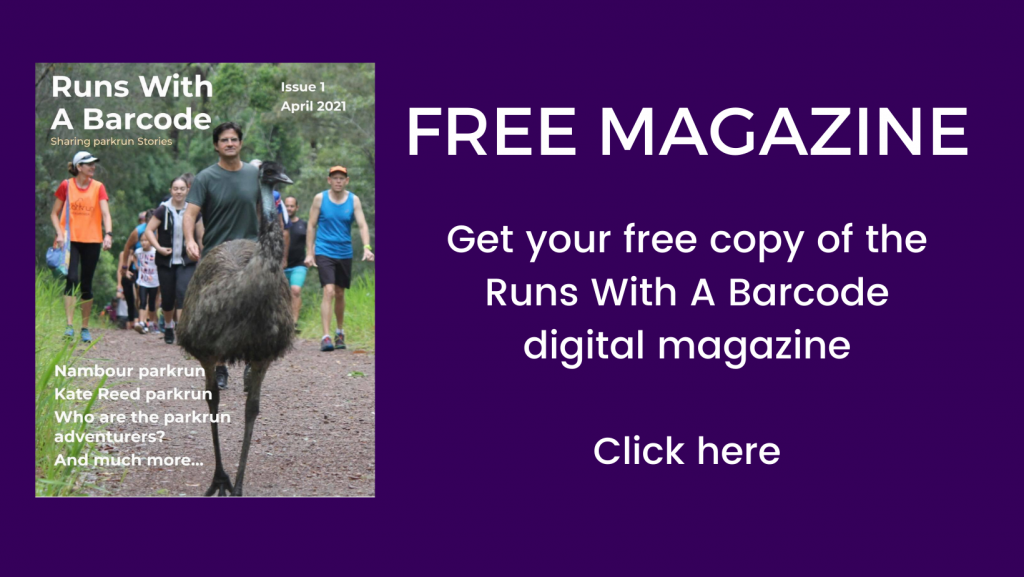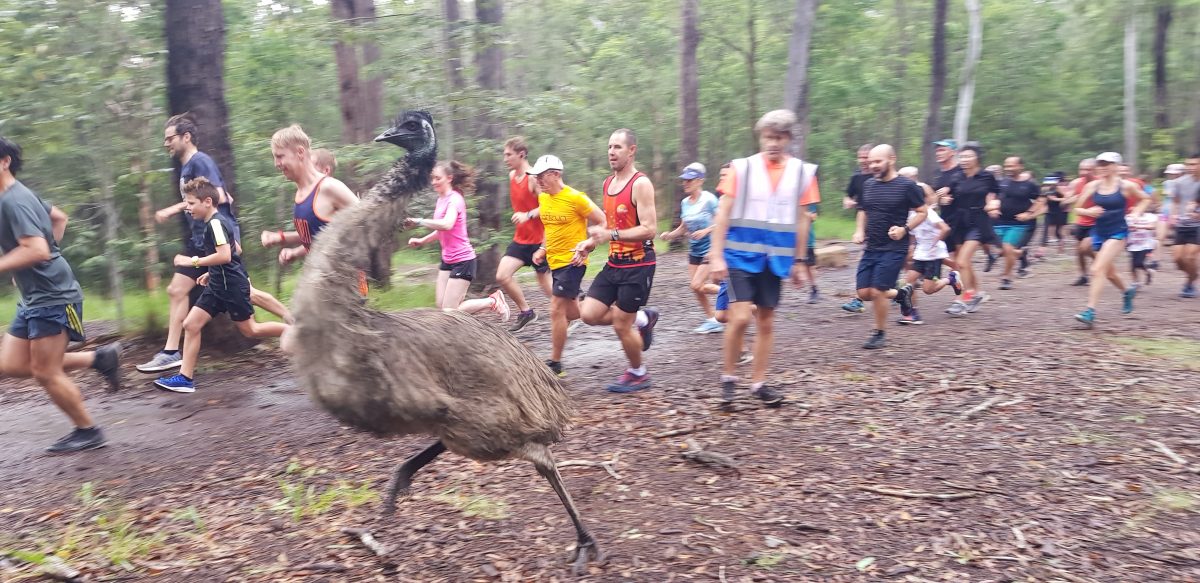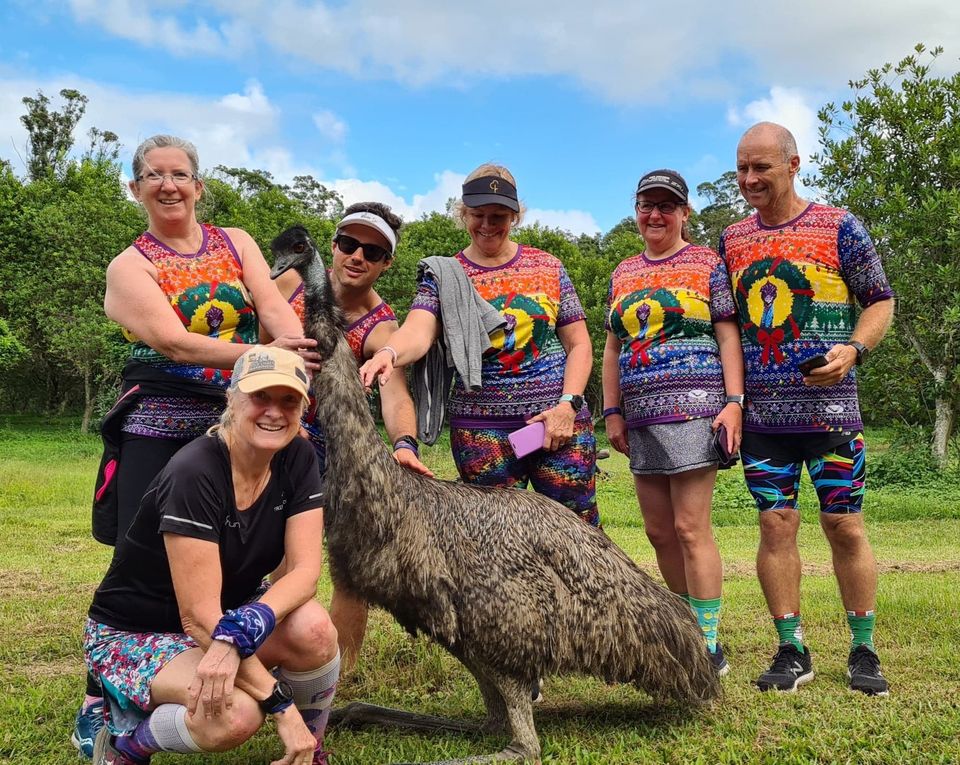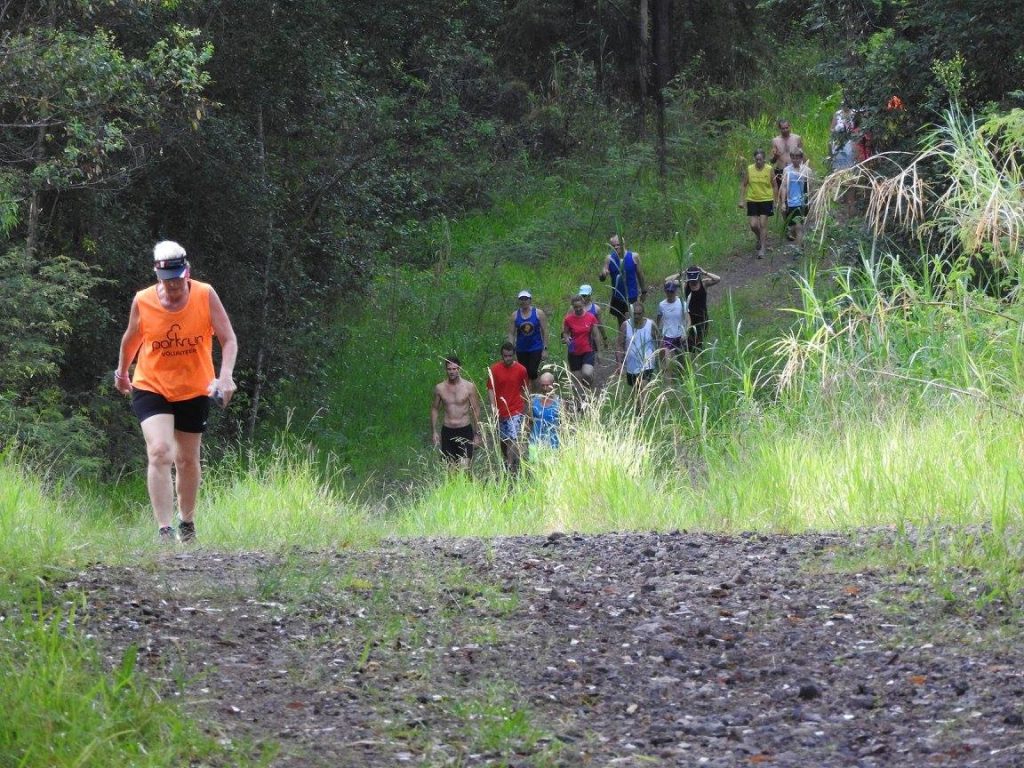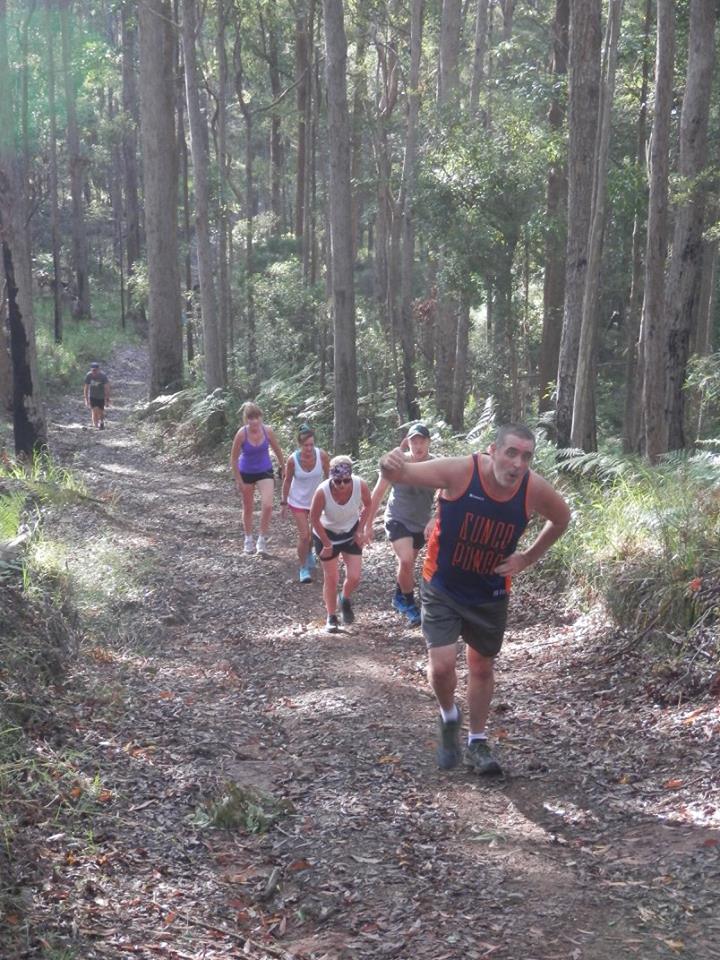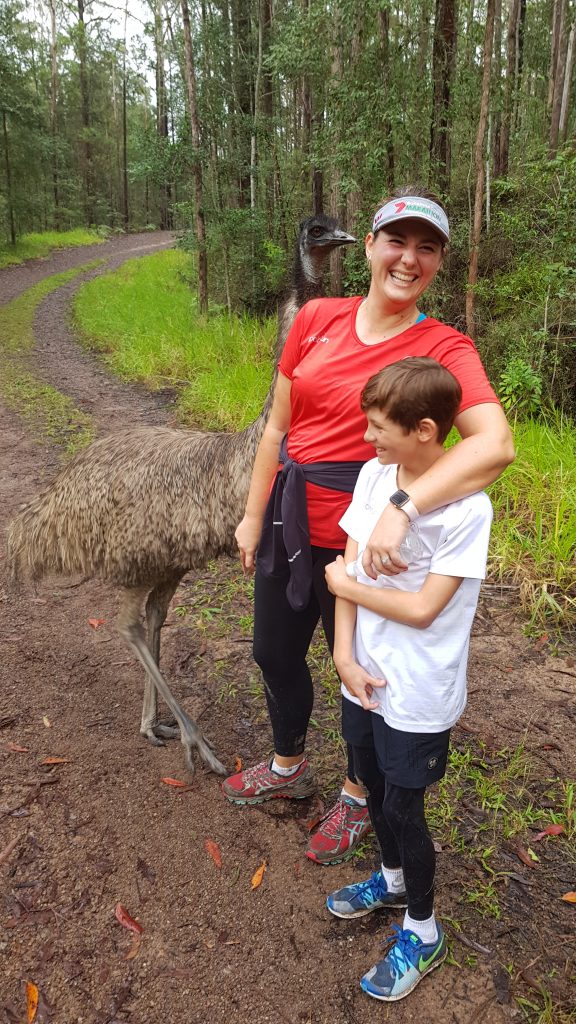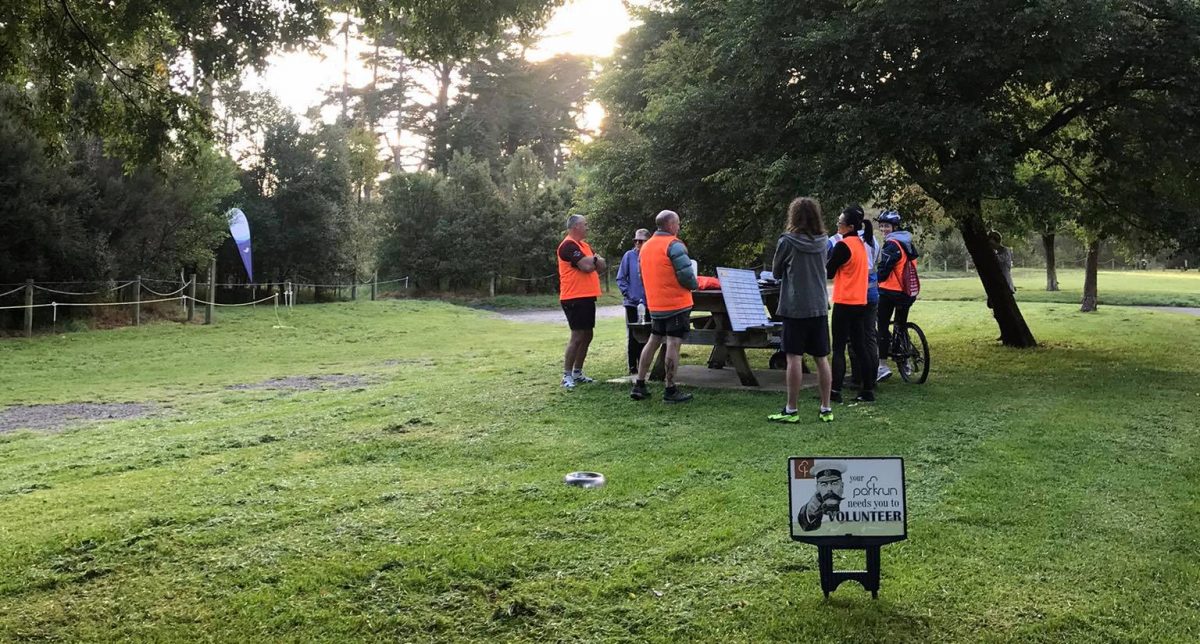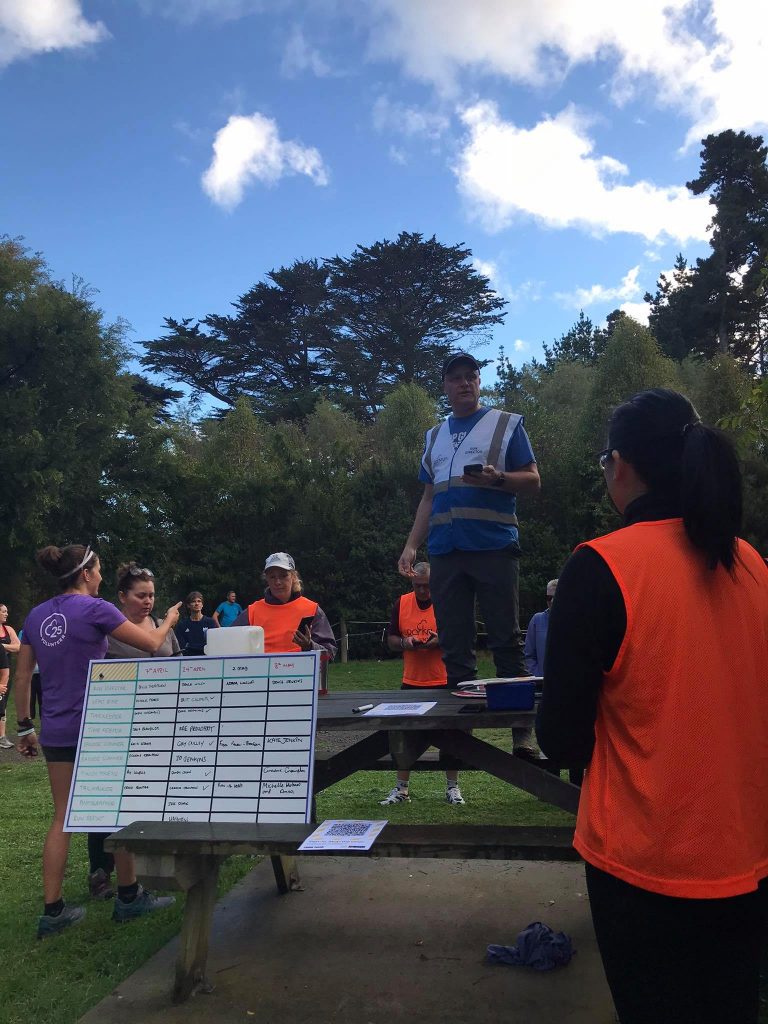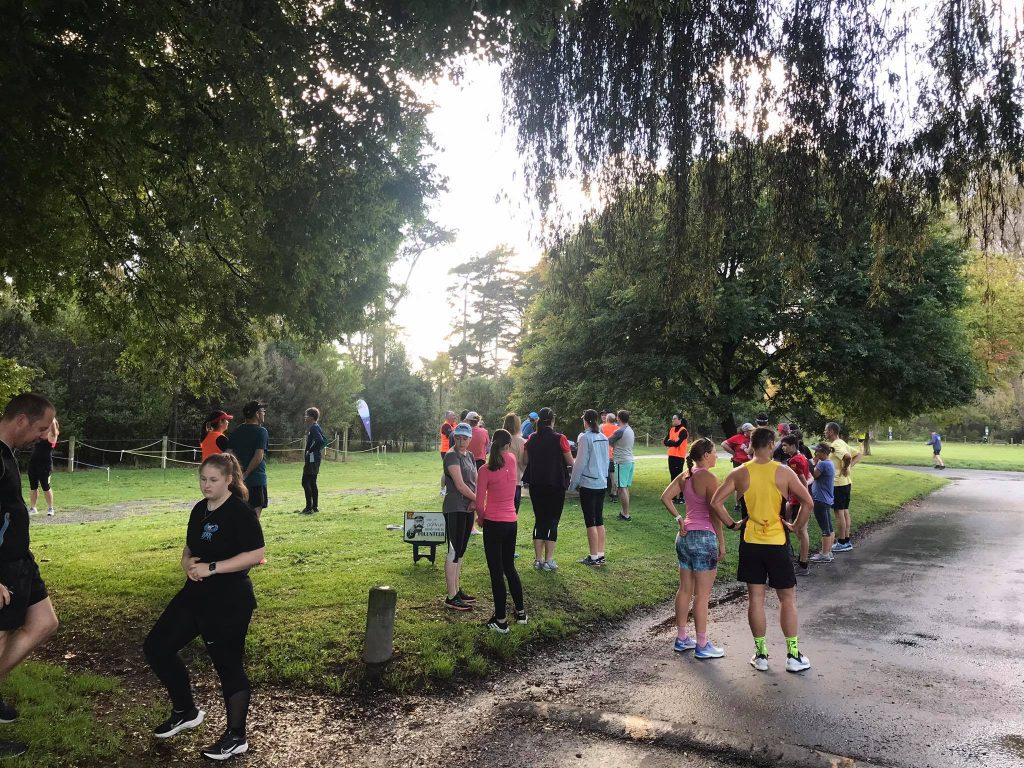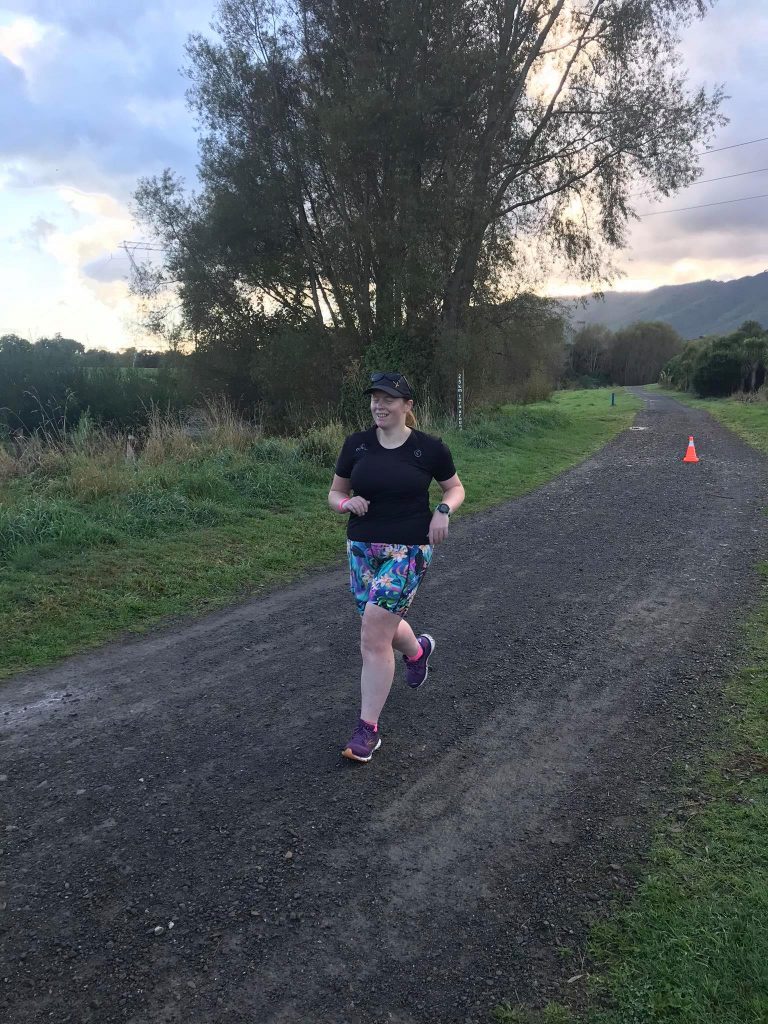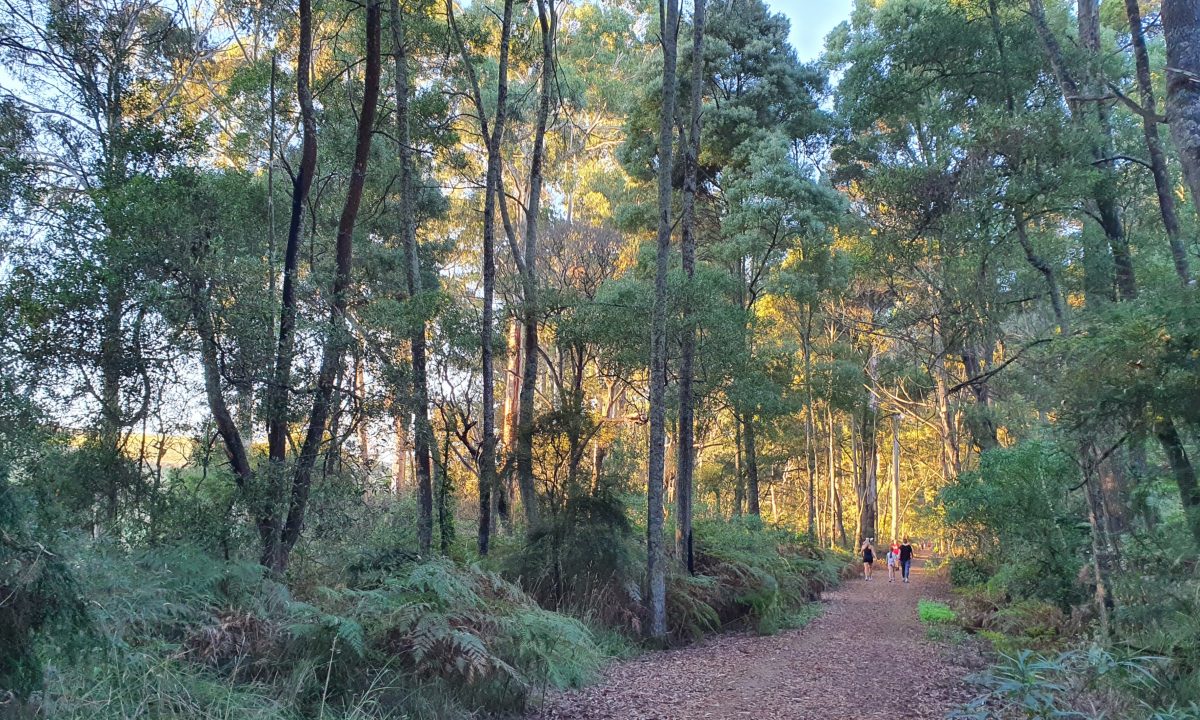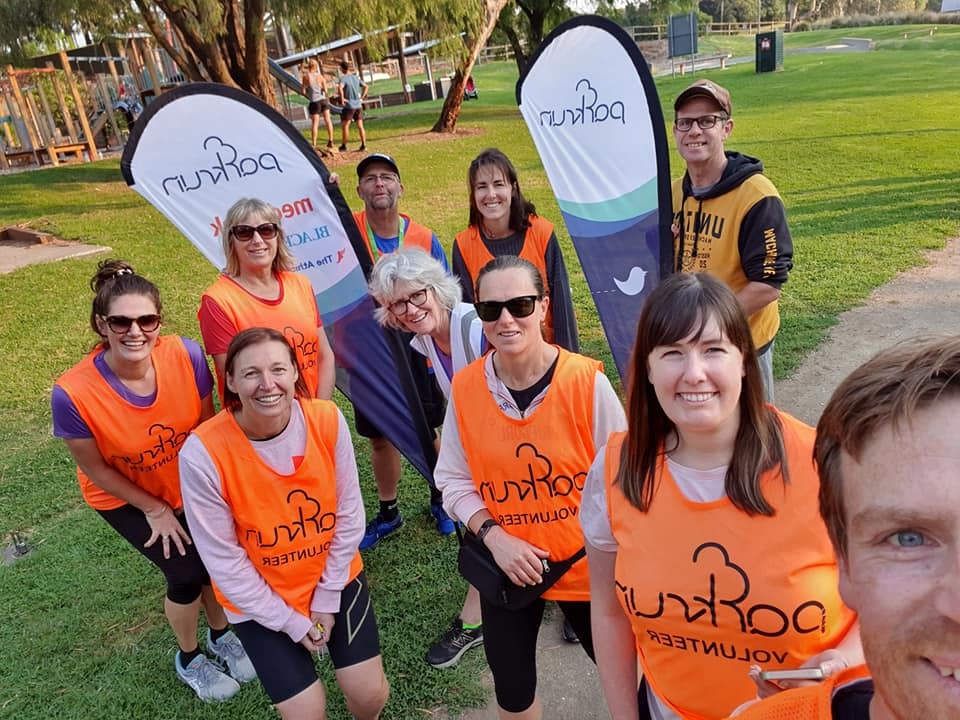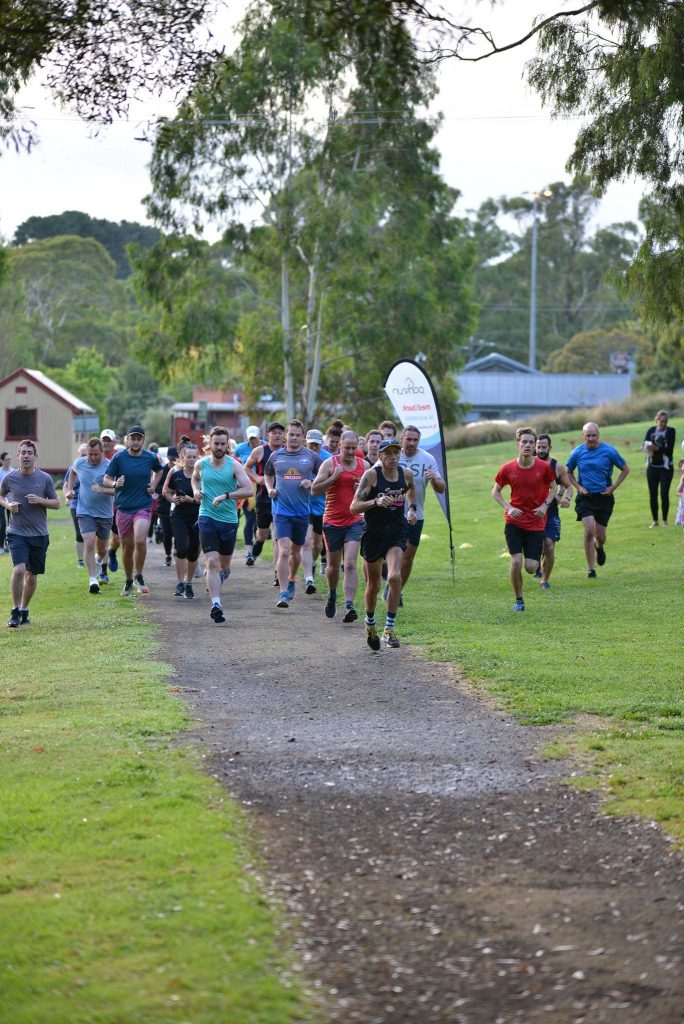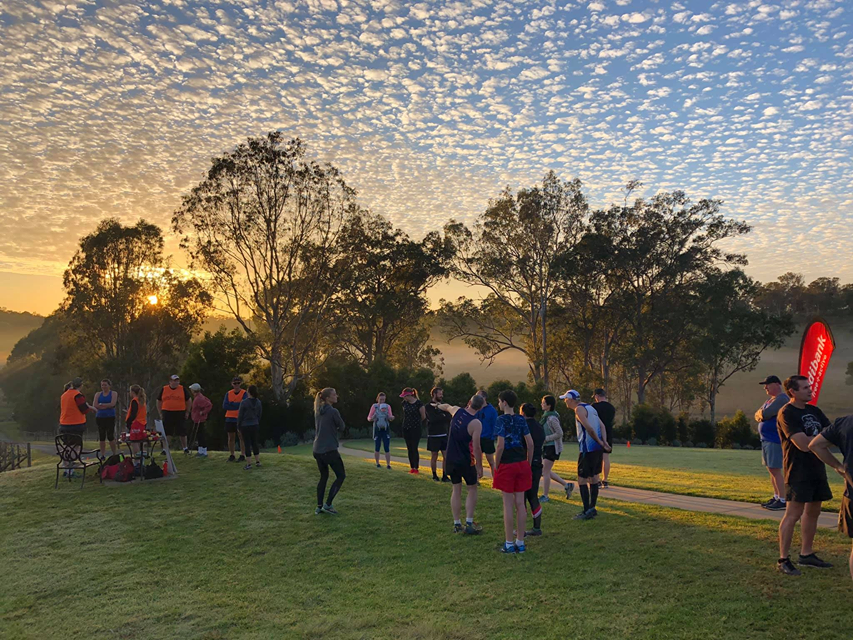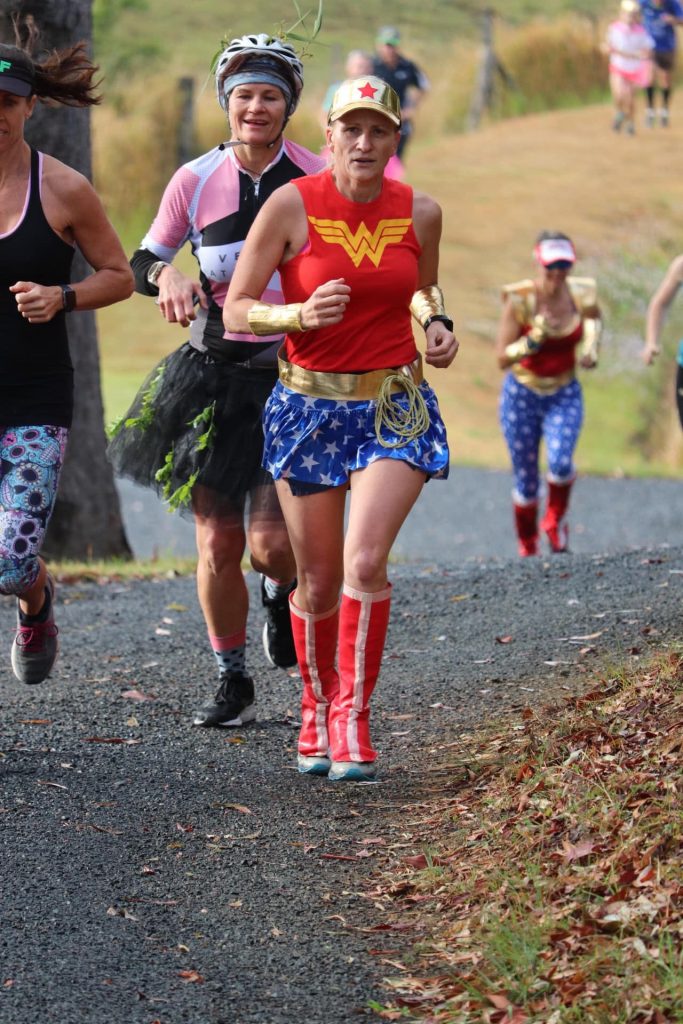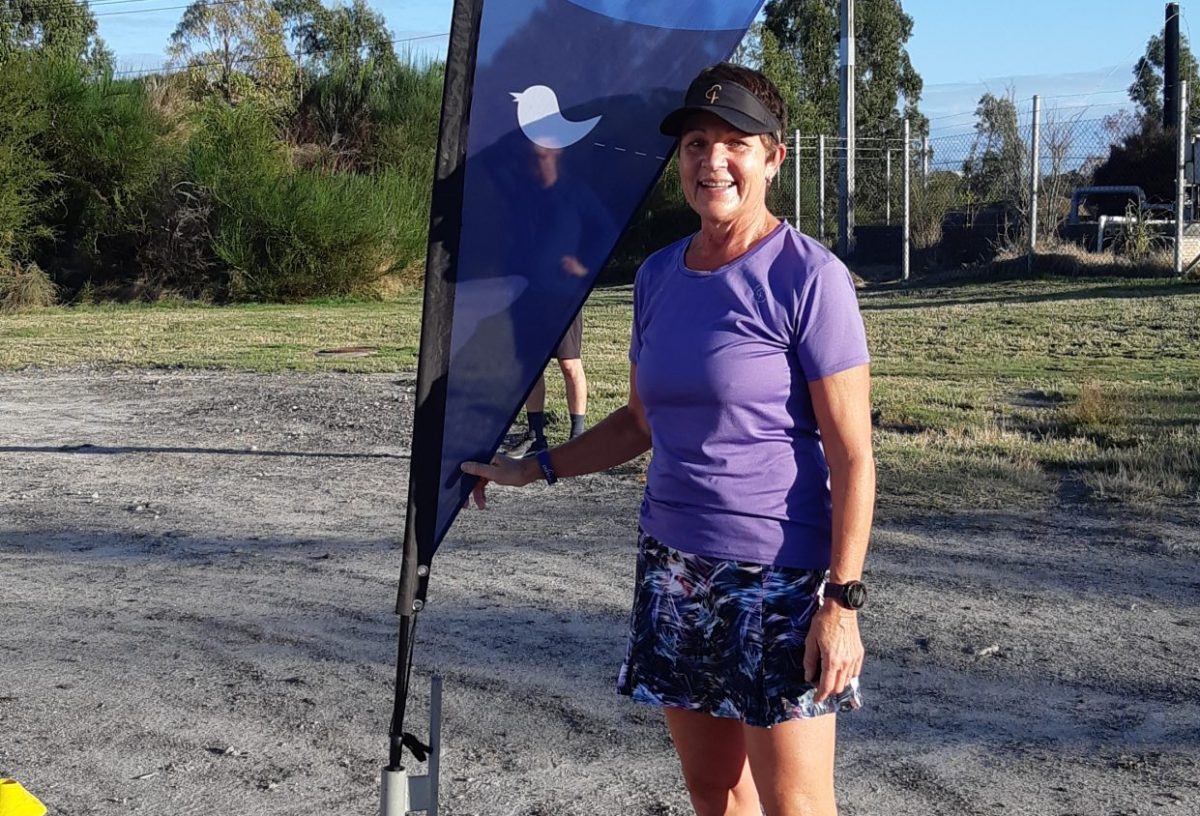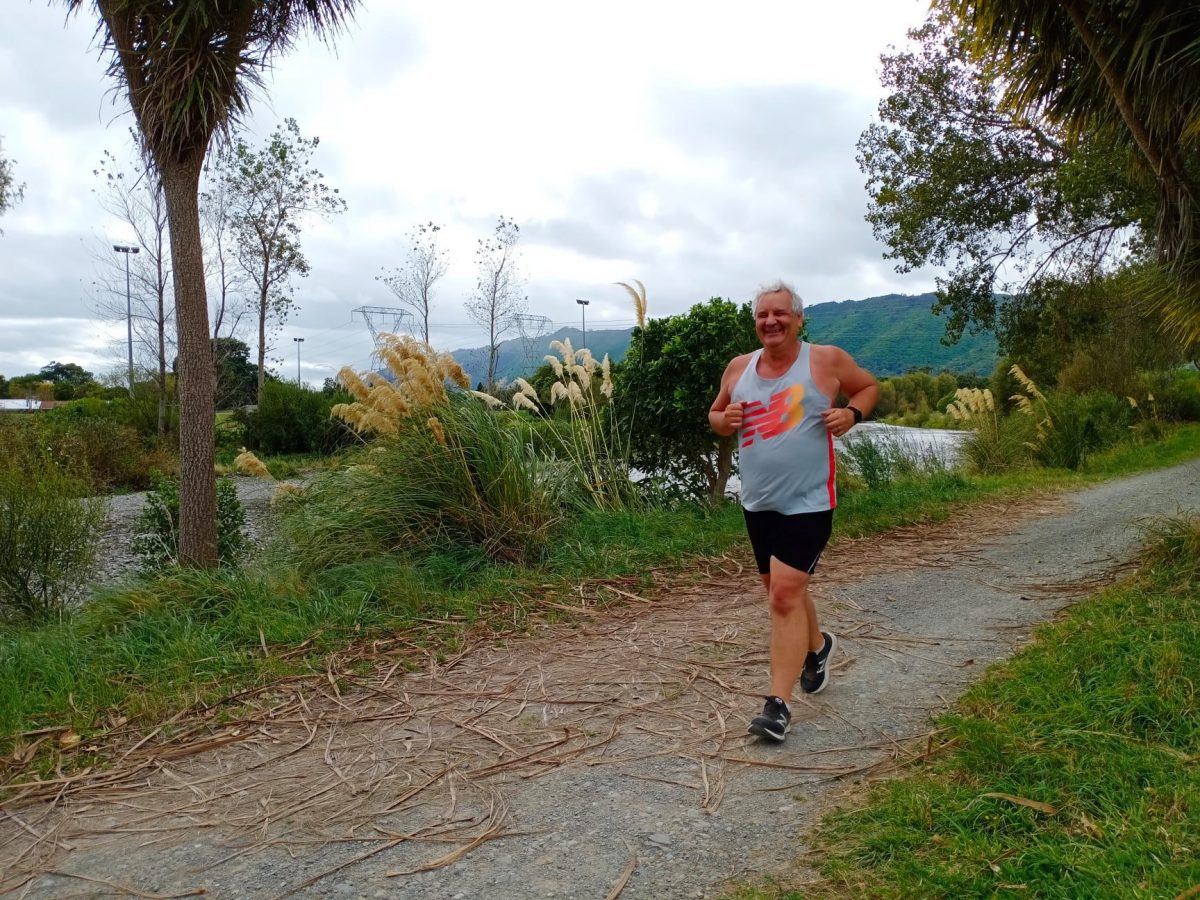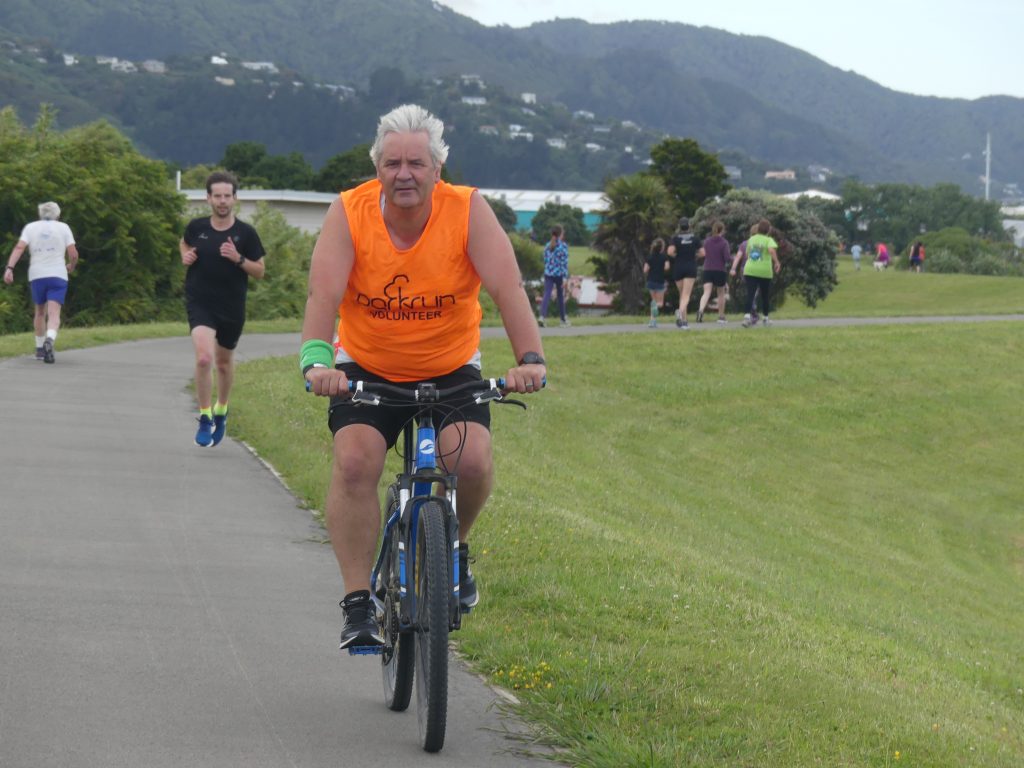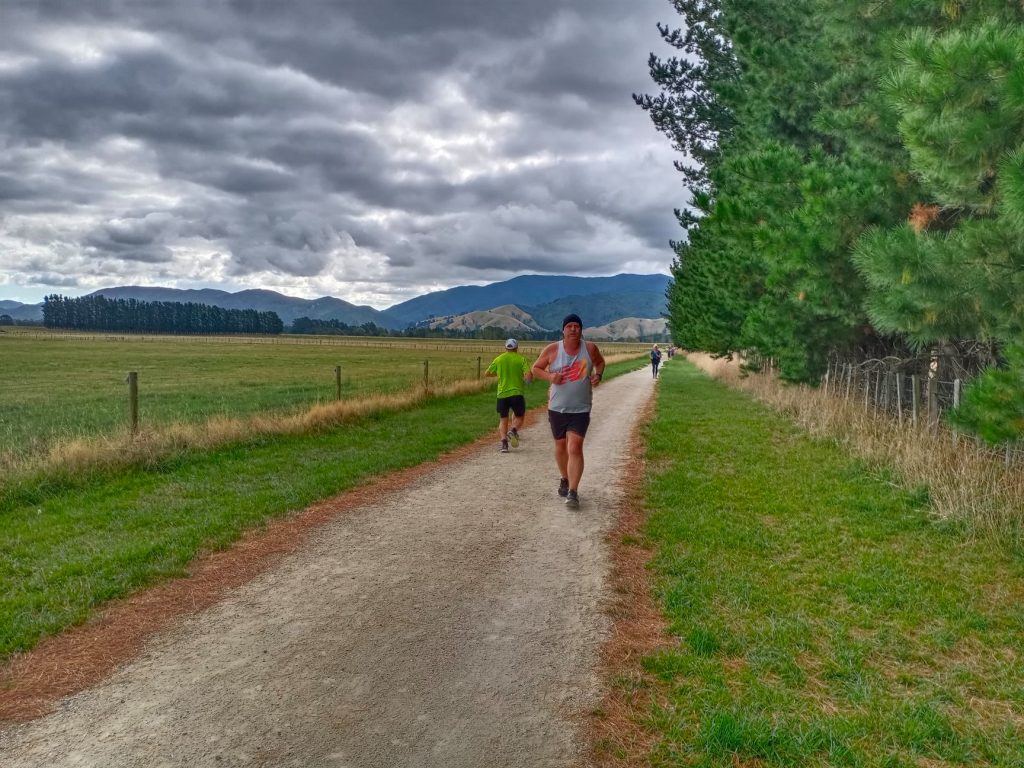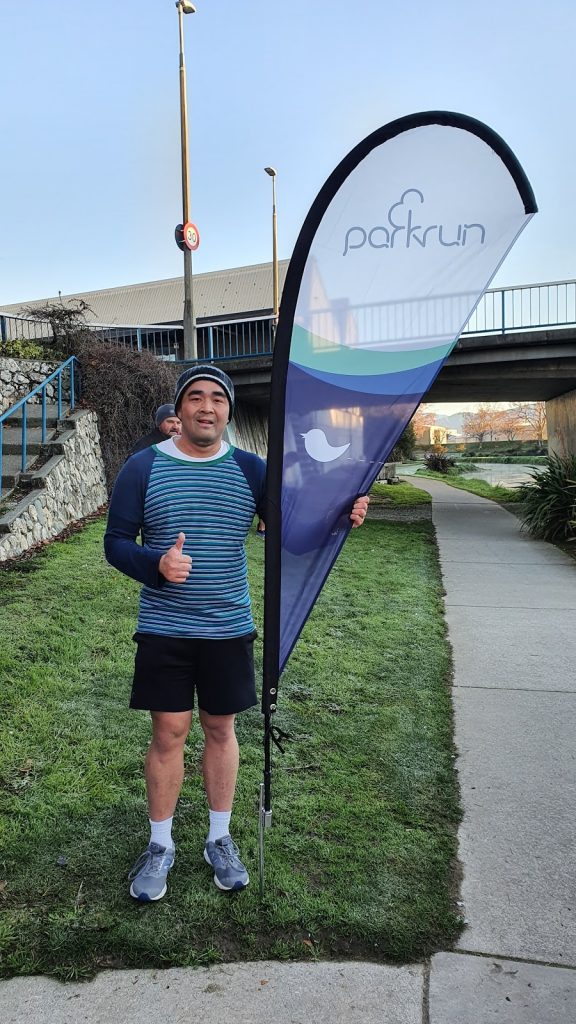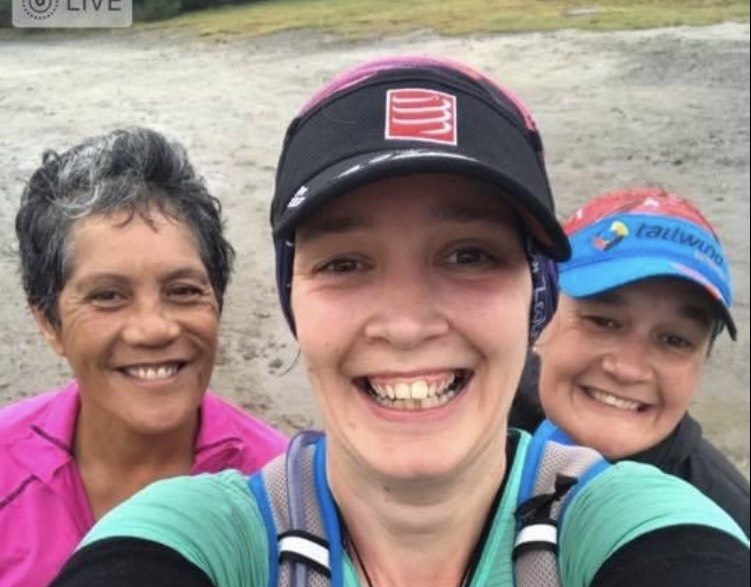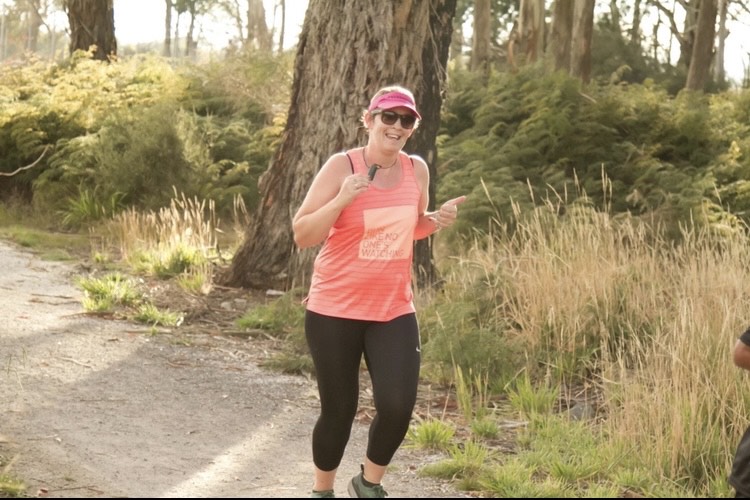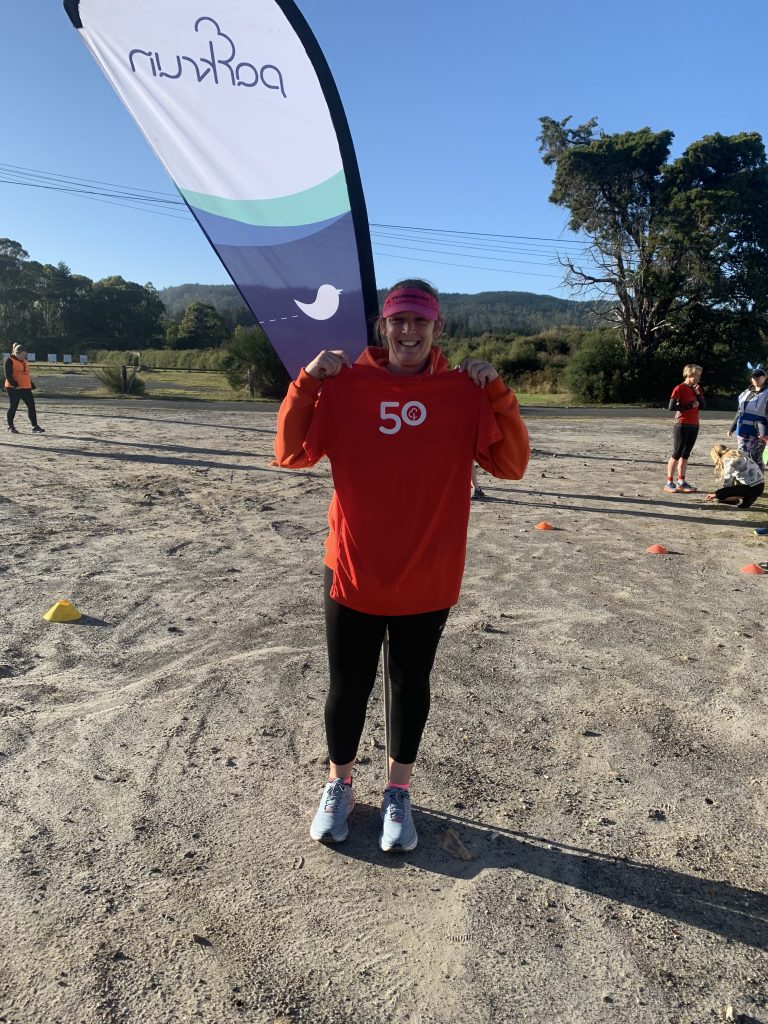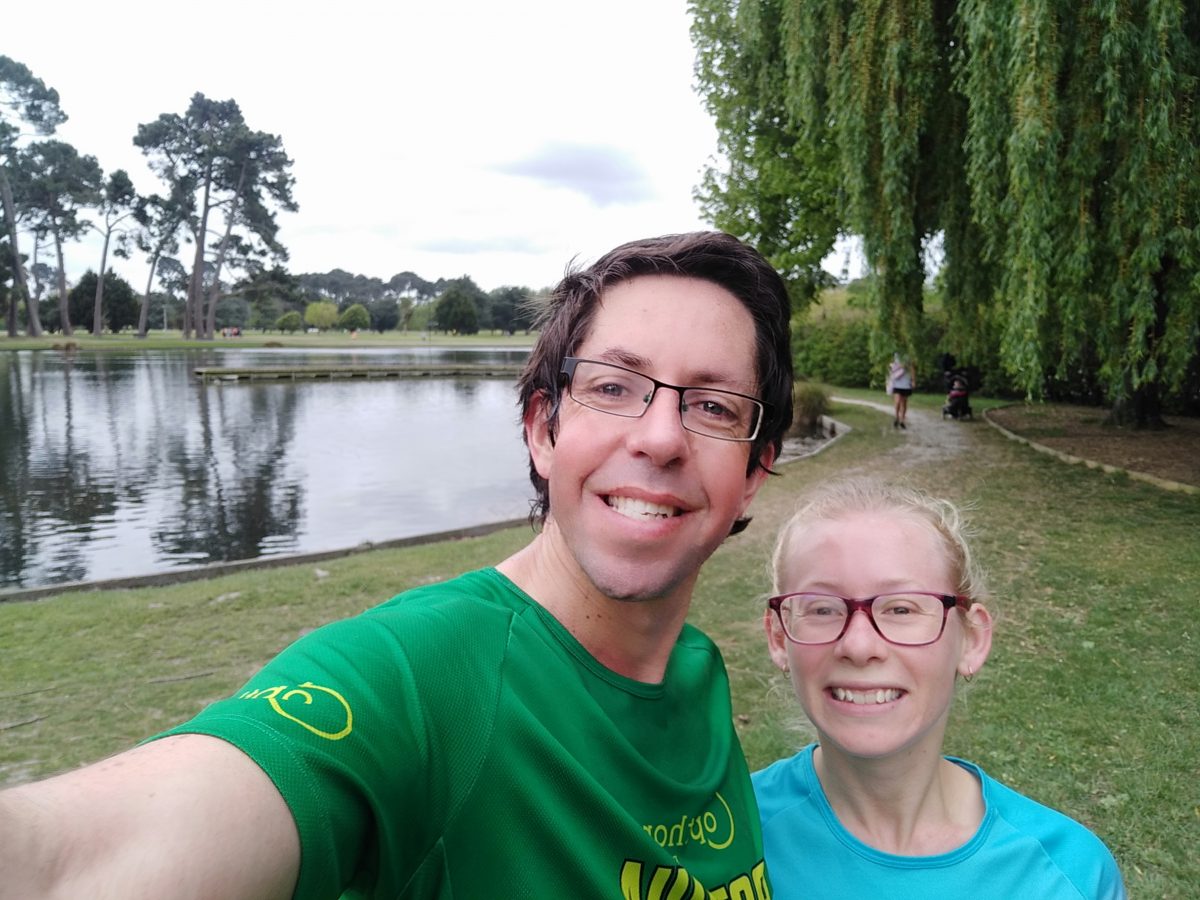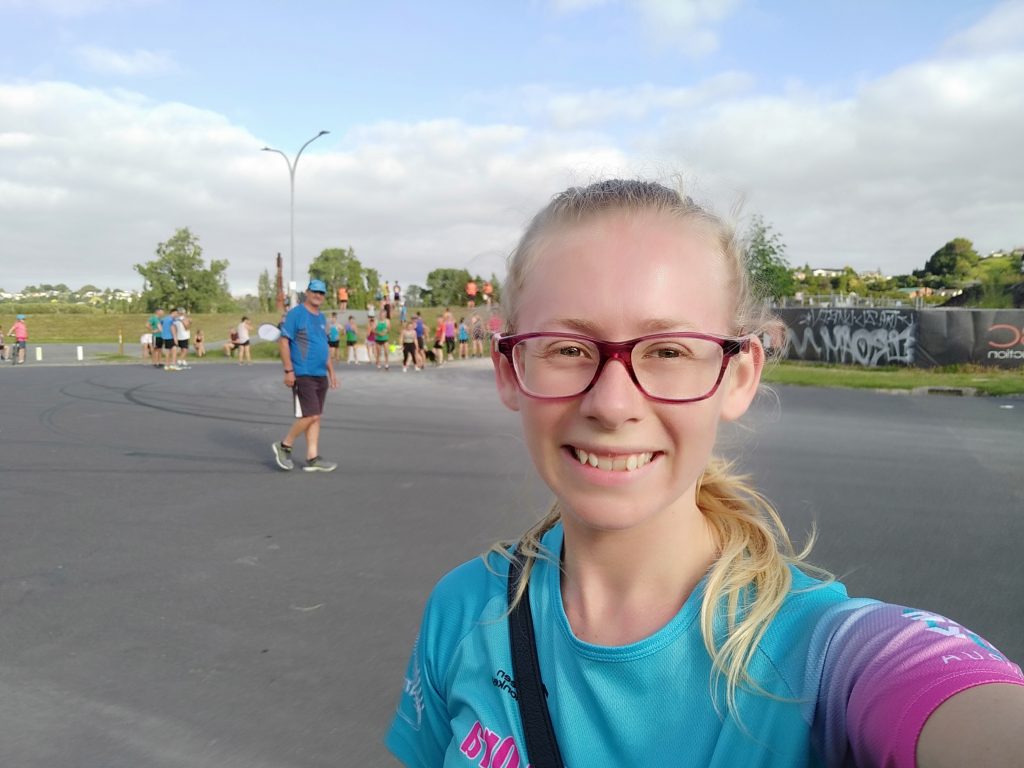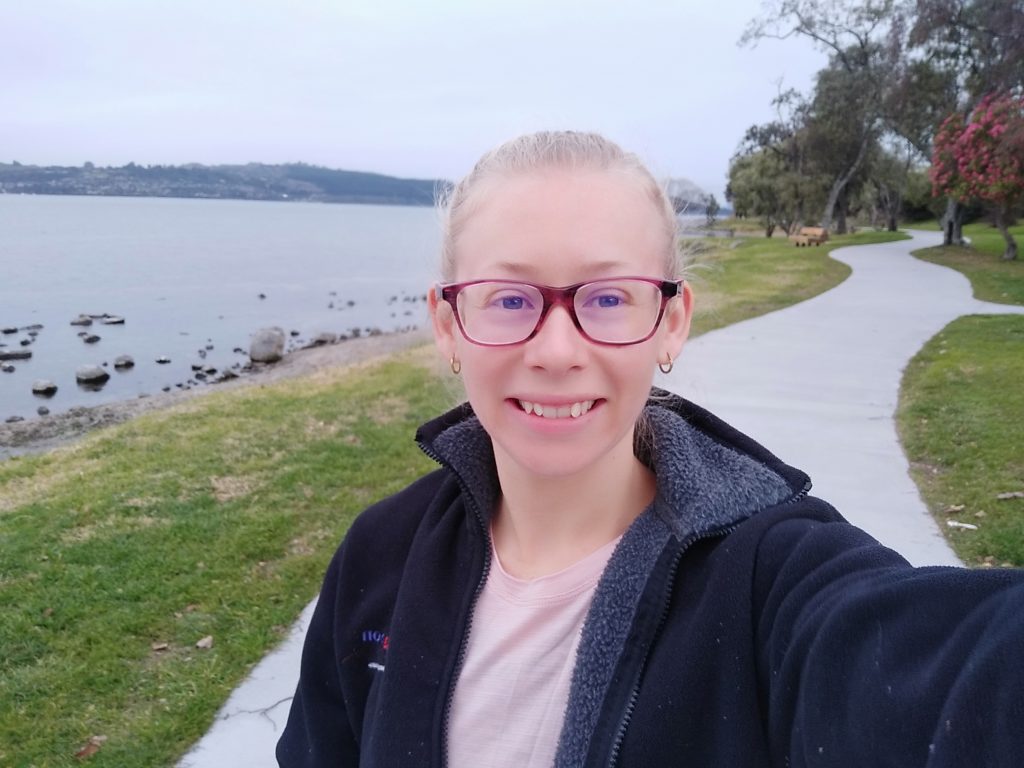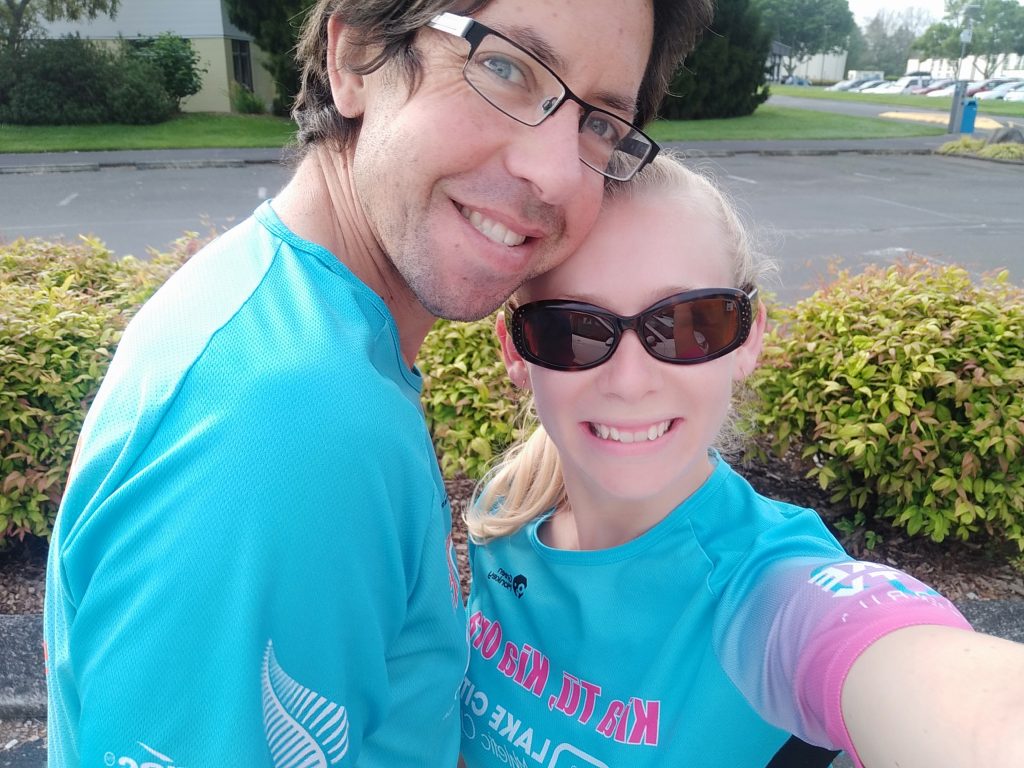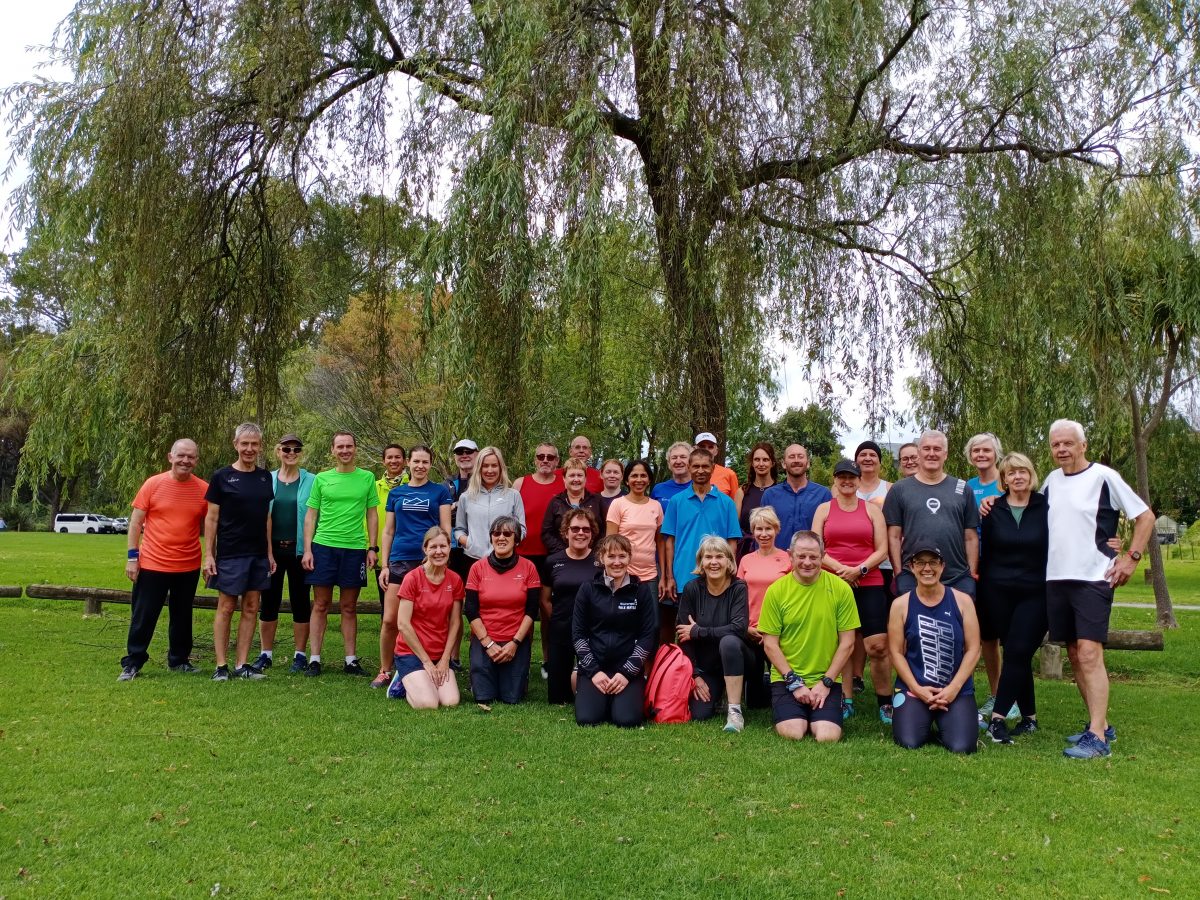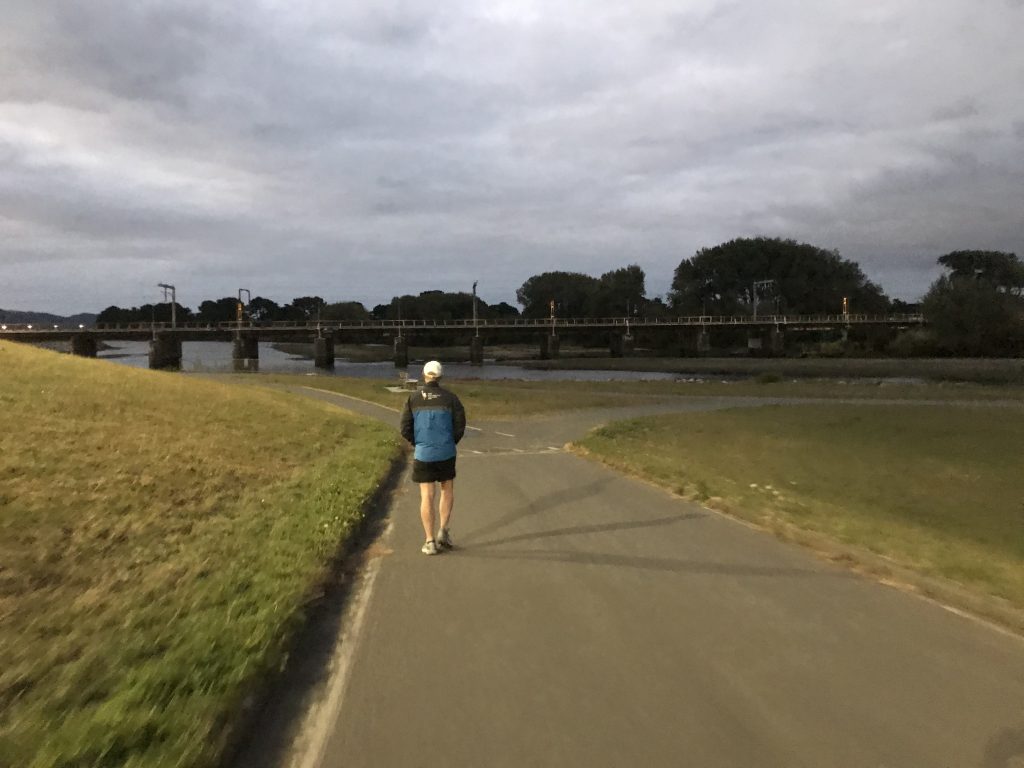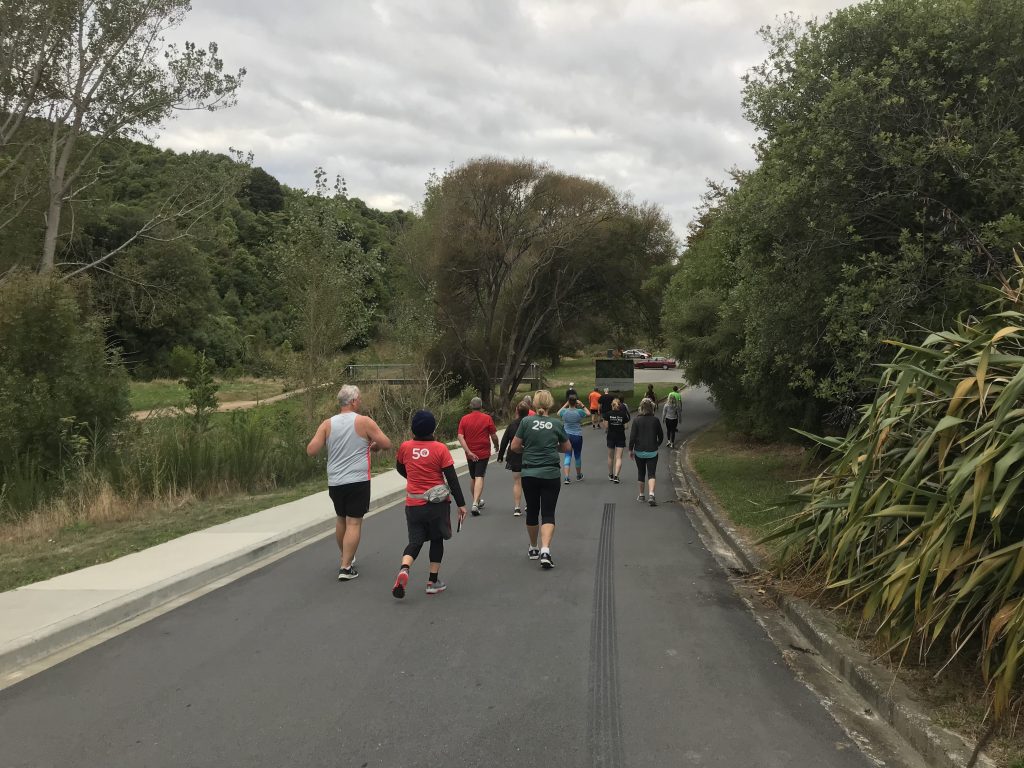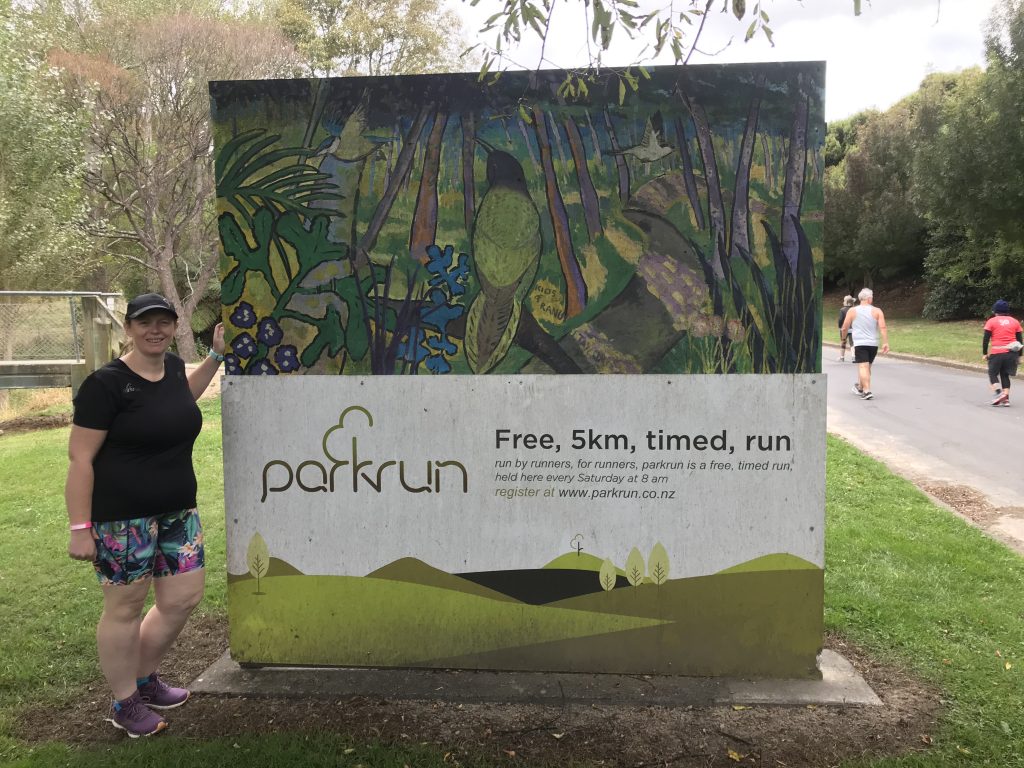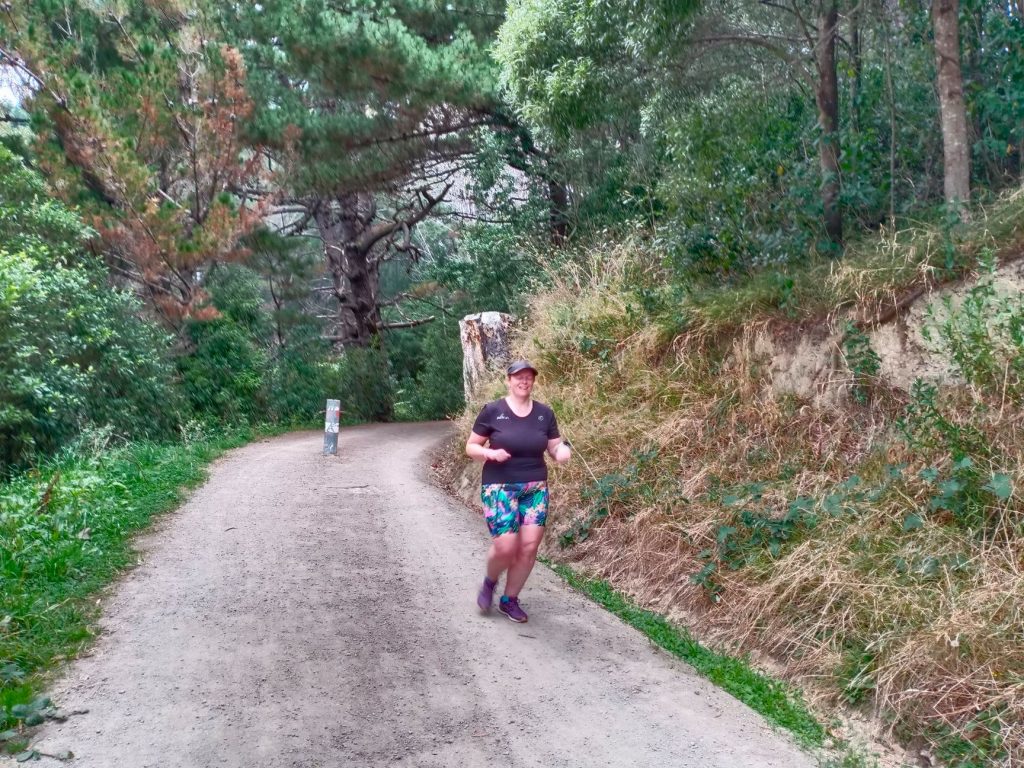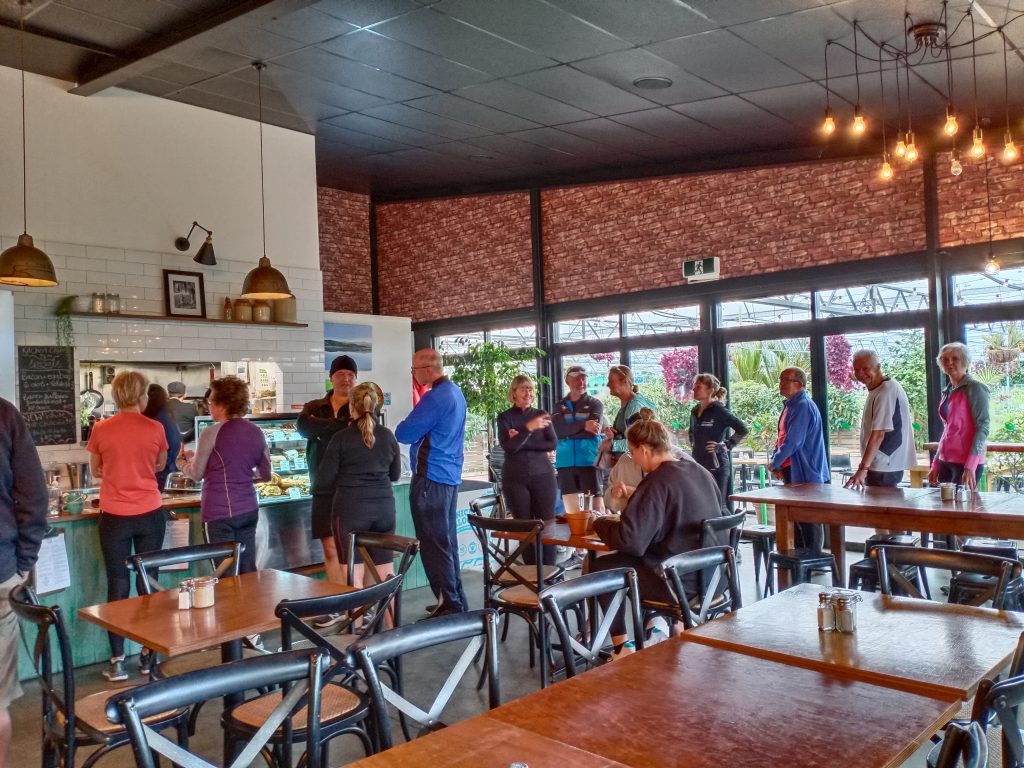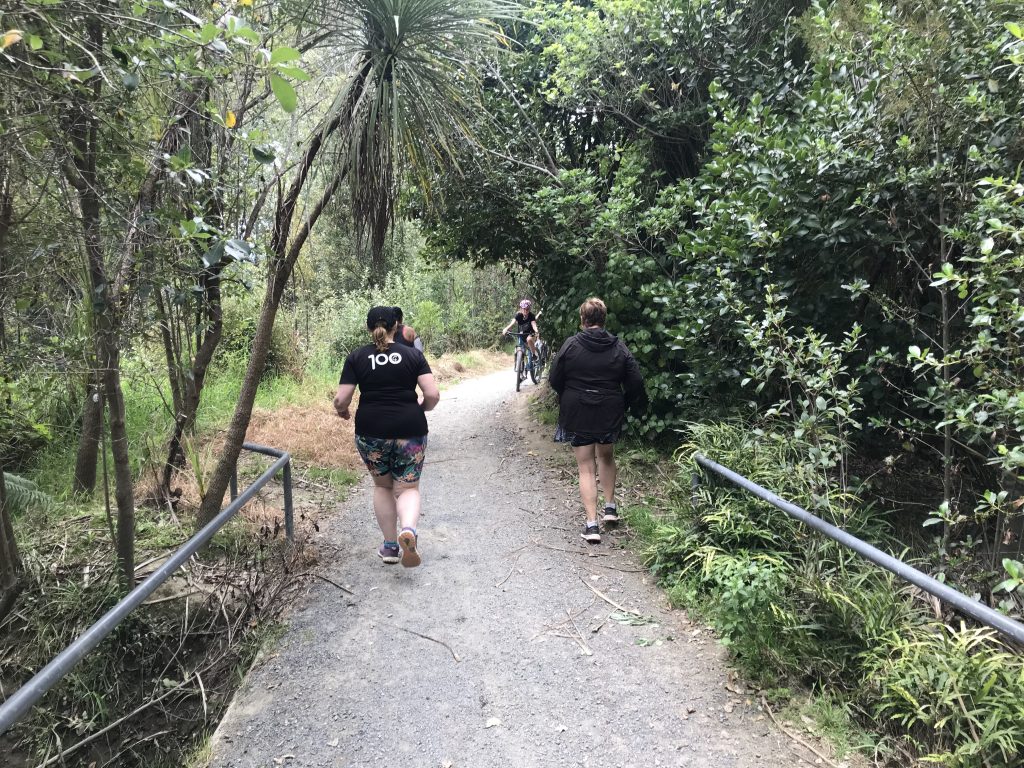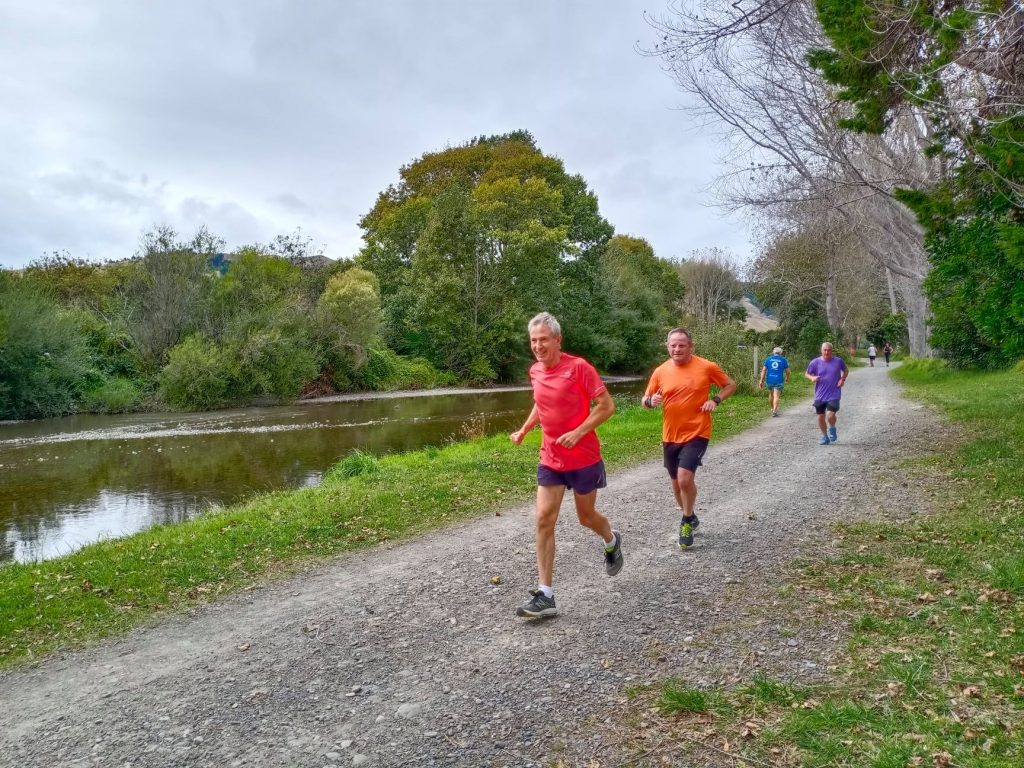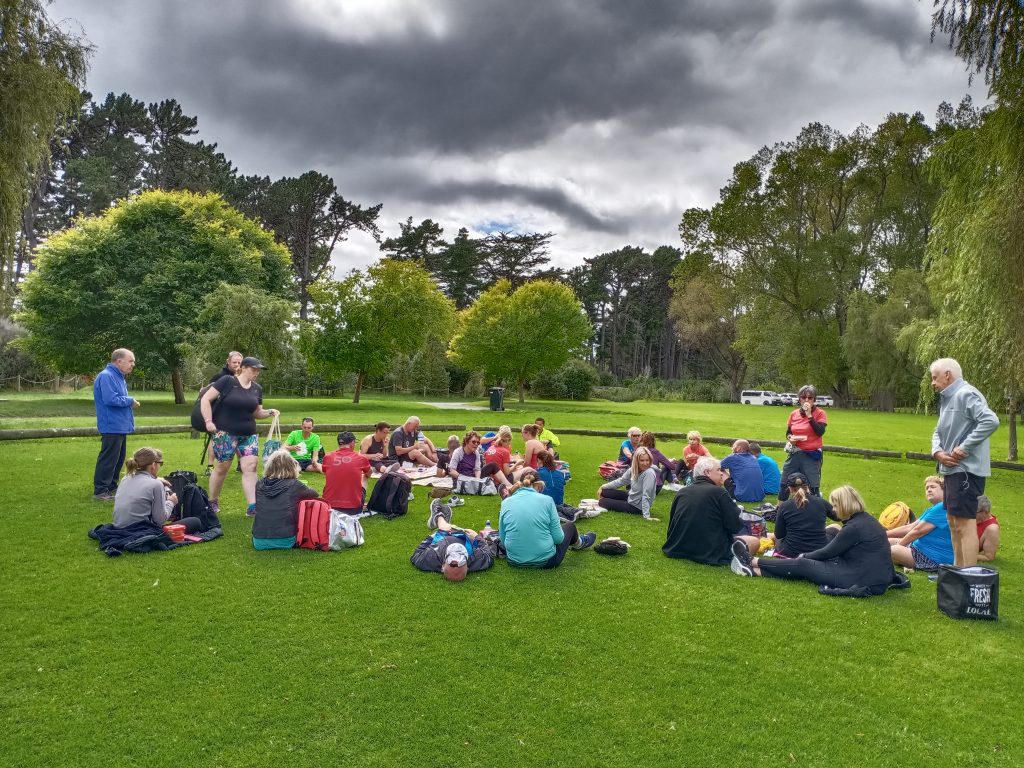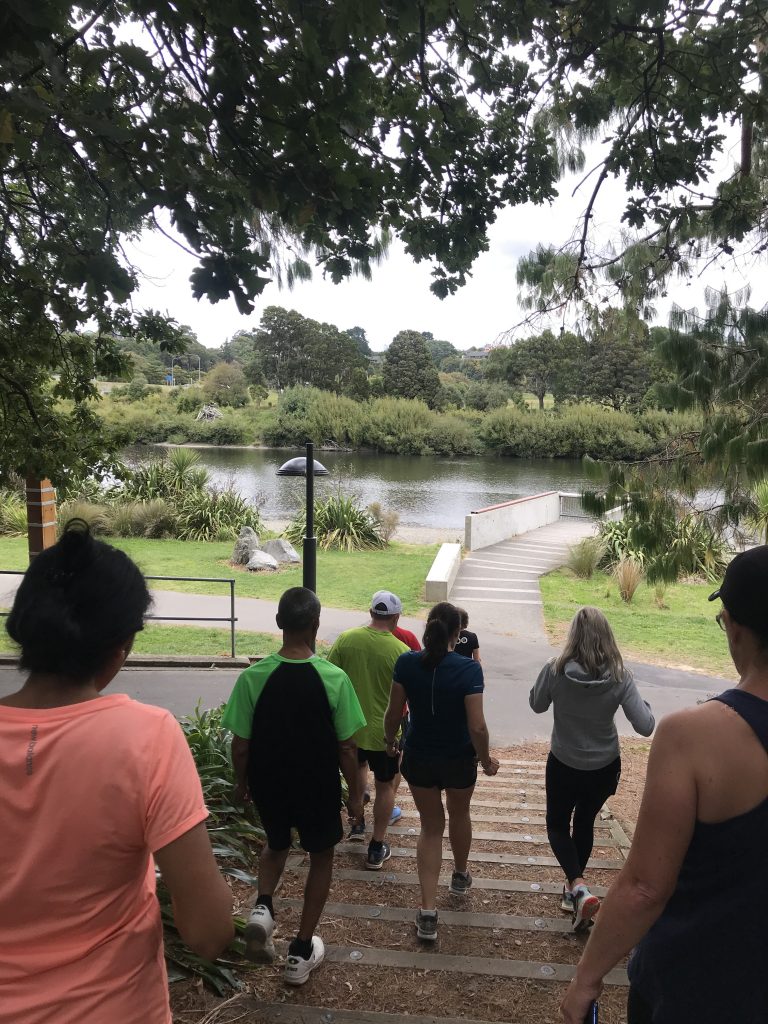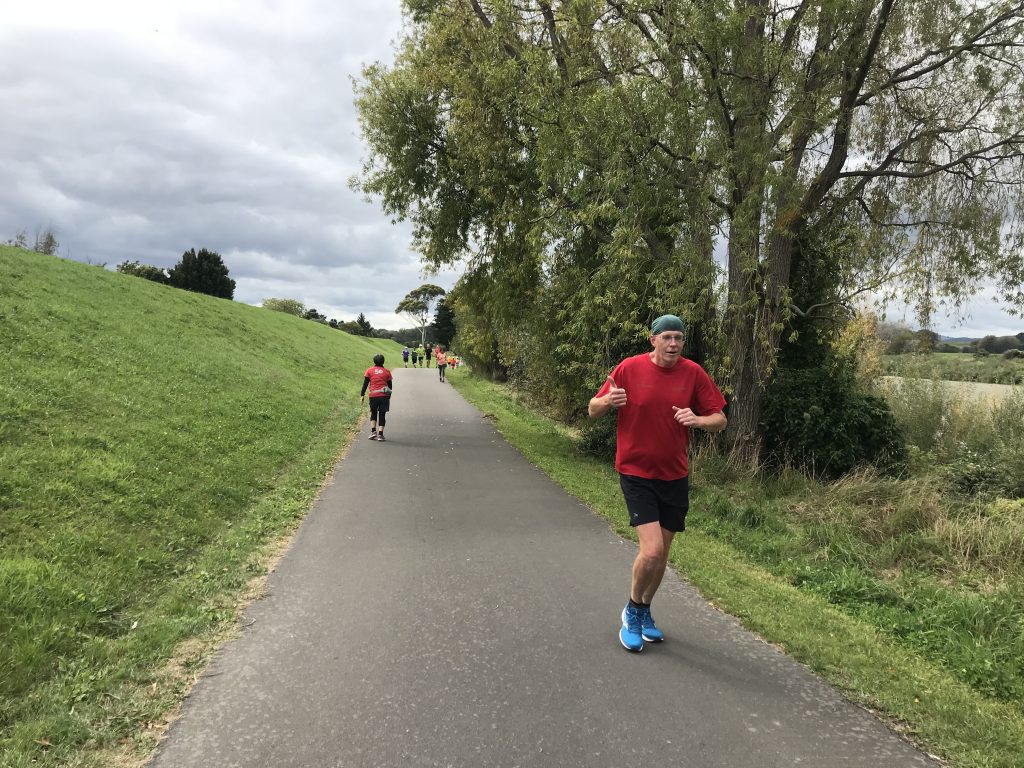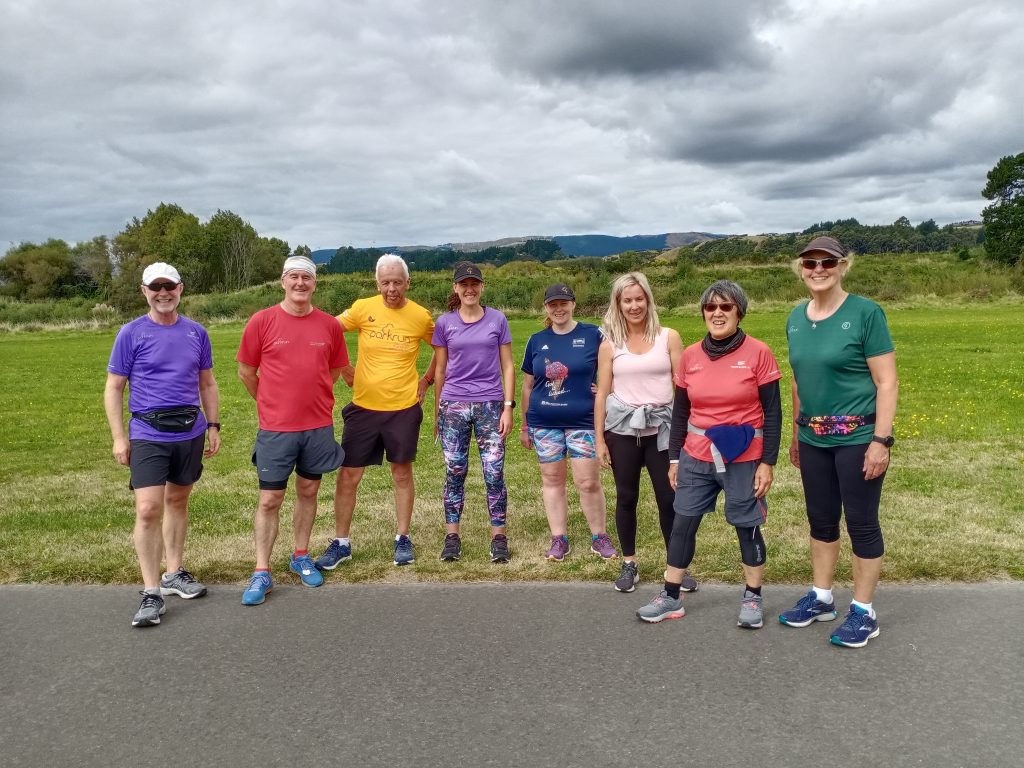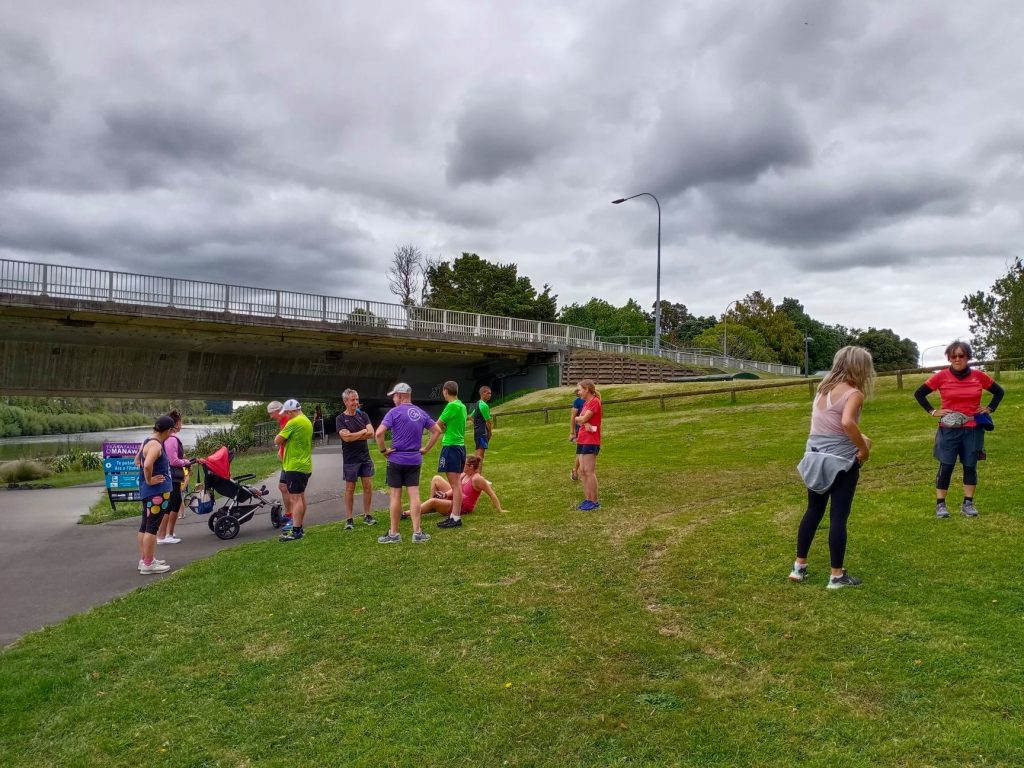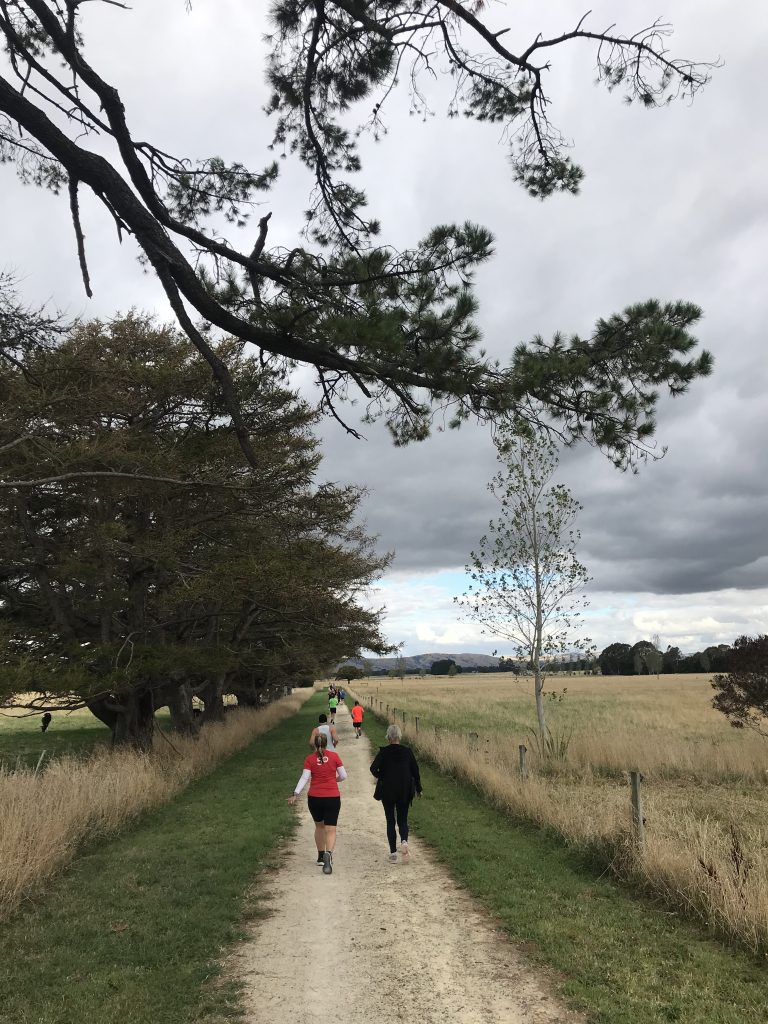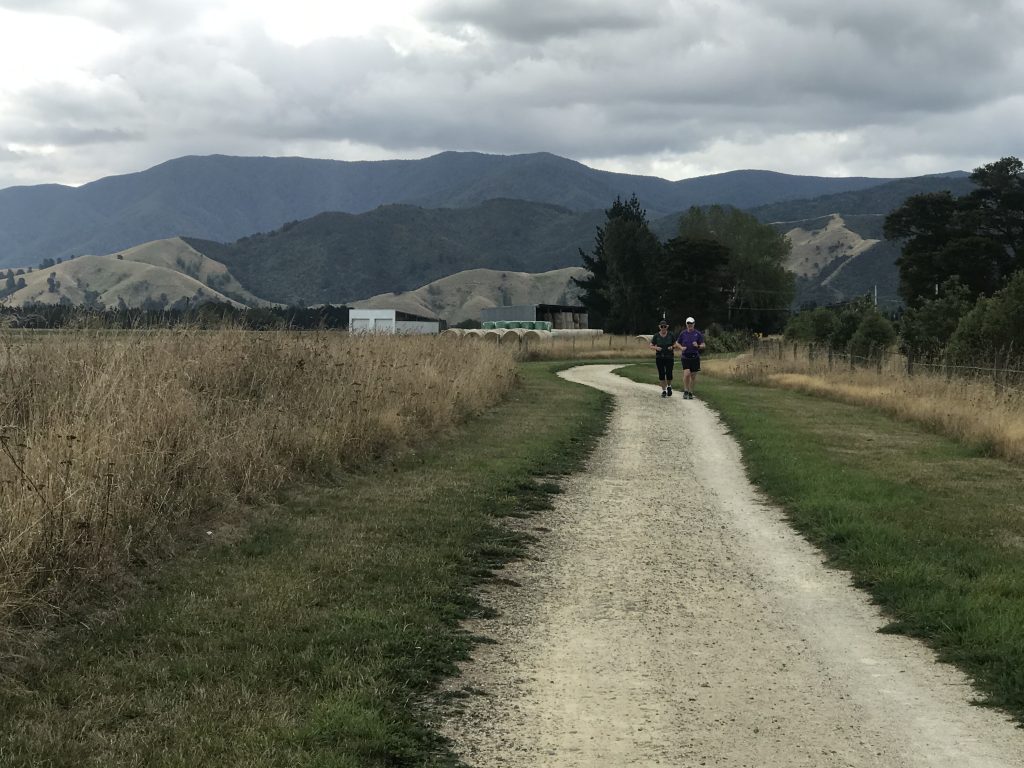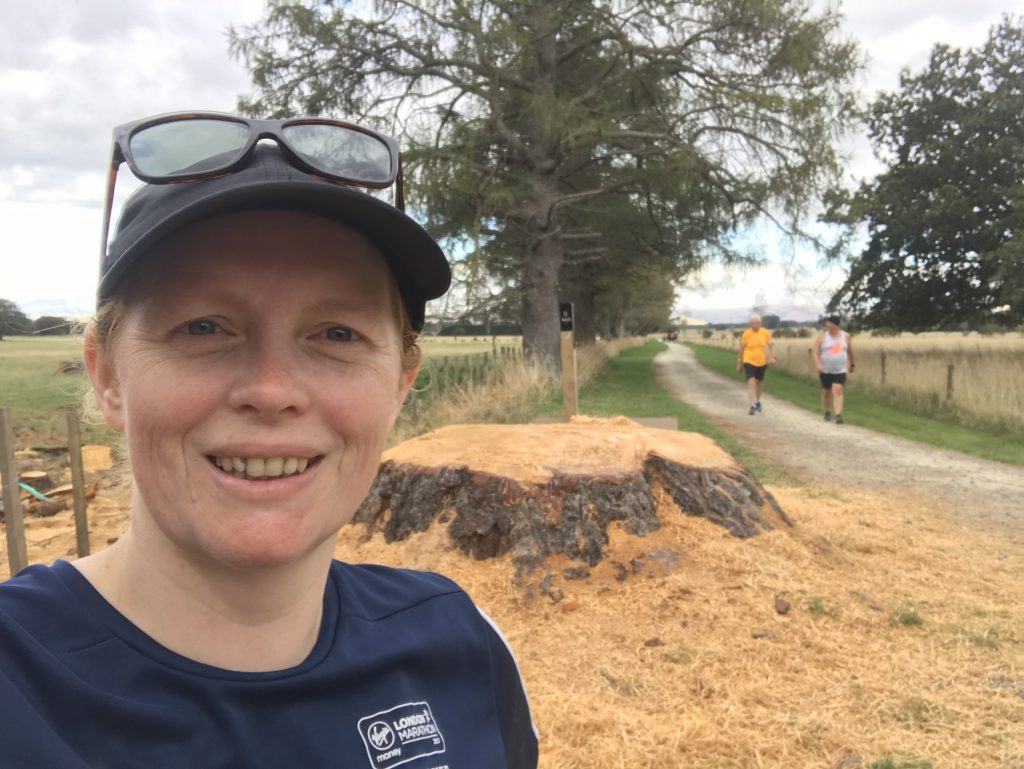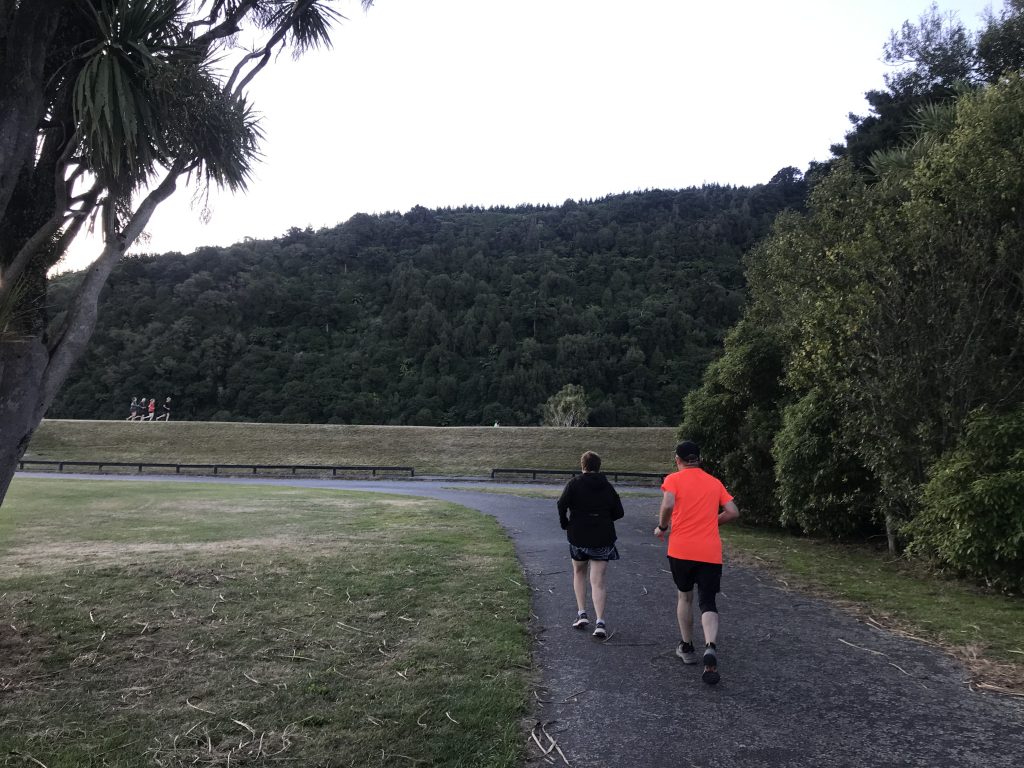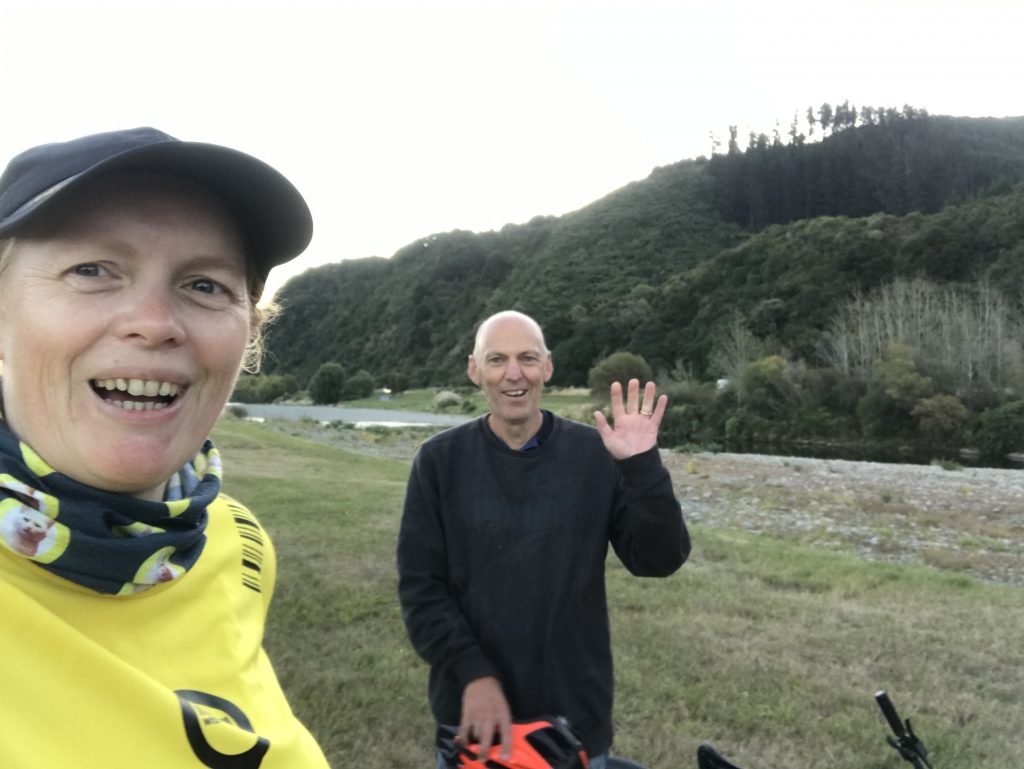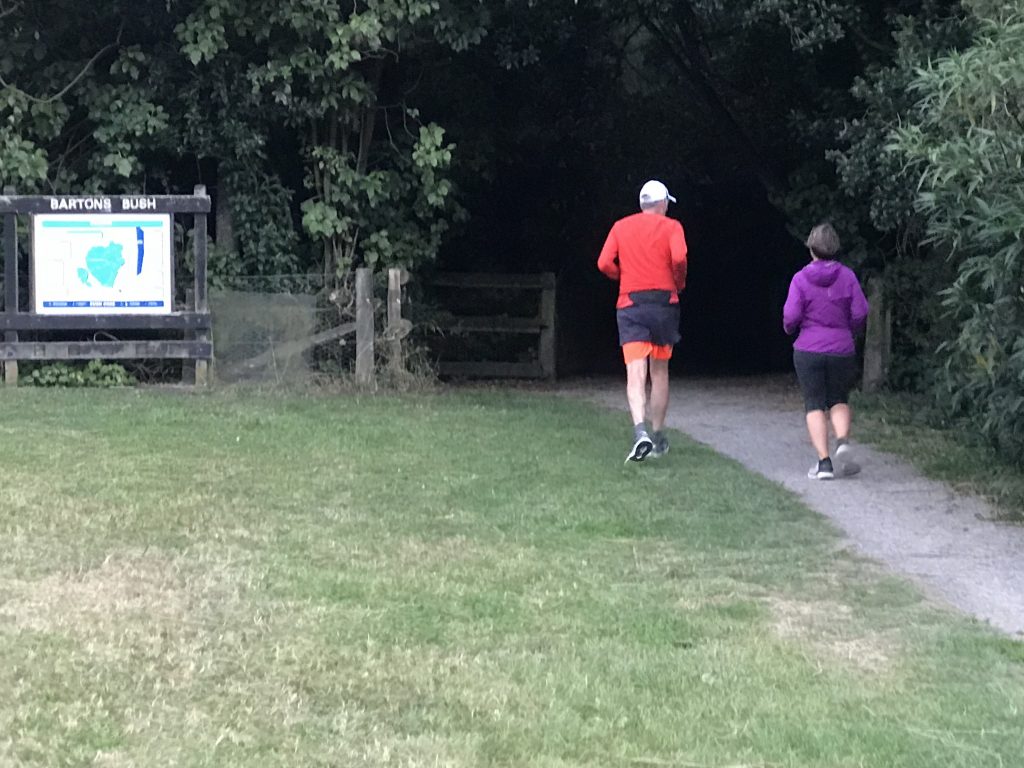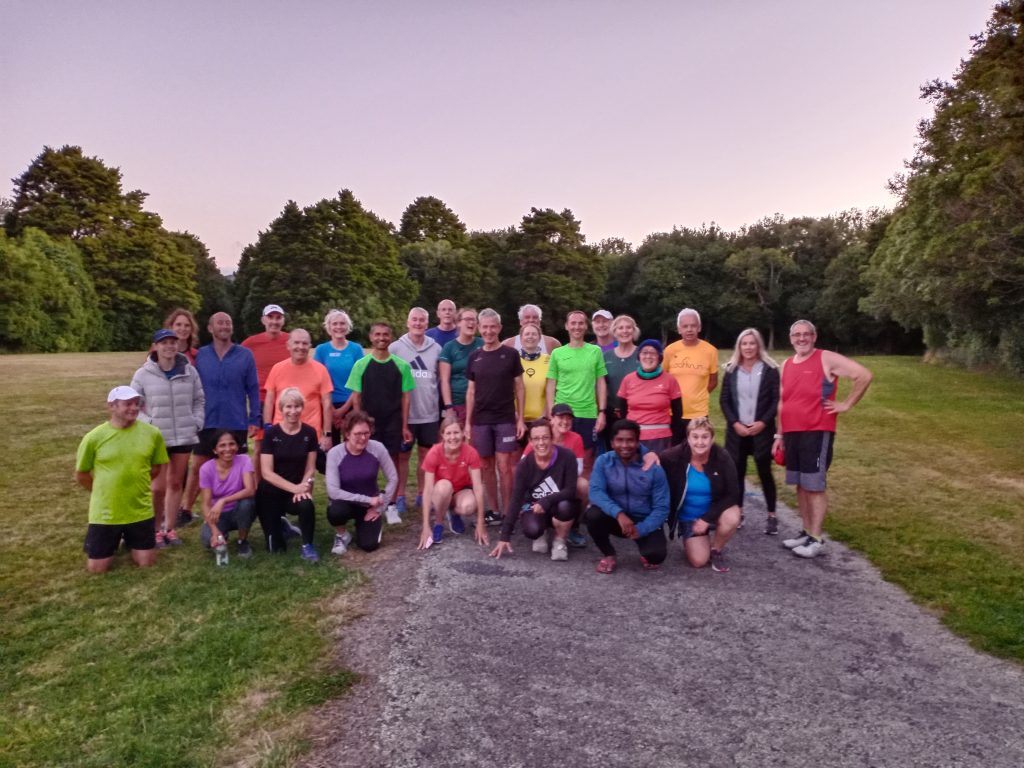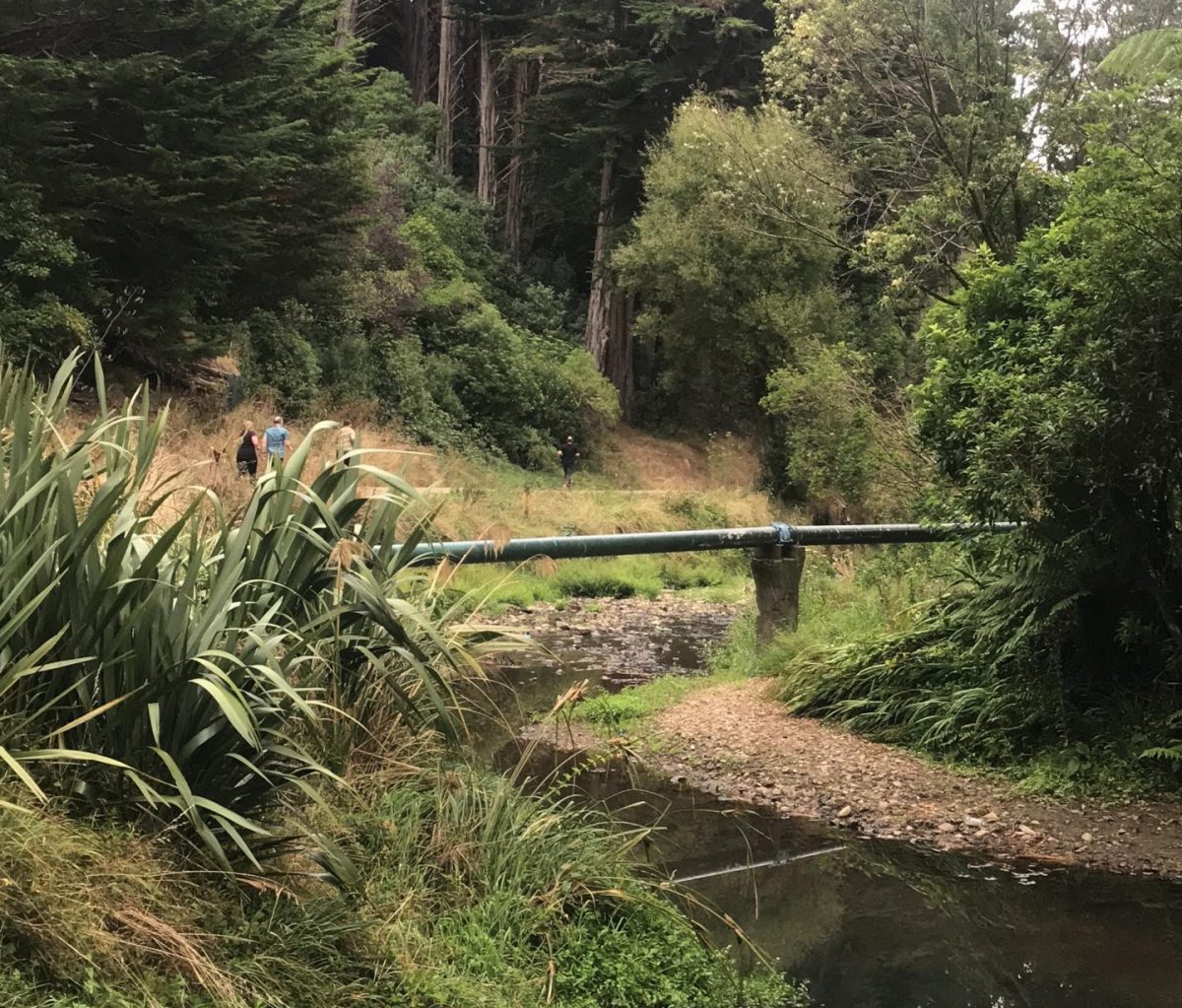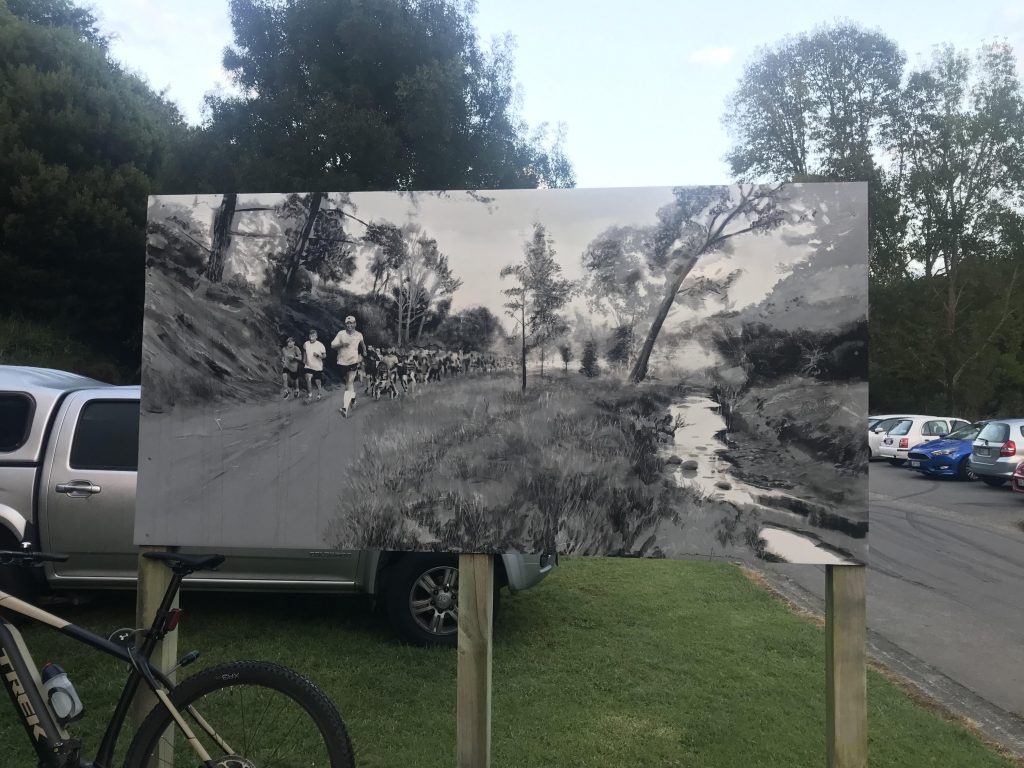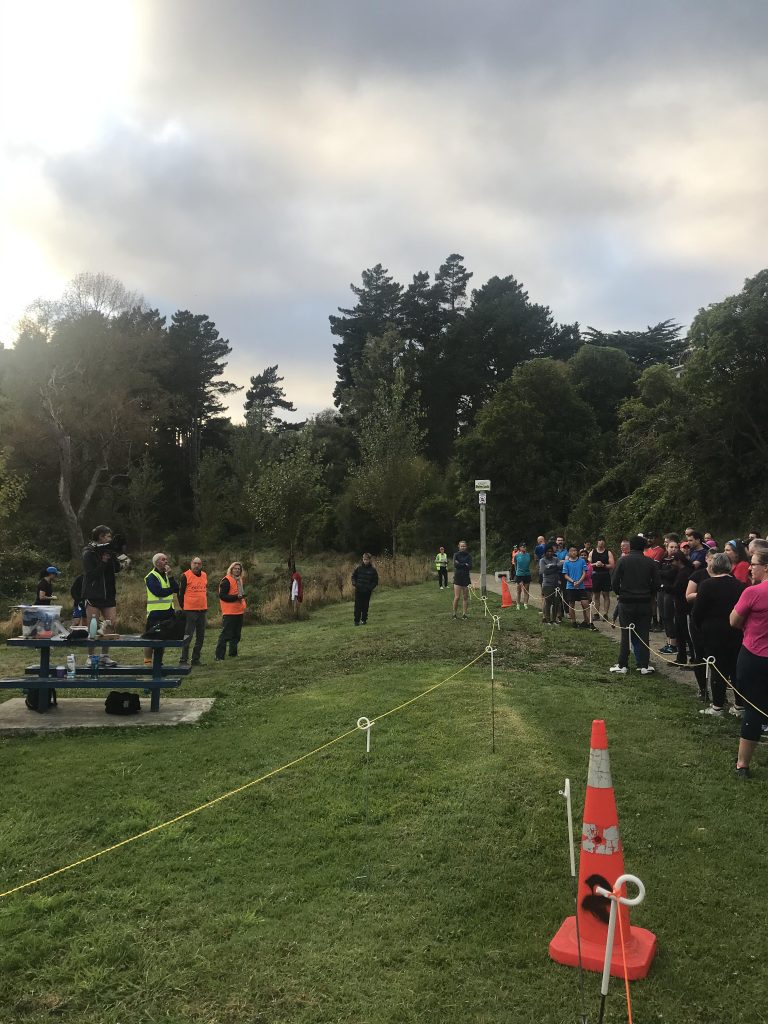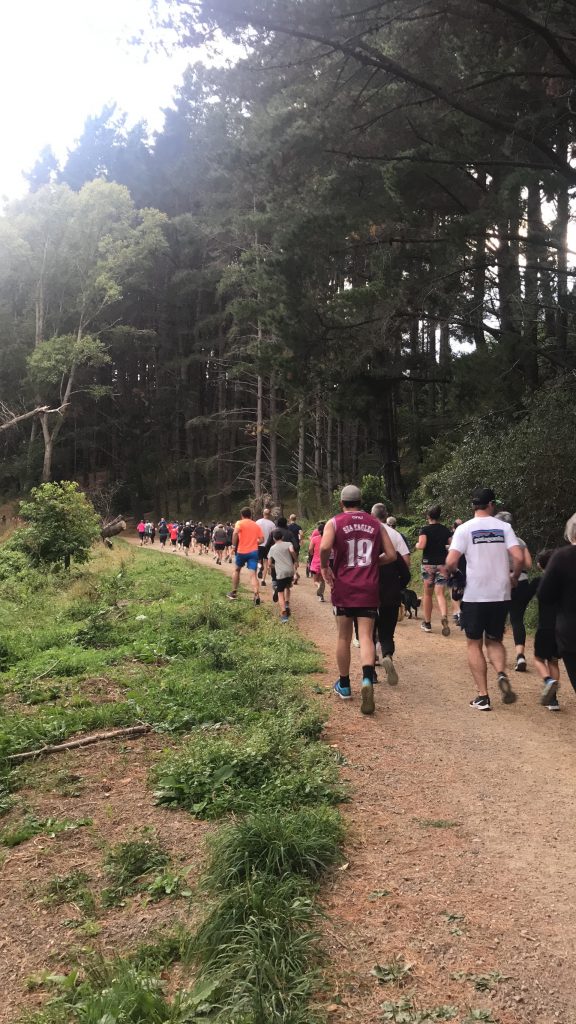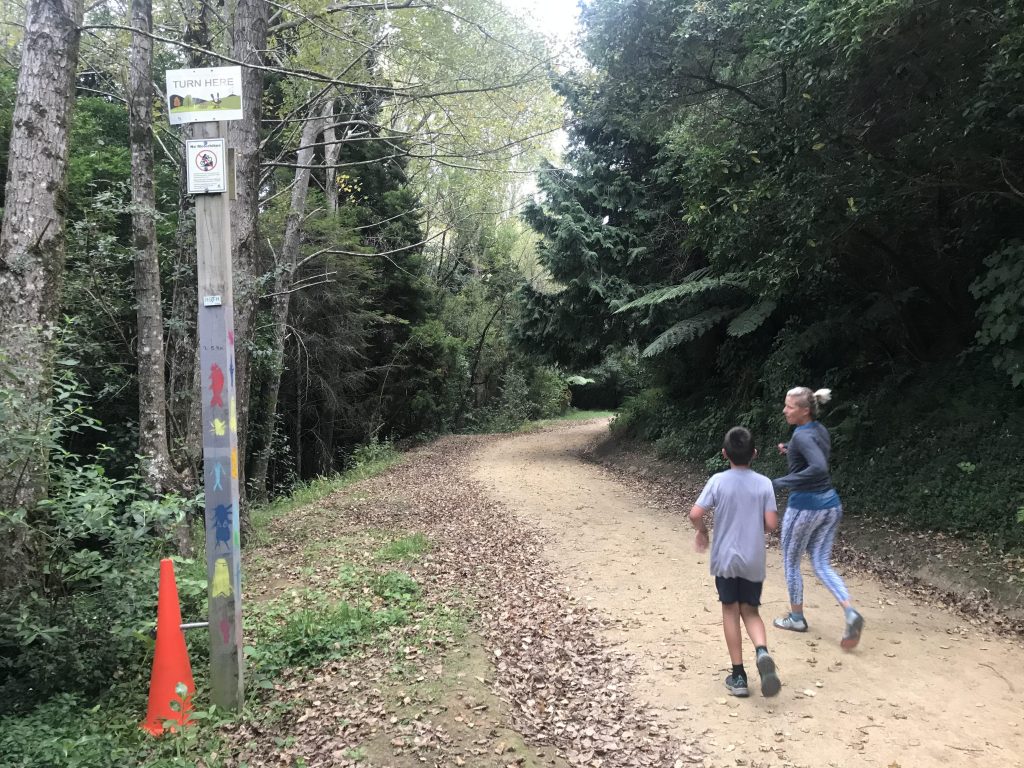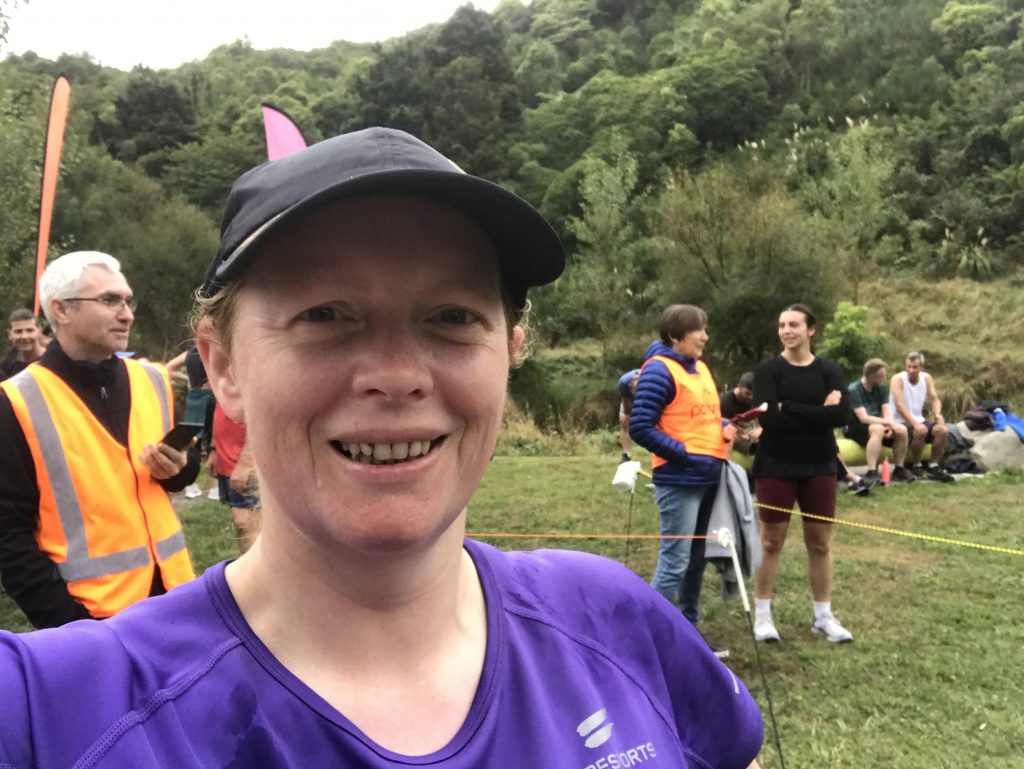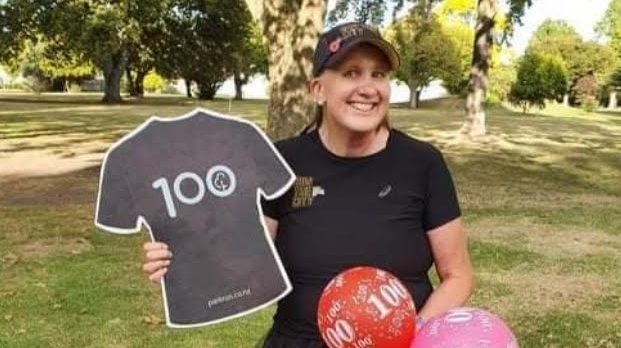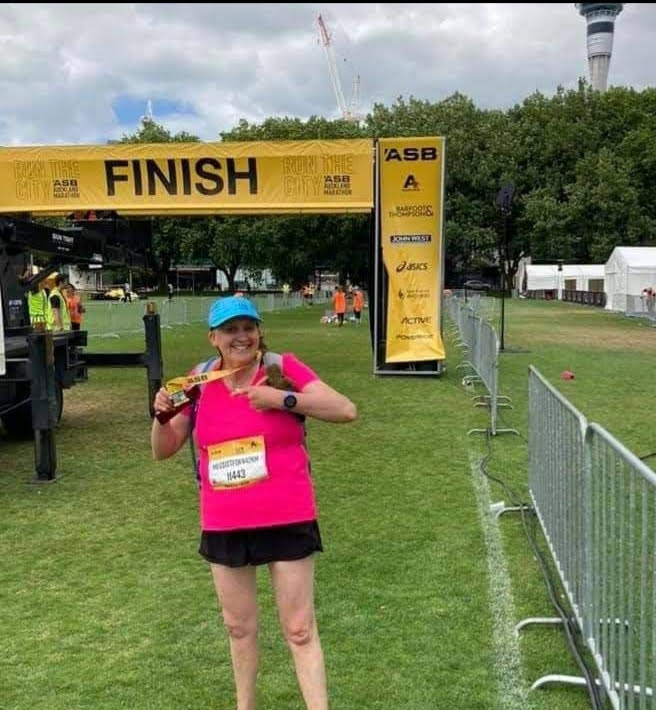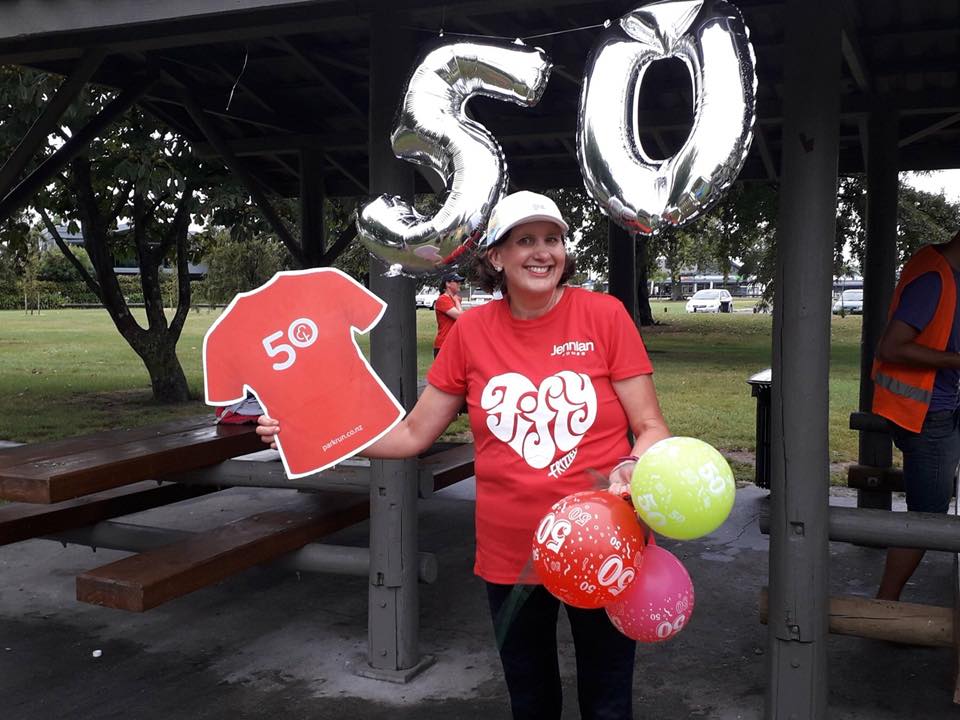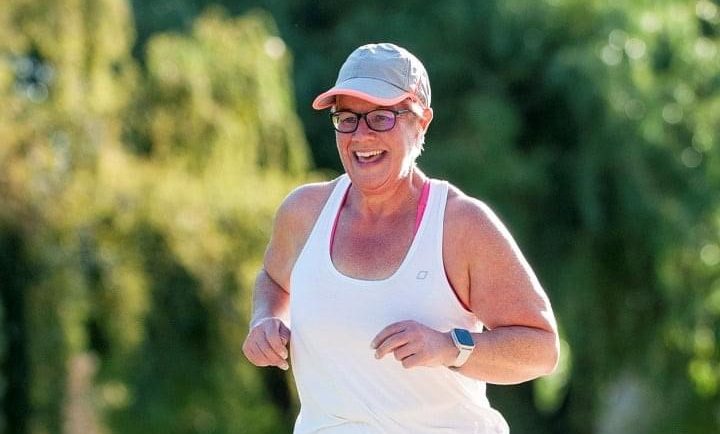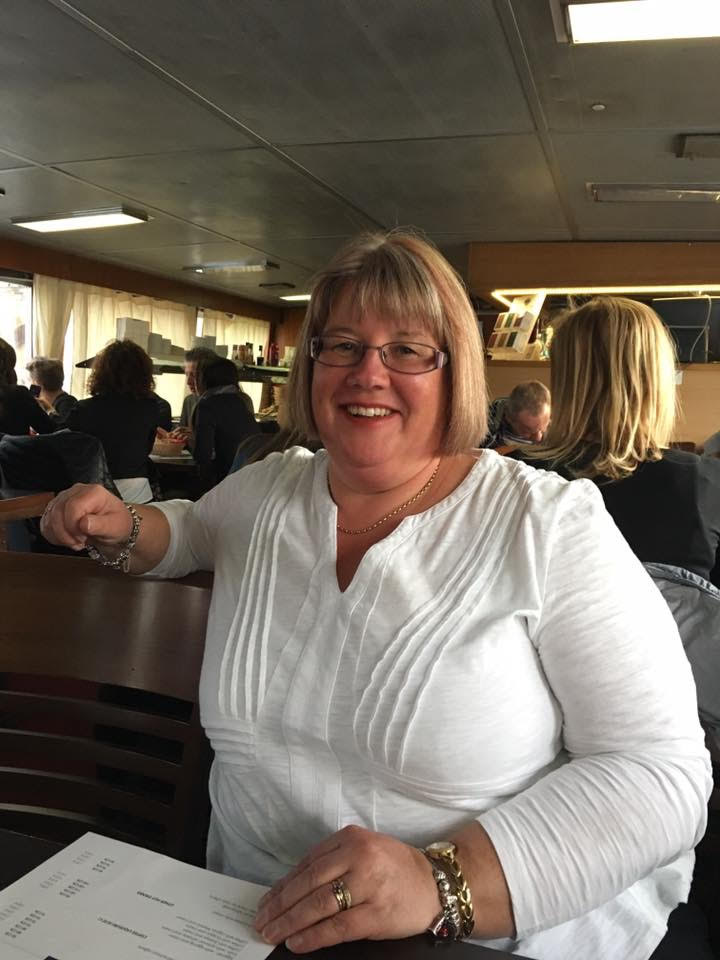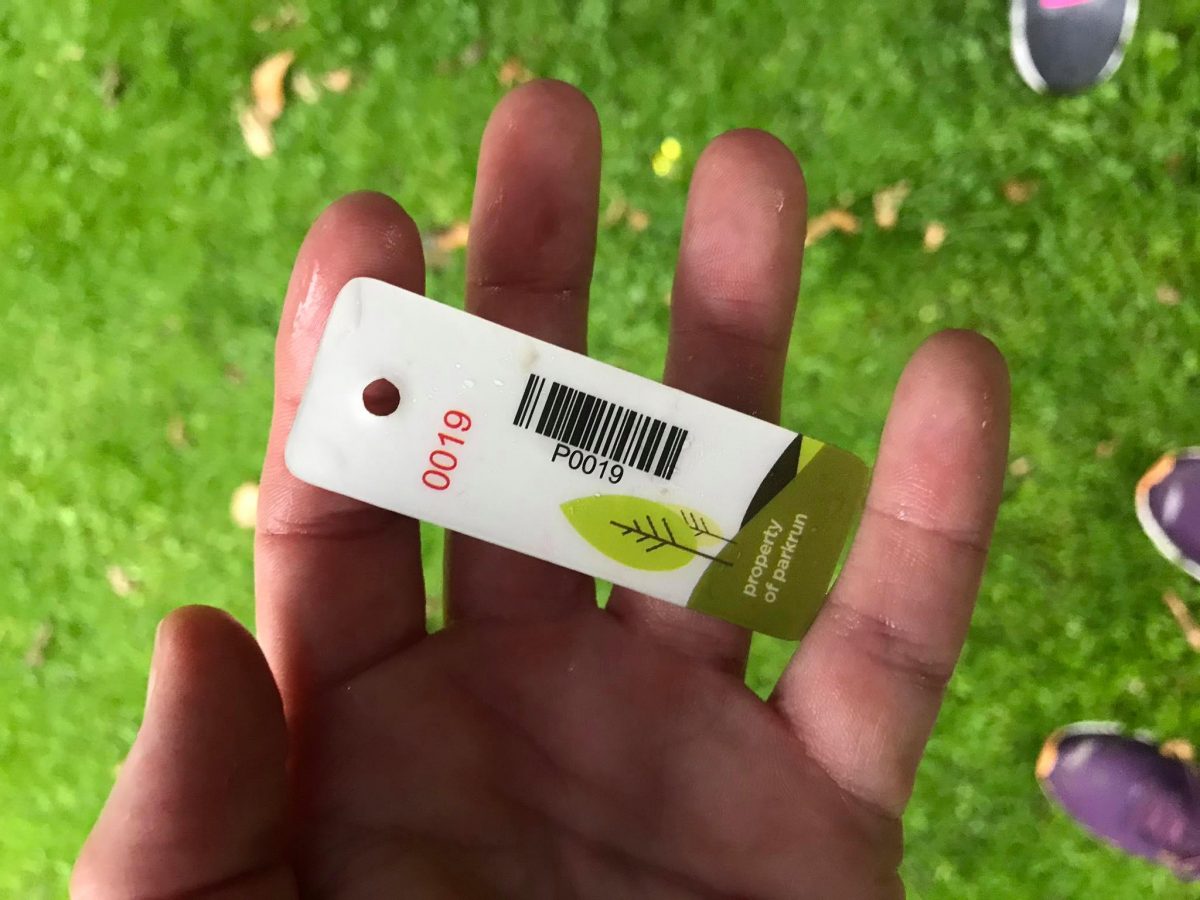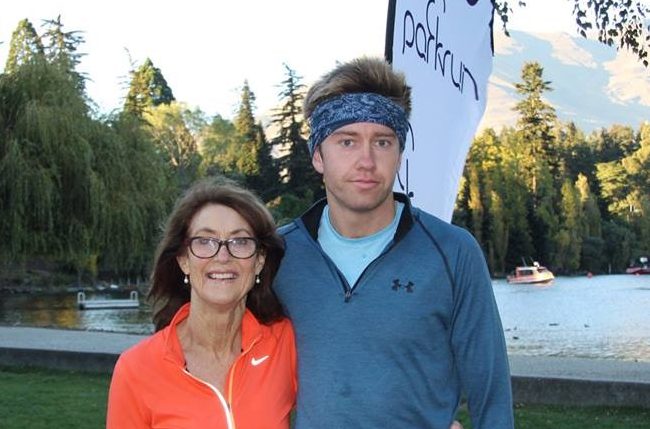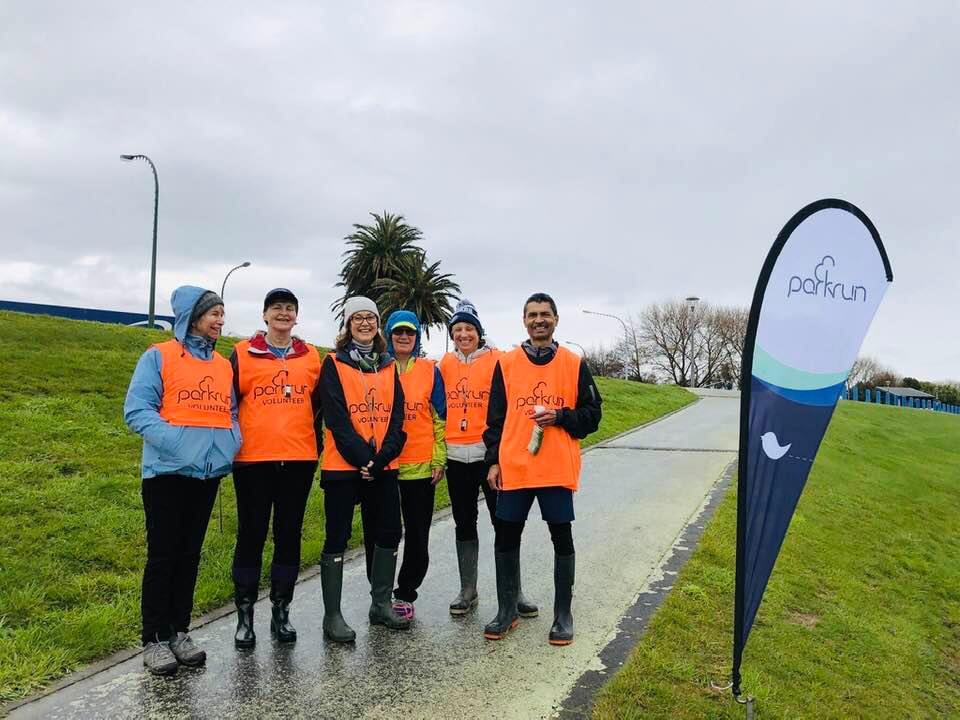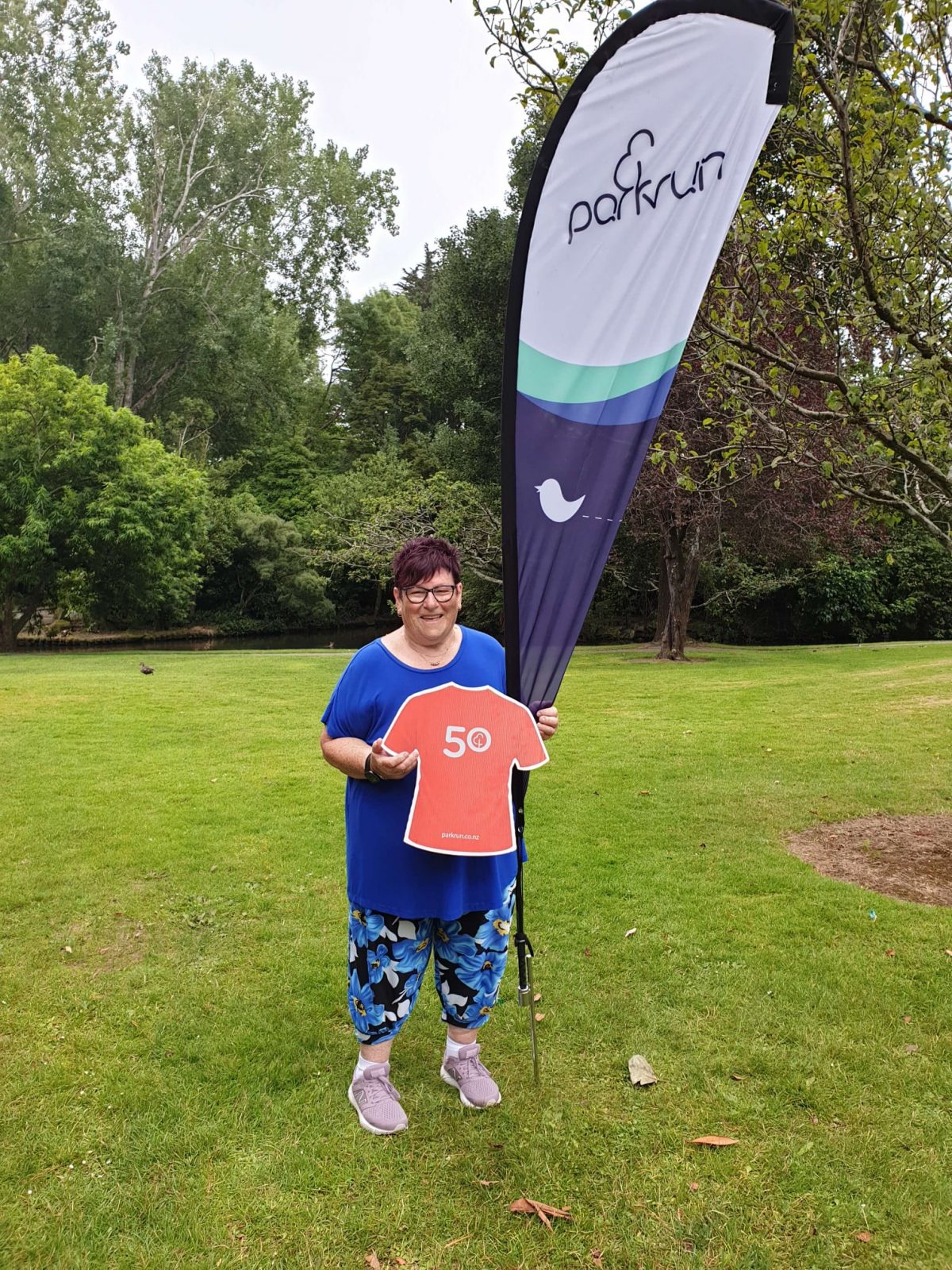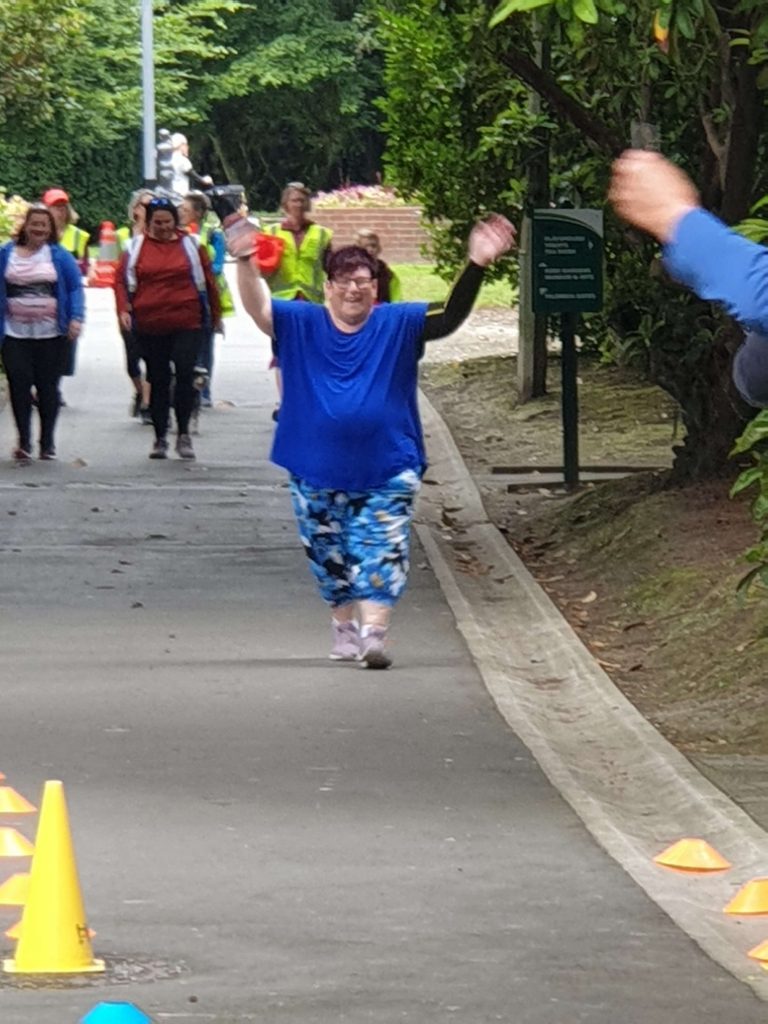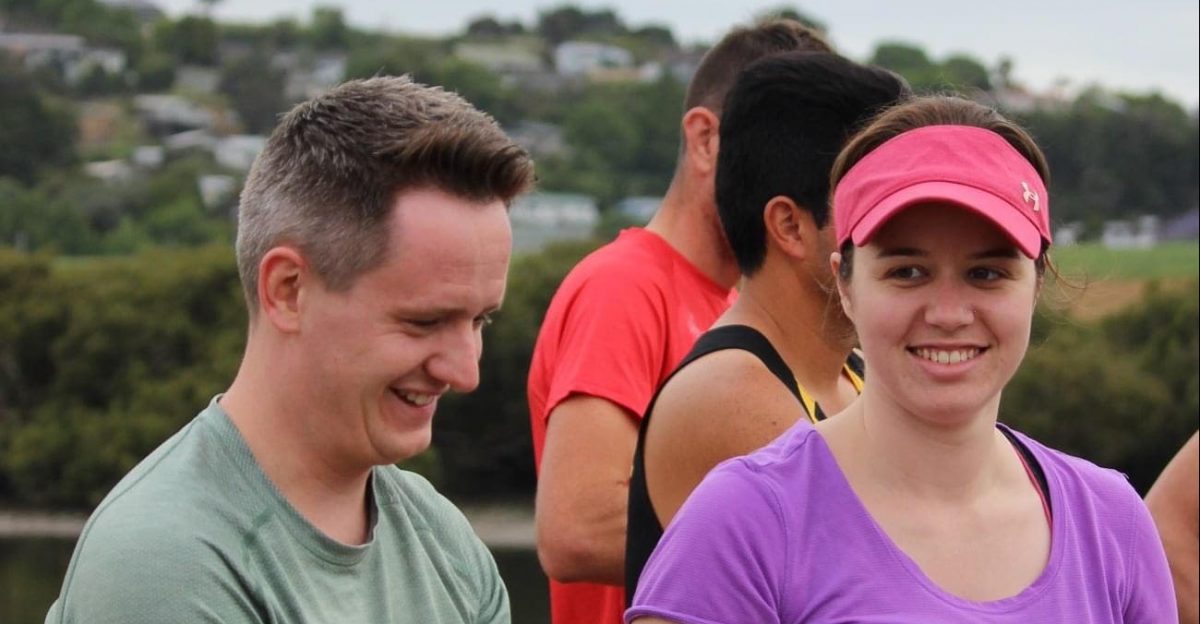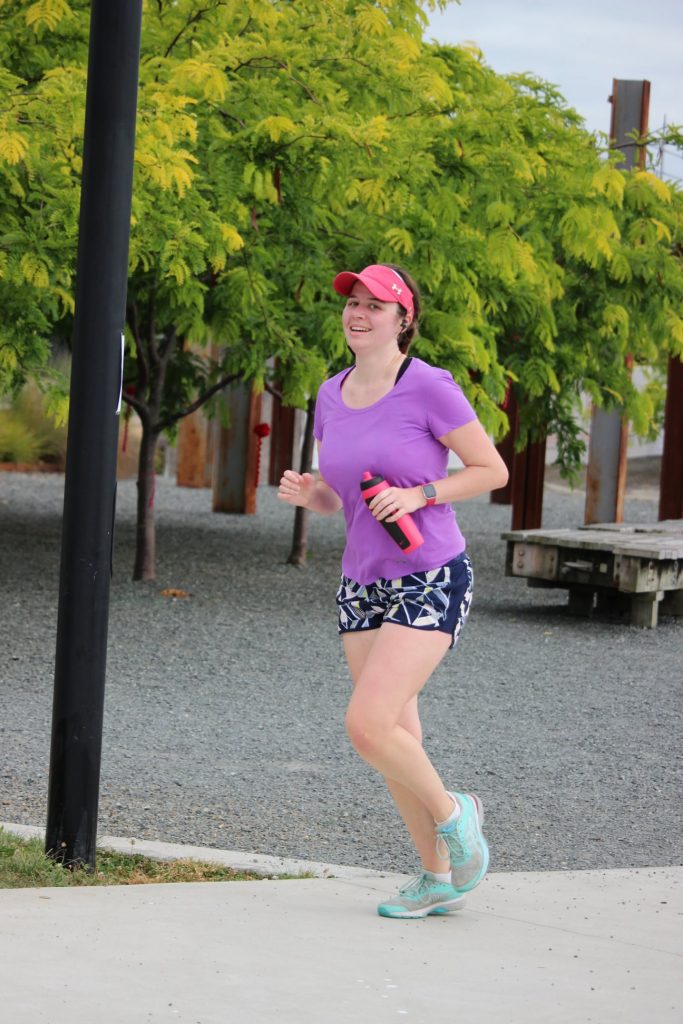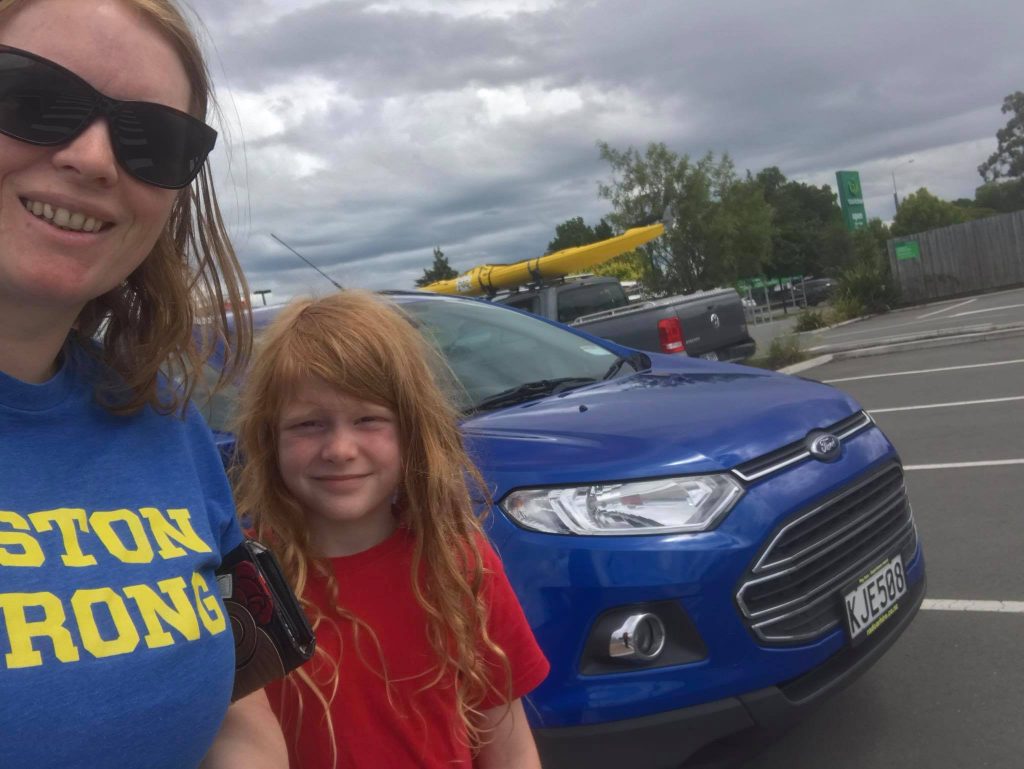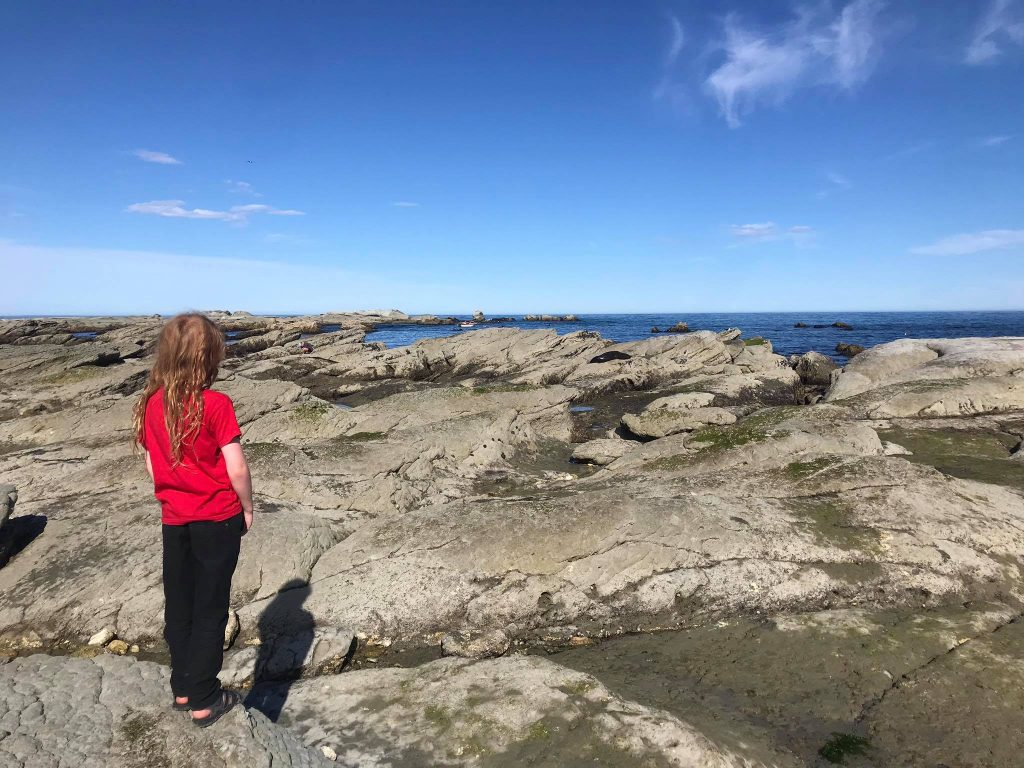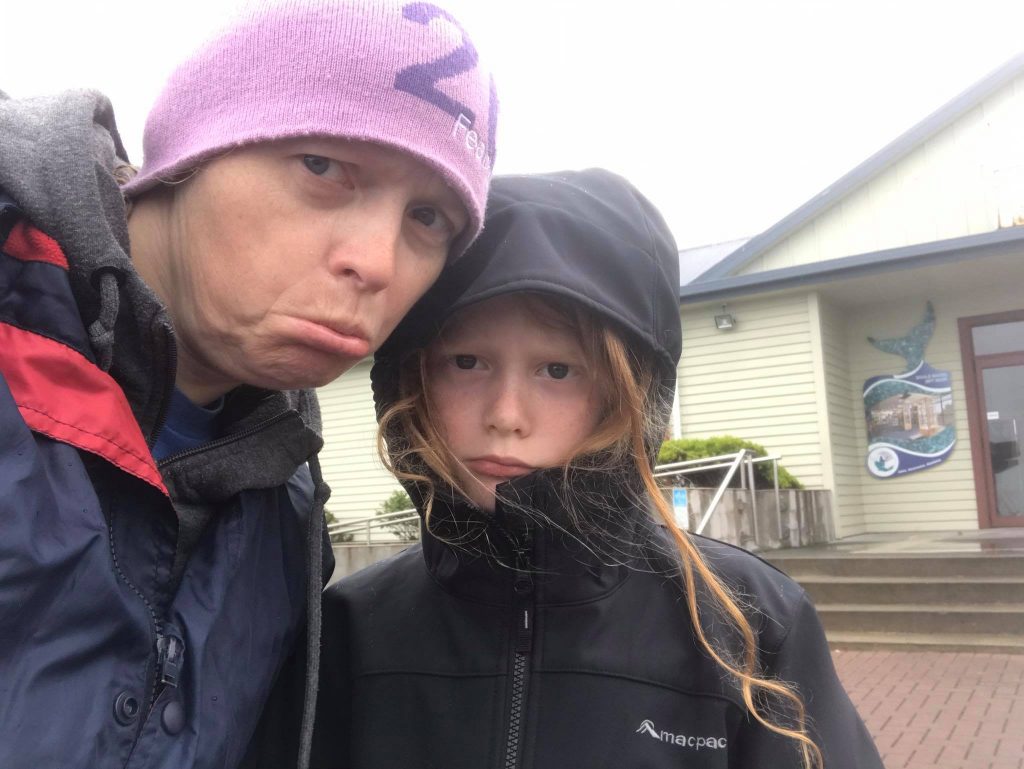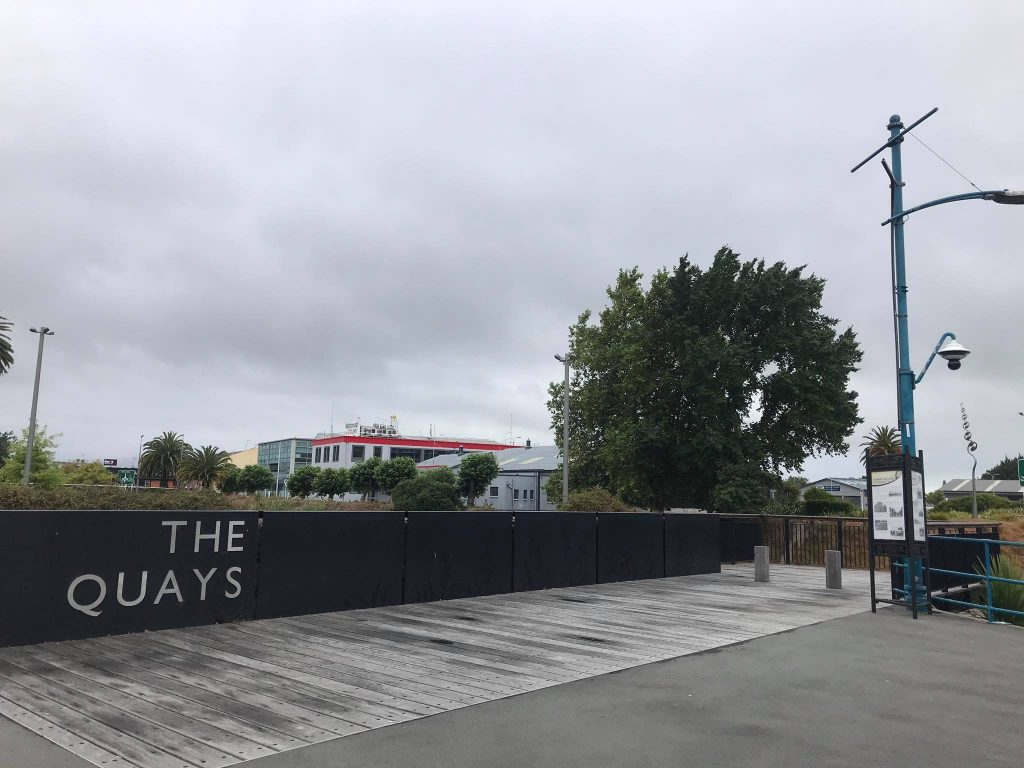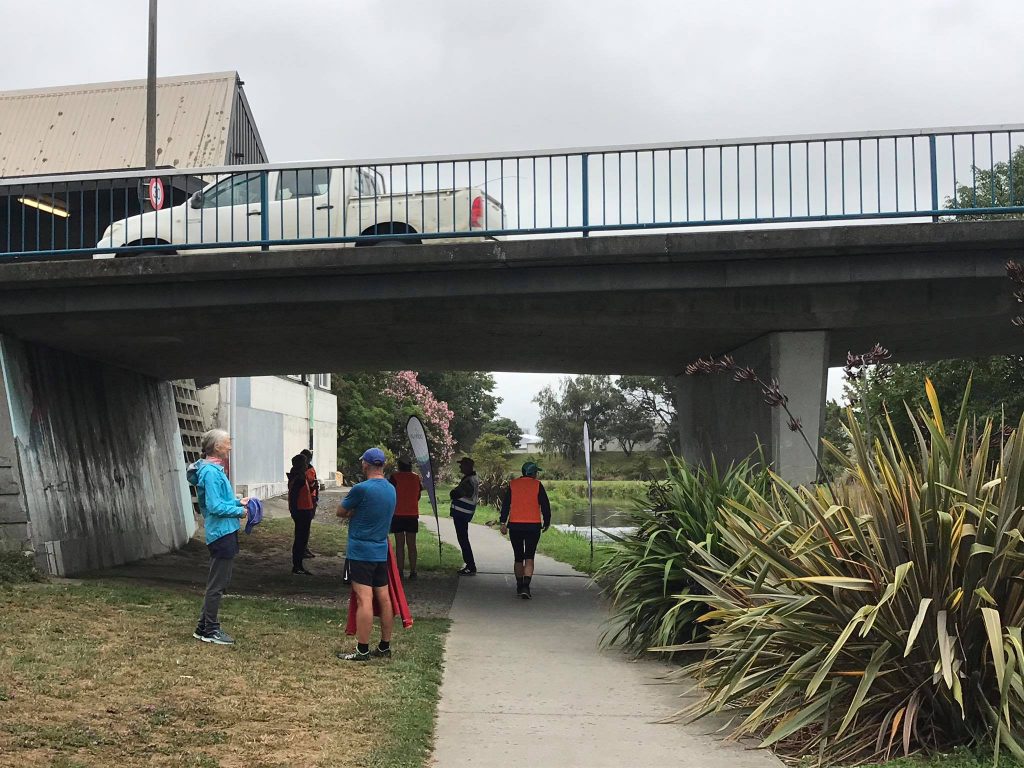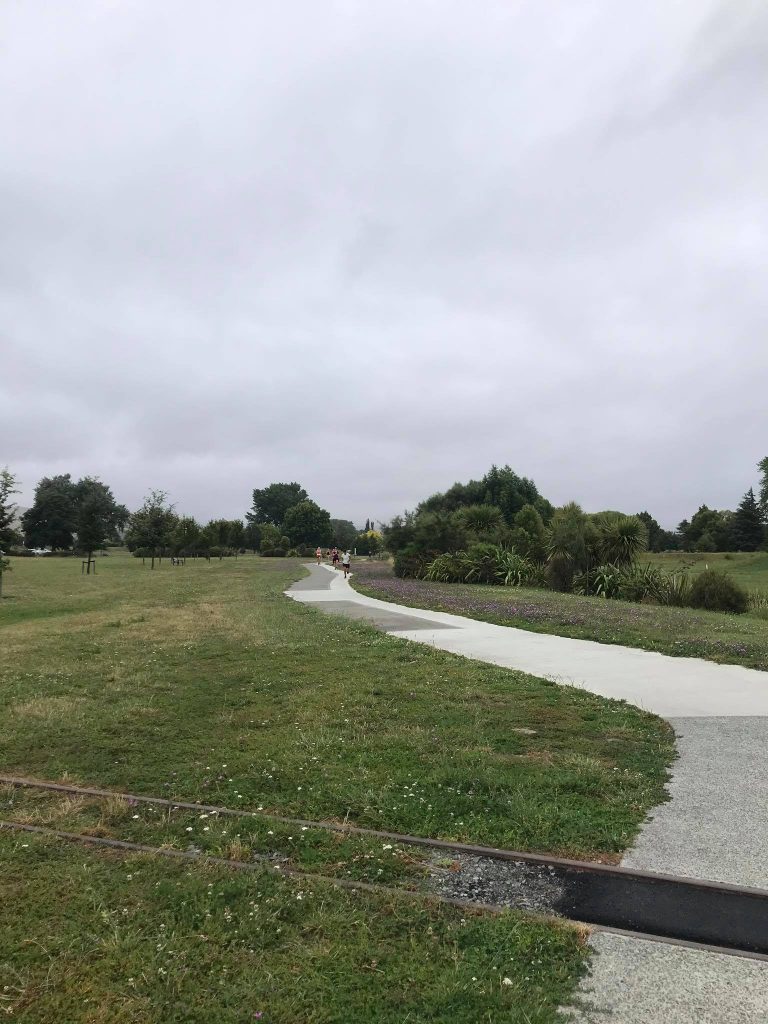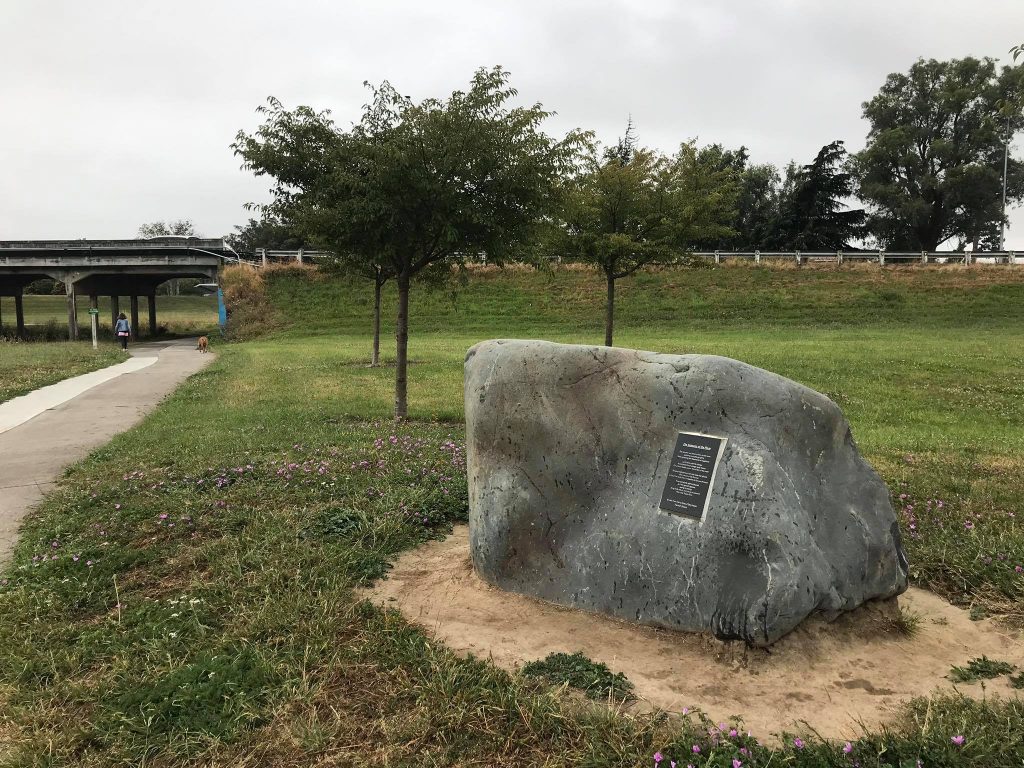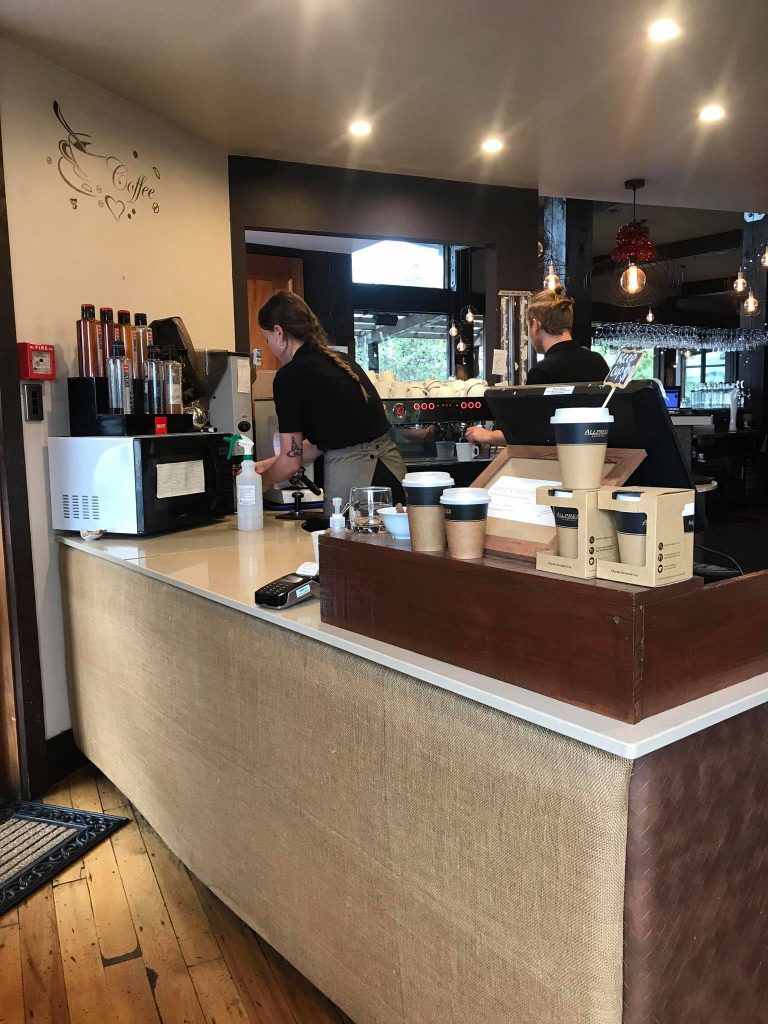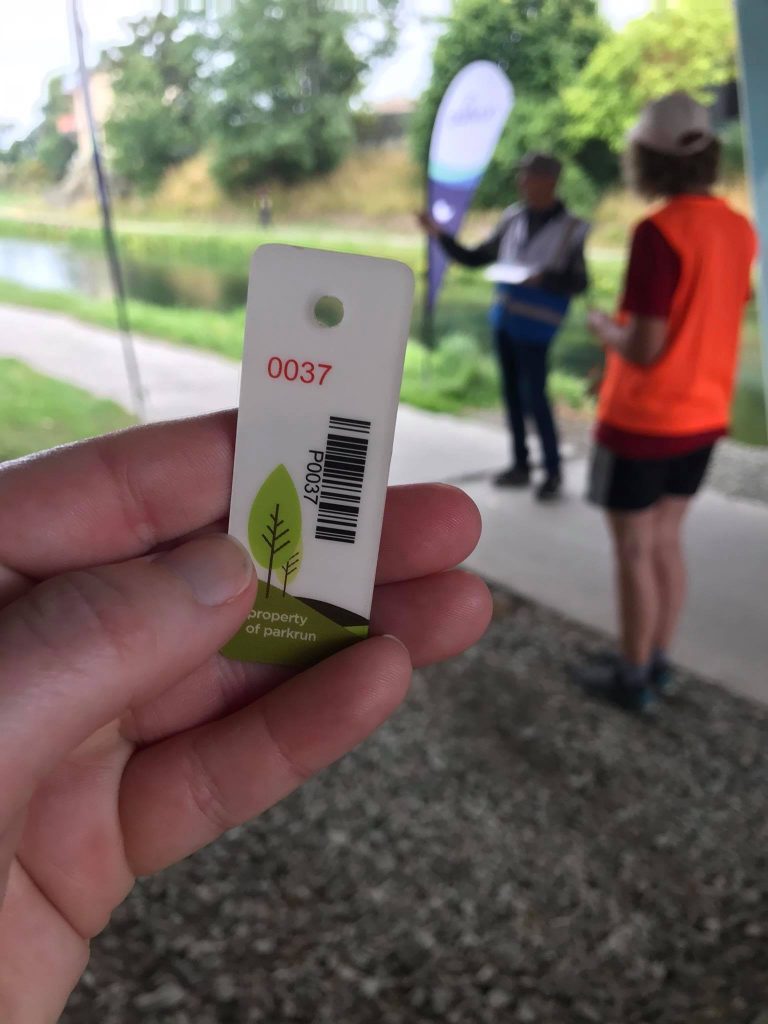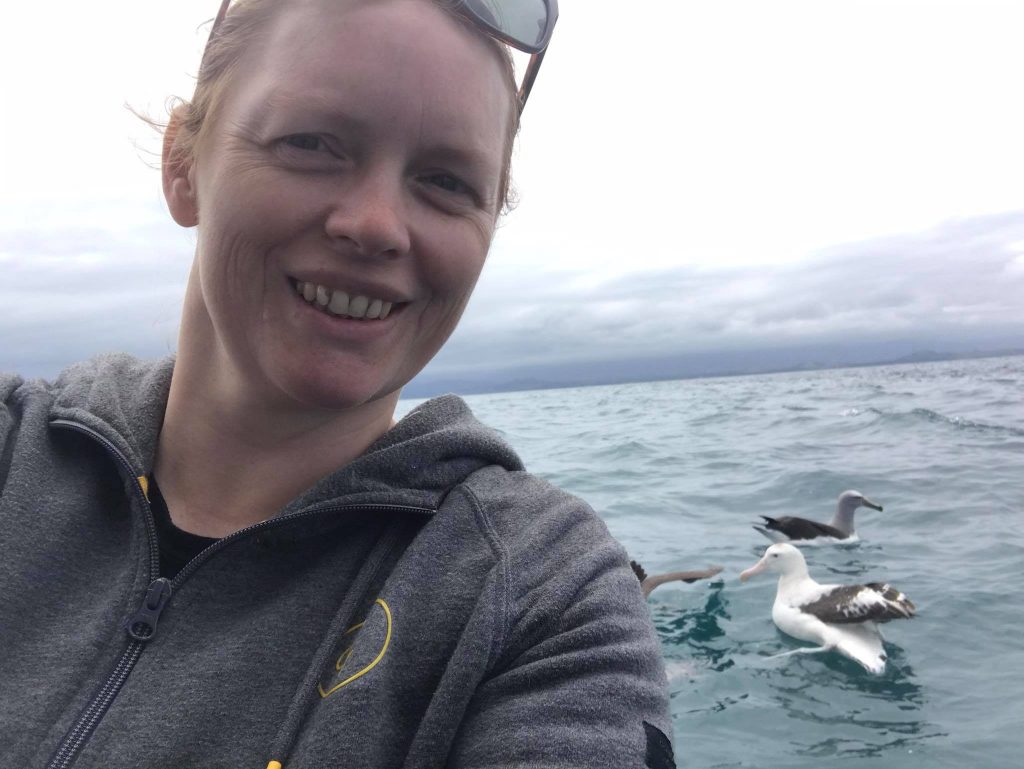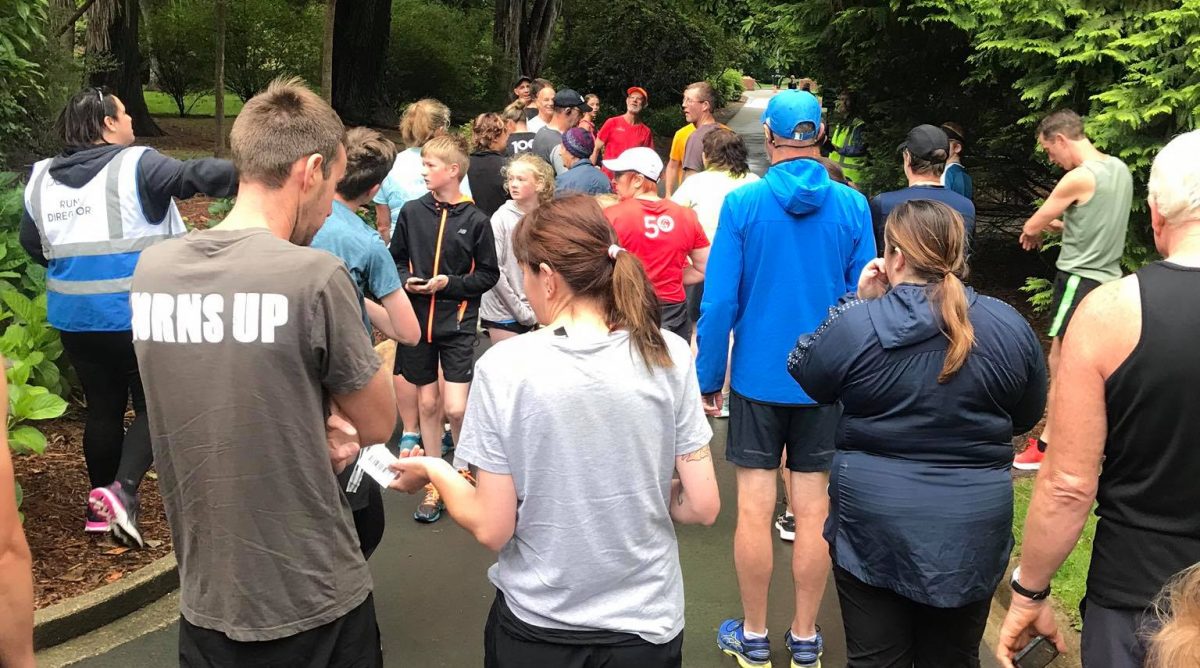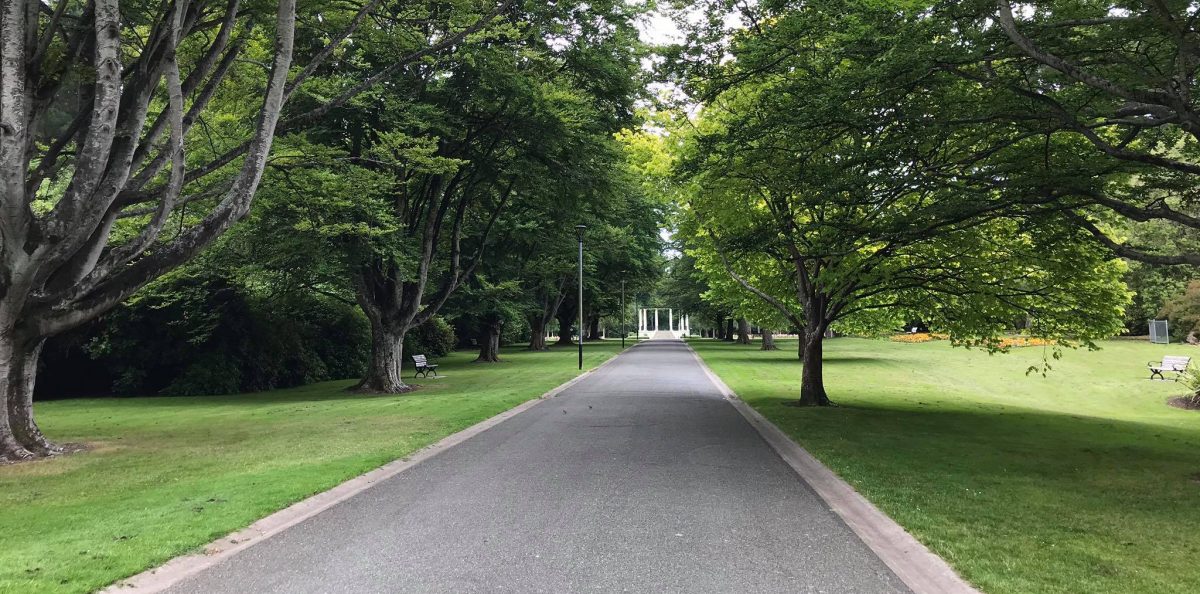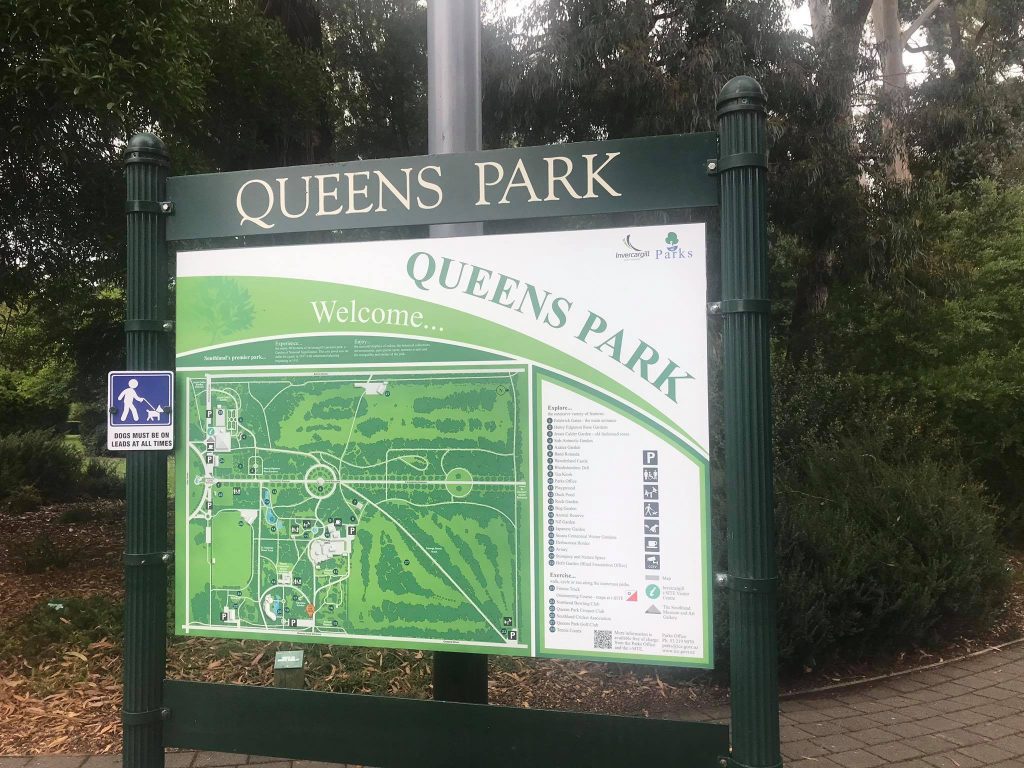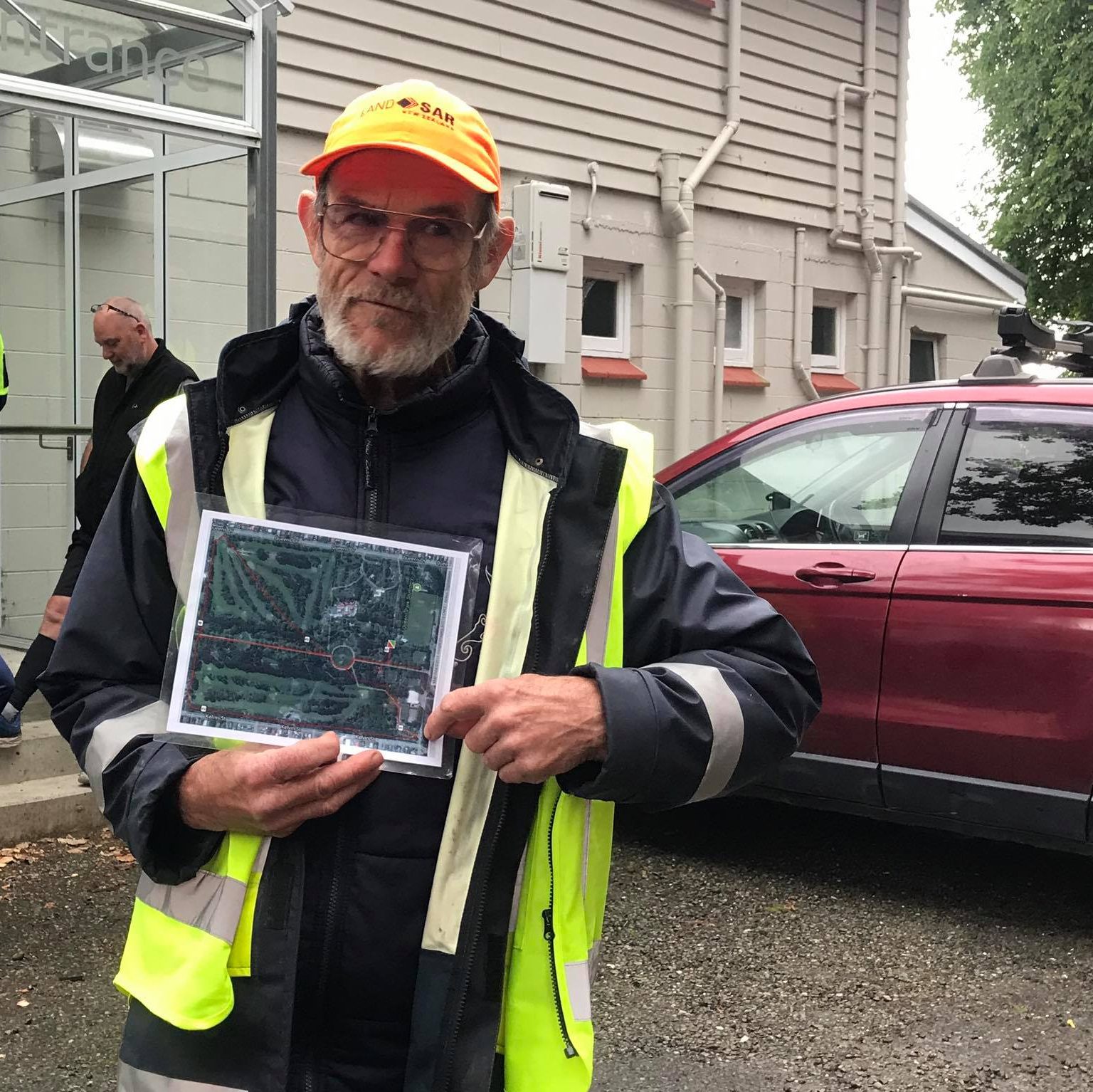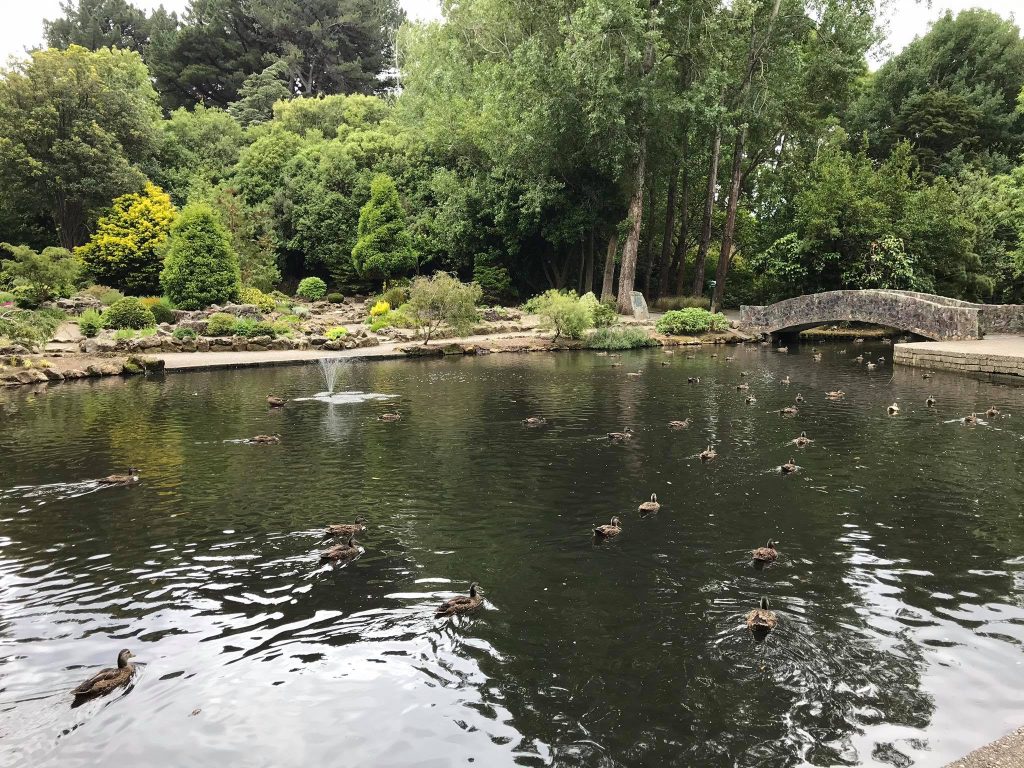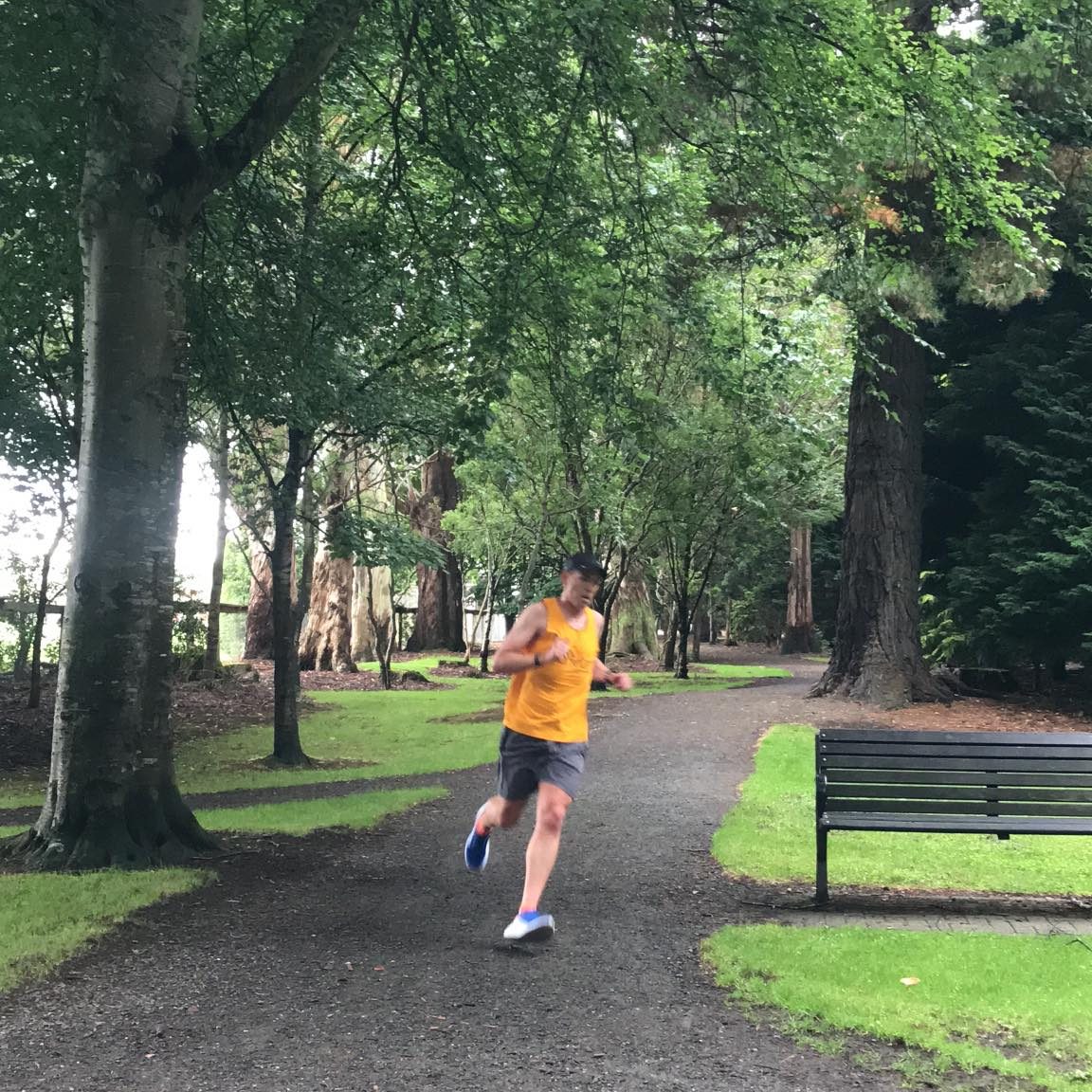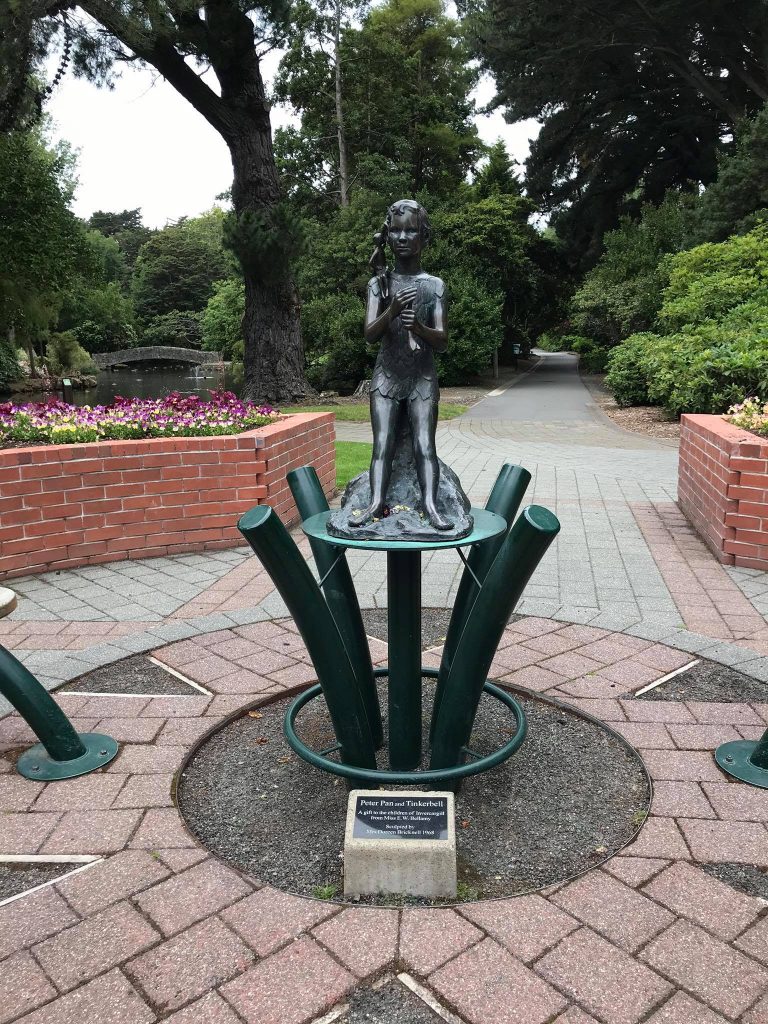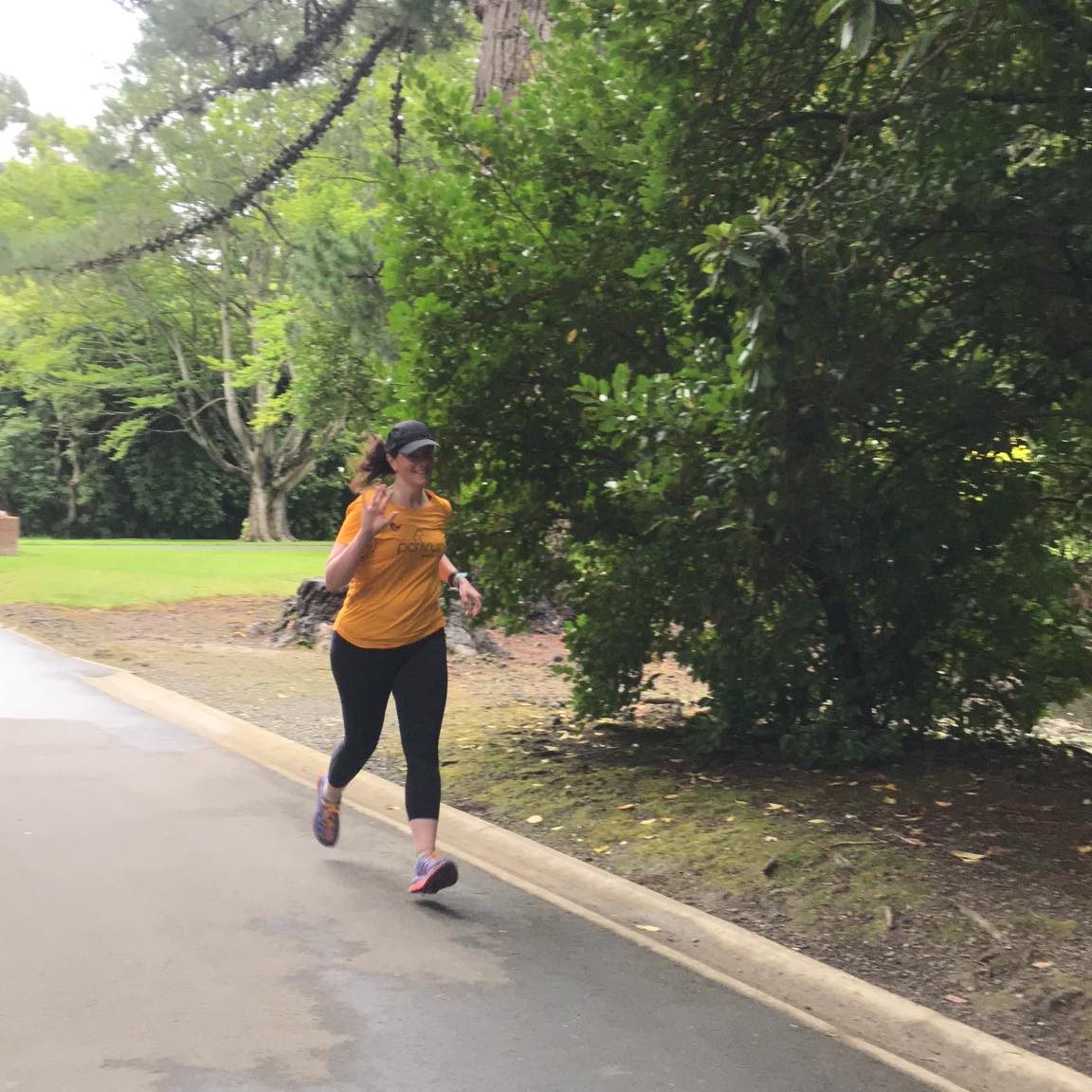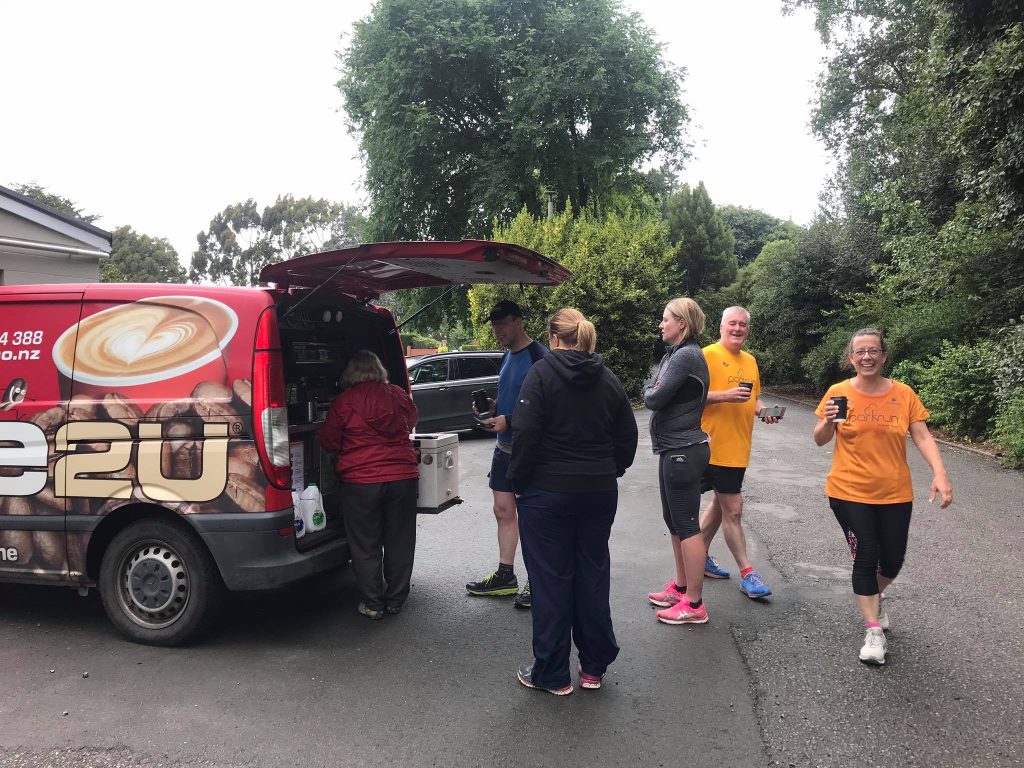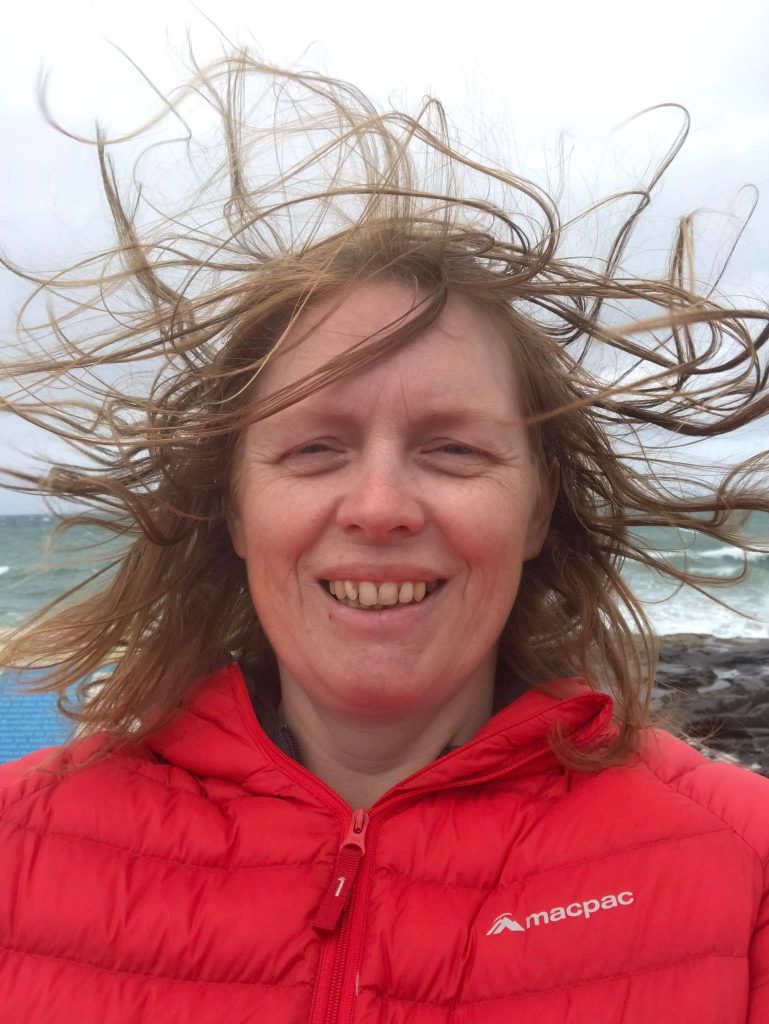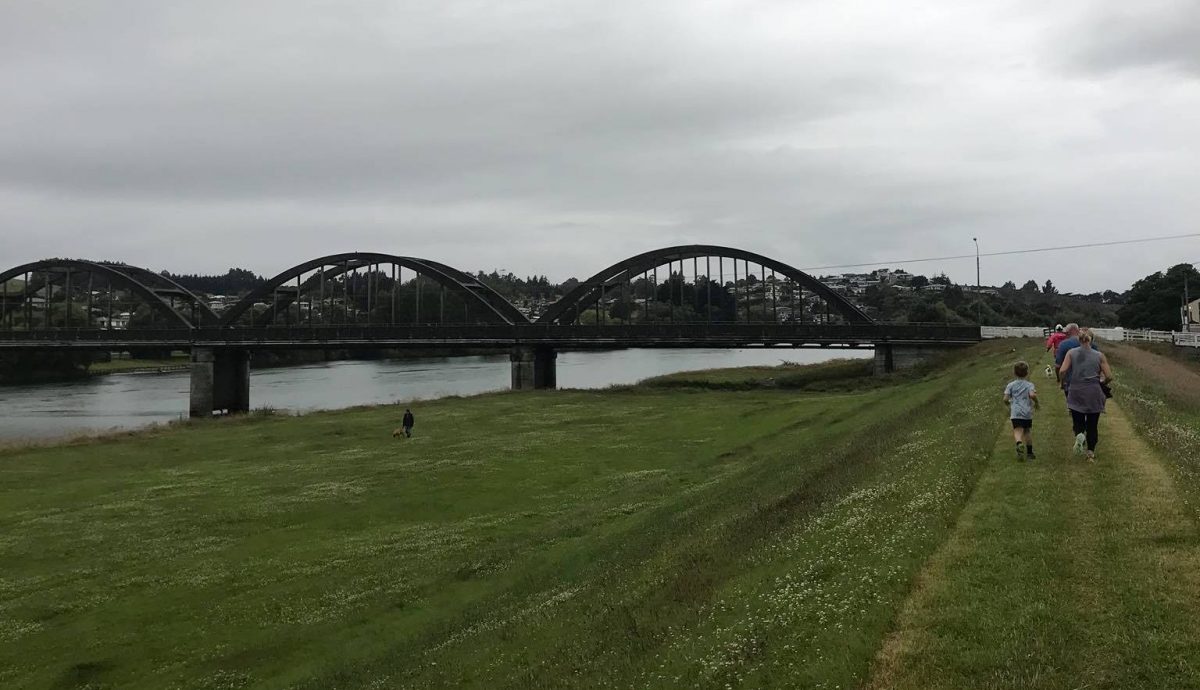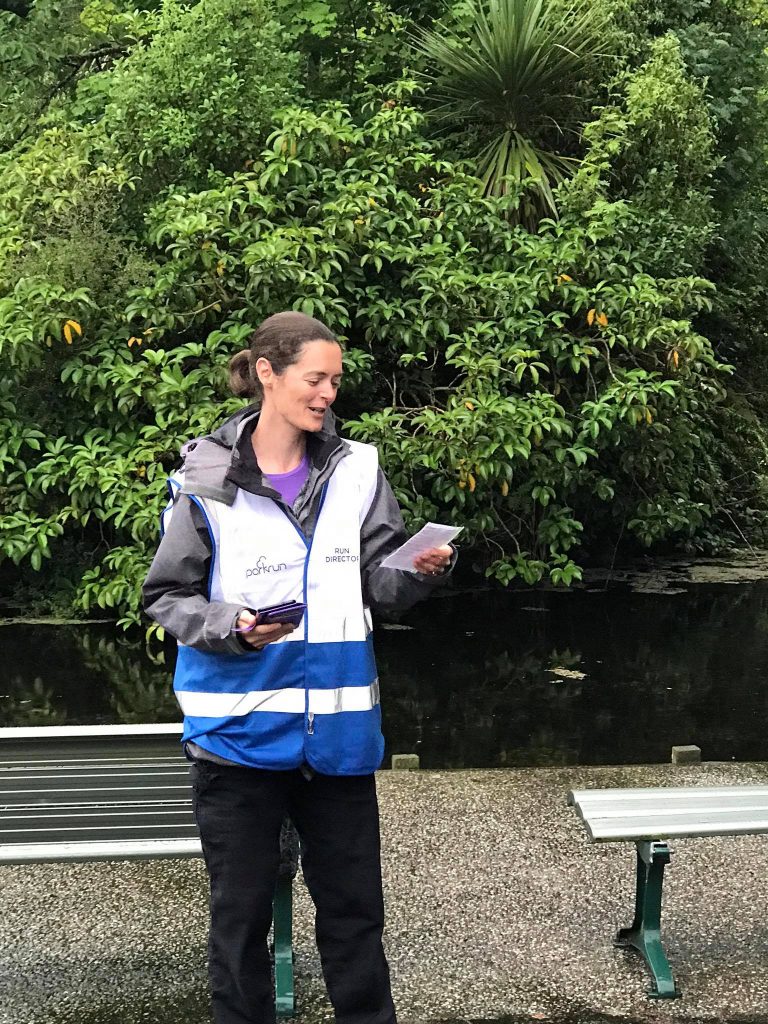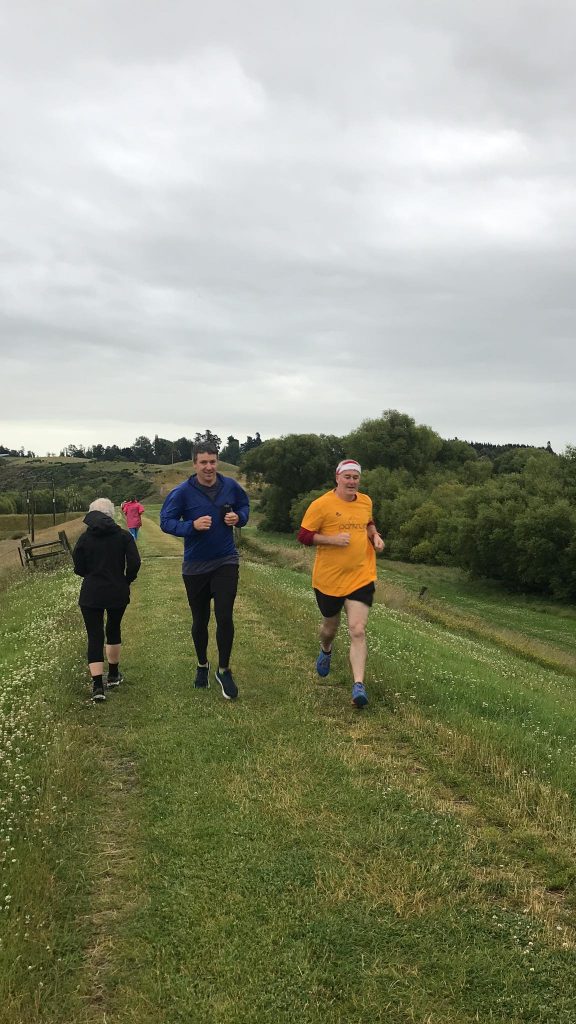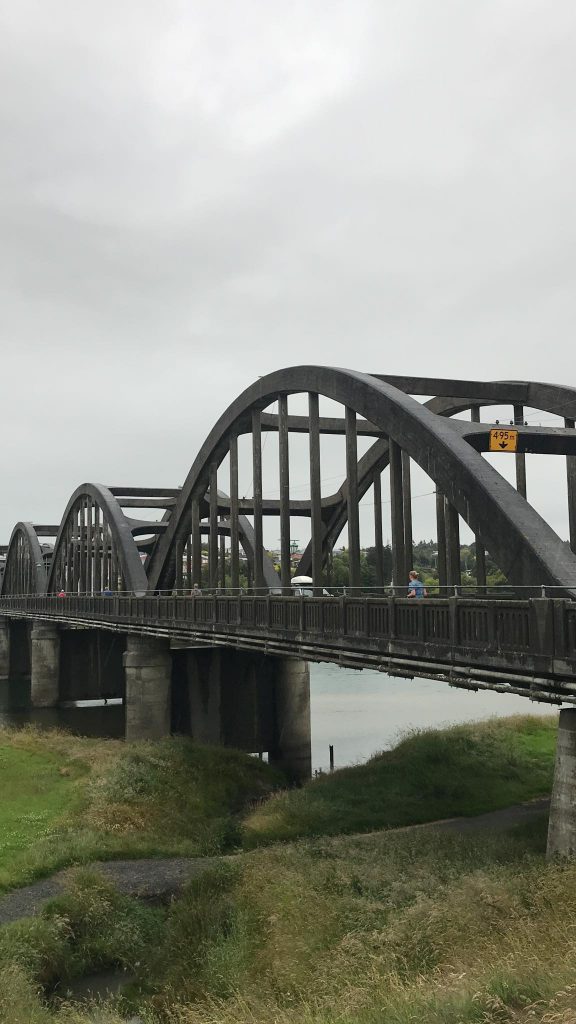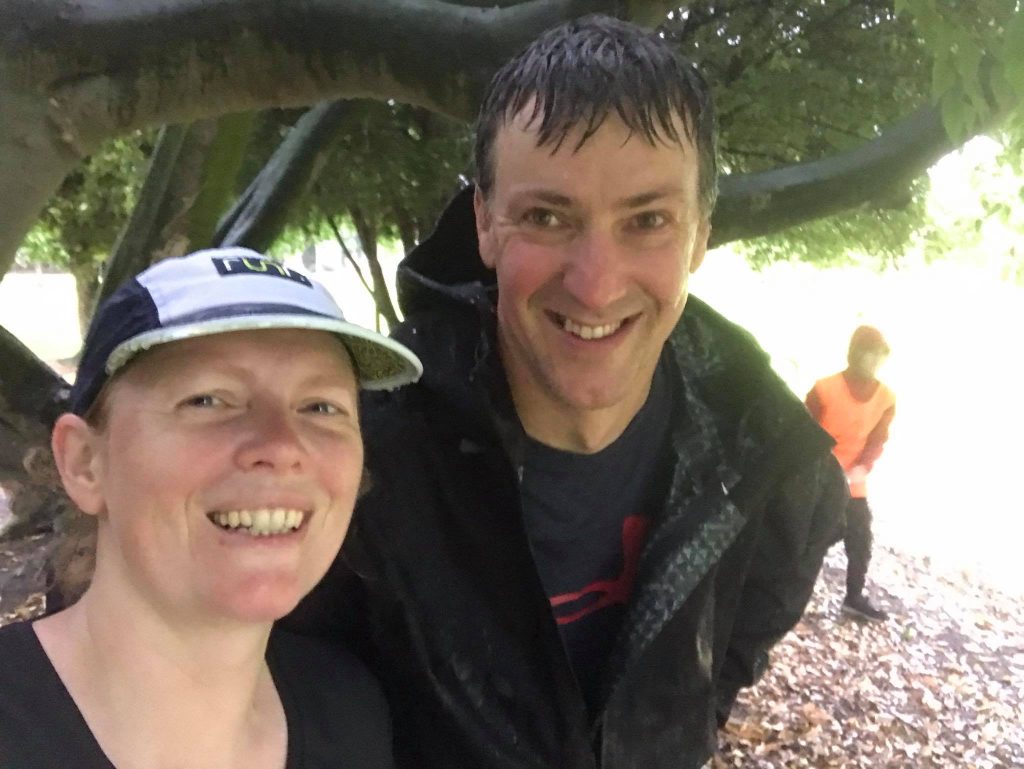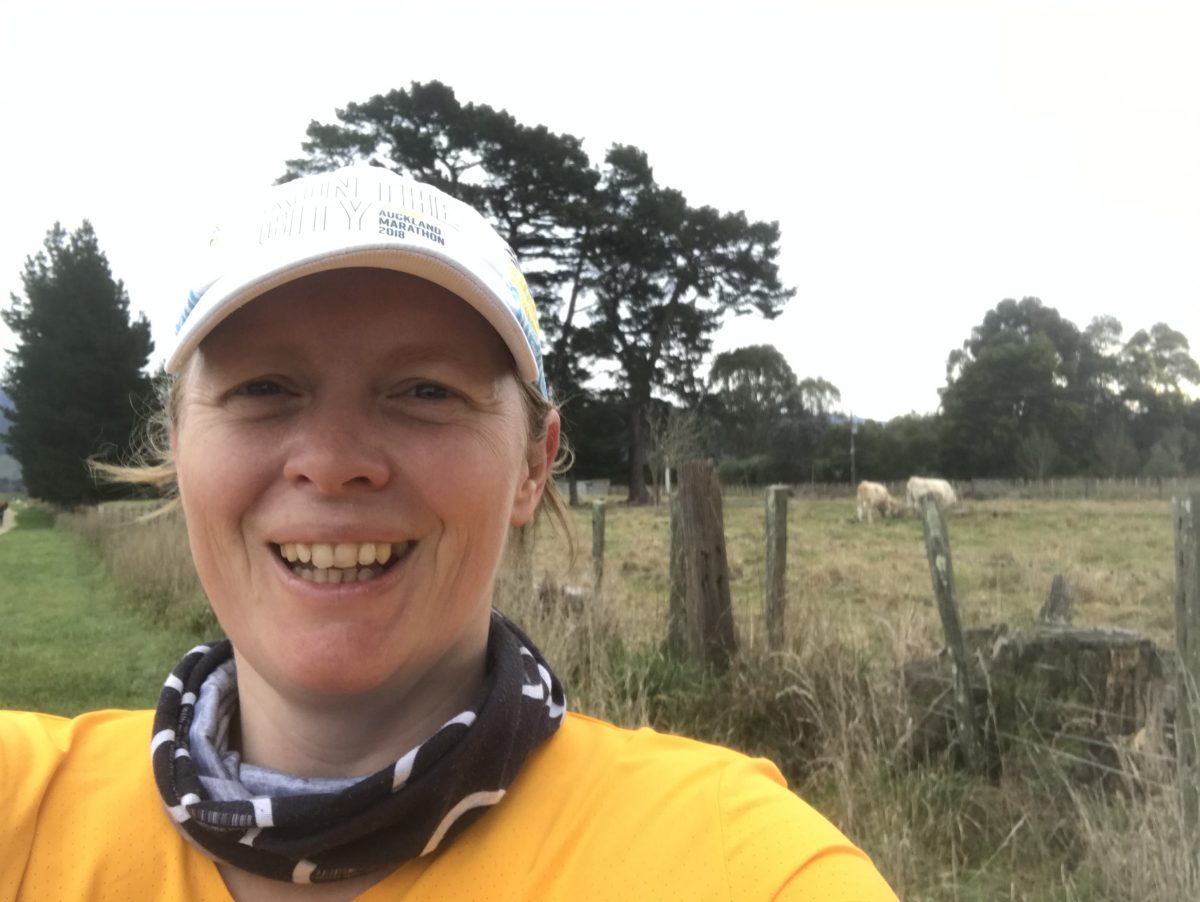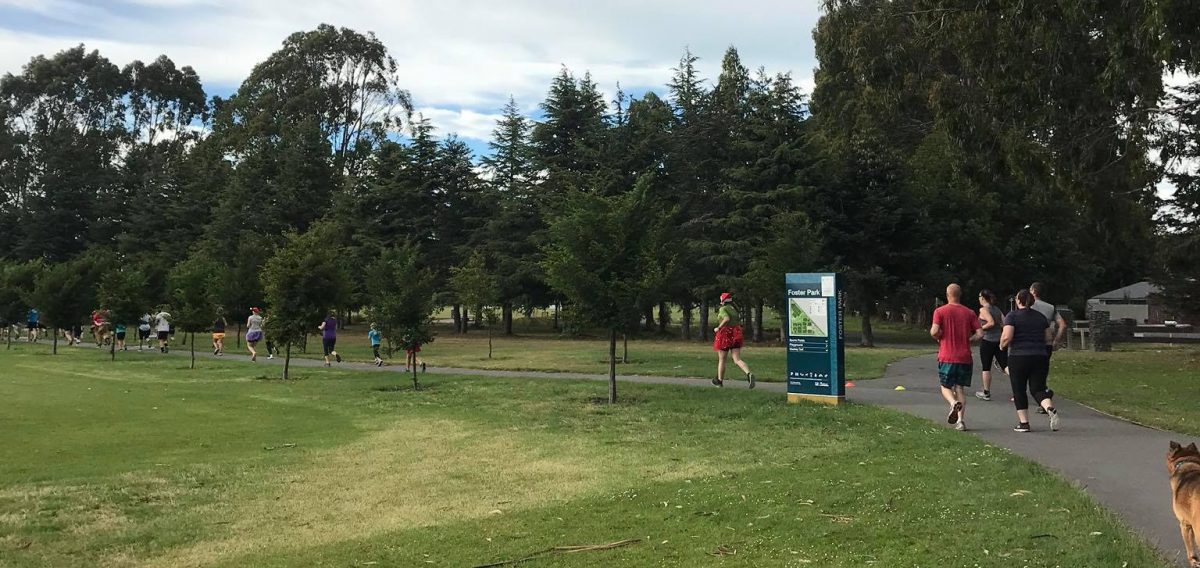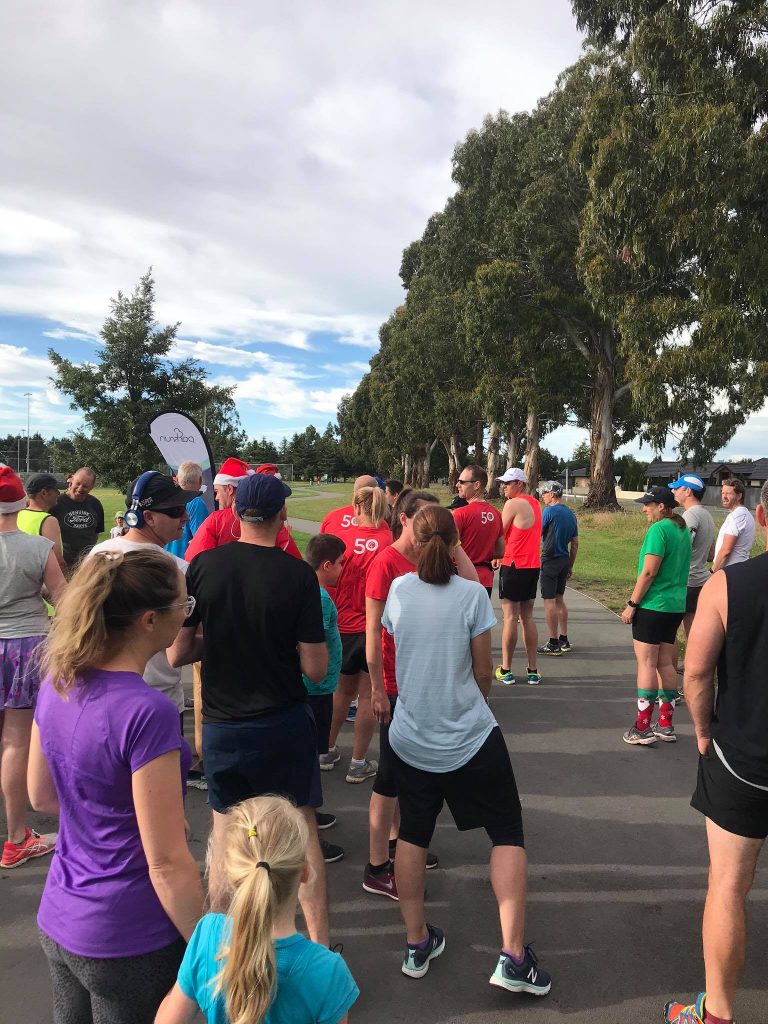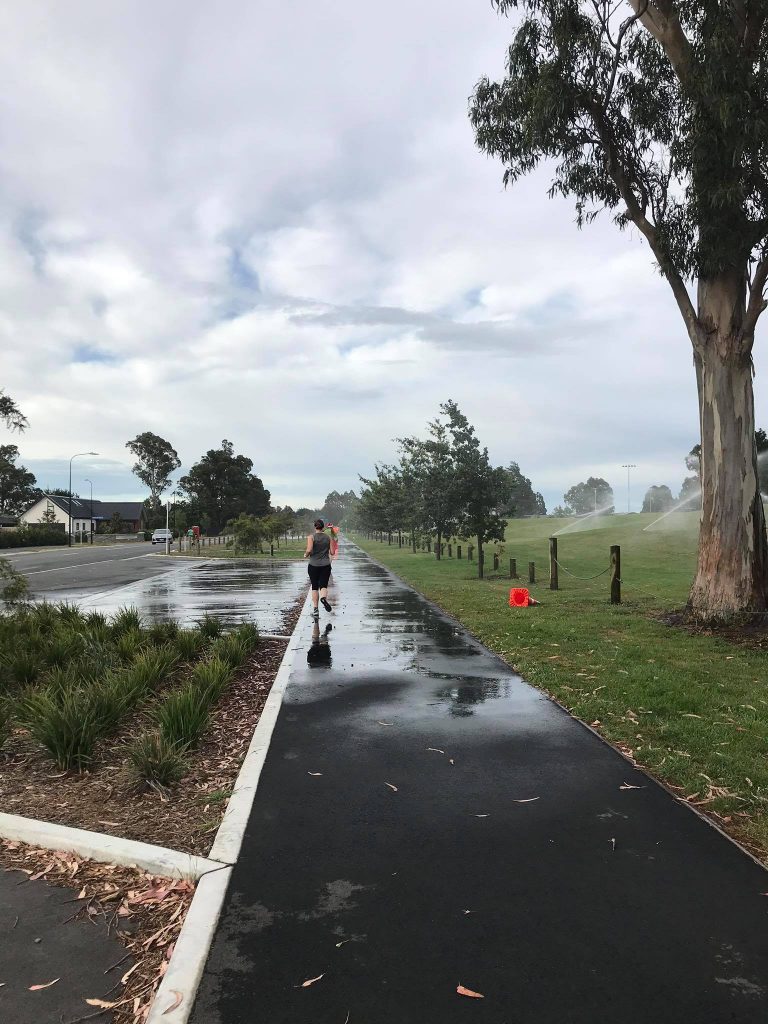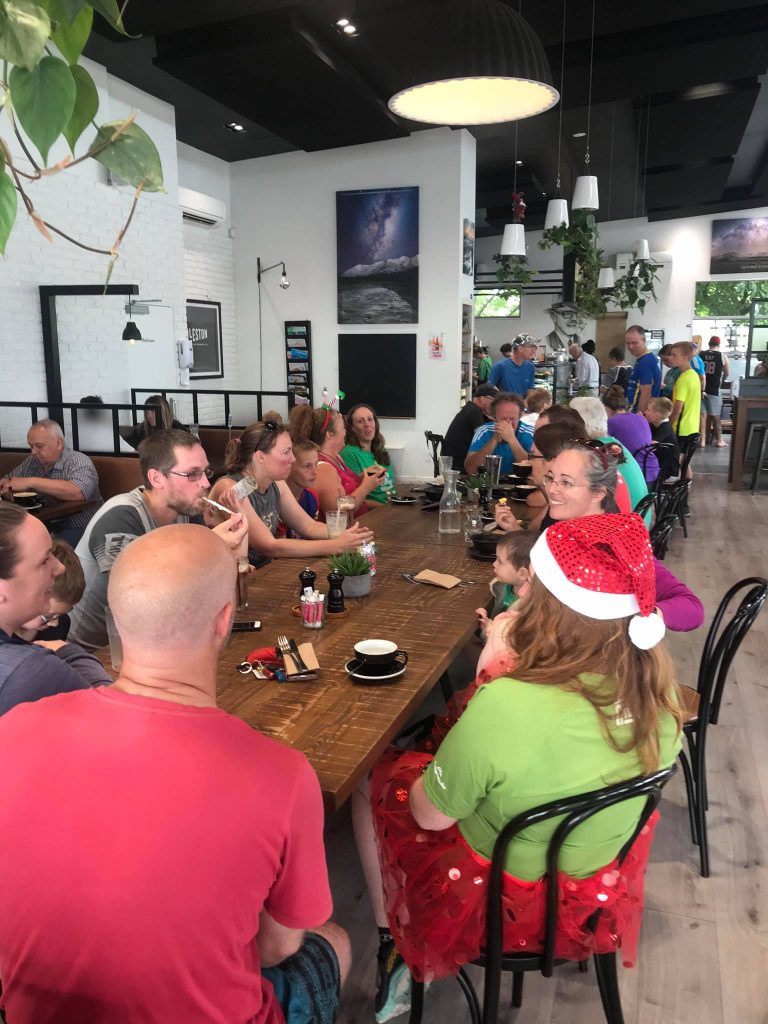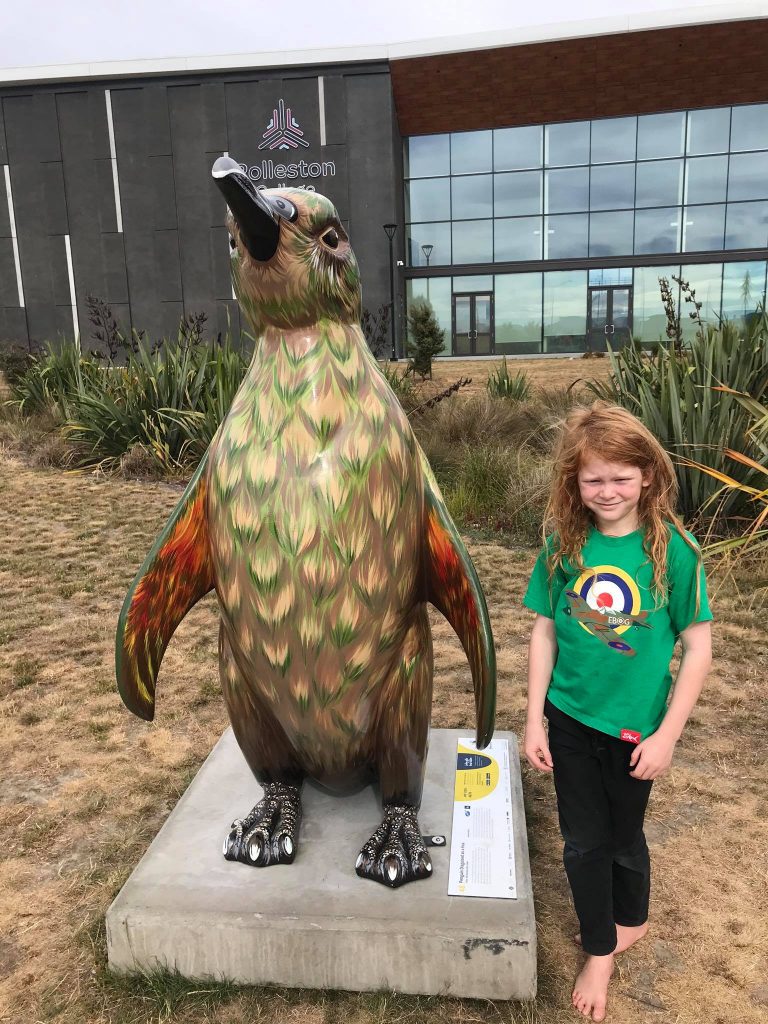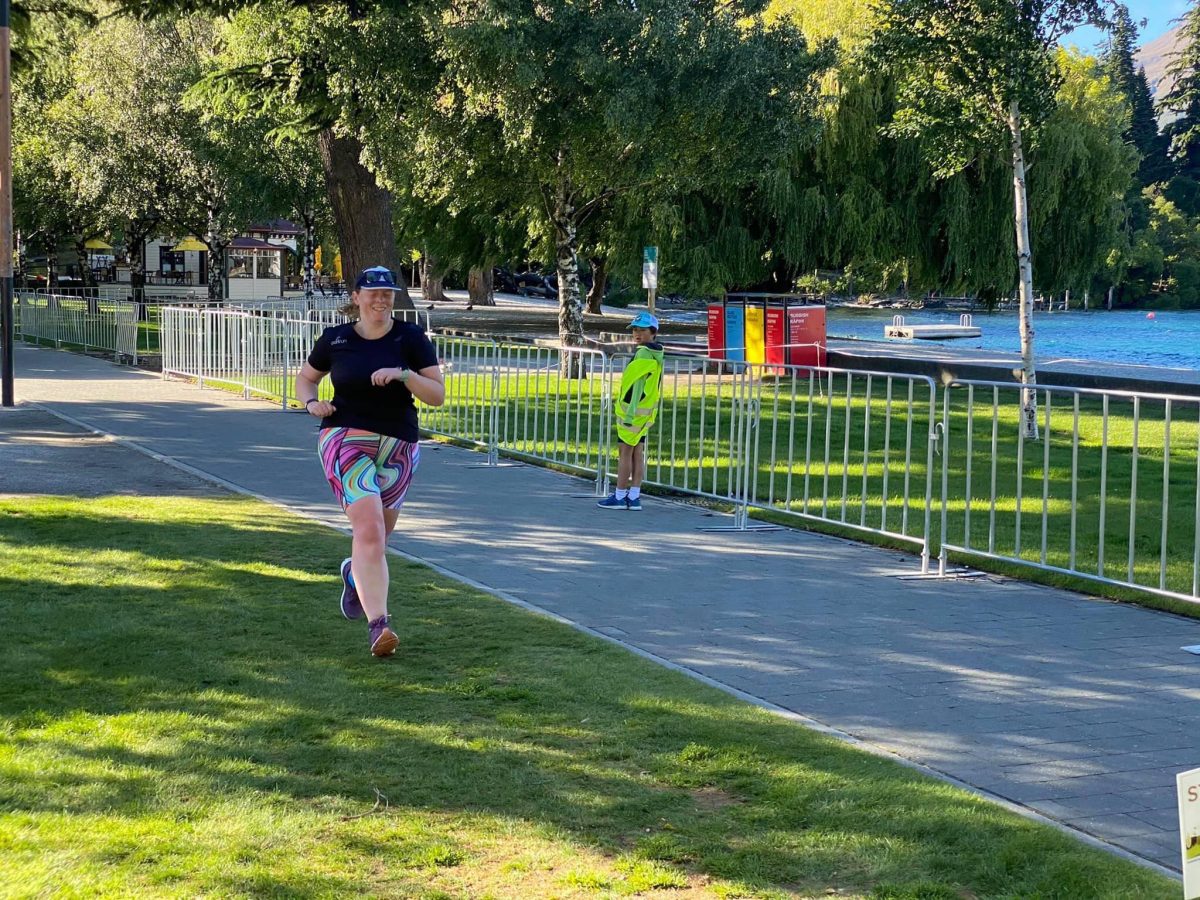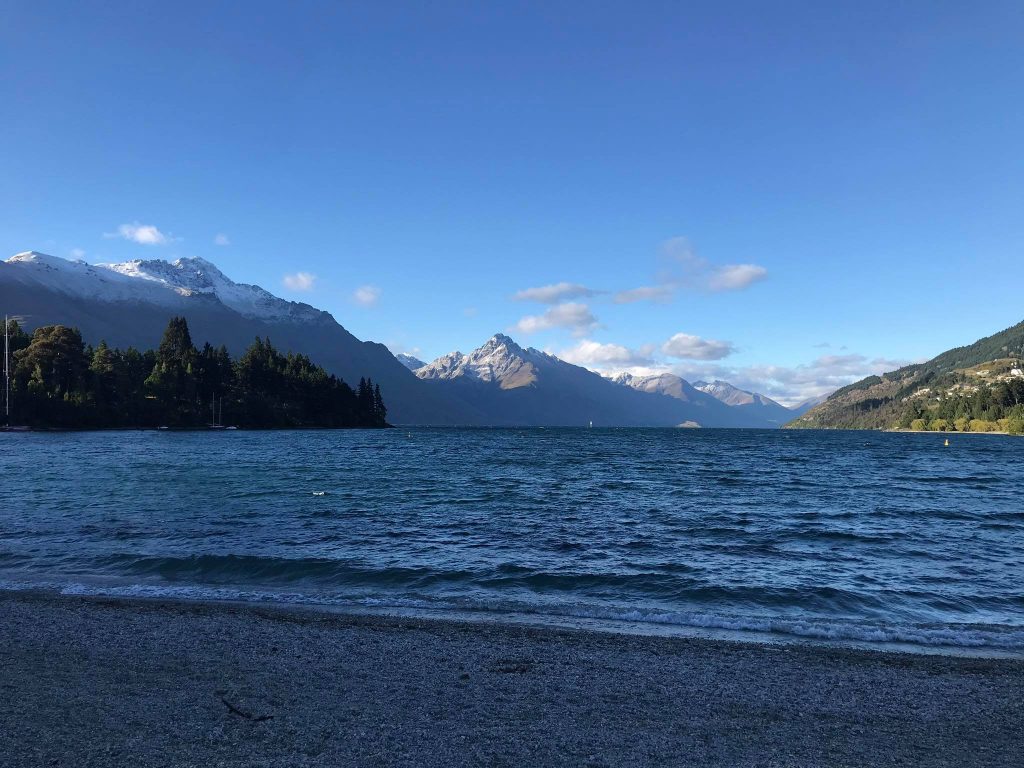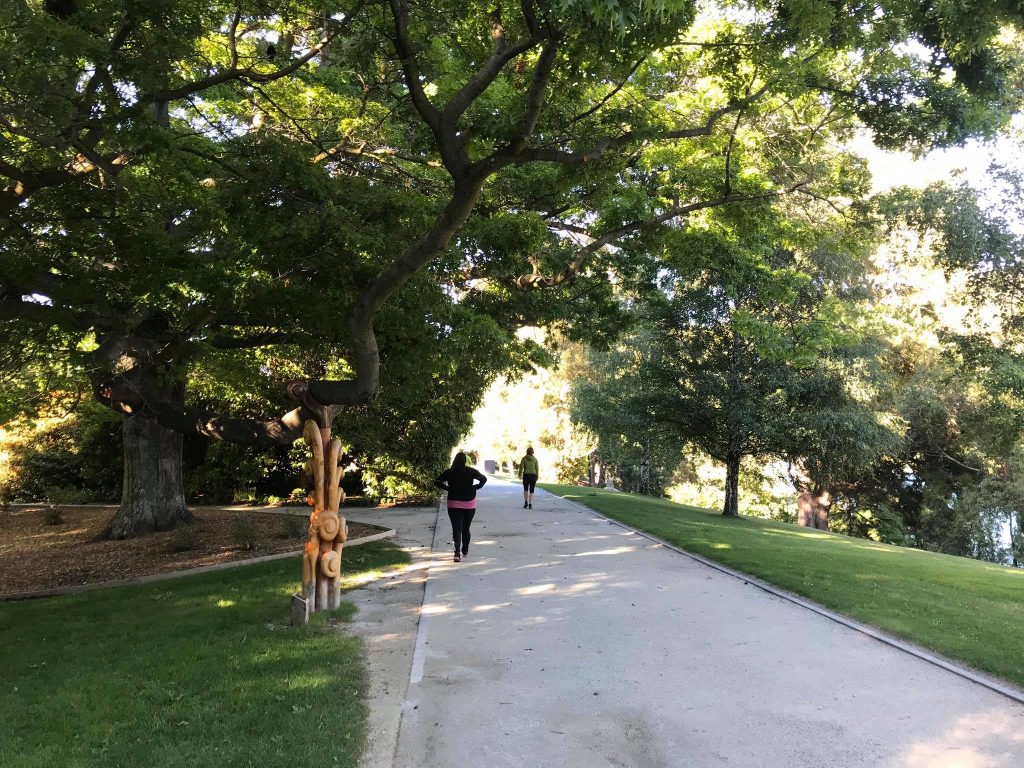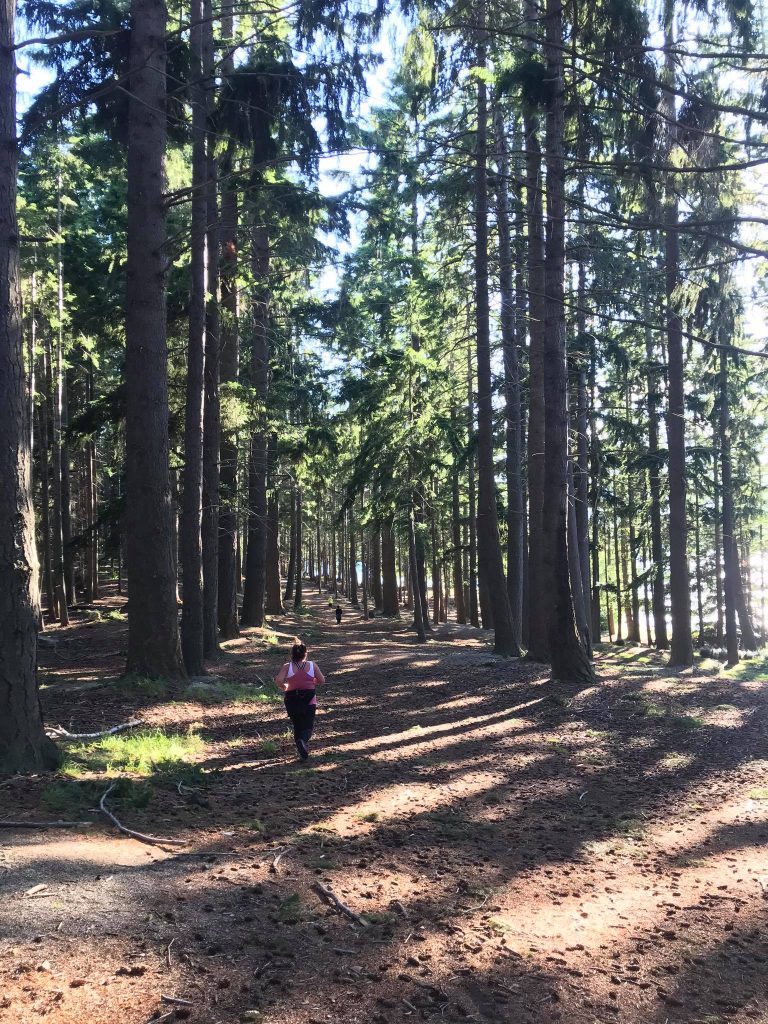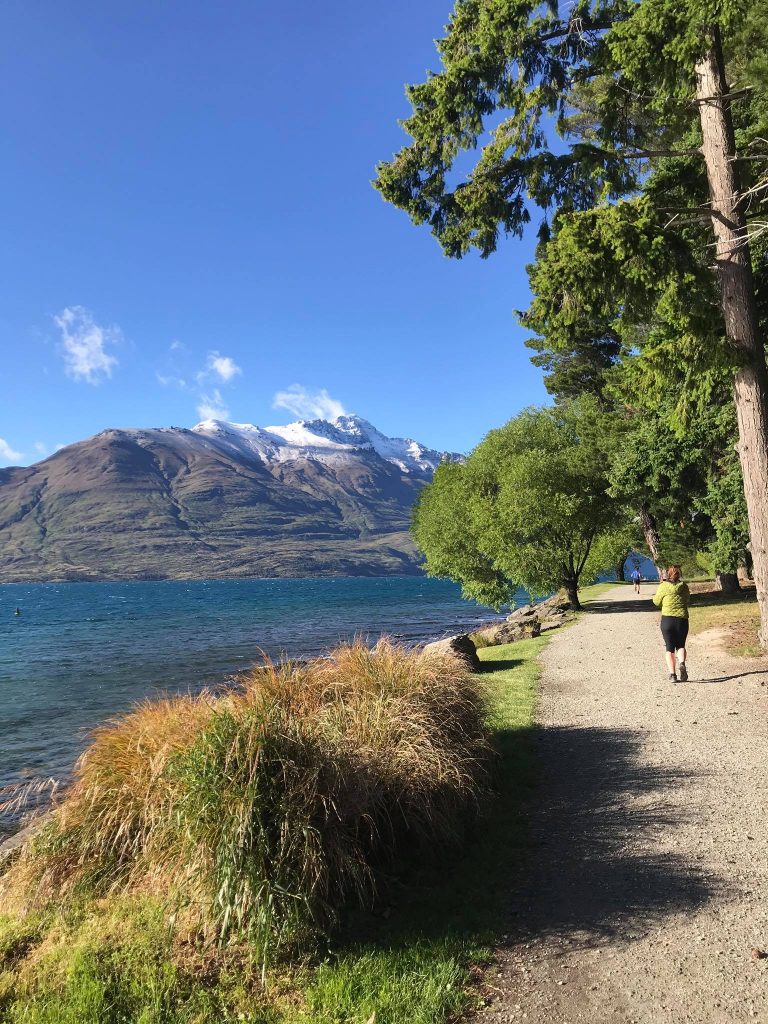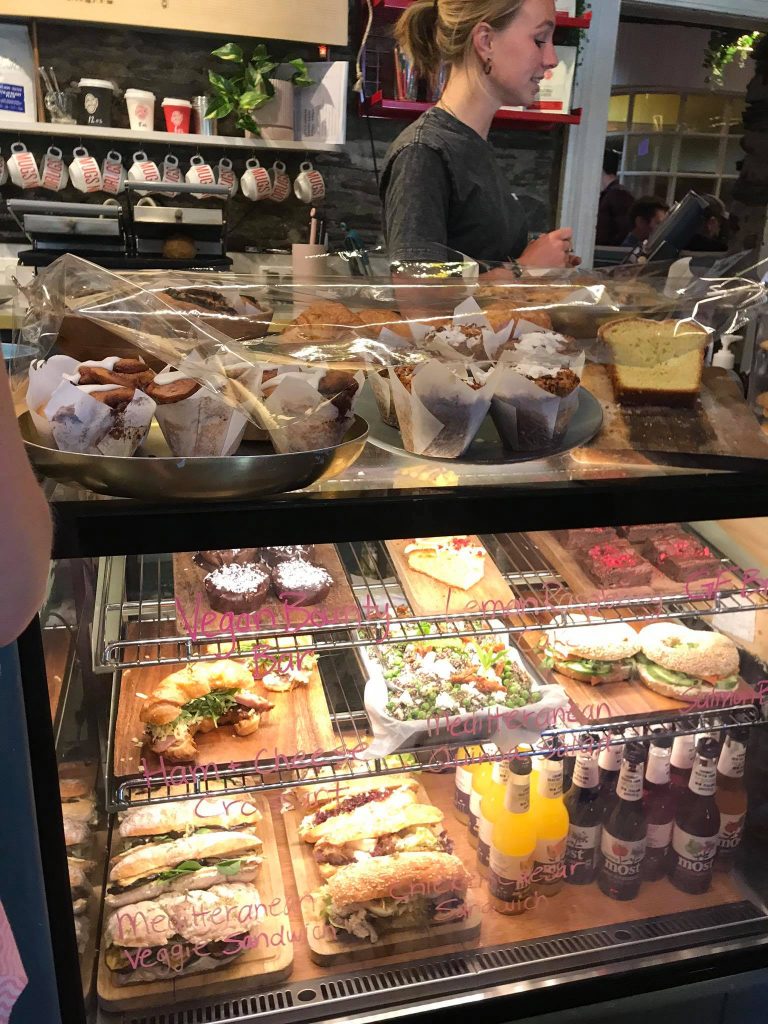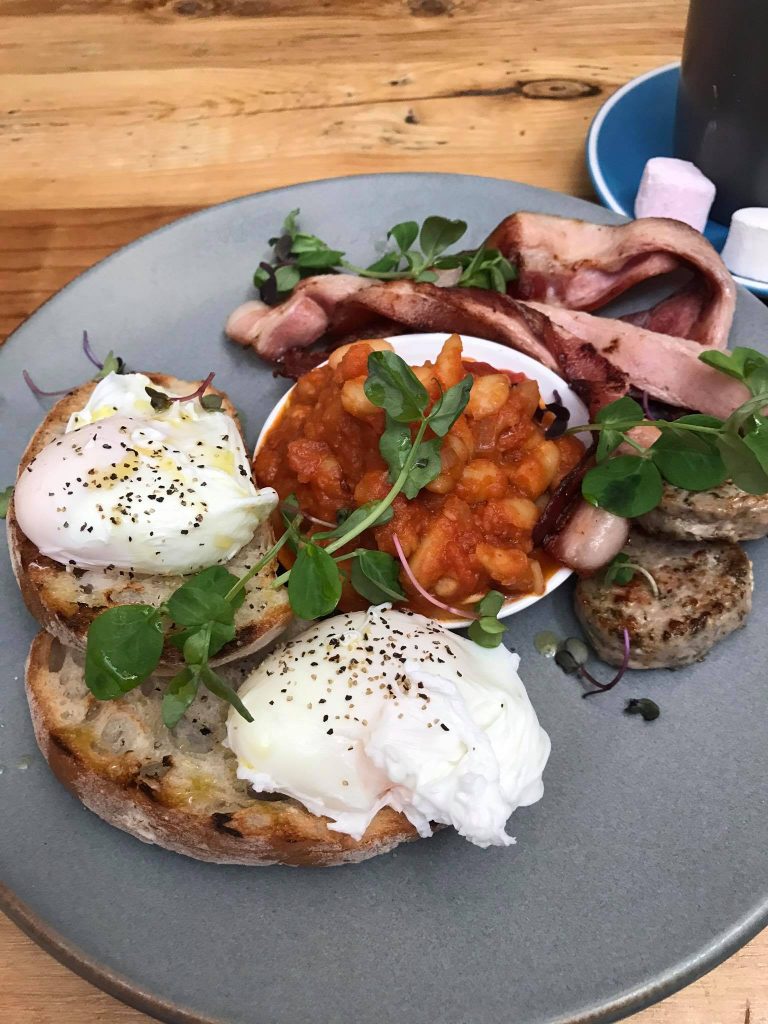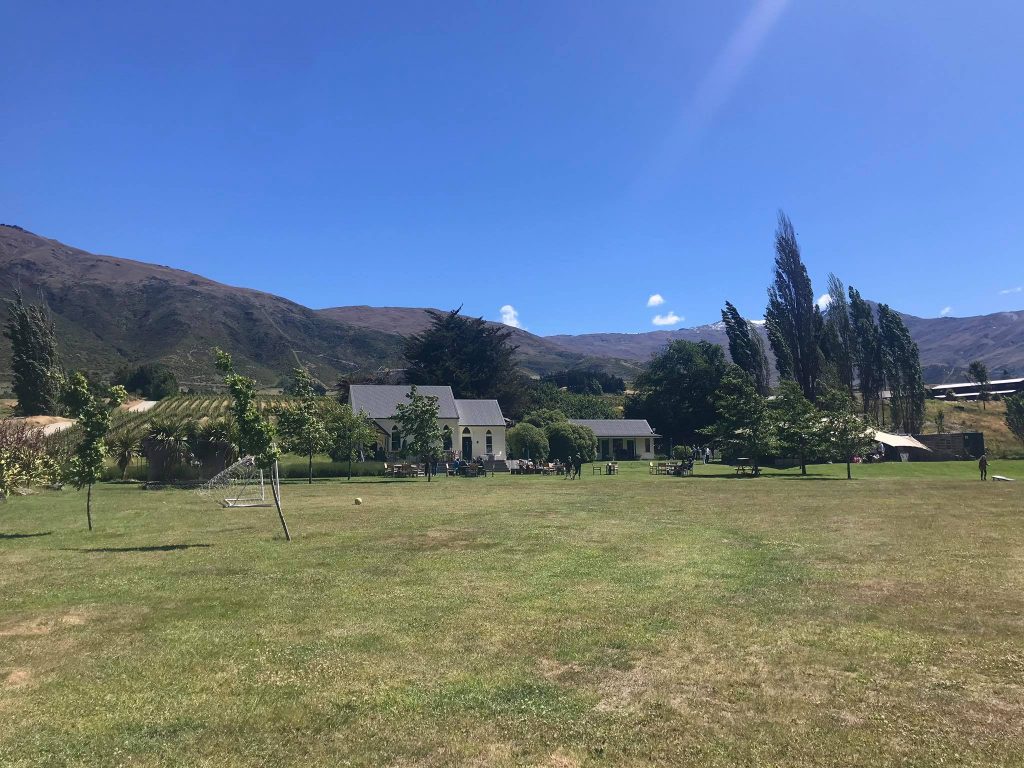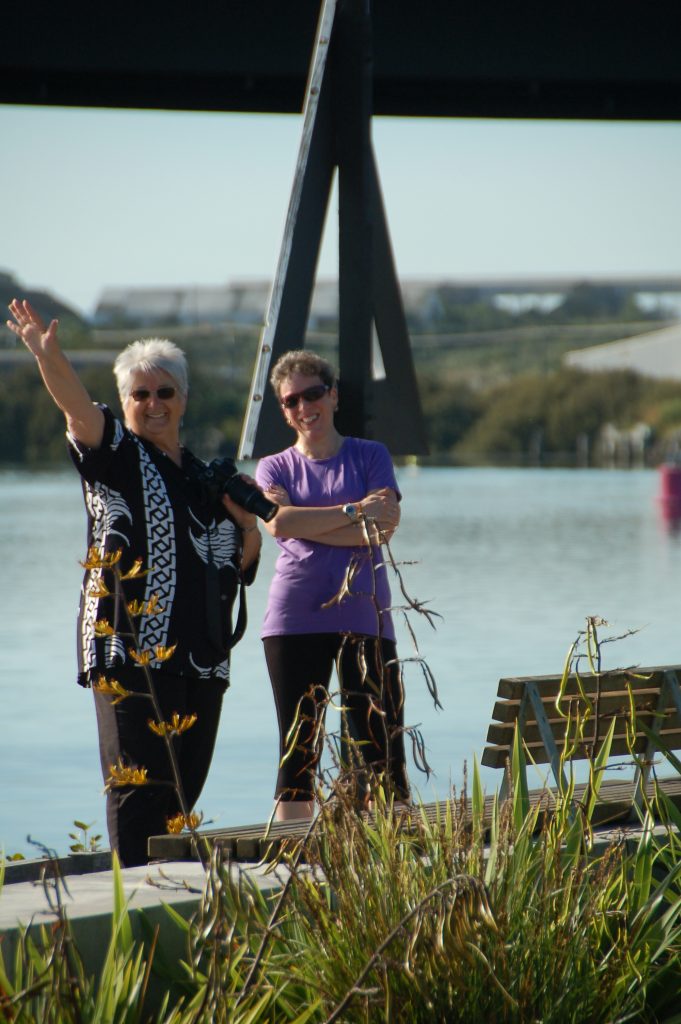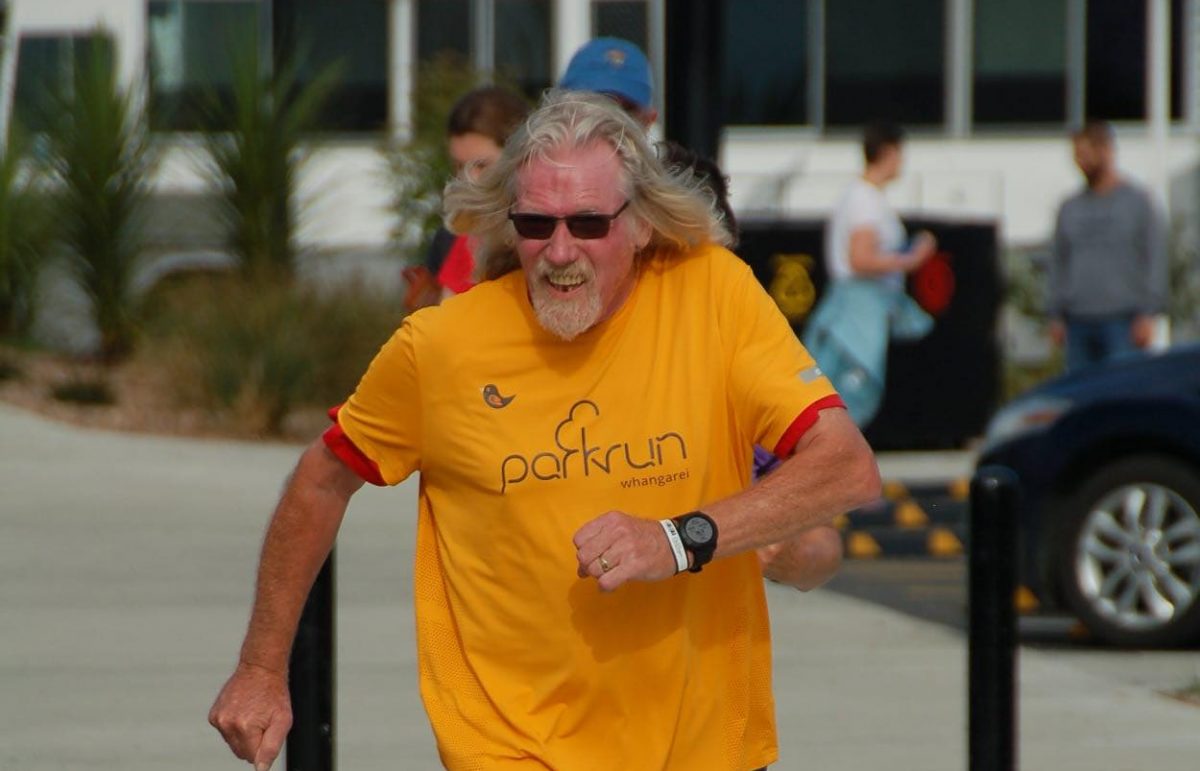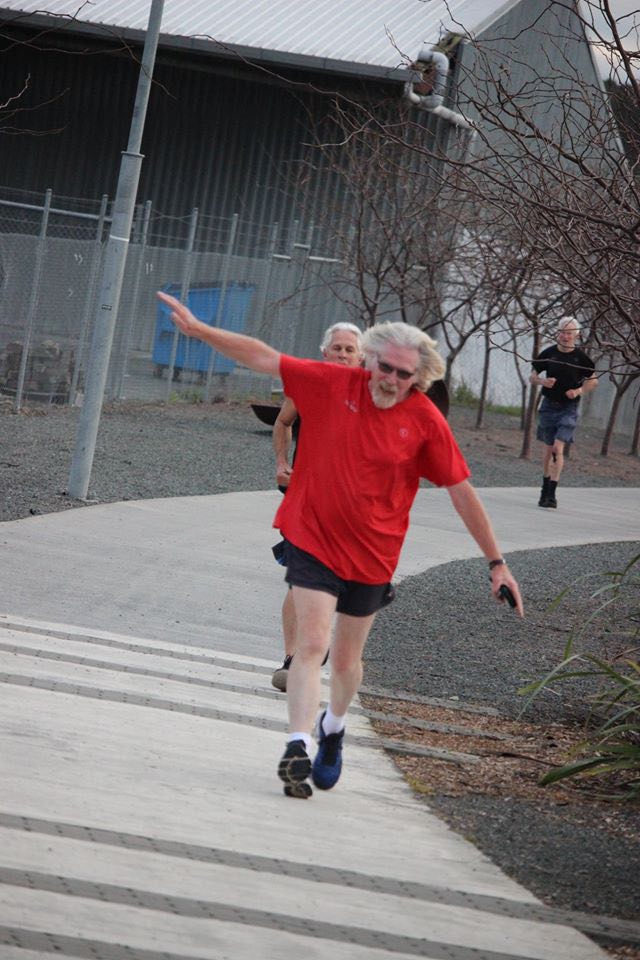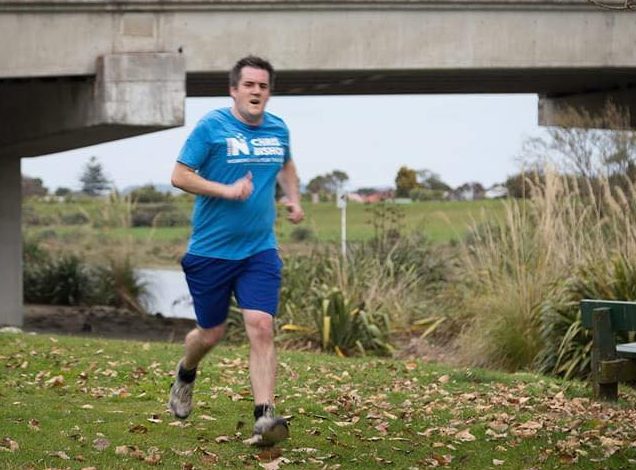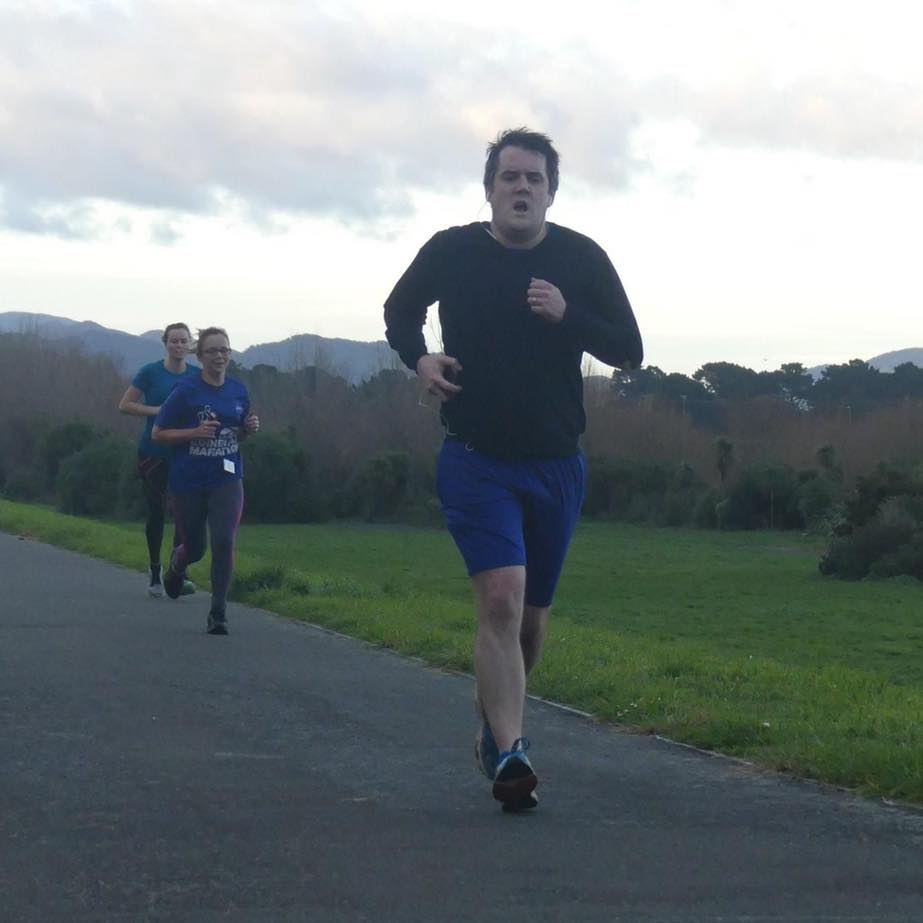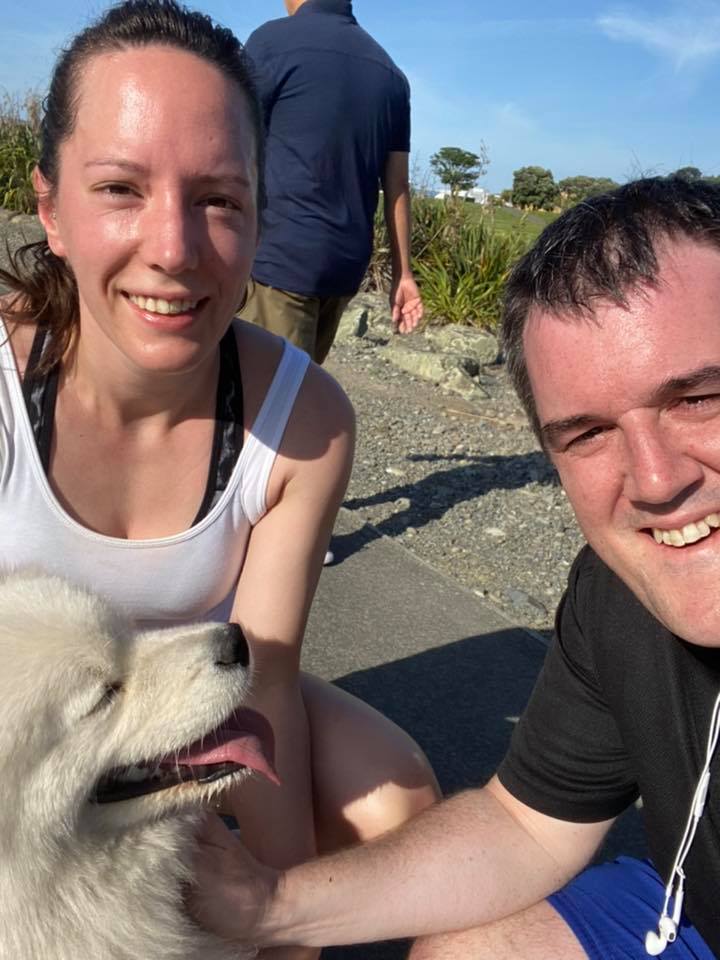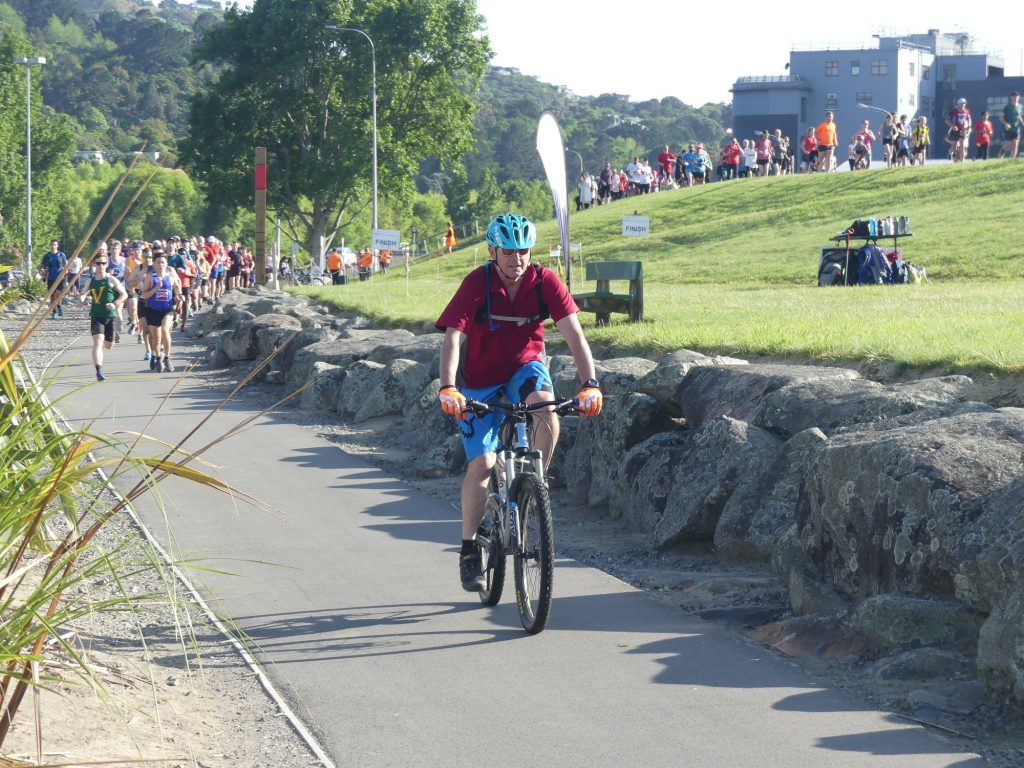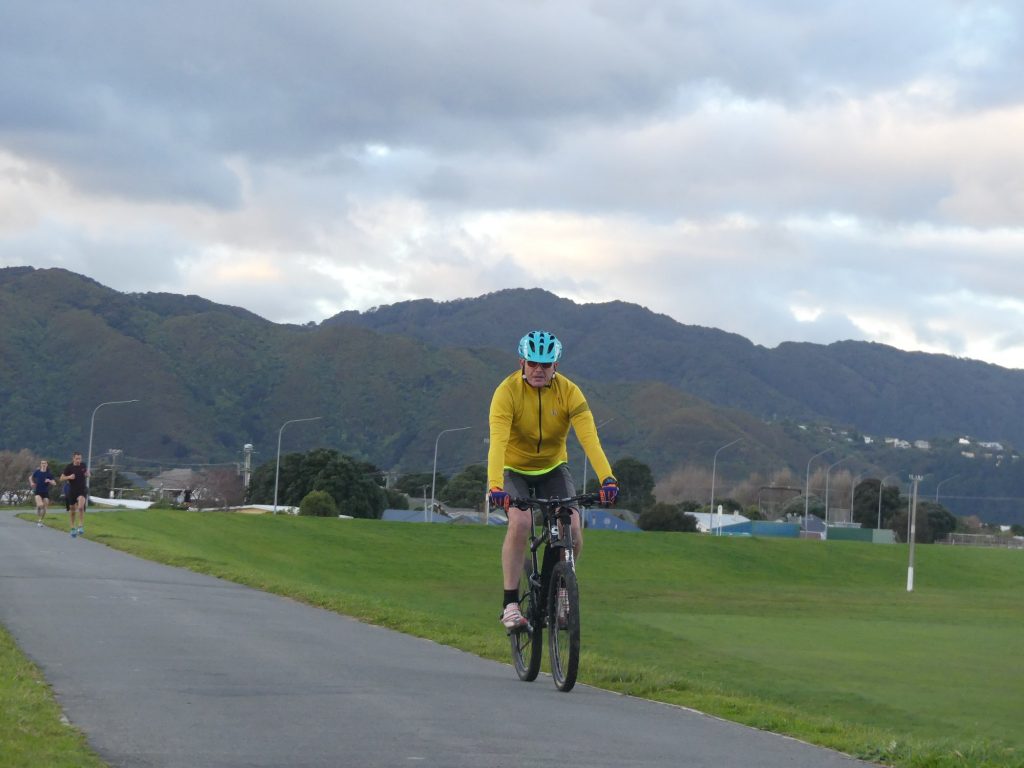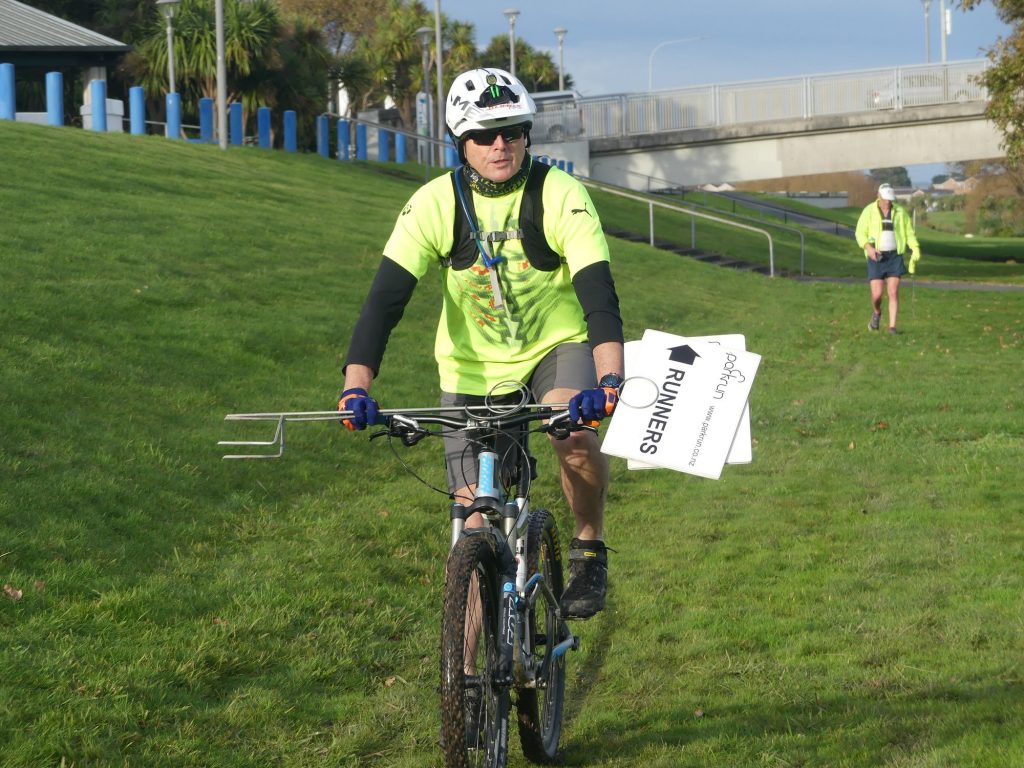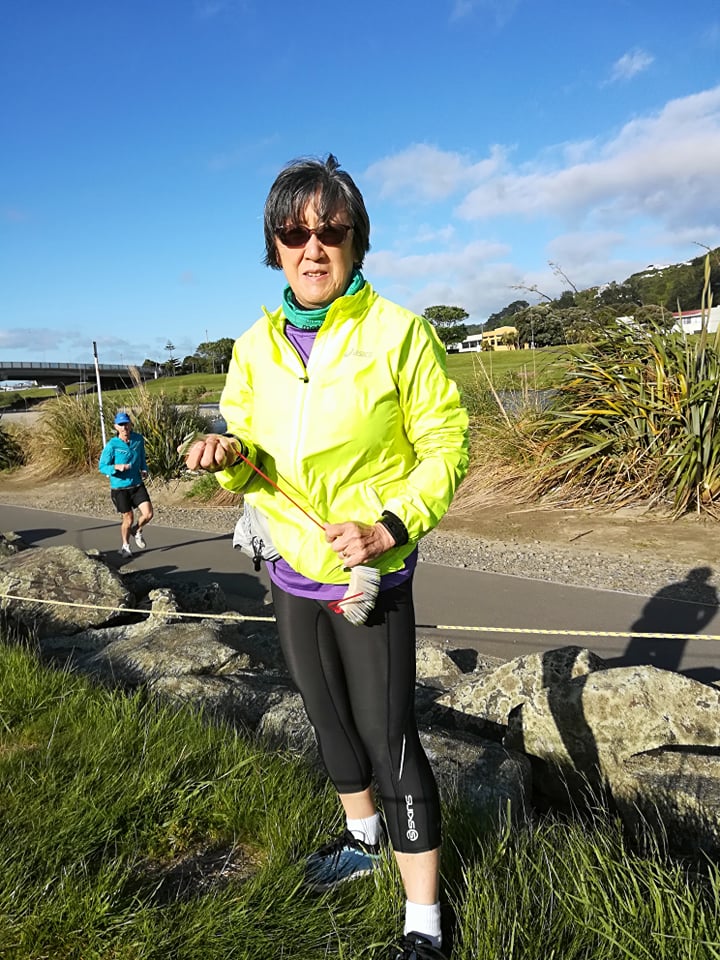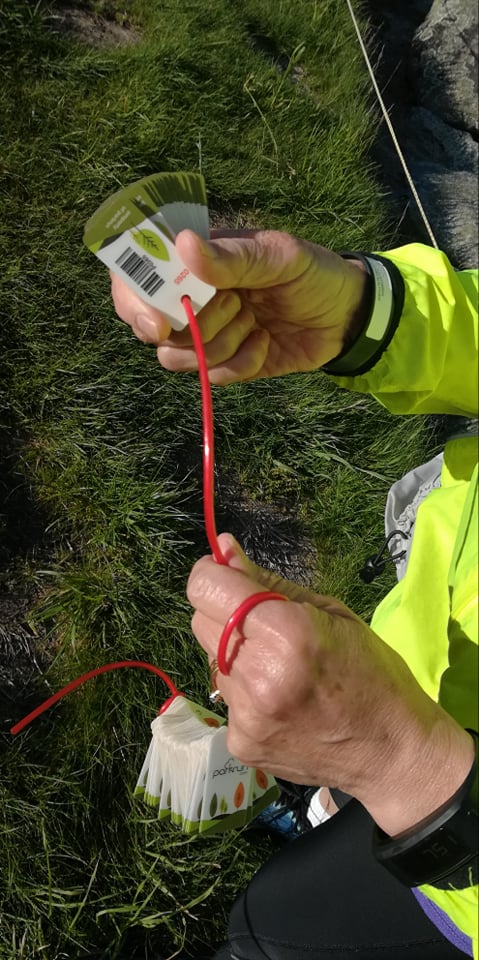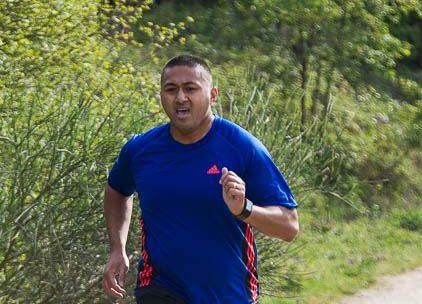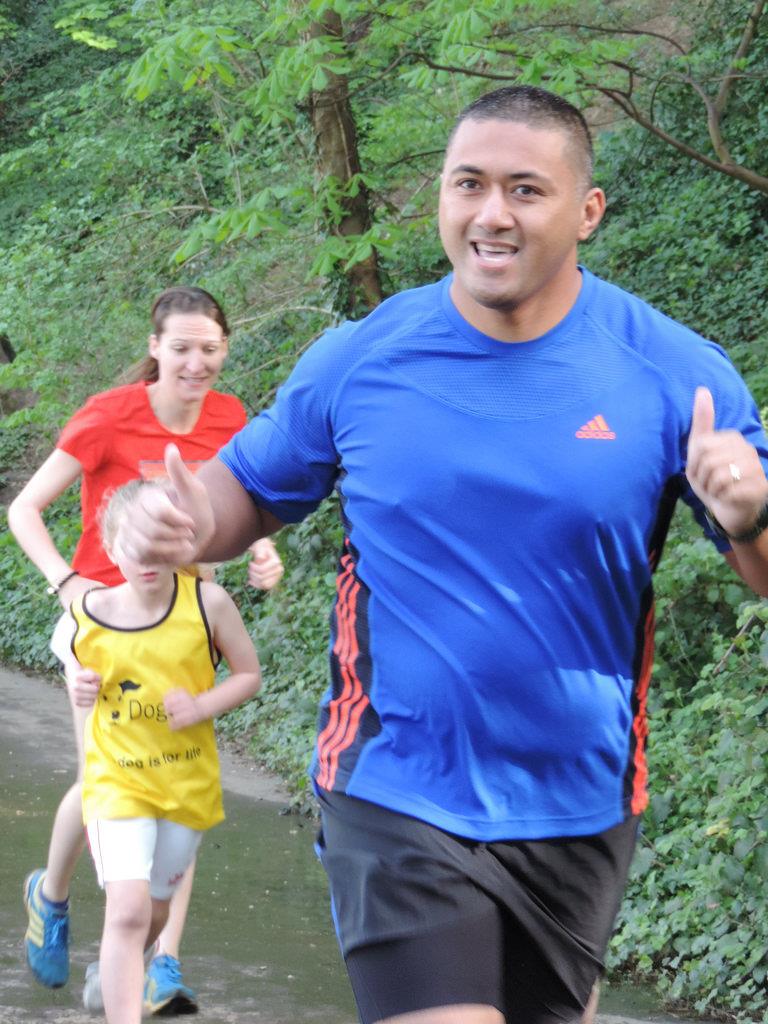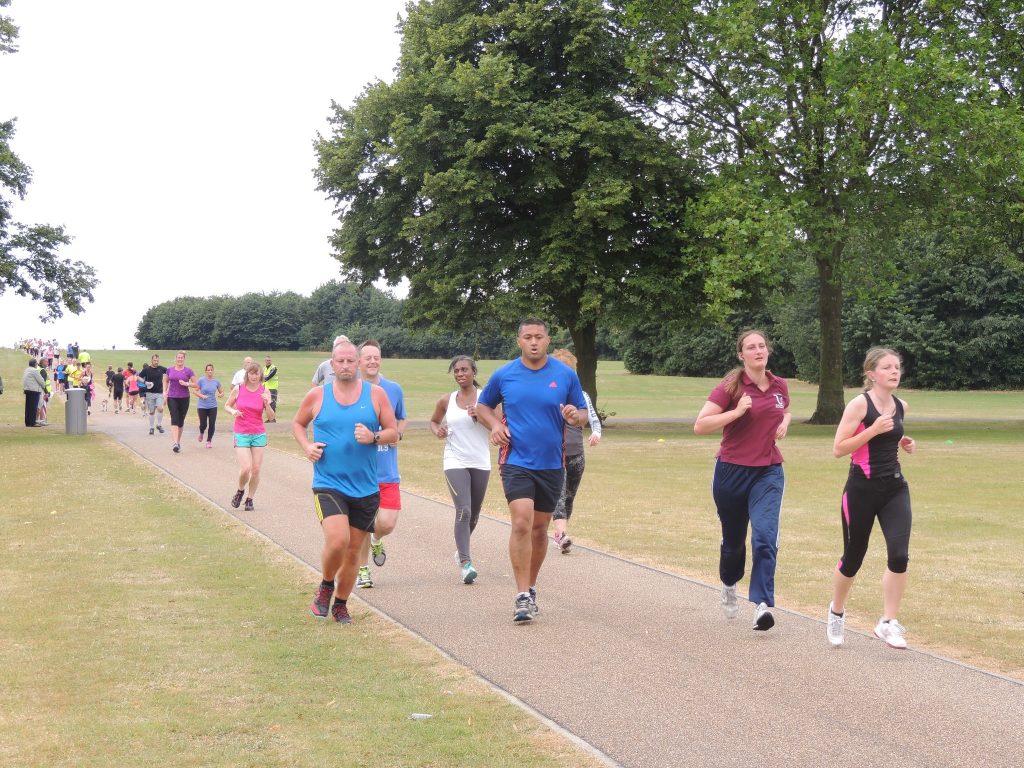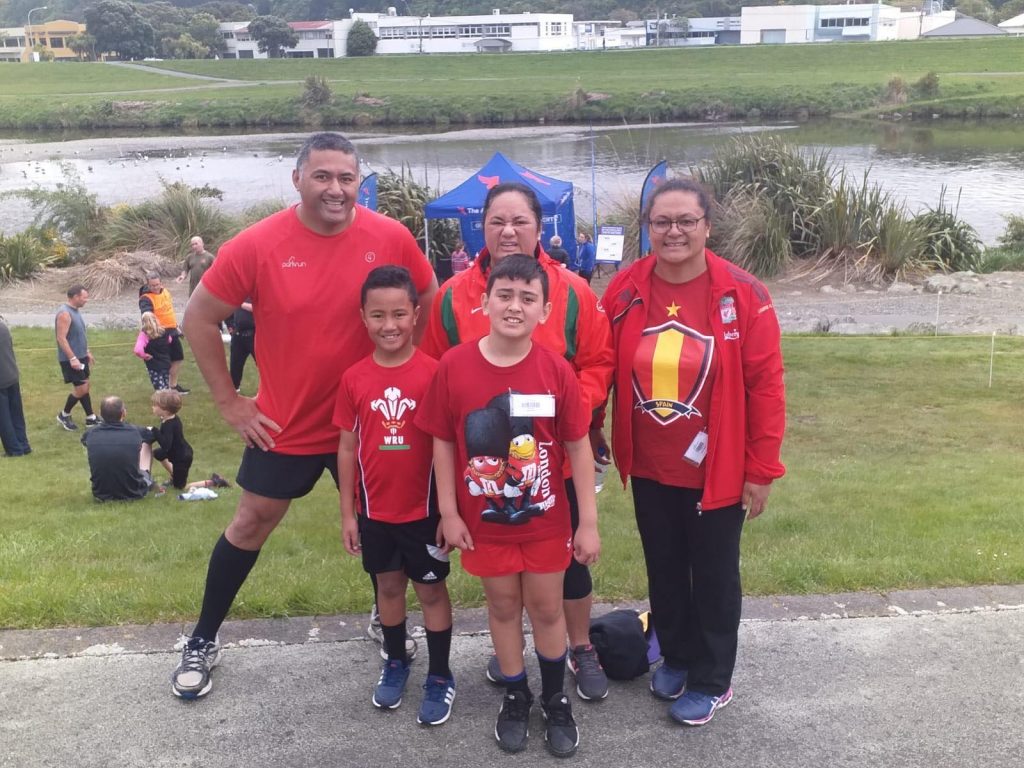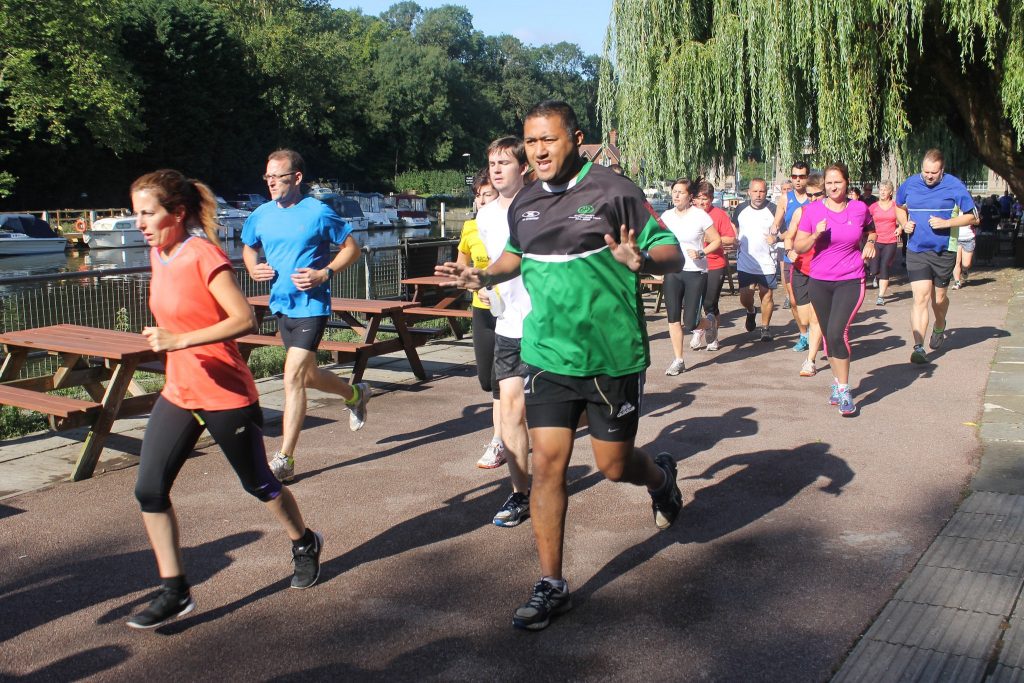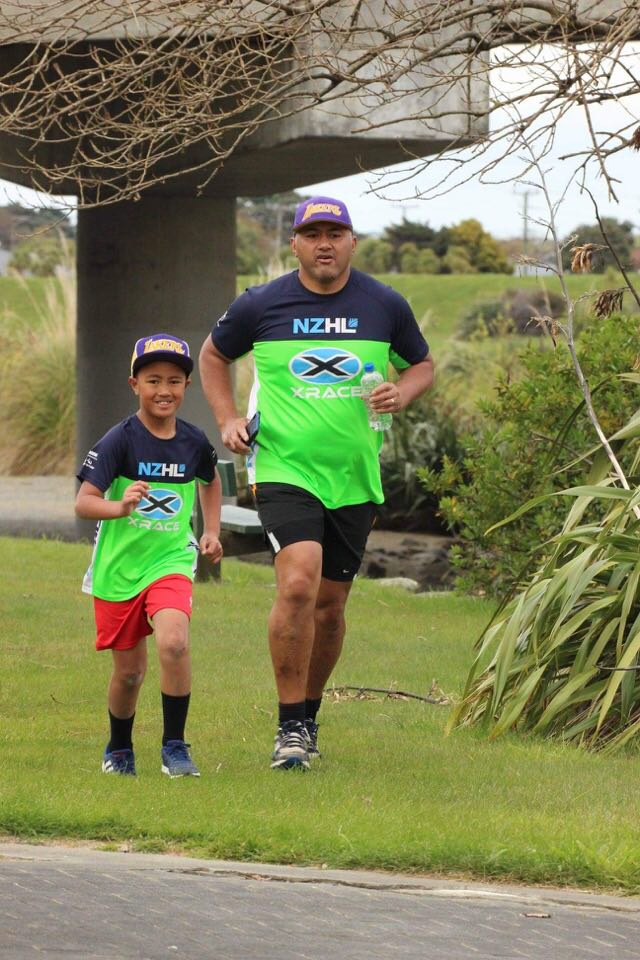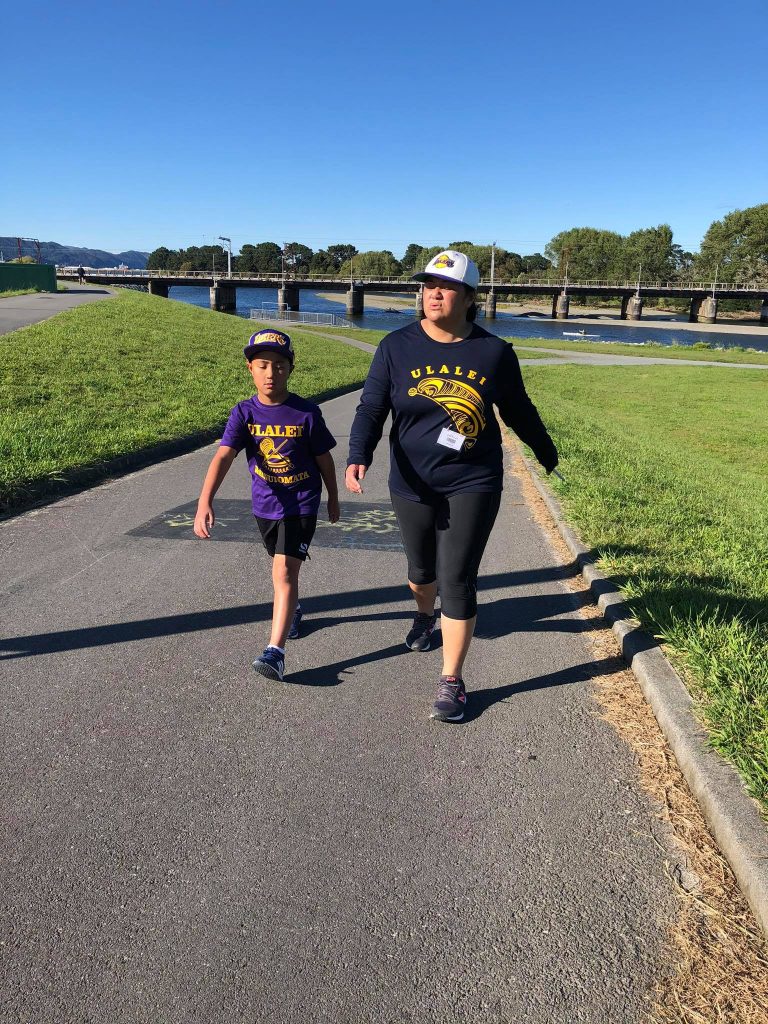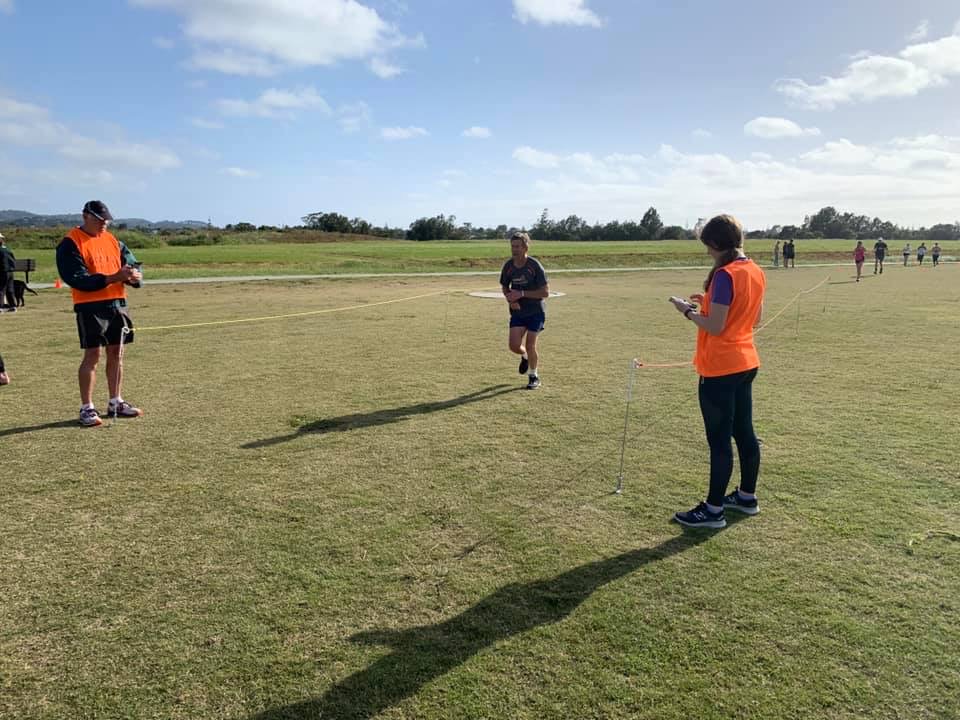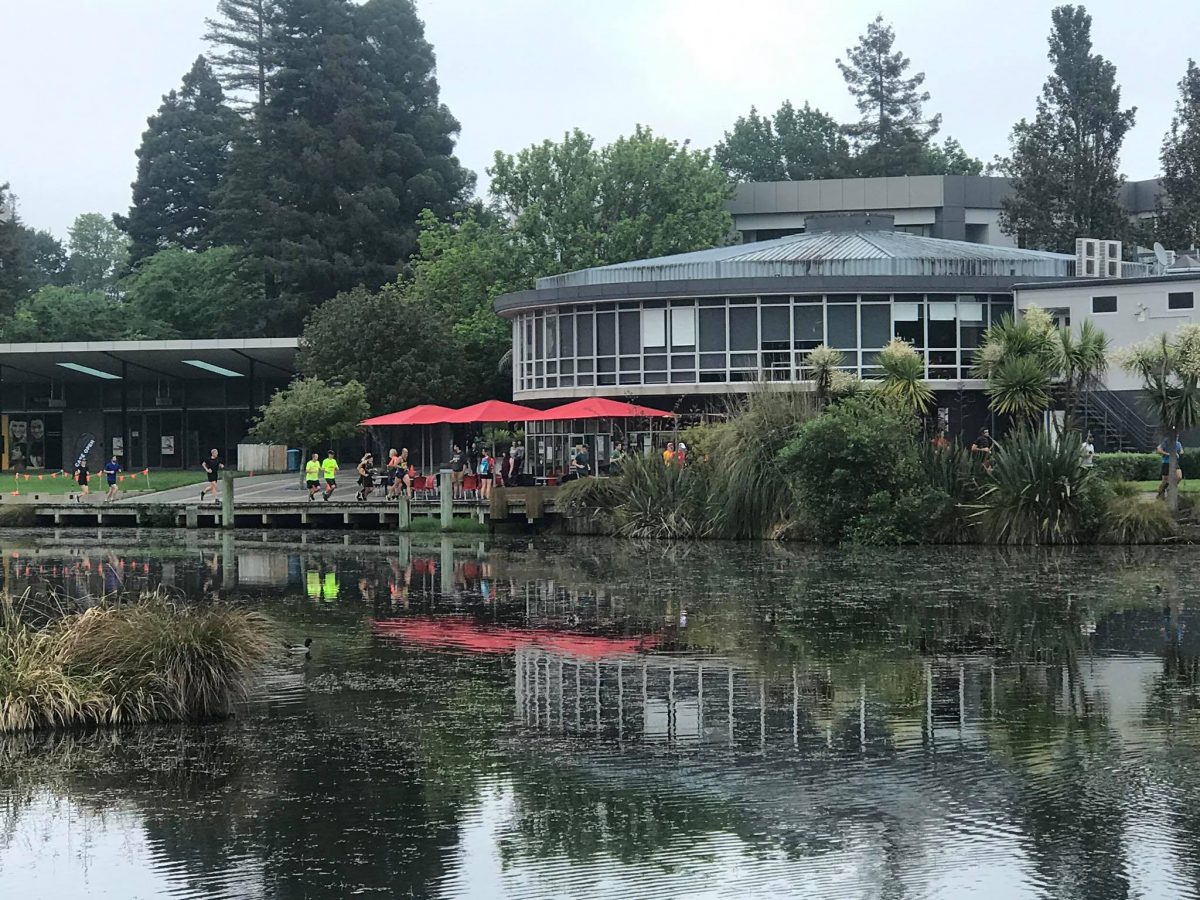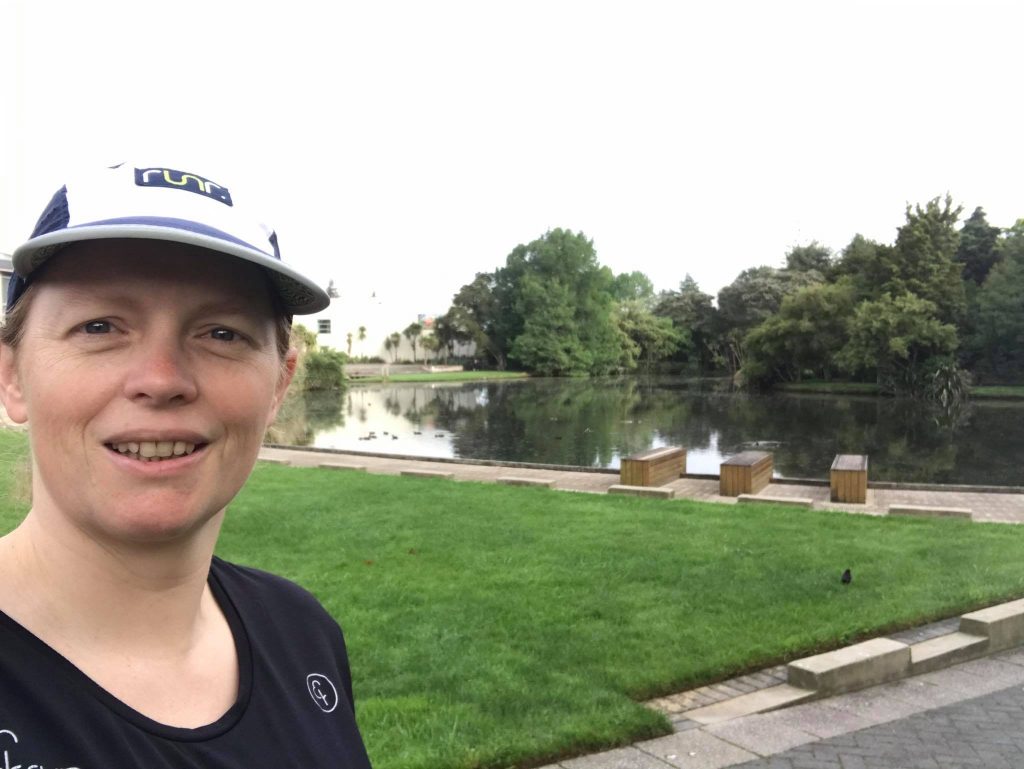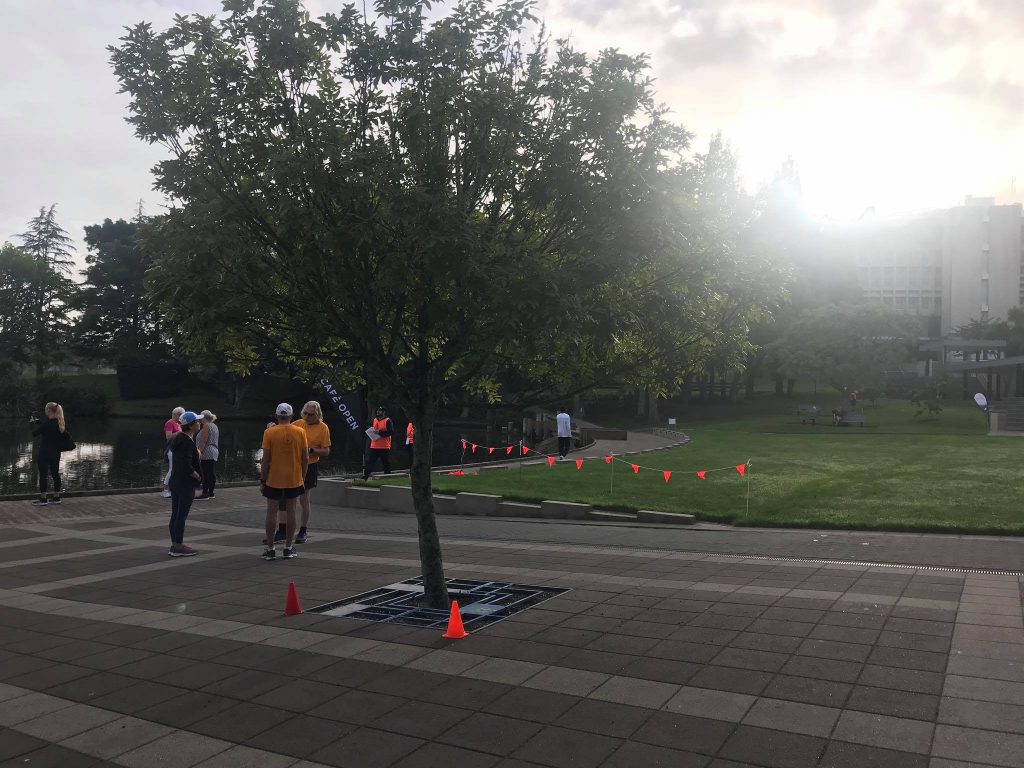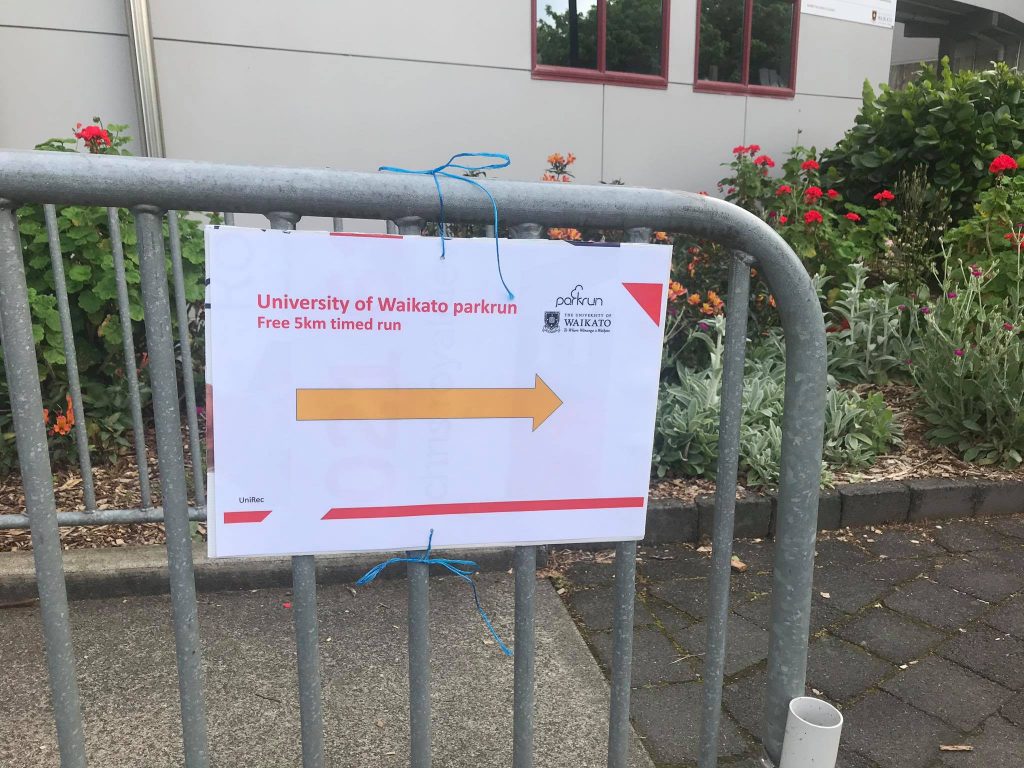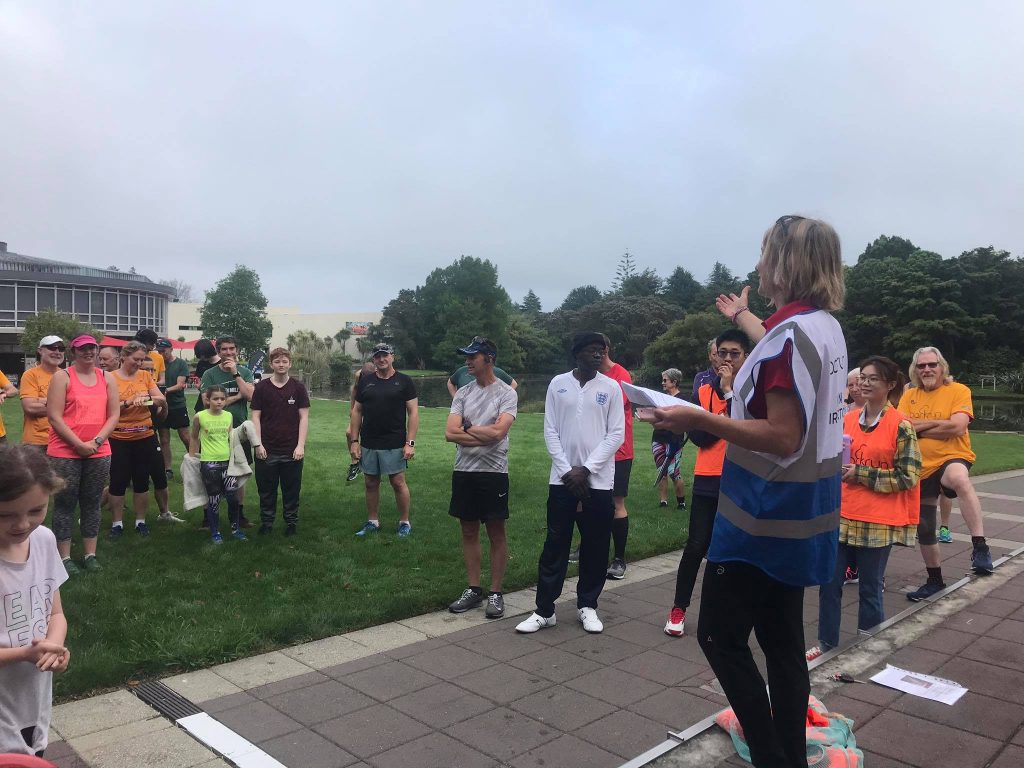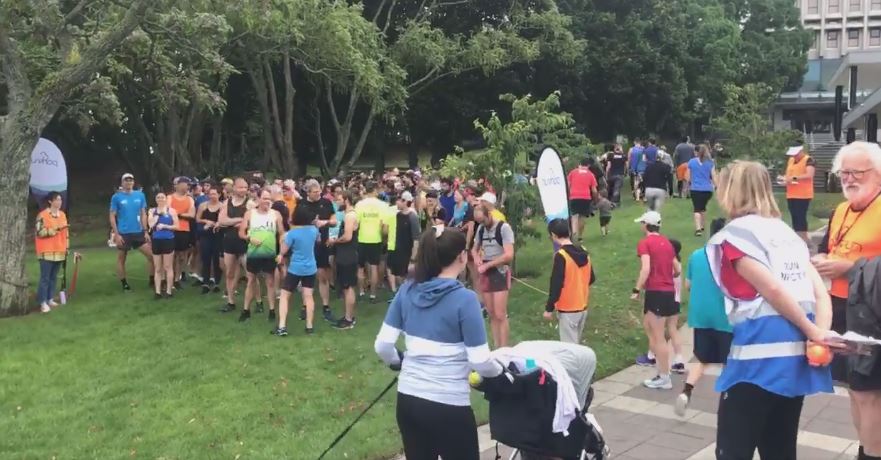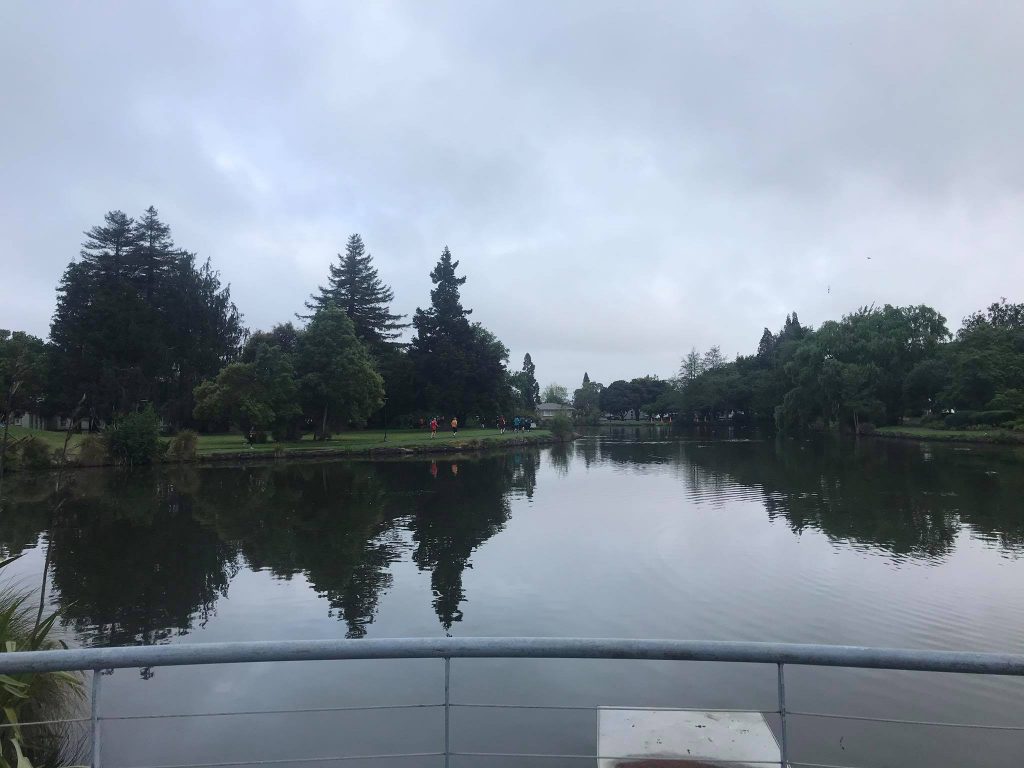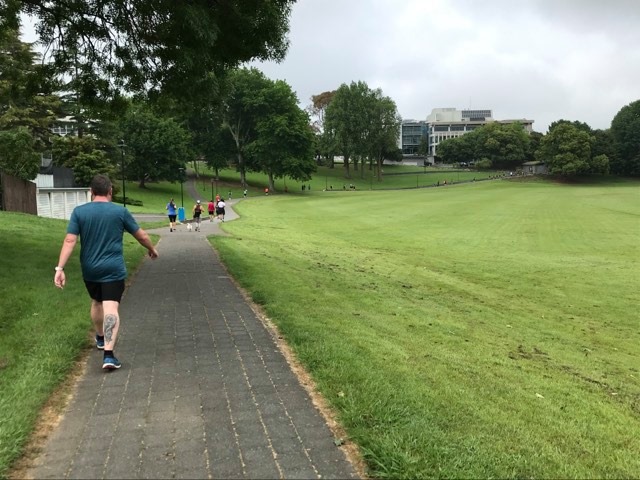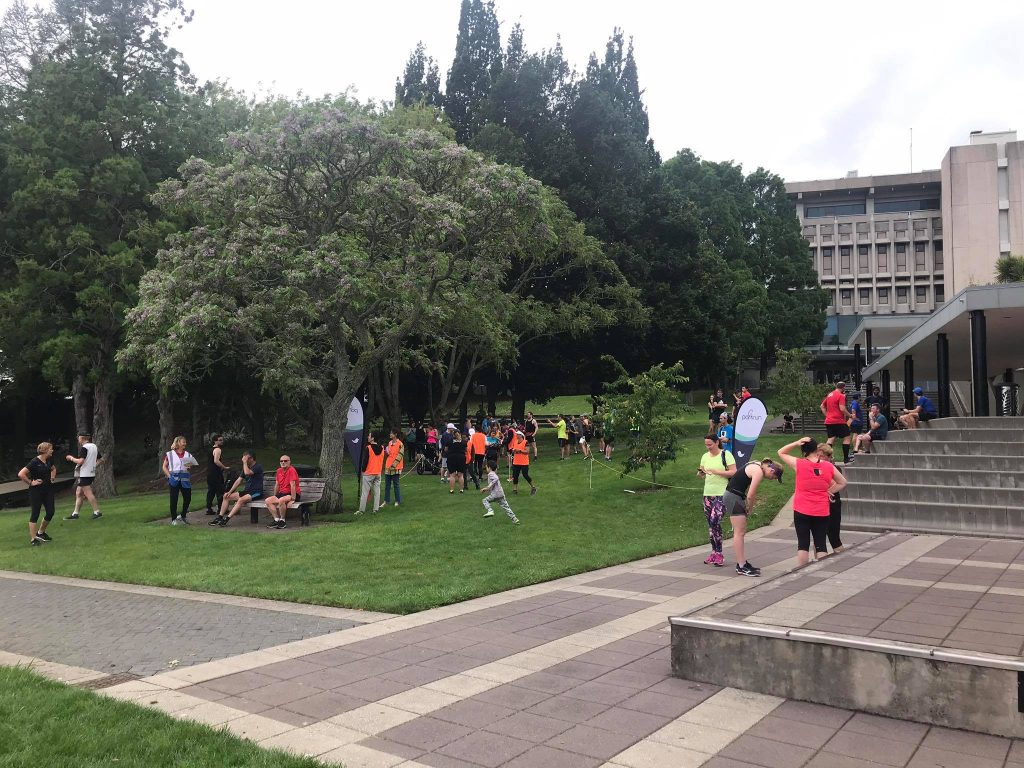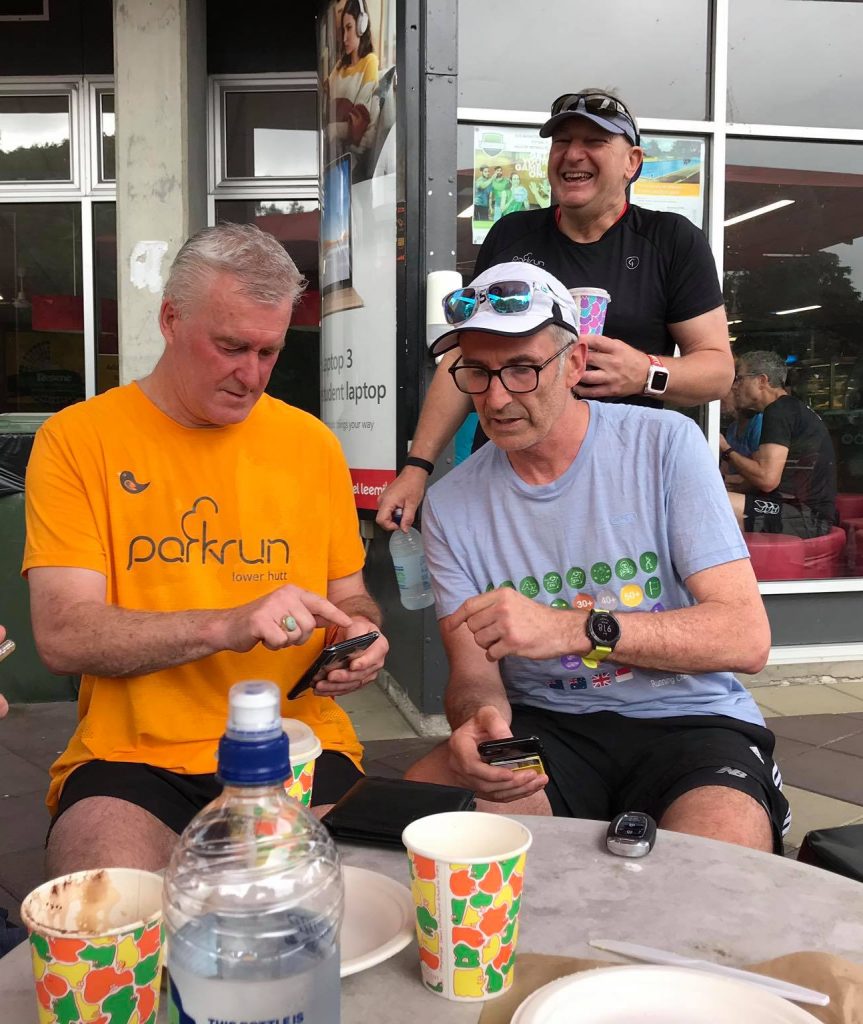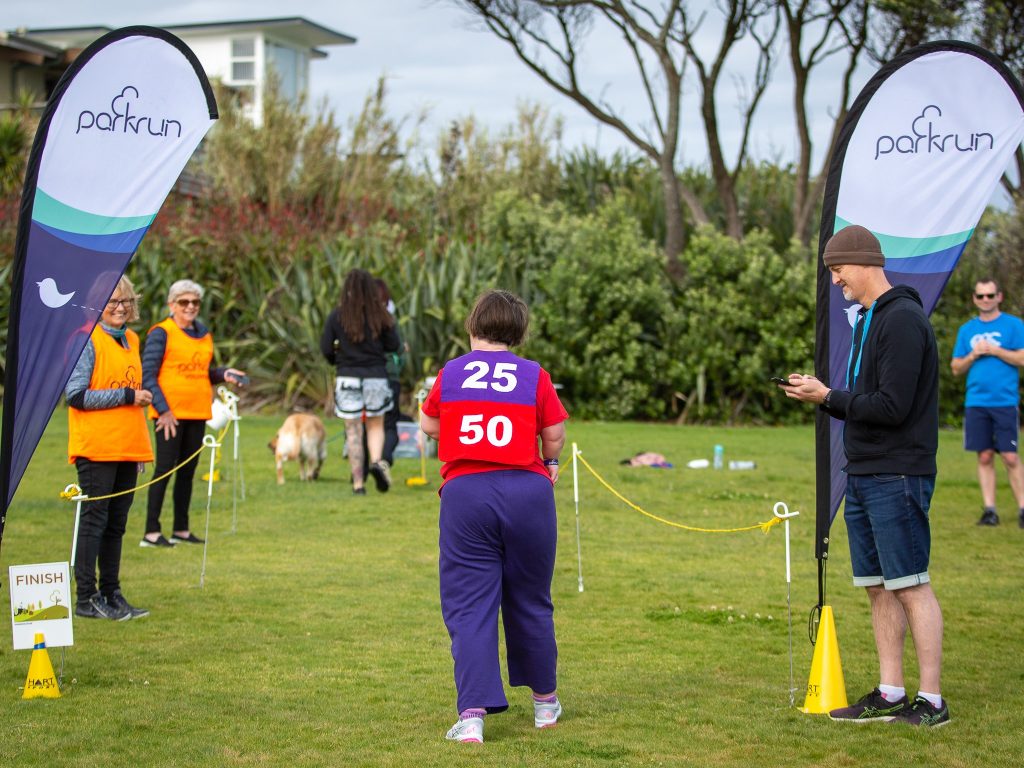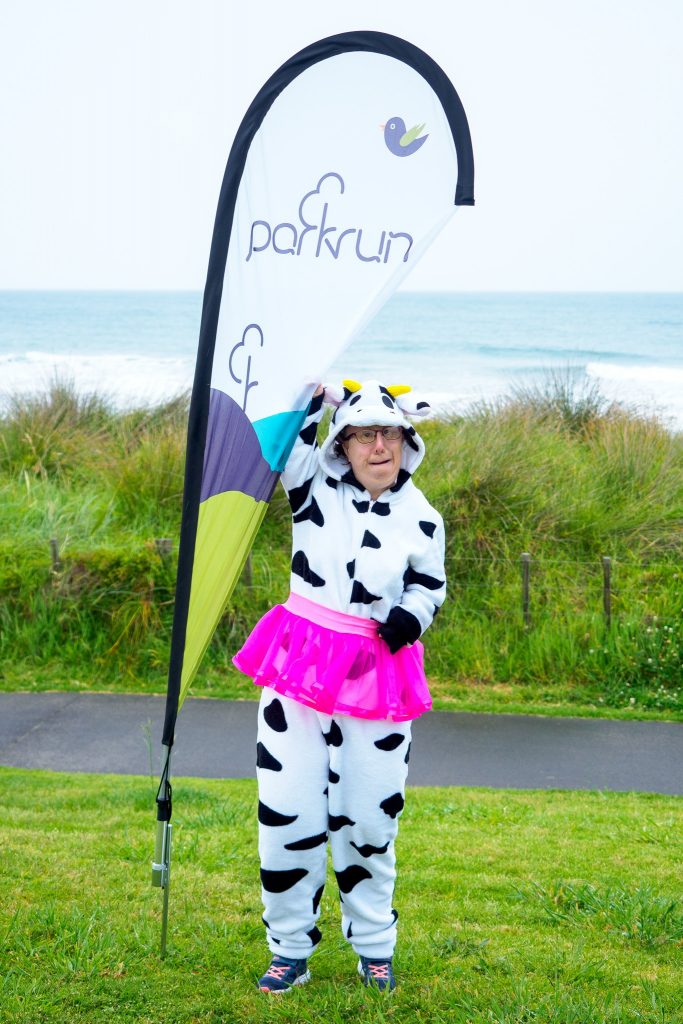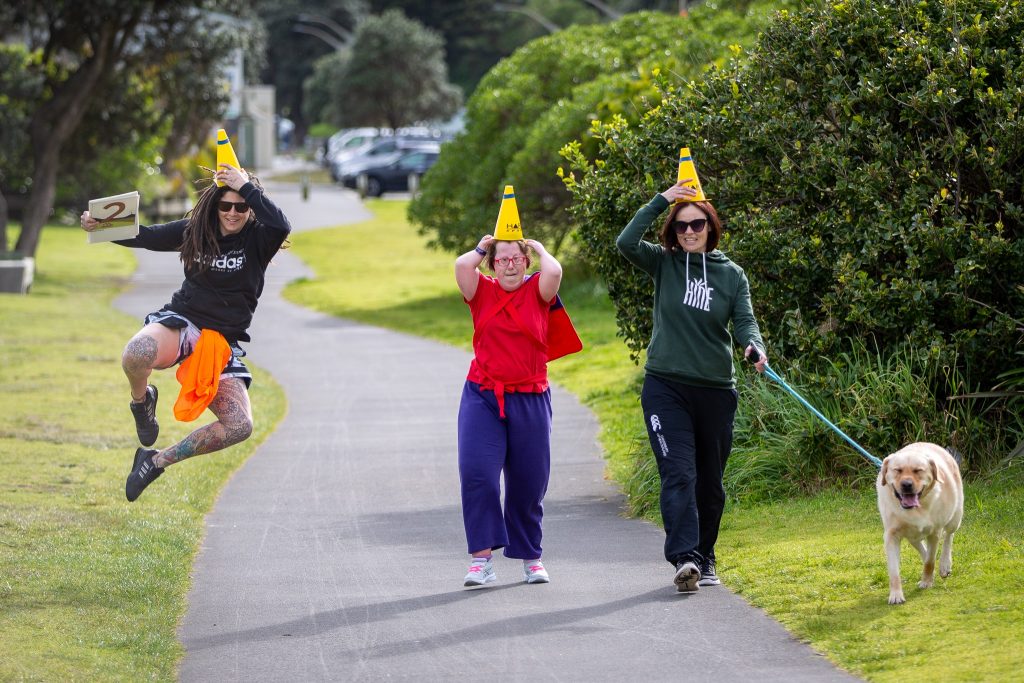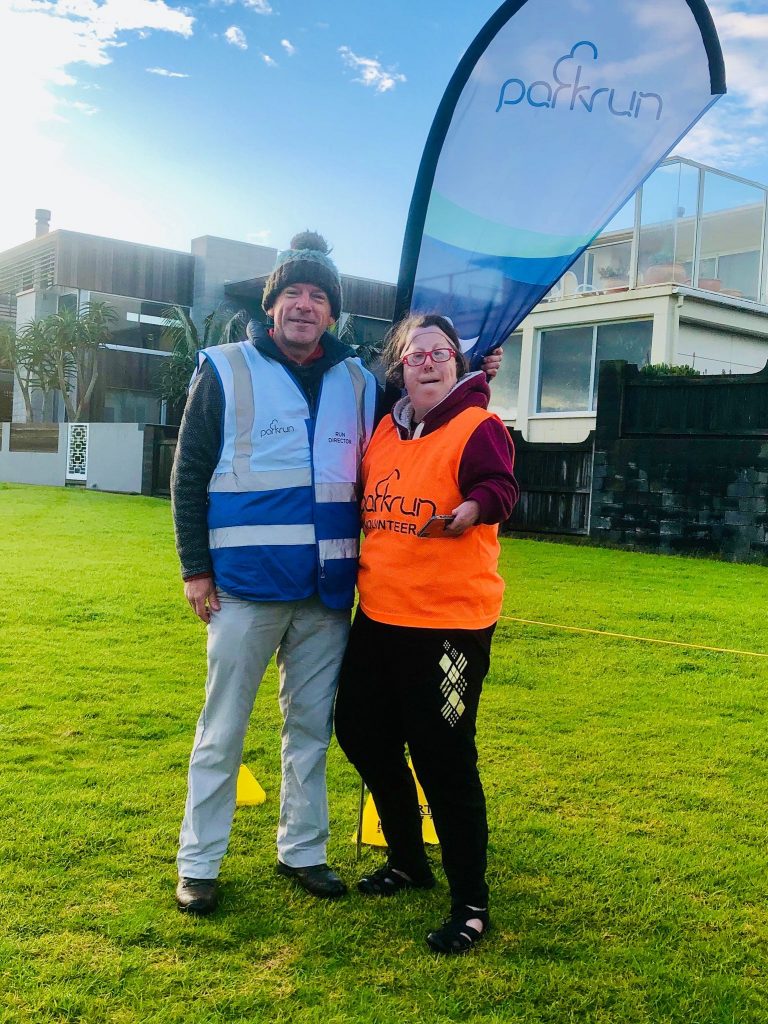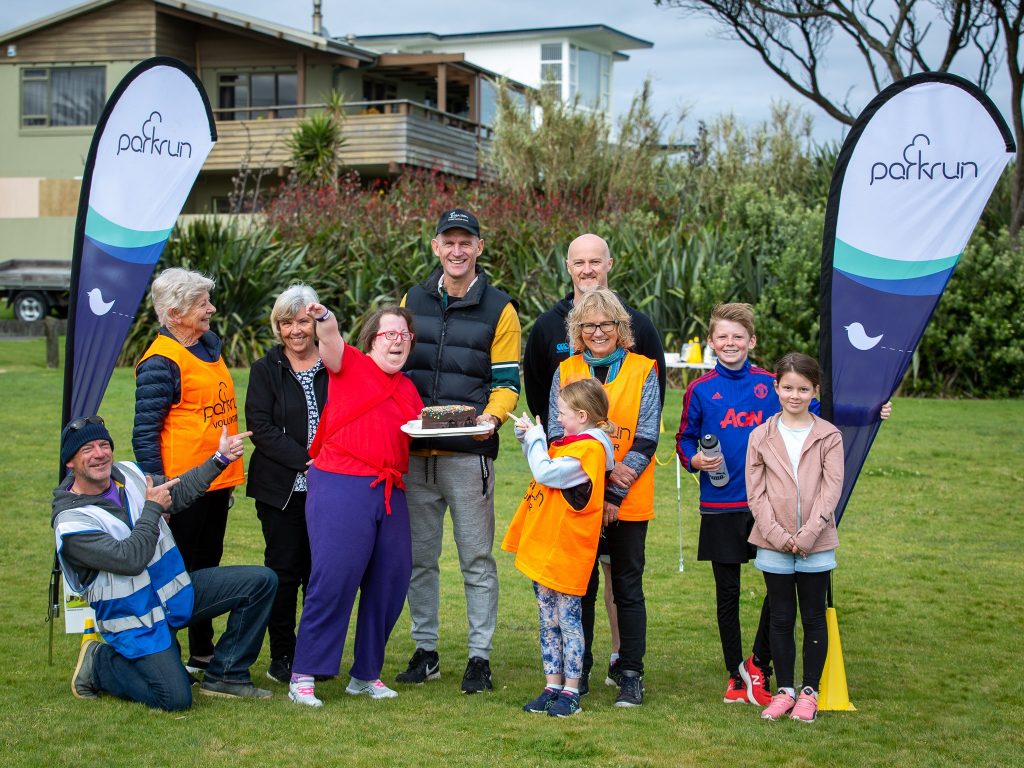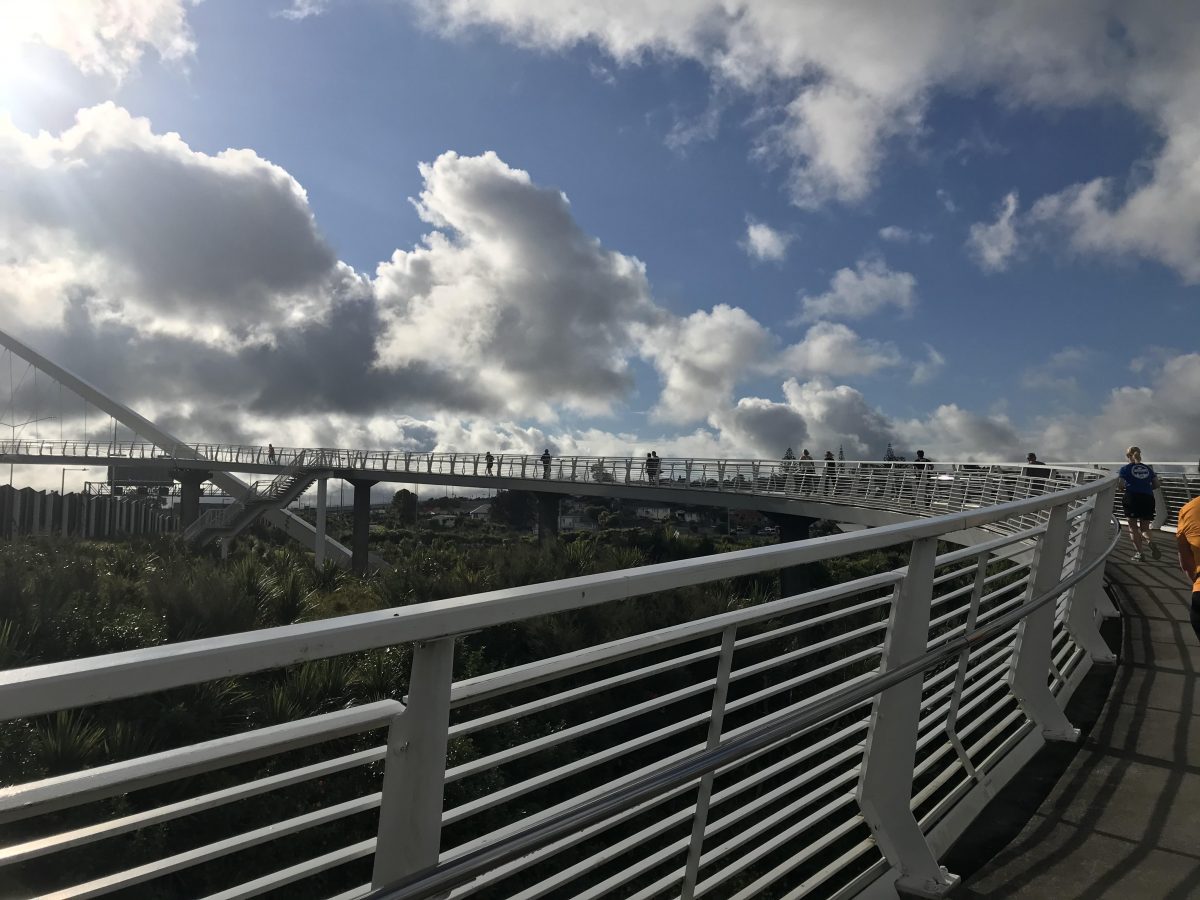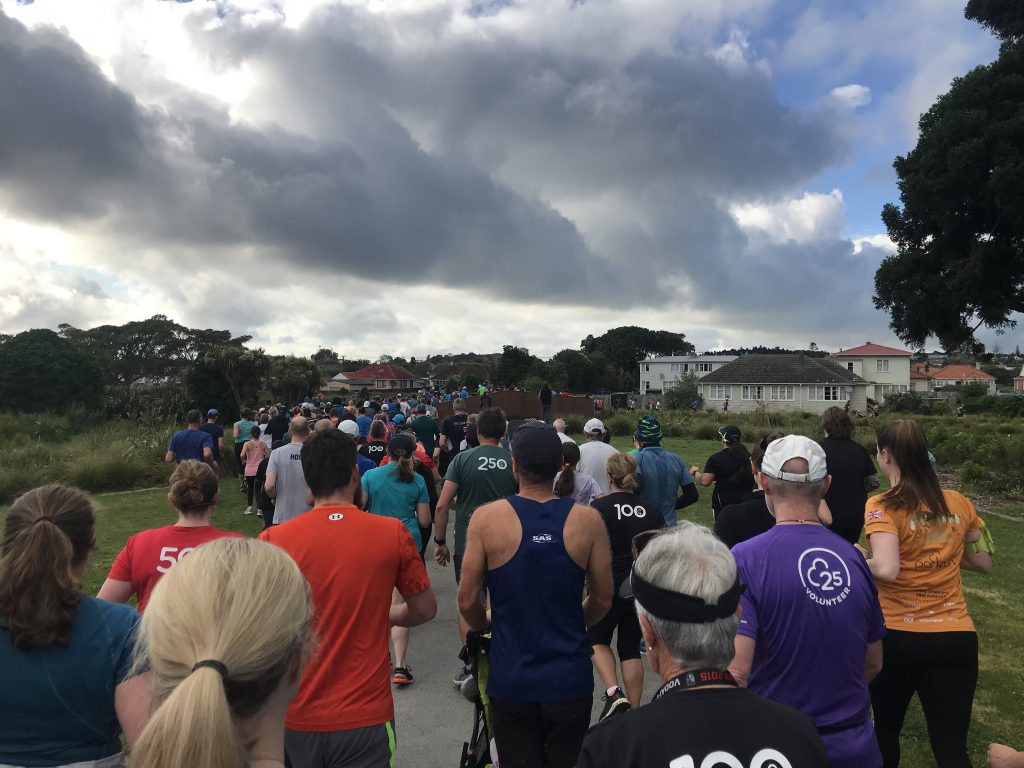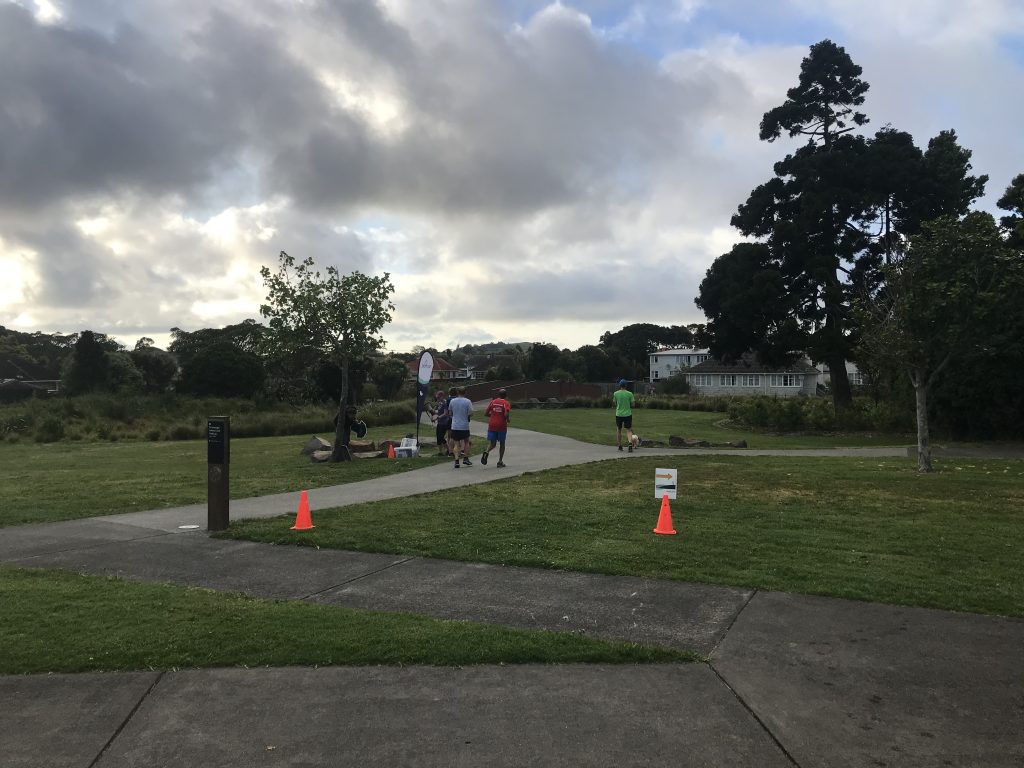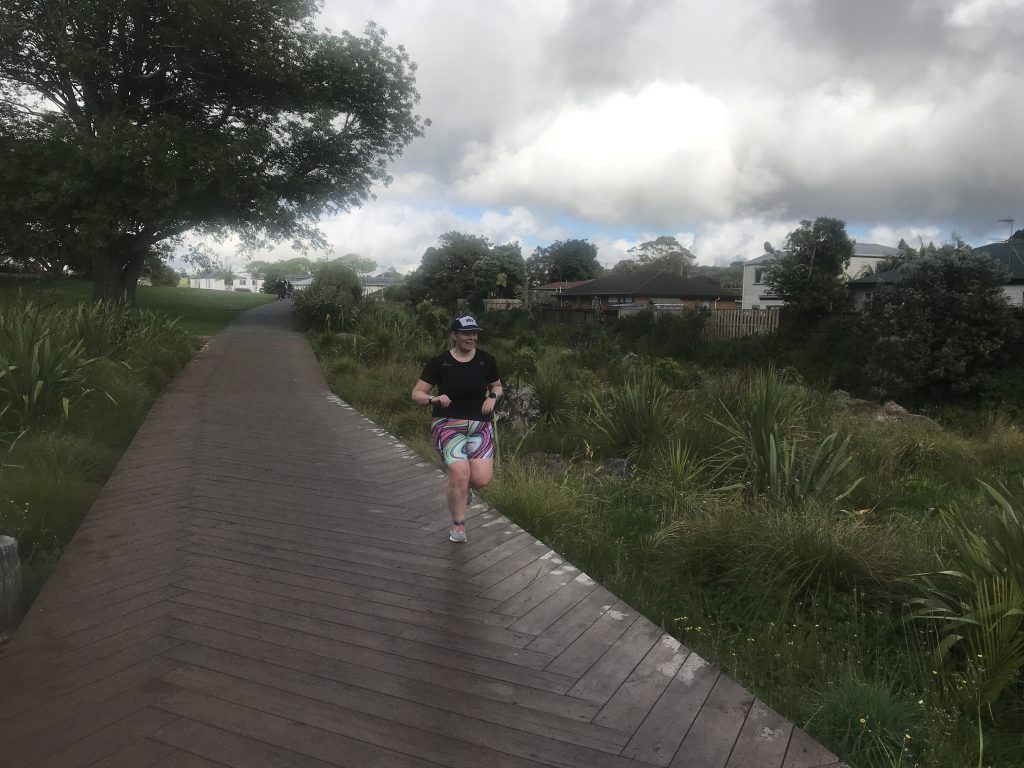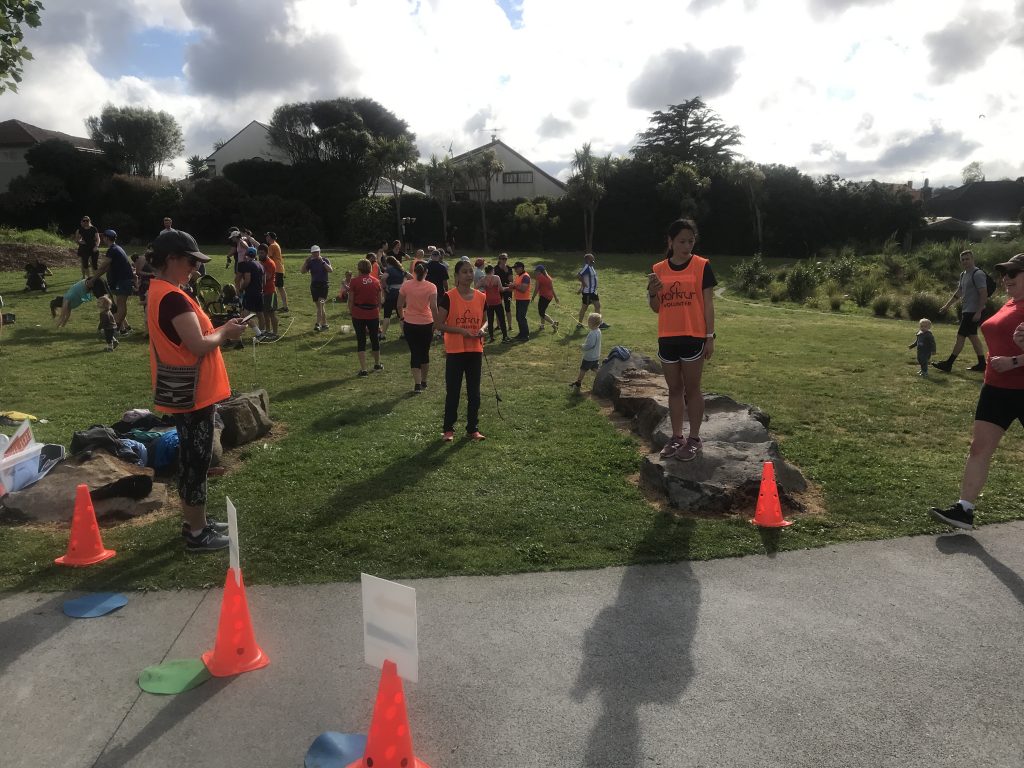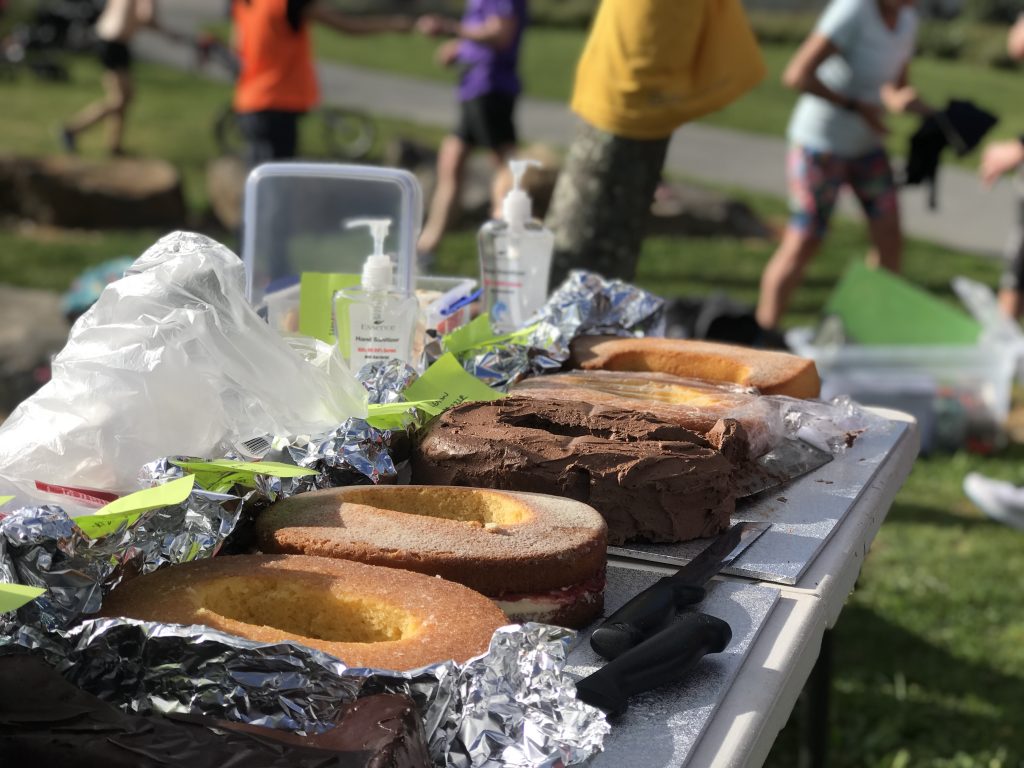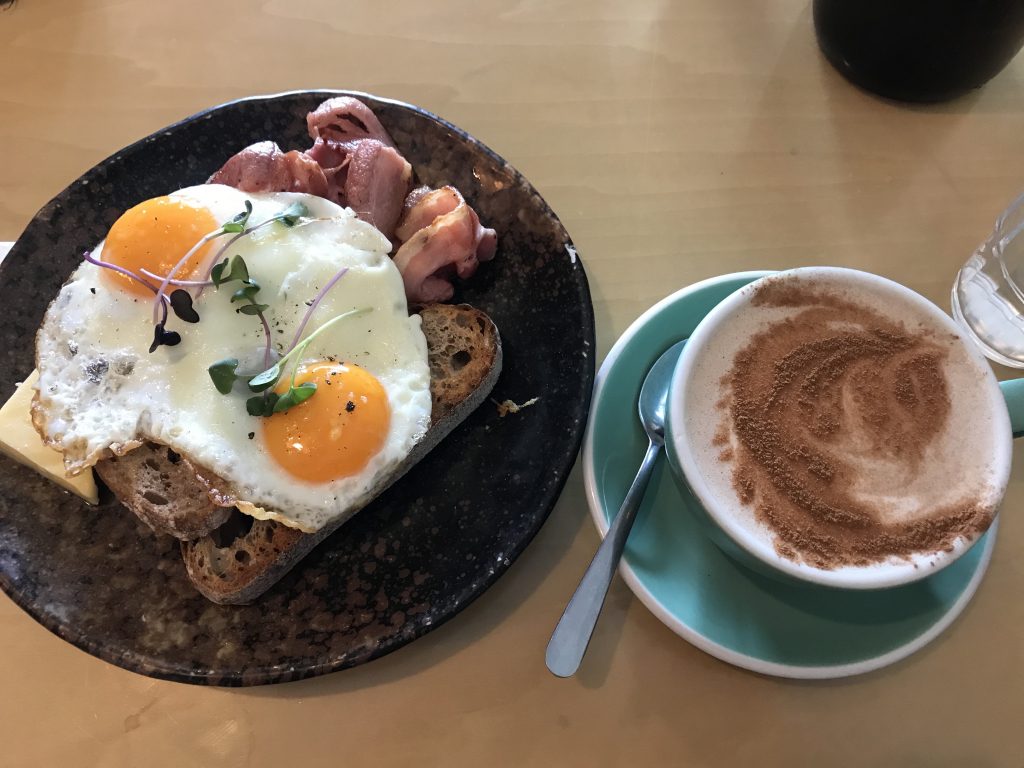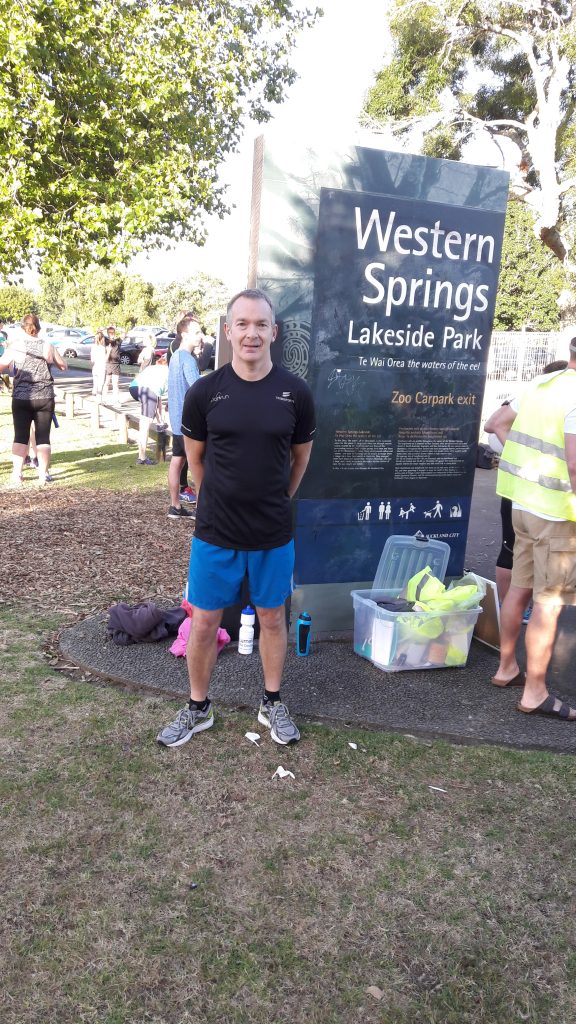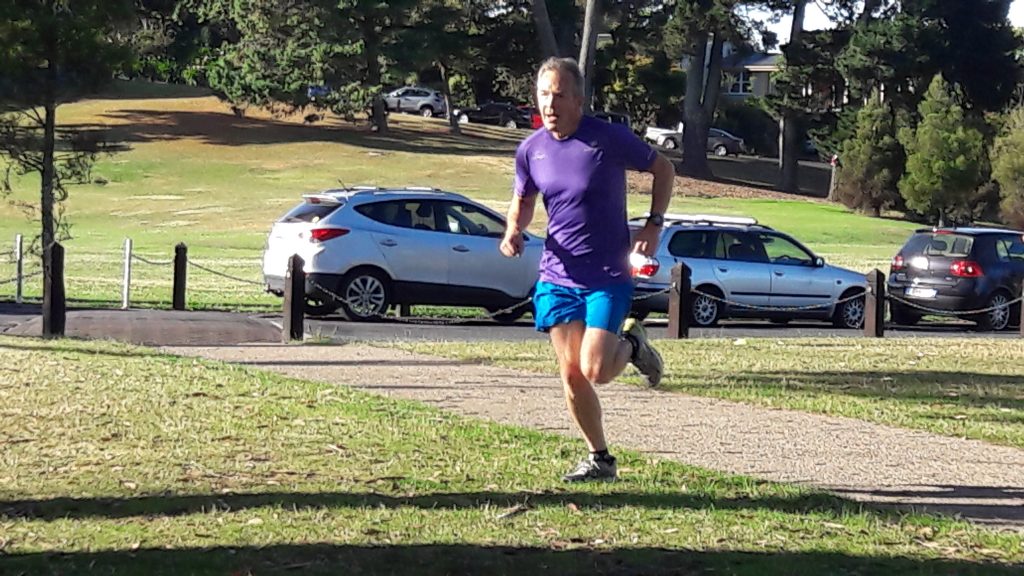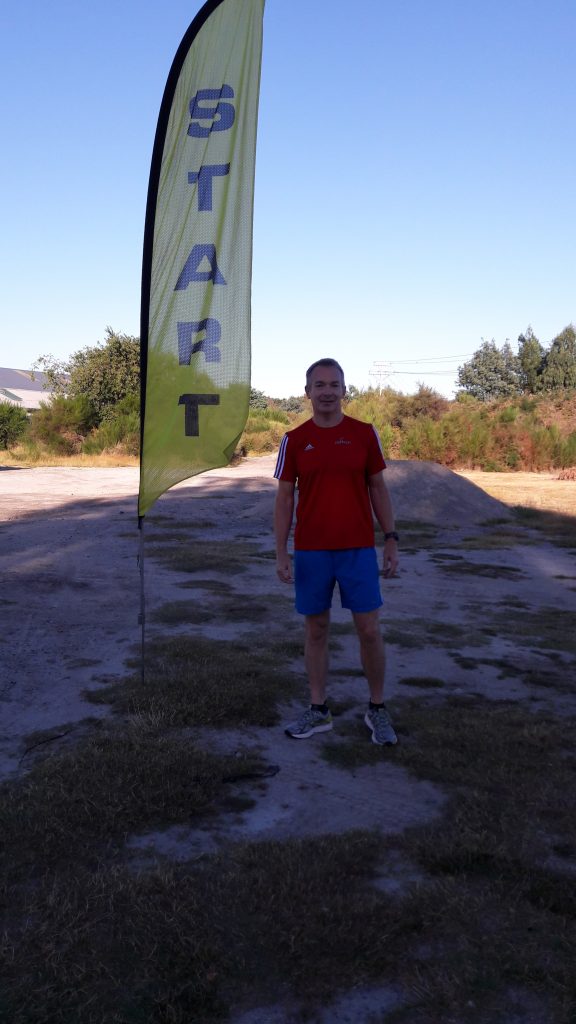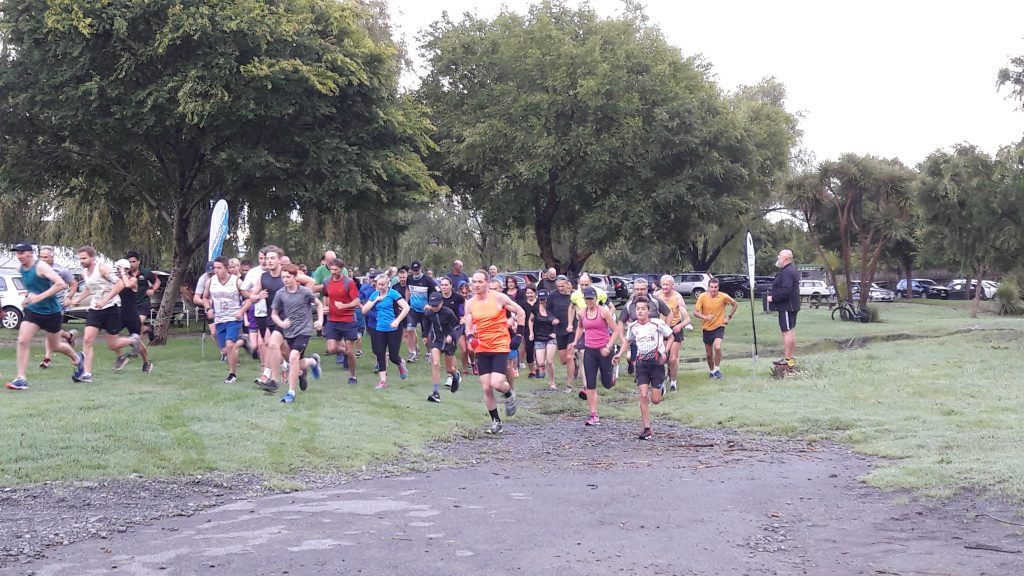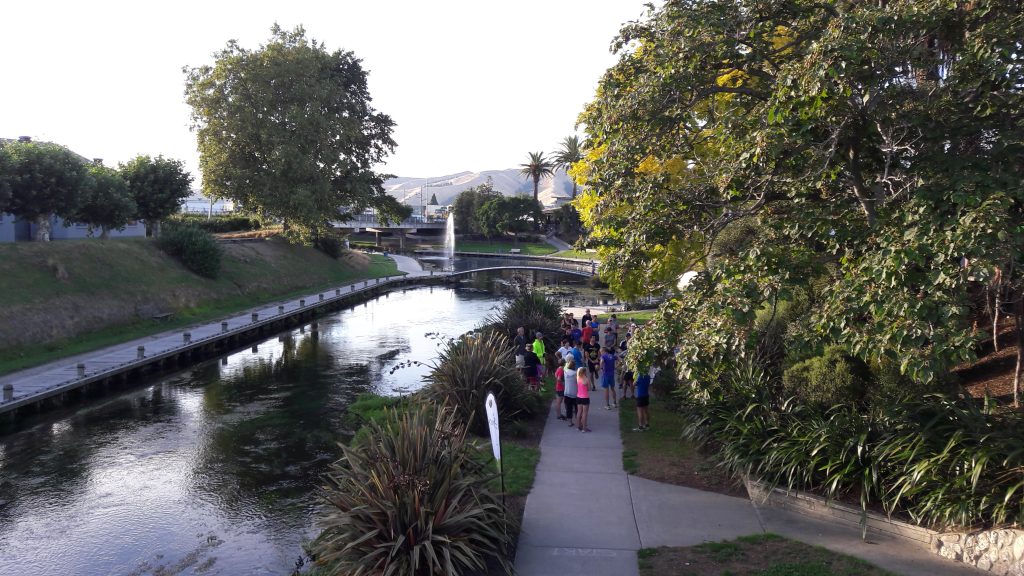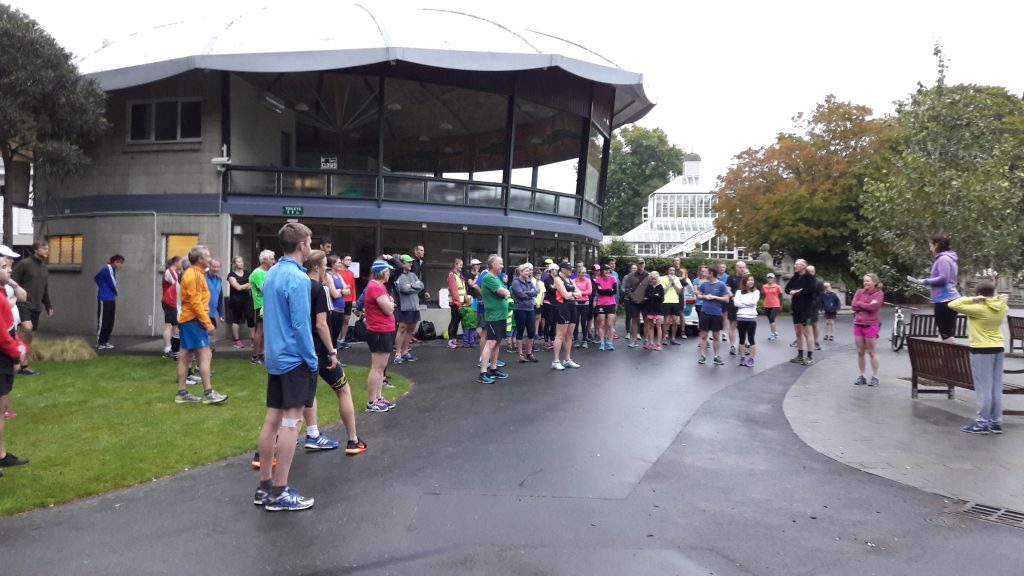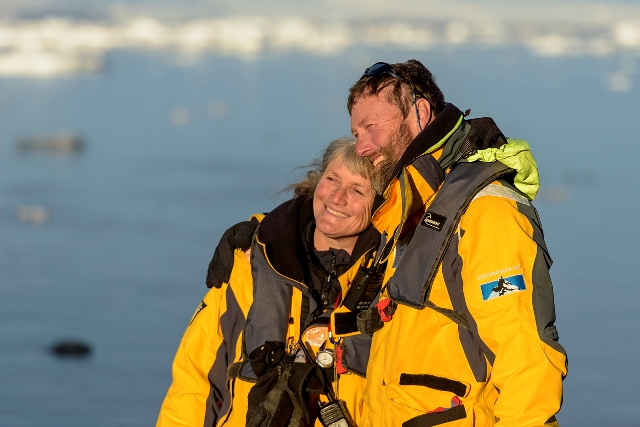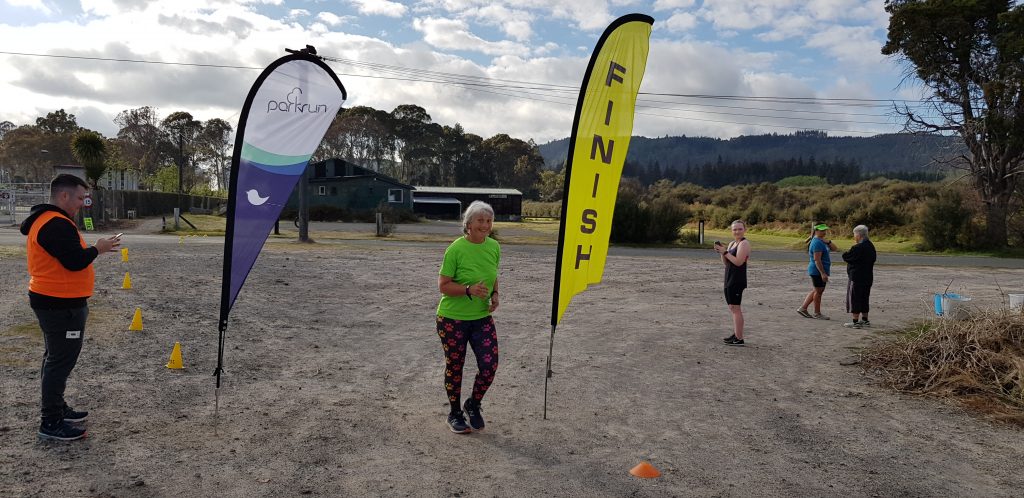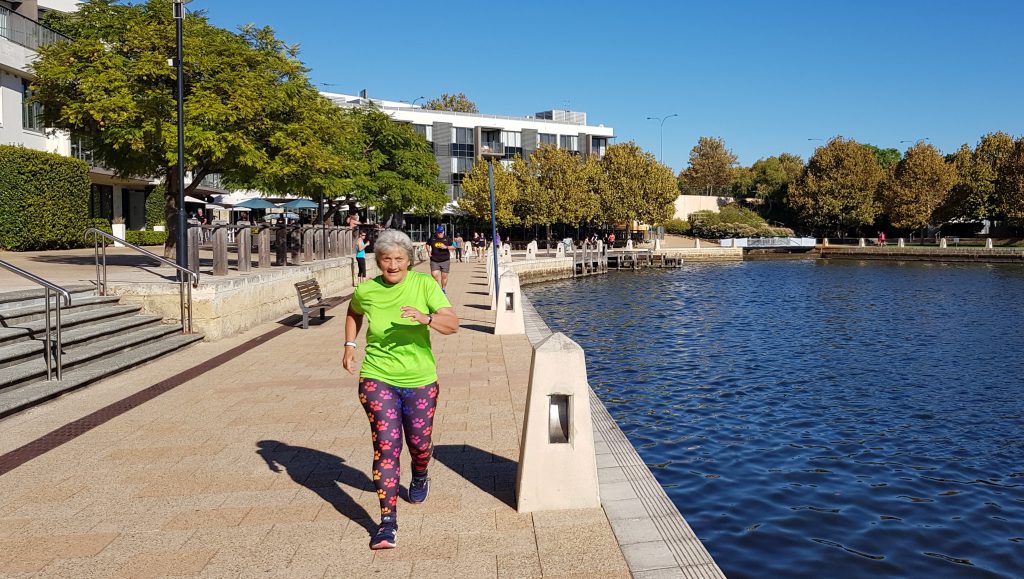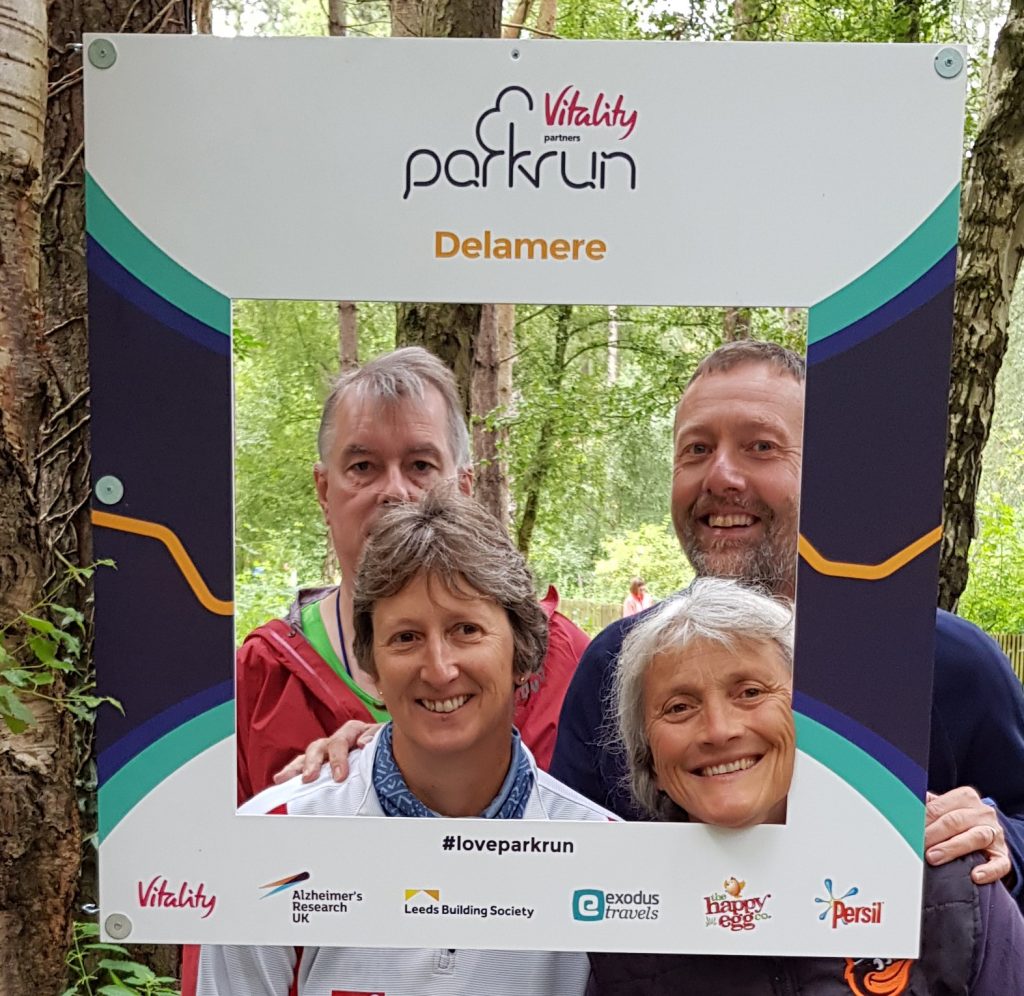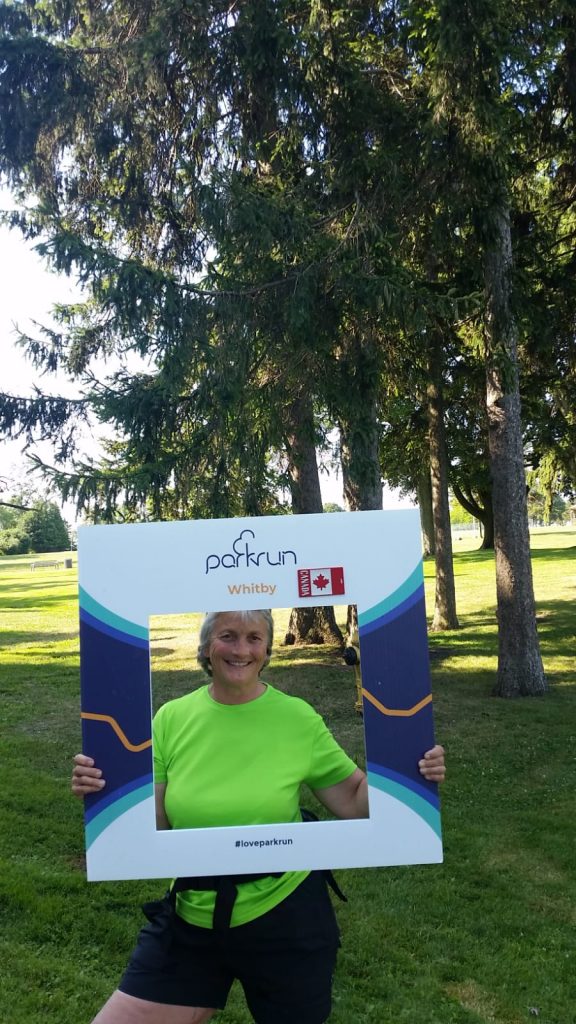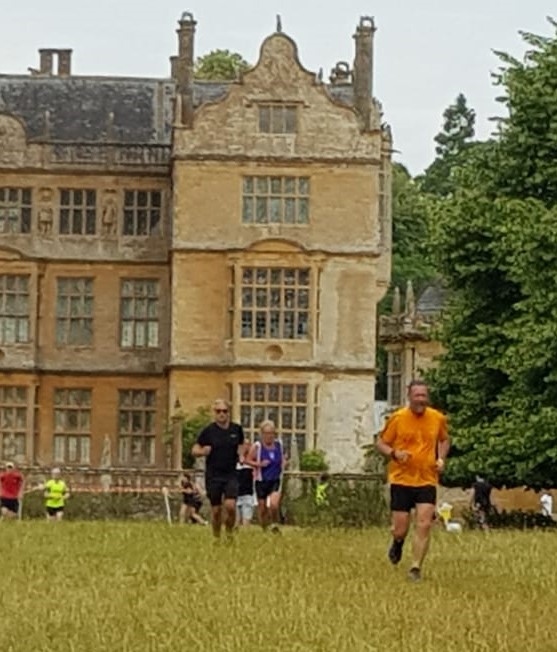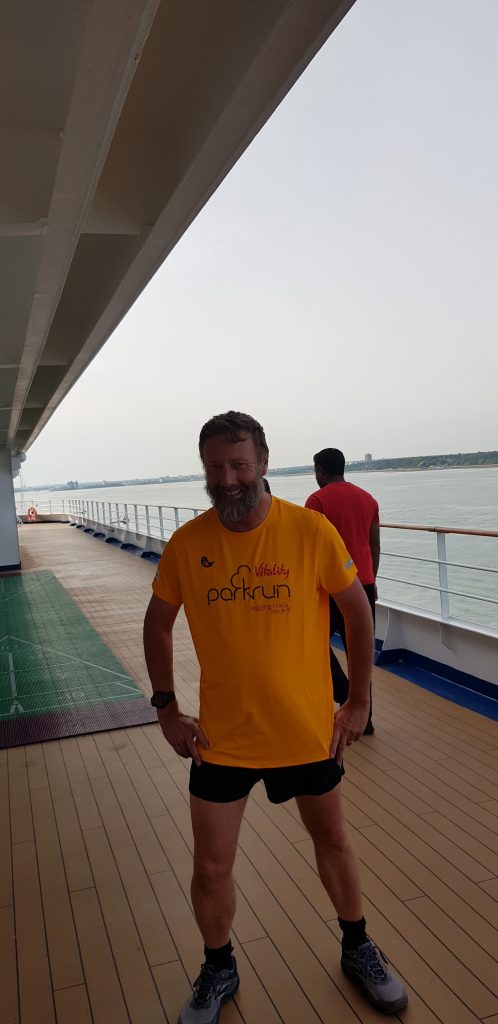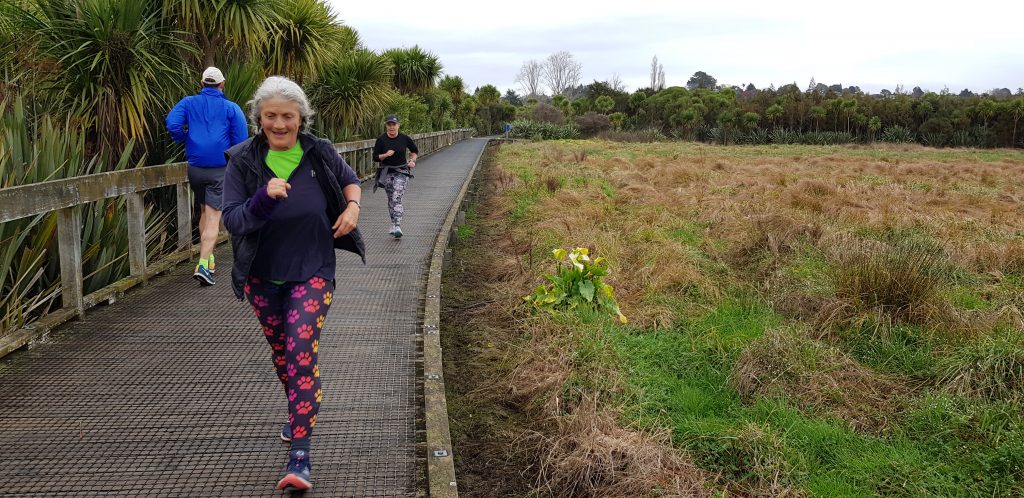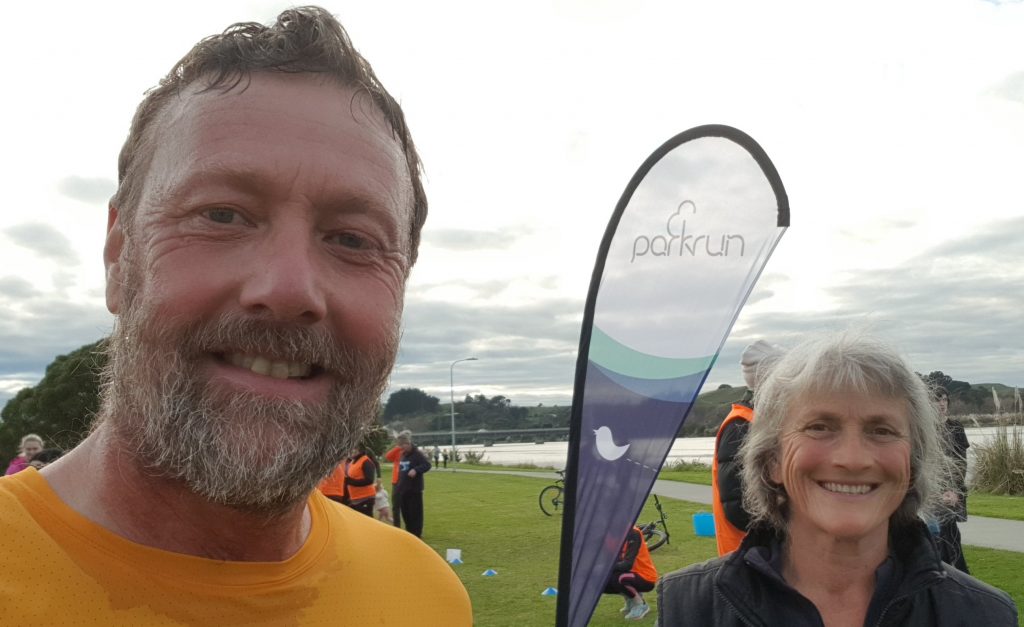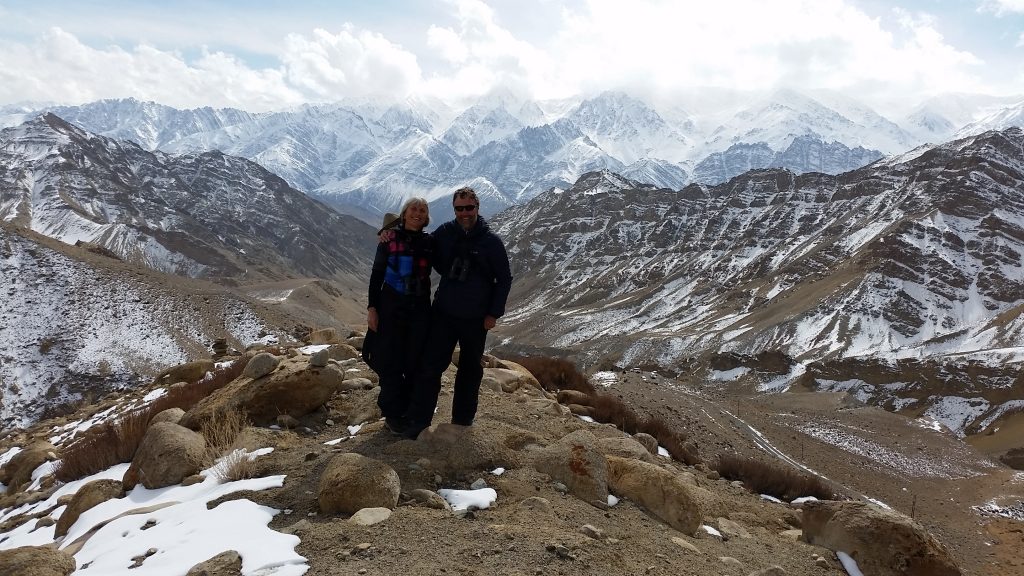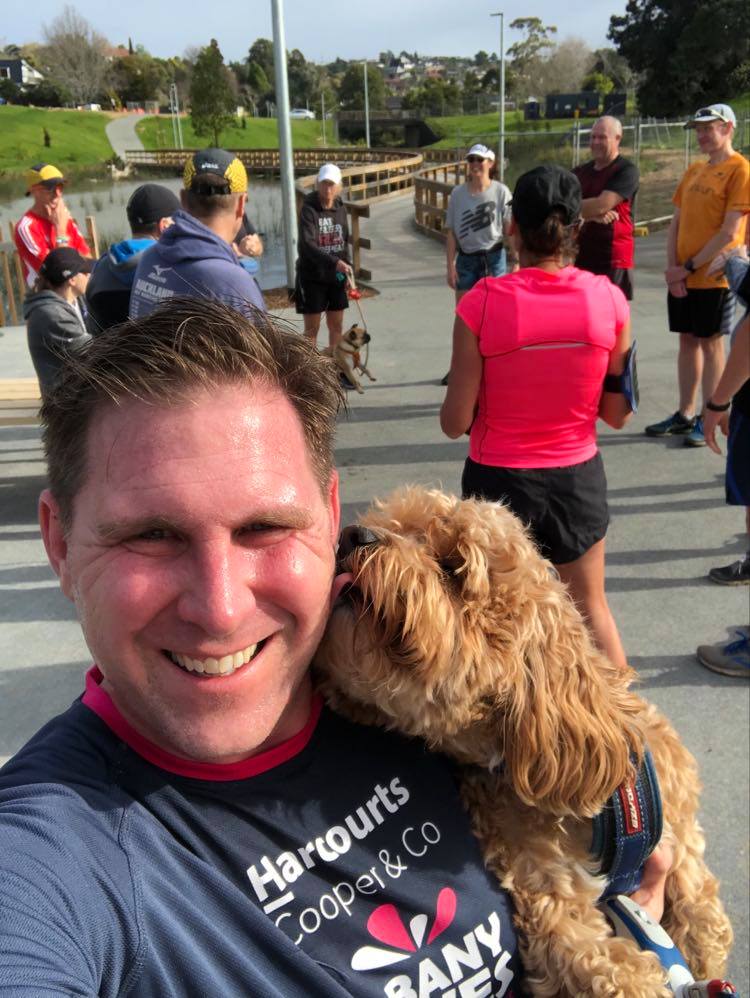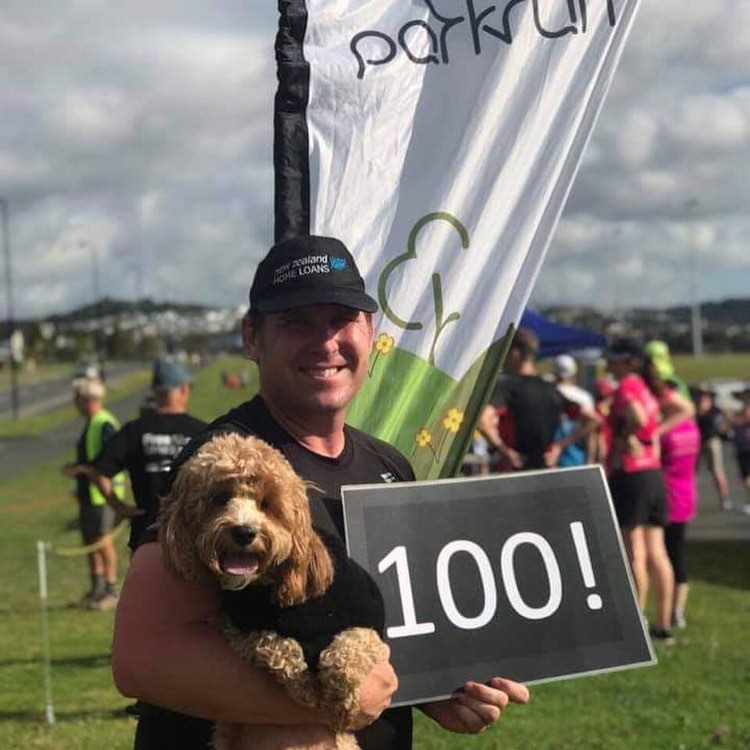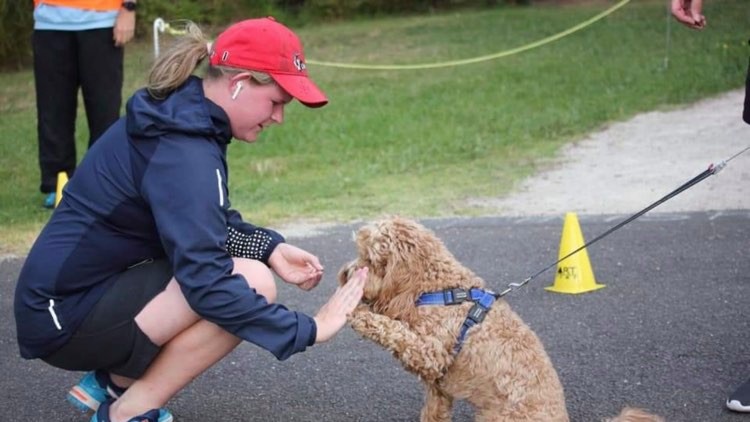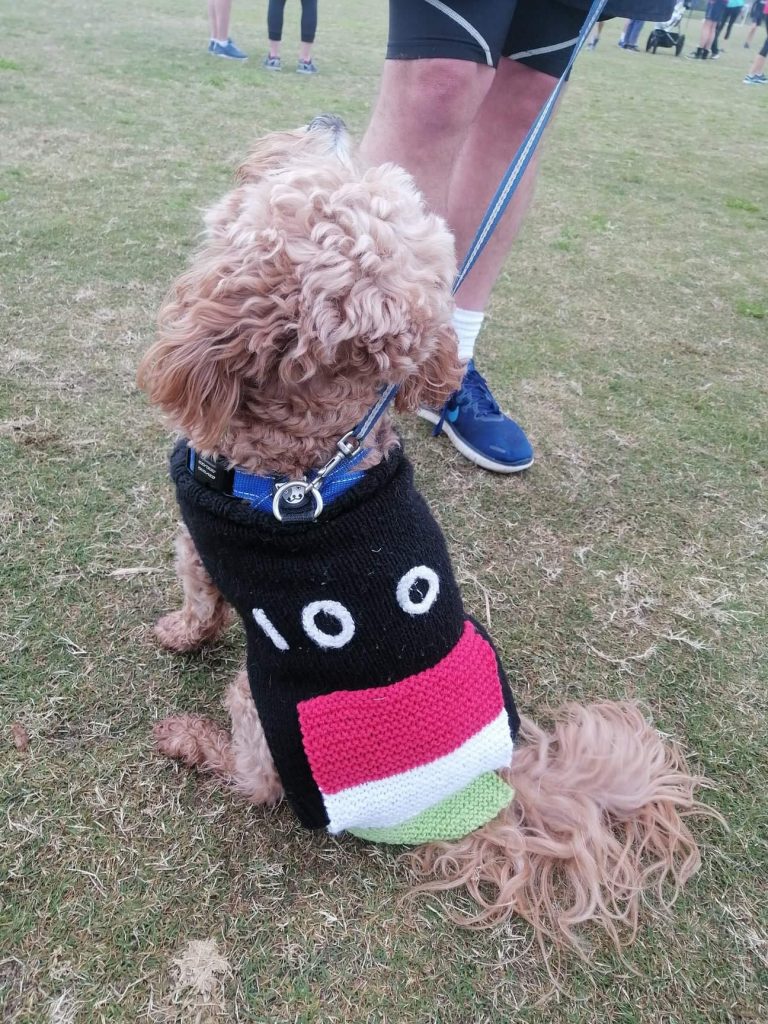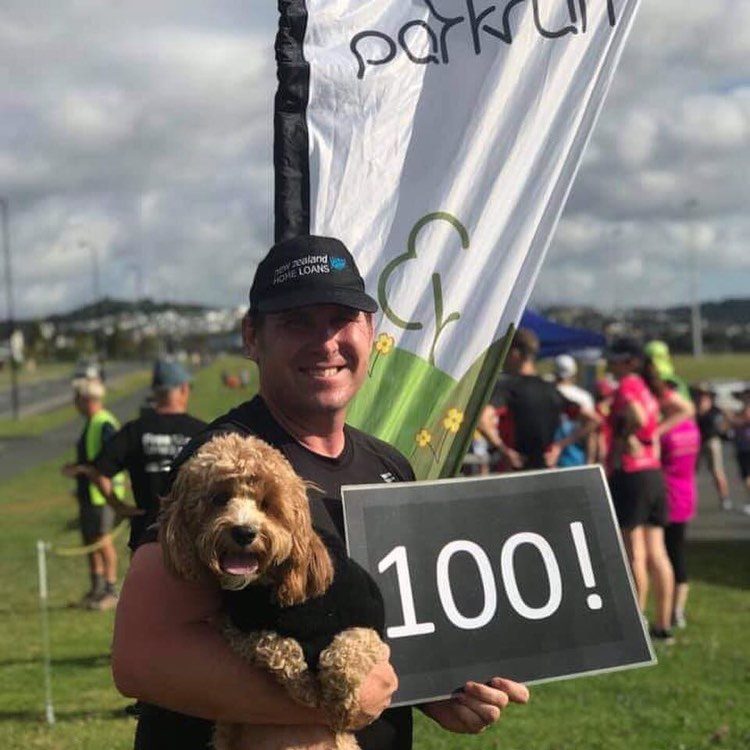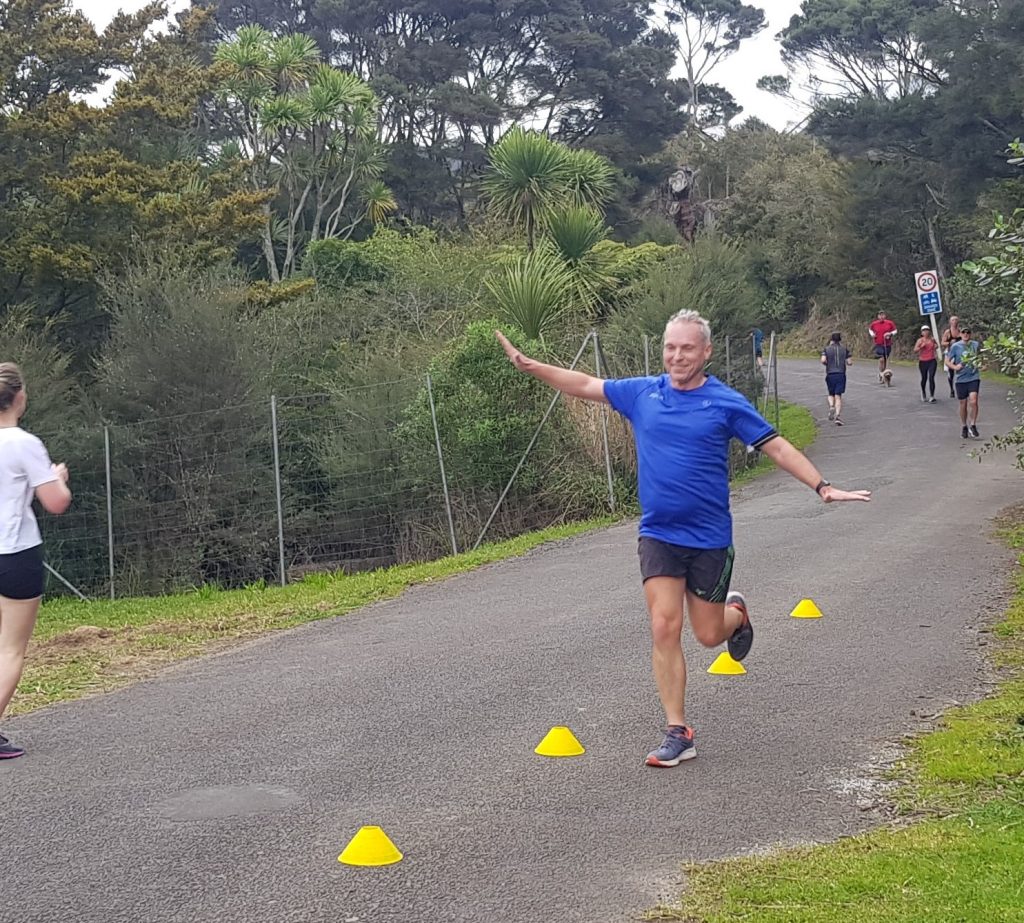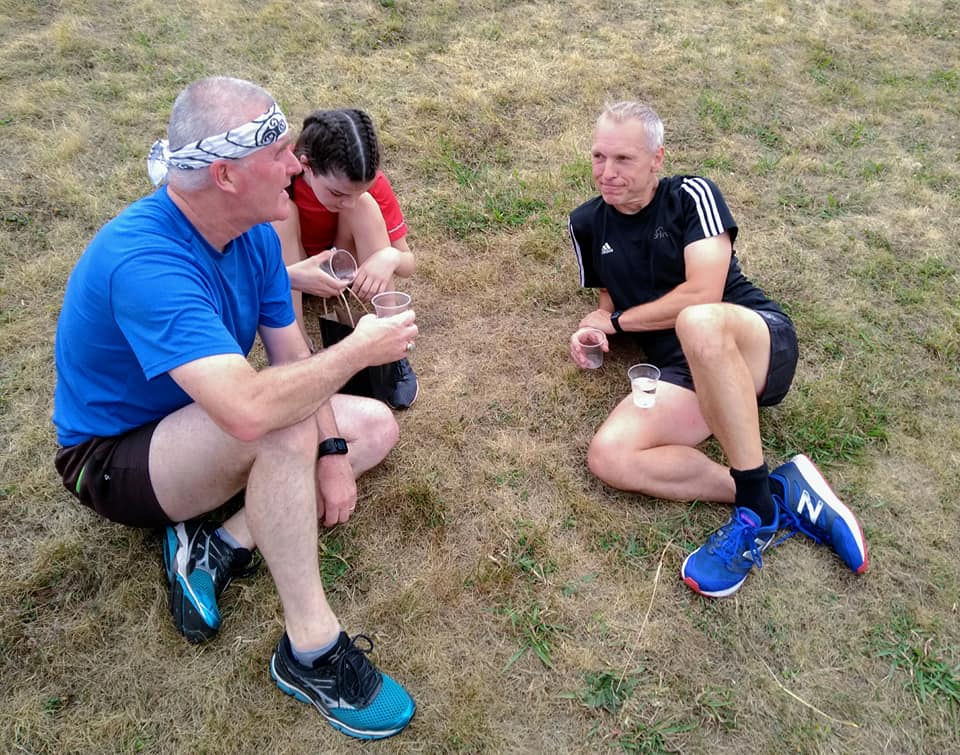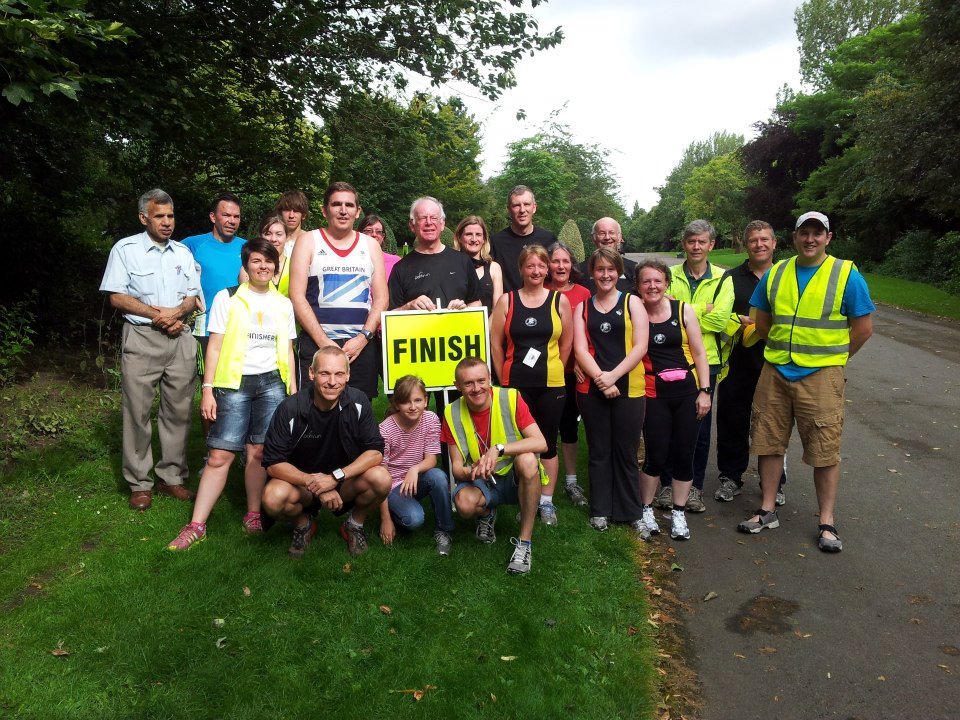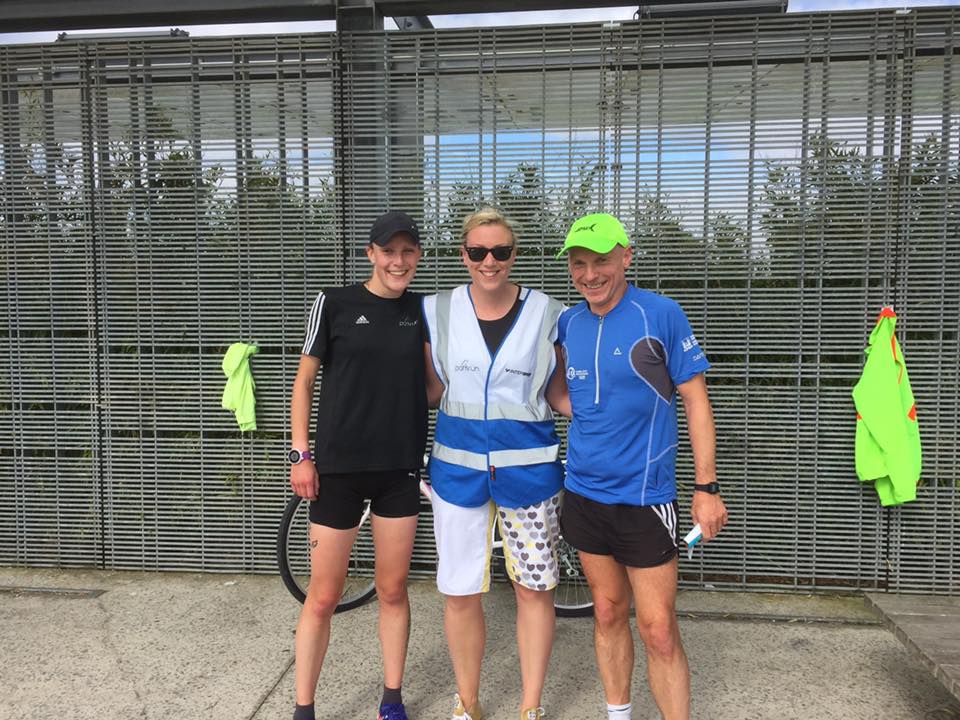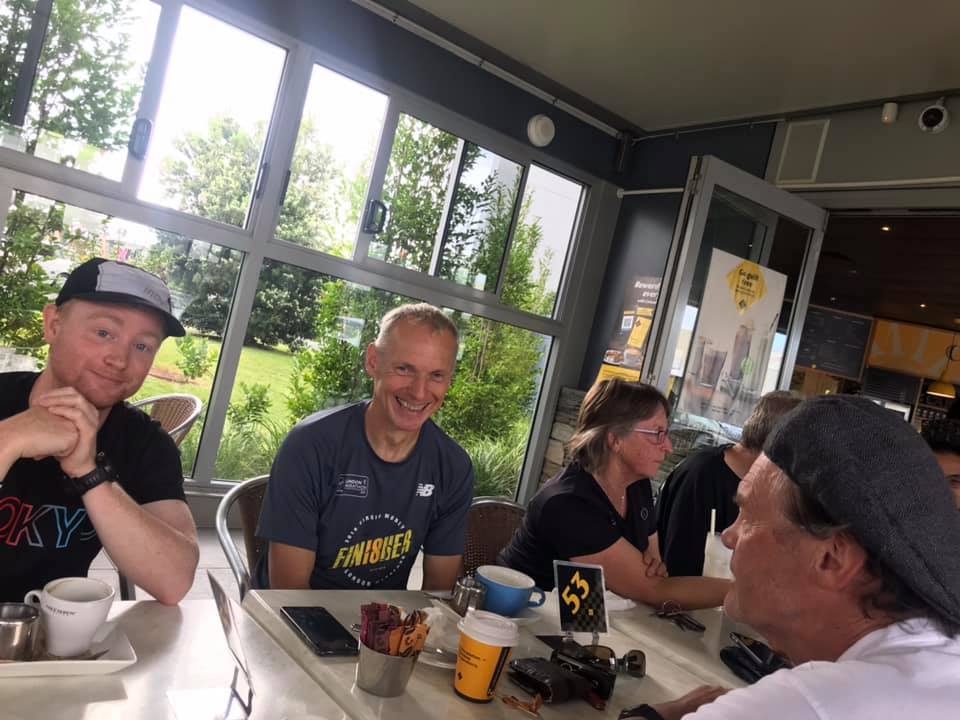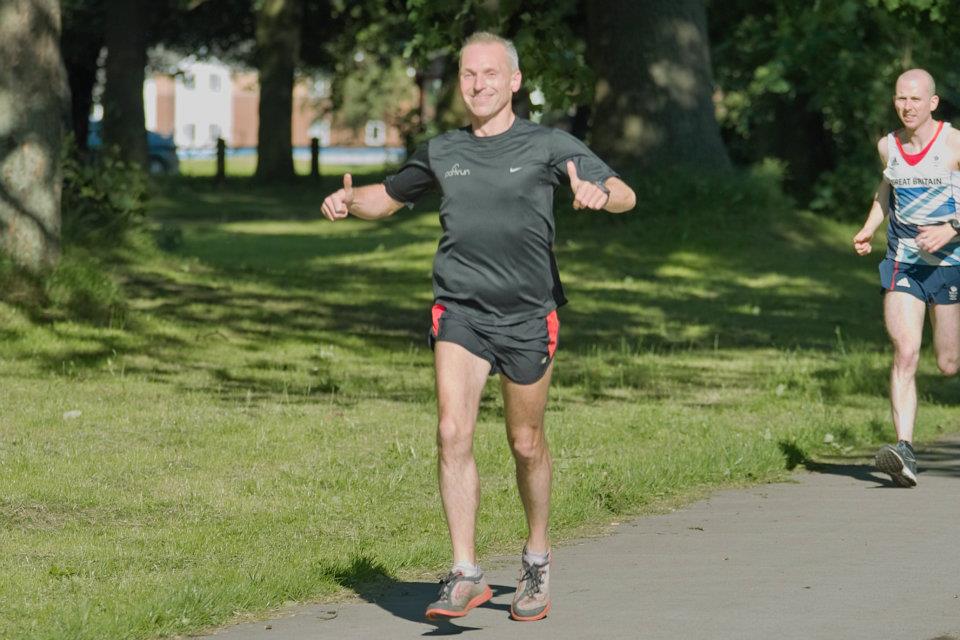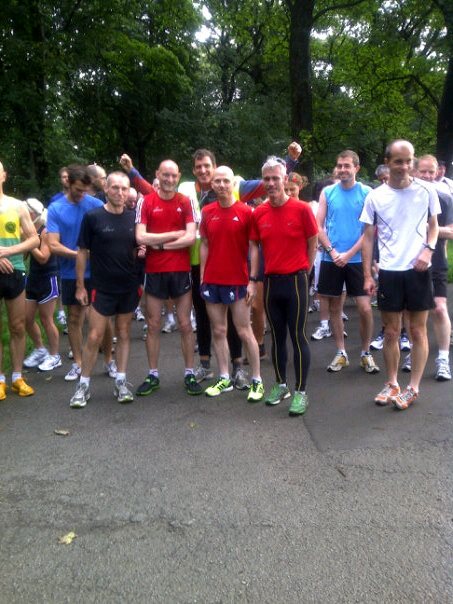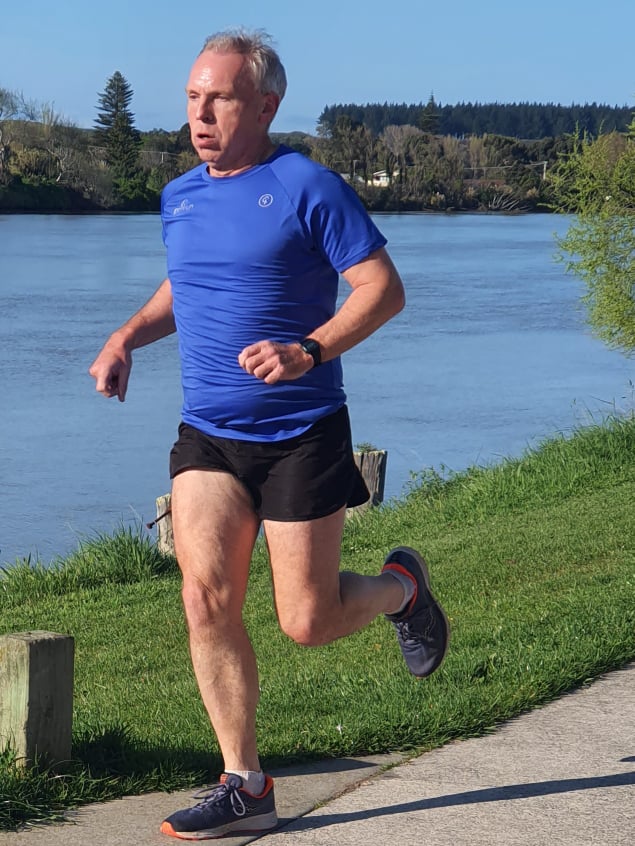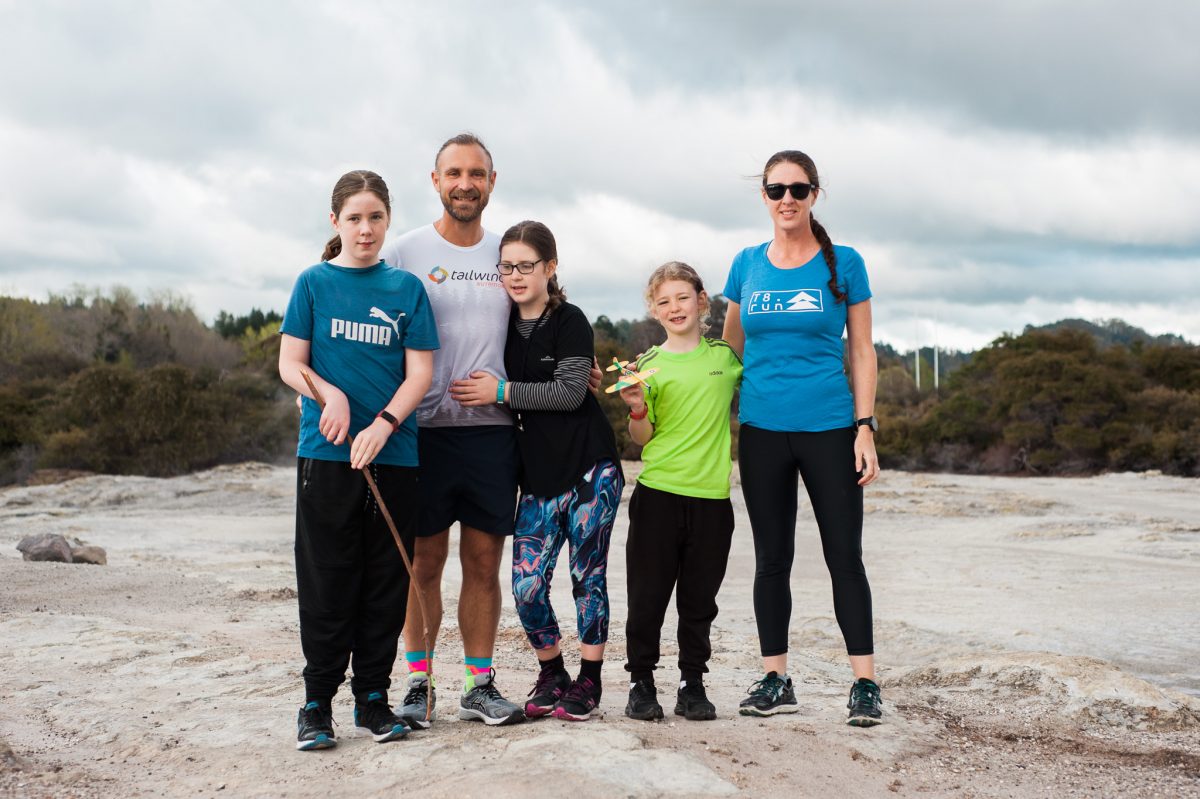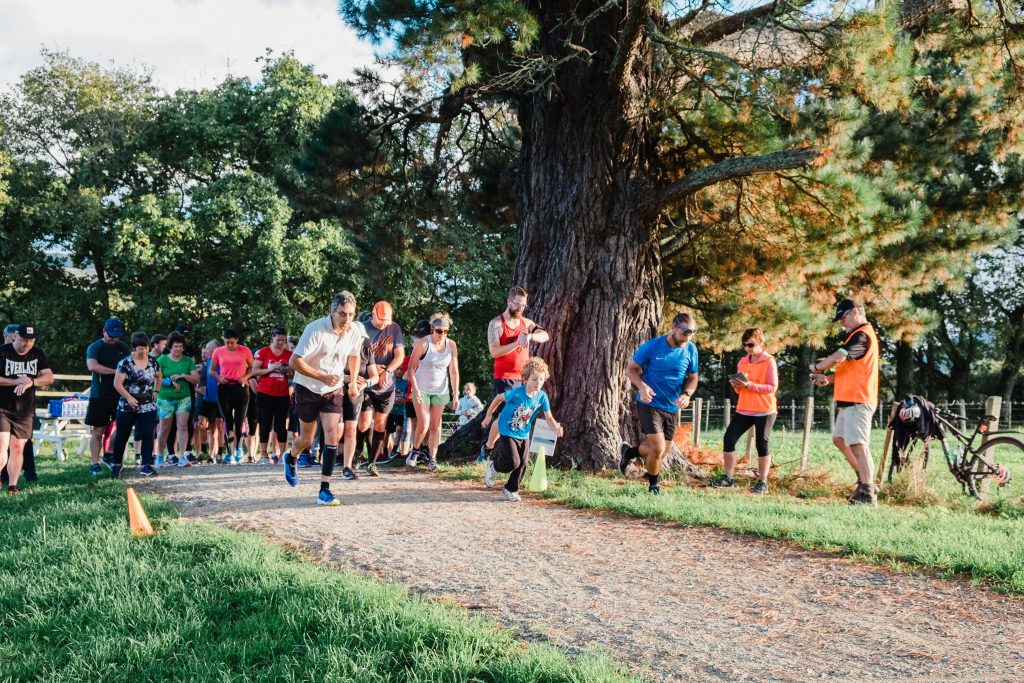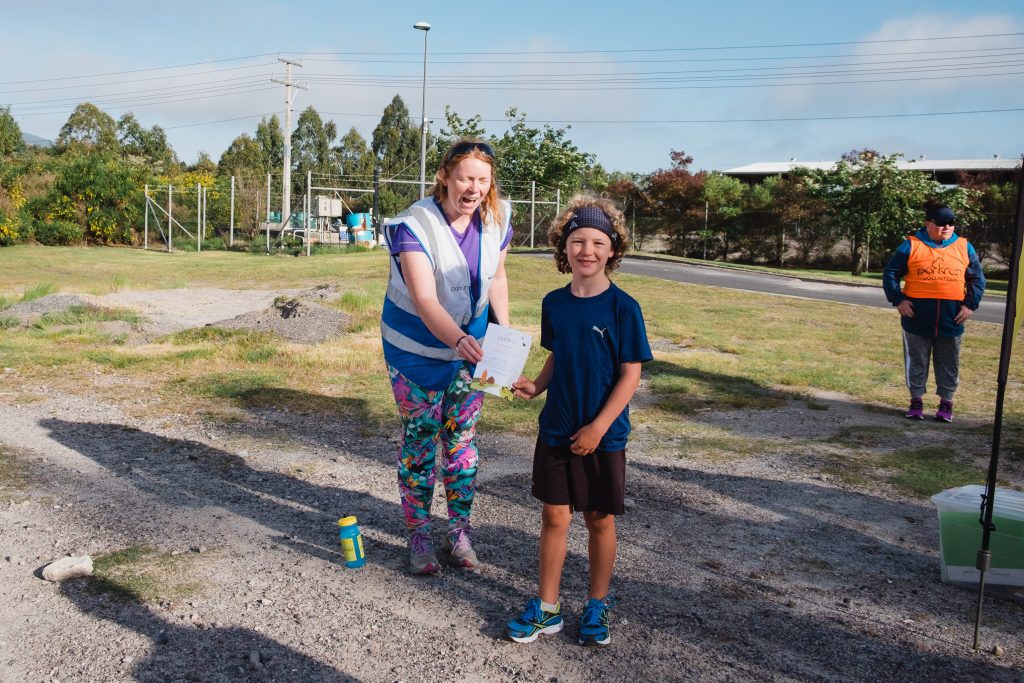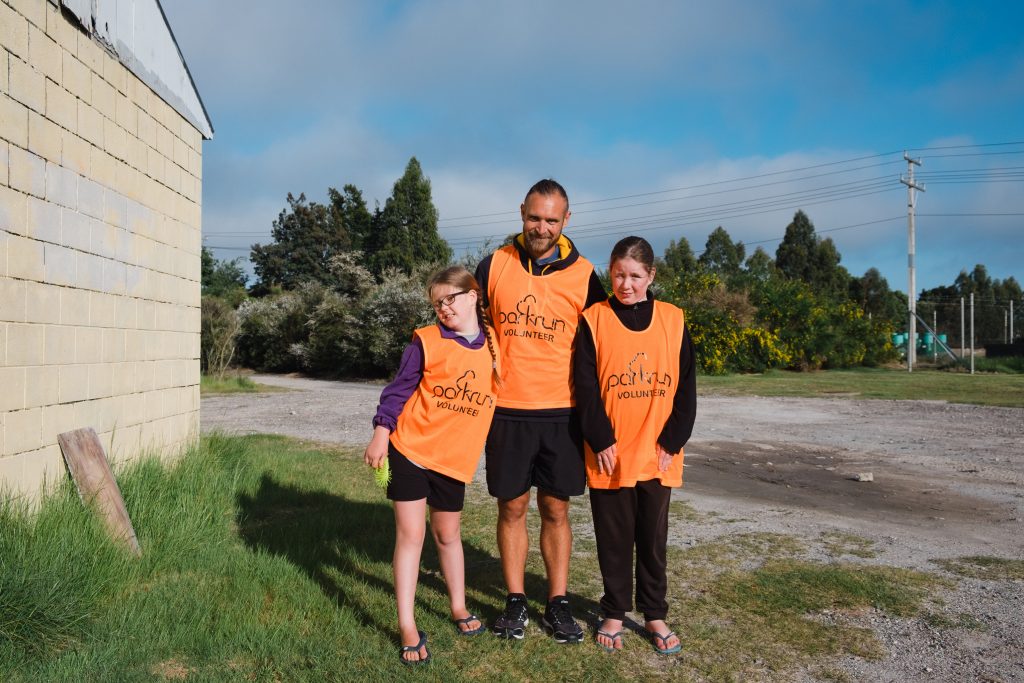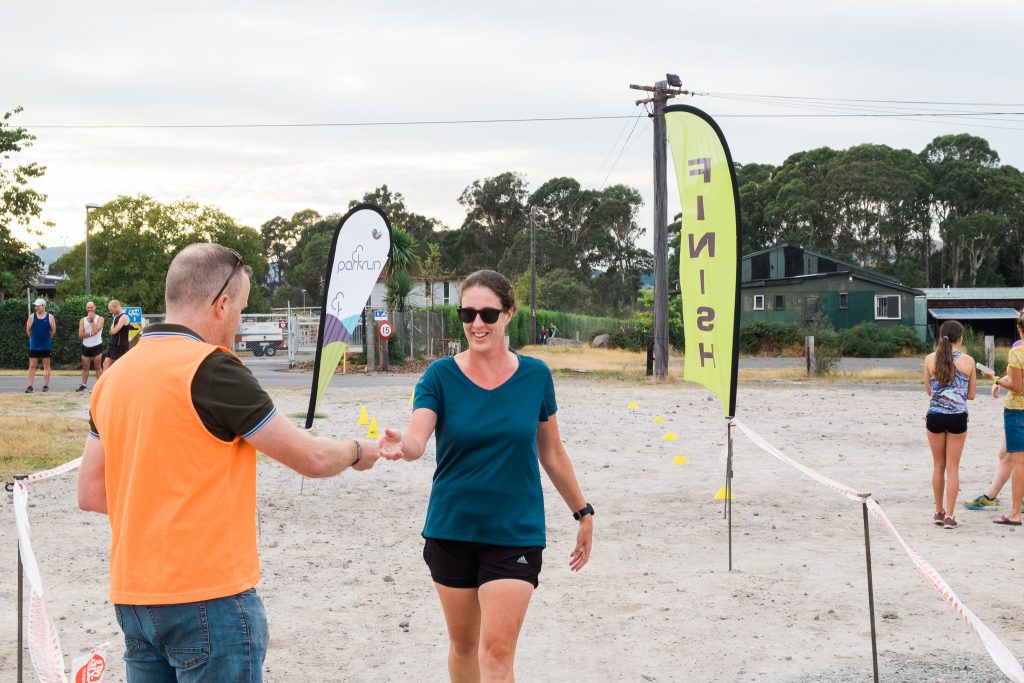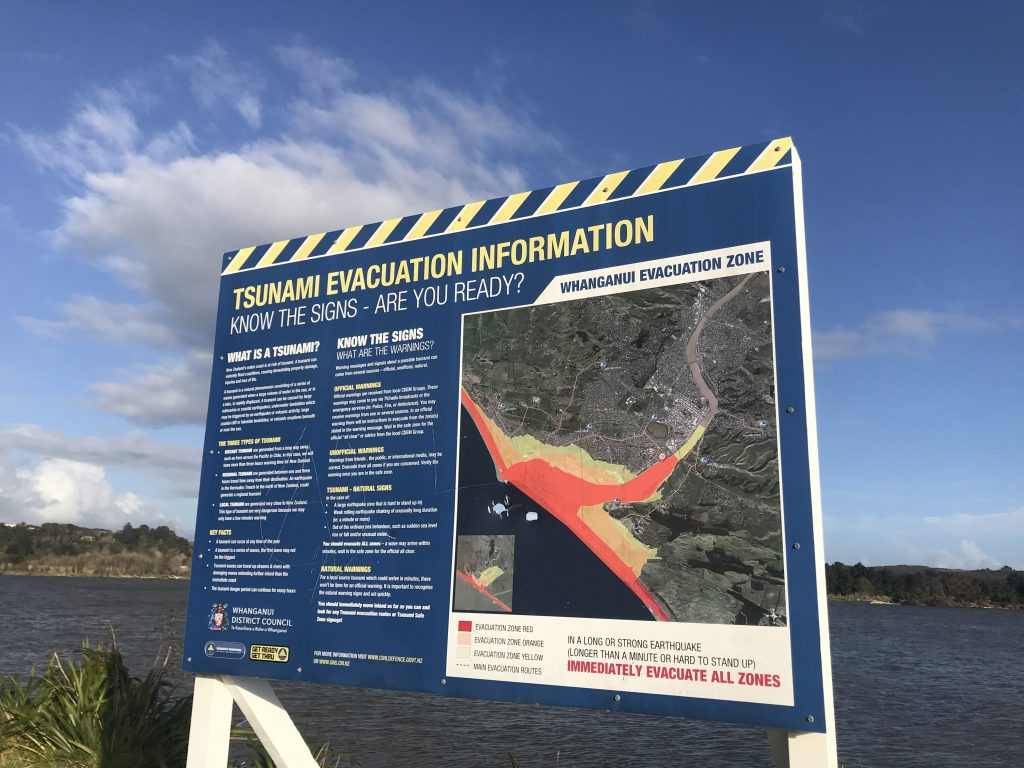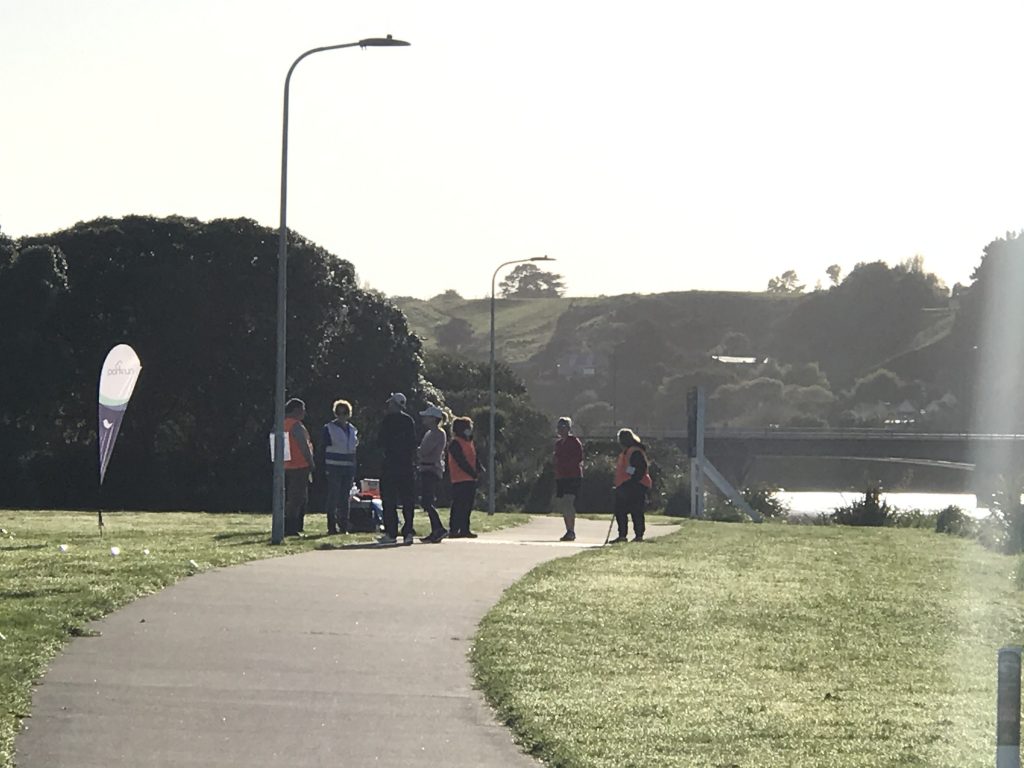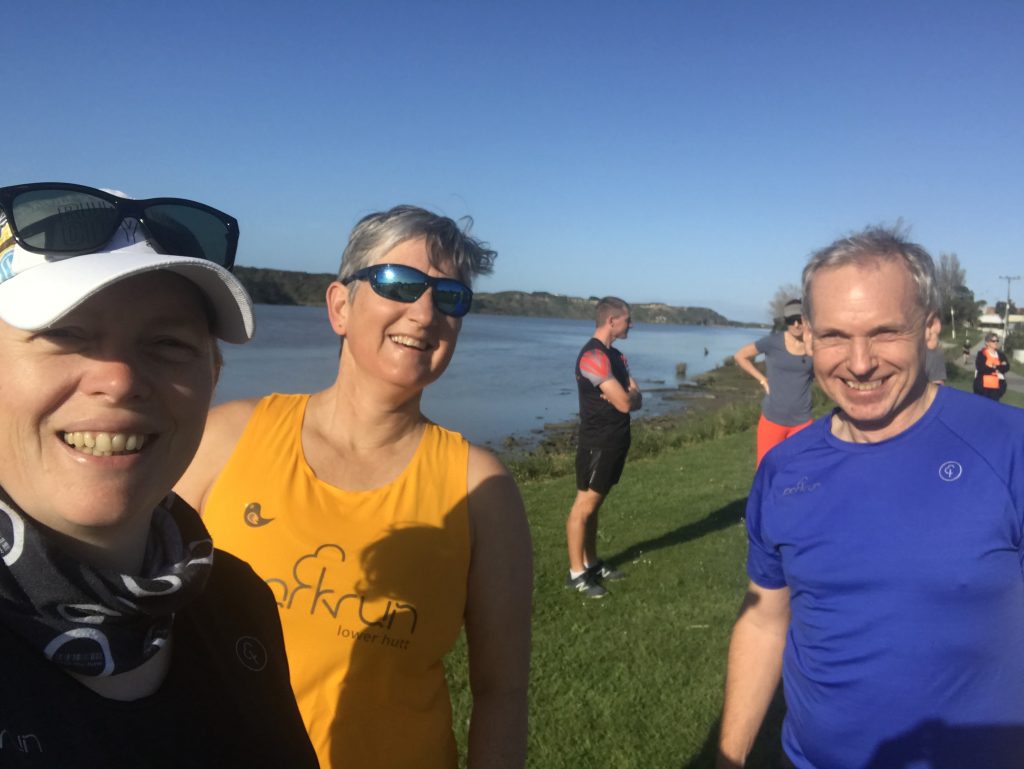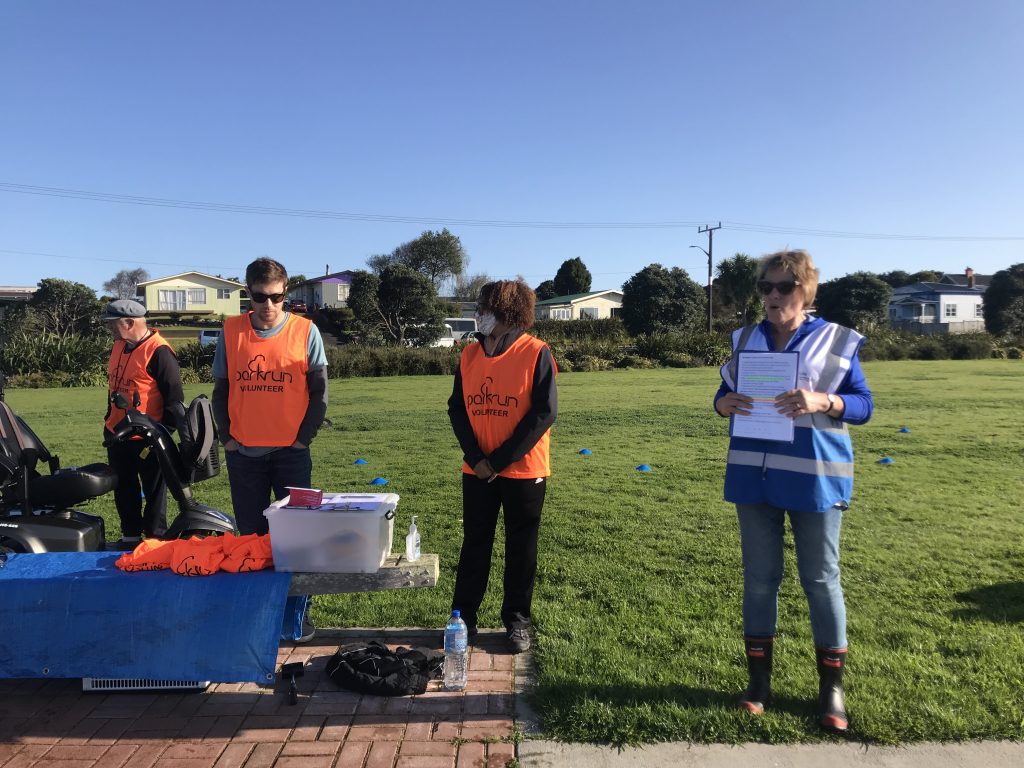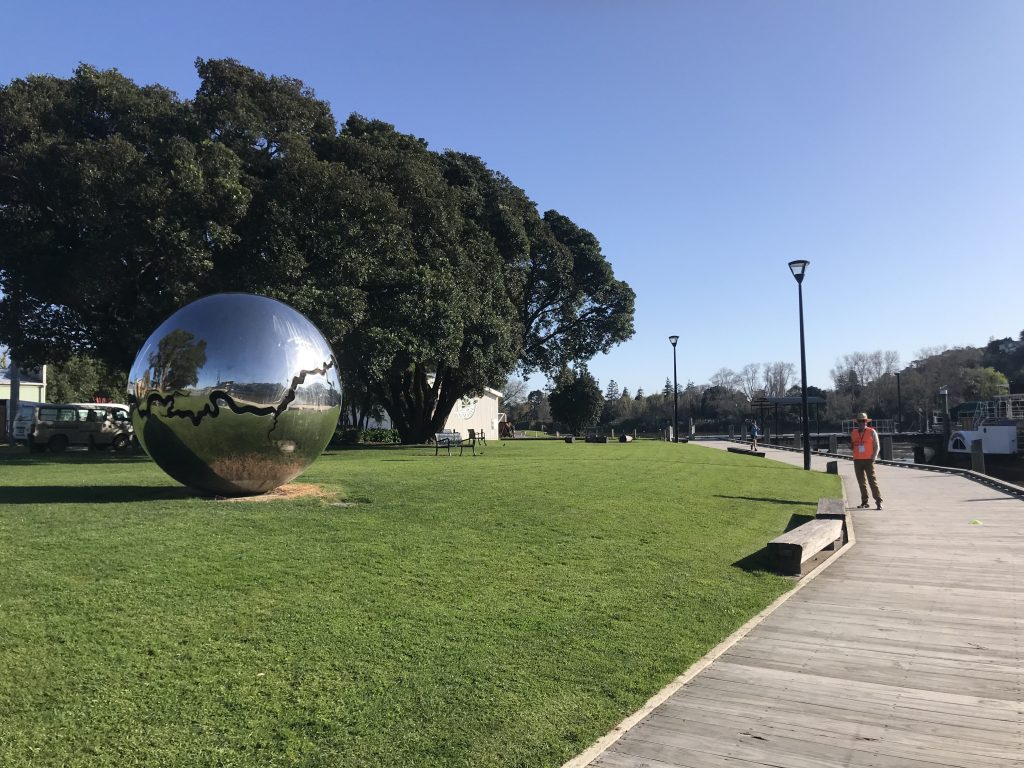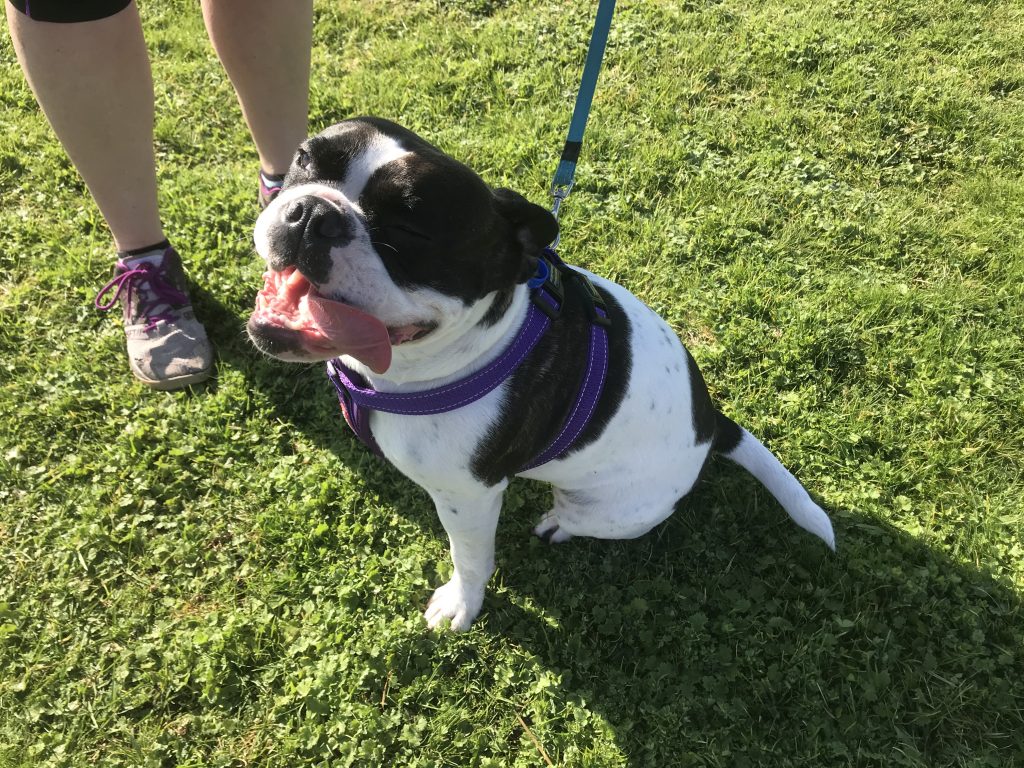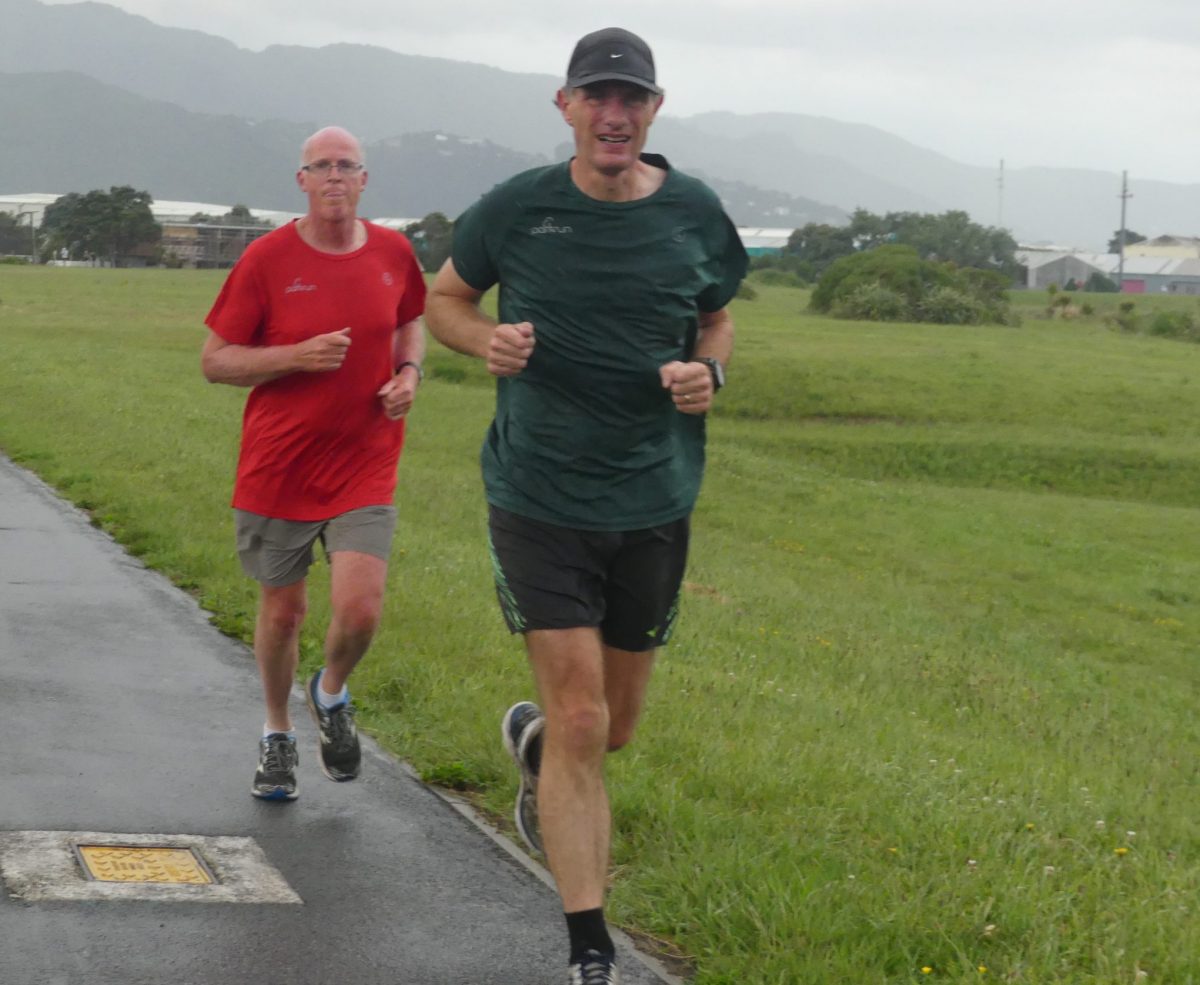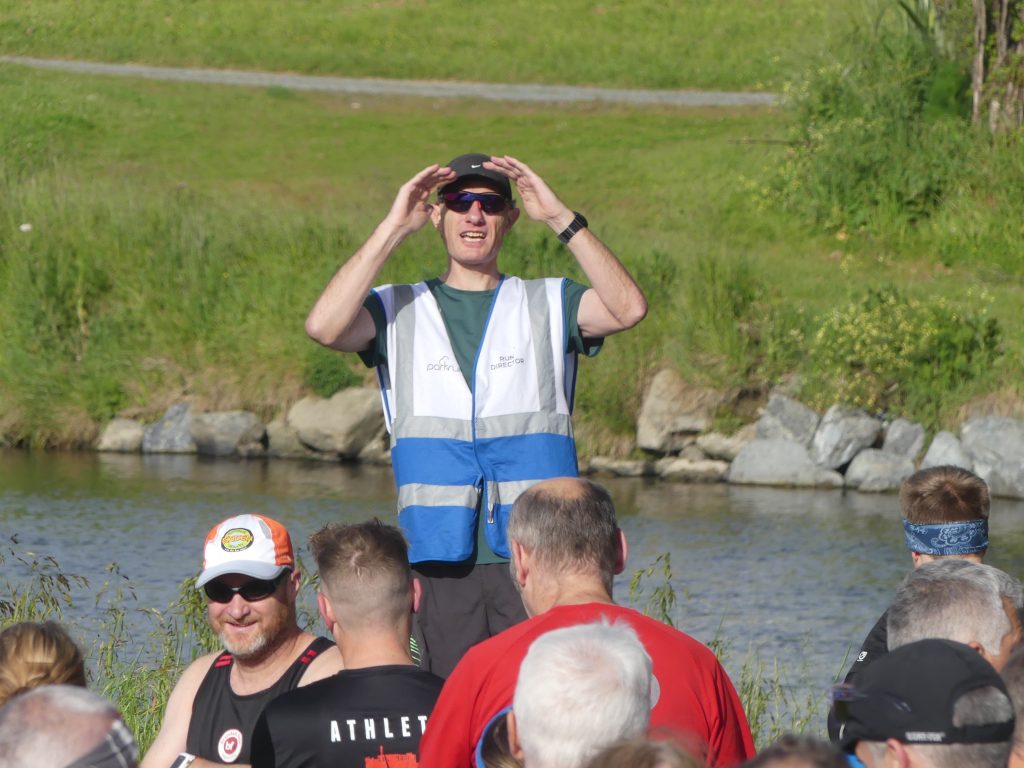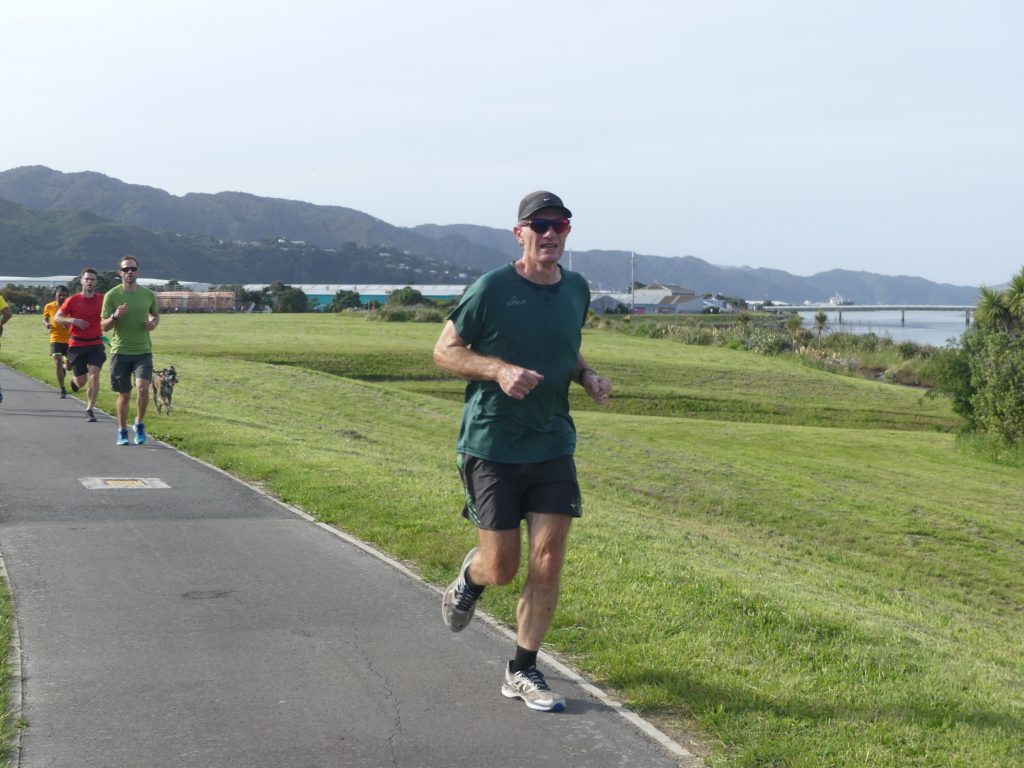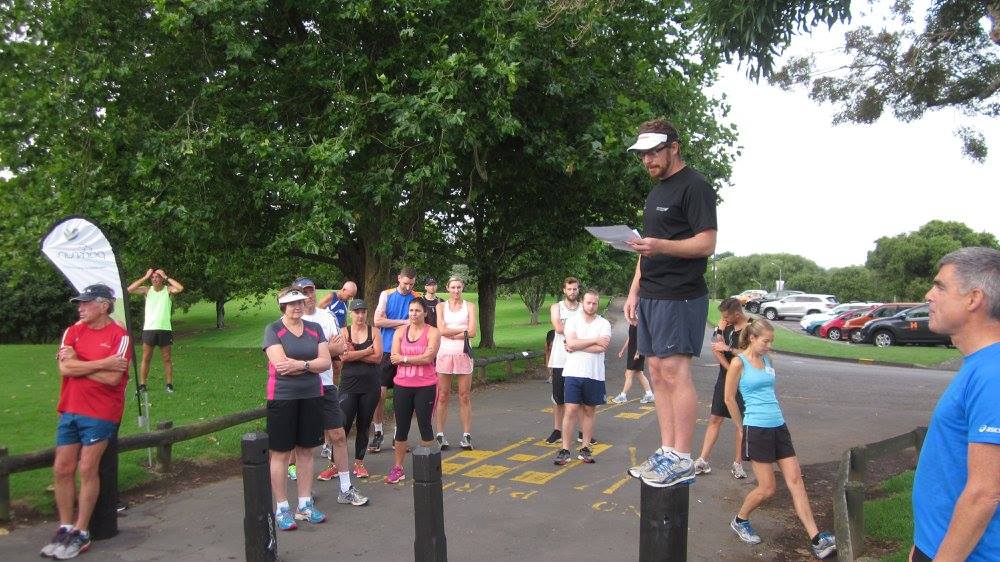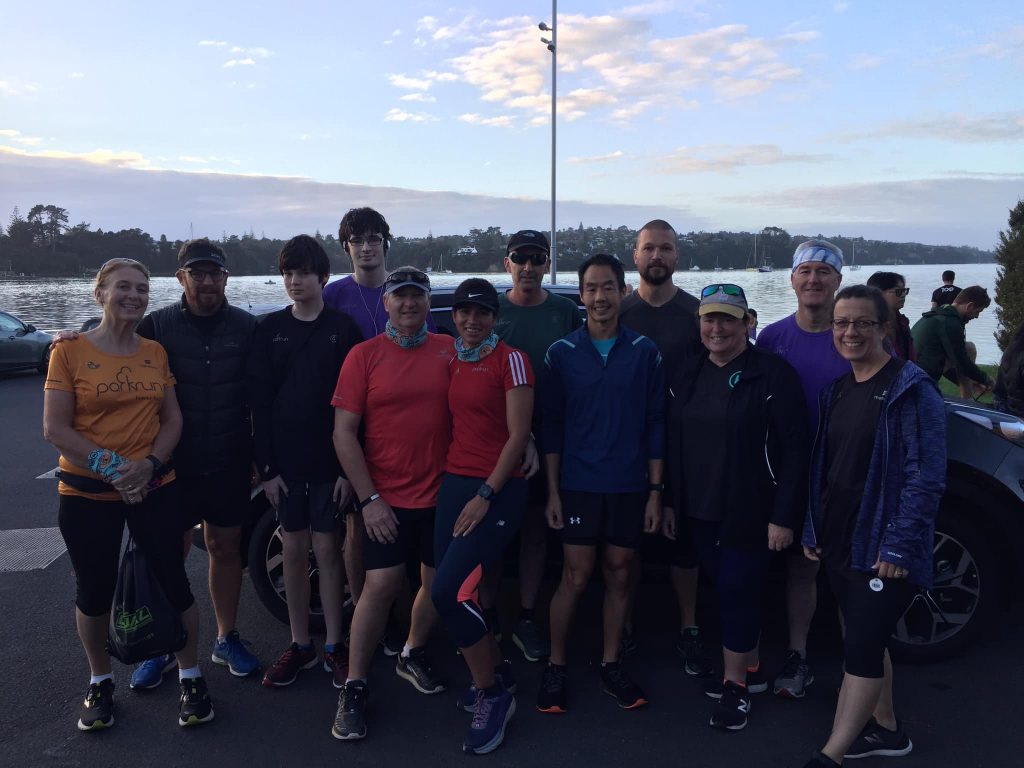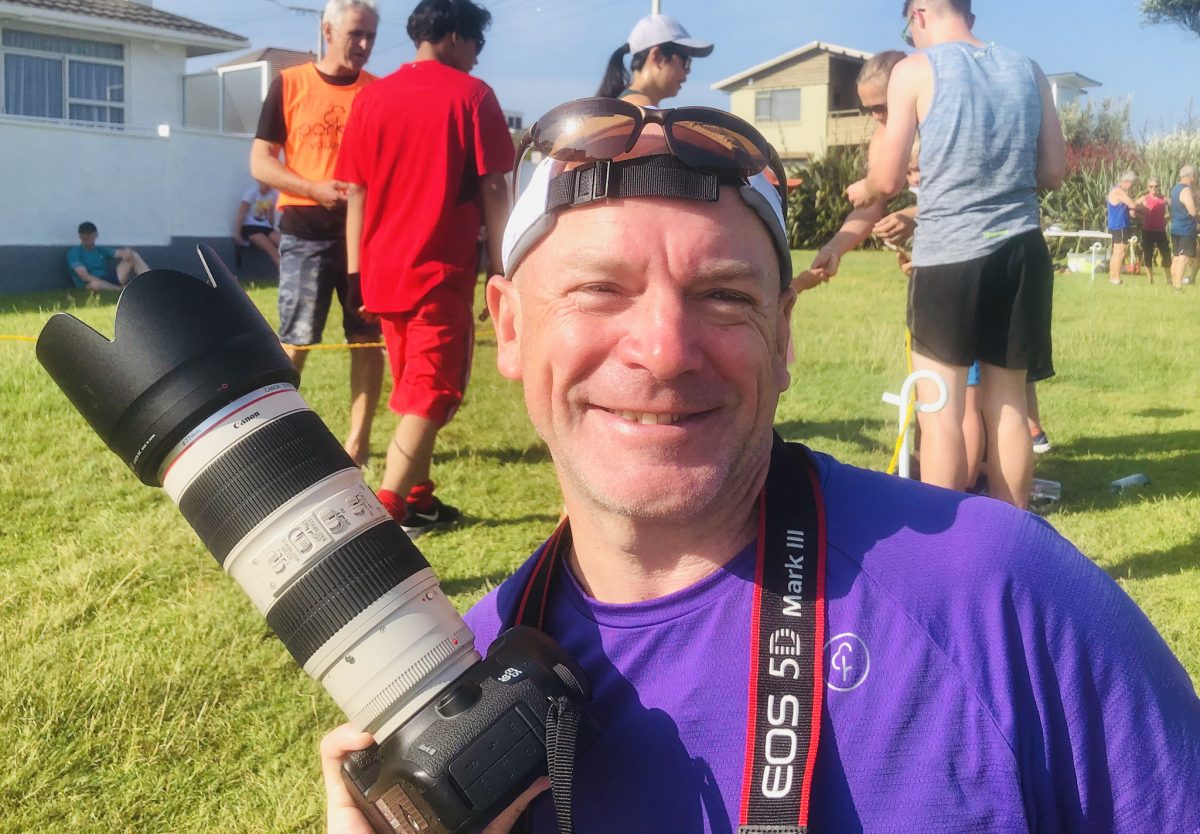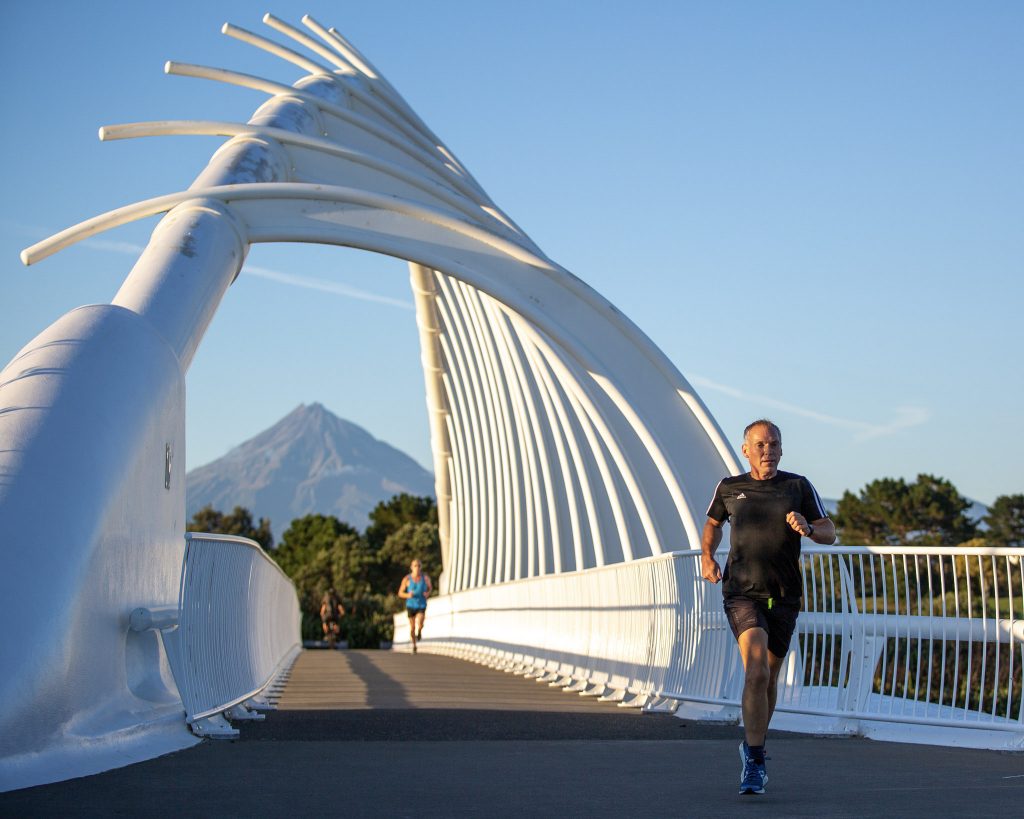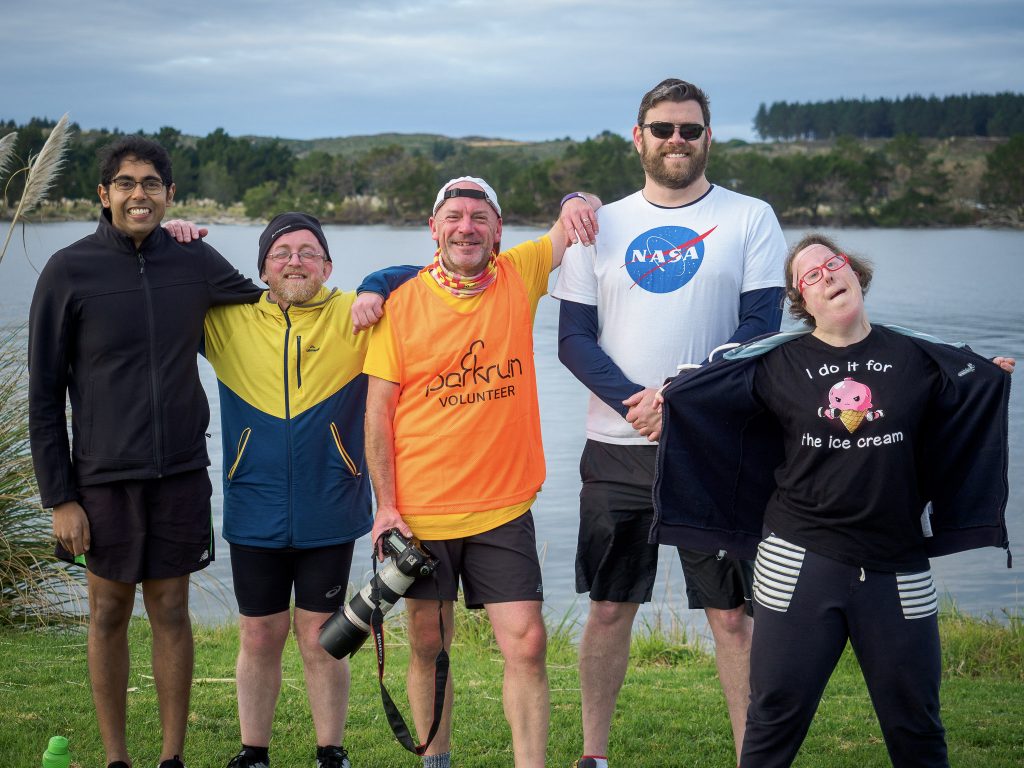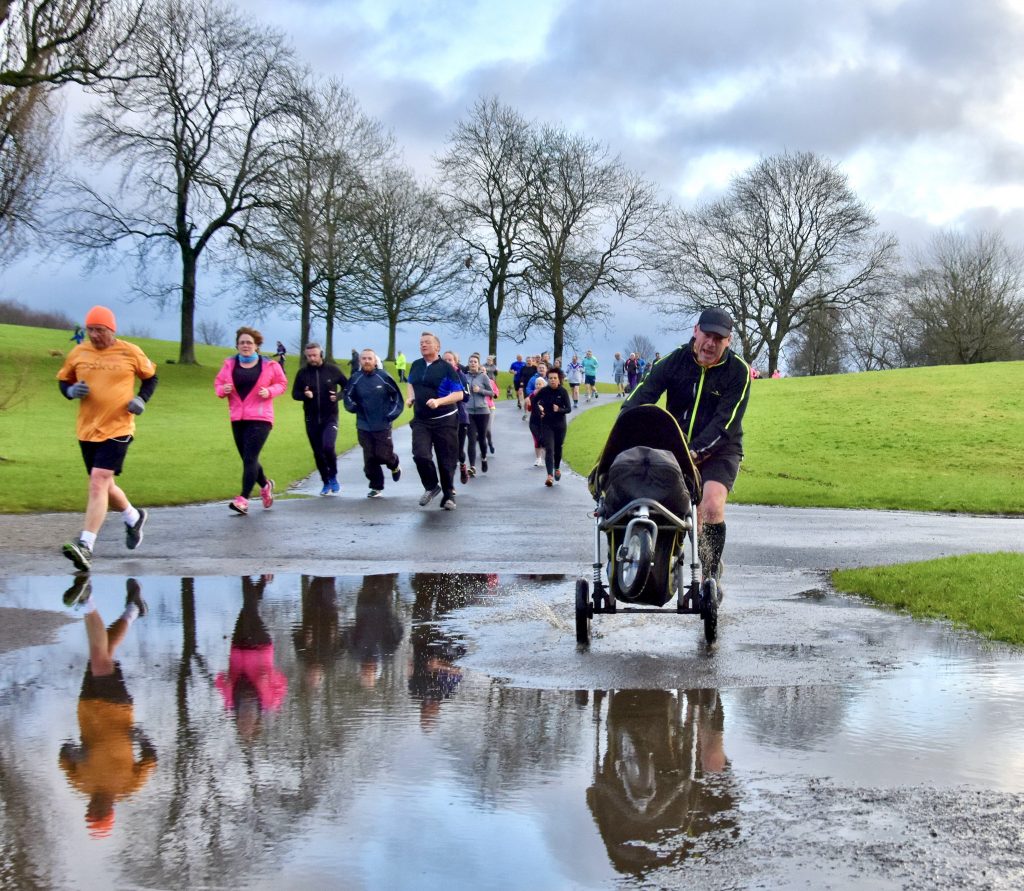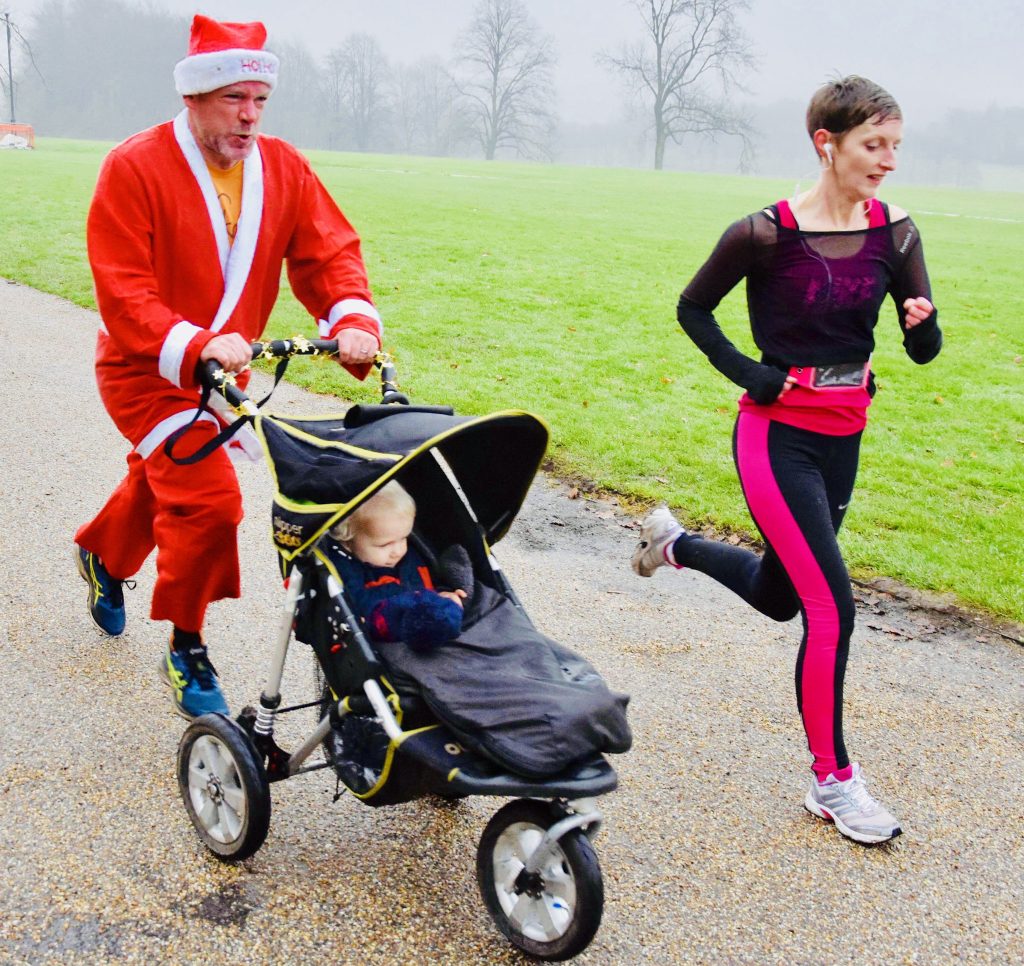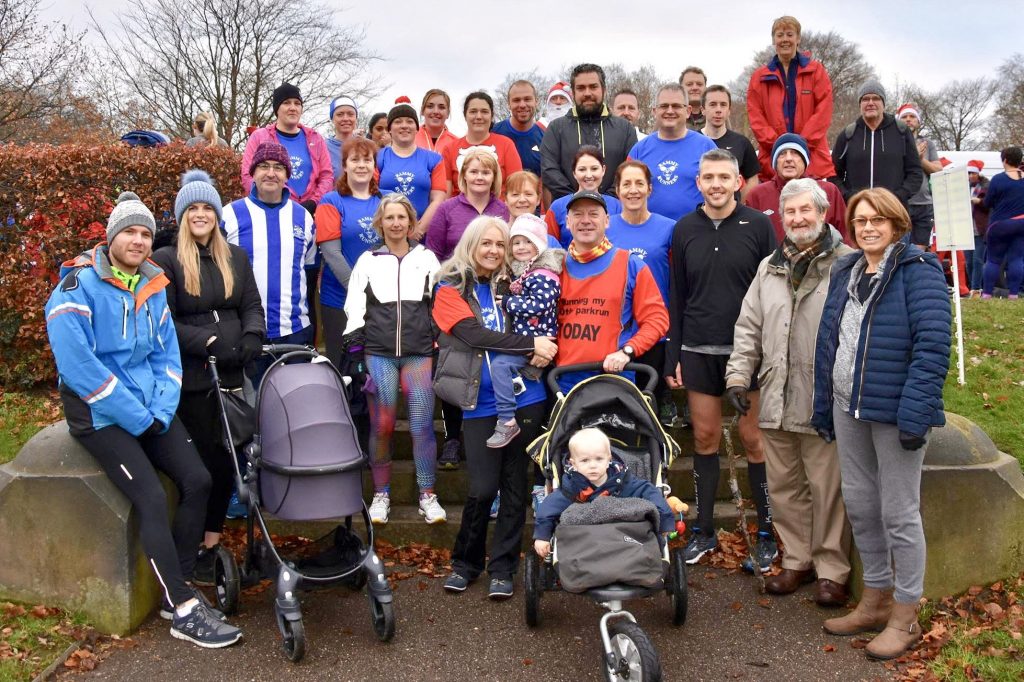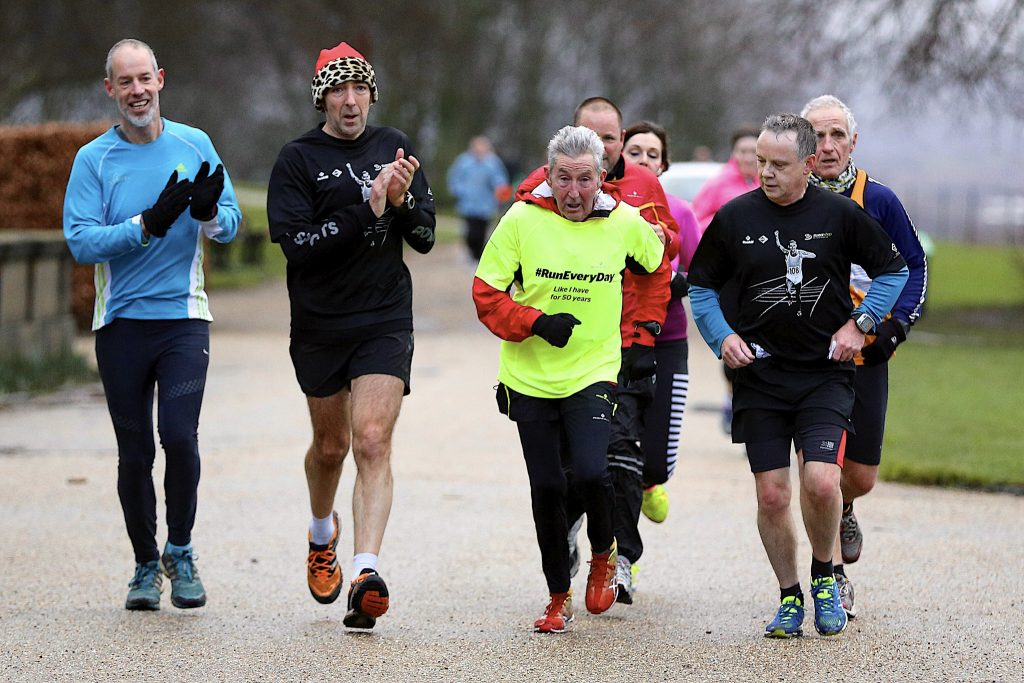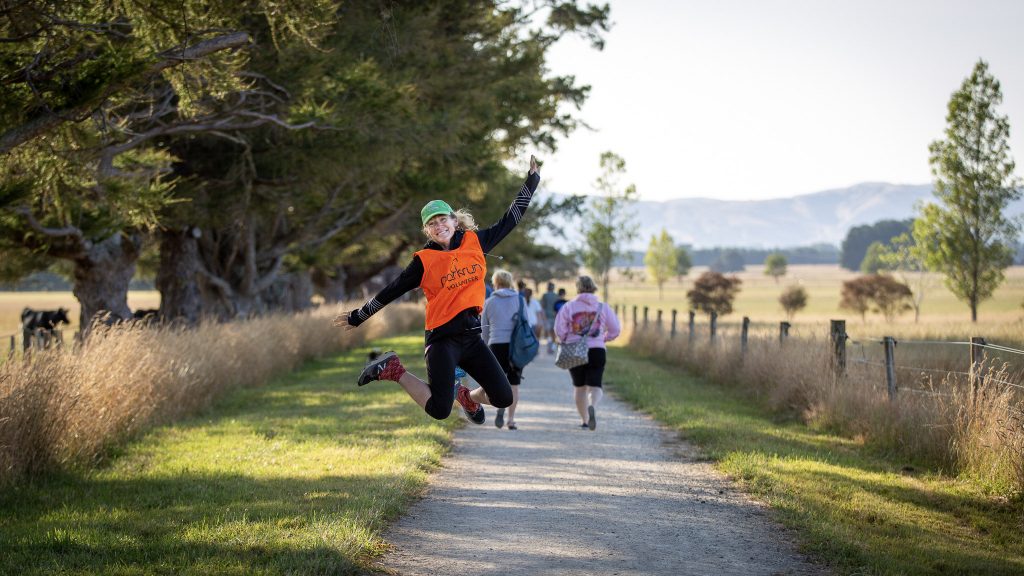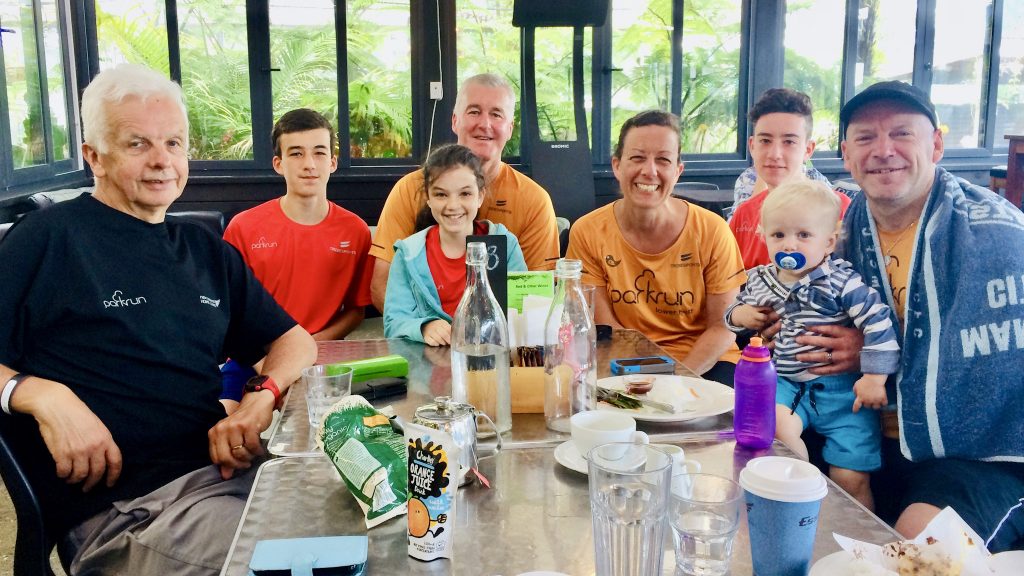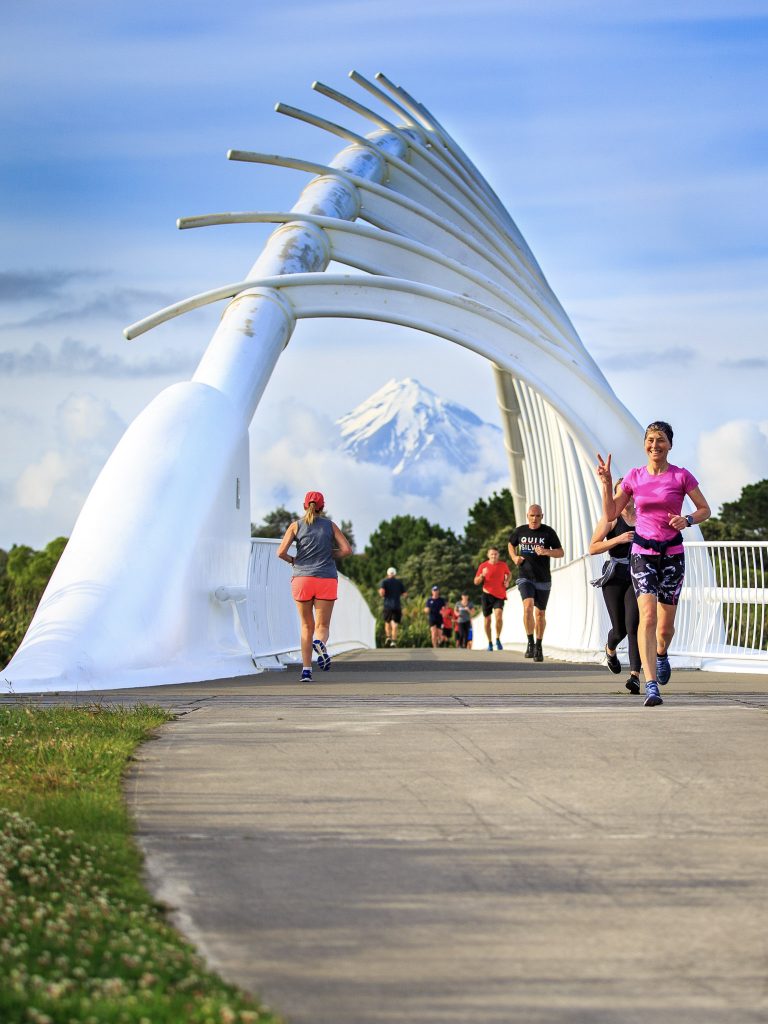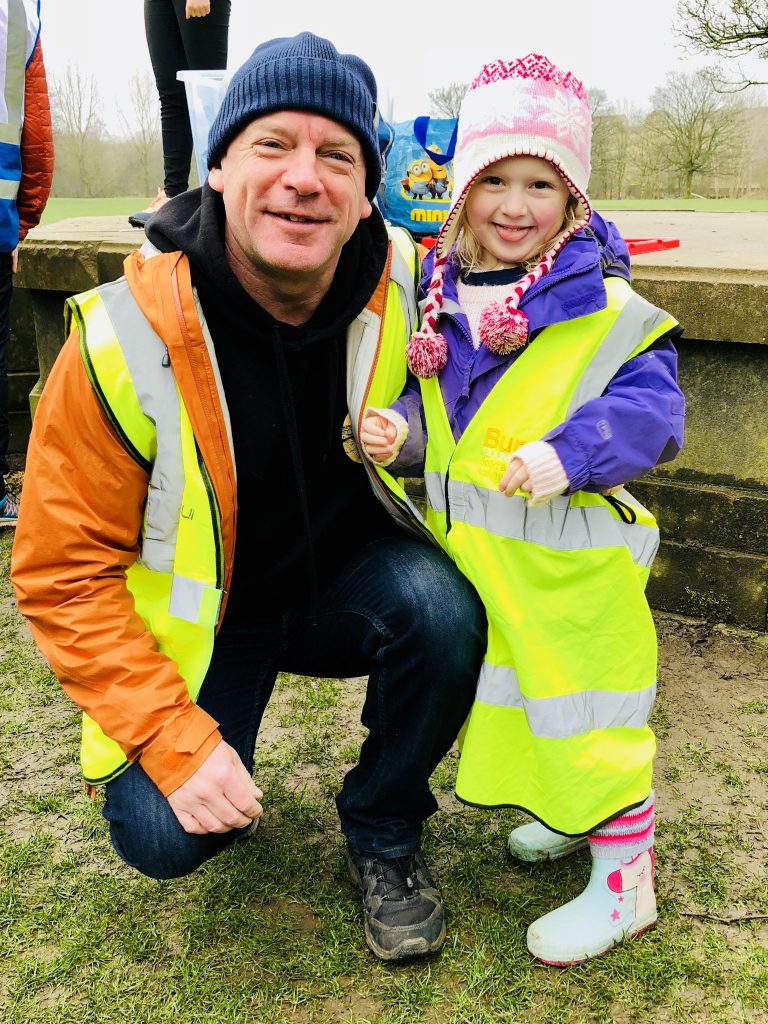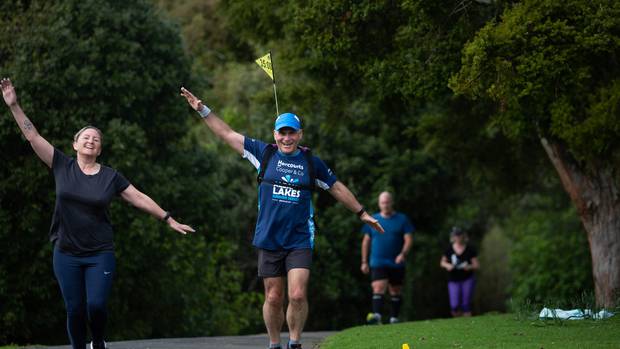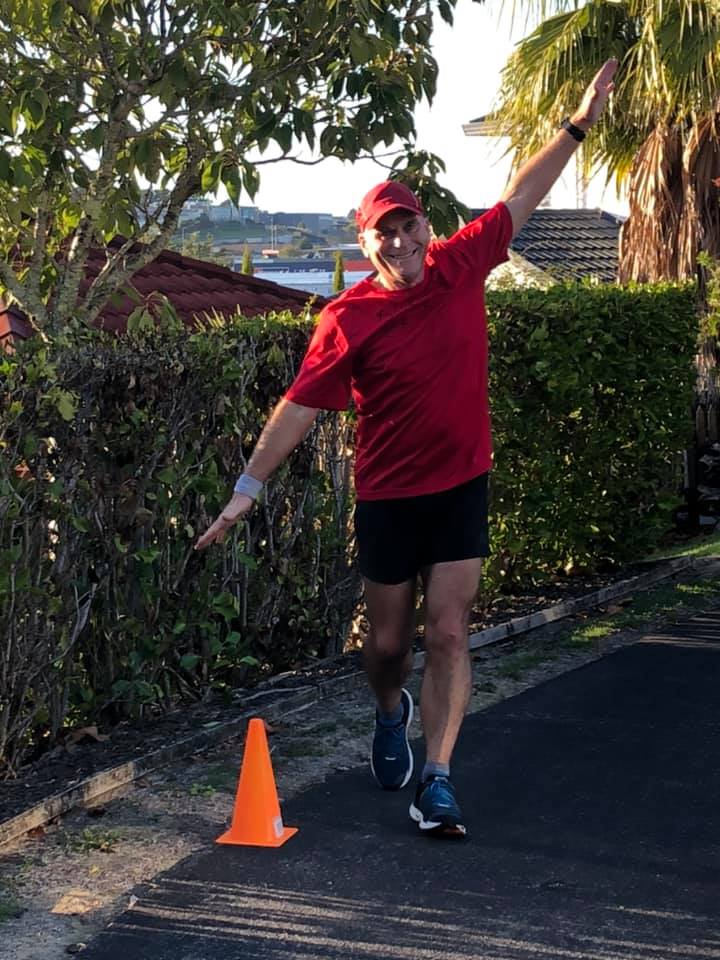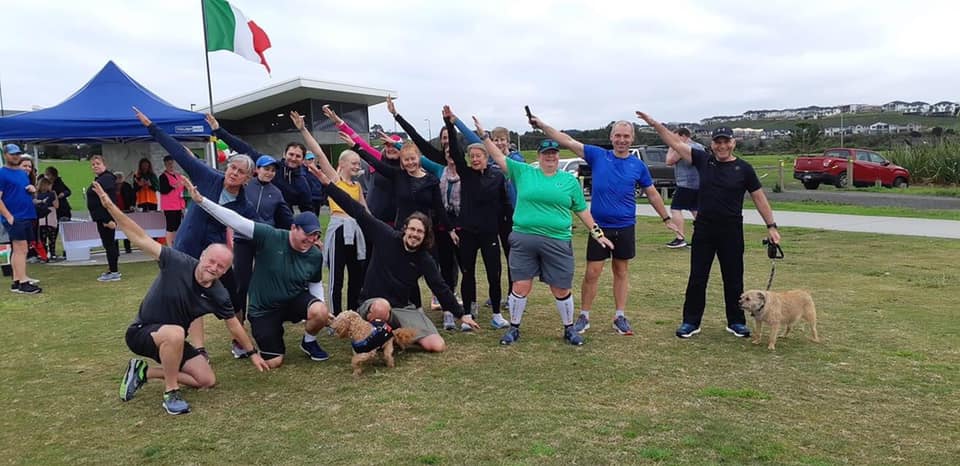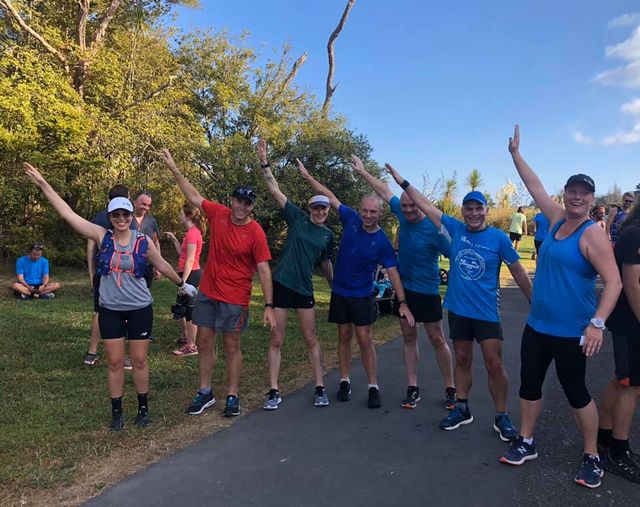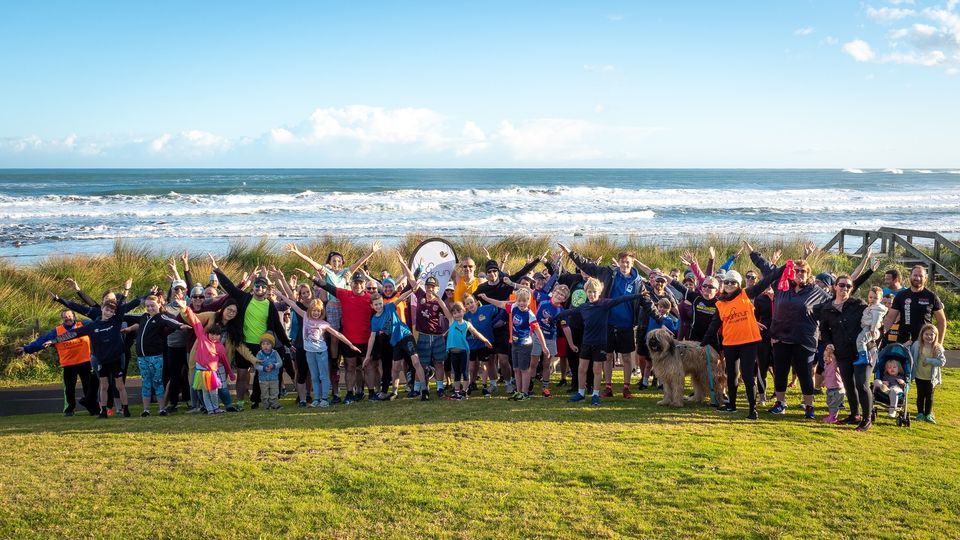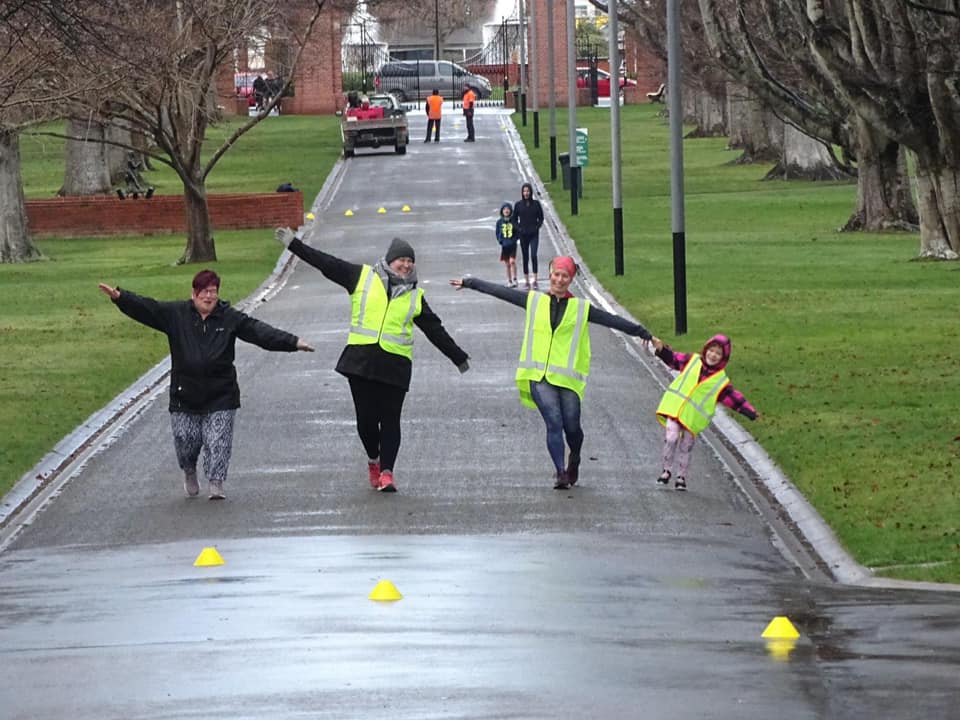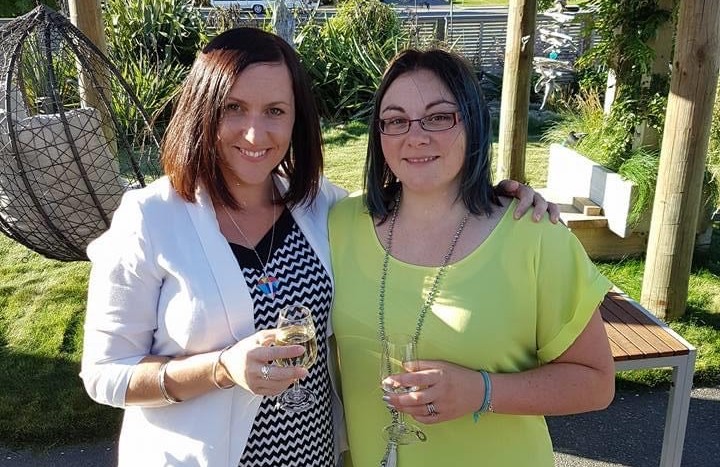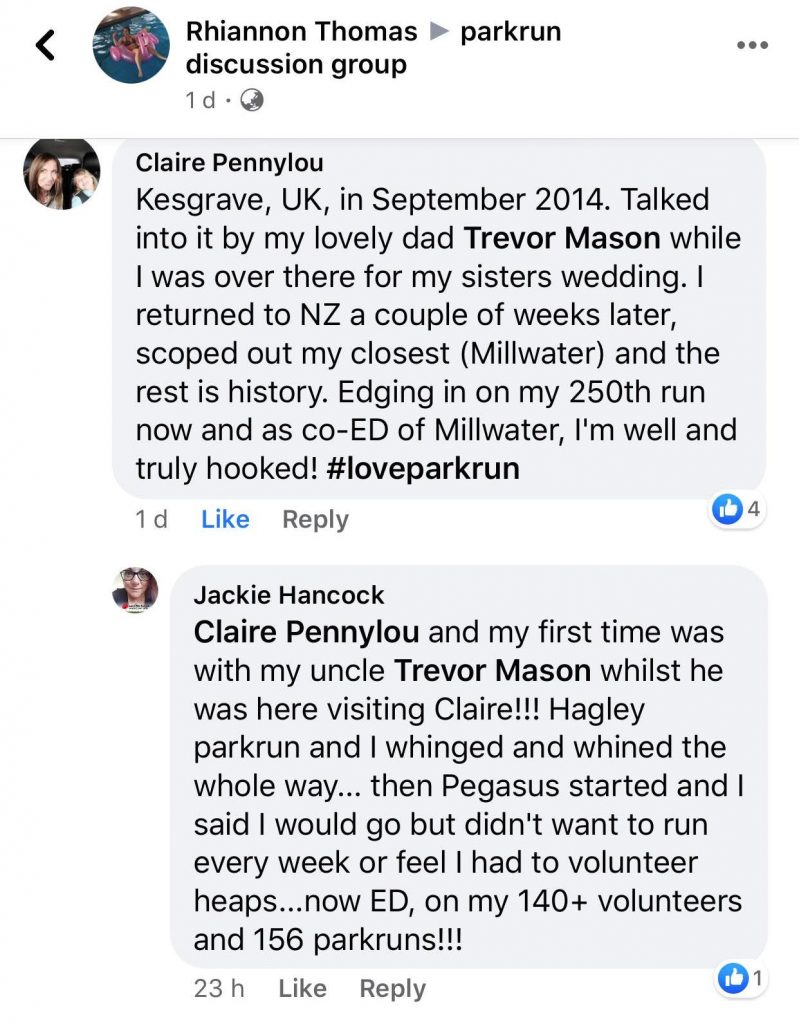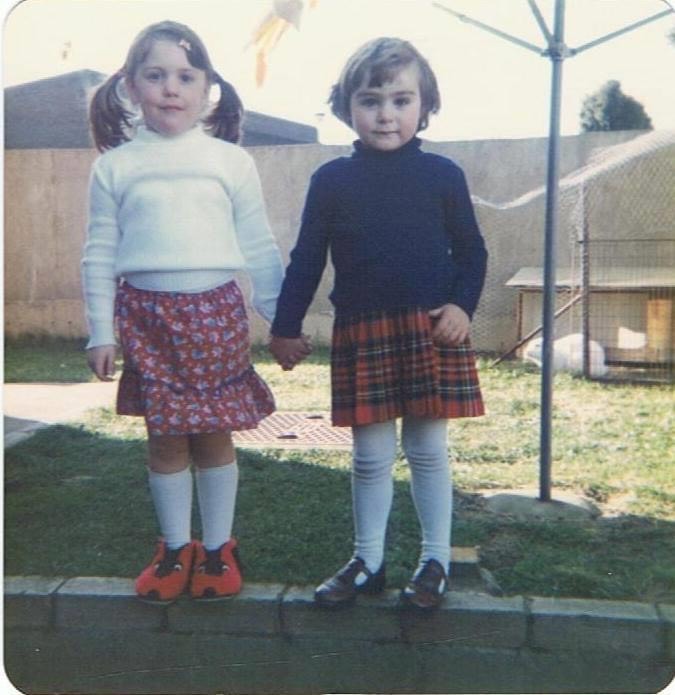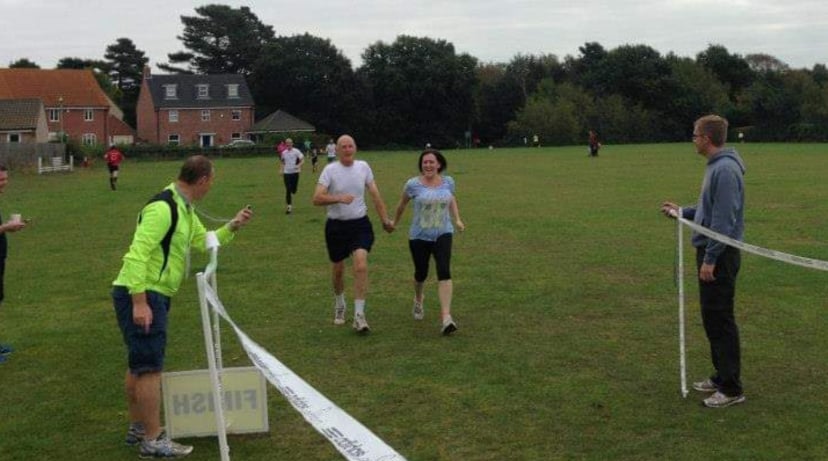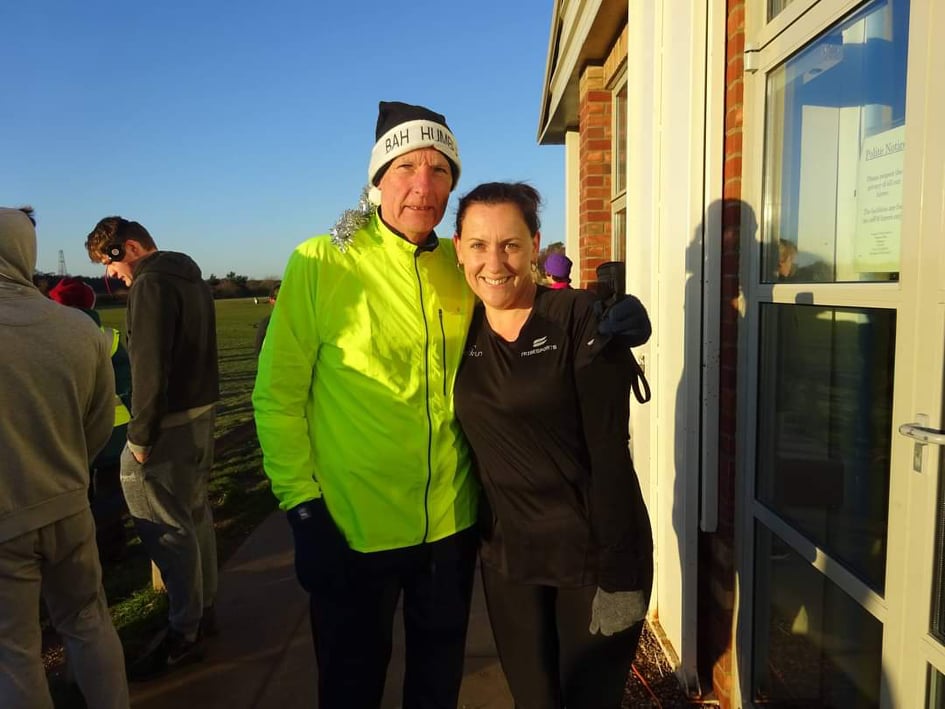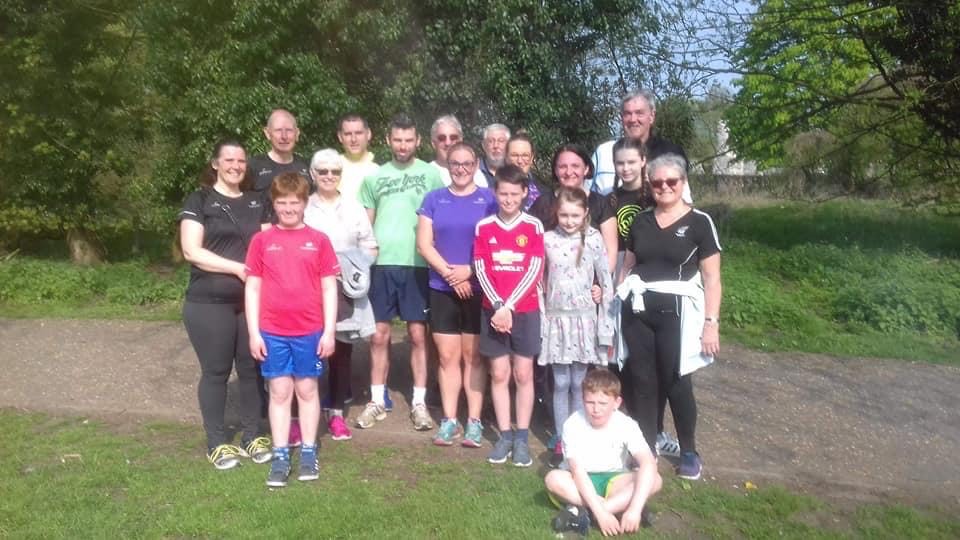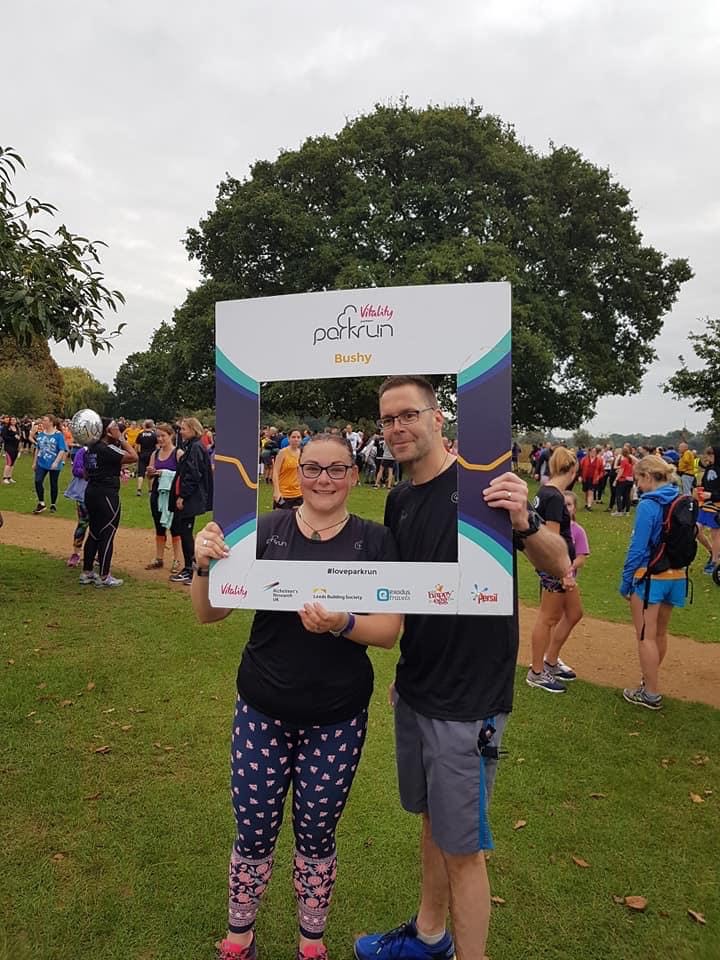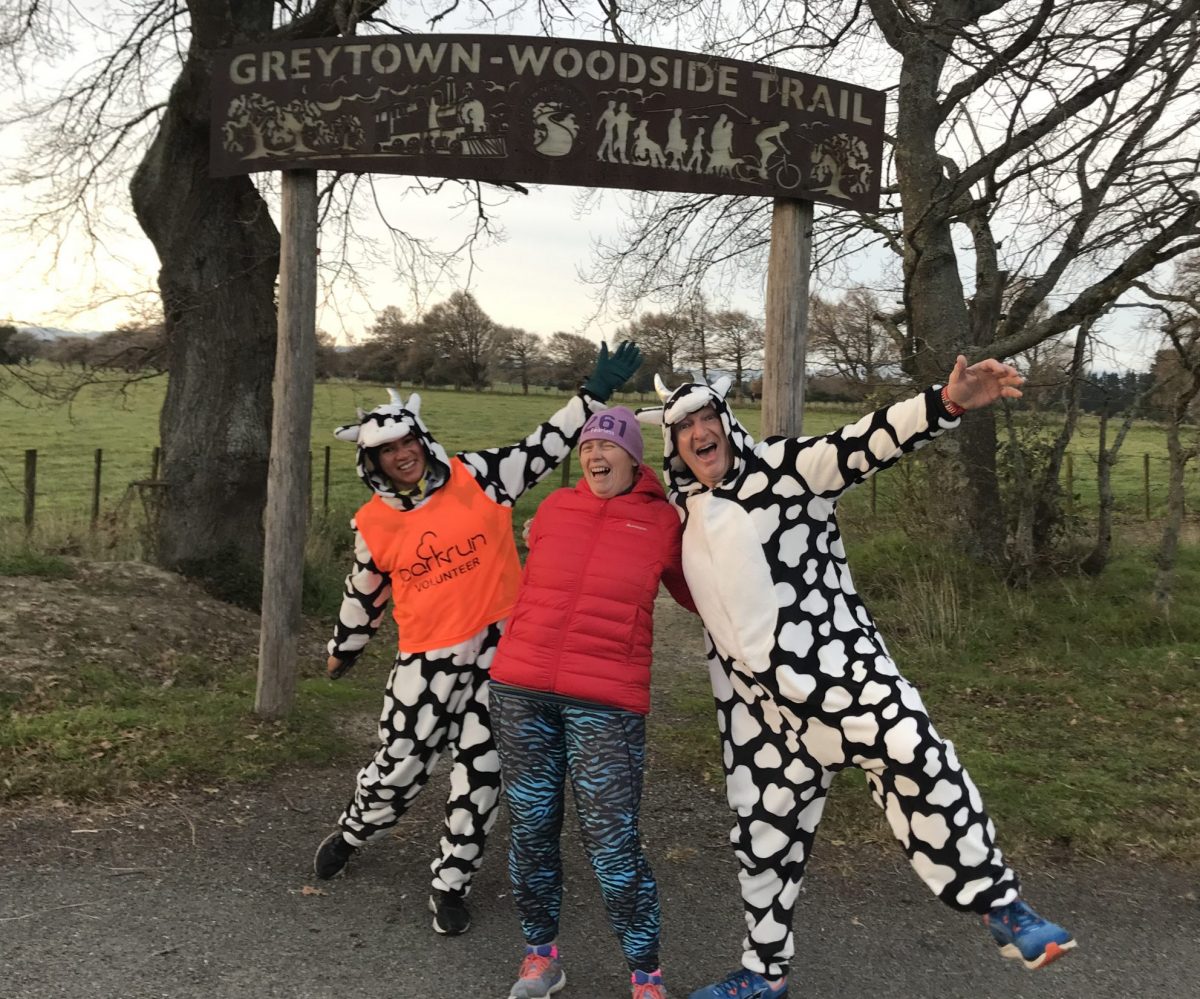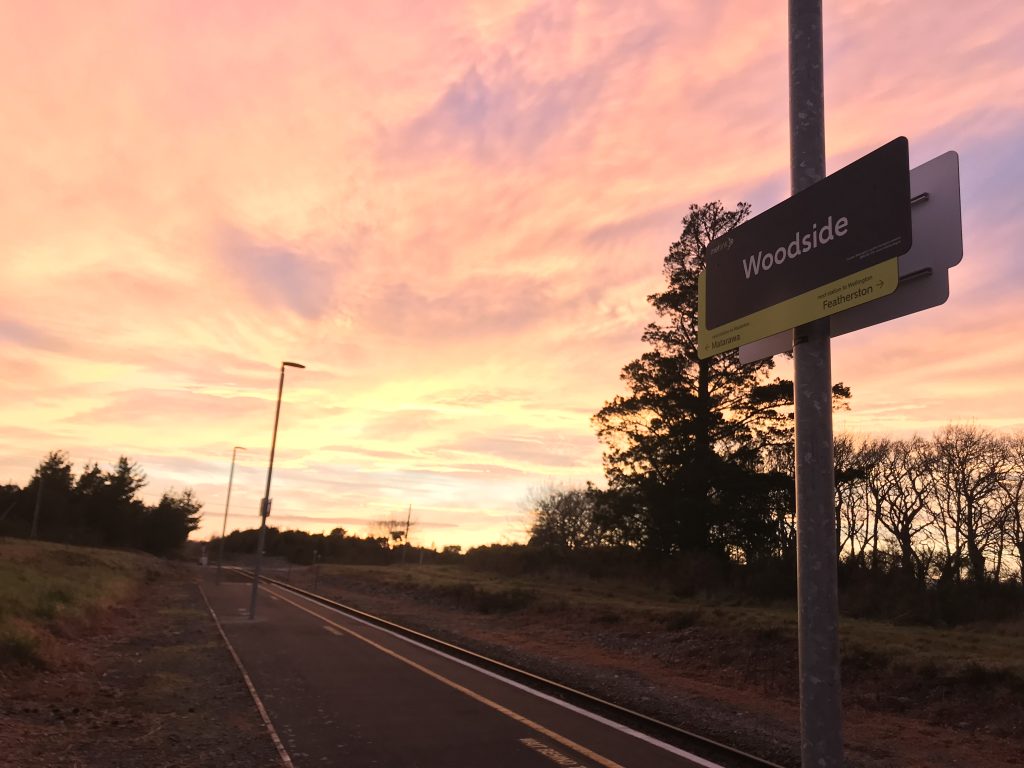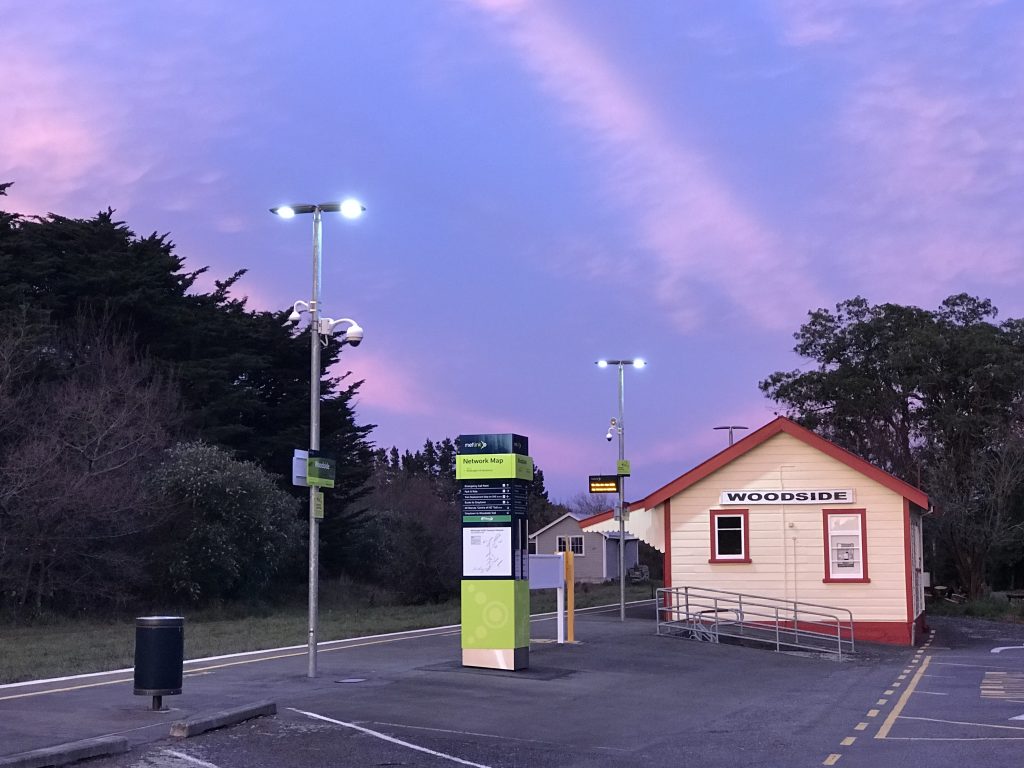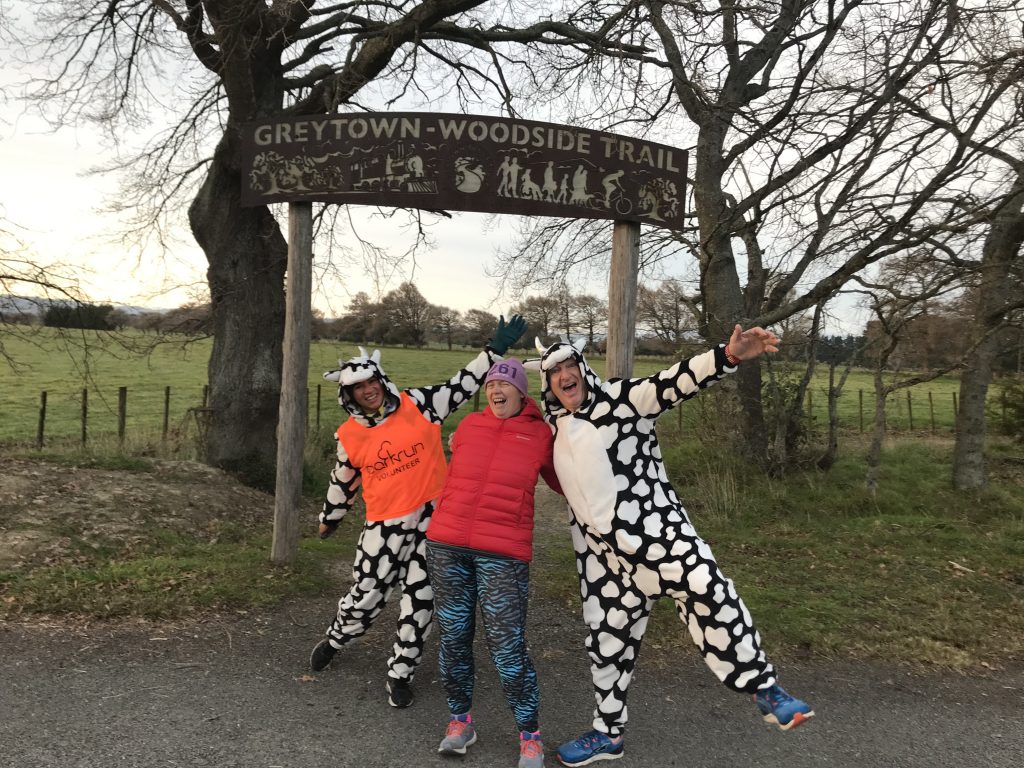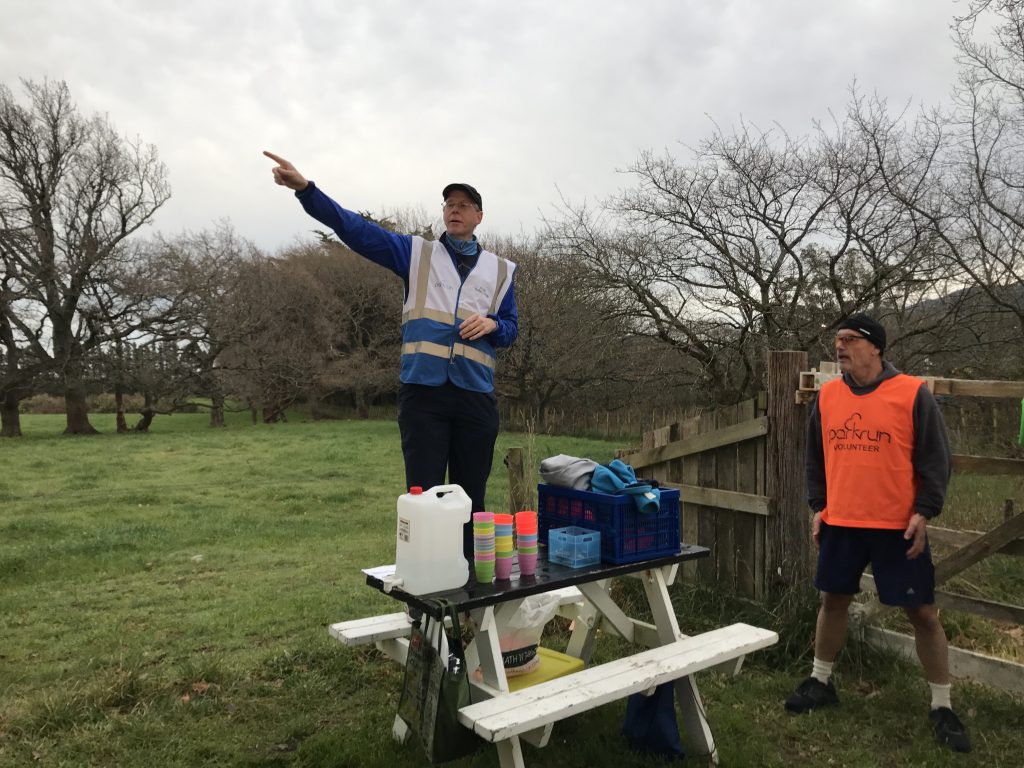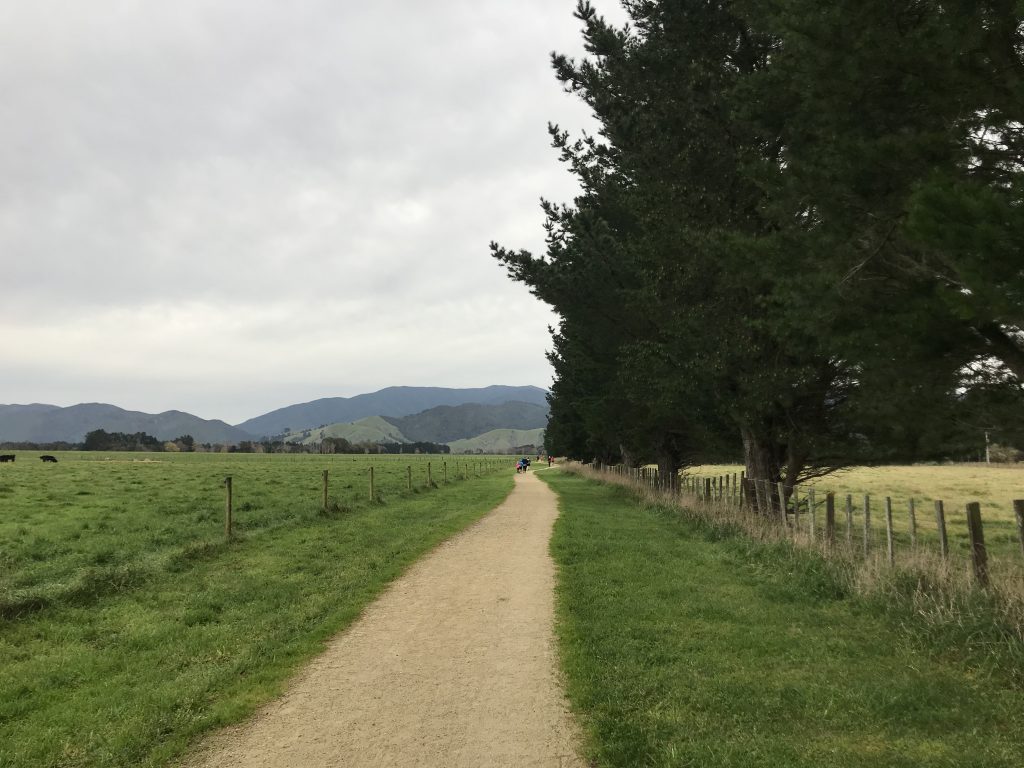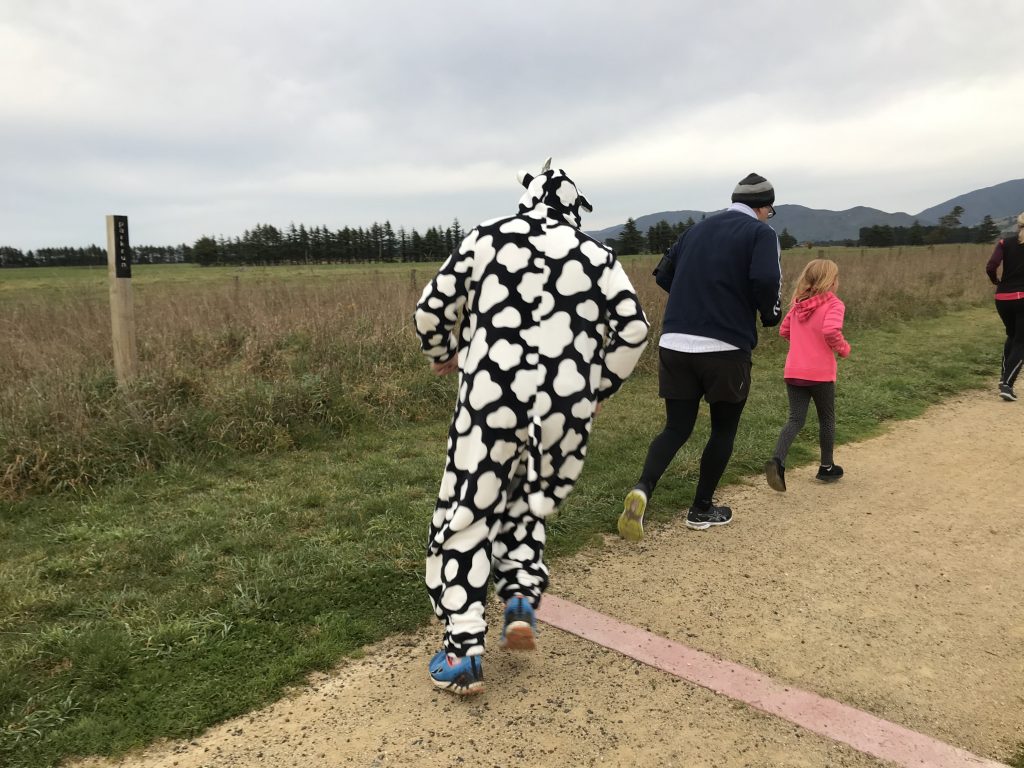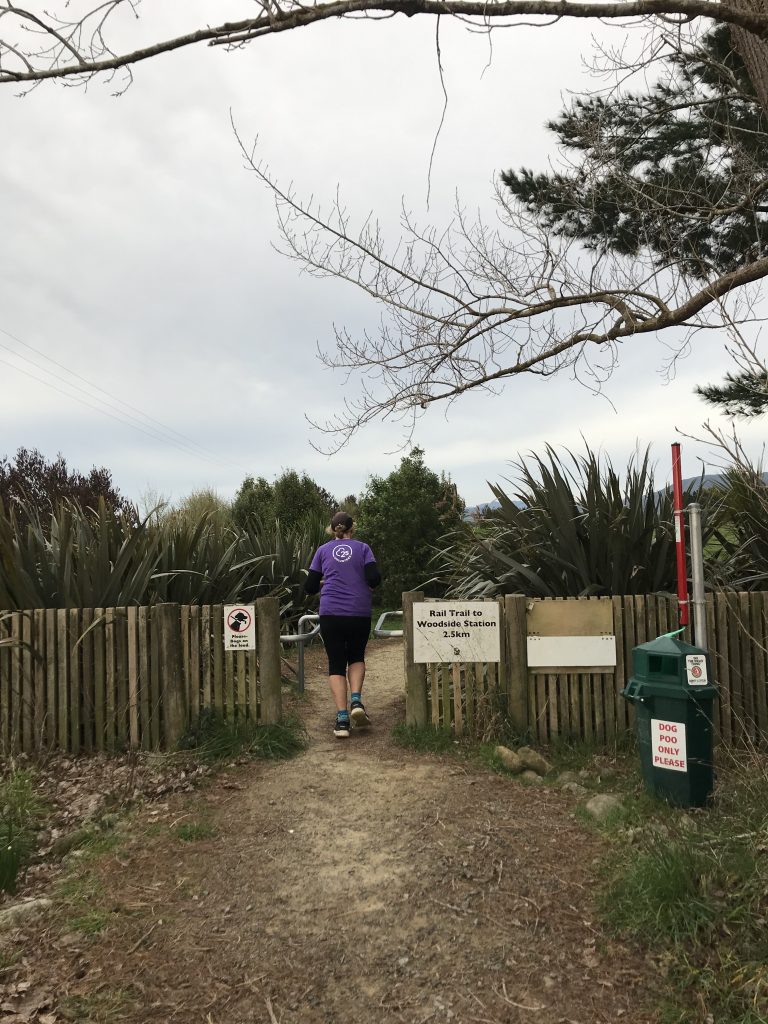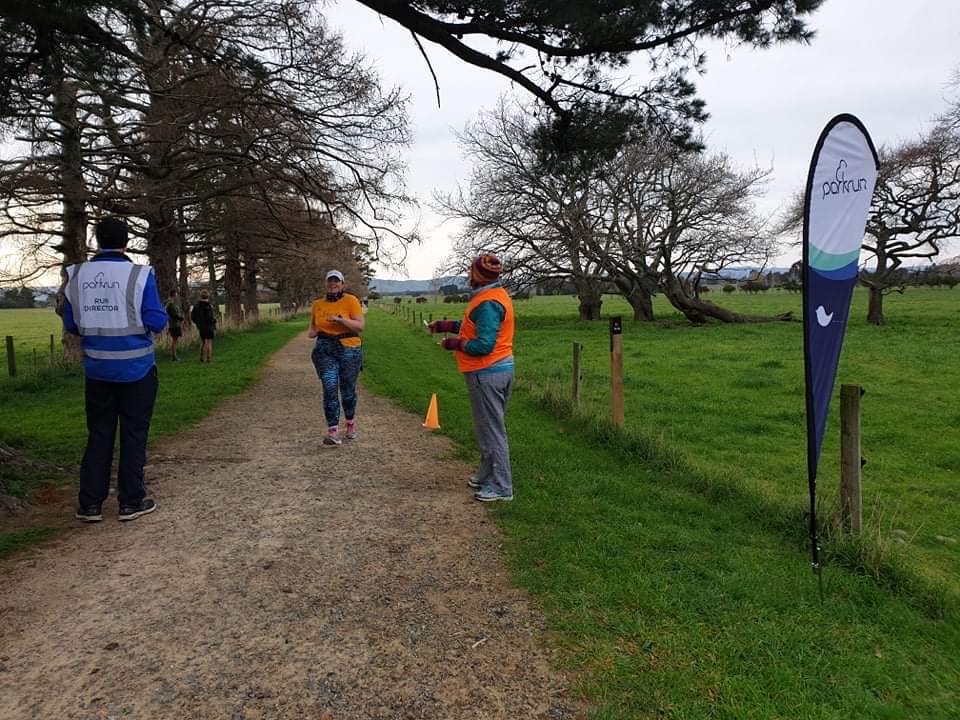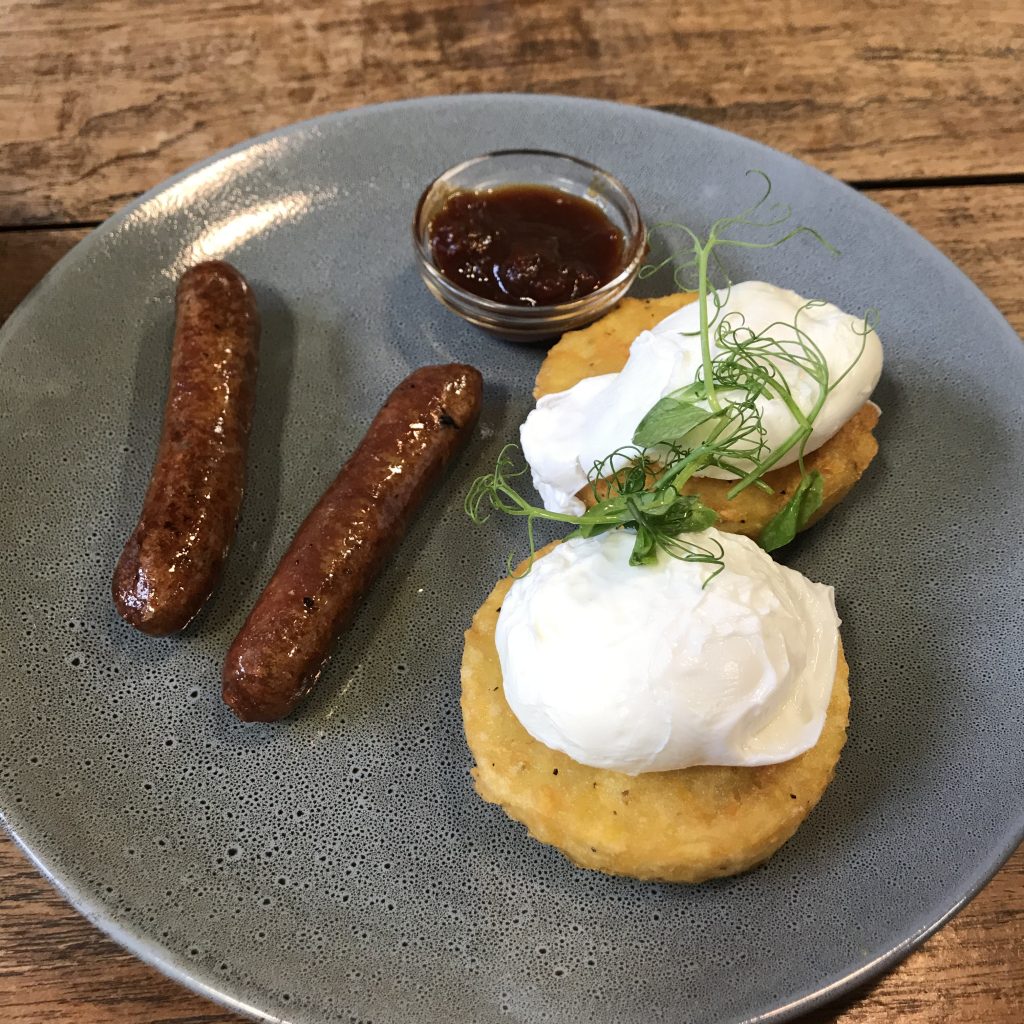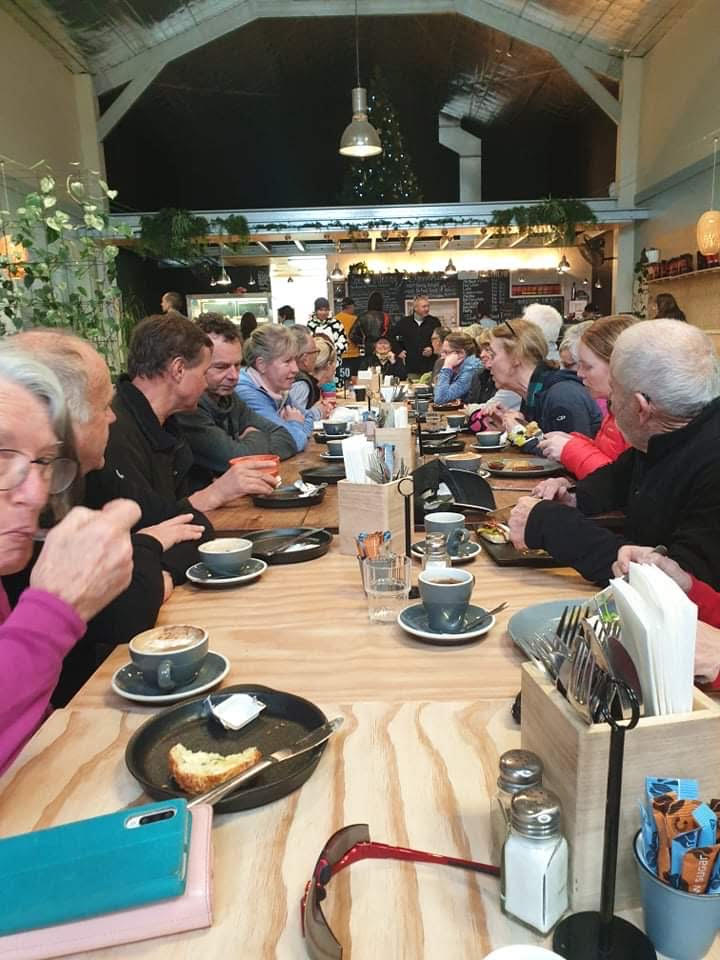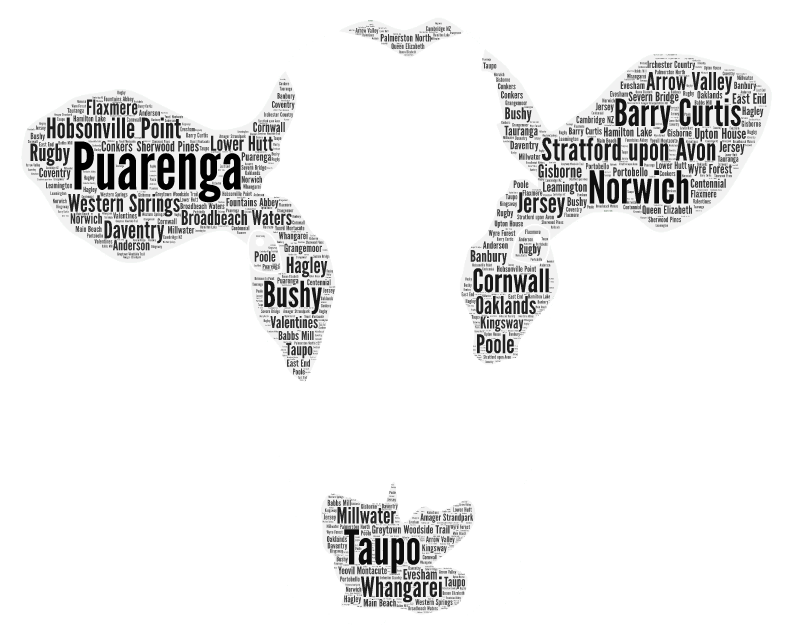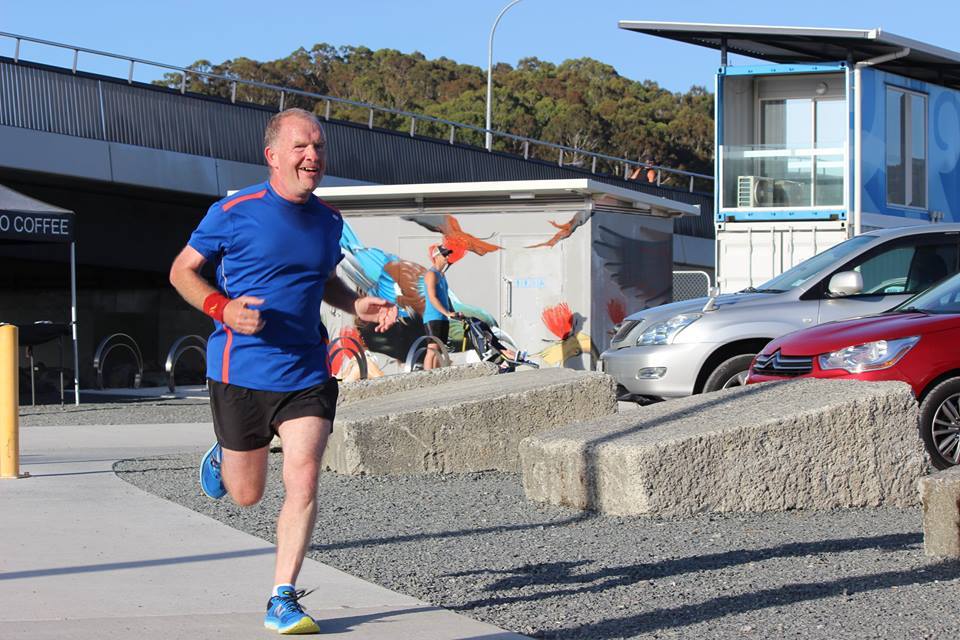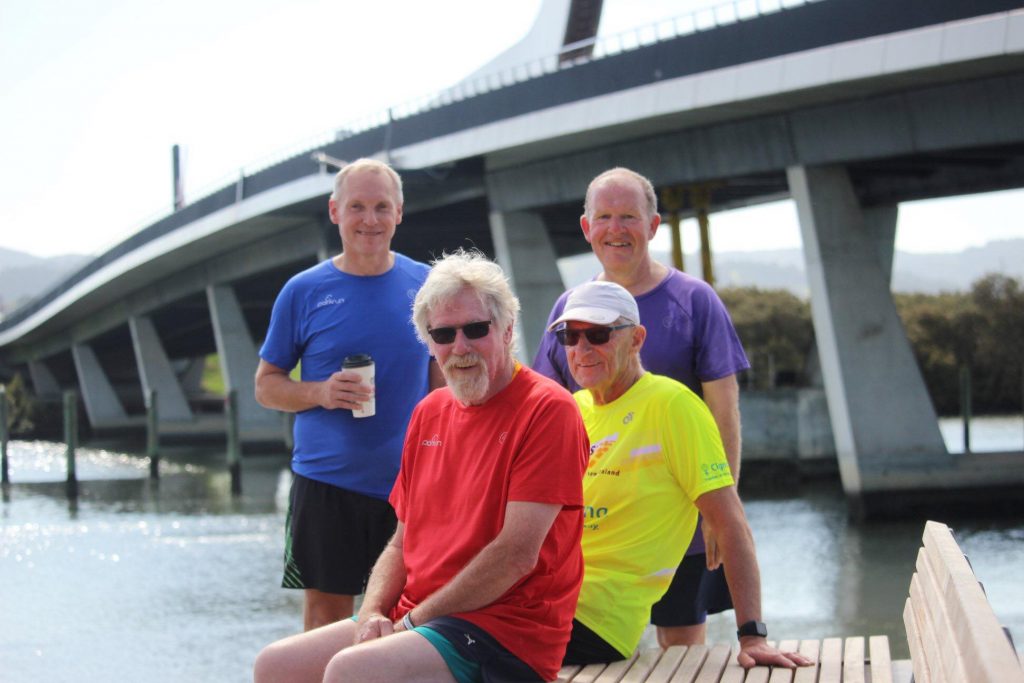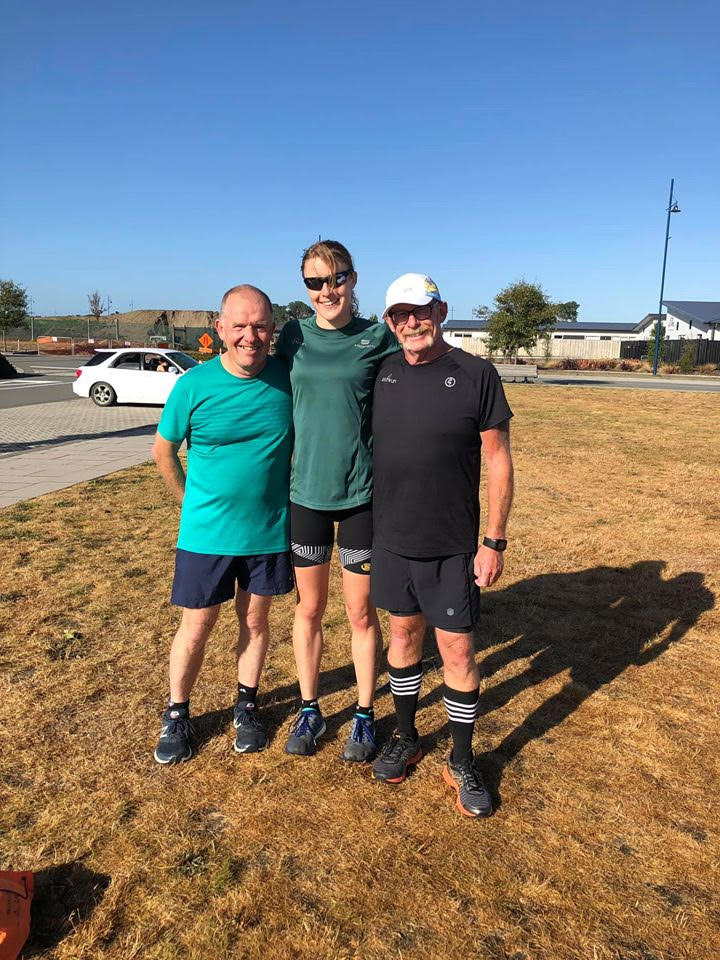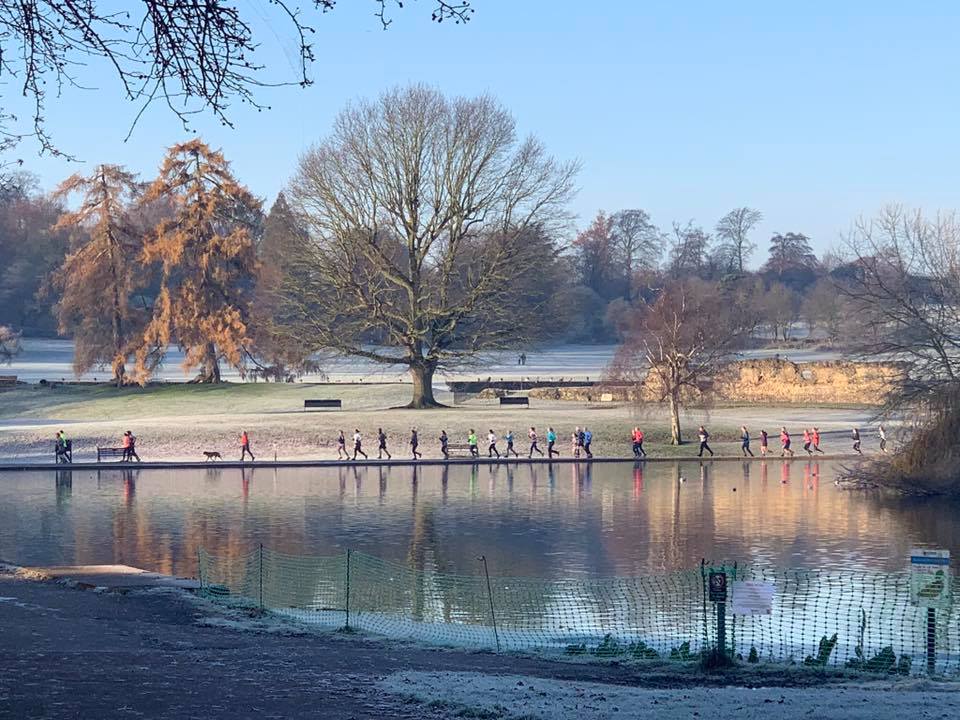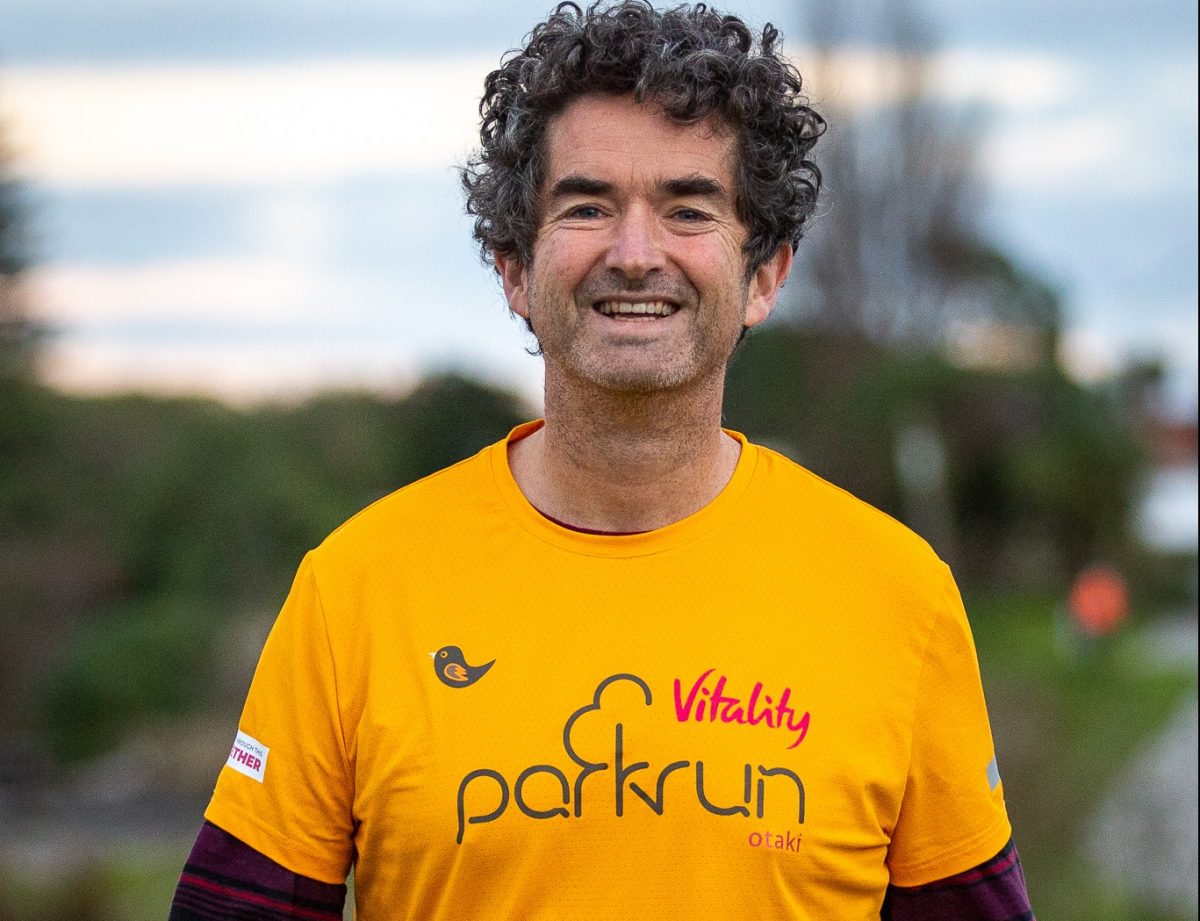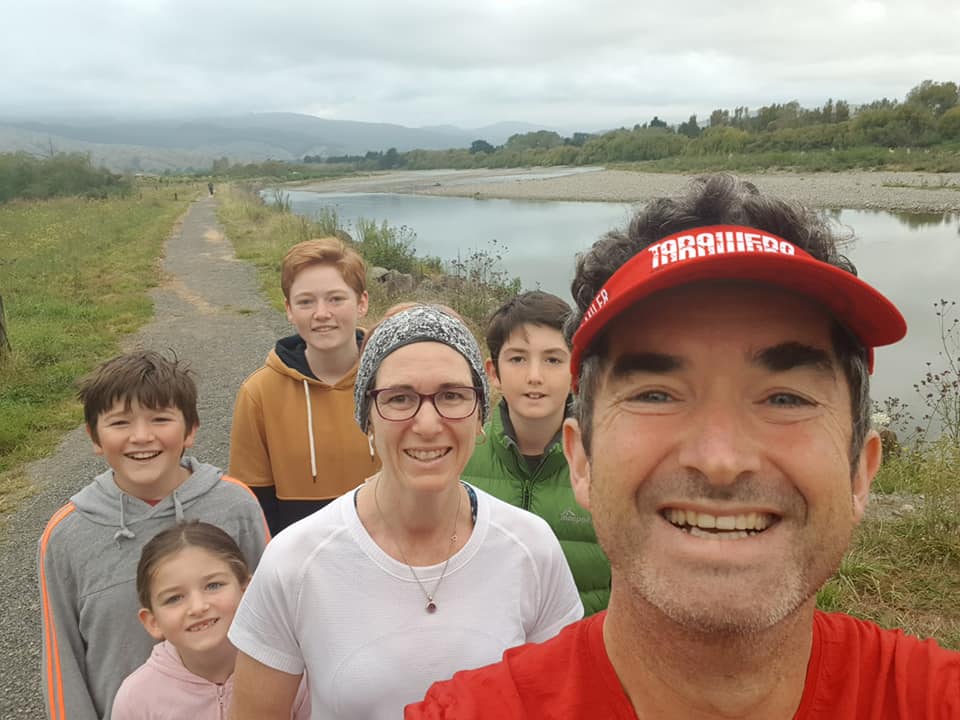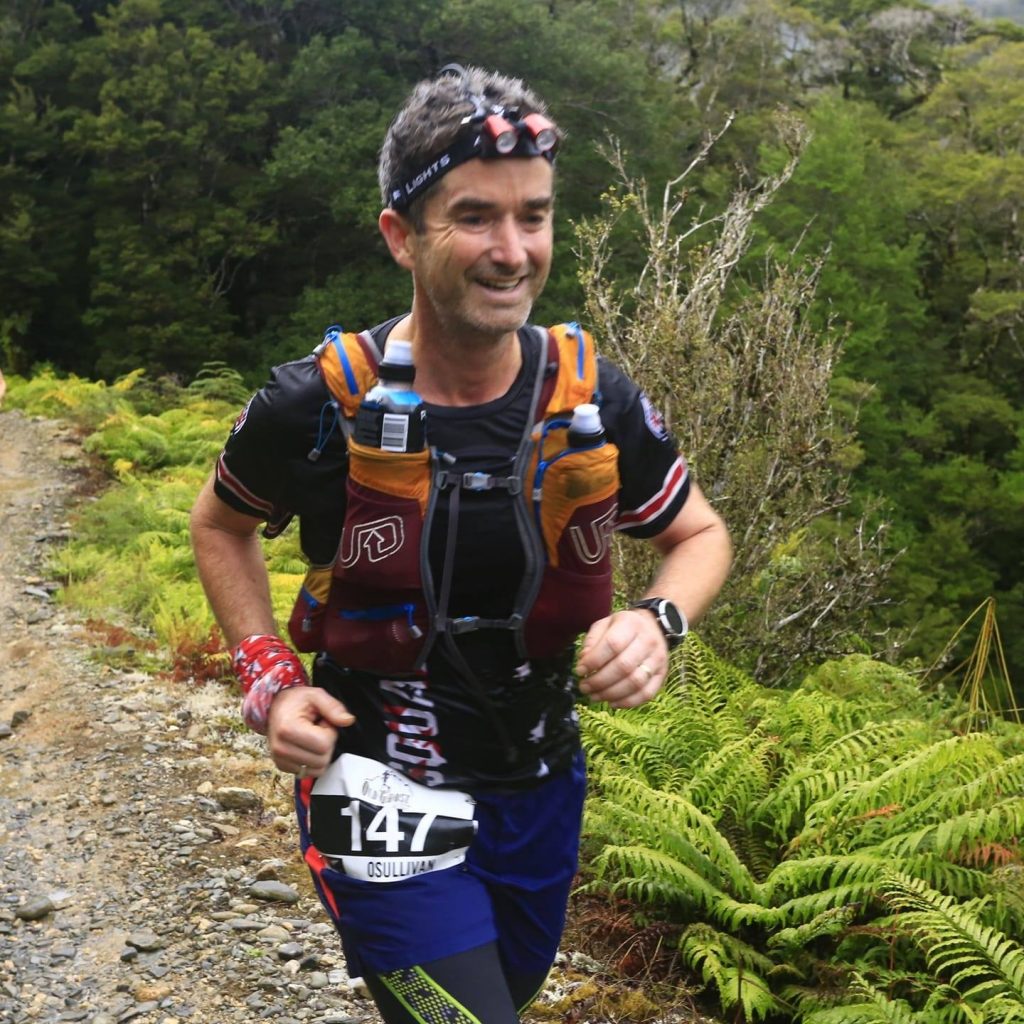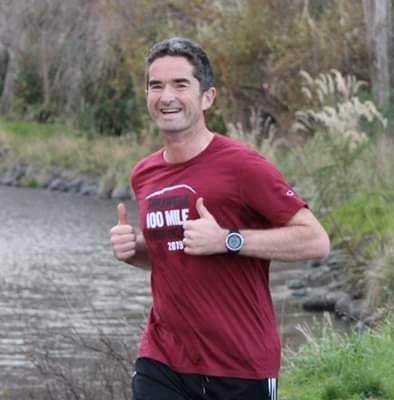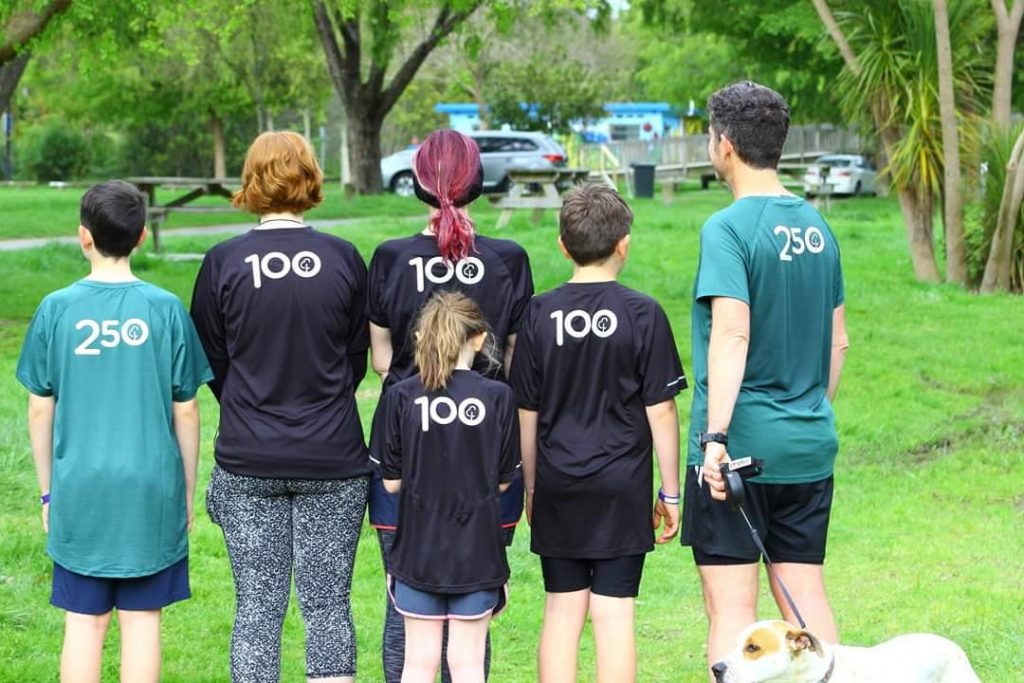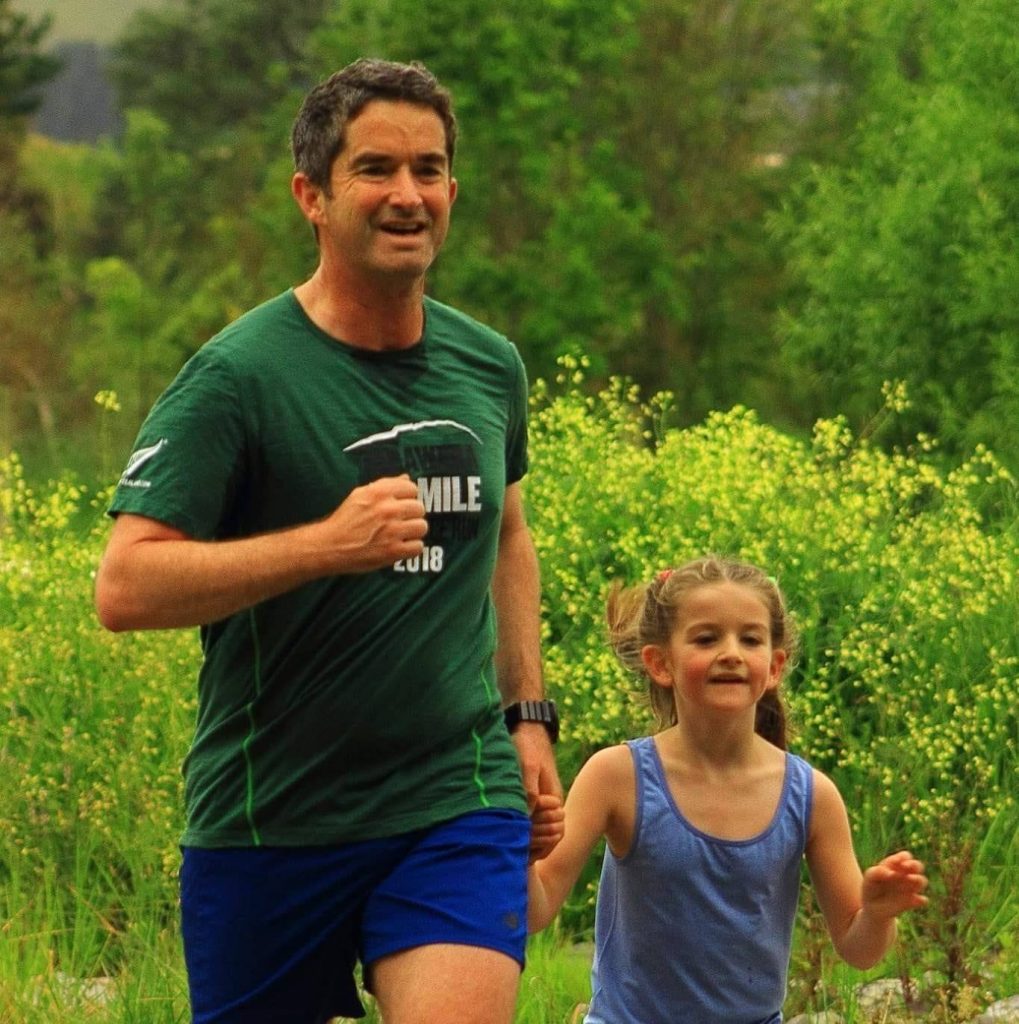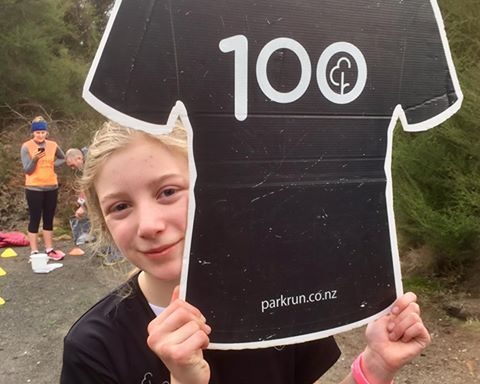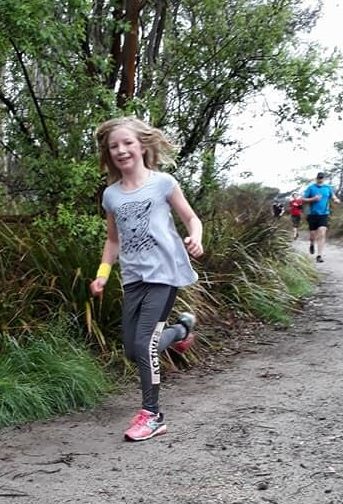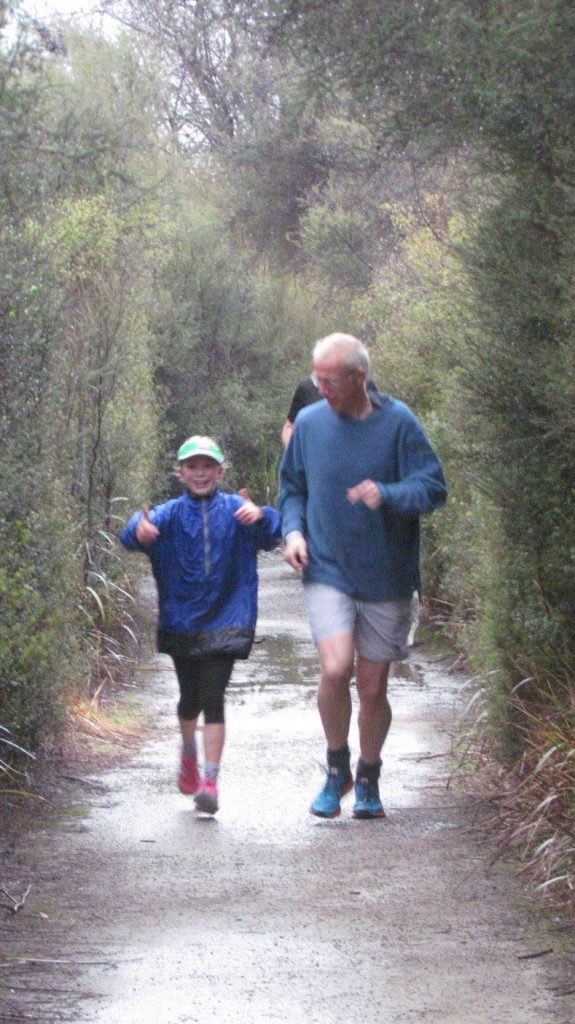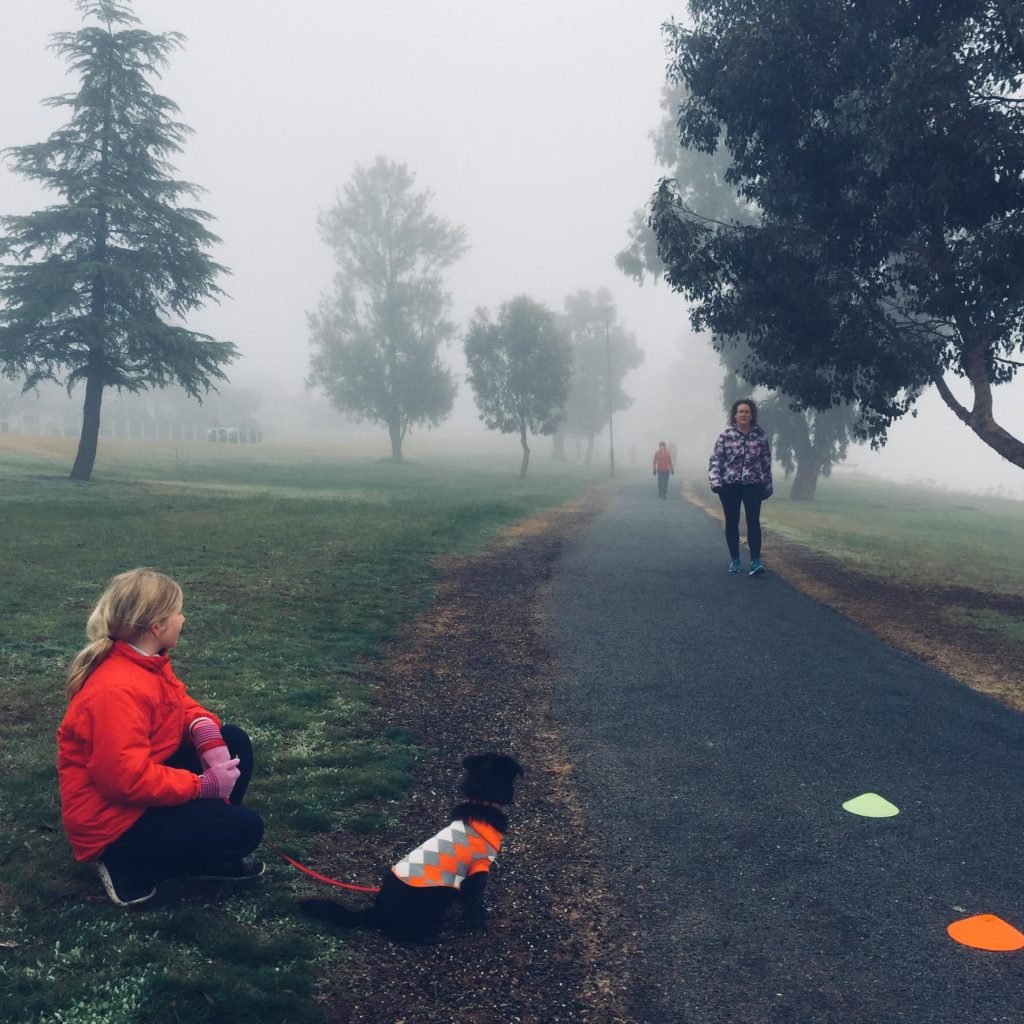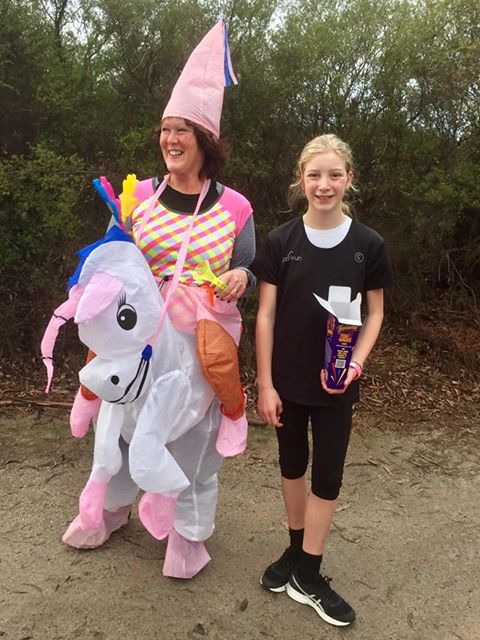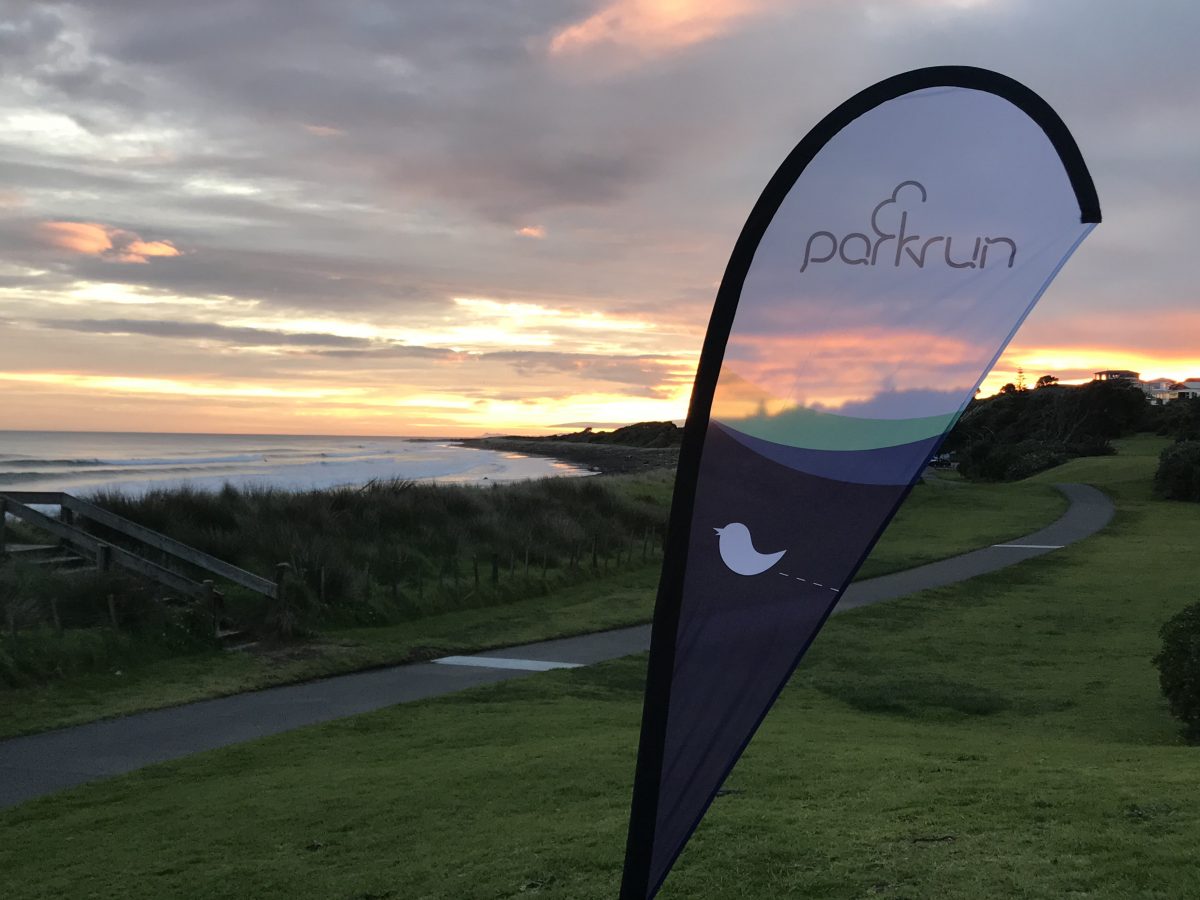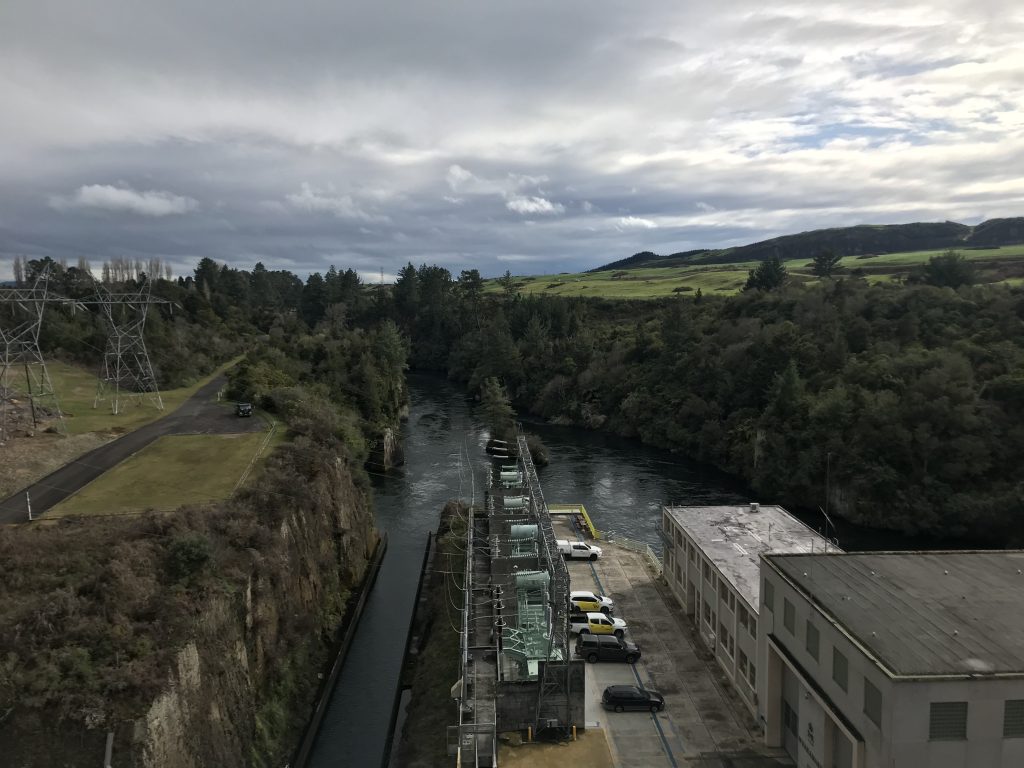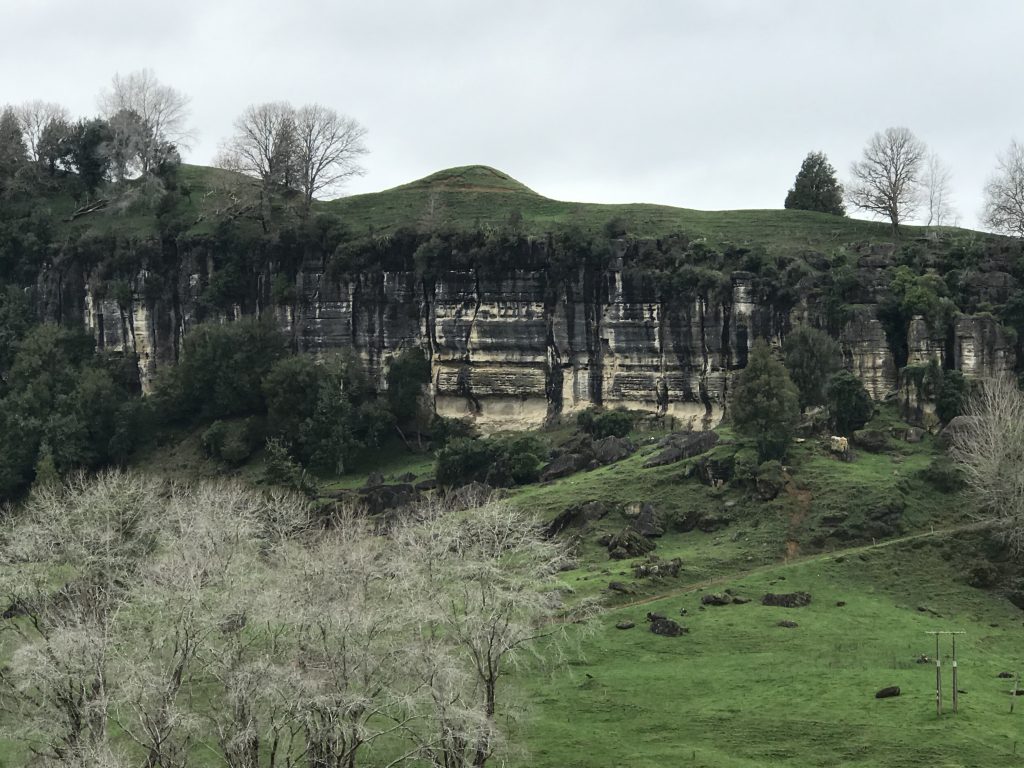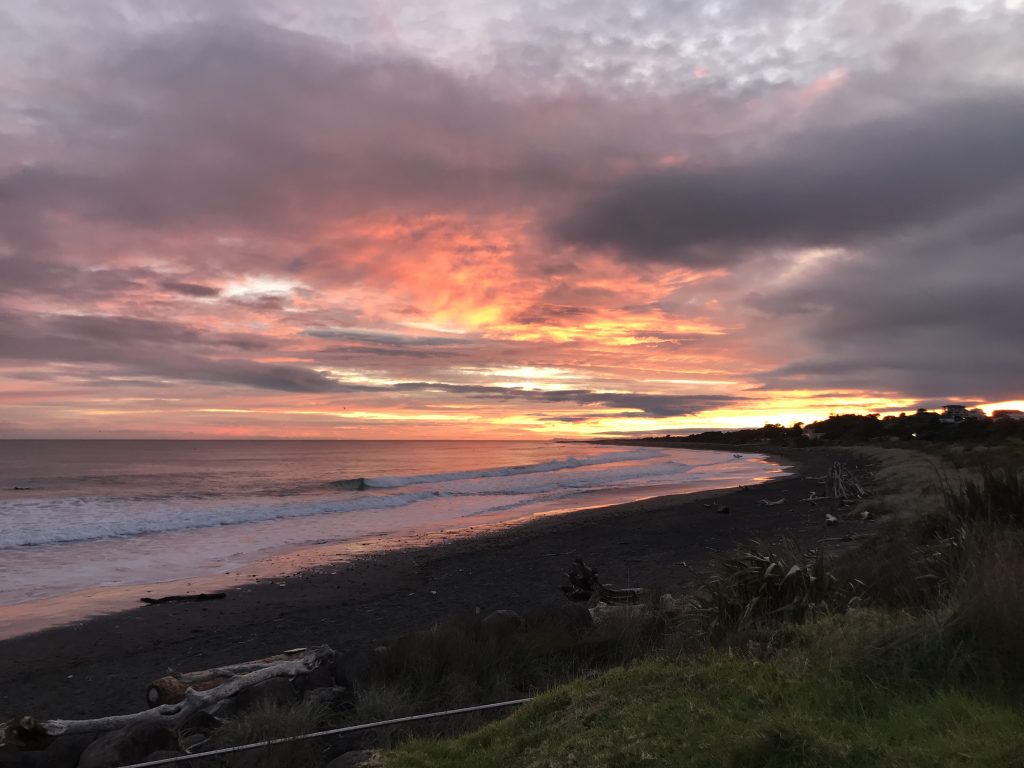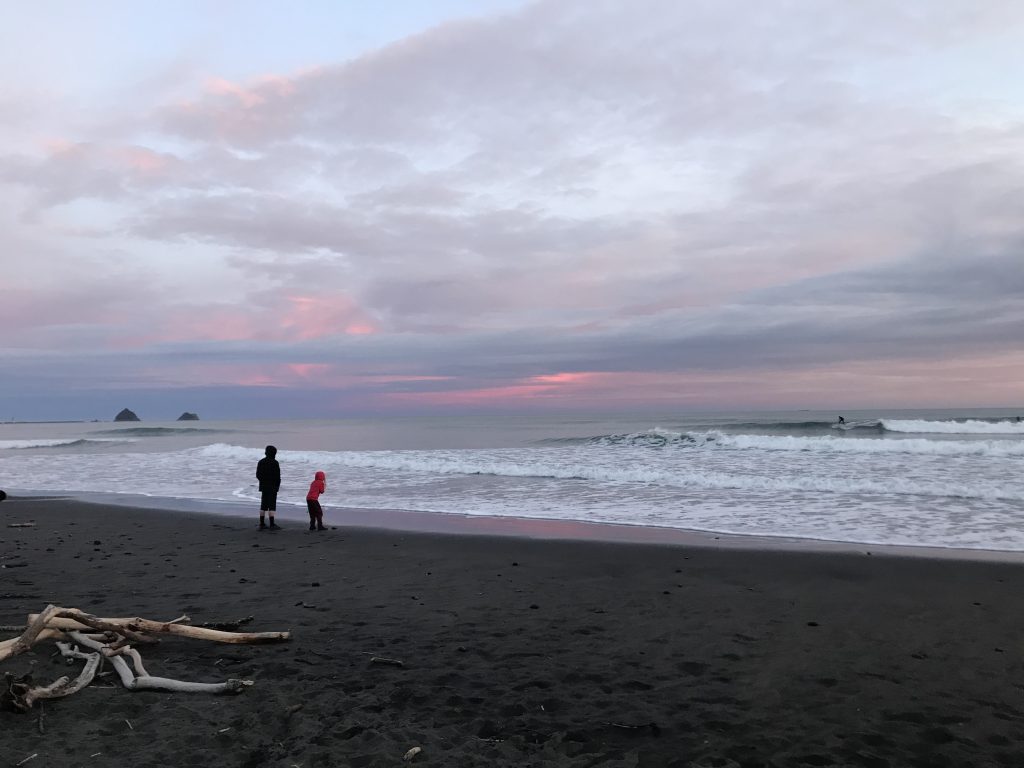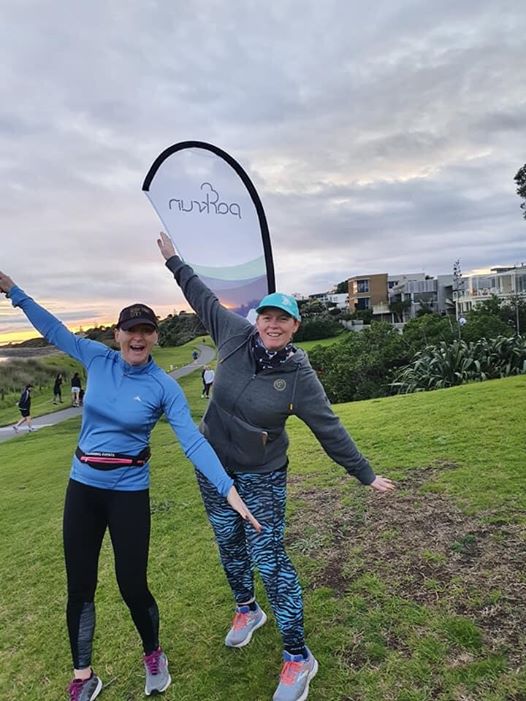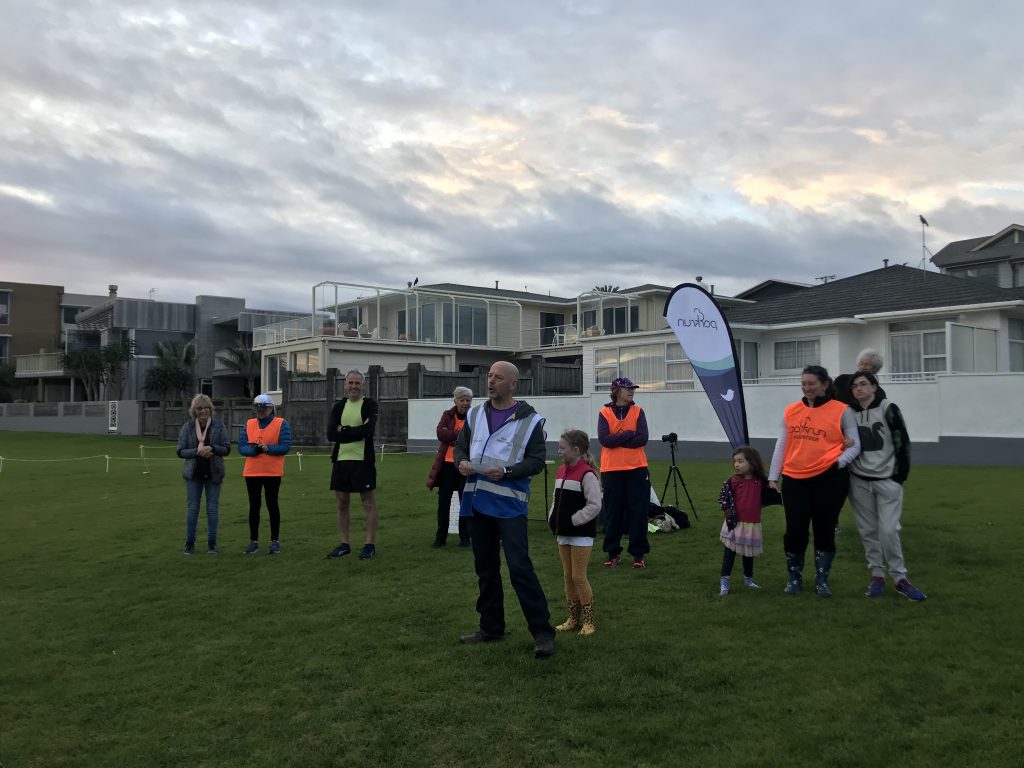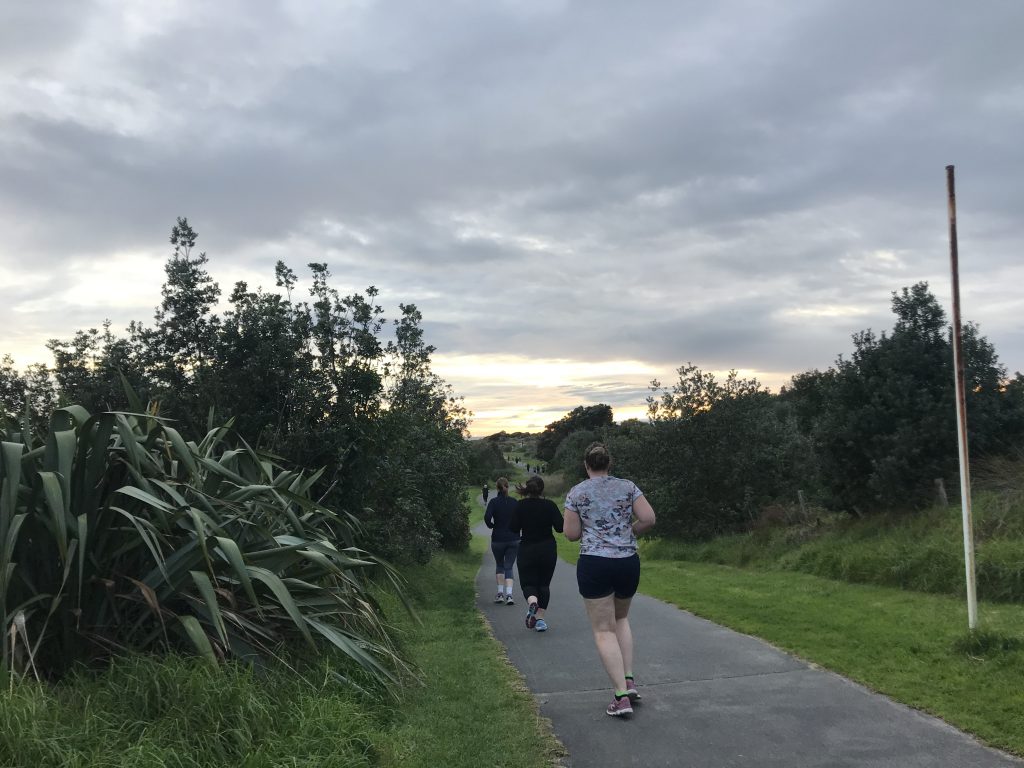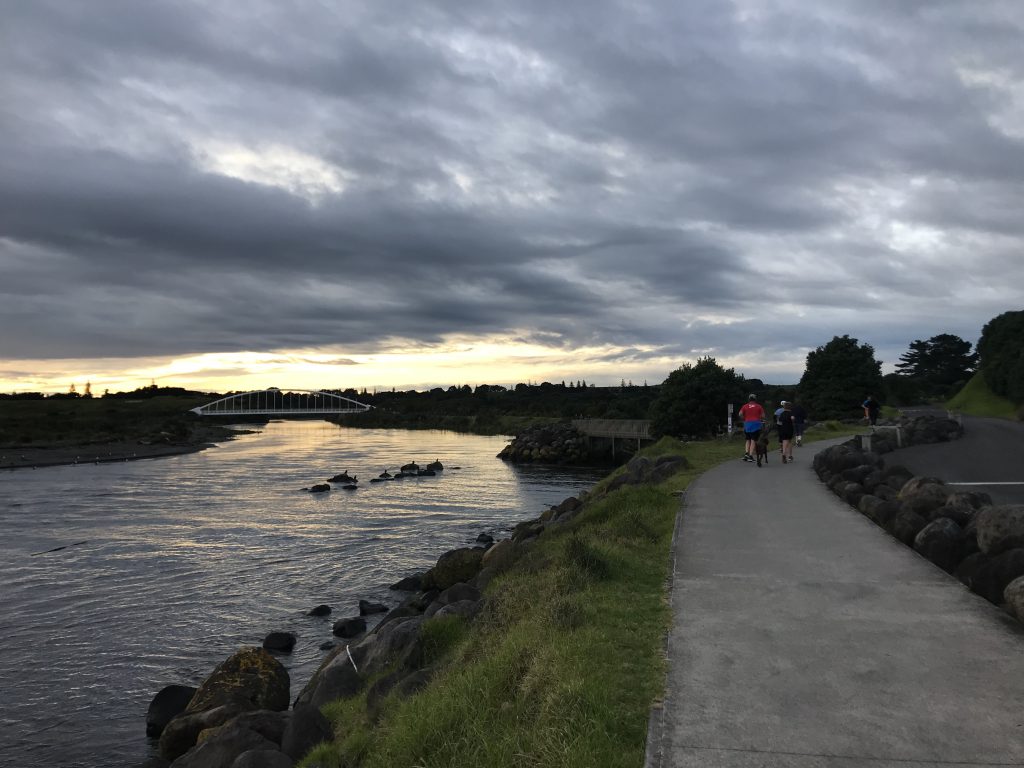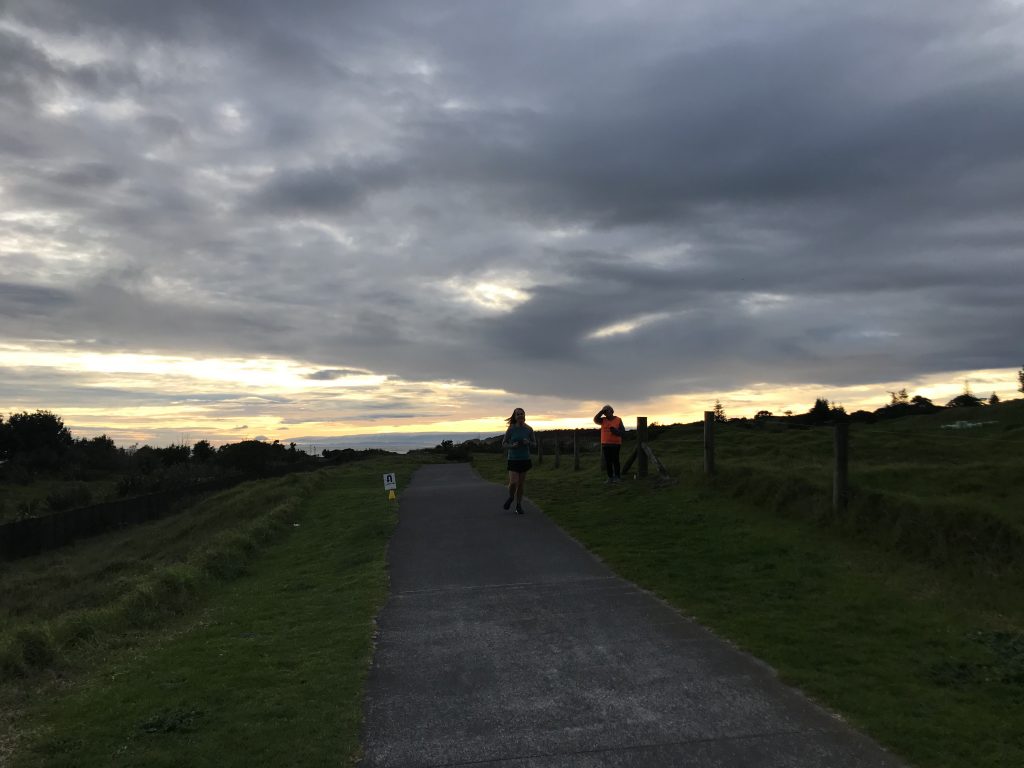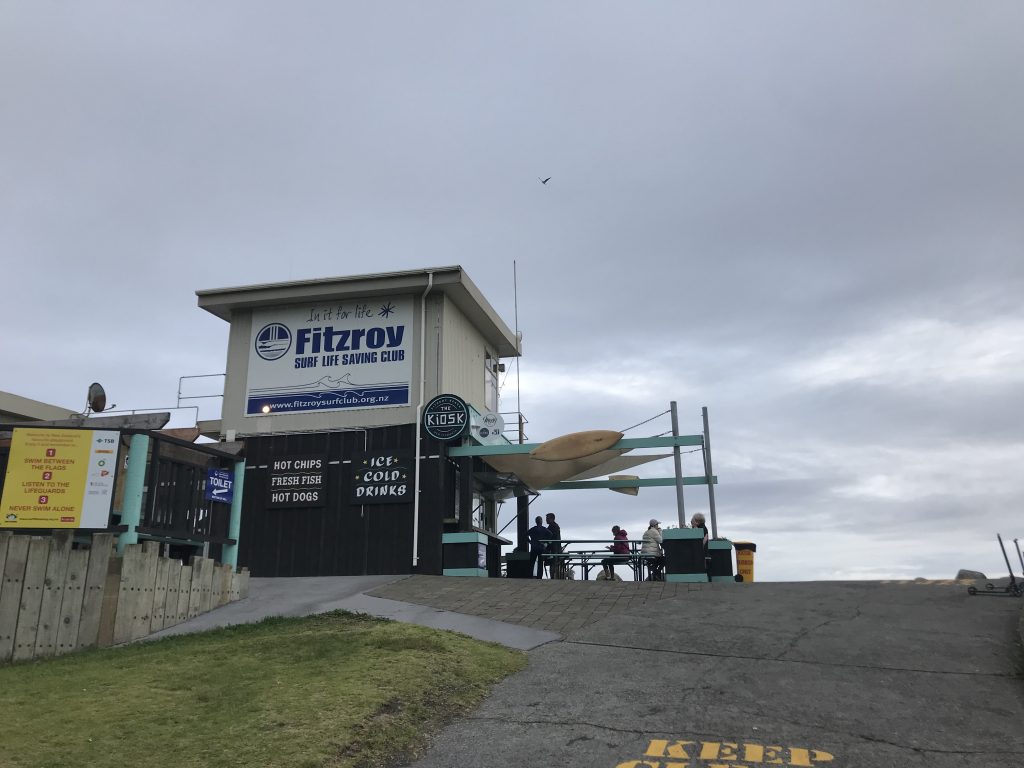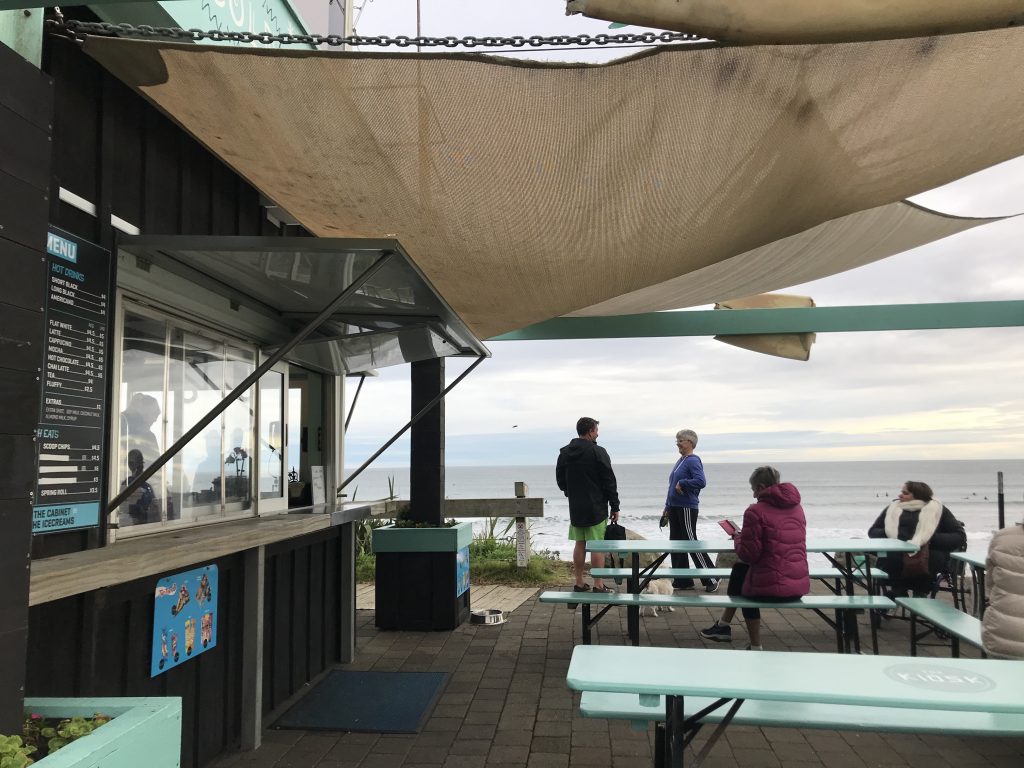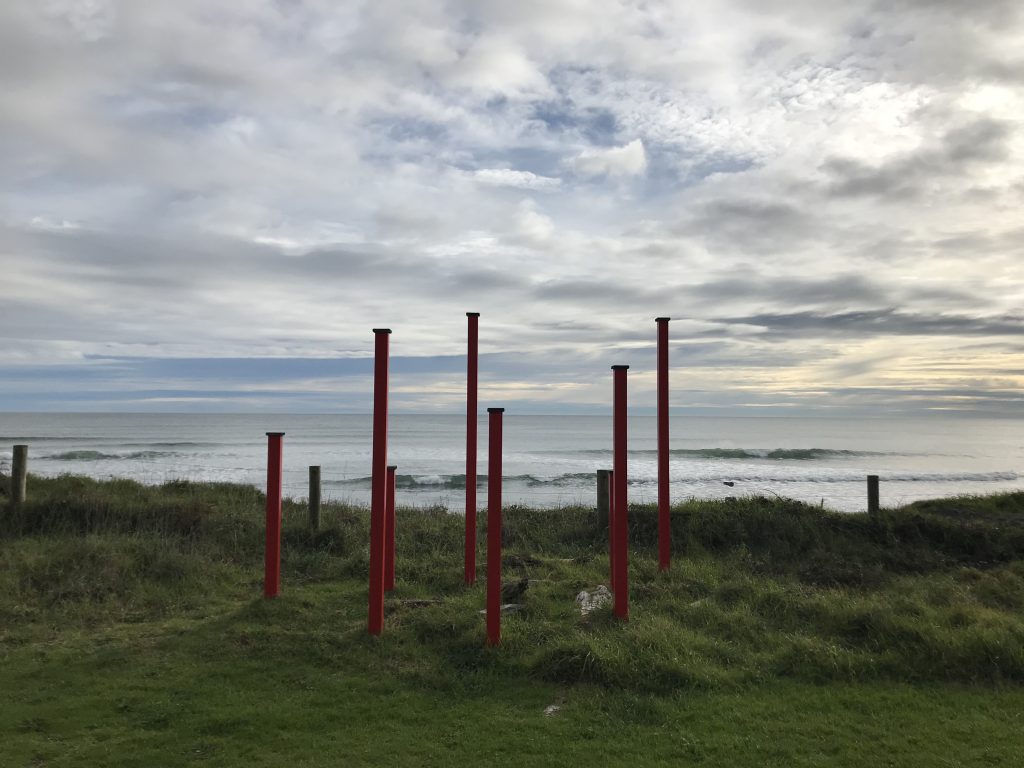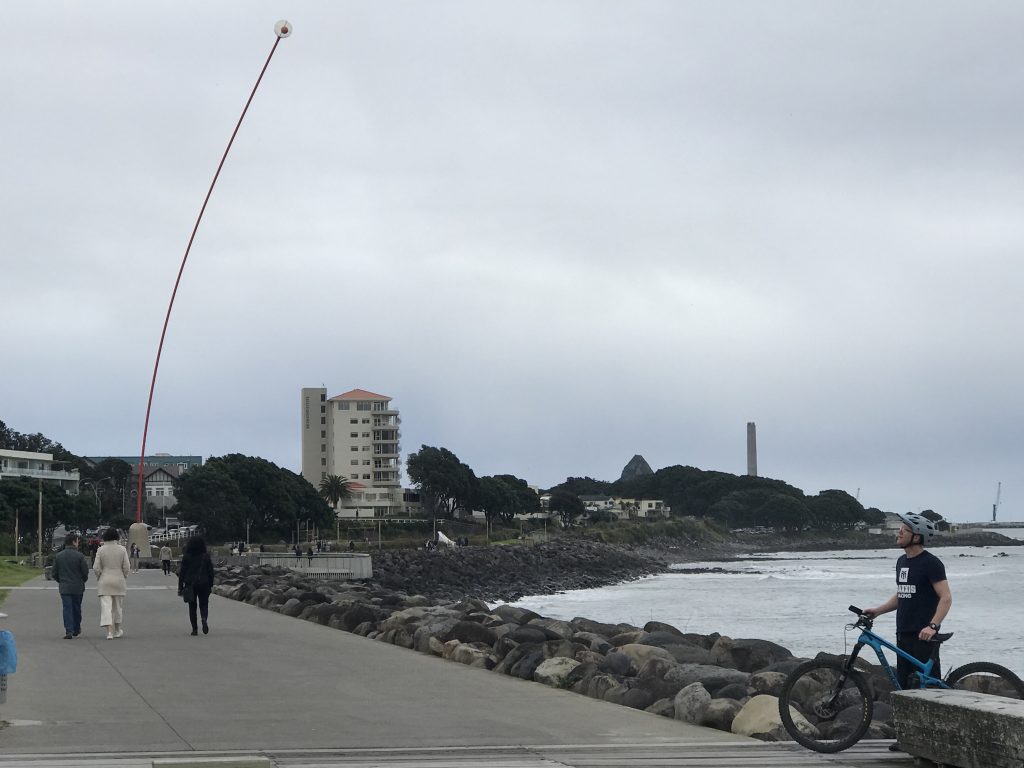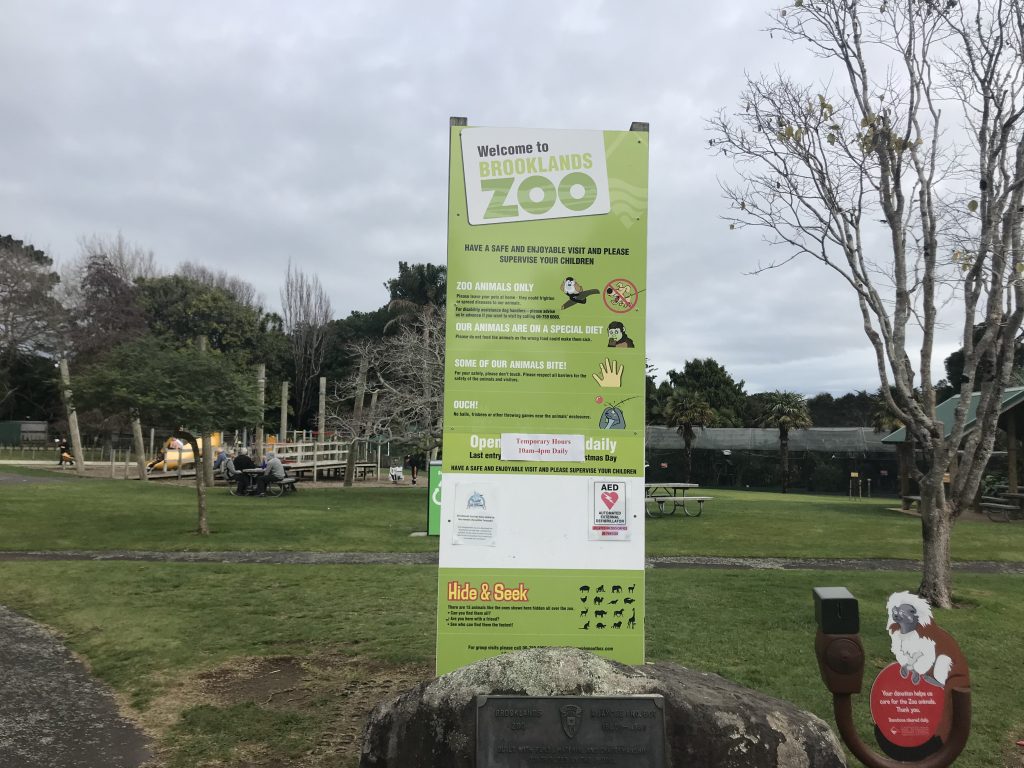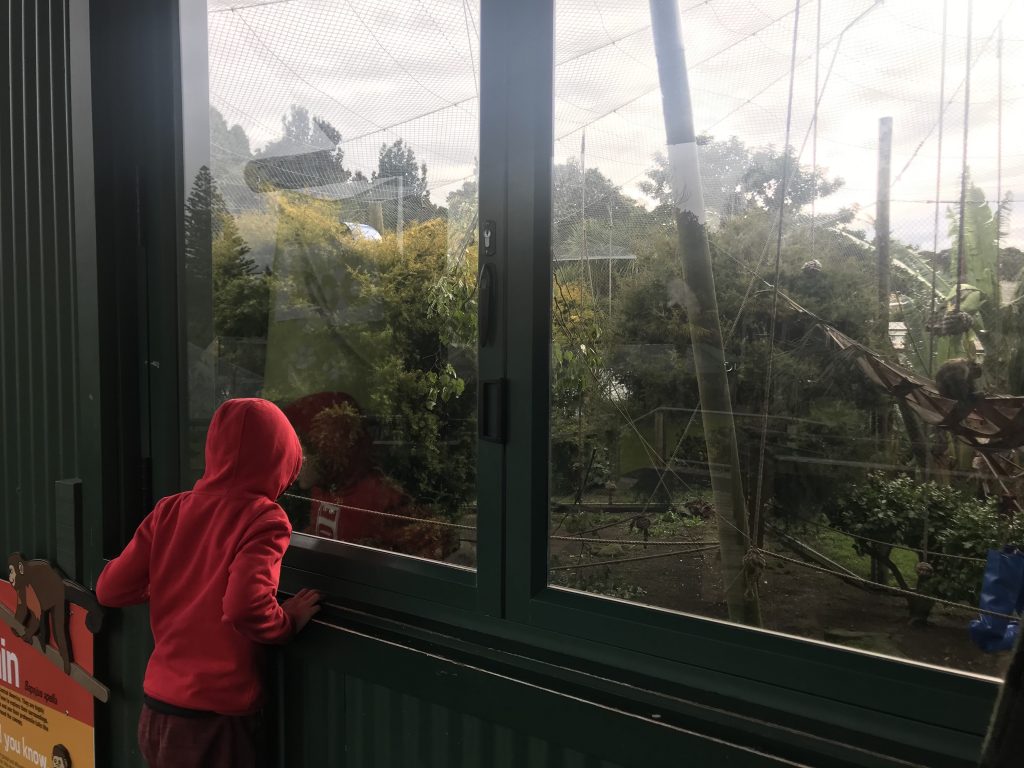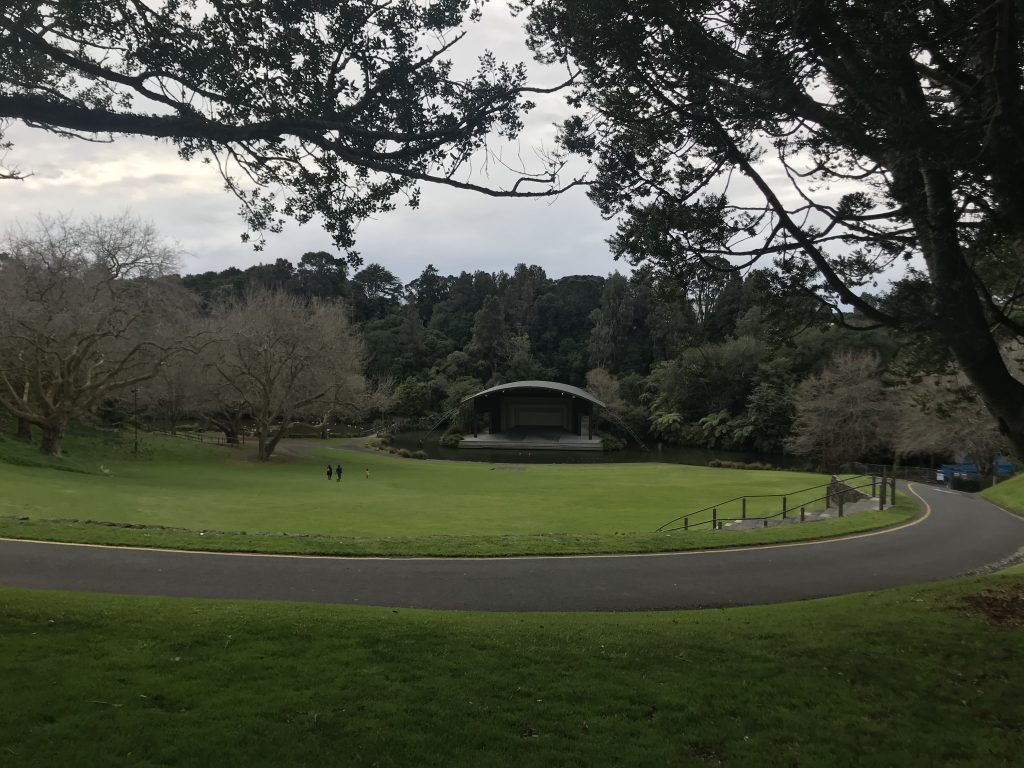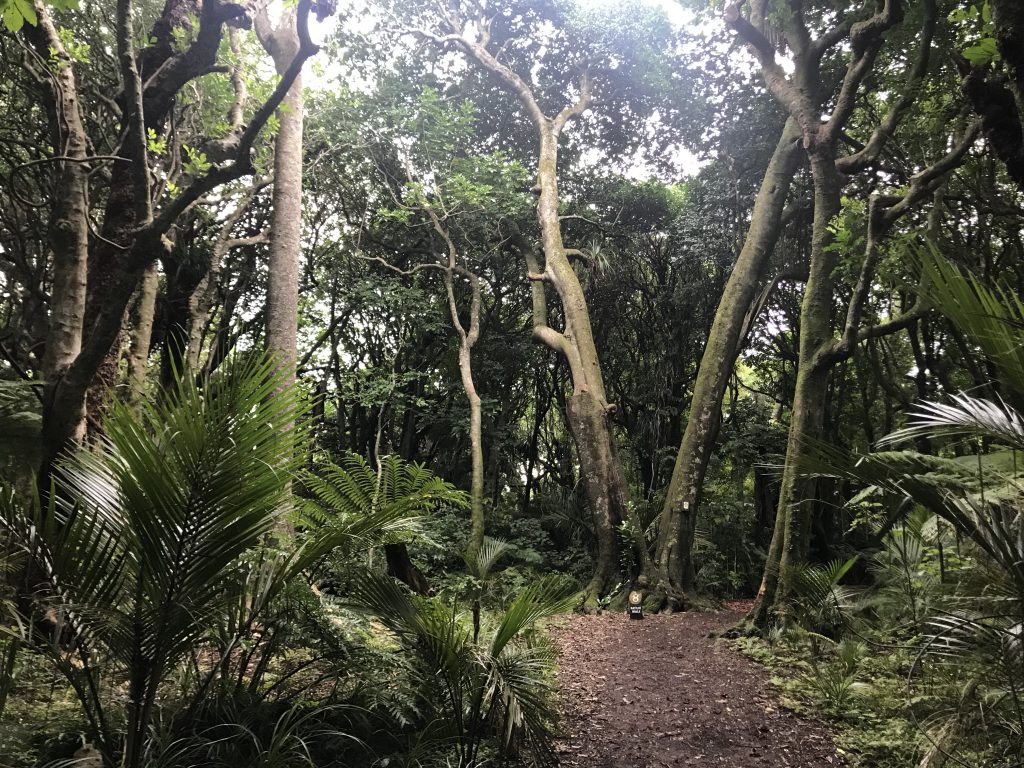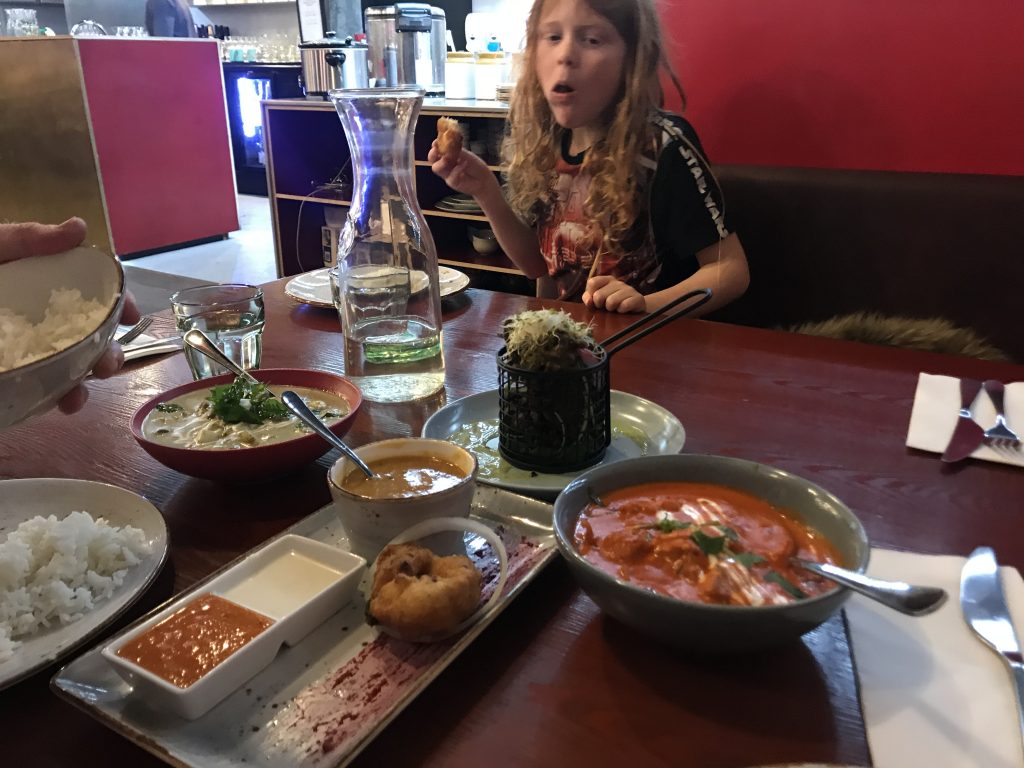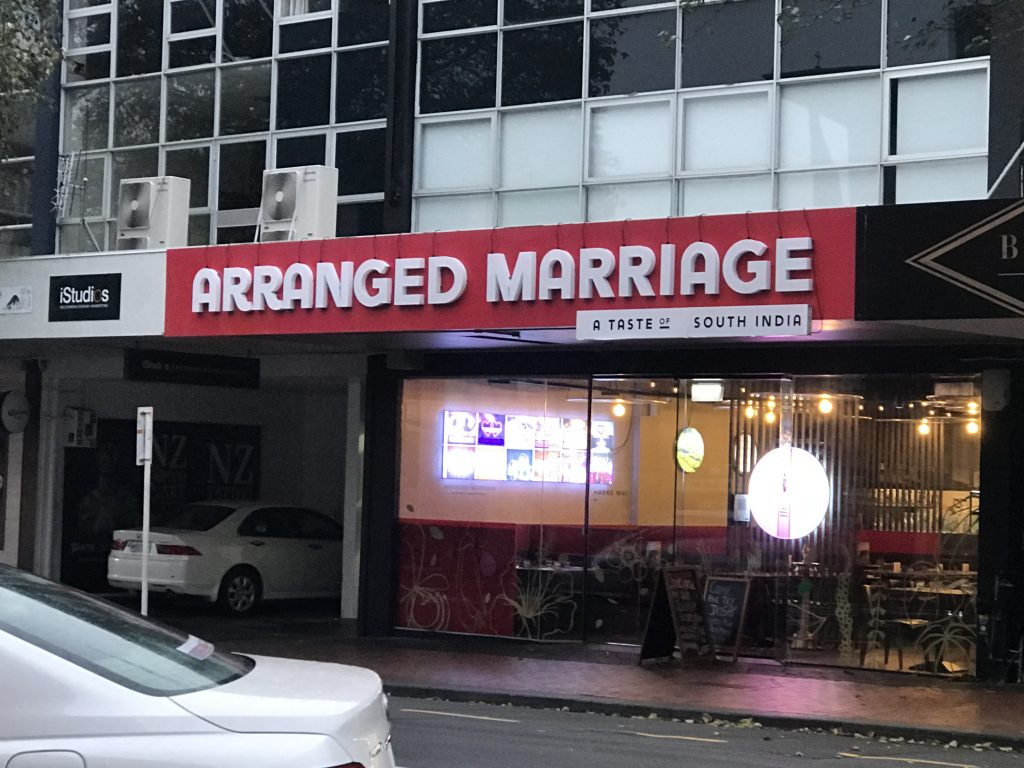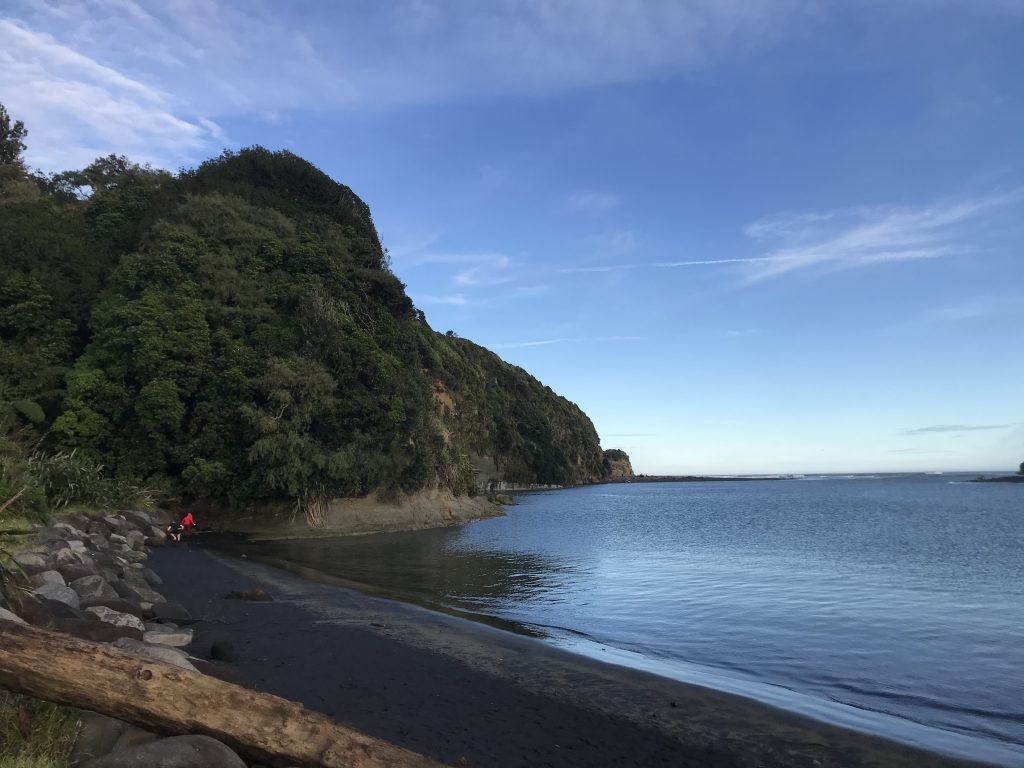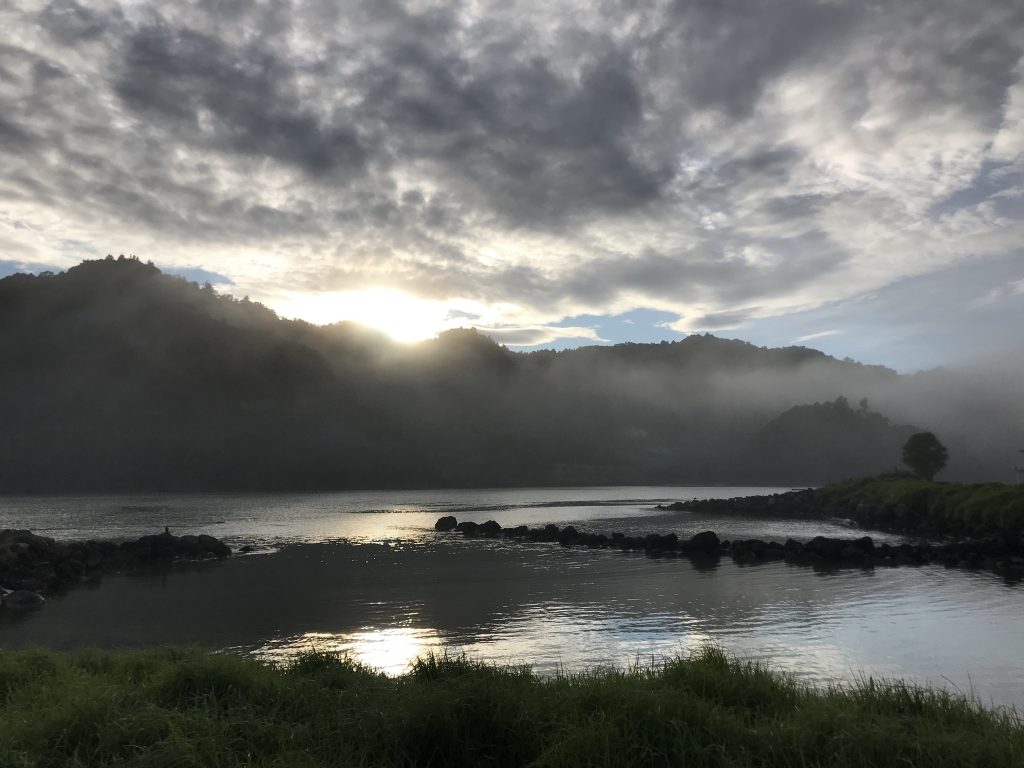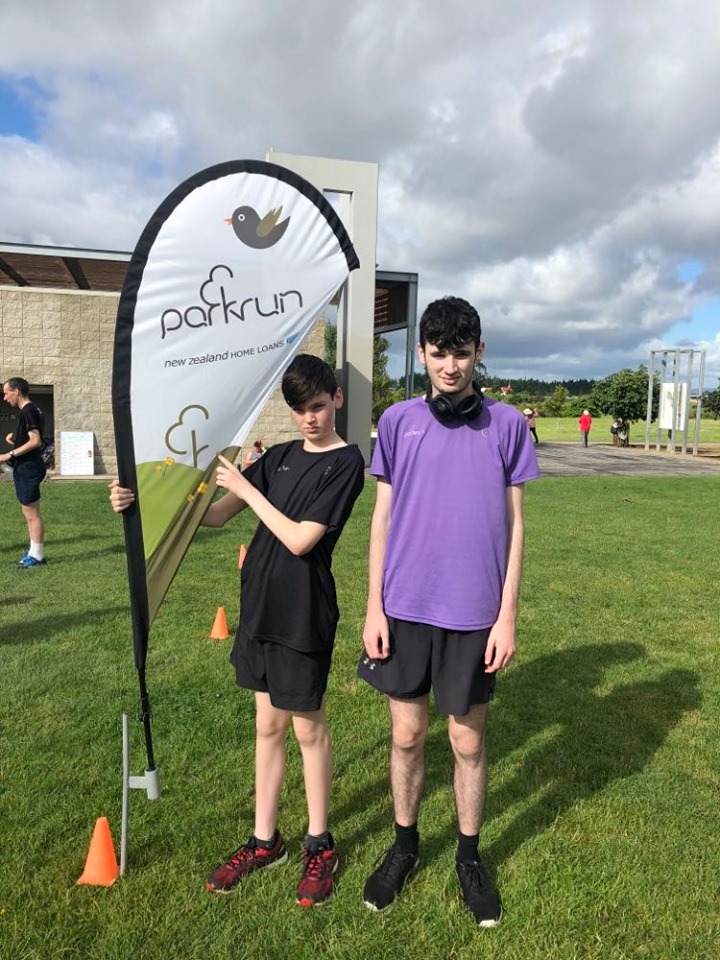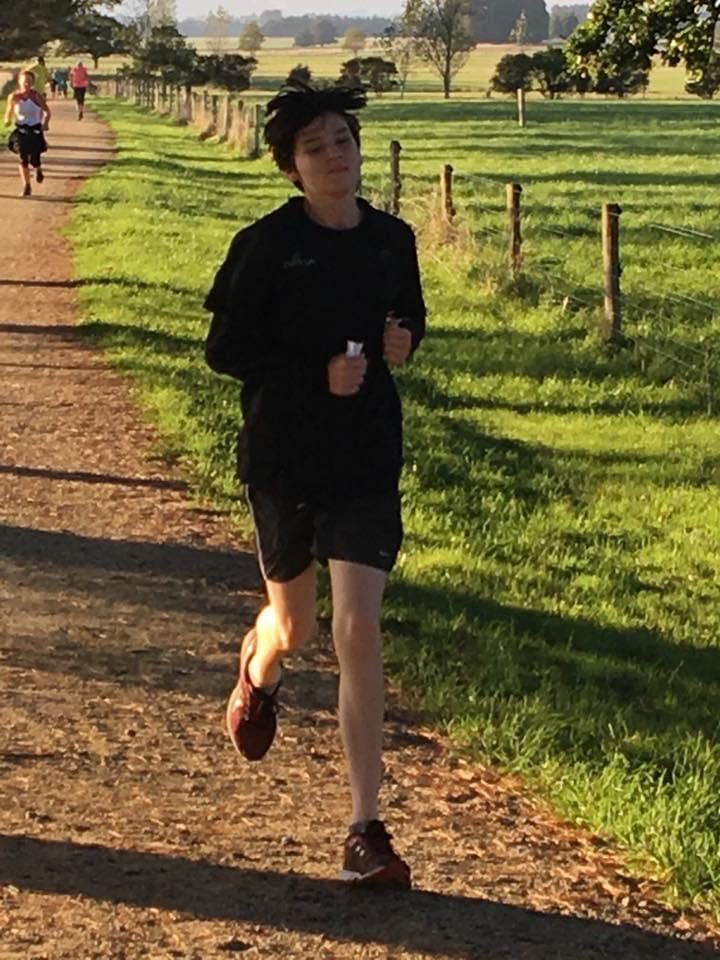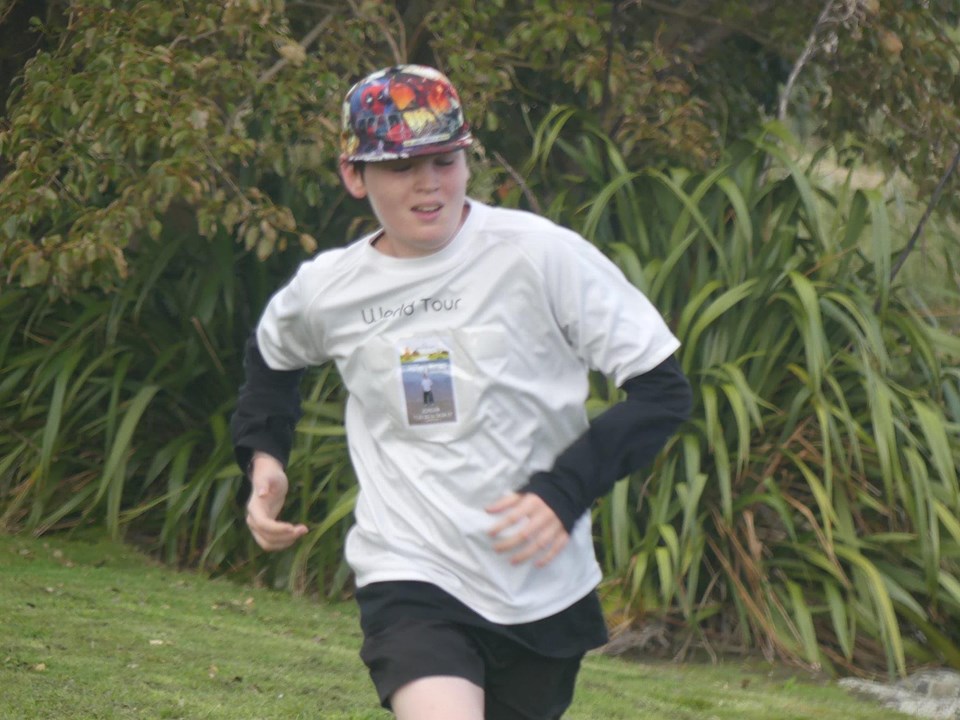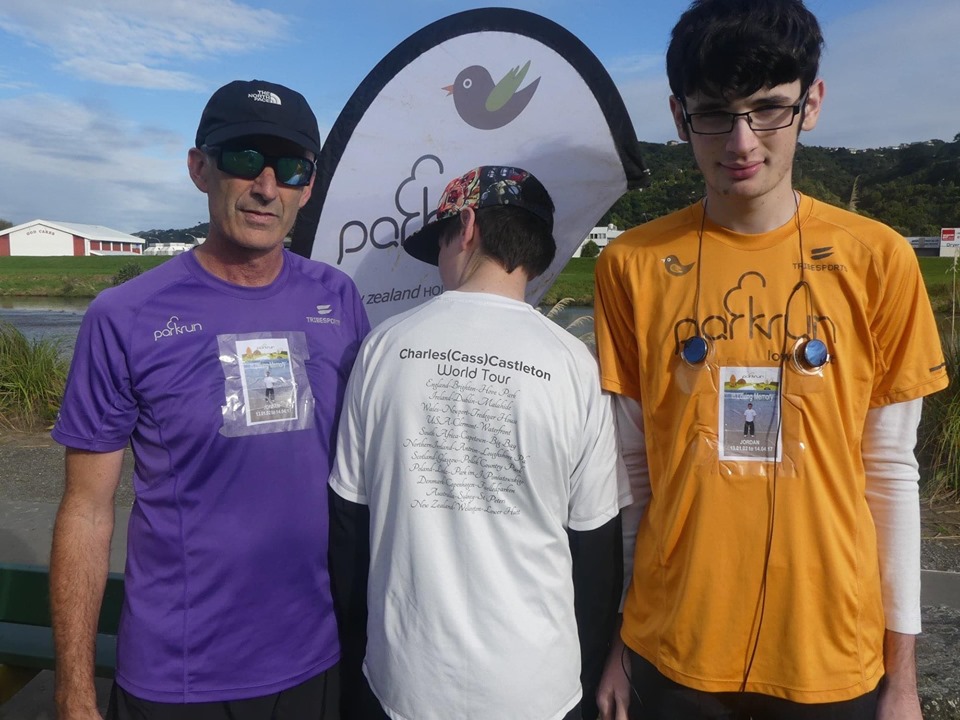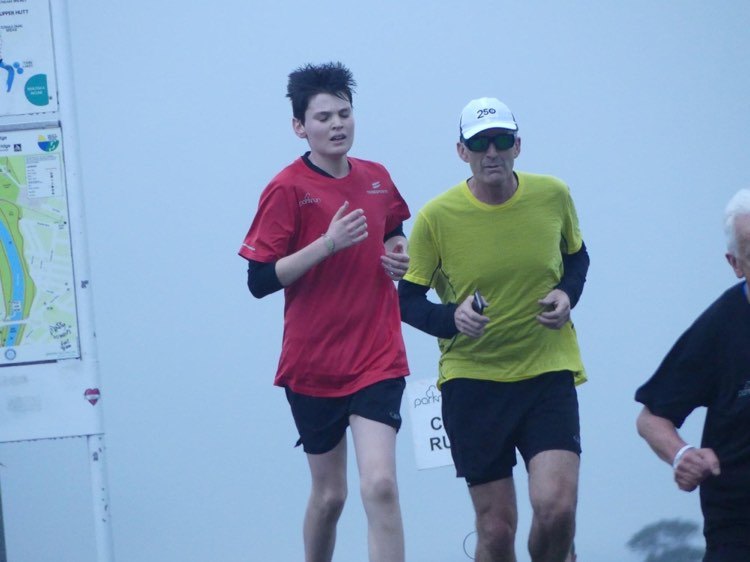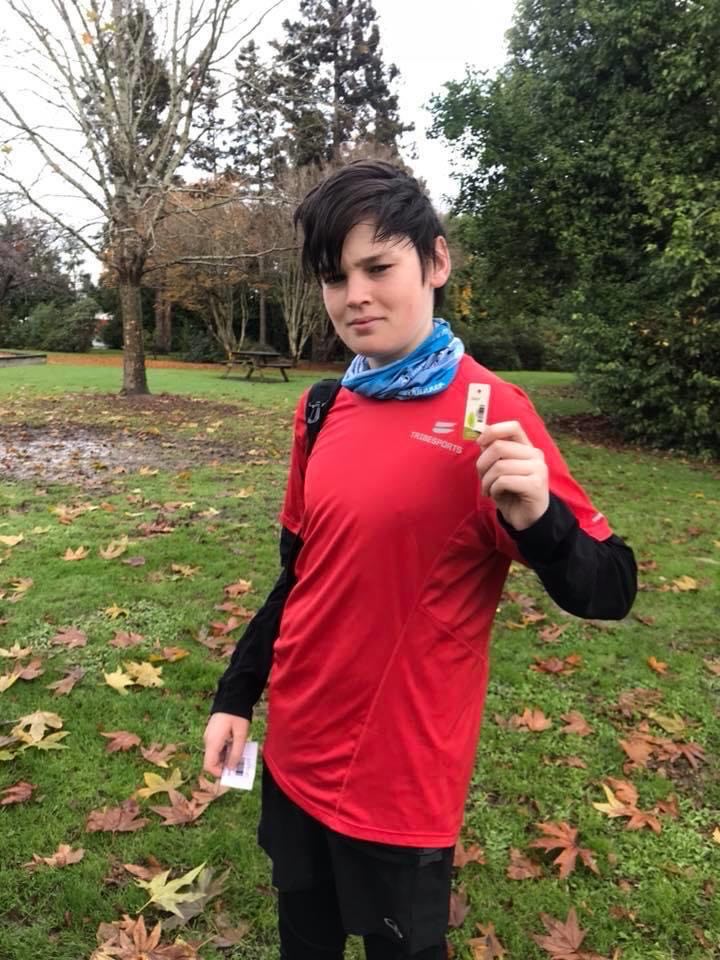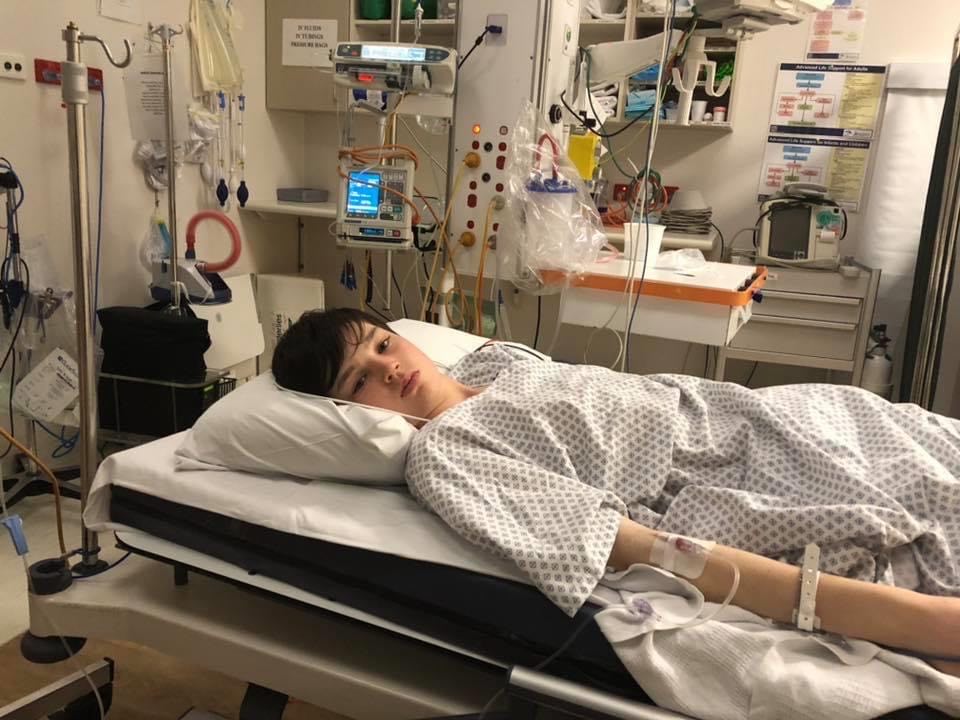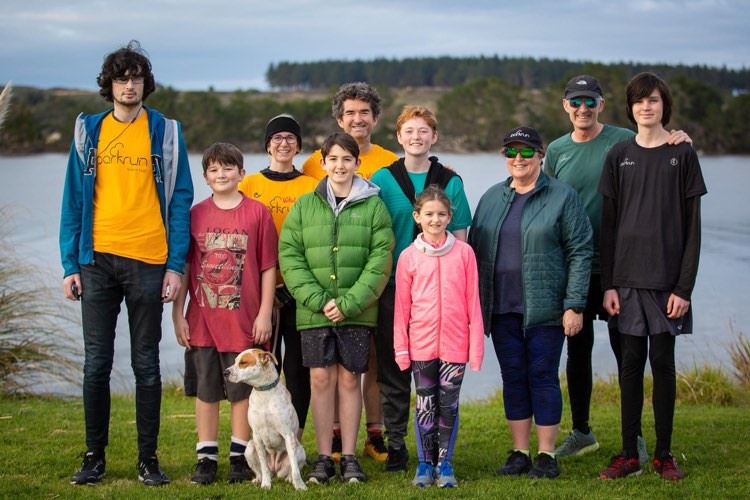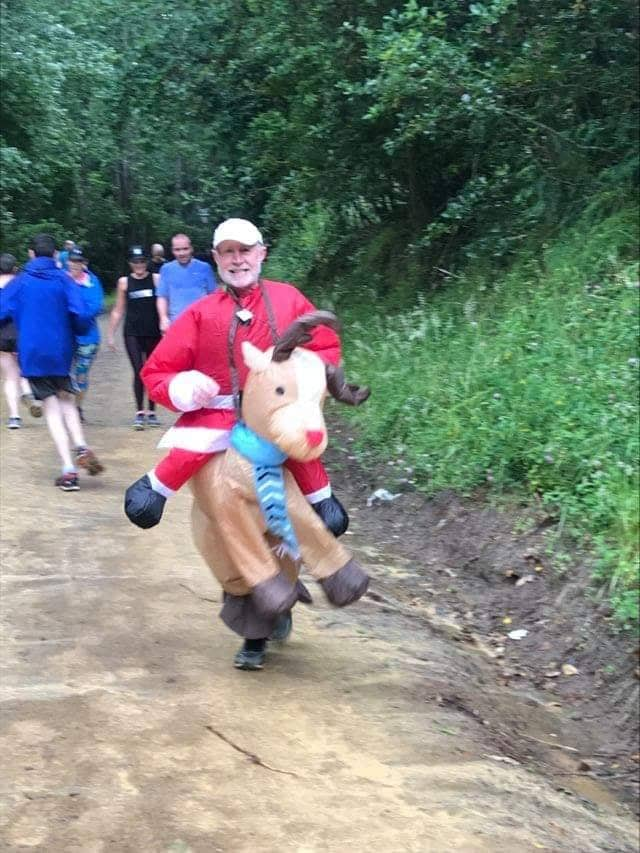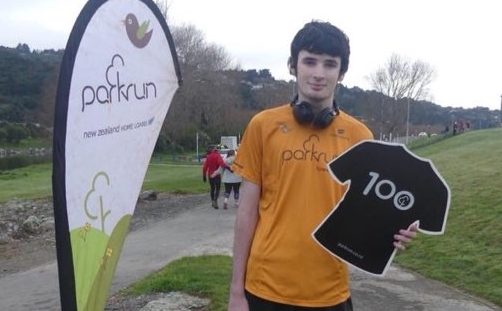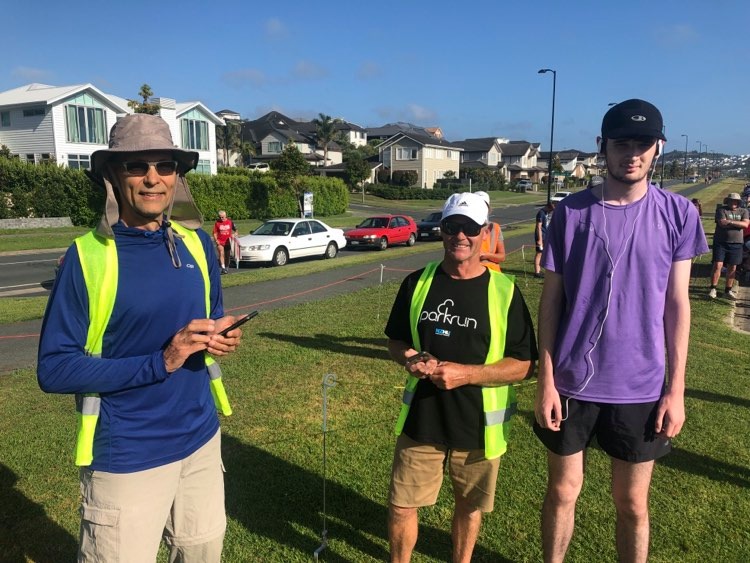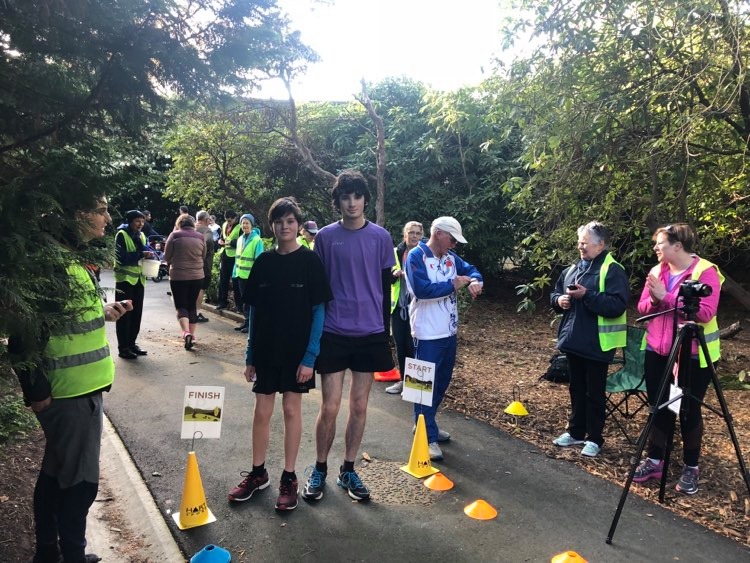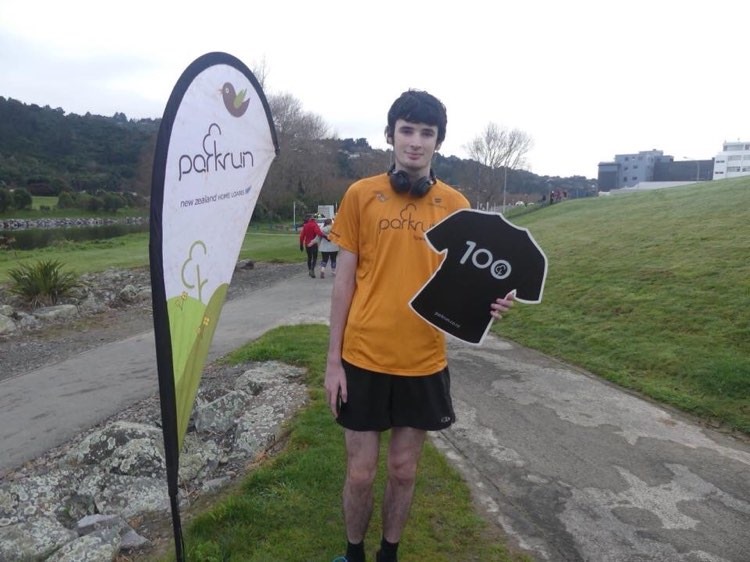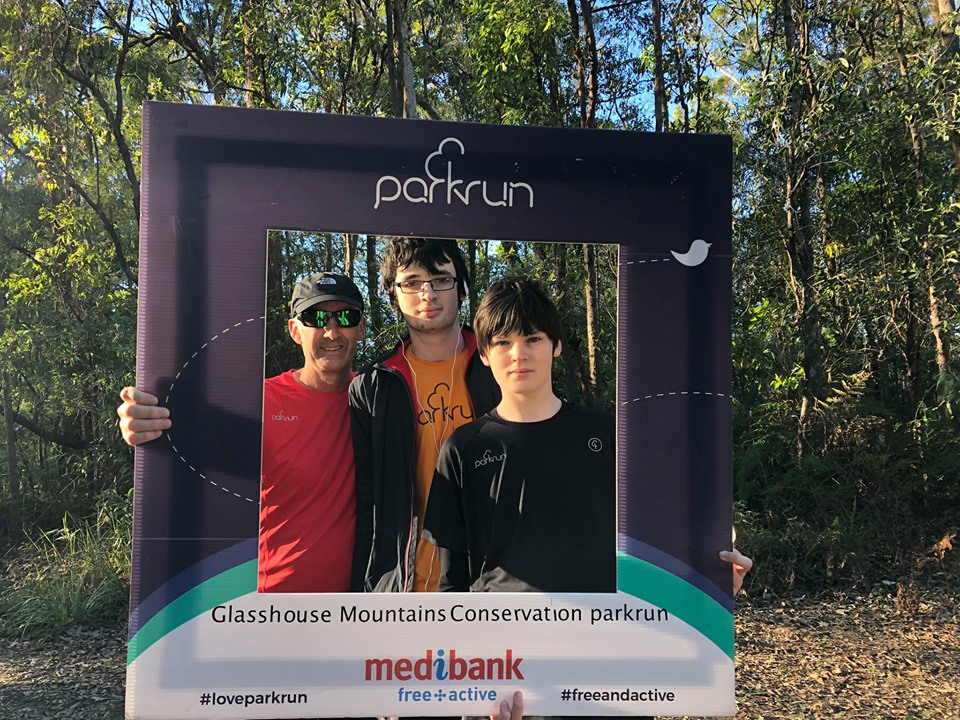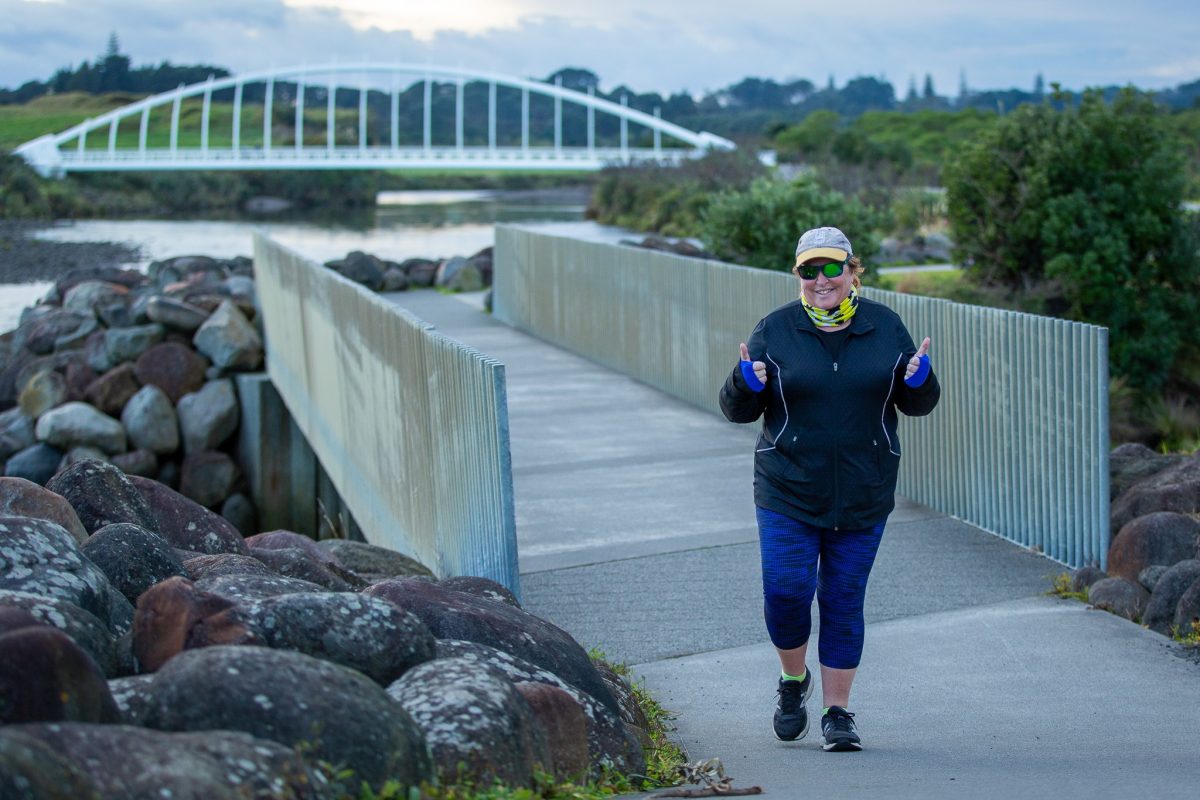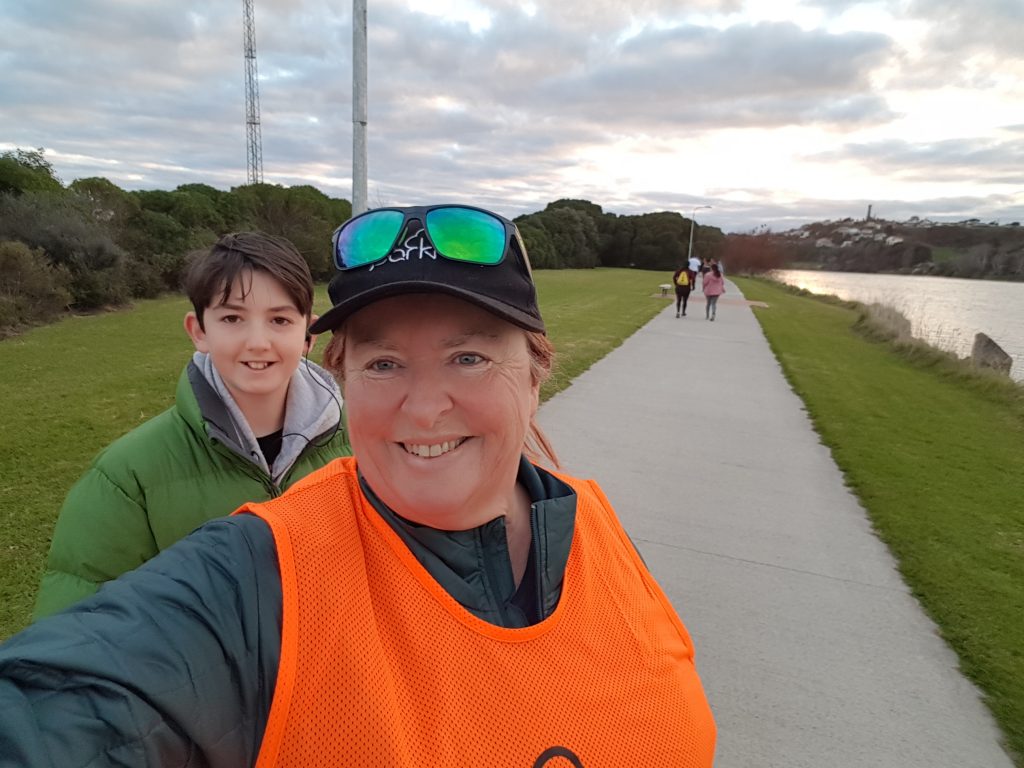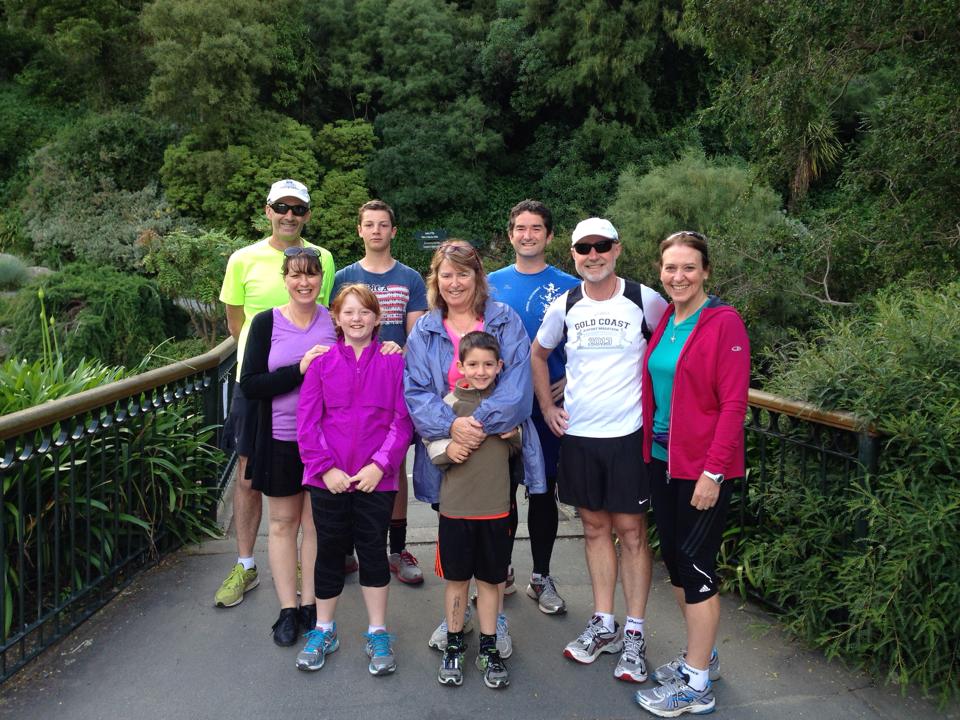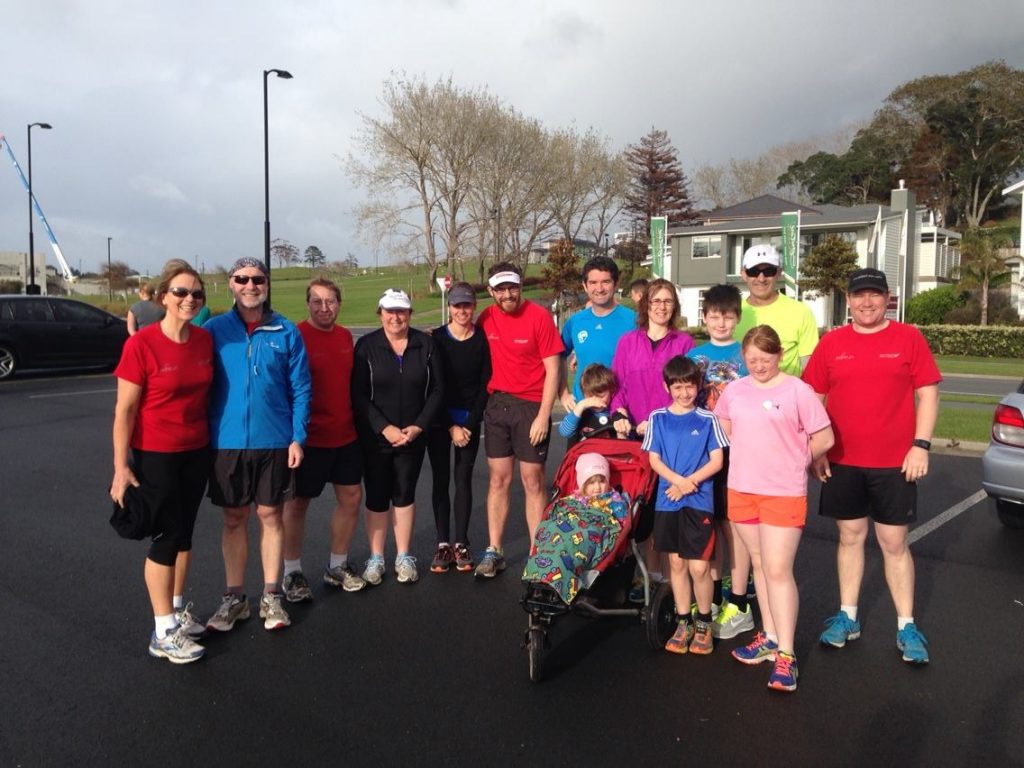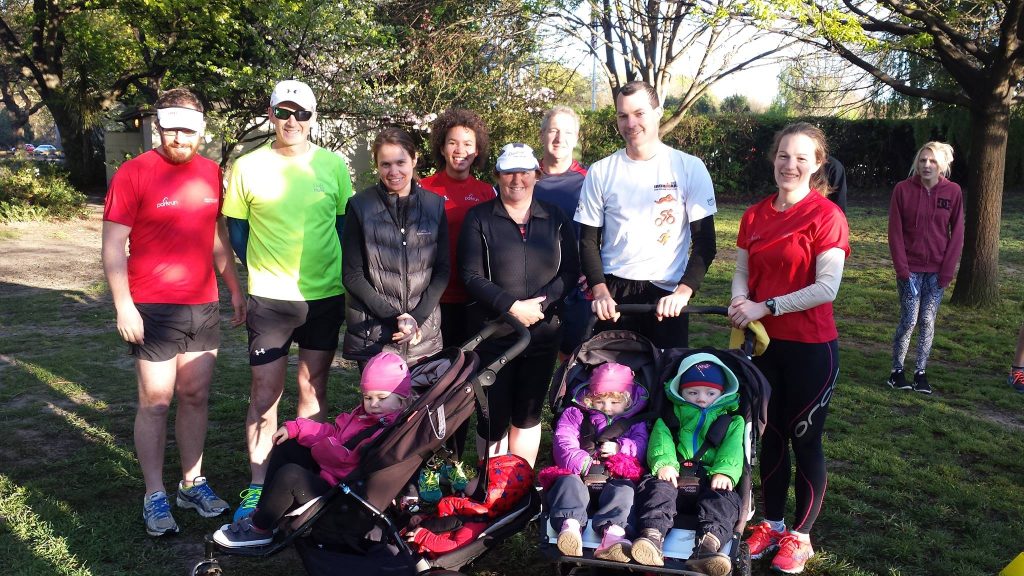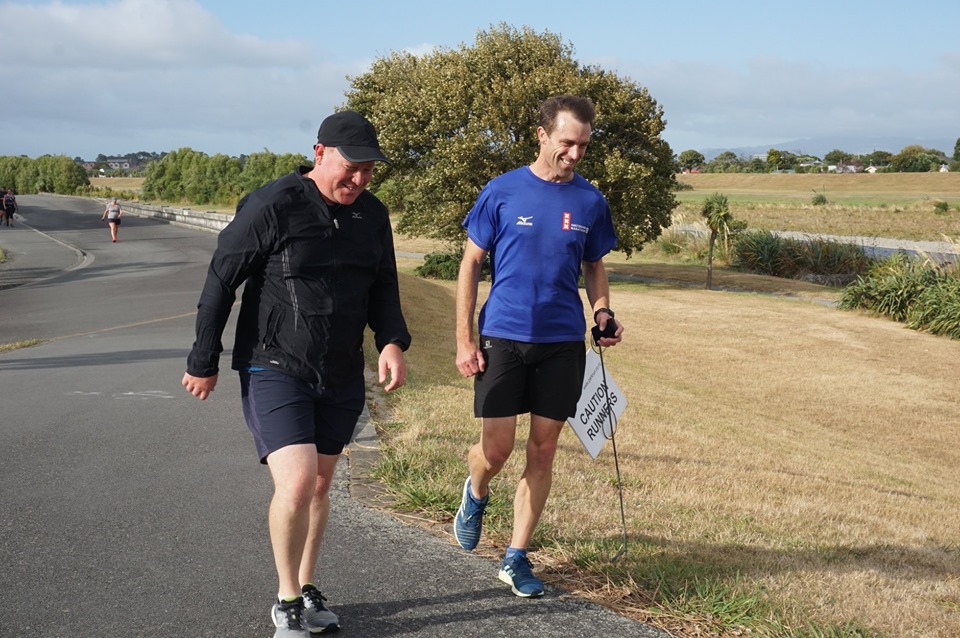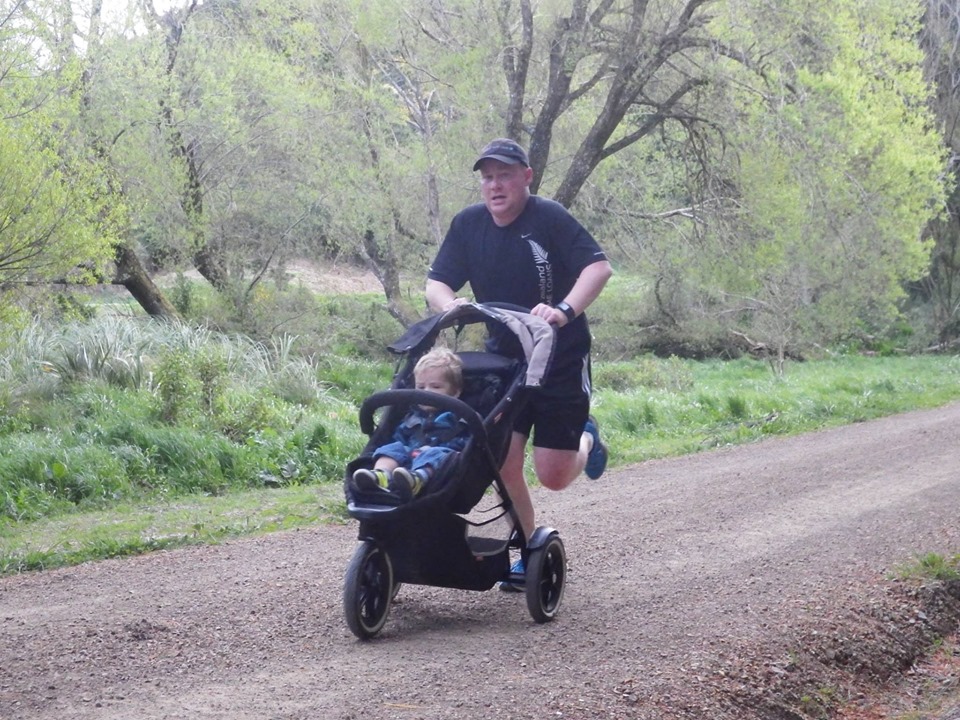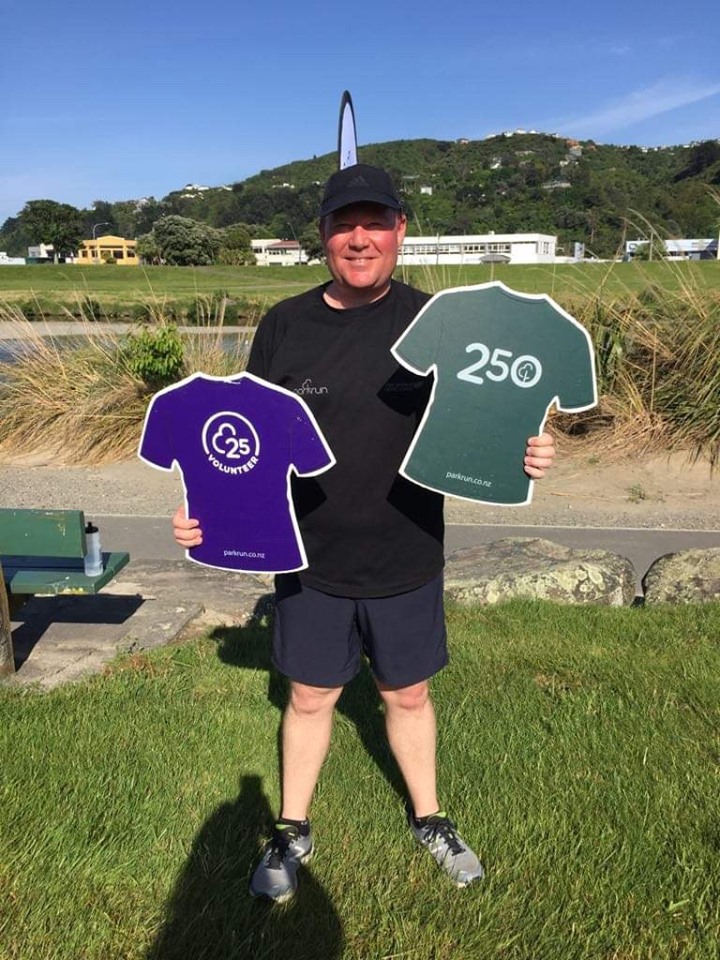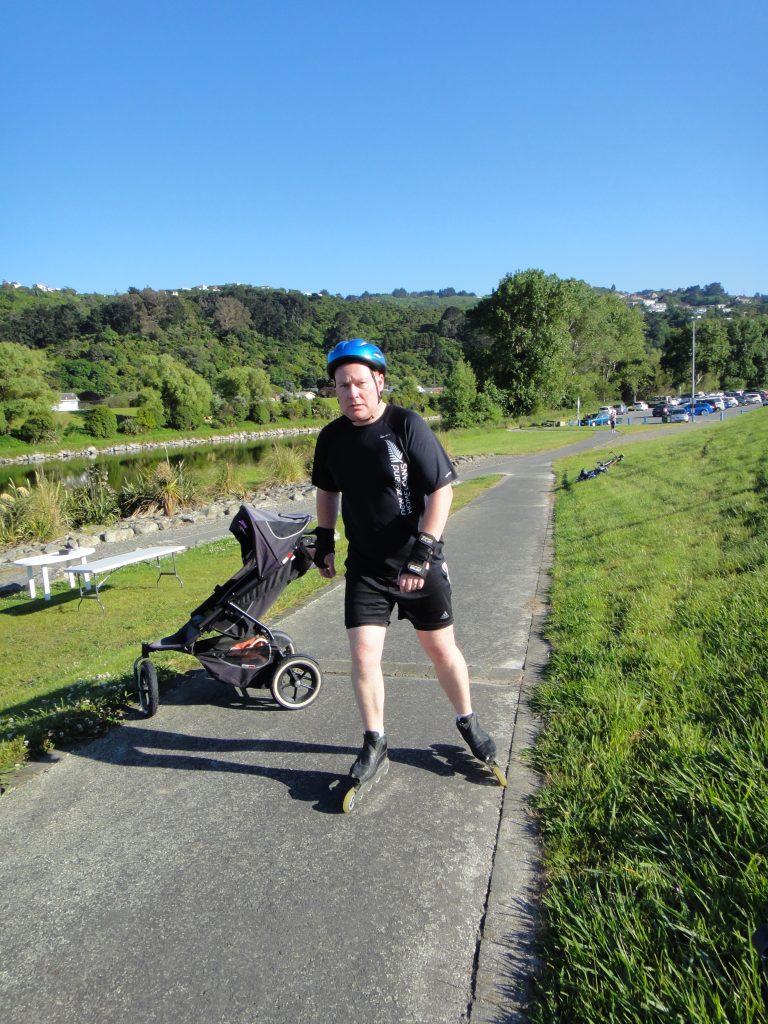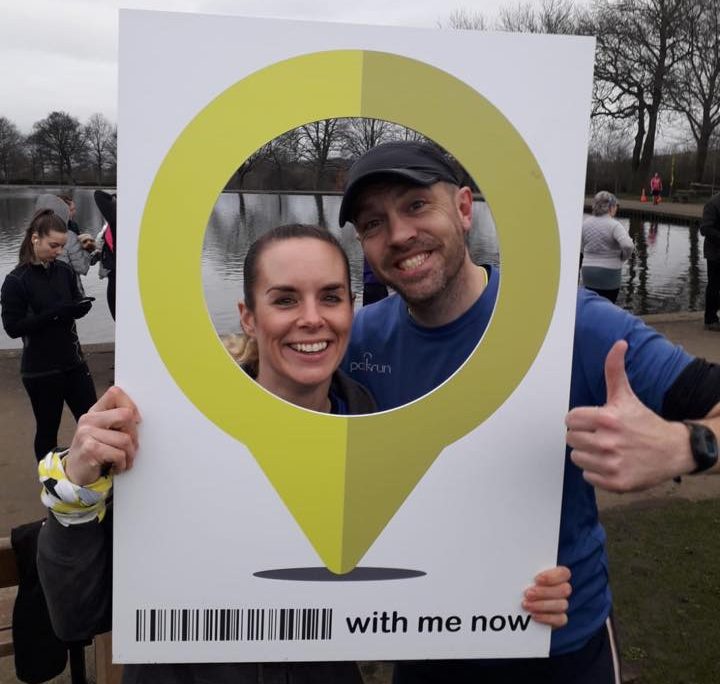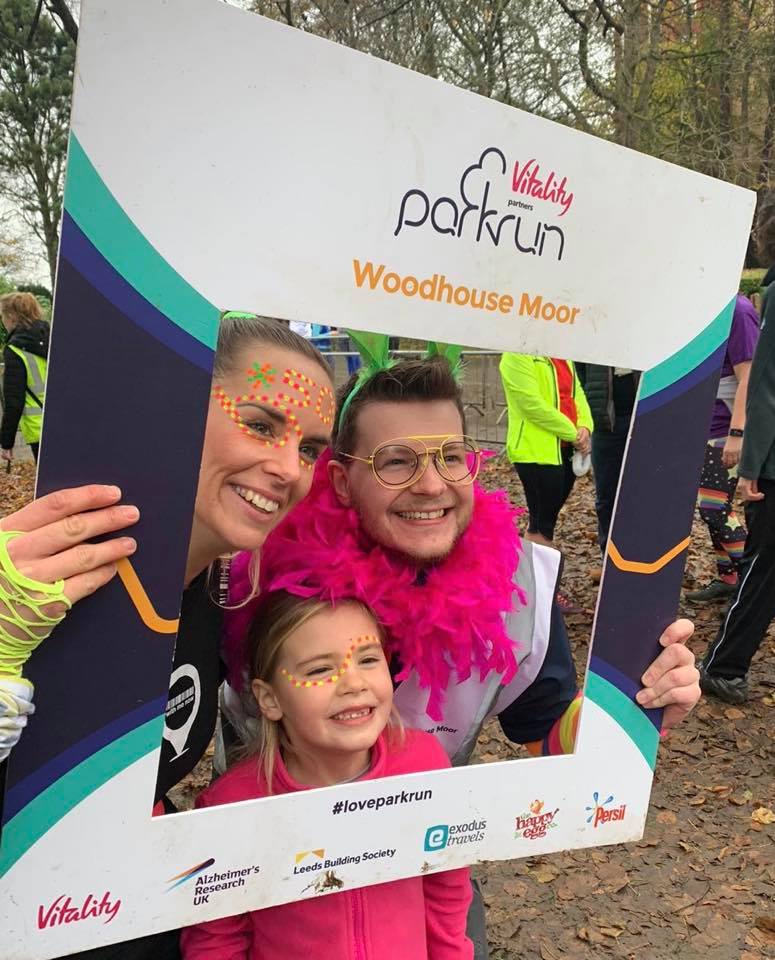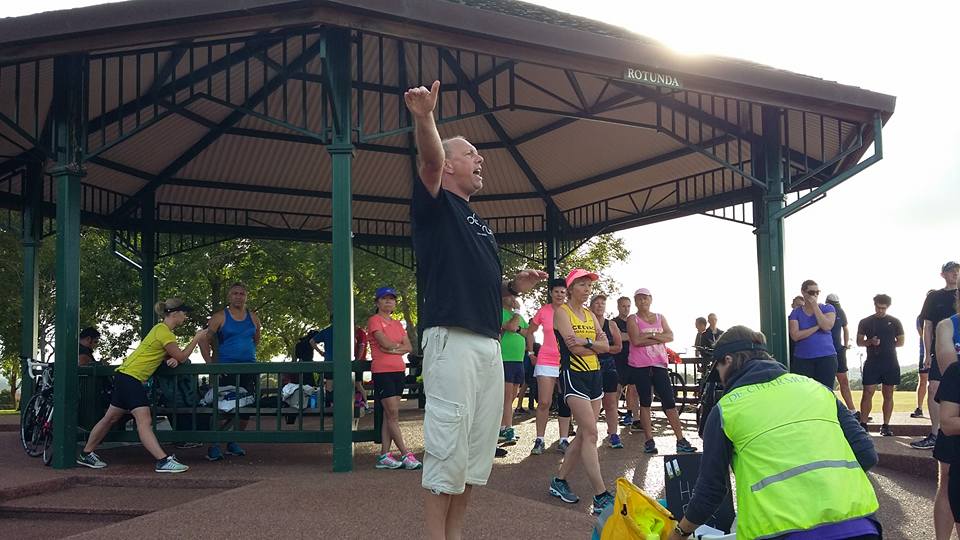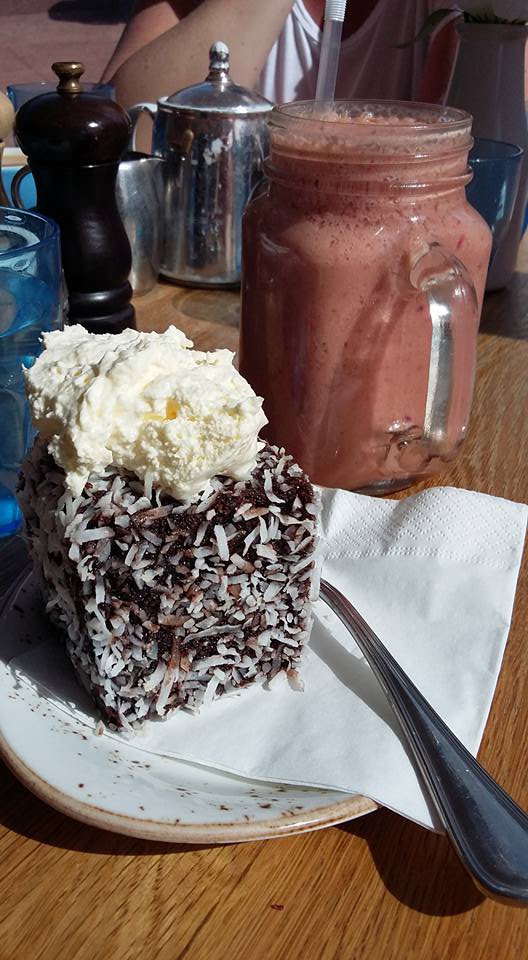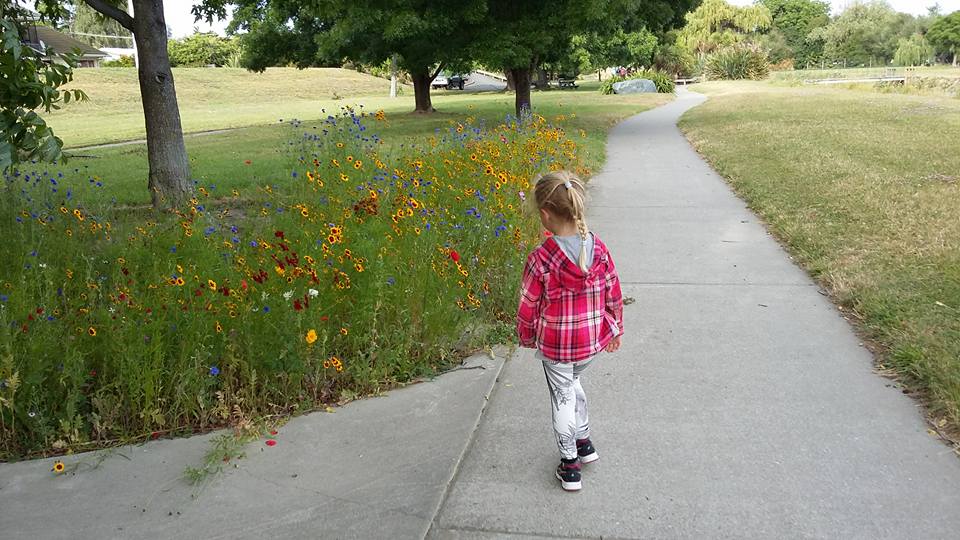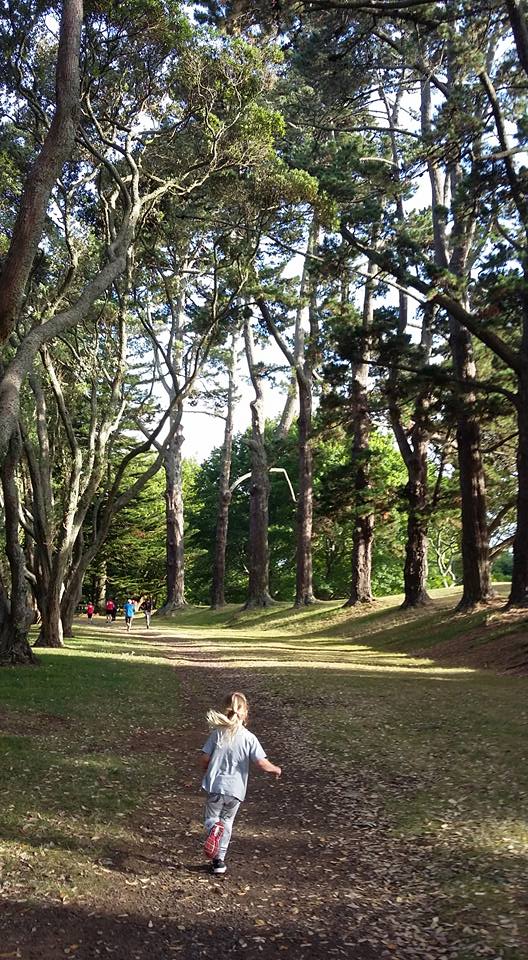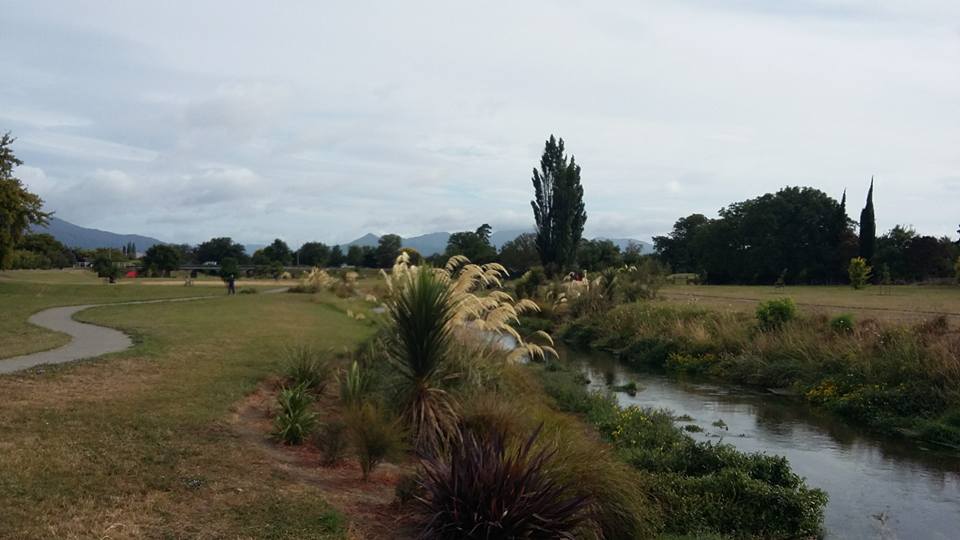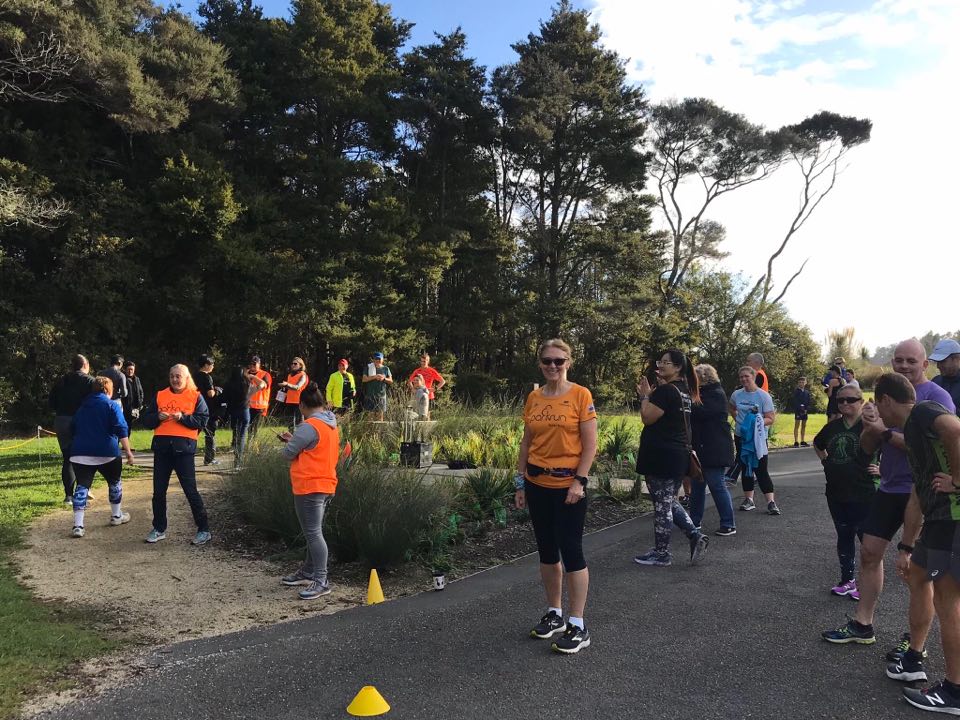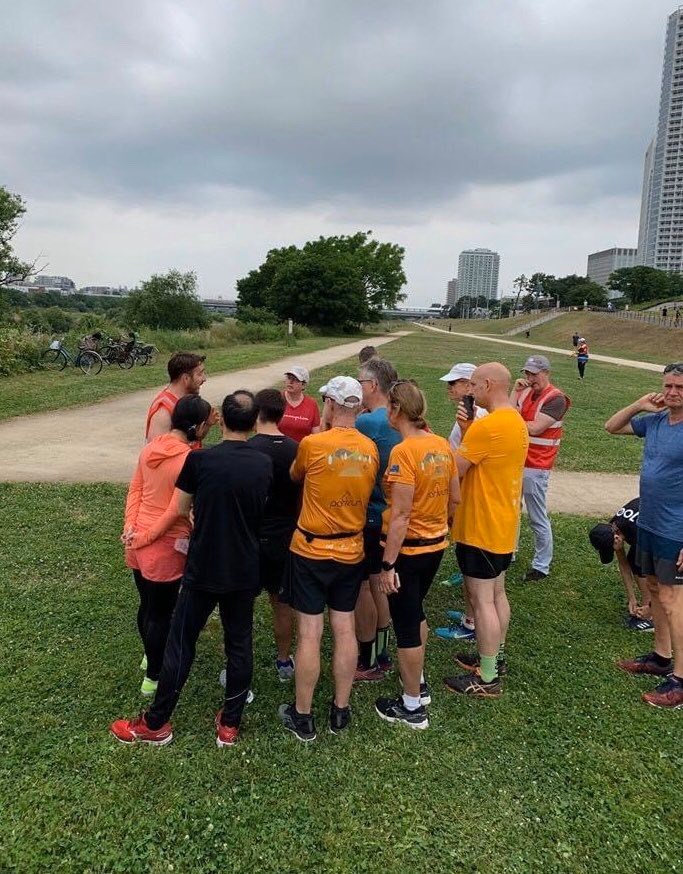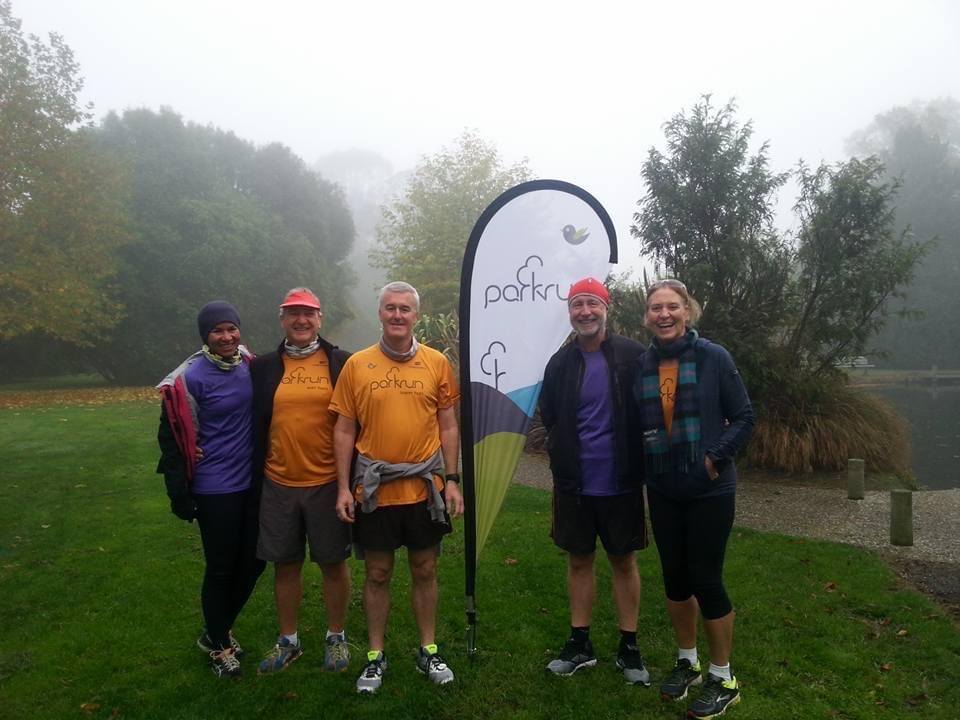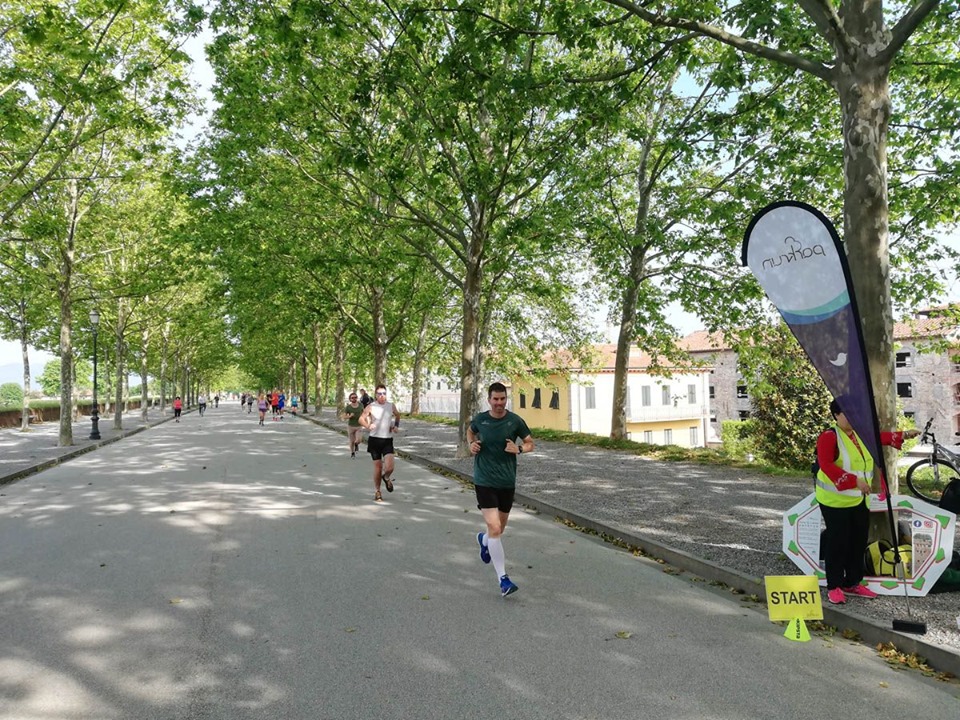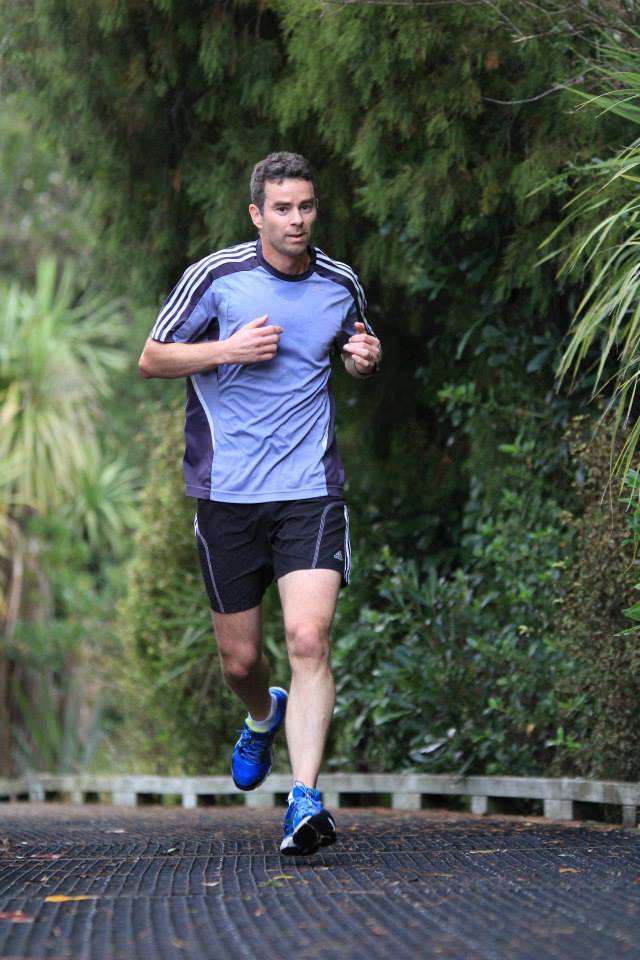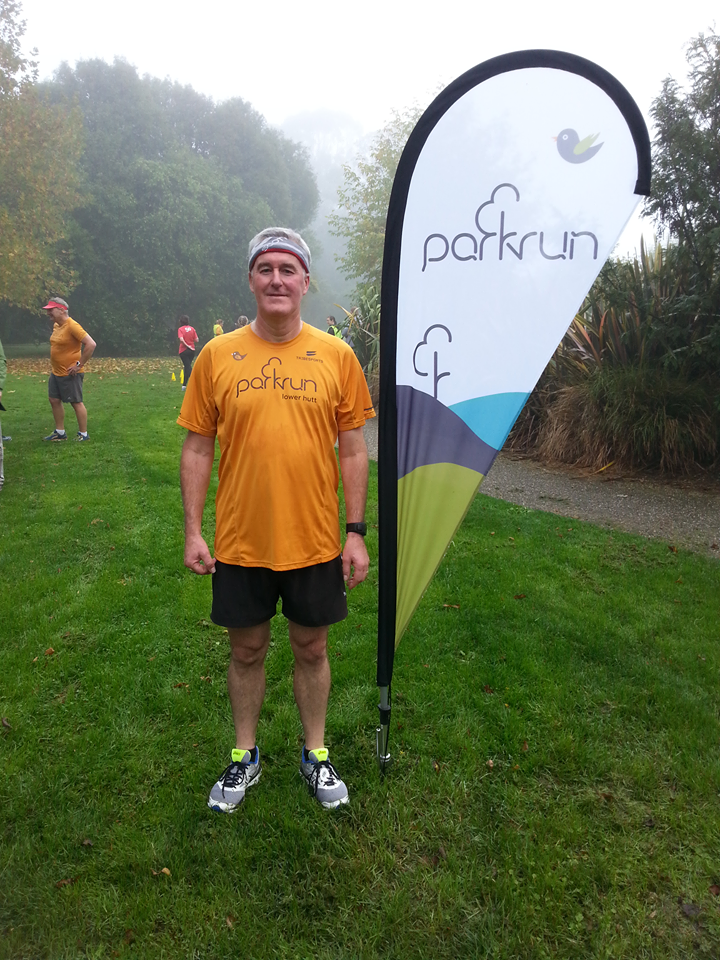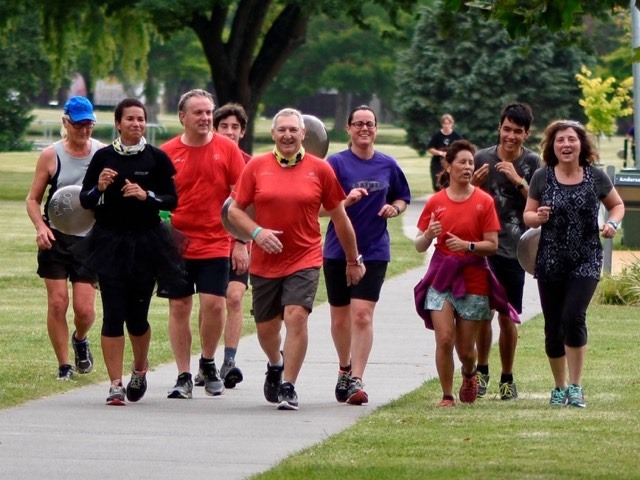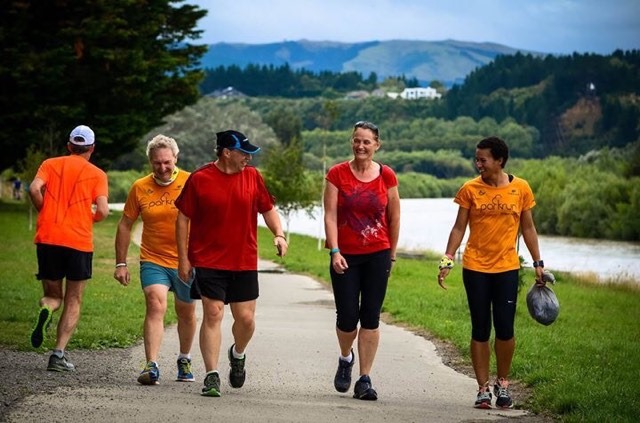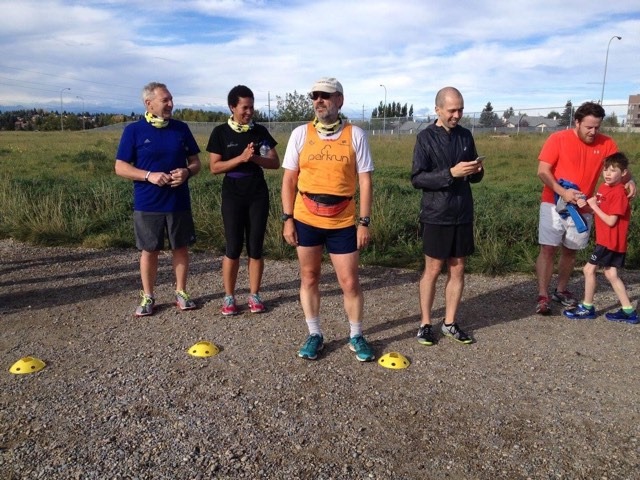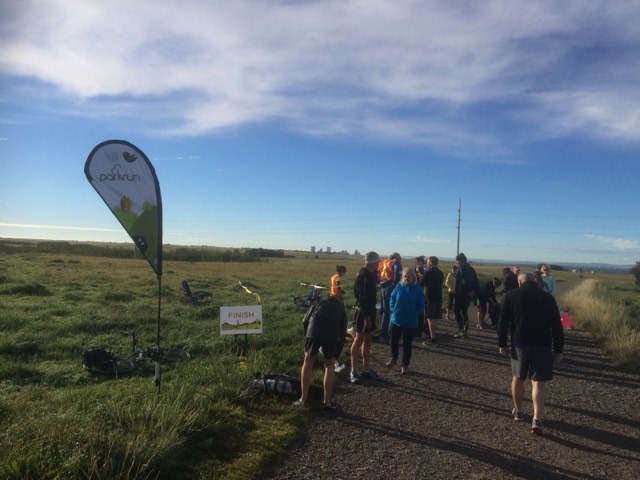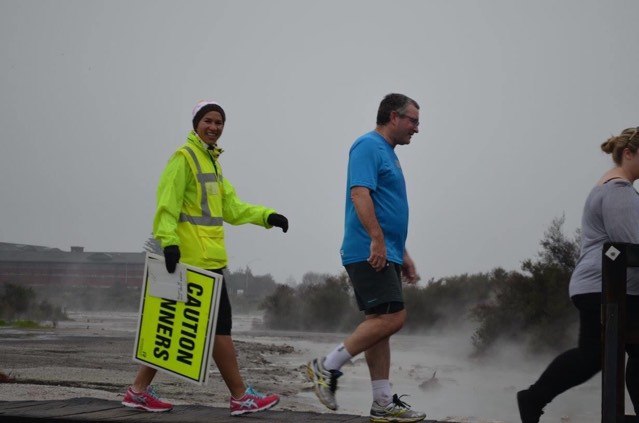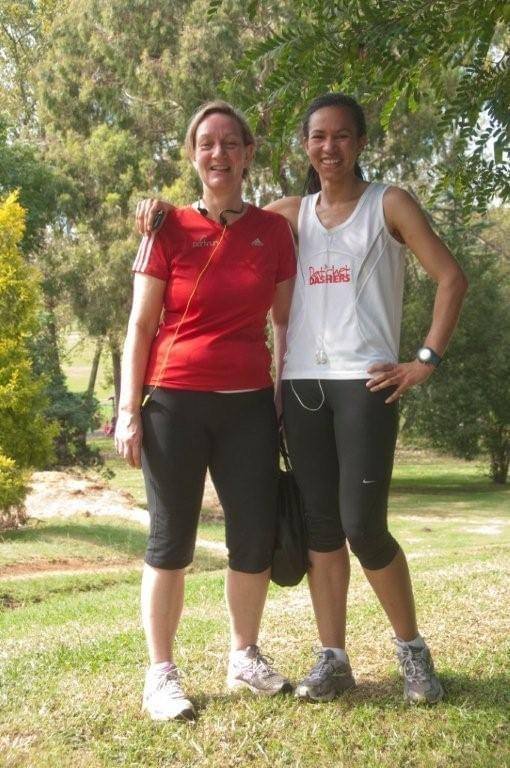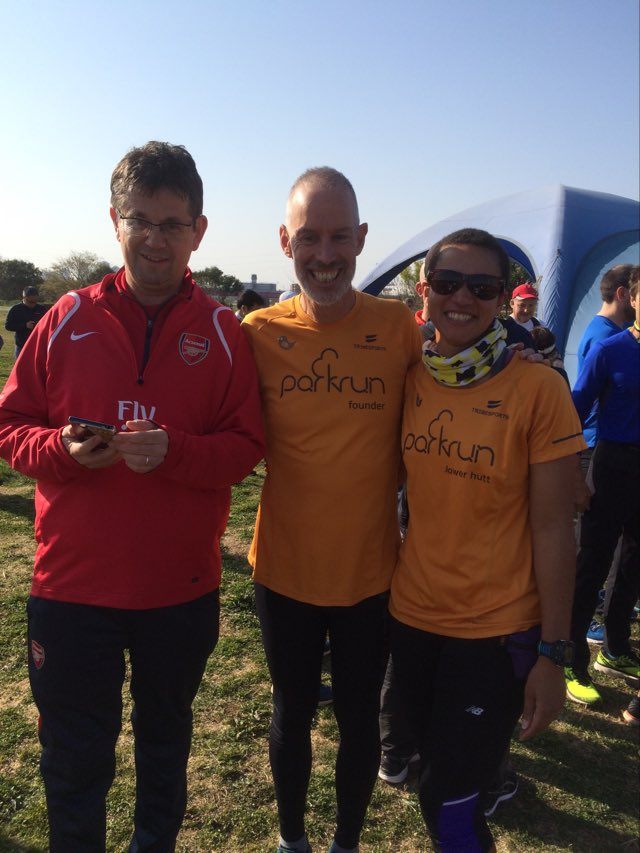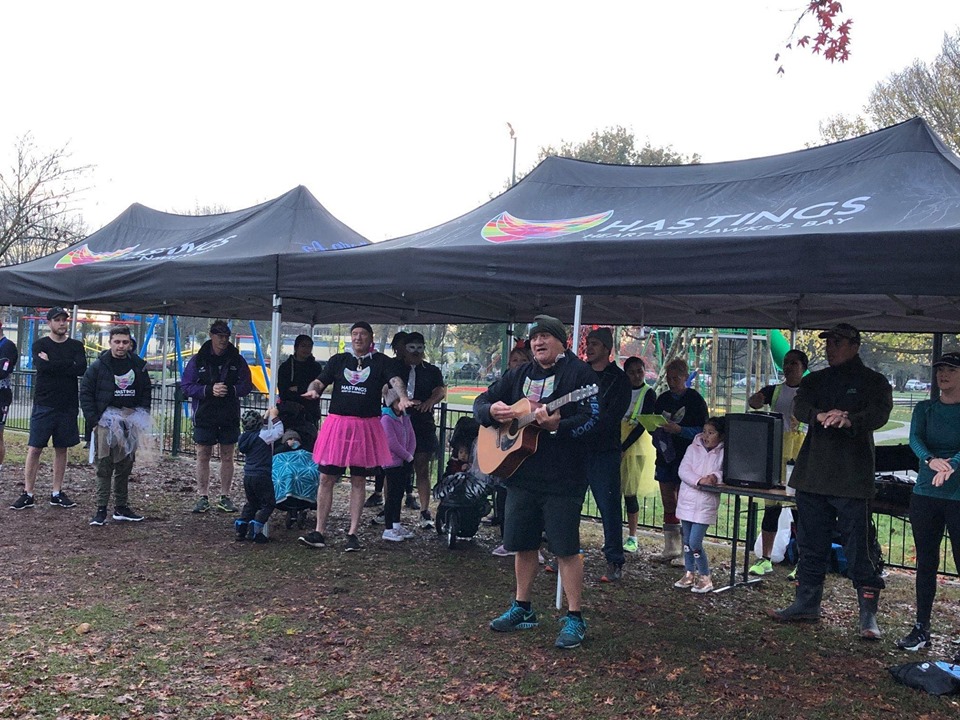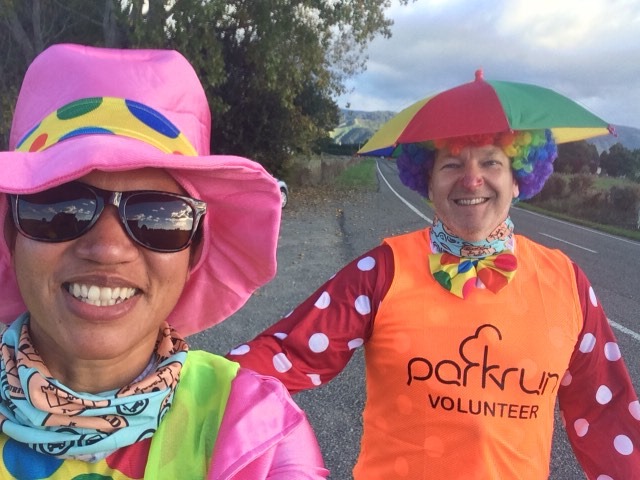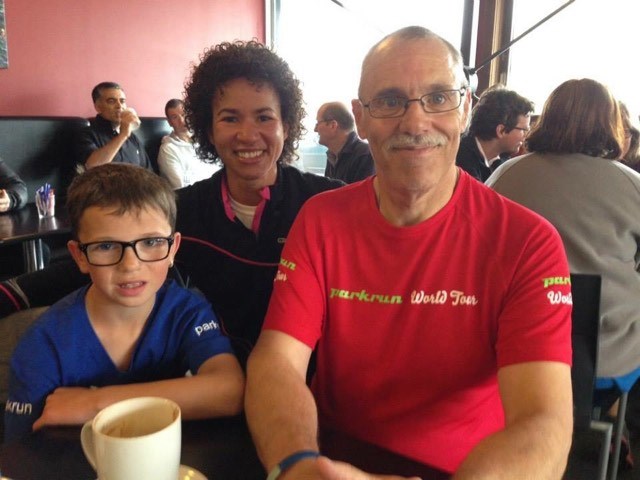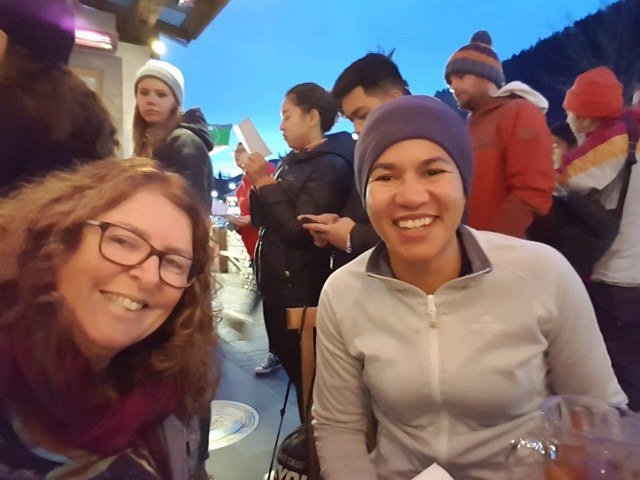What’s the origin/meaning of our parkrun names? Check back for more Queensland entries.
If you spot a parkrun without a listing and you can help please get in touch at runswithabarcode@gmail.com.
Airlie Beach
It’s believed it was named Airlie Beach in reference to a parish in Scotland where Thomas Abell, one of the earlier European settlers, was originally from. It was officially founded in 1936.
Aplins Weir
Aplins Weir is one of the weirs along the Ross River, which runs through Townsville.
It was named after William Aplins, an English settler who moved to Townsville in 1863. He was mayor of Townsville and became a parliamentarian.
Ashgrove
The western Brisbane suburb of Ashgrove takes its name from the 200 acre Grove Estate, developed by Mr. F.F. Holmes and later subdivided, which laid the foundations for the future suburb. Records show that ash trees grew profusely in the area.
Atherton
The town was named after John Atherton, a pioneer pastoralist who settled at Mareeba (then known as Emerald End) in 1875. The area was formerly known as Priors Pocket or Priors Creek.
It was named Atherton by Falconer West Hutton, the surveyor who prepared the town layout on 11 May 1885.
Bargara
The district where Bargara lies was originally known as Sandhills. It was renamed Bargara in 1913. The name Bargara is derived from the names of two adjacent localities, Barolin and Woongarra.
Baringa
Baringa is situated in the Gubbi Gubbi (Kabi) traditional Aboriginal country.
The name Baringa comes from the Gubbi-Gubbi language and means summit or little mountain.
Berrinba
The name Berrinba is an Aboriginal word meaning towards the south.
Bowen
From 1859 to 1865 Bowen was known as Port Denison, named after the colonial governor of New South Wales, William Denison.
After Queensland separated from New South Wales, the town was renamed Bowen after the first Queensland colonial governor, Sir George Bowen.
Brightwater
No entry yet – do you know the origin? Email Alison runswithabarcode@gmail.com
Broadbeach Waters
The suburb of Broadbeach Waters is almost completely residential with most properties adjacent to or very close to man-made canals. It’s unclear how it got the Broadbeach moniker.
Bundaberg
The name was coined by surveyor John Charlton Thompson and his assistant Alfred Dale Edwards.
Bunda is derived from the name of one of the kinship groups of the local Taribelang people, to which was added the Saxon suffix berg, meaning “town”.
Bunyaville
This parkrun runs through Bunyaville Regional Park and is close to the town of Bunya.
The name Bunya is derived from the Kabi language word bonyi or bunyi, meaning the Bunya pine tree
Cairns
The city was founded in 1876 and named after Sir William Wellington Cairns, the Governor of Queensland from 1875 to 1877.
The area is known in the local Yidiny language as Gimuy, and the people who inhabited the region before colonisation are the Gimuy-walubarra clan of the Yidinji people
Calamvale
Calamvale was named after James Calam, an early settler and prominent landowner in the area.
The Calam family built their homestead on a hill at the top of Calam Road near Beaudesert Road.
The area was known as Calamvale long before it was officially listed as a suburb in 1972.
Capalaba
The name Capalaba is believed to be derived from the indigenous Yugarabul word for the ringtail possum, a marsupial native to the area.
Cardwell
The Governor of Queensland, Sir George Bowen (1859-1868) named the coastal town after the prominent British politician Edward Cardwell who, at the time, was Secretary of State for the Colonies.
Centenary
Centenary park is in Clermont.
The town was established in 1862 and was the first inland settlement in the tropics and is one of the most historic towns in Northern Australia.
Without official conformation one can assume the park was created as part of the town’s centenary celebrations.
Central Lakes
This parkrun takes place in Central Lakes park in Caboolture. The park has two main lakes.
Charleys Creek
Explorer Ludwig Leichhardt, in 1844, passed through the area now known as Charley’s Creek.
Two years later he returned and named it Charley’s Creek in honour of his Aboriginal guide, Charley Fisher.
Chermside
The Chermside area was first settled by Europeans in the late 19th century. The first plot of land was sold on 23 May 1866.
It was first known as Downfall Creek. In 1903 the name was changed to Chermside after the Governor of Queensland, Sir Herbert Chermside.
Cleveland
Cleveland was the traditional territory of the Koobenpul clan of the Quandamooka.
There are conflicting reports as to the naming of Cleveland; it was either named in 1770 by Captain James Cook in honour of John Clevland, the Secretary of the Admiralty around the time, or by surveyors in the 1840s, in honour of William Vane, 1st Duke of Cleveland.
The latter is more likely as Cook did not enter Moreton Bay when he passed by on the 17th of May 1770 and it is not mentioned in his journal.
Cloncurry
The Cloncurry River was named by Robert O’Hara Burke on the ill-fated Burke and Wills expedition.
He named the river after Lady Elizabeth Cloncurry, his cousin, with the town eventually taking its name from the river.
Coomera
The town takes its name from the Coomera River, which in turn takes its name comes from the Yugambeh word kumera, a species of wattle.
The bark of this tree was used by Aboriginal people to stupefy fish. Yugambeh is one of the Aboriginal languages spoken on the Gold Coast.
Cormorant Bay
Cormorant Bay is part of Lake Wivenhoe, which holds twice as much water as Sydney Harbour.
It’s home to masses of cormorant birds, hence the name.
Dalby
The name of the town is believed to come from the village of Dalby on the Isle of Man and reflects immigration from the Isle of Man in the mid-19th century.
The name was apparently chosen by Captain Samuel Perry when he surveyed the settlement in 1853.
Emerald
The town takes its name from the emerald and other precious stone deposits in the area and from the pastoral run Emerald Downs, a name chosen circa 1860 by pastoralist Peter Fitzallan Macdonald.
Forest Lake
Forest Lake is situated in the Yugarabul traditional Aboriginal country.
It was the first master-planned community in Brisbane.
The centrepiece of Forest Lake is an $8.9 million, 10.9 hectare man-made recreational lake, with a perimeter of 2.7km.
Surrounding the lake is 3.5km of pedestrian and cycleways and 8 hectares of adjacent parkland.
Gainsborough Greens
Named after the nearby golf course, this parkrun takes place in the Gold Coast suburb of Pimpama.
The name Pimpama is reportedly derived from Bundjalung language (Yugumbir dialect), pim pim ba or bim bim ba, meaning place of soldier birds.
Gatton
The Gatton area was explored by Major Edmund Lockyer in 1825. A settlement known as Gatton was gazetted in 1855.
The origin of the name is obscure: Gatton Park, Surrey and Gattonside, in the former Scottish county of Roxburghshire, have been suggested.
Gayndah River Walk
This parkrun takes place on the Riverwalk beside the Burnett River in Gayndah.
The name Gayndah is of Aboriginal origin but the derivative is unclear. It may derive either from Gu-in-dah (or Gi-un-dah), meaning thunder, or from Ngainta meaning place of scrub.
Alternatively it may be derived from Waka language kunda meaning range or ridge, or ga-een-ta meaning bushy land.
Gladstone QLD
The QLD suffix is necessary due to a Gladstone parkrun already running in London, England. Matthew Flinders originally named the harbour Port Curtis in 1802, after Admiral Roger Curtis, a man who was of assistance to Flinders a year earlier at the Cape of Good Hope.
In 1853 the town was surveyed and named after the English Chancellor of the Exchequer and future prime minister, William Ewart Gladstone (1809-98).
Glass House Mountains Conservation
The naming of the Glass House Mountains came about from Lieutenant James Cook’s exploration of eastern Australia in 1770.
Cook thought that the formations resembled the glass furnace kilns in his native Yorkshire.
Golden Beach
Golden Beach is a southern suburb of Caloundra, it was a recreational area in the 1940s. The name was derived from an early development company, Caloundra Golden Beach Ltd.
Goondiwindi
The name Goondiwindi derives from an Aboriginal word with goondi indicating droppings or dung and windi indicating duck, probably connected with the roosting place on a large rock in the Macintyre River. The name was believed to be first used for a pastoral run in the area.
Gundiwindi Post Office opened by 1860. It was renamed Goondiwindi by 1861.
Graham Andrews
This parkrun takes place in the Graham Andrews Parklands.
Who is Graham Andrews? If you know email Alison runswithabarcode@gmail.com
Greenbank
The early name of the district was Teviot but derives its present name Greenbank from the name of a cattle property belonging to William Slack. He was one of the first settlers, arriving in the 1840s.
Hamilton Island
The largest inhabited island of the Whitsunday Islands, it was originally charted in 1866, shown as part of Dent Island and the whole named Passage Island, adjoining the Whitsunday Passage.
Two years later Hamilton Island was described separately and named, possibly after a crew member of the survey vessel.
Harris Avenue
This parkrun takes place at the Harris Avenue Sports Centre in Narangba.
It is thought that the name Narangba was derived from an Aboriginal word describing the ridge on which the village was built. When the railway was opened in 1888 the situation was at first known as Sideling Creek.
Hervey Bay
Hervey Bay was named by Lieutenant James Cook in 1770 for Augustus John Hervey (1724-79).
He was the third Earl of Bristol, a career naval officer, commander in chief of the Mediterranean (1763) and in line for a lordship of the Admiralty (1771).
Described as active and brave, but reckless and over-confident, he died without a legitimate heir.
Highfields
The area probably takes its name from the Highfields pastoral run, north of the township. The area was first developed in the 1860s.
The first post office openly briefly in 1866 with a weekly mail service from Toowoomba.
It re-opened in 1868 and changed its name in December 1877 to Koojarawon. In 1907 residents’ protests resulted in the named returning to the name Highfields.
Ipswich QLD
The QLD suffix is necessary due to Ipswich parkrun already operating in England.
Ipswich is Queensland’s oldest provincial city. It was tribally known as Coodjirar meaning place of the Red Stemmed Gum Tree in the Yugararpul language.
Ipswich was initially named “The Limestone Hills” and later shortened to “Limestone”, however in 1843 it was renamed after the town of Ipswich in England.
Kawana
Kawana parkrun takes place at Kawana Beach on the Sunshine Coast. It was originally the estate development name and has passed into common usage, but it is not officially a town nor a locality.
The district is Kawana Waters.
Kedron
In 1838 German Moravian missionaries formed a settlement for the protection of Aborigines, and named the watercourse, now known as Kedron Brook, after the Biblical Kedron River.
Kelvin Grove
Kelvin Grove was named after the house built by Dr Joseph Bancroft in 1864 near Enoggera Creek, at the suburb’s northern boundary.
Kelvin Grove was also used as a hotel and pleasure garden, and Bancroft named it after a Glasgow resort.
Kirra
There are variations on what the word Kirra actually means. Some believe Queensland Aboriginal people named it after a boomerang.
This makes sense as Kirra wraps around the bend separating Coolangatta and Kirra beaches and in front of Kirra Hill.
Logan River
In August 1826 Captain Patrick Logan was the first European to discover the river. Logan initially named the river the Darling River, but to avoid confusion, Governor Ralph Darling ordered the name be changed to honour its discoverer.
The Yugambeh clan of the Jagera people are thought to have once roamed throughout the catchment. They called the river Dugulumba in their traditional Yugambeh dialect of the Bandjalang language.
Lota
Lota was acquired by Irish-born politician and pastoralist William Duckett White in 1860. The suburb is named after Duckett White’s residence, Lota House, built in 1863. Lota and neighbouring suburb Manly were and continue to be known as Narlung to the Quandamooka people, likely meaning “the place of long shadows”.
Mackay
Mackay was named after the explorer John Mackay who led an expedition from Armidale, New South Wales, in search of northern grazing lands. In May 1860, after exploring inland regions, Mackay reached the Pioneer River, upon which the town of Mackay was later established.
Main Beach
Named because it was the main surf beach for the town of Southport.
Maleny Trail
The name Maleny is probably derived from the parish name, which in turn is possibly derived from the Scottish place name Malleny, a village in Midlothian, Scotland.
The parkrun takes part on the Maleny Trail.
Mansfield, Queensland
The Brisbane suburb was named by the Queensland Place Names Board on 1 August 1967, after the Queensland Governor of the time Sir Alan Mansfield.
It has the suffix QLD to distinguish it from Mansfield parkrun in the UK.
Maryborough
Maryborough was founded in 1843 and named after the Mary river, which was named after Mary, the wife of Governor Sir Charles Fitz Roy.
Meadowbrook
Meadowbrook is a suburb in the City of Logan, Brisbane. It was originally part of Loganlea and gazetted as a place name in October 1991.Much confusion was caused by this name change, as the housing estate in the area was marketed as Meadowbank from 1987.
The park along the Logan River was initially known as Meadowbank Park, but the name was soon changed to Riverdale, the name given by the property’s original settlers, William and Margaret Armstrong.
Miles
Formerly known as Dogwood Crossing, the town is situated on Dogwood Creek, named by German explorer Ludwig Leichhardt in 1844. The town was renamed Miles in honour of the Queensland Colonial Secretary, William Miles
Mitchelton
Mitchelton derives its name from one of a family of settlers – the Mitchell family. They arrived in the 1850s from England, and by 1875 Nicholas Mitchell had purchased 75 acres on the southern bank of Kedron Brook.
The estate was called “Mitchelton” and was subsequently subdivided in the 1890s. The land was originally covered with iron bark forest which was a source for posts and shingles.
Mount Isa
Mount Isa parkrun is named after the town where its situated. It’s most likely named after the Mount Ida gold mines in Western Australia after prospector John Campbell Miles was taken with friends’ stories of the mines.
In 1923 he was on an expedition when he found mineral deposits, he and four farmers staked out the first claims in the area. Mount Isa is on Kalkadoon country.
Mudgeeraba
Mudgeeraba is an indigenous name but there are several interpretations of its meaning. It is thought that the name of the town was derived from an indigenous Australian expression meaning, “place of infant’s excrement”, “place where someone told lies” or “place of sticky soil”.
Another theory is that the name means “low-lying ground”.
Mudjimba Beach
The name Mudjimba is derived from the Kabi language word midyim/mudjim for a local plant, the Midyam (Austromyrtus tenuifolia) bush, which has sweet white berries with green spots.
The Kabi legend is that two women were stranded on Mudjimba island and gathered the berries as food.
Nambour
Nambour was the name of the first cattle station in the district. It came from the aboriginal word Nambaa meaning red flowering tea tree.
Nambour parkrun is located in Parklands Conservation park which has four towns including Nambour bordering it.
New Farm
New Farm is the land of the Turrbal people, the traditional owners of most of Brisbane. The traditional name for New Farm is ‘Binkenba’ which means ‘place of the land tortoise’.
The suburb derives its name from the fact that the peninsula was used as a farming area in the early years of Brisbane’s history. Commandant Patrick Logan established a new farm in the area in 1827 as part of the Moreton Bay penal colony.
Noosa
It is widely accepted that the name Noosa comes from Kabi Kabi word Noothera or Gnuthuru, for shadow or shady place. An 1870 map of Noosa shows the Noosa River written as Nusa River.
North Lakes
The origin of the suburb name is from the name given to the estate development. North Lakes is situated in the Yugarabul country.
Originally part of Mango Hill, North Lakes was gazetted as a separate suburb by the Department of Natural Resources, Mines and Water in February 2006.
Oakey
Oakey and the creek around which the town is located, were named for the river oaks that dominate the banks of the creek.
The town was surveyed in 1868, with the first sale being 28 June 1870. Originally named Oaky, the spelling of Oakey was officially adopted in August 1940.
Ocean View
Ocean View parkrun is named for the Queensland suburb it is in, Ocean View. No details can be found of its naming but presumably it was named for the view of the ocean.
Old Thomson River Road
This parkrun takes place on the road named Old Thomson River Road.
The Thomson river was named in 1847 by the explorer, Edmund Kennedy, in honour of The Hon. Sir Edward Deas Thomson KCMG, CMG, the Colonial Secretary of New South Wales at that time.
Pallara
The name Pallara means flat land and is derived from a non-local Aboriginal word spelt with only one “l”. In 1997, the Pallara Parklands were opened on a remediated dump.
Paradise Point
The suburb of Paradise Point is located on a peninsula of land bounded by Coombabah Creek, Coomera River and the northern Broadwater.
The suburb also encompasses Ephraim and Sovereign Islands. Published history of the land doesn’t explain the name, if you know please get in contact.
Petrie
Named for Thomas Petrie who established his homestead Murrumba on a bend on the Pine River in 1858.
Tom Petrie was part of the Petrie family who were the first free settlers in Queensland and who established their prominent construction business in 1840. After his death North Pine railway station was renamed Petrie, the suburb takes its name from the railway station.
Pittsworth
The town was originally known as Beauaraba but the name was changed in 1915 in honour of a prominent local family who took up land at Goombungee in 1854.
Plantation
Named for the park in Ayr that it takes place in. Ayr was named after the Scottish town of Ayr, the birthplace of nineteenth-century Queensland Premier, Sir Thomas McIlwraith.
Ayr has a history of sugarcane plantations.
Redcliffe
The town’s name originates from “Red Cliff Point” named by the explorer Matthew Flinders, referring to the red cliffs at Woody Point. Redcliffe became Queensland’s first colony in 1824; however, it was soon abandoned for Brisbane.
Redland Bay
Named after the suburb Redland Bay, which was settled in the 1860s-70s. You don’t have to look far to appreciate the rich red volcanic soil that supported farms and market gardens with a mix of crops including sugar cane, cotton, rice, pineapples and citrus.
Riverway
Riverway is a riverfront parkland attraction located in the Condon suburb of Townsville that opened in July 2006. It runs along the Ross River.
Rockhampton
In 1855 the Archer brothers Charles and William returned to set up their pastoral run at Gracemere. The Fitzroy River provided a convenient waterway for shipping of supplies and produce, and the brothers constructed a wool shed just downstream of a bar of rocks that prevented further upstream navigation from the coast.
These rocks were incorporated with the traditional English term for a village, and the name “Rockhampton” was first coined by Charles Archer and the local Commissioner from Crown Lands, William Wiseman.
Rocks Riverside
Rocks Riverside Park is a park by the Brisbane River in Seventeen Mile Rocks, Brisbane, Queensland, Australia.
The park was opened on 7 December 2003, and features industrial artefacts from its previous use by the Queensland Cement and Lime Company.
Roma
Roma was named after Lady Diamantina Bowen (Contessa Diamantina di Roma), wife of the first Governor of Queensland, George Bowen.
Ros Gregor Trail
The Ros Gregor Trail is in Nanango. It is named for the former Nanango Shire deputy mayor, and long-time Nanango Historical Society president, Ros Gregor.
S.S. Koopa Trail
Named after the 1911 steamship which took tourists from Brisbane to Bribie Island. Koopa allegedly comes from a local indigenous word for flying fish.
